|
I’m still riding a high from recently checking off an item on my proverbial “bucket list.” This occurred thanks to a trip to a unique destination I’ve wanted to visit for quite some time. For those unfamiliar with the concept, a bucket list is “a list of the experiences or achievements that a person hopes to have, or accomplish, during their lifetime. A bucket list is an itemized list of goals people want to accomplish before they “kick the bucket” — or die.” The true irony lies in the fact that the place I traveled to recently is a location seldom relished by those among the living, yet a stark reality for those who are not. I’m talking about a trip to a cemetery. However, this isn’t any ordinary cemetery, rather it’s thee cemetery—Mount Auburn in Cambridge, Massachusetts. My recent adventure was more than just a personal quest, it was a professional sojourn—one that will further help guide me, my co-workers and our Friends of Mount Olivet membership group in our quest to further enhance Frederick’s Mount Olivet, originally modeled after the Rural/Garden Cemetery movement of the early 19th century. Dedicated in 1831, Mount Auburn Cemetery is the first rural, or garden, cemetery in the United States. It is the burial site of over 93,000 individuals including many prominent New England families. Here one will discover noted politicians, inventors, social reformers, war heroes, and plenty of authors and artists of note. Mount Auburn Cemetery is also designated as a National Historic Landmark. The grounds are set with classical monuments in a rolling landscaped terrain. This marked a distinct break with Colonial-era burying grounds with rows of upright slate tombstones, many decorated with “death heads” featuring a central winged skull, sometimes with crossed bones nearby, or an hourglass, or any other mortality symbol. I saw several of these stones on the same trip to Massachusetts in various old graveyards located along Boston’s Independence Trail. One of the featured points of interest on the Trail is the Granary Burying Ground across from Boston Common on Tremont Street. Here, you will find immortal patriots like Paul Revere, John Hancock and Sam Adams. Ben Franklin's parents and Mother Goose are also here. The Granary is the most visited burying ground in the northeast with over one million visitors each year. Just up the street from here is Boston’s oldest graveyard with Kings Chapel Burying Ground. The third such graveyard for the “Tombstone Tourist” on the Independence Trail is Copp’s Hill Burying Ground on the North End of the city. Established in 1659, this is the city’s largest graveyard and it is within easy view of the fabled North Church’s steeple where Paul Revere had placed lanterns on that fateful night in April, 1775 signaling “one if by land, and two if by sea.” As said earlier, these three examples represent the accepted style for burying grounds here in North America until Mount Auburn Cemetery was planned, and dare I say executed, in the late 1820s leading to a dedication in 1831. The new burial ground project was designed largely by Henry Alexander Scammell Dearborn with assistance from Jacob Bigelow and Alexander Wadsworth. Bigelow, a medical doctor, came up with the idea for Mount Auburn as early as 1825, though a site was not acquired until five years later. Dr. Bigelow was concerned about the unhealthiness of burials under churches as well as the possibility of running out of space in Boston. Epidemics causing widespread death gave pause to rethink burial being conducted in the rural outskirts instead of in the heart of residential centers of our early large cities. With help from the Massachusetts Horticultural Society, Mount Auburn Cemetery was founded on 70 acres of land authorized by the Massachusetts Legislature for use as a garden, or rural, cemetery. The original land cost $6,000 and would later be extended to 170 acres. The first president of the Mount Auburn Association was a Supreme Court Justice named Joseph Story. I found his grave, and it soon made me reflect that if I were an employee of Mount Auburn (instead of Mount Olivet) and writing this particular blog series, I would certainly have a clever title for his fitting “Story in Stone.” I also learned that Justice Story's dedication address, delivered on September 24th, 1831, established the model for many more addresses in the following three decades with particular emphasis on President Abraham Lincoln's Gettysburg Address which took place right up the road from Frederick. The national cemetery Lincoln would dedicate there in 1863 adjoins Evergreen Cemetery, a burying ground designed by the very same landscape architect who designed Mount Olivet. This was James Belden. The appearance of rural, or garden, cemetery landscapes coincided with the rising popularity of the term "cemetery," crudely translated from Greek to mean "a sleeping place.” This language, and outlook, eclipsed the previous harsh view of death and the afterlife embodied by old burying grounds and churchyards such as those previously mentioned in Boston. The land that became Mount Auburn Cemetery was originally named Stone's Farm, though locals referred to it as "Sweet Auburn" after the 1770 poem "The Deserted Village" by Oliver Goldsmith. Mount Auburn was inspired by Père Lachaise Cemetery in Paris and is credited as the beginning of the American public parks and gardens movement. It was an inspiration to cemetery designers across the country, setting the style for other suburban cemeteries such as Laurel Hill Cemetery (Philadelphia, 1836), Mount Hope Cemetery (Bangor, Maine, 1834), Green-Wood Cemetery (Brooklyn, 1838), Green Mount Cemetery (Baltimore, Maryland, 1839) Mount Hope Cemetery (Rochester, NY, 1838), Lowell Cemetery (Lowell, Massachusetts, 1841), Allegheny Cemetery (Pittsburgh, 1844), Albany Rural Cemetery (Menands, New York, 1844), Swan Point Cemetery (Providence, Rhode Island 1846), Spring Grove Cemetery (Cincinnati, 1844), and Forest Hills Cemetery (Jamaica Plain, 1848) as well as Oakwood Cemetery in Syracuse, New York. It can be considered the link between Capability Brown's English landscape gardens and Frederick Law Olmsted's Central Park in New York (1850s). The 174-acre cemetery is important both for its historical aspects and for its role as an arboretum. It is Watertown's largest contiguous open space and extends into Cambridge to the east, adjacent to the Cambridge City Cemetery and Sand Banks Cemetery. It was designated a National Historic Landmark District in 2003 for its pioneering role in 19th-century cemetery development. Upon arrival, I was immediately impressed with the main entrance off Mount Auburn Street, and was given assistance by a guide positioned just inside the gate. The Story Chapel was a great place to start exploration with cemetery map/guide in hand. In the near distance, a beautiful pond could be found at the base of a hill topped with another, yet more majestic looking chapel known as Bigelow Chapel. I know this may seem crass, but looking at the well-manicured grass, bountiful plantings and these two chapel features at the entrance conjured up images of the entrance to DisneyWorld. I wonder if this place was an inspiration to Disney ground designers in any way? Regardless, with this being a cemetery, visitors can find themselves in a perpetual state of “Yesterland.” My exploration of Mount Auburn took place on a sunny and temperate Tuesday morning. The cemetery was not very crowded, and the vast canopy of trees provided plenty of shade. This shade also creates the magic of the landscape with light and darkness accenting the monuments and surrounding trees and vegetation. I had performed my advance work in reviewing notable residents of this place. There were plenty, such as Henry Wadsworth Longfellow, Julia Ward Howe, Winslow Homer, Henry Cabot Lodge, Arthur Schlessinger, Jr., and Charles Sumner. Of particular interest to me were three "more modern" residents: Hall of Fame sportscaster Curt Gowdy, architect-engineer R. Buckminster Fuller, developer of the geodesic dome, and psychologist-behavioralist B. F. Skinner, a Harvard professor who gave test rats and pigeons fits with his operant conditioning chamber (aka “Skinner Box”). Henry Wadsworth Longfellow (February 27, 1807 – March 24, 1882) was an American poet and educator. His original works include the poems "Paul Revere's Ride", "The Song of Hiawatha", and "Evangeline." He was the first American to completely translate Dante Alighieri's Divine Comedy and was one of the "fireside poets" from New England. Winslow Homer (February 24th, 1836 – September 29th, 1910) was an American landscape painter and illustrator, best known for his marine subjects. He is considered one of the foremost painters of 19th-century America and a preeminent figure in American art in general. Largely self-taught, Homer began his career working as a commercial illustrator. He subsequently took up oil painting and produced major studio works characterized by the weight and density he exploited from the medium. He also worked extensively in watercolor, creating a fluid and prolific oeuvre, primarily chronicling his working vacations. Arthur Meier Schlesinger Jr. (October 15th, 1917 – February 28th, 2007) was an American historian, social critic, and public intellectual. The son of the influential historian Arthur M. Schlesinger Sr. and a specialist in American history, much of Schlesinger's work explored the history of 20th-century American liberalism. In particular, his work focused on leaders such as Harry S. Truman, Franklin D. Roosevelt, John F. Kennedy, and Robert F. Kennedy. In the 1952 and 1956 presidential campaigns, he was a primary speechwriter and adviser to the Democratic presidential nominee, Adlai Stevenson II. Schlesinger served as special assistant and "court historian" to President Kennedy from 1961 to 1963. He wrote a detailed account of the Kennedy administration, from the 1960 presidential campaign to the president's state funeral, titled A Thousand Days: John F. Kennedy in the White House, which won the 1966 Pulitzer Prize for Biography or Autobiography. Julia Ward Howe ( May 27, 1819 – October 17, 1910) was an American author and poet, known for writing the "Battle Hymn of the Republic" as new lyrics to an existing song, and the original 1870 pacifist Mothers' Day Proclamation. She was also an advocate for abolitionism and a social activist, particularly for women's suffrage. Charles Sumner (January 6, 1811 – March 11, 1874) was a U.S. Senator from Massachusetts, serving from 1851 until his death in office in 1874. A staunch and vocal proponent of the Abolitionist movement, he gave a speech dubbed the "Crime Against Kansas" condemning slavery on May 22nd, 1856, which prompted South Carolina Congressman Preston Brooks to assault and severely injure him while on the Senate floor. He was absent from the Senate on account of the injuries caused by Brooks from 1856 to December 1859. Curtis Edward Gowdy (1919 –2006) was an American sportscaster. He called Boston Red Sox games on radio and TV for 15 years, and then covered many nationally televised sporting events, primarily for NBC Sports and ABC Sports in the 1960s and 1970s. He coined the nickname "The Granddaddy of Them All" for the Rose Bowl Game, taking the moniker from the Cheyenne Frontier Days in his native Wyoming. Richard Buckminster Fuller (1895-1983) was an American architect, systems theorist, writer, designer, inventor, philosopher, and futurist. Fuller developed numerous inventions, mainly architectural designs, and popularized the widely known geodesic dome; carbon molecules known as fullerenes were later named by scientists for their structural and mathematical resemblance to geodesic spheres. Burrhus Frederic Skinner (March 20, 1904 – August 18, 1990) was an American psychologist, behaviorist, inventor, and social philosopher. He was the Edgar Pierce Professor of Psychology at Harvard University from 1958 until his retirement in 1974. Considering free will to be an illusion, Skinner saw human action as dependent on consequences of previous actions, a theory he would articulate as the principle of reinforcement: If the consequences to an action are bad, there is a high chance the action will not be repeated; if the consequences are good, the probability of the action being repeated becomes stronger.  Barbara Fritchie (1766-1862) Barbara Fritchie (1766-1862) I wanted to find a few individuals buried here in Mount Auburn with definitive connections to Frederick, Maryland and/or former residents buried in Mount Olivet Cemetery. Of these, most can be linked to the American Civil War, and our heroine Barbara Fritchie. The gray-headed “Grand Dame” gained universal fame due to a Massachusetts author named John Greenleaf Whittier (1807-1892). Many literary historians claim that Henry Wadsworth Longfellow's patriotic tale of Paul Revere (published in 1861) helped inspire fellow "fireside poet" John Greenleaf Whittier to write "The Ballad of Barbara Frietchie" in 1863. Whittier is not buried in Mount Auburn, but was laid to rest in his hometown of Amesbury, Massachusetts in Union Cemetery. I did, however, revel in finding some other decedents in Mount Auburn, who had once walked the same streets of Frederick that we all know and love. Perhaps some of these may have even visited Mount Olivet while they were here? The following are a few individuals that I specifically sought out while at Mount Auburn. Oliver Wendell Holmes, Sr.  Edward Shriver Edward Shriver Oliver Wendell Holmes Sr. (August 29, 1809 – October 7, 1894) was an American physician, poet, and polymath based in Boston. Grouped among "the fireside poets," he was acclaimed by his peers as one of the best writers of the day. His most famous prose works are the "Breakfast-Table" series, which began with The Autocrat of the Breakfast-Table (1858). He was also an important medical reformer. In addition to his work as an author and poet, Holmes also served as a physician, professor, lecturer, inventor, and, although he never practiced it, he received formal training in law. Holmes would come to Frederick in September, 1862 after learning that his son, Oliver Wendell Holmes, Jr. had been wounded at the Battle of Antietam on September 17th while fighting with the 20th Massachusetts Infantry Regiment of the Union Army. While here, the elder Holmes interacted with several local residents in Frederick and Middletown. One such was Gen. Edward Shriver (1812-1896) leader of the Potomac Home Brigade, who is buried in Mount Olivet's Area MM /Lot 23. Holmes first met him in Baltimore on the way here. He writes of him: "General Shriver, of Frederick, a most loyal Unionist, whose name is synonymous with a hearty welcome to all whom he can aid by his counsel and his hospitality. He took great pains to give us all the information we needed, and expressed the hope, which was afterwards fulfilled, to the great gratification of some of us, that we should meet again, when he should return to his home." The elder Holmes would write an account of his desperate search for his son and titled this "My Hunt After the Captain." It would appear in the December, 1862 edition of the Atlantic Monthly magazine, the same publication that later printed Whittier's "Barbara Frietchie" poem ten months later.  The elder Holmes would write an account of his desperate search for his son and titled this "My Hunt After the Captain." It would appear in the December, 1862 edition of the Atlantic Monthly magazine, the same publication that later printed Whittier's "Barbara Frietchie" poem ten months later. It has been said that Mr. Whittier borrowed some of Holmes' eye-witnessed imagery of Frederick for his own work since he, himself, had never been to Frederick. Holmes wrote the following upon laying eyes on Frederick while traveling on the National Pike (today's US40-A), just west of town on the eastern slope of Catoctin Mountain: "In approaching Frederick, the singular beauty of its clustered spires struck me very much, so that I was not surprised to find “Fair-View” laid down about this point on a railroad-map. I wish some wandering photographer would take a picture of the place, a stereoscopic one, if possible, to show how gracefully, how charmingly, its group of steeples nestles among the Maryland hills. The town had a poetical look from a distance, as if seers and dreamers might dwell there." Of course this vivid description could have given rise to the immortal opening stanzas by Whittier for his poem: "Up from the meadows, rich with Corn Clear in the cool September morn. The clustered spires of Frederick stand, Green-walled by the hills of Maryland." The rest is history as they say, because we have been known for those "clustered spires" ever since.  Oh, in case you were wondering, Capt. Oliver Wendell Holmes, Jr. was found by his father in Hagerstown. Holmes, Jr. is one of the most widely cited and influential Supreme Court justices in American history, noted for his long tenure on the Court and for his opinions on civil liberties and American constitutional democracy—and deference to the decisions of elected legislatures. Holmes retired from the Court at the age of 90 in 1932. I recall seeing his face often as it was immortalized on a 15-cent postage stamp in my youth. George Leonard Andrews George Leonard Andrews (August 31, 1828 – April 4, 1899) was an American professor, civil engineer, and soldier. He was a brigadier general in the Union Army during the American Civil War and was awarded the honorary grade of brevet major general. During the Civil War, Andrews served in a number of important commands, first as the colonel of the 2nd Massachusetts, a regiment which saw heavy action in the Battles of Cedar Mountain and Antietam, among other actions. Mentored by Maj. Gen. Nathaniel P. Banks, Andrews became part of Banks's staff and was assigned several command roles in the Army Department of the Gulf during the later years of the war. From July through November, 1861, Lt. Col. Andrews was stationed in garrison here in Frederick as he and his troops were responsible for guarding the Upper Potomac under Maj. Gen. Banks. Robert Gould Shaw  Shaw and 54th Mass Memorial in Boston Shaw and 54th Mass Memorial in Boston One of the men that served with Lt. Col. Andrews and the 2nd Massachusetts was Robert Gould Shaw (October 10, 1837 – July 18, 1863). You may recall this Boston native for his later command of the 54th Massachusetts Infantry Regiment. The Oscar-winning movie "Glory" tells Shaw's story as the young colonel was portrayed by actor Matthew Broderick in the 1989 motion picture release. Robert Gould Shaw spent plenty of time in, and around, Frederick with the 2nd Massachusetts in late 1861/early 1862. I wrote about him in a two-part "Stories in Stone" blog back in late February-early March, 2020. (I have included a link to those stories below.) Letters home to his sister Effie reveal the names of local citizens, some buried in Mount Olivet. The earlier-mentioned Edward Shriver was one of these as Shaw actually spent time at the former Shriver home located on N. Court Street, across from Court Square. Like Oliver Wendell Holmes, Jr., Shaw would be seriously wounded during the Battle of Antietam in September 1862. While recuperating back home in Massachusetts, he would be appointed to serve as Colonel of the 54th Massachusetts Regiment. This happened in March 1863. Among the first units to be made up of African-American recruits, the 54th Massachusetts proved itself in an ultimately futile charge on Confederate earthworks near Charleston, South Carolina on July 18th, 1863. Shaw was buried in a mass grave with his men at Fort Wagner. Mount Auburn contains a cenotaph for Col. Robert Gould Shaw as this type of memorial is a monument to someone buried elsewhere, especially one commemorating people who died in a war. On this same trip, I saw the famous relief sculpture memorial for Shaw and his men of the 54th at Boston Common. This was sculpted in 1884 by Augustus Saint-Gaudens. Dorothea Dix Dorothea Lynde Dix (April 4, 1802 – July 17, 1887) was an American advocate on behalf of the indigent mentally ill who, through a vigorous and sustained program of lobbying state legislatures and the United States Congress, created the first generation of American mental asylums. During the Civil War, she served as a Superintendent of Army Nurses and was well-acquainted with Frederick as it served as "one vast hospital" throughout the conflict. Dix set stringent guidelines for nurse candidates. Volunteers were to be aged 35 to 50 and plain-looking. They were required to wear un-hooped black or brown dresses, with no jewelry or cosmetics. Miss Dix wanted to avoid sending vulnerable, attractive young women into the hospitals, where she feared they would be exploited by the male doctors as well as patients. She often fired volunteer nurses she hadn't personally trained or hired. All of these demands "earned the ire" of supporting care groups such as the United States Sanitary Commission, which Frederick's Dr. Lewis Henry Steiner (1827-1892) headed during the war. Dr. Steiner is buried in Mount Olivet's Area G/Lot 85. You can learn more about Dorothea Dix at our local National Museum of Civil War Medicine on East Patrick Street. In my earlier research on Barbara Fritchie, author John Greenleaf Whittier reported that Miss Dix was one of his trusted sources for the September flag-waving incident with the Rebel horde in September, 1862. Caroline Healy Dall Caroline Wells Dall (née Healey; June 22, 1822 – December 17, 1912) was an American feminist writer, transcendentalist, and reformer. She was affiliated with the National Women's Rights Convention, the New England Women's Club, and the American Social Science Association. Her associates included Elizabeth Peabody and Margaret Fuller, as well as members of the Transcendentalist movement in Boston.As a young woman, she received a comprehensive education, encouraged by her father to write novels and essays, and to engage in debates about religion, philosophy and politics. In addition to private tutoring, she attended a private school for girls until the age of fifteen. Ms. Dall came to Frederick in the 1870s in search of the truth about Barbara Fritchie and her alleged confrontation with Stonewall Jackson during the Civil War. She spoke to Dorothea Dix and numerous Frederick townspeople and Barbara Fritchie associates while conducting her "investigation." Of those included were the abovementioned Dr. Lewis H. Steiner, diarist Jacob Engelbrecht, former mayor Valerius Ebert, store-owner/author Henry Nixdorff, niece Catherine Hanshew and Marie Diehl, instructor at the Frederick Female Seminary and daughter of former Evangelical Lutheran Church Rev. George Diehl. All but Ms. Diehl are buried in Mount Olivet. Miss Dall's writings on Barbara Fritchie appeared in newspapers, magazines and was published in hardback form in 1892 as Barbara Fritchie; A Study. At the end of the work, Ms. Dall makes mention of Mount Olivet, but not by formal name: "It was a sunny Sabbath afternoon when a few days later I drove out over South Mountain. Braddock's Road crossed mine almost at a right angle. A spring is still shown where his men stopped to drink. The hillsides are covered with chestnuts hung with vines. From the latter the Germans make a very fair claret. from the cemetery where Francis Key's body was laid, one may look far down the road which leads to Washington. It is a broad highway, traversing the distance with a mighty sweep. As I looked, I felt the poet's dry bones must have put on their flesh when the Rebel army marched into Frederick! Old Duvall, who had charge of the cemetery, had been on the spot all through the war. He saw Burnside enter, the sun gleaming on his bayonets, cavalry skirmishing along the road, and the artillery shells from the rear over both armies. I could see it all as I listened and looked down the turnpike, threading the beautiful hills on the way to Georgetown! When you are on the spot, Harper's Ferry also seems to be only a suburb of Frederick. Certainly, John Brown and dear old Barbara have long since shaken hands!" Dall was referring to Mount Olivet's first superintendent, William T. Duvall (1813-1886). Her book subject's body was not here at that time, as she had been originally buried at the Old German Reformed Burying Ground on the west side of town (at the corner of West Second and North Bentz streets). This is today's Memorial Park. Barbara Fritchie would be re-interred in Mount Olivet in 1913, just five months after Ms. Dall's death. Felix O. C. Darley Felix Octavius Carr Darley (June 23, 1822 – March 27, 1888), often credited as F. O. C. Darley, was an American illustrator, known for his illustrations in works by well-known 19th-century authors, including James Fenimore Cooper, Charles Dickens, Mary Mapes Dodge, Nathaniel Hawthorne, Washington Irving, George Lippard, Henry Wadsworth Longfellow, Donald Grant Mitchell, Clement Clarke Moore, Francis Parkman, Harriet Beecher Stowe and Nathaniel Parker Willis. I've seen plenty of Civil War scenes illustrated by Mr. Darley, but this is overwhelmingly my favorite. Some of those featured above may be new names to us Marylanders, but certainly were well-rooted and known in the greater Boston area. However, my favorite decedent, whose grave I visited on this particular July day at Mount Auburn, was that of an individual likely unknown to Massachusetts historians and genealogists. That said, many former local residents, now buried in Mount Olivet, knew her well during her lifetime which began in Frederick City nearly a century and a half ago. This was Nellie Cole, known after marriage as Pauline (Cole) Knissell (1876-1956). So here I will attempt to give you, the reader, a reverse-engineered “Story in Stone” about a former Fredericktonian turned permanent “Mount Auburnian” for eternity. Before departing Frederick, I conducted a number of web search trials looking for someone from Frederick who is buried at Mount Auburn. I finally came upon one in the aforementioned Ms. Knissell. I immediately researched her genealogy and found her parents and many siblings here in Mount Olivet. Her maiden name of Cole is a popular one around our parts, and her parents, Charles Edwin Cole (1847-1905) and Mary Catherine (Nichols) Cole (1851-1901), are buried in Mount Olivet’s Area R/Lot 140. In this same plot, I found Nellie’s brother, George William “Will” Cole (1886-1961). In addition, other siblings are buried here too, including Frank Warehime Cole (1882-1962) in Area AA/Lot 56; Clara May (Cole) Weller (1873-1944) in Area Q/Lot 140; and Charles Edward “Ed” Cole (1870-1935). This last gentleman worked as a linotype operator in the composing department of the Frederick News-Post for the majority of his life. I suddenly realized that I had interviewed this man’s grandson, Louis N. Cole, Jr., for a documentary project about the newspaper. This was in the early 1990s, and Mr. Cole had recently retired after working the same job in the composing department for his career, as his father (and grandfather) before him. These gentlemen are buried here in Mount Olivet as well and constitute a brother, nephew and grand-nephew of our subject (buried in Mount Auburn), Ms. Knisell. To learn more about the Cole family, I was tremendously aided by a family historian named Connie Houtz. Ms. Houtz has done incredible work detailing family members with biographies, obituaries and photographs on the popular site Find-a-Grave.com. Most all of the Cole family photos in this story are from Connie's collection. I first was made aware of her genealogical prowess while publishing a blog in this series titled “Eyewitnesses to the Battle of Monocacy.” In that story, I talked about families buried here in Mount Olivet who played pivotal roles in the July, 1864 "Battle that Saved Washington." In particular, one gentleman was the paternal uncle of our subject, Nellie, in the form of William G. Cole (b. 1815 in York, PA). He served as mayor of Frederick during the American Civil War, and is best remembered for delivering the $200,000 ransom demanded by Confederate Gen. Jubal Early. This was done to thwart any potential damage or destruction to the “clustered-spired” city. Information on Nellie Pauline (Cole) Knisell is scarce. I at least wanted to check her cemetery records. I was aided (onsite) by Mount Auburn’s Client Relations Coordinator, Caitlin Lowry Zouras, in pulling any information the cemetery had pertaining to the Knisell family lot , No. 8429, on Mount Auburn’s Birch Avenue. The Lot card was in a bank of file cabinets located just a few feet from Ms. Zouras' desk. From this exercise, I learned that there are five decedents buried on the lot under one central stone. Of particular interest was the fact that the date of purchase was May 3rd, 1950, and more so, that there existed a joint-ownership between Nellie Pauline and her sister, Mary Rebecca “Mayme” Cole (1889-1967). Now I had not just one, but two former Fredericktonians in Mount Auburn with Nellie and “Mayme.” Nellie Pauline’s husband, Edward Leavitt Knisell (1876-1969) is buried in the plot along with a daughter, Sarah Katherine (Knisell) Wheeler (1902-1995), and Sarah’s infant child, Douglas Robert Wheeler, who died in January, 1959 just 11 hours after his birth. Again, my sincere thanks to Connie Houtz who illustrated corresponding Find-a-Grave pages of these family members with photographs so I could put faces with names at real time speed. She also helped shed light on the girls’ upbringing here in Frederick through an extensive biography on their father, Charles Edwin Cole. Here is what she included on the Find-a-Grave memorial page for this man: Charles Edwin Cole was a printer by trade, having learned the trade with his father, Charles E. Cole, who published the Maryland Union in Frederick, Maryland until his death in 1882. After his father's death, Charles was a compositor on the Examiner until 1903 when he was obliged to retire due to failing health. He was a nephew of William G. Cole, who was Mayor of Frederick from 1859 to 1865 during the Civil War. Charles married Mary Catherine Nichols of Frederick on 26 November 1869. They were married by the Rev R. Hinkle. Charles was a life-long resident of Frederick, living at 22 East 5th Street, and a member of the Evangelical Lutheran Church and of the Junior Steam Fire Engine Company. He was known for his sterling character and kind and congenial disposition. Nellie's mother, Mary C. (Nichols) Cole, died on June 5th, 1901. Her husband would die four years later in late summer of 1905. Both would be buried here in Mount Olivet's Area R as I mentioned earlier. From deciphering interment records at Mount Auburn, I found that Nellie Cole was born on July 22nd, 1876. I found her in the 1880 Census living at the family home at 22 East 5th Street, now the site of modern condominiums. I don’t know how, or when, Nellie met her husband, Edward L. Knisell, but the couple married at Nellie's home on November 30th, 1899 by Frederick’s Evangelical Lutheran Church minister. She can be found in the 1900 US Census living in Glassboro, New Jersey with her husband’s family. Fittingly, Edward worked for a glass company as an assistant secretary. From a few later records, I found that Edward was employed by the Cape May Glass Company. The couple obtained their own home by 1910, in neighboring Pitman, NJ to Glassboro. They moved to the Boston area by the 1910 census. Nellie and Edward had three children, but only two reached maturity. These included son Leavitt (1900-1981), daughter Sadie "Sarah" Katherine(1902-1995) and another child, Pauline, who died in her first year (1908-1909). Pauline is buried in Glassboro, NJ. I’m assuming that Edward’s job would eventually take the family to Massachusetts as the Knisells can be found there in 1918. A draft registration card for Edward gives his employment as a sales manager for the Cape May Glass Company located at 40 Battery Ward in Boston. This likely may be the upscale Battery Wharf area of today. The Knisell's home residence is listed as 48 Edison Green in the Dorchester suburb of south Boston.  Trio of Yeomanettes during WWI at Charlestown Navy Yard Trio of Yeomanettes during WWI at Charlestown Navy Yard The 1920 Census shows Nellie and her family still living on Edison Green. An additional tenant residing with them is Mary Rebecca Cole (aka Mayme). Mayme is 30 years of age at this time and her job is given as working for the Paymaster Department of the Navy Yard. I would learn that this was the Charlestown Naval Yard in north Boston. Years later, her obituary mentions that she was the Chief “Yeomanette” of that facility. What's a "yeomanette?" The first large-scale employment of women as Naval personnel took place to meet the severe clerical shortages of the World War I era. The Naval Reserve Act of 1916 had conspicuously omitted mention of gender as a condition for service, leading to formal permission to begin enlisting women in mid-March 1917, shortly before the United States entered World War I. Nearly six hundred Yeomen (Female) were on duty by the end of April 1917, a number that would grow to over 11,000 in December 1918, shortly after the Armistice. The Yeomen (F), or "Yeomanettes" as they were popularly known, primarily served in secretarial and clerical positions, though some were translators, draftsmen, fingerprint experts, ship camouflage designers and recruiting agents. We have four know "Yeomanettes" buried in Mount Olivet, including the last living veteran of this rank from World War I in Charlotte (Berry) Winters (1897-2007). The Knisells moved to Watertown, Massachusetts before 1930 and can be found living at 258 Common Street. The house still stands and is less than two miles west off Mount Auburn. Sarah had married by this time, however son Leavitt and Nellie’s sister Mary were still living with the family. Nellie continued to keep house, while Edward remained working in the glass industry, now as a “commercial traveler,” which I’m assuming is the same as a traveling salesman. It appears from the 1940 census that son Leavitt is a salesman for the same glass firm his father was working for. Meanwhile, Mayme Cole was a stenographer at the Naval Base located in north Boston. I would find a few blurbs in the Frederick newspaper of occasional visits by Knisells to Frederick to see family. I’m sure she returned to Frederick and visited Mount Olivet for the funeral of her older sister, Clara May (Cole) Weller (b. 1873) in September, 1944. The 1950 Census shows the family still living in Watertown on Common Street. Leavitt has moved on, but daughter Sarah Katherine is living here with son Robert after her divorce from Robert Southwick Wheeler, Jr. Mayme is residing with them and Edward, at 73, was still employed as a glass salesman. Nellie passed away on January 15th, 1956. Her body would be brought to the Mount Auburn lot, #8429 on Birch Avenue, which she had purchased six years prior. A small article appeared in the January 24th edition of the Frederick News-Post saying that family members traveled to Boston for the funeral. Mary R. “Mayme” Cole retired from the Charlestown (Massachusetts) Navy Yard in 1955 and continued to live with Edward after her sister’s death. She died May 4th, 1967 at the age of 77 and was remembered with quite an obituary. Ms. Cole would be buried next to Nellie in the lot on Birch Avenue. As for Edward Leavitt Knisell, he outlived his wife by 13 years, dying on February 18th, 1969. Interestingly, he would live out his life right here in Frederick, but his body would make the trip to Massachusetts and Mount Auburn for burial. The story of these Cole sisters may not be one of the most riveting in this blog series, but it features several threads that bind us to Mount Auburn, the legendary rural/garden cemetery upon which Mount Olivet was modeled. If you are in the Boston area on pleasure or business, I strongly urge you to make time for a visit. You won’t be disappointed. Of course, feel free to visit the Cole sisters' parents in Mount Olivet's Area R/Lot 152 at anytime. If life had worked differently, they, perhaps, would be resting here in death. AUTHOR'S NOTE: Special thanks to Connie Houtz and Mount Auburn's Curator Meg Winslow and the kind staff of Mount Auburn Cemetery for their assistance with this "Story in Stone."
0 Comments
The title of this "Story in Stone" reads like the name of a big-city law firm --Rinaldo & Rashland. However, that couldn't be further from the truth as this contrived moniker has never graced a "hung shingle" in our fair city and is simply the combination of names of two complete strangers buried nearly next to one another in Mount Olivet's mysterious Area M. Fittingly this specific location is also known as "Strangers Row." We seldom know anything about people whom we call "strangers." When researching individuals in this particular sector of the cemetery, I have to be "lawyer-esque" in approach looking extra hard to find out things about my subjects. This includes a careful cross-examination of relatives, residencies and past employments to attempt to paint a better picture of my subject. I may even find out things about their relationship with the law as well. With two names, Rinaldo, a first name, and Rashland, a last name, I immediately had the vision of a law office in mind, and immediately thought of the practice of those in the profession hanging their proverbial "shingles." An online search for an early visual showed me the law office of our fifth US President, James Monroe, whose grandson and other descendants rest in our cemetery. I also thought of the alleged law office of our most famous legal duo in Frederick history annals. These two were not only "in-law," but were also in-laws, more specifically, brothers-in-law. In researching their lives, I had the opportunity to compare and contrast two individuals —one a humble carpenter, and the other a former actor turned lecturer. These two men were not related, and never met one another. They did not reside in the same town, yet they experienced life in the similar time period of history being born immediately after the American Civil War, and surviving into the Roaring 1920s, with one actually making it to the Great Depression. One of our subjects traveled the country in his vocation, while the other may not have ever ventured out of Frederick County or Maryland to my knowledge. One worked with talented hands wielding tools, while the other had a mouth and tongue that paid the bills by way of words, verse and prose as his work accoutrements. Both encountered life struggles --one had financial woes, while the other had problems with alcoholism. Each died suddenly, and not in the confines of one's own home or a hospital room. Their surprising deaths made headlines in the local newspaper while likely talked about by countless local residents not knowing either decedent personally. Last of all, neither subject had funds of family to purchase them a proper grave space. Charity led them to their respective, final resting places in Frederick's Mount Olivet Cemetery and not elsewhere. Now, permit me tell you the stories of Rinaldo & Rashland. Rinaldo C. Walters He was born on February 28th, 1868 and given a masculine Italian name (with German and Latin roots) which crudely translates to "wise power." Rinaldo was born in West Virginia, the oldest of six children to parents John Wesley Walters (1833-1916) and Annie Cecelia Pampel (1845-1928). Berkeley County was the likely home of Rinaldo's birth and paternal relatives as some records infer. Rinaldo spent his youth in both Frederick City and Shepherdstown, WV. and likely received little advanced schooling. He did, however, learn a trade — that of his father. He would work as a carpenter for the balance of his life, while his maternal uncles (Henry and David Pampel) would make their mark crafting iron instead of wood. The Pampels' father, Frederick (1800-1876), hailed from France and this surname can still be seen on several existing iron grates throughout town. We will look into their story at another time. Rinaldo and his parents would eventually move to Frederick in the early 1900s and lived on West Patrick Street according to an obituary for Rinaldo's youngest sister, Violet, who died in Baltimore at 20 years of age in August, 1908. We also learn from this obit that three other siblings lived in Baltimore at this time (Ira, Eugene and Mary "Mamie"). I also saw records that another brother, Harry, married in Boston and eventually lived in New York City. Violet would be laid to rest in Mount Olivet's Area K/Lot 26. Interestingly, I found two other family members here in a lot where Violet never received a gravestone. Charles L. Walters, an infant nephew of Rinaldo and Violet (and son of brother Ira) had been buried here in February, 1896. Sadly, the child died on his first birthday. Twenty years later, on March 11th, 1916, Rinaldo's father (John W. Walters) would be buried here next to Charles. In the first decade of the twentieth century, Rinaldo is listed as working as a carpenter in a blacksmith operation. This could likely have been the Pampel Foundry, once located on West South Street. Regardless, this would be the last census record I could find for our subject as he was living with his mother at the time at the family home on North Market Street. Meanwhile, Rinaldo's father was residing in the county home at Montevue. In 1915, he is listed as a blacksmith in a Frederick City directory and his exact address was 210 West Patrick Street. Not much else can be found out about Rinaldo. He never married or had children. But, what Rinaldo did have was a drinking problem that included legal intervention from time to time. This comes from reading a few newspaper mentions, in which the issues were related to alcoholism and public drunkenness. From the article below, you can surmise that our subject certainly didn't pick the best location in Frederick to pass out. A newspaper article from 1919 states that Rinaldo was living on East 5th Street. The 1920 US Census backs this claim up by showing Rinaldo as a boarder of widow Jane Renner at 128 East 5th Street. Interestingly, a next door neighbor was William R. Diggs, namesake for the municipal pool located off West All Saints Street and the limousine driver for prominent banker, et. al. Joseph Dill Baker (namesake of Baker Park). By 1928, Rinaldo is back to being called a carpenter in the Frederick City directory and can be found living closer to Diggs Pool than Mr. Diggs, himself, as he was residing as a boarder at 26 West All Saints Street. This would be the year that Rinaldo's mother would pass as well. She is not buried in Area K with her husband, daughter and grandson, but rather in Baltimore where she had lived her final years with a granddaughter. I failed to find our subject in the 1930 census, although he died in 1934. I surmise that he was a patient at the Montevue Hospital located northwest of town on West 4th Street extended towards Yellow Springs on a road destined to hold the name of Rosemont Avenue. This institution was built in 1870 and catered mostly to wayward men giving it the moniker "The Tramp House." One year after the Stock Market Crash of 1929, and ushering in the Great Depression, Montevue served an array of transients including what have been described as "idle vagabond paupers, a recent class of professional vagrants, transients or "tramps" often sought out almshouses like this and jails for temporary room and board." Either by design or heavenly provenance, Rinaldo C. Walters had already found himself here as a resident since around 1928. As you may recall, his father lived his final years at Montevue as well. And here is where our life story ends for a well-marked "stranger" in Mount Olivet's "Strangers Row." Apparently, he was on his way either to, or from, Frederick City, but was found in an adjoining field. My surprise lies in the fact that he was brought to Mount Olivet for burial in a pauper's lot. Perhaps this was dictated by family, as he did receive a gravestone, something his sister and father don't have. I would assume that he would have typically been buried in the "potter's field" at Montevue, a burial ground for hospital residents which we have discussed in an earlier "Story in Stone." Frederick E. Rashland A month ago, I wrote about two other "strangers" in Mount Olivet's Area M that bookend the grave of Robert L. Downing, one of the greatest stars of the theatrical stage in the late 1800s. To Mr. Downing's left, is buried Eli G. Jones, MD (1850-1933). This man practiced for over 50 years, selecting methods he found truly useful from conventional medicine, Physio-medicine, Biochemic, Homeopathic and Botanical (Herbal) medicine. Dr. Jones wrote many excellent articles and books including Cancer: Its Causes, Symptoms and Treatment (originally published in 1922), in which he describes specific and different approaches to each type of cancer then known laying great stress on individualizing the course of treatment for each patient. The story of Dr. Jones directly led me to learn who the decedents were who occupied graves to his immediate left. The nearest grave monument belongs to Rinaldo C. Walters, whom we just chronicled. However, the nearest individual (in a grave) and actually placed beside the mortal remains of Dr. Jones is one Frederick E. Rashland with no marker or monument. I would soon learn that Rashland had an acting career like Robert Downing, but was nowhere near as famous. However, on a smaller stage in the field of education and oratory later in life, Mr. Rashland had quite the reputation that brought many to see and, most particularly, hear him. Funny how a man intent on leaving his mark on communities throughout the country with his talents, is buried in a cemetery without anything to mark and identify his final resting spot and an adventurous life seemingly well-lived. Frederick E. Rashland was born a year and three months before Frederick carpenter Rinaldo C. Walters. This occurred somewhere in New York on November 12th, 1866. I have experienced hardships in trying to find any specific information on this gentleman prior to the 1890s. From later census records, I learned that his father, John Rashland, was a traveling salesman from Baltimore, and his mother was from France. I found City Directories from 1890 and 1895 that show Frederick Rashland as an actor living in Syracuse. My only source of information prior to the US Census of 1900 has been newspapers which further talk of our subject's profession as an actor. The earliest I found was from 1891. In 1894, Fred Rashland starred in the lead role in a comedy play entitled "The Private Secretary." A review of a performance in Hamilton, Ontario specifically called him out for his "grotesque" portrayal. The clipping below introduced me to the woman I would eventually learn to be Rashland's wife. Anita Richards of Perry, New York, was born July 14, 1873 and would go by the stage name of Anita Leslie in her early years as an actress. The couple would marry on August 11th, 1898. Fred's big break seems to have come around the time of his nuptials as he was cast in a play titled "The Air Ship," billed as a farce comedy. This impressive traveling production would play to audiences around the country. I found advertisements of it being performed on stages in the northeast, mid-west and far west including: Anaconda, Montana; Dallas, Oregon; Laramie, Wyoming; Boulder, Colorado; Spokane, Washington; North Platte, Nebraska and Vancouver, British Columbia. This musical may have been prompted by widespread reports of a mysterious airship seen flying over California in Nov-Dec 1896 and throughout the Midwest in April 1897. It was something of a precursor to the UFO sightings of the postwar era, although most of those who saw the airship assumed it was the creation of a human inventor rather than an extra-terrestrial craft. In his blog, Voyages Extraordinaire Scientific Romances from a Bygone Era, Canadian author Cory Gross wrote the following about this particular musical: "Dubbed "a musical farce comedy," it tapped into both the public fascination with powered flight and the Klondike Gold Rush, which were the current affairs of the year. Samuel Langley had just made two successful flights with steam-powered model aircraft in 1896, which flew almost a mile after being launched from a catapult. Assistant Secretary of the Navy, Theodore Roosevelt, became interested in possible military applications and began funding Langely's experiments. Meanwhile, a pair of civilians, Orville and Wilbur Wright, were only a few years off from their historic flight in Kitty Hawk. As the quest for the air was going on, hundreds of thousands of treasure-seekers clawed their way to the Klondike River in the Canadian Yukon Territory in the quest for gold. Unfortunately, by the time stampeding prospectors finally made their way across the treacherous Chilkoot Trail in 1897, most of the good sites had already been claimed. The North West Mounted Police - precursors to the Royal Canadian Mounted Police - acted quickly to ensure a peaceful and orderly gold rush, but hardship and hunger still plagued the Stampeders. Those who could eke out gold from the river bed and the hills became fabulously wealthy. Dawson City came to be called the "Paris of the North" and, practically overnight, the largest city west of Winnipeg." "J. M. Gaites' musical opened with an inventor flying his airship to Alaska and discovering a lake whose shores were literally coated in gold. Sadly his heavy-laden craft went down on the way back, along with all knowledge of the lake's whereabouts. Undaunted, the inventor's nephew decided to try his hand at aeronautical adventure. Reaching Dawson City with a farcical crew of comic characters and buxom beauties, they eventually manage to find the gold and return home in a harrowing thunderstorm. Critics decried what they perceived as a lack of plot, the show being carried by the music, dialogue, and effects. That is a familiar critique even today. Audiences, on the other hand, loved it. After its initial run in New York, The Air Ship went on tour and continued drawing full houses well into the 1910s. Of particular note were the air ship itself flying through the thunderstorm and the wintry scenes in Dawson, many celebrating these as masterful and as realistic as one supposes that a stage play can get. With the advent of The Great War and the widespread use of military aircraft, attitudes towards fanciful flights from before the Wright Brothers changed. Like with Jules Verne and Georges Méliès, the public was no longer interested in Scientific Romanticism. The hard reality of industrialized warfare dashed those aspirations. J.M. Gaites' greatest fame still lay in his future though, writing Vaudeville routines for the Marx Brothers." It seems as if "The Airship" had made its run by the summer 1899, but a few more shows in the Mid-Atlantic region were performed late in the year and early 1900. In the late summer/fall of 1899, Fred Rashland could be found in another production called "The Wyoming Mail." I had found mention of this in respect to a performance in Carlisle, PA, but our subject was well-acquainted with the imagery of the west that this production portrayed as he had recently traveled it. I found the Rashlands the following year in the 1900 US Census in Nettie's hometown of Perry, New York. The two are both listed as actors and living with Mrs. Rashland's parents, Albert and Eleanor Richards. Apparently the two were conducting their own productions that year under "the shingle" of the Rashland-Leslie Theater Company. The brief article below informs the public that the couple were canceling shows for the spring season due to a personal illness experienced by Nettie, but they were not sidelined for long. By 1903, they were traveling together performing benefit shows. One such was called "A Modern Match" and was performed in the greater New York, Pennsylvania and Connecticut region. From exhaustive newspaper research, I noticed a shift beginning in 1909, during a permanent residency in New York City. The twosome are not acting on stage, but Fred Rashland now possesses a Ph. D. and is working for Columbia University, or so say a few articles I read. He seems to be instructing elocution and oratory skills and is held on retainer by neighboring New York and New Jersey public school systems to train students in this fine art. Of particular interest is his inferred work under philanthropist Helen Gould. These lectures kept Fred busy throughout the decade, and into the next. Sadly, this line of work would be responsible for his death. More shocking than that statement is the fact that he would die here in Frederick County! More on that in a moment. In 1920, the Rashlands were living on Mount Vernon Street in Philadelphia, Pennsylvania. Mr. Rashland's occupation was listed as instructor. I was able to spot the tandem in the 1925 New York State Census. At least in June of that year, they were living in the boarding house of Emma Chapman, a 46 year-old nurse. This was located at 72 Washington in Binghamton, New York. And that brings us to Frederick Rashland's final "curtain call" here in Frederick County. The year was 1926 and the couple were supposedly residing at 100 Third Street in Washington, DC. Lectures and benefit readings were being performed in regional schools in the winter and spring months leading up to the fateful day of May 27th. On this occasion, Mr. Rashland would make an impromptu visit to the Walkersville School and offer his services for a lecture. As you will learn, the performance was never made. Frederick Rashland's visit to Frederick, Maryland would be a permanent one for his mortal remains. As I've said at the outset, he would be buried here at Mount Olivet in Area M. He preceded Rinaldo Walters, Dr. Eli G. Jones and fellow actor Robert L. Downing to the grave. I wonder if he knew Downing at all in the realm of acting? Regardless, I was fascinated with the story of this gentleman, however, I would further learn of two evocative anecdotes involving the seemingly struggling actors. The first involves Nettie's plight in Frederick. It is said that sympathizing friends helped Mrs. Rashland bury her husband in our fair cemetery. "Strangers Row" had been set for that same reason, however very few in this location have back stories like him, and Dr. Jones and Mr. Downing as I have shared. More mimic that of Rinaldo Walters. Mrs. Rashland found herself with no money, and decided to stay. I would learn that she was aided by our local Sisters of the Visitation here in Frederick. I didn't have time to explore this more fully, but I couldn't recall seeing any ties of this couple to the Catholic Church per se, or even religious at all. However, they did appear to be a bit crafty in terms of performing benefits with the seemed end game of benefitting themselves even if it was for daily survival. It seems that Nettie Rashland lived here through the Great Depression era. In 1931, a Frederick City Directory shows her living at the Colonial Hotel at 2 East 2nd Street and working as a waitress. A newspaper article the following year announced that fortunes were about to change for the former actress. Her name would appear on the front page of the Frederick Post. This was quite mind-blowing to me so I decided to go down the rabbit hole and found a follow-up article and the actual patent design in the 1932 edition of the Official Gazette of the US Patent Office. Unfortunately, that's as far as I got with the patent. I couldn't find anything further and don't know if the Visitation Academy received the money or not for Mrs. Rashland's invention of the first non-glare automobile headlights—something all of us certainly appreciate to this day. I could not find Nettie Rashland in the 1940 US Census, but I would learn that she spent the years around that time living at the Montevue Home. I wonder if she knew Rinaldo C. Walters, the man who would be buried next to her husband in 1935? Nettie requested the opportunity to move into a veterans' nursing home for women by proving that she was the daughter of a Civil war veteran. This was in Oxford, New York and was the same home her mother had lived in until her death in 1925. Anita (Richards) Rashland would be accepted for residency at the New York State Relief Corps Home in Oxford. She died four years later at age 75 on September 11th, 1948 and is buried at the New York Veterans Home Cemetery at Oxford in Chenango County. Like her husband, she didn't have to pay for her burial spot either. The last piece of information I "dug up" on this tandem is from a biographical history of citizens of Perry, New York. One such individual written about was Arthur Richards, Mrs. Rashland's father and veteran of the Civil war. I took a moment to read it and an article I had found on the man from a 20th century paper. I was saddened to read a bit about how our acting couple could have been involved in a case of "elder abuse" regarding Mrs. Eleanor Richards after the death of her husband. It reads as follows:  October, 1917 obituary of Albert Richards from Find-a-grave.com from an unidentified Perry, NY newspaper October, 1917 obituary of Albert Richards from Find-a-grave.com from an unidentified Perry, NY newspaper "RICHARDS, Albert - Private. Born 4 June 1832 in Claremont, NH, the son of Edward & Sally (Densmore) Richards. He was married 5 Oct 1854 in Perry, Wyoming Co., NY to Eleanor A. Wilcox, born 26 April 1835 in Warsaw, Wyoming Co., the daughter of Jerome Wilcox. They were married by Eben Francis, a Universalist pastor. Albert enlisted 1 Oct 61 at Perry, NY, a 29 year old Wagoner. Mustered in 7 Dec 61 as an Artificer. In 1862 he accompanied Capt. Lee and his sister on a visit to Bull Run battlefield. While on a scout off Newport Barracks he discovered the sawmill that became so useful to the Battery. Reduced, date not stated. Re-enlisted 1 Jan 64 at Plymouth, NC. Captured 20 April 64 at Plymouth, NC. Held captive at Andersonville, GA, Charleston & Florence, SC. While in Florence he had nothing to eat for three days and had meat to eat only three times during his stay. Paroled from Florence Stockade 10 Dec 64 at Charleston, SC. Arrived 16 Dec 64 at the General Hospital, Annapolis, MD. Sent to St. John's Hospital at Annapolis, MD. Sent home on a furlough. It was at this time he was carried off the train on a pillow - a mere skeleton. Later he returned to the battery when recovered. Transferred 28 May 65 to Battery L, Third NY Artillery. Mustered out 7 July 65. Discharged 17 July 65. After the war Richards lived in Perry and for many years ran the steamer Gypsy carrying picnic parties on Silver Lake. Albert joined the John P. Robinson GAR Post 101 on 21 Aug 1897. His widow Eleanor Richards gave the bulletin board that stands in front of the Universalist church. In later years her daughter, Nettie, married an actor, Frederick Rashland. They came to Perry and took the mother back with them to New York City. It is alleged they were looking for what little money the mother might have. At any rate, the poor little woman was found deserted on a doorstep a few days later by a former Perry boy who saw that she was placed in the Oxford Home where she died a few years later on 10 Aug 1925 at the age of 90. The Richards lived in a little house at 37 Lake St. and is where Mr. Richards died on 16 Oct 1917. Both are buried in Hope Cemetery at Perry." A sad story indeed, but the validity is not proven as far as my research took me. It does hold some credibility however based on the day to day financial struggle of this ever-transient couple to find work for survival, including Fred Rashland's final proposed performance in the Frederick, Maryland vicinity.
It also speaks to the possible remorse that Nettie felt when her patent for the non-glare automobile headlight was certain to yield a great payout. Maybe that is why she gave the money to those who had helped her in her deepest hour? It would be a decision that would explain why she died penniless and continuing to rely on the charity of others for her residency at our Montevue home, followed by the Oxford Nursing Home, and finally her final resting spot four and a half hours away by vehicle, some 230 miles, from that of her husband's in Mount Olivet. In keeping with our theme about "hanging up shingles," I will leave you with this quote from Italian actress and model Monica Bellucci: “I think the lawyers are such incredible actors. Can you imagine the performance they have to do every day?” This summer, our Friends of Mount Olivet membership group started a project to re-plant our collection of “cradle graves” throughout the cemetery. These unique funerary markers are also known as bedsteads. I wrote a Story in Stone article on these back in October of 2020 entitled “From Cradle to Grave.” A cradle grave consists of a gravestone, a footstone, and two low stone walls connecting them, creating a rectangle designed to hold plantings while memorializing the person buried below. It resembles a bed, with a headboard, footboard with bedrails on each side connecting them. Flowers planted resemble a lovely blanket of color and texture. We have several cradle graves in Mount Olivet, with some marking the graves of children. Popular in the Victorian era, cradle graves were first utilized as early as the 1840s, with most of ours ranging from the 1850s-1870s. Originally, most of these personalized gardens would have been planted and maintained by the family of the deceased. Over the last century, all have been abandoned, in many cases due to families moving away, or dying out. That said, I checked on a few of these cradle graves last month as we were preparing to feature them as part of our programming for Celebrate Frederick’s annual “Beyond the Garden Gates” garden tour. A little bit further out in the cemetery, a double cradle grave was under repair in Area H. It was for two young daughters of Perry Beall McCleery and wife Mary Jane (Doub) McCleery. Here, sisters, Ida Beall McCleery (January 31st, 1854-August 26th, 1854) and Esther Doub McCleery (Feb 25th, 1858-January 25th, 1859) are buried side by side with this twin version of a cradle grave placed above. After taking pictures of this site, I saw a few other monuments of interest just about 30 yards distant to the left and across the lane in neighboring Area G. I was struck by the design of two primary monuments at the front of this family lot belonging to the Bantz and Dukehart families in G/224. These were definitely not cradle graves, but a later “re-boot” on a bed-themed marker over the final resting places of Merle Bowman Bantz (July 3rd, 1850-March 14th, 1899) and Minnie Cecelia Dukehart (March 28th 1860-January 5th, 1906). I was perhaps just reading more into these monuments because I had “beds on my mind” thanks to the cradle grave exploration work I was conducting at the time. Upon closer inspection, these really seemed to “fit the bill” as the old expression goes. No flowers could grow out of these elevated granite markers, however, beautiful hand-carved plant-life is depicted on the face and sides of a faux slanted headboard. My next point of fascination came with the family names here. I was well-acquainted with the Bantz family of Frederick and patriarch Gideon Bantz, Jr.—grandfather of our subject Merle. Gideon Bantz, Sr. was the first president of the Farmers Club of Frederick County which eventually became known as the Frederick Agricultural Society. This is the same group that gives us the Great Frederick Fair each year. Mr. Bantz served as vice president for the first agricultural fair of the society which was held at the Frederick “Hessian Barracks” grounds in the fall of 1853. Gideon Ernest Bantz was born on February 9th, 1792, the son of Henry and Catherine Bantz. He owned farmland both inside, and outside, the town limits, plus a quarry east of Frederick on the National Pike. Bantz was best known for operating a tannery in downtown Frederick on “Brewer’s Alley.” It was positioned north of Carroll Creek along the west side of South Court Street (between the creek and West Patrick Street). Today this location is home to the Citizens Truck Company’s fire station, adjacent the Frederick County Courthouse and its parking lot. In October, 1854 Gideon Bantz found himself serving as acting president of the Frederick County Agricultural Society due to an illness to president Col. Lewis Kemp. This occurred when the Agricultural Society's Board of Trustees met on October 7th, just prior to the opening of their Exhibition on Wednesday, October 11th. Gideon Bantz attended opening day of the fair, but would travel to Baltimore on Thursday the 12th to represent Frederick County by attending the Maryland State Fair. While there, he contracted a sudden illness, blamed on oysters he ate for dinner. Mr. Bantz returned home, but died just 24 hours later stunning the community.  Grave of Gideon Bantz, Sr. (Area G/Lot 188) Grave of Gideon Bantz, Sr. (Area G/Lot 188) Now this Gideon Bantz is buried in Area G, but further down the driveway to the west from Merle and Minnie who I am spotlighting here. He is buried under a very large obelisk across from Confederate Row. However, this plot (where I have found my later bed monument models) was bought by Gideon Bantz, Sr.’s son Gideon Ernest Bantz, Jr., born October 4th, 1813. After his father's death, Gideon Jr. carried on the tanyard and mill business, along with other civic roles in the community. He served as a bridge inspector and spent the American Civil War working with Col. Lewis Steiner (buried close by) under the United States Sanitary Commission. Gideon Ernest Bantz, Jr. apparently died quite suddenly like his father. This occurred on July 21st, 1887 here in Frederick. Heart disease, not oysters, was found as the culprit for his demise. That brings us to Merle Bowman Bantz and Minnie. At first glance, I assumed that Minnie was Merle's wife and this is what brought the Bantz and Dukehart families together in this burial plot. I would soon learn that I was mistaken. As stated earlier, Merle was born July 3rd, 1850. He grew up in Frederick, the son of the fore-mentioned Gideon Ernest Bantz, Jr. and wife Julia Ann (Hartman) Bantz. As a young man, Merle attended the Frederick Academy here in Frederick. Around the year 1869, he re-located to Winchester, Virginia to assist his brother Theodore Marion Bantz in a mercantile business. T. Marion was a free-lance journalist who was very interested in politics and ran what has been called the oldest shoe establishment in Winchester at 14 N. Loudoun Street. He was a very close friend of Charles Broadway Rouss, a Woodsboro (MD) native who spent his formative years in Winchester and made it big in New York City to become a wealthy merchant. Their personal friendship made the Bantz family very popular in Winchester. Another brother, Julius Alton Bantz (1853-1920), would also help with the shoe store. In Winchester, Merle would help grow the family shoe business while his older brother served in other civic and political capacities. Like that of his father and grandfather, Merle's death came as a surprise and shock to his community of Winchester, as well of his old hometown of Frederick. He was a victim of spinal meningitis and died an excruciating death at the age of of 48. This occurred on March 14th, 1899. Merle Bowman Bantz' body would be brought back to his father’s grave plot where he is buried near his parents and other relatives including his brother Julius. I learned that his brother Theodore Marion Bantz is buried about a hundred fifty yards away in Area R. The Dukeharts Until I read Merle Bantz' obituary, I thought he married Minnie C. Dukehart because the beautiful monuments are identical. I was also confused in figuring out family members because a neighboring gravestone in this plot belongs to Merle’s aunt Julia Ada (Bantz) Dukehart, sister to his father (Gideon, Jr.) and Gideon Sr.’s only daughter. Julia, born in Shrewsbury, Pennsylvania, married a fellow named Capt. John Peck Dukehart of Baltimore. (More on him later as he has an interesting story as well). Anyway, Minnie Cecelia Dukehart is the daughter of Capt. Dukehart and the former Julia Ada Bantz, making her Merle’s first cousin. As I’ve said before, I had no judgment if they had been married, as I know that kind of thing happened regularly back in the day, especially between prominent families. I didn't learn much about Minnie at all through my research attempt. However, I did find her in the 1870 and 1880 census records living in Baltimore. I double-checked our cemetery records and they state that both Merle and Minnie were single. She was living with her mother in the 1900 US Census. Both Merle and her father had passed the previous year (1899), and the 1890 census is not available to check her whereabouts, but it was likely that she was living at home with her folks her whole life. Our co-subject of a bed-like memorial died on January 5th, 1906. She was only 45, and succumbed at her residence in Baltimore at 1406 West Fayette Street. I found Minnie's scant obituary from 1906 with no mention of a husband or children. Julia A. Dukehart had her daughter's mortal remains interred in the family plot in Frederick adjacent her father and grandfather, but next to cousin Merle. I find it interesting that Minnie's mother, Julia Ada (Bantz) Dukehart, employed the same design as Merle's monument. I would even find his marker praised in a Frederick newspaper article a year before Minnie's death. Perhaps she requested or mentioned to her mother that she'd prefer the same for her own grave monument? Minnie’s sister, Julia Bantz Dukehart, died as an infant in 1858 at 2-months old. This child and Minnie's brother, Eugene, are both buried in this plot here as well. I said earlier, I wanted to explain further my findings regarding Capt. John Peck Dukehart, Minnie’s father. He was a native of Baltimore, born July 31st, 1824, the son of an early Baltimore insurance agent named John Dukehart. I found John and wife Ann Dukehart in the folds of Baltimore’s Quaker Church. Capt. Peck was raised in the Society of Friends, along with his sister Sarah. I noted that the family also made frequent trips to Columbiana, Ohio in his youth but I could not establish exactly why. In the 1850 census, I found 25 year-old John Peck Dukehart employed as a hose maker. In subsequent censuses he would work for the Baltimore & Ohio Railroad. As a conductor, he garnered the respect of both passengers and his colleagues by his actions on the job during a terrible blizzard in 1856. Capt. Dukehart continued working for the railroad until his death on September 27th, 1899. Instead of being buried with his parents in Baltimore, the decedent would be brought to Frederick for burial in the Bantz family plot. Thirty-one years later, Capt. Dukehart’s wife, Julia Ada (Bantz) Dukehart died in Baltimore in December, 1923. This woman had outlived her entire immediate family and had them buried in Frederick's Mount Olivet, all in the same family plot with her parents and siblings. She, too, would join them here in death and would be placed in a grave next to her husband. That pretty much wraps up my review of this plot, entirely influenced by me seeing those bed-shaped markers while observing a cradle grave a short distance away. After writing the piece, I found this article in a local newspaper from 1965 which sheds a little more light on this interesting family of Bantzes and Dukeharts.
As I was walking the western border of the cemetery a week ago, I passed Confederate Row and the over 700 Southern soldiers buried therein—casualties of the American Civil War. These men died during a time range of 1861-1865, and their gravestones once formed a makeshift wall separating the burial ground and surrounding farmland, once part of a plantation known as Birmingham. This part of Mount Olivet comprises the midsection of Area M, a linear section only 12-feet in width. The swath continues north and south of Confederate Row along a chain link fence with houses on the other side belonging to residents of the Carrollton development that has grown out of the Birmingham estate over the last half century. Just beyond the Confederate graves, and to the south, the topography suddenly dips down. The next 50 yards or so of Area M consists of a hodge-podge of single gravesites, some marked, and others not. This is somewhat of a pauper’s location, and formerly carried the moniker of “Stranger’s Row” in the distant past. Here, one can find many infant and child mortalities, along with indigent residents as we’ve discussed in an earlier “Story in Stone” with focus on the section of Area M north of Confederate Row. As it always does, a familiar stone came plainly into view for me while on this walk, one of my favorite individuals in Mount Olivet because of his unique “life story.” He surely wasn’t indigent, and I've often questioned why he is buried here in this part of our 100-acre burying ground. It is an understated memorial which basically sits like an elevated footstone. Our interment books show this as Area M’s plot #13, and there are only a few grave monuments sitting over a collection of 13 individuals in this roughly 12’x12’ plot, with four interments being those of children. This is the grave of Robert Lindley Downing (1857-1944), one of the most successful stage actors of the late 19th century. He was fondly called "America's Tragedian." This Shakespearean-trained performer from Washington, DC shared the stage with some of the greatest actors of his day including Edwin Booth. He was best known for his depiction of “Spartacus the Gladiator,” a role he played thousands of times on stages across the US in the late 1800s and early 1900s. In 1907, he abruptly retired from the stage to become an evangelical minister and toured the country in that vocation. Afterwards, he lived a simple and reclusive life in Middletown, devoid of the great fanfare enjoyed in early life. (Click for original "Story in Stone.") This humble plot of Area M/Lot 13 seldom has visitors, but rather plenty of passersby who have no idea that they are in the midst of a bonafide entertainment legend from an earlier era before motion pictures. I will note that this vicinity is, however, under the watchful eye of a dutiful German Shepherd on the other side of the fence. No other Downing family members are here, which is interesting considering Mr. Downing had married four times. He was widowed twice, and divorced once from his second spouse, Eugenie Blair, a noted stage actress in her own right. Downing’s third wife, Helene Kirkpatrick (1864-1930), is buried several hundred yards away to the north (and along this same cemetery lane) in an unmarked grave in Mount Olivet’s Area L/Lot 183. Downing’s parents, siblings and grandparents are buried in Washington, DC's Glenwood Cemetery. The answer to my question of, “Why here?” can be explained by the fact that Area M once afforded families and benevolent groups the opportunity to purchase or obtain single gravesites at a cheaper rate than the usual spaces for sale . Mr. Downing’s fourth wife, and widow, simply decided that she may want to be buried elsewhere instead of by his side. That is what I believed when I wrote my story back in March of 2017, and recalled this fact again upon my impromptu visit last week. This time around, I took special notice of Robert L. Downing’s immediate neighbors, wondering who they were, and thinking of whether their descendants have knowledge of their respective "loved one's" proximity to such an interesting celebrity? My observation soon commenced as I saw the gravestone of a man named Harry Wilson to the right of Mr. Downing. According to his monument, Wilson lived from March 18th, 1850 to May 25th, 1932. Closer inspection of our cemetery records showed that he actually died on June 25th of that year, a fact proven by his obituary stating so (as it appeared in the June 27th, 1932 edition of the Frederick News.) I didn't learn much at all on this man. As the article states, Harry Wilson was a resident of the Montevue Home for the aged at the time of his death. I found him there in the 1930 US Census, and he was also living at Montevue a decade earlier in 1920. However, the 1920 Census lists Mr. Wilson in the employ of the Montevue Hospital, and greater facility, as a “fireman.” Sort of interesting that the Montevue would undergo a later demolition by way of fire as a training exercise, but I digress. The only thing I could find was information claiming Harry was a native of Pennsylvania, and his parents were both immigrants from Scotland. The responsible party for Mr. Wilson’s burial was a Miss Alice Mull on behalf of Montevue Hospital. Unlike Mr. Downing, Harry Wilson never married. I assume his burial here, as opposed to the potter’s field at Montevue, was a gesture honoring his dedicated service to the county almshouse facility. I next examined the grave marker to the left of Robert L. Downing. It was positioned considerably closer to his grave space than the memorial to Mr. Wilson. Here lies a gentleman named Dr. Eli G. Jones. I had no earthly idea who this former physician was, but would soon learn that he, too, would marry four times like the stage actor buried beside him 11 years later. Dr. Jones would also be widowed twice and divorced once. Dr. Eli G. Jones possesses a stone that is also that of a footstone variety, but it is not elevated substantially like that of Mr. Downing’s. The similarities, however, don’t stop there. Both men were one-time residents of Middletown. This fact could be explained by further exploring a major connection involving a woman from the nearby piketown to the west who had loved, and been loved by both of these interesting gentlemen. She was the one who was responsible for choosing the gravesites of both men. This woman was not a cemetery employee, or county almshouse representative as we saw in the case of Miss Mull handling Harry Wilson’s burial. No sir, this woman was wife # 4 for Dr. Eli Jones, and wife #4 for Robert Downing. Meet Mary Shafer Jones Downing. Her previous husbands lie side to side, but she is nowhere to be found, so to speak. That’s right, Dr. Jones and Robert Downing share a common link in the form of wife Mary, the former Mary Eleanor Shafer of Middletown. She was the daughter of a teacher, former Frederick tax collector, and ten times elected Burgess of Middletown. In fact, Mr. Peter W. Shafer was also a co-organizer of the Hagerstown & Frederick Trolley system. Her sister Eva was an accomplished artist and both sisters participated in the Washington social scene. Mr. Shafer and wife Anna L. (Young) are buried in Christ Reformed Burying Ground in Middletown, just east of Mary’s former family home (spent with both husbands) on the west side of South Jefferson Street. Through additional research, I found that Mary Eleanor Shafer was born July 19th, 1870. She grew up, and was educated, in her native Middletown. She graduated from Allentown College in Allentown, PA. Mary became a drama and literature teacher and did considerable writing for various professional publications. She would continue to teach while married to both husbands, who were considered accomplished teachers as well. Since I told you a bit about Mary’s second husband, (Robert), let me tell you about her first. I don’t know how, or where, she met Dr. Eli G. Jones, but the couple were married at Wayne, New York on August 27th, 1923. At the time, Mary was 53 and the good doctor was 20 years her senior. So, Dr. Eli Gresselt Jones moved to Maryland, and moreso, Middletown with his “young” bride (relatively speaking, of course). While Mary advertised her skills in preparing young students for careers in public speaking and the like, her new husband was often mentioned in local newspapers of the period as receiving visits from medical graduate students that he had taught. In fact, Dr. Jones ran a private school for cancer treatment on Middletown's Main Street. This was his latter life’s work, that of an instructor and author of several books that are still widely used today.  Dr. Eli G. Jones Dr. Eli G. Jones To my amazement, I soon learned that Dr. Jones not only had an incredible ancestry, but also had made quite a name for himself professionally, rivaling that of his marital replacement in Robert L. Downing who would eventually become husband to Mary E. Shafer. Eli G. Jones Eli G. Jones, MD (1850 - 1933) practiced for over 50 years, selecting methods he found truly useful from conventional medicine, Physio-medicine, Biochemic, Homeopathic and Botanical (Herbal) medicine. He developed such skill in treating difficult cases, that he became known as a "doctor's doctor," assisting his fellow physicians on up to 2,000 cases a year. He wrote many excellent articles and books. There are countless online references to Dr. Jones’ work, especially in regards to cancer research and therapies. He was one of the first to do so, and made the claim that he could even cure the terrible disease. In Cancer: Its Causes, Symptoms and Treatment (originally published in 1922), he describes specific and different approaches to each type of cancer then known laying great stress on individualizing the course of treatment for each patient. Dr. Jones even has his own Wikipedia page with his biographical information therein: "Jones studied conventional medicine and practiced for five years before deciding that the medicine of the day was harmful, because of its dependence upon harsh cathartics like calomel. He then turned to eclectic medicine, which relied upon herbal extracts including those of the Native Americans, went back to school, graduated, and practiced eclectic medicine for another five years. He decided to learn homeopathy, went back to school, and then practiced as a homeopath. He next turned to Physiomedicalism and, after studying, practiced that for another five years. And finally, he studied Dr. Willhelm Heinrich Schüssler's biochemical cell salts, which is similar to homeopathy, but relies upon salts found in the body and practiced that. After his forays into the various medical schools of his time, Jones developed a syncretic practice using all the schools he had learned. He tended to use a low dosage herbal tinctures or homeopathic mother tinctures in high doses. His Definite Medication proposed low dosage herbal extracts and engendered opposition from non-homeopaths." As mentioned earlier, Dr. Jones wrote Cancer – Its Causes, Symptoms and Treatment – Giving the Results of over Forty Years' Experience in the Medical Treatment of this Disease, and Definite Medication. He also published “A Journal of Therapeutic Facts for the Busy Doctor,” which gave doctors the pro and con experience of various treatments. The 1912 and 1913 issues have been transcribed by David Winston. I next stumbled upon a website of a gentleman named Donnie Yance, an internationally known master herbalist and nutritionist. He is the author of the book, Herbal Medicine, Healing and Cancer and Adaptogens in Medical Herbalism. Specifically, Mr. Yance writes a blog, and one such article from June 25th, 2015 is entitled: “The Wisdom of Dr. Eli Jones, One of the Greatest Physicians of All Time.” I will share the link to this blog in a moment, but this is how Mr. Yance’s article begins: “In my opinion, one of the greatest physicians of all time—and perhaps the person that has influenced me more than any other in my clinical practice and pursuit of doing all that I can to help those with cancer—was Dr. Eli Jones, an American Eclectic physician. He was a master of knowing the specific actions and indications of each herb, and especially the applications of herbs for cancer. The basic principles of Eclectic medicine can be distilled to these simple precepts: Nature is the great physician who, if permitted and not interfered with, provides for our physical requirements. Disease (dis-ease) of whatever nature is caused by a lack of equilibrium (an imbalance), the result of an abnormal condition in the body, or the result of congestion due to poor elimination. Dr. Jones was a true Eclectic in that he read all medical textbooks of that time, including allopathic, Physiomedical, homeopathic, and of course, Eclectic. He believed in the exploration of every system of medicine, regardless of its origins, to discover and apply the most useful principles for the wellbeing of humanity. He combined his own botanical formulations (internal and topical) with simple Nature Cures such as hydrotherapy, and he also used some homeopathy. Eli Jones practiced from the late nineteenth century into the early twentieth century and was the most successful doctor ever to treat cancer. He believed that a tumor is only a local manifestation of a constitutional (or blood) disease and that the underlying cause—a weakened constitution—must be addressed to successfully cure the cancer. Cancer, like most diseases, affects the whole organism, and should be treated as such. Modern conventional medicine fails to recognize this, and instead focuses on removing the cancer through surgery, chemotherapy, and radiation, all of which further weaken the constitution. Eli Jones gave these four main reasons for the increase of cancer in America, England, and most of the modern world (note that he made these observations a century ago): Stress: he called this “worriment of the mind.” Worrying weakness the nervous system, lowers vitality, and opens the way for the invasion of cancer. Vaccinations: In all states and countries where vaccinations are mandatory, you find cancer on the increase. Diet: Overeating meat coupled with a low intake of vegetables and fruit increases the incidence of cancer. In England, where cancer increased 4 ½ times over the last fifty years, meat consumption rose to an average of 131 pounds per year per person. In the La Grande Trappe monastery in France, where the diet excludes meat, tea, coffee, and other stimulants, there was not a single case of cancer for twenty-seven years. The abuse of stimulants: This includes tea, coffee, alcohol, tobacco, etc.” (Read Blog on Donnie.Blanche.com) Like other Mount Olivet residents I have met by researching and writing these “Stories in Stone,” I love reading quotes from our decedents. The cliche is true, as these rare opportunities help bring people back alive. Dr. Eli G. Jones wrote in the early 20th century the following passage: “In America we are becoming a nation of nervous, hysterical people. You must realize that if the nerve power falls below the normal standards there is danger of the invasion of cancer. What our people need to be taught is how to live. Good pure water, good pure air helps you make good healthy red blood. Unadulterated food, mostly vegetables which are easily digested, keep the nervous system strong and vigorous. “STOP WORRYING and return to the simple way of life.”  Christopher Jones (1570-1622) Christopher Jones (1570-1622) Dr. Eli G. Jones was the son of a Quaker preacher (named Eli Jones) and grew up in the Society of Friends, himself. Both father and son were born at China Lake, Kennebec County, Maine, about twelve miles from Augusta. Our subject was the grandson of Abel and Susannah (Jepson) Jones, a direct descendant of Captain Christopher Jones (1570-1622), who commanded the legendary Mayflower, that brought the Pilgrims to Plymouth Rock in November of 1620. In 1833, Eli Jones (the physician’s father) married Sybil Jones. They were the parents of several children including our subject (Eli Grelett), who was born July 26th, 1850. He had aspirations of becoming a lawyer, and excelled on his school’s debate team, but his mother wanted him to stay in medicine. Eli would be sent to Friends Boarding School in Dirigo, Maine for schooling, and eventually studied under a homeopathic doctor named Dr. Frances Roberts. Here is where he learned the Materia Medica. Eli Jones next studied under David P. Bolster and attended Oak Grove Academy in Maine before attending the Eclectic Medical College in Pennsylvania, and University of Pennsylvania College of Medicine and Surgery in Philadelphia. By age 20, the US Census of 1870 shows his profession as that of a physician. He was practicing in his hometown, but still continued his learning by attending Dartmouth University, graduating in 1871. A decade later, Dr. Eli G. Jones was living in Amesbury, Massachusetts, the hometown of John Greenleaf Whittier who wrote the legendary Ballad of Barbara Fritchie. Although Dr. Jones would not have personal familiarity with Frederick at that time in 1880, I’m certain he knew all about our Civil War heroine Barbara Fritchie, and Frederick’s “Clustered Spires” long before moving here over 40 years later. In the 1880 US Census, Dr. Jones is married to first wife, Cynthia Sophia Roberts from Sharon , NY. They had wed in 1872 and she was a college-educated woman who first worked as a teacher, and later as a nurse. The couple had a 6-year-old daughter named Cassina Mae (1874-1941) at this time. A second daughter, Mabel Florence (1882-1971) came next. Interestingly, Cynthia and Eli Jones' marriage would not last. In fact, she would not die before Dr. Jones as I had assumed, but instead would do so just ten months after his death in November, 1933. This was puzzling for multiple reasons. I learned that Dr. Jones would marry again in the year 1883. This was to a woman named Hannah "Hattie" Emma Little (1853-1907). Dr. Jones had two additional children with Hanna: Walter Grelett (1885-1951) and Sybil May (1893-1974). This new iteration of the Dr. Jones family lived in Ohio and New Jersey, but by 1900, they could be found living in a boarding house on 33rd Street in Manhattan, New York and Hannah’s profession was that of a stock-broker. As for Dr. Jones’ first wife, Cynthia , she was living with her mother and daughter (Cassina) in Hanover, New Hampshire in the 1900 US Census and working as a nurse. Her own marital status reads “widowed” in the census of that year as well. I jumped up a decade to 1910 and found Mrs. Jones and now 28-year-old daughter Mabel Florence working and living in Indianapolis, Indiana. Cynthia Jones would eventually move to Tulare, California in 1914 to live with now-married daughter Mabel Florence (Herd). I checked for Cynthia in the 1920 census, and her own marital status reads “widowed." She lived here for the next 13 years. I was still curious as to the reason of their marriage dissolution going back to the early 1880s, but have been told that many people simply used the widow moniker to avoid the scrutiny and shame associated with divorce in those early days. Meanwhile, Dr. Eli G. Jones would endure his second wife Hannah’s death in 1907, and raise his children into adulthood. He can be found in Burlington, New Jersey in 1910. Interestingly, Dr. Jones’ marital status in 1910 simply read that he was engaged in his second marriage with a new woman named Merie (Marie), who ran a boarding house where the physician also lived as her husband. Shouldn't this be his third marriage? Perhaps an annulment wiped out that marriage with first wife Cynthia, or his secret (divorce or an abandonment by one party or the other) was easy to conceal as he regularly moved from place to place around the country? In 1912, Dr. Jones found himself at the helm of a new national medical society called the American Association of Progressive Medicine. As it's founder, the following editorial appeared in early July, 1913: Our Association is a Grand Brotherhood, composed of the best, the brainy men of all schools of medicine; men who want the best there is in medicine; men who are doing things in their profession, whose heart and soul are in the work of saving human life. This is a call for every man who loves his fellow-man and his profession, and who wants to do his whole duty by his patient. We want you with us! Will you come and will you do it now. A PHYSICIAN'S DUTY TO HIS PATIENT. I have always felt that a Doctor's duty to his patient was the paramount issue, that it overrides every other consideration. Your patients have shown their confidence in you by employing you; they expect the best medical treatment that you can give them, and they have a right to it. In this enlightened age, no Physician can afford to plead ignorance of the most common remedies used in the different schools of Medicine. In his ignorance of these remedies he is handicapped in dealing with diseased conditions. When a Doctor refuses to consult with another Doctor because he doesn't happen to belong to his particular School of Medicine, or if he refuses to use a remedy because it doesn't happen to be in. the Materia Medica of the School of Medicine that he is identified with, then I say that he is not doing his whole duty down to an early grave, because their Doctor followed blindly, slavishly the 'Authorities' of his particular School of Medicine. It is a pity that many of our Physicians born under the shadow of "Old Glory," rocked in the cradle of Liberty, yet they are cowed down by a slavish fear of the "Powers that would be" of their particular School of Medicine. Brothers! Are we freemen or are we slaves? If we are freemen, then let us use the brains God has given us to use for suffering humanity, and not depend upon Some one else's brains to tell us our duty to the sick. When I graduated at Dartmouth Medical College, N. H., one of our Professors said to the class, 'Boys, you want to be Captain of them all.' I understood what he meant and took his words to heart, and resolved then and there, that I would be 'Captain of the whole.' To do this I decided first that I must rid myself of all prejudice against any School of Medicine; that I would study the Materia Medica and Practice of all Schools of Medicine to fit myself to heal the sick. I took up one School of Medicine at a by his patient. To refuse the help of a brother Physician is a greater responsibility than I personally would dare to take upon my shoulders. We should remember that there is a remedy somewhere for every diseased condition, and it is your business and mine to find the remedy and use it. If not, then we have not done our whole duty." Dr. Jones outspoken nature played out in several newspaper articles I came across in my research. Sadly, Dr. Jones lost third wife Marie sometime between 1910 and 1920 because the census of the latter shows him living alone as a boarder in Erie, New York. He still had his professional life, and like Robert Downing, continued honing his craft as he traveled through life. An article in an Ohio newspaper from 1919 referred to him as the eminent physician of the Buffalo, New York area. This tipped me off to the move from New Jersey. Dr. Jones traveled the country, appearing at medical conferences all over. In 1921, I found a reference to him serving as the official statistician of the American Medical Association, something he had been doing at least since 1915. As said earlier, Dr. Jones would next marry Middletown’s Mary E. Shafer in 1923, and soon became a resident of Frederick County and Maryland where he continued in his profession, gave lectures and read books. That brings us to late January, 1933. The front page of the Frederick Post published word of Dr. Eli G. Jones’ death. He would then be buried in Mount Olivet’s Area M, Lot 13. Little did he know that his wife would marry again in 1936. This was to Robert Downing. Eight years later, Mary would be widowed in 1944, and had to bury her second husband in an 11-year span. She placed "America's Tragedian" in a grave right next to her third husband. Both of these highly accomplished men are resting in peace within Mount Olivet's Stranger’s Row. And to me, that's the "strangest" part of this story. Robert L. Downing and Dr. Eli G. Jones had eight wives between them. However, that final wife for each, is not here in Mount Olivet, but buried in an unmarked grave in southeastern Pennsylvania. I could not find an obituary, but I did locate a particular death certificate from the Keystone state. Mary died on June 5th, 1951 in Norristown State Hospital. The document shows that she had been residing in West Chester, PA and that her cremains were placed within West Laurel Hill Cemetery in Bala Cynwyd, PA. I assumed that I would find her final resting place on Findagrave.com but that was not the case. There is certainly no shortage of Downings here in this famous garden cemetery, as I suddenly recalled nearby Downingtown, PA. My search for Mary was fruitless, telling me that her grave is likely unmarked. What a disappointment and shame, because Mary had wed two very prominent men during her lifetime, and was the daughter of outstanding locals. If anything else, her remains should be honorably memorialized in Middletown's Reformed Cemetery in the plot with her immediate family. My last point of business for this story was confirming her burial, which I was able to do thanks to Laurel Hill's impressive cemetery website: laurelhillphl.com. Using a locator tool on the site, I found the location of Mary's burial (River 582/Site 2). What an odyssey, one that began with a simple, impromptu visit to the grave of an old subject of mine. This led me to explore "next door neighbors." One, Harry Wilson, originally from Pennsylvania (and perhaps Philly), died at our local county home. The other, Dr. Eli G. Jones, spent a chunk of his life just upriver from Philadelphia in Burlington, NJ. As I've illustrated, he has left an incredibly rich legacy, however he is virtually invisible in the annals of local Frederick history as is Robert Downing. Both men are slowly being forgotten to national history, where once they were known near and far across the country as they traveled it in their respective professions complete with audiences of eager hearers. Their final resting places are in the equivalent of our "econo section" just feet away from some clunky sheds and outbuildings and under the surveillance of a trusty canine. Was this "the final scene" either gentleman imagined? Last but not least, the woman responsible for both Dr. Jones and Robert Downing being buried in Mount Olivet, is herself in an unmarked grave in Philadelphia. Oh, if she was only back here in Mount Olivet in Area M/Lot 13. What a strange connection between all these individuals. That said, I thought it would be fitting to leave you with this quote from one of Dr. Eli G. Jones’ books: "We shall not pass this way again,
Oh, heed the passing hours, And let each day a record make Of something pure and noble. A smiling face, a cheering word Makes others round us happy, And lightens up the rugged way That leads us on to glory.” ~Dr. Eli G. Jones Mother’s Day is the single busiest visitation day for cemeteries near and far. Saying this, it is a bittersweet one for many as they come to the cemetery to celebrate the memory and adoration for a mother, grandmother, step-mother, or maternal-figure. It also ends a high stress period for cemetery superintendents as they have been scrambling to have their respective grounds looking their best at a time when May showers can play havoc with maintenance crews’ ability to mow and trim grass. Burial grounds like Mount Olivet serve as vivid reminders of how people feel about their maternal figures, who these women were in life, and how the family chose to remember them after death through grave markers and memorial headstones. Like a mother herself caring for her children, cemeteries are regarded as sacred places entrusted with respectfully caring for deceased individuals, along with the preservation of shared history. A couple years back, I spotted a particular gravestone in Mount Olivet that gave me inspiration for a great Mother’s Day FaceBook post, which I made the following day. It was perfect, as it boldly caught my eye by having the pronouncement, “To My Mother,” on its face. This beautiful work in marble featured a hand-carved flowers shaped like a wreath surrounding the above memorial sentiment. It is located in the historic section of Area H/Lot 397. The decedent here is a woman named Catharine Michael who died on February 28th, 1858. Research findings were scant. Catharine was born January 4th, 1804, as Catharine Bernhart, but our cemetery records do not list her parents’ names. On the website Geneanet.com, I found a Catharine Bernard with a birthdate of 1808, the daughter of Luke (1761-1816) and Rebecca Barnard (1770-1826). Could this be her, regardless of birthdate accuracy and spelling of surname? Not much else could be gleaned of her birthplace, or about her early life, however I soon learned that in addition to being a mother, our subject was a wife three times over. She first married a man named John Coe on June 2nd, 1820. With a little searching, it appears Mr. Coe died in 1833 at age 41 and is buried at Israel’s Creek Meeting House Cemetery in Walkersville. I found his gravestone and memorial page on FindaGrave.com. There is a woman buried to the immediate right of Catharine by the name of Ann Rebecca Norris (1822-1868). I believe this to be the daughter of Catharine and John Coe, even though our records do not list her parents’ names either. However, the responsible party for Catharine’s burial was a son-in-law named J. Lawson Norris. This man is buried next to Catharine—James Lawson Norris (1810-1882) was the husband of Ann Rebecca. The Norris gravestone, of a more recent make and model, states that Mr. Norris was a one-time editor of the Republican Citizen newspaper. This also gives potential support to Catharine giving that name of Rebecca (to her daughter) as a tribute of honoring her own mother (Rebecca Bernhart/Bernard) if that be the case. Catharine next married a gentleman named John Baker. I could not find a date of marriage but I am assuming sometime in 1835 or 1836. A second daughter was born to Catharine on December 13th, 1836 in the form of Caroline Matilda Baker. This woman would marry a man named Albert Mory, and lived later on North Charles Street in Baltimore. She and her husband are buried to the immediate left of “Mother Catharine.” The maternal rose between two thorns you could say, but with the sentiment expressed on Catharine’s gravestone, I deduct that they were loving daughters. I learned that Catharine lived in Middletown, and was a one-time owner of the west half of Lot#26, now 112 West Main Street. George C. Rhoderick, Jr. in The Early History of Middletown, Maryland states that Catharine Baker purchased this property from a James Cook on March 15th, 1845. (At the time of her death, this property was bequested to Caroline Mory, her daughter. Caroline and husband Albert would eventually sell this to Samuel Brandenburg in 1864.) John Baker died sometime in the 1840s as Catharine married for a third, and final time, on March 3, 1850. This was to a man named Isaac Michael. Mr. Michael moved took up residence in the former Baker household. She appears with him in the 1850 US Census. I could not locate an obituary for Catharine, but saw that there was a little wrangling over the estate of Mrs. Michael between her daughter and third husband. Looks like Caroline won out from what we know, especially in terms of keeping the house in Middletown. One more stone is here in this lot, and it has the name Bibbins on its face. Here lies Catharine's granddaughter Ruthella Bernard Bibbins (nee Mory). This is Caroline's daughter,and the most telling discovery here is that middle name of Bernard. Mother’s Day has been all about paying tribute to mothers both on earth and those who have passed since its inception. From a little online research, I learned that starting in ancient times, the Romans and Greeks both had their own festivals to pay tribute to mother goddesses. The Celtic tribes of Europe would honor Brigid, their mother goddess figure. This pre-Christian day of honor was less dedicated to individual mothers and more about mythical figures. The switch came back in 1870 in post-Civil War United States, when author and poet Julia Ward Howe first attempted a celebration with her “Mother’s Day Proclamation.” Her goal was celebrating the mother figures in our lives. On May 10th, 1908, a lady named Anna Jarvis (1864-1948) picked up where Julia Ward Howe left off by holding a memorial for her mother at St. Andrew’s Methodist Church in Grafton, West Virginia. Her mother had passed three years earlier. Ann Reeves Jarvis was a social activist during the Civil War, and was a founder of Mothers' Day Work Clubs. Anna was inspired by her mother’s kind and giving nature, seeing that reflected in mothers across the country, stating a mother is “the person who has done more for you than anyone in the world.” In 1876, twelve year-old Anna had stated in a prayer after a Sunday school lesson: "I hope and pray that someone, will found a memorial mothers day commemorating her for the matchless service she renders to humanity in every field of life. She is entitled to it." Thirty-eight years later in 1914, Anna petitioned Congress to create a holiday honoring all Mothers. President Woodrow Wilson signed Mother's Day into law and the rest is history. Today, St. Andrews Methodist Episcopal Church is the International Mother's Day Shrine, located in Grafton. This 1910 event marked the first official observance of Mother's Day. Jarvis continued to fight for the deeper meaning of the day years later, protesting companies that wanted to make Mother’s Day a for-profit holiday, even getting arrested for “disturbing the peace” while she protested the sale of carnations as gifts for mothers. Her greatest wish was for people to visit their mothers, visit cemeteries, and write letters that came from the heart. Speaking of letters, about 20 years ago I came across some old letters written by a first cousin to my Great-great grandmother who lived in Delaware City, Delaware. These were written in the 1880s by a Margaret "Maggie" (Gallaway) Davis who also lived in Grafton. My ancestor was much younger than the letters' author and both women's mothers were sisters. Interesting the content of these letters talked primarily about the state of the current mothers, along with other family info as the family was disjointed on account of geography and living so far apart. I had the opportunity to stay at a place called Terra Alta, WV in October of 2022. This is about 10 miles west of Oakland, MD, not all to far from Deep Creek Lake. Ironically, this was the last place my own mother lived before her death in February, 2019. I decided one afternoon that I would drive an hour southwest to Taylor County and try to find the cemetery that Margaret "Maggie" Davis was buried in hopes to visit her grave. This led me to Bluemont Cemetery in Grafton. Once there, I started my search for Margaret's grave without knowledge of its location. It was a Sunday, and no one was in the office. Bad planning on my part. As I wandered through hundreds of gravestones on the steep slopes of the mountainside cemetery, I stumbled upon a fascinating memorial. It was that of Ann Reeves Jarvis, Ann's mother. This is where I first learned the story of Mother's Day which I just recounted for you. So very fitting since the my weekend trip was filled with memories of my mom, as this was the first time I had been back to her former home, and place of death since 2019. It's like she was there guiding me through that cemetery, and Mrs. Jarvis' grave perhaps. In case you were wondering, I did find the gravesite of my distant relative, Maggie Davis, in the cemetery about 100 yards up on top of the hill, and about a half hour later. Through her letters, this woman helped shed a bit of light on my Great-great grandmother, and more so, on that woman's mother, my Great-great-great grandmother. Taking a walk through a cemetery, especially ones that have older headstones and memorials, it is not difficult to see how women have been defined through motherhood in the past. Many headstones and memorials are adorned with the word "Mother," along with poems and quotes that reflect who the particular woman was in life, and what she means to the family in death. In older times, simple inscriptions about her character were common, such as “God-fearing homemaker” or “Hardworking caregiver." Over time, these became more eloquent and many people chose Bible passages exemplifying their role as mother, or using an original poem written by a family member. This is the story of Catharine Michael and countless others in Mount Olivet in Frederick, Maryland, Bluemont in Grafton, West Virginia, and everywhere else. Good luck with your visitation on Mother's Day if you are making one. If not, keep the memory of yours close, not just on this day, but everyday. Inscription on Catharine Michael's grave:
"For me to live is Christ, and to die is gain." (Phillipians 1:21) (NOTE: Can't make that last passage out, please place in comments below if you can.) If "April showers bring May flowers," what do May showers bring? Well, it appears we can expect either continued or future blooming of trees and flowers, or the abrupt end of the annual blossom cycle as can be attested by many places in the cemetery, as well as my back patio and yard at home. A recent onslaught of rain, after a mild spring and winter, has put more than a damper on outdoor events and activities over the last few days. The precipitation and blustery conditions have altered the vibrant spring landscape of just a week or two ago. Colorful petals and important seeds from neighboring trees and bushes have fallen to the ground, some traveling several yards away. Meanwhile, bees of the Megachilidae family have been working overtime, busily transporting pollen between plants, while some of us have been sneezing up a storm because of the powdery substance. It's all part of the plan when talking of angiospermous trees such as dogwoods, redbuds, Japanese magnolias, flowering plums and cherries. All of these are among the season's earliest bloomers. It appears, that I may be a week too late to capture optimum photographs, but there is still some hope for the present and days ahead. Speaking of blooming, it's been an interesting spring here already at Mount Olivet. We recently unveiled a new "Tree & History" Walking Tour with the Frederick County Forestry Conservation Board. We designed the tree sojourn last fall and winter, and its been so refreshing to see the trees covered in leaves and flowering once again. Our inaugural guided tour of this occurred on Arbor Day (April 26th) and it seemed like the perfect spring day at the height of color and blossoming trees. While I'm on the subject, this Tree Walk follows others the Frederick Forestry Board has done for Baker Park and Hood College in recent years. Like those offerings, we now have 19 specimen adorned with small signs containing a QR code. With a simple capture of the code using the smartphone's camera feature, users will have access to a comprehensive website, packed full of information, images and maps that will virtually aid the trail follower. Hedges and bushes throughout the grounds are still looking looking robust, and in different stages of bloom, while flowers of many varieties have been popping up as well. One particular place to look in our cemetery is in the middle of Areas S, T, and U. This is where we have the World War I Memorial Gazebo and Never Forget Garden. Here, one will find 11 white "Knock Out" Roses in a bed of poppies that encircle the memorial. Poppies are synonymous with World War I, (read the poem "In Flander's Fields") and are often used as a symbol of sleep, peace and death. It's very fitting that these flowers are in full bloom in the weeks leading up to Memorial Day. Some of these have been recently planted as part of a new project our Friends of Mount Olivet group has taken up by beautifying our unique collection of "cradle graves," located throughout the historic section. These burial monuments were popular around the American Civil War era of the 1850s-1860s and were designed to look like bedsteads with a headboard, footboard, and side rails. In days of yore, flowers and evergreen woody vines like ivy were planted in these beds, both literal and figurative.  We'll be discussing these new offerings of our "garden cemetery," in a few weeks on May 18th and 19th (1-5pm) as we will again be a stop on the Beyond the Garden Gates Tour. A favorite of residents and visitors alike, this particular Celebrate Frederick event has grown to draw over 800 visitors annually, and has raised thousands of dollars for local garden clubs and multiple beautification projects around Frederick. Special thanks to this year's major partner and facilitator of the event, the Tasker's Chance Garden Club. On those particular Saturday and Sunday afternoons (18th and 19th), the Key Memorial Chapel (behind the Francis Scott Key monument) will be open to participants and boasting info and exhibits, as will our greenhouse. This latter structure is the temporary home each year for many lilies destined for Carroll Creek and the wildly successful "Color on the Creek" initiative. We hope to have some lily ponds of our own in the near future. On a recent walk, just over a week ago, to check on our legion of historic gravestone cleaning volunteers, aka "The Stoners," I stumbled upon a most fitting burial plot on a sunny day prior to the recent stormy weather that I referenced at the onset of this article. This was in Mount Olivet's Area H, and I later learned that I had found myself taking special note of Lot 385. Six family members reside here in the proverbial shadow of a large granite marker that announces their name as "Blum." This impressive gravestone, simply stating the family surname, "sprouts" out in the center of the lot, with individual member foot stones located around its perimeter. For those of you with an understanding of the German language, Blum translates to "bloom" in English. The noun "die Blume" is the word for flower. Ironically, no flowers can be found in the lot or surrounding lots, but I was taken with the beauty of a pink Dogwood tree standing proudly in the distance behind the plot. The head of this household was a longtime Frederick tailor named John Nicholas Blum, born January 1st, 1845. From the limited info I found on this gentleman, I learned he was a native of Hanover, Germany. His wife Elizabeth, better known as Elsie (nee Biene), was also a German immigrant hailing from Hesse Cassell. She lived from 1838-1921. I found this couple in the 1870 and 1880 Federal Census records. In both, they were living at 100 W. All Saints Street. The couple had four known children, all of whom are buried here in this plot: Louise Christine (1870-1930), George Nicholas (1871-1872), Augusta (1874-1932) and Bertha M. (1876-1932). From what I could learn, Mr. Blum was an active member of Frederick's German Reformed Church. He appears to have changed careers by the early 1880s as I found him working at the toll gate house east of Frederick City by 1883. A series of interesting articles speak to a few newsworthy events our subject was involved in. These are all from the Frederick Daily News, a publication in its infancy at this time. In 1884, Mr. Blum moved his family out of downtown Frederick after buying a 31-acre farm near Monocacy Junction. The purchase price was $2,800. In keeping with this week's theme, I found it interesting that the Blum's new home is referred to (in the article) as a "garden farm." Unfortunately, Nicholas Blum would die less than two years later on Valentine's Day, 1886. He was only 40 years old. Mr. Blum would be buried in this lot in Area H, where his son George had been laid to rest 14 years prior in late July, 1872. Footstones would accumulate here in the Blum lot, much like petals under some of our trees this week. added to the space as additional family members passed from among the living. This group whose names and lives were captured and duly counted in the 1880 census record I shared above, would now gather here in death (in both body and name). Nicholas Blum's wife lived a good, long life into her 80s, dying in 1921. However, the three Blum daughters would be gone by the end of 1932. They each died in their late 50s which seems sort of representative of those pretty flowering trees loosing their leaves a bit prematurely as it seems. All three sisters (Louise, Augusta and Bertha) are buried here, but Bertha, the last to die, does not have a footstone. I had gone back the other day to take a picture of Bertha's gravestone, before knowing she didn't have one, and was surprised to see how differently the landscape looked just a week after I had last been there. The Dogwood (behind the plot) was devoid of all pink petals. Of course, the sky wasn't a brilliant blue as I had seen earlier, but now was cloudy and ominous looking, and the grass was understandably wet from rain. However, there was some good news and a silver lining. The stone cleaning team had been here during my absence. Water and our D2 cleaning solution, compounded with additional rains had worked their magic on the Blum grave markers. I could now read the footstones clearly! Just one week, and they looked so much better, dare I say "new." The central Blum family stone even glowed, as if it was in "perfect bloom," if you will allow me to say. So, what have we learned this week? First off, springtime colors, like that of fall, come fast and furious. Enjoy them while you can because the season cycle is always turning. Second, gravestones can magically "re-bloom," like buds and flowers, into the beautiful memorial originally placed over a loved one's grave, even if it was a century ago like Mrs. Blum and her daughters, or Nicholas Blum and son George 140-150 years ago. Most of all, both entities, nature and gravestones, are here to remind us that life is such an amazing gift, and it sadly passes by too quickly, doesn't it? Quit worrying over dumb stuff, and focus on the beauty of all things big and small. I saw a quote recently, and it seems to speak to this thought perfectly: “It is true, as they say, that the blossoms of spring are all the more precious because they bloom so briefly." -Murasaki Shikibu (973-1014) from her work The Tale of Genji. A few weeks back, I had the opportunity to visit another beautiful “garden/rural cemetery” like ours at Mount Olivet. This was Oak Hill Cemetery in Northwest Washington, DC, located at 3001 R Street next to Dumbarton Oaks Park. This area, near historic Georgetown, can be seen by travelers using the Rock Creek and Potomac Parkway. And when I say this is a cemetery "like ours," I mean there are a lot of common features and elements, but just as many differences based on a natural topography affording the opportunity for more trees and private family crypts. For those unfamiliar with this brand of burying ground, here is an explanation. A garden, or rural, cemetery is a style of memorial burial ground that became popular in the United States and Europe in the mid-19th century due to the overcrowding and health concerns of urban cemeteries. They were typically built on the outskirts of major cities—far enough to distance itself from town centers, but close enough for visitation. They often contain elaborate monuments, memorials, crypts, chapel spaces and mausoleums in a tree-filled and landscaped park-like setting. 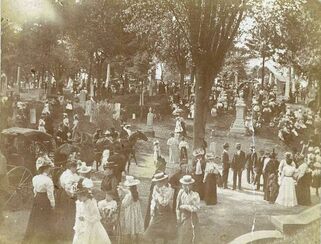 Early 1900s garden cemetery "social scene" Early 1900s garden cemetery "social scene" The garden cemetery movement mirrored changing attitudes toward death in the nineteenth century. Images of hope and immortality were popular in rural cemeteries in contrast to the puritanical pessimism depicted in earlier churchyards. Statues and memorials now included depictions of angels and cherubs as well as botanical motifs such as ivy representing memory, oak leaves for immortality, poppies for sleep and acorns for life. From their inception, “garden cemeteries” were intended as civic institutions designed for public use. Before the widespread development of public parks, the garden, or rural, cemetery provided a place for the general public to enjoy outdoor recreation amidst art and sculpture previously available only for the wealthy. The popularity of rural cemeteries decreased toward the end of the 19th century due to the high cost of maintenance, development of true public parks and perceived disorderliness of appearance due to independent ownership of family burial plots and different grave markers. Lawn cemeteries would soon become the norm. Oak Hill Cemetery was founded by Mr. William W. Corcoran, banker and founder of the Riggs National Bank, which is now known as PNC Bank today. A man of many tastes and philanthropies (e.g. the Corcoran Art Gallery), Mr. Corcoran purchased 15 acres along Rock Creek in 1848 from George Corbin Washington (a distinguished lawyer and a great-nephew of our first president) and his son Lewis W. Washington. When the Oak Hill Cemetery Company was incorporated by an Act of Congress on March 3rd, 1849, Mr. Corcoran contributed the land for the cause. Captain George F. de la Roche, a master engineer, supervised the grading, including the creation of a grand wall along Rock Creek, and the plotting. James Renwick, Jr., architect of the Smithsonian Building and the original Corcoran Gallery (now the Renwick Gallery), designed the iron gate pillars and the onsite mortuary chapel. Oak Hill calls itself "a major example of the 19th Century Romantic movement, the natural and not formal English garden, an acceptance and blending of nature rather than a geometrical imposition." Interestingly, this location was originally granted by Queen Anne and the British throne back in 1702. The recipient was Ninian Beall (1625-1717). It would later be owned by the Hammond family who built the first house that one day would serve home to Sen. John C. Calhoun of South Carolina. Eventually, the Bliss family came into ownership and donated the beautiful historic home and grounds to the National Park Service. Both Dumbarton Oaks and Oak Hill were part of Maryland before they became assets of the national capital. As a matter of fact, from 1748-1776, this land was actually Frederick County! We had Frederick a much bigger county at the time of our founding in 1748. Over time, Montgomery, Washington, Garrett, Allegany and Carroll would be carved out of the original Frederick “super county.” Turnabout, however, is fair play as our land mass was originally part of Prince Georges County when Frederick Town was established in 1745 and before. But wait, just like the land, there are plenty more connections to Frederick County here, and more so, Mount Olivet Cemetery that I’d like to share with you. First off, I want to tell you of my purpose for this particular trip to Oak Hill. I was attending a cemetery walking tour sponsored by the Politics and Prose Bookstore and based on a book titled Lincoln in the Bardo. Written by George Saunders, this 2017 experimental novel is its author’s first full-length novel, and was The New York Times hardcover fiction bestseller for the week of March 5th, 2017. I was introduced to this book by a gentleman named Jerry Webster , Ph. D., who has taught numerous courses in literature for the University of Maryland and Montgomery County Public Schools. Currently, he teaches ongoing programs for Frederick Community College, but also Johns Hopkins University and Washington College in Chestertown. The novel takes place during, and after, the death of President Abraham Lincoln's son William "Willie" Wallace Lincoln and deals with the president's grief at his loss. The bulk of the novel, which takes place over the course of a single evening, is set in "the bardo"—an intermediate space between life and rebirth. The term (bardo) comes from Buddhist teachings and is a Tibetan word that translates to “gap, interval, transitional process, or in between.” In the Tibetan School of Buddhism, there are three death bardos: the painful bardo of dying, the luminous bardo of dhartma, and the karmic bardo of becoming. According to the Tibetan Book of the Dead, Afterlife Guide: “While in the bardo between life and death, the consciousness of the deceased can still apprehend words and prayers spoken on its behalf, which can help it navigate through its confusion and be reborn into a new existence that offers a greater chance of attaining enlightenment.” Lincoln in the Bardo continues to receive critical acclaim, and won the 2017 Booker Prize. Many publications later ranked it one of the best novels of its decade. The majority of the work takes place in Oak Hill Cemetery, an evocative setting, as home to the central characters of this fictional story which showcases “ghost residents” interacting with each other against the backdrop of the Lincoln family’s personal loss during the American Civil War era of the 1860s. Willie Lincoln died of typhoid fever in February 1862 at the tender age of 11. His death was a devastating blow to his parents, and cast a dark shadow over the remaining years of the Lincoln presidency. Willie’s body would be laid to rest (temporarily) in the mausoleum vault, or crypt, of William Thomas Carroll, cousin of Charles Carroll of Carrollton and clerk of the US Supreme Court. Of course, our Carrollton Manor takes its name from William Carroll’s great-grandfather, Charles Carroll the Settler who surveyed and patented his 17,000 land grant in the lower Monocacy River Valley in 1723. Abraham Lincoln actually made trips to the Carroll crypt to visit Willie’s body directly after the initial funeral ceremony and entombment. This plays out within the book. After Abraham Lincoln’s assassination in April 1865, Willie’ body accompanied that of his father on the funeral train bound for Springfield, Illinois and Oak Ridge Cemetery where both are buried. Well, I certainly don’t want to give anything away, but I recommend George Saunders' Lincoln in the Bardo, and you can order it from Politics & Prose Bookstore. It was a nice read, and included plenty of “cemetery color.” Best of all, Jerry Webster took the tour as well, and provided me with great insight as we drove down to DC together. I had planned to do a little more Oak Hill exploration once the formal walking tour had concluded. There are plenty of notable graves to visit ranging from the aforementioned William Corcoran to former Ohio senator and governor Salmon P. Chase. Lincoln connections include his domineering secretary of war, Edwin Stanton, and assassination conspirator Mary Surratt’s lawyer, Frederick A. Aiken (1832-1878). You may remember him if you saw the 2010 movie The Conspirator with James McAvoy playing Aiken and Robin Wright in the role of the lone female accomplice to the death of the president. More modern decedents include Madeleine Albright (first female US secretary of state)(1937-2022) and Katharine M. Graham (1917-2001) former editor and president of the Washington Post. A slew of former politicians and Union Civil War officers are buried here too. I actually did some advance work in researching a few interesting connections between specific individuals interred here in Oak Hill and others back home in Frederick at Mount Olivet. I will share five of these with you, although I’m sure many more exist. Getting back to the concept of the bardo, I wonder if their was such an experience for any of the following "souls" within either respective “garden cemetery?” In many cases, relationships or interactions actually took place between these individuals as mortals, shortly before the respective death of one, or the other. Philip Barton Key (1757-1815) Here lies the beloved uncle of Francis Scott Key—Philip Barton. Mr. Key sacrificed his inheritance to fight for a Loyalist regiment in the American Revolution and was eventually captured, paroled and sent to England, where he studied law at the Middle Temple of the Inns at Court in London. He returned to Maryland in 1785 and was one of few disgraced Tory Loyalists to resurrect his career and reputation. Admitted to the bar, he first practiced law in Leonardtown and Annapolis. In 1801, Key was appointed by President John Adams to the Fourth United States Circuit Court, and served until 1802, at which time the court was abolished by political rival Thomas Jefferson. 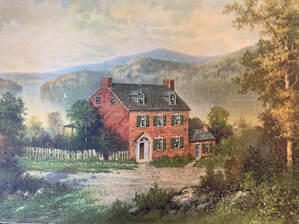 Former Key home in Georgetown Former Key home in Georgetown Philip Barton Key would re-locate his law business to Georgetown. He would build a mansion, calling it Woodley, on land originally owned by Ninian Beall. Today the neighborhood where the home still exists is called Woodley Park. You may know it as a Metro stop, and the home of the National Zoo. Key would eventually serve counsel to Associate Justice Samuel Chase during Chase's impeachment trial in 1805, and later became a United States Representative to Congress from Maryland, serving from 1807 to 1813. Most pivotal for our discussion, Philip Barton Key is responsible for mentoring his “soon to be famous” nephew, and beckoned him to take up residence in Georgetown, not Frederick, because this was the new home of the national capital. If Francis Scott Key had stayed in Frederick with his family and professional law career, would he have participated in trying to gain the release of Dr. William Beanes in September, 1814? Would he have had the opportunity to personally eyewitness the fierce attack on “Charm City” and Fort McHenry with her Defenders of Baltimore? Without need to write an ode to the American Flag, would this man be compelled to put pen to paper in writing what would in time become our national anthem? Great questions to ponder in the bardo or out. The elder Key died in 1815, nine months after his nephew gained eternal fame for penning the "Star-Spangled Banner." Philip Barton Key was originally buried on his nearby Woodley estate in Georgetown, but was later reinterred at Oak Hill Cemetery. Emma Dorothy Eliza Nevitte (E.D.E.N.) Southworth (1819-1899) The most popular American female novelist of her day, Emma Dorothy Eliza Nevitte Southworth was an American writer of more than 60 novels in the latter part of the 19th century. She was a supporter of social change, abolition of slavery and women's rights. In Ms. Southworth’s novels, her heroines often challenge modern perceptions of Victorian feminine domesticity by showing virtue as naturally allied to wit, adventure, and rebellion to remedy any unfortunate situation. Ms. Southworth would live in a Georgetown cottage for most of her later life. The schoolteacher turned professional writer was well acquainted with Harriet Beecher Stowe and other New England luminaires. In 1863, she would communicate an interesting event to John Greenleaf Whittier of Amesbury, Massachusetts. This fireside poet was a member of the Quaker religion and also an ardent Abolitionist. In July of 1863, Mrs. Southworth wrote two known letters to Whittier, retelling a story that she had heard second-hand. It involved a spunky senior citizen said to have taunted invading Confederate troops in her hometown of Frederick by waving her Union flag out of an upstairs window of her house located on Patrick Street, one of the principal routes through town. Southworth told Whittier that a neighbor had shared the story with her, and upon hearing it, knew it was “specifically made for Whittier’s pen.” In response, Whittier wrote: “I heartily thank thee for thy kind letter and its enclosed message. It ought to have fallen into better hands, but I have just written out a little ballad of “Barbara Frietchie,” which will appear in the next “Atlantic.” If it is good for anything thee deserve all the credit of it.” Whittier’s poem would be published in the Atlantic Monthly Magazine’s October, 1863 edition. The rest, as they say, is history. This Union propaganda “hit piece” on Gen. Jackson and the Southern Army was fast-tracked into the New England-based publication of literary and cultural and nature (Atlantic Monthly), while simultaneously making Frederick’s Barbara Fritchie into the definitive female heroine of the American Civil War. Much like Francis Scott Key in the War of 1812, Barbara Fritchie quickly became a household name by the end of the American Civil War. I had the opportunity to personally peruse Southworth’s 1863 letters to Whittier. They reside in the collection of the Friends Historical Library Reading Room of Swarthmore College outside Philadelphia. While conducting additional research (about 15 years ago), I found that Ms. Southworth was friends with a real estate broker named Cornelius Stille Ramsburg (1839-1915). This Frederick export was the gentleman who originally told Southworth the flag-waving story of Barbara Fritchie during the Maryland Campaign of fall, 1862. He apparently heard it while visiting his hometown on the tail-end of his honeymoon trip of the Northeast. Mr. Ramsburg was a relative of the Fritchie family, and supposedly heard tall tales of Barbara’s bravery at the funeral of his great aunt, here in Frederick. Speaking of funerals, Mr. Ramsburg was here in Oak Hill on the occasion of E.D.E.N Southworth’s funeral in early July, 1899, and performed duties as one of the decedent’s pall bearers. Later, Cornelius Ramsburg would take his everlasting place here as a permanent resident himself. Cornelius S. Ramsburg occupies an unmarked grave in a plot containing other unmarked family members. If it had not been for Mr. Ramsburg and Mrs. Southworth, Mount Olivet would not have this memorial to Barbara Fritchie placed in 1913. They are to blame for her posthumous fame. The validity of the Fritchie “flag-waving” legend has been challenged ever since it first went into print in fall, 1863. Spoiler Alert: It is highly doubtful that Barbara waved the flag at the Rebel Army and, more so, generals Jackson and Lee on September 10th, 1862. However, it is known that the following days could have featured Barbara waving a Union flag in support of Gen. McClellan and the pursuing Union Army. One account specifically mentions a rising military star who would unfortunately become an interred member of Oak Hill before his rightful time. This Union officer from Wheeling, Virginia (later West Virginia) had become the division commander of the Union Army’s IX Corps before the famed Maryland Campaign of 1862. This was Maj. Gen. Jesse Reno. Jesse Reno (1823-1862) Jesse Lee Reno was a career US Army officer who served in the Mexican–American War, the Utah War, the western frontier, and finally as a Union General during the Civil War. Known as a "soldier's soldier" who fought alongside his men, Gen. Reno had recently opposed his former West Point classmate and friend, Stonewall Jackson, during the Second Battle of Manassas (or Bull Run) just over three weeks earlier. It’s ironic that both of these men, Reno and Jackson, are alleged to have had poignant conversations with Frederick’s famous nonagenarian, Ms. Fritchie, in September, 1862. It has been reported that Reno actually spent time with the patriotic maven just a two days removed from her alleged “wrangling” with Gen. Jackson. When passing through town on the 12th, Reno and his brother are said to have encountered Barbara waving her flag in front of her home on West Patrick Street. The Union Army was heading west after the Confederates on the National Road. While seeing Barbara holding her flag on the south side of the street, and Rev. Joseph Trapnell, a resident also in his 90s on the north side directly across from Barbara, he is said to have cheerfully called out to his soldiers: “Behold the Spirit of ’76!” He then told his brother Frank that the aged civilian reminded him of his deceased mother. With that, the Renos apparently stopped to visit with Barbara at her house by Carroll Creek. Barbara is said to have given the officer currant wine, along with supplying an opportunity to write a letter home from her family desk. As a parting gift, Dame Fritchie would present Reno with a flag, perhaps the one she supposedly waved at Jackson the previous day. Ironically, it would be this flag that would accompany Reno’s dead body on its trip home to Massachusetts for proper burial a few days later. Gen. Jesse Reno died atop South Mountain on September 14th, 1862 while leading his men against Rebel forces in the vicinity of the Wise Farm at Fox’s Gap. This was the result of a sharpshooter’s bullet as Reno was surveying the field prior to twilight after a long day of battle. Jesse Reno’s funeral would be held at Boston’s Trinity Chapel. The Fritchie flag is said to have draped his casket. His body was placed in a vault in the church with the intent of reinterring it at some future date. Reno’s widow eventually moved back to her hometown of Washington, DC at the end of the war and purchased a large circular burial plot in Oak Hill Cemetery. She chose a centrally located knoll that commanded a view in all directions. On April 9th, 1867, Jesse Reno was placed here under a memorial in the form of a draped shaft. Three days later, Mary Cross Reno had three children, who had all died in youth, reinterred in this plot with their father. Mary is said to have kept her husband’s uniform, sword and the Barbara Fritchie flag in an army chest. She would join them upon her death in 1880. The year prior to Mary Reno’s death, the pro-Union Society of the Burnside Expedition and IX Army Corps dedicated a monument atop Fox’s Gap on South Mountain to the memory of Gen. Jesse L. Reno. This occurred on September 14th, 1889. The monument is said to mark the location where the prominent Union commander was felled on that fateful day of September 14th, 1862. As a reminder, we still have the aptly named Reno Monument Road atop the mountain. The 39-year-old Gen. Reno is remembered by the naming of “Reno County, Kansas,” “El Reno, Oklahoma,” “Reno, Nevada,” “Reno, Pennsylvania” and Fort Reno in Washington, D.C. after him. By January 1863, the Central Pacific Railroad (CPRR) had begun laying tracks east from Sacramento, California, eventually connecting with the Union Pacific Railroad at Promontory, Utah, to form the First Transcontinental Railroad. Land was deeded to the CPRR in exchange for its promise to build a depot at a place called Lake's Crossing. Once the railroad station was established, the town of Reno officially came into being on May 9th, 1868. CPRR construction superintendent Charles Crocker named the community after Major General Jesse Lee Reno, the Union officer killed in the American Civil War at the Battle of South Mountain. The flag would be handed down to descendants of the family and was at Fox’s Gap for the 100th anniversary of the general’s death in September, 1979. Mary Eleanor Addison Tyler (1824-1881) The former Mary Eleanor Addison Tyler was the daughter of Dr. William Tyler and wife Mary Belt Addison. Dr. Tyler (1784-1872) lived at the intersection of Record and Counsel streets and was a prominent physician in Frederick. He was heavily involved in local and state politics, and is best remembered for his work in banking—as a founder and the first president of the Farmers and Mechanics National Bank, a branch of the Westminster Bank. F&M was founded in 1817 and chartered in 1823 as a separate bank. Tyler would serve the bank for 54 years up through his death in 1872. Eleanor, or “Nellie” as she was also referred to, was born September 20th, 1824 and grew up in Courthouse Square in Frederick. She still lived in the family home when the Tylers experienced a terrible fire in 1842 that would become the subject of a well-known local art-piece by itinerant Frederick painter John J. Markell. Four years later, Eleanor would marry James Murphy Ramsey of Georgetown on April 14th, 1846. They went on to have six children. The family lived in Northwest D.C. as James Ramsey, Sr. worked as the chief clerk for the First Controller’s Office of the federal government. Sadly, Eleanor’s two youngest children would not reach maturity as Alex Shiras Ramsey (b. 1856) died in 1857, and James Murphy Ramsey, Jr. (b. 1857) died in 1860. In between these losses, Mrs. Ramsey would experience the death of her husband, James. All three are buried in Mount Olivet’s Area B. The widowed Mrs. Ramsey can be found living in Washington in the 1860 census on the eve of the American Civil War. However, she would re-locate to what was thought to be a safer environment during the war, itself, as the Union capital was thought to be a prime target for a Confederate attack. Mary Eleanor came back to her hometown of Frederick and resided in a commodious dwelling (likely owned by her father) just a few doors north of her childhood home. Mrs. Ramsey would earn a degree of “historical fame” during the Civil War. She didn’t wave a flag like Frederick’s Barbara Fritchie or Mary Quantrill, but she did care for a prominent convalescing military officer in the fall of 1862. In doing so, she would briefly play host to that unique grieving visitor to Oak Hill Cemetery I mentioned earlier—Abraham Lincoln. Three days after the Battle of South Mountain, the conflict responsible for the death of Gen. Jesse Reno at Fox’s Gap near Boonsboro, another Union general would be shot in the early morning action in David Miller’s cornfield during the Battle of Antietam in nearby Sharpsburg, Maryland. This man would be much more fortunate than Reno, as he would survive from his wounds—and some of that credit should be given to Mrs. Ramsey. The patient was Gen. George Lucas Hartsuff, one of the luckiest “unluckiest” guys to wear the uniform. George Hartsuff (b. 1830) spent the first twelve years of his life in the small western New York village of Tyre, in Seneca County before moving with his family to Livingston County, Michigan, in 1842. He received an appointment to West Point six years later, graduating in 1852 and ranked nineteenth in a class of forty-three. Two slots behind him, ranked 21st was Ulysses S. Grant. Upon graduation, Gen. Hartsuff was commissioned a second lieutenant by brevet in the 4th U.S. Artillery and assigned to frontier duty in Texas where the young officer fell seriously ill with yellow fever. In 1855, after recovering from his sickness, he was sent to Fort Myers, Florida. Given command of a surveying expedition in December of that year, George Hartsuff led ten soldiers into Seminole Territory near the Big Cypress Swamp. During a fight with Seminole Indians, Hartsuff was wounded three times. The most serious injury was a musket ball buried deep in his chest. The officer told the surviving members of his party to save themselves and then sought shelter. Stumbling through the forest, he fell into a pond. Neck-deep in water and suffering from his two wounds, Hartsuff had a difficult time getting out but was eventually able to do so. Without food or fresh water, the soldier laid on his back for three days before being rescued by American troops sent out from Fort Myers. Doctors cared for Hartsuff but were unable to remove the bullet that entered his left breast and struck his lung. He would recover and rejoin his men less than two months later. Having sufficiently recovered from his wounds, George Hartsuff, by this time a first lieutenant, was appointed as an instructor of artillery and infantry tactics at West Point in 1856, and held this position for three years. His next assignment was to the frontier post of Fort Mackinac, Michigan. With misfortune seemingly his lot, Hartsuff was on board the steamship Lady Elgin on the storm-tossed night of September 8th, 1860, as the boat made its way across Lake Michigan traveling between Chicago and Milwaukee. With visibility poor and the waters rough and restless, the Lady Elgin was struck by the schooner Augusta. A total 373 passengers of the Lady Elgin were lost as the steamer sank. Lt. Hartsuff was one of the 155 survivors. On March 22nd, 1861, George Hartsuff was appointed assistant adjutant general with the brevet rank of captain and was assigned to duty under Rosecrans in West Virginia. He held under staff positions, eventually serving briefly as chief of staff of the Mountain Department. Hartsuff became a brigadier general on April 15th, 1862. He served in third corps Army of Virginia and then in the Army of the Potomac. Gen. Hartsuff was severely wounded in the hip at Antietam while leading a brigade in second division I Corps at “the infamous Cornfield.” Reports vary as to whether Hartsuff was felled by a sniper’s bullet or shell fragment. He tried to remain in the saddle, but he soon grew faint and had to be helped off his mount. Carried off the field, Hartsuff was taken to a nearby home where a doctor examined his wound. All efforts by him and other doctors later in the day to locate a bullet were unsuccessful and they surmised that the bullet had come to a stop deep within the pelvic cavity. Hartsuff recovered from his “Antietam inflicted” wounds here in Frederick at the house of Mrs. Eleanor Ramsey on Record Street in Frederick. A few weeks later, Gen. Hartsuff was visited by an old friend in President Abraham Lincoln. This occurred on October 4th, 1862. His full recuperation would take eight months. The Frederick Examiner of October 8th, 1862 explains the visit by Willie Lincoln’s father. By war’s end, Gen. Hartsuff was a major general, commanding all the Union forces on Bermuda Hundred. Following Gen. Lee’s evacuation of Petersburg, (VA), Hartsuff made his headquarters at Center Hill, Virginia. He was visited here by Abraham Lincoln on April 7th, 1865—just eight days before the president’s dramatic death. After the Civil War, ill health would keep George Hartsuff in office jobs in Washington, DC through the remainder of his military career. He resigned in 1871 due to intense pain and moved to New York City. Early in May 1874, he developed a cold that quickly developed into pneumonia. He was dead just one week later, passing away on May 16th, two weeks shy of his forty-fourth birthday. His remains were taken to West Point for burial. An autopsy revealed that Hartsuff’s pneumonia was caused by the infection on a scar on his left lung. The scar was itself caused by the wound he received nineteen years earlier battling Seminoles in the swamps of Florida. Remarkably, neither this bullet nor the one that entered his hip at Antietam were ever located. As for our subject, Mrs. Eleanor Ramsey, she returned to Georgetown after the war where she resided at 1341 Q Street, Northwest by the intersection with 14th Street. She would die on July 22nd, 1881 and was buried in nearby Oak Hill, instead of Mount Olivet with her husband. Two daughters would eventually join her in Oak Hill (at the location of Van Ness/Lot 240 East). These were Minnie (Ramsey) Bradenbaugh (1855-1884) and Susan Elizabeth (Ramsey) Gassway (1851-1926). Today, a plaque and visitor trail sign can be found marking the home where she cared for George Hartsuff, and welcomed President Lincoln in early October of 1862. William Tyler Page(1868-1942) My final grave “haunt” to find on this particular day at Oak Hill was that of Mrs. Ramsey’s nephew, William Tyler Page. He was the son of her sister Anna Christiana “Nannie” Tyler. Nannie Tyler married Walker Yates Page of Virginia, a direct descendant of Carter Braxton, a signer of the Declaration of Independence. The couple went on to have five children. Interestingly, two of these were conceived during the American Civil War period, which is surprising as Mr. Page fought for the Southern Cause of his native state as a member of Mead’s Confederate Cavalry, Company K. The youngest of the Page children was born well after the war on October 19th, 1868. This was William Tyler Page, named for his physician/bank president grandfather. William Tyler Page attended schools in Frederick and in Baltimore as the family relocated to that place in 1885. His mother died in 1888 and was brought back to Frederick for burial in Mount Olivet. His father would be buried here too upon his death in 1903, but in an unmarked grave. A marker would finally be placed over him in 2017 by the Sons of Confederate Veterans. William Tyler Page was appointed a Congressional "page," ironic as it sounds, in the House of Representatives at a young age. He then served as a clerk of the House of Representatives and would spend 50 years working for the federal government. In May 1917, during World War I, Baltimore’s Mayor James Harry Preston announced that a contest would be held to find the best American’s creed. The mayor offered a prize of $1,000. Our subject received divine intervention while walking home from church on a particular Sunday. He would put pen to paper and submitted an entry. Meanwhile, other offerings came from every state in the Union. The award committee picked an entry that was less than 100 words. This was the one written by Frederick native William Tyler Page. On April 3rd, 1918, the House of Representatives accepted Page’s paper as the American Creed on behalf of the American people. It reads as follows: “I believe in the United States of America as a government of the people, by the people; whose just powers are derived from the consent of the governed; a democracy in a republic; a sovereign nation of many sovereign states; a perfect union, one and inseparable; established upon those principles of freedom, equality, justice, and humanity for which American Patriots sacrificed their lives and fortunes. I therefore believe it is my duty to my country to live it; to support its Constitution; to obey its laws; to respect its flag; and to defend it against all enemies.” William Tyler Page is said to have used the money from the award to purchase a liberty bond. He lived the following 25 years of his life as a pseudo celebrity while residing at 220 Wooton Avenue in Friendship Heights in Bethesda. Mr. Page died at the age of 74 on October 20th, 1942. He died peacefully in his sleep, after celebrating his birthday just hours before on the evening of the 19th. Instead of being brought back to Frederick to be buried on his parent’s funeral plot in area B/Lot 120, he would be buried not far from his Aunt Nellie Ramsey in Oak Hill’s Amphitheater section/lot 635 East. His wife Mary Addison (Weigandt) Page (1865-1929) had already been laid to rest here 13 years earlier next to a daughter Catharine L’Hommedieu Page who died at age 6 in 1910. Just like that of his aunt's temporary home down the street, William Tyler Page's birthplace on Frederick's Record Street is marked with a plaque and trail sign. Frederick's links to patriotism and connections to Oak Hill are boundless, spanning the War of 1812 to the Civil War and up to Mr. Page's contribution for World War I. He even has an elementary school named in his honor in Silver Spring (MD). What a fabulous cemetery to visit, filled with plenty of history and historical figures. Best of all, for me, I was able to gain a greater appreciation for our Frederick history and that of Mount Olivet Cemetery thanks to some of those individuals interred in this beautiful garden cemetery located in Northwest DC above meandering Rock Creek. I look forward to a return trip, as I have more Frederick connections to make. ATTENTION LOCAL FREDERICK HISTORY FANS! Learn history from this author with two cemetery separate tours coming up over the next month. "Frederick History 101" walking tours in Mount Olivet will feature two different versions and two date opportunities to take each: "Early history 1700s/1800s" (Sat, May 4th @10am or Tues, May 21st @6pm) "1900s -Current Day" (Tues, May 7th@ 6pm &or Sun, June 2nd @1pm) $20 for each of these 2+hour tours. Learn more below!
A “Fisching” Expedition Area D in Mount Olivet is an interestingly-shaped section towards the front of the garden cemetery, smack dab in the middle of areas A and H. The northern edge commands a beautiful vantage point of the Key Memorial Chapel, and is about as narrow as one of our cemetery sections can get, with two driveways on either side. Here, on this swath quite reminiscent of a little island, one will find the burial plot of an aptly named family (if my geographical description of an island holds true)—the Fischers. An occupational surname denotes the country of origin of this family due to the German spelling, meaning fisherman. I was surprised to learn that the name Fischer is the fourth most common German surname. In area D’s grave lot #3, one can find 15 decedents occupying the space, with 12 actually carrying the name through descendancy or by marriage. I have come across the progenitor’s moniker in my distant past dealings of studying the history of Frederick. Adam Fischer has his name on the south facing side panel of the large monument on this lot. He was born October 25th, 1773 and died on October 2nd, 1835, nearly 20 years prior to Mount Olivet’s opening in 1854. Adam’s wife, Elizabeth Rowe (August 2nd, 1777-April 11th, 1860), is buried here next to her husband, with her name carved in stone under his on the stately, marble obelisk. There appears to be a bit of confusion regarding records for this Adam Fischer and his birth on the website Ancestry.com, or else his tombstone is wrong. A birth eight days earlier on October 17th is listed in records that claim Adam (born Johann Adam) was christened in Frederick’s German Reformed congregation on December 6th, 1773. This event would have most likely occurred at Trinity Chapel in the first block of West Church Street. Apart from this fact, I would be at the beginning of a difficult journey to find anything substantial about this particular gentleman. On October 2nd, 1835, Frederick diarist Jacob Engelbrecht noted his death simply: “Died this afternoon in the 62nd year of his age, Mr. Adam Fischer of our town. Buried on the German Reformed graveyard.” This burial ground was on North Bentz and West Second streets, where Memorial Park sits today. Adam’s remains would later be moved to Mount Olivet on September 20th, 1855, a year after the “new cemetery” opened on 30 acres south of town. I have to be honest in saying that I was disappointed to find that this gravesite, and stately monument, was not that of another man of the same name. This would be Adam's father, Dr. Adam Fischer. To learn more about Mount Olivet’s Adam Fischer, I want to tell you about his industrious and respected paternal figure. Dr. Adam Fischer (1736-1787) came to Frederick by way of Pennsylvania (likely Adams County) around the year 1767, and shortly after the arrival of Dr. Philip Thomas. These men represented the first, legitimate medical practitioners in town. Dr. Fischer obtained a university education in his native Germany and was trained as a surgeon. He built an extensive practice here in Frederick and held important positions in the community during his lifetime. These included leadership roles during the American Revolution in which he served on Frederick County’s Committee of Observation (1776) and was deputy of the committee to recommend officers for the two German companies and lieutenants for a rifle company. Dr. Adam Fischer represented his county in the State Constitutional Convention of 1776 and as a delegate to the Lower House of the General Assembly from 1778-1779. He was later elected Frederick County Sheriff in 1782 and served from 1782-1785. In 1785, he became Frederick county’s collector of tax, a job he still possessed at the time of his death on August 16th, 1787. Tragically, Dr. Fischer died from a kick from his horse in Reisterstown, leaving son Adam and four siblings (1 brother (John) and 3 sisters) to be raised by wife Margaret (1739-1799). Multiple descendants of Dr. Adam Fischer would be known in medical and business circles in not only Frederick, but also Washington, DC and Baltimore. Of particular interest was the family profession of operating what we would call old fashion pharmacies eventually boasting a confectionery component and like the CVS and Walgreens of today, were purveyors of cosmetics and a variety of household goods and necessities. Two sons of our subject Adam were responsible for novel enterprises in town that you could best say reflect the spirit of Downtown Frederick’s most celebrated “First Saturday” event of “Fire in Ice.” I was interested in the real estate holdings and transactions of the family, hoping it would shed more light on the physician’s son Adam Fischer. I pressed my assistant Marilyn Veek for any info that could have told me where the family lived and worked. Here is what she came up with: In 1767, Dr. Adam Fischer had bought a sizable parcel on the northwest corner of Market and Patrick streets, extending 78.5 feet along Market Street and 60 feet along Patrick Street. His widow Margaret was forced to sell the property in 1790 after his death, due to a “writ of fieri facias” against Dr. Adam Fischer for not performing the duties required of him as tax collector for Frederick County. The property was sold to Lawrence Brengle, John Cronise, Adam Keller, Henry Garnhart, Henry Zealer, Richard Butler, Peter Mosser, John Shower and Ludwick Ritter. In 1792, the members of this group executed a deed of trust to Lawrence Brengle so that the property could be sold. An agreement was made whereby Brengle sold the property to the physician’s eldest son, John Fischer, but this sale was not completed until 1801, after Brengle's death. A future commercial landmark would eventually arise here. John Fischer immediately divided the property in half and sold the south half to George Baer and the north half to Daniel Hauer. George Baer sold his half to Frederick County Bank in 1818, and it remained bank property until 2002. Daniel Hauer's half was sold to George Hauer, who sold it to Abraham Shriver. It was eventually sold by his Shriver's heirs to the bank in 1909. From what I have been able to find, John Fischer followed in his father’s profession as a physician. Brother Adam, our primary subject in this story and buried here in Mount Olivet’s Area D, is listed in our cemetery records as having a profession as “a hatter.” Unfortunately, I can’t substantiate this claim with census records because he died before the more extensive reporting found in 1850 and afterwards. I did see an article that mentioned Adam being a member of the Mechanical Sun Fire Company in 1823. I found Adam in the census records living in Frederick, and I assumed he could have resided on East Patrick Street after finding his widow, Elizabeth, in the Williams’ Frederick Directory City Guide of 1859/60 living “on the north side of Patrick between Love Lane and Chapel Alley.” Now I’m sure you are familiar with Chapel Alley, but Love Lane was the original name of what we call East Street today. So, think of the Fischer home once standing on the site of today’s Frederick Post Office property. I soon learned that this was likely never the home of our decedent Adam thanks to more investigation from my assistant Marilyn. Elizabeth Fischer, wife of our subject Adam, bought part of Lot 163 (east side of what is now Ice Street) in 1810. Tracing the deeds is complicated, but it appears that the property that Elizabeth Fischer bought in 1810 is where she, Adam and their children lived during the following decades of the early 19th century. This is what is now 120-122-124-126 (formerly 100-104) Ice Street. This property was mortgaged to their son William Fischer in 1825. That same year, William Fischer leased property at the northeast corner of Ice and South Street from Elizabeth Hauer, for 15 years, during which time he was to build and operate an ice house utilizing nearby water from Carroll Creek to the north and a pond to the south. It can be theorized that Adam and Elizabeth Fischer lived here in this vicinity up until Adam’s death in 1835. The couple’s son, William, bought the house on East Patrick Street in 1830, and this was the same in which his mother could be found in the 1859 directory. She would move there in 1848. William Fischer (1797-1852) appeared regularly in the early Frederick newspapers and began operating a pharmacy in 1821 on West Patrick Street across from Talbott’s Tavern. This is in the vicinity of the Patrick Center on the south side of the street near the intersection with North Court Street. He took this over from his brother-in-law Dr. William Gunton (1791-1880) whom he credited for teaching him the ropes of the business. William would eventually leave Frederick for Washington, DC and enjoyed a successful career at that place. He is buried in Congressional Cemetery with his wife and former mentor, William Gunton who once ran a pharmacy in Frederick. That brings us to William’s brother, George Jacob Fischer, another child of Adam and Elizabeth Fischer. George Jacob was born in Frederick on August 10th, 1809. He married the former Isabella Johnston of Washington County in February, 1835. Remember her name as it will come into play for another business venture. George Jacob likely learned the pharmacy business from his older brother, and perhaps took over his Frederick operation upon the latter’s departure to the nation’s capital in the 1830s. I found advertisements galore for George Jacob Fischer’s “drug store” in an old edition of the Frederick Town Herald dated October 13th, 1837. George Jacob Fischer would become known for something completely different, although totally illuminating on the eve of 1850. In November, 1849 he would kickoff construction of Frederick’s first gas street light system. George Jacob Fischer began laying down pipes through several of Frederick city’s principal public streets, starting with Patrick and Court streets. His crew’s hard work would supply town with “cheap, beautiful and desirable light.” This was the beginning of gas lighting in Frederick which made it possible to see on nights where moonlight was obscured by clouds. Mr. Fischer called his company the "Isabella Gas Works" after his wife, and 35 initial iron lamp posts would go on to make Frederick a pioneer among cities of its size in the realm of street lighting. All the while, Fischer appears to have continued the operation of his drugstore business. At the time of the gas works endeavor, his commercial location was at today’s 5 West Church Street in the first block of West Church Street (site of Sapporo II restaurant). I know this because he would sell this business to Dr. Fairfax Schley in 1855, at which time Fischer relocated to Baltimore. Fischer’s advertisements for the Baltimore location would appear in the Frederick Examiner in 1858. The Steiner family would have a long run into the 20th century at this location. George Jacob Fischer died on February 21st, 1866. George Jacob Fischer’s body would be brought back to Frederick for burial on the plot that it appears he was responsible for purchasing back in 1855 to re-inter his father and two children who died as infants. His mother (Elizabeth) would be laid to rest here in 1860, and his wife Isabella in 1885. Also here are sons George Jacob Fischer, Jr. (1846-1931) and William C. Fisher (1842-1892) and a few grandchildren and great grandchildren. What a “fisching expedition” as I learned little about Adam, son of the great physician, however his two sons William and George J. certainly kept Frederick pain free and in pharmaceuticals and household goods for a great part of the early 1800s. It’s amazing how one cemetery memorial can lead to so much personal, commercial and town history from our past. Thank you Fischer family! 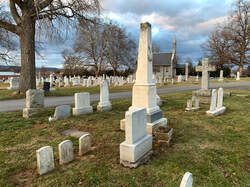 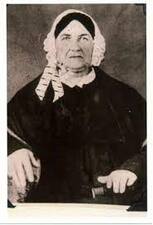 Anna Garnhart Anna Garnhart A couple weeks back, I had the great opportunity once again to spend time on the Chesapeake & Ohio Canal towpath. It was a beautiful, and unseasonably warm, Sunday in early March and I wasn’t the only one out there as you could imagine. The week prior, I had found myself thinking intently about the canal while researching one of these “Story in Stone” blog recipients. However, my reading, as opposed to my glorious walk, dealt with a dark day along the Potomac River back in July, 1895. On the day of July 12th of that year, a former resident from a prominent Frederick family would meet an early demise over an old argument regarding stolen beer. This altercation would send the Fredericktonian to an early grave in Mount Olivet. My interest in the death of David Jacob Markey was piqued while writing about a talented quilt-maker named Anna Catharine (Hummel) Markey Garnhart. I became amazingly struck (perhaps not the best word choice) by the demise of her reclusive grandson in 1895. David Jacob's sister, Lucy, another grandchild of “the quilt-maker,” died seven years earlier by suicide. This may have added to his desire for peace and solitude along the shores of the Upper Potomac. With a murder and a suicide, you can imagine my hesitance to hold out these "Stories" as not to take away from positive vibes generated by my exploration into Grandmother Anna’s sweet life and talent as an early craftswoman and lasting recognition by museum curators and other experts in the field of textiles. Somehow, I was reminded of the ironic expression involving "a wet blanket" in this particular case. David Jacob Markey Born October 27th, 1847, David Jacob Markey was one of eight children born to David John Markey (1809-1885) and wife Susan Bentz (1810-1887). He was a native of Frederick, and his family was of German descent. David Jacob grew up on the southwest corner of N. Bentz and W. Third Street. Our subject's father’s lumber mill was directly behind (and next door) his home and located where Calvary Methodist Church sits today on the corner of N. Bentz and W. Second streets. David would never marry and eventually moved out of Frederick City later in his life, but didn't go that far. He could be found living in Tomahawk, Berkeley County, WV and Keep Tryst near Sandy Hook, MD in Washington County adjacent the Potomac (in the vicinity of Harpers Ferry). On the occasion of his unfortunate death on July 13th, 1895, the victim was not far from his home in Washington County when he received the injury that led to death. He was just across the Potomac River and north of Harper’s Ferry near Lock #34 of the Chesapeake & Ohio Canal. Our cemetery records make mention of Sandy Hook as his place of death which is a mile downriver. I would soon find that both statements were correct and this was a complex story requiring both a careful coroner’s inquest, and a court trial five months later. The following article is one of several appearing in regional newspapers to describe the unfortunate experience that would befall the 48-year-old David Jacob Markey on July 12th, 1895. Details, such as the assailant’s true name, would be refined over the days following the tragic altercation between two men who had known one another for years and we’re supposed friends. The victim's middle initial, however, would not be corrected. David Jacob Markey’s corpse would be brought back to Frederick where he would be buried in the Markey family plot in Mount Olivet’s Area F/Lot 86. This was within feet of a quilting grandmother and his parents who had died in the previous decade. As this was a case involving a leading local family, the papers were abuzz with news of Markey’s supposed assailant, Theodore Leopold. However, it would be quickly discovered that Point of Rocks’ resident Theodore Leopold was wrongly accused, for the person of interest was George William Leopold of Knoxville. Sources corrected the first name, but a few printed “Lapole” instead of Leopold. If anything else, it would eventually be straightened out. The story made it into the Baltimore Sun as well. I too, got caught up in the hoopla, and wanted to better understand what seemed to me at first glance either an accidental, or senseless killing. I soon learned that it was a combination of both. But, how would justice be served? To summarize the story, former Frederick resident David J. Markey went to Sandy Hook, MD at Lock #33, immediately across from Harpers Ferry. This is accessed by the railroad bridge over the river of today, and sits at the base of Maryland Heights along the old Sandy Hook Road road that parallels the C & O Canal. Our subject was said to be stocking up on additional fishing provisions in town. On his return journey from Harpers Ferry via the river crossing by the railroad bridge, Markey would run into an old acquaintance named George W. Leopold. Leopold was piloting his own canal boat. Apparently, David Jacob invited Leopold to have a libation or two with him at the Sandy Hook saloon/store of Albertus Spencer. A bit inebriated after a few drinks, Markey receives transportation from Leopold to his home a few miles upriver. They would not make it that far because a heightened quarrel between both men erupted over the lonely mile trip from Sandy Hook and Lock #33 to Lock #34. Mr. Markey was apparently in the act of berating boatman Leopold over a theft of beer that occurred three years earlier when Markey worked as a store clerk in Sandy Hook. This resulted in Mr. Markey receiving repeated blows from Leopold, prompting Markey to request being taken ashore to leave Leopold's company. This would be done near Lock #34. Our Mount Olivet records say that Mr. Leopold followed Markey off the boat and retaliated one last time by striking his "verbal aggressor" in the back of the head. The inquest would find that Markey was sucker-punched from behind, basically knocking him out. David Jacob Markey hit the ground, which most likely occurred on the rocky tow-path itself, or an adjacent trail that had some large stones scattered about. The victim's head hit something on the way down which fractured his skull. David Jacob Markey would not regain consciousness from Leopold's ill-fated strike. Meanwhile, Leopold had left the scene of the crime as he continued his boat run with family members "in tow" upriver. Markey showed signs of trauma, and onlookers jumped into action, albeit a slow action. David Jacob Markey would be brought back downriver to "the Stone House" of Mr. Spencer at Lock#33. This is the location where our subject would perish around 2:00 in the morning of July 13th. Leopold would continue his canal boat run up the Potomac as mentioned, but would be arrested by authorities at the Williamsport Aqueduct. He replied that he thought Markey was just drunk, so he continued making his canal boat run. As can be seen below, the jury of inquest did their job quickly and efficiently. George W. Leopold would continue to profess his innocence, but was denied bail in mid-August, one month after the incident occurred. His day in court would be scheduled for the following December. In a change of events, George W. Leopold would eventually plead guilty in the court case. This would result in a three year jail sentence. In May of 1898, application would be made for Leopold to be pardoned by the governor. This would occur a month and a half later. Leopold was now a free man again. George W. Leopold lived out the rest of his life in the Petersville/Knoxville area of southwestern Frederick County. He worked jobs as a farm laborer, a B & O railroad employee and a river guide before dying in spring, 1935. This was nearly 40 years after the unfortunate altercation at Lock #34 which cost himself three years of freedom, and rival David Jacob Markey, his life. Leopold is buried in Knoxville Reformed Church Cemetery. I mentioned earlier that David Jacob Markey's sister would die seven years before him in 1888. This too would be a shock to the community. Her name was Lucy Emma Russell and she was only 38 at the time of her death. Lucy, like brother David Jacob Markey, had endured the death of her father in 1886, and her mother in 1887. Not much is out there on Lucy outside her birth in 1846. I also found that she was an 1864 graduate of the Baltimore Female College. Master genealogist Margaret Myers added info to our cemetery database stating that Lucy had been married, but was buried under her maiden name. She had wed Joseph R. Lester of Baltimore on May 5th, 1868. In the 1870 US Census (shown earlier in this story), Lucy is listed as "Lucy Lester" but not living with a husband, but rather her parents. She also is living with a a one year-old son named Louis. Lucy reverted back to her maiden name in the 1880 Census and her status is listed as a widow. It is this census that shows that son Louis M. Lester continues to live with her at her parents family home on W. Third Street in Frederick. It is not known what haunted Lucy's mind. Did her husband die, or was there an unfortunate split of some kind that lead to separation of divorce? We may never know. What we do know instead are horrific details of her suicide. These appeared in newspapers throughout the country. A very tragic situation, and perhaps something that weighed on her bother David Jacob's mind, causing him to seek the serenity (and isolation) with the Potomac River. Lucy would be buried in Area F/Lot 86 at the foot of her grandmother's grave and within a few feet of her parents. In time, David Jacob Markey would join her here, but not of his own design as we have seen. I guess the takeaway in this week's "Story in Stone" is the same as all those I have written for the past eight years in that they all end the same way... the subject dies. However, that is not all we are doing here with this series. Instead, we are trying to better understand the human existence, using those who have come (and gone) before us as a lens in which to view life and the way others lived their lives. We also see the varied ways others have lost those lives.
Again, you can walk through any cemetery in the world and pass a row of gravestones and related monuments, never knowing the triumphs and struggles experienced by those individuals buried beneath the surface. Ask yourself, "How did their existence compare to mine? or How did their experience differ?" That's why I feel that conducting research and writing of this nature for the enlightenment of the reader is so worth while to me. We can all learn something from those who have have come before, especially those who had to endure hardships, and learned from mistakes and decisions made throughout their lives. We can also glean so much from the response and conduct of friends and families of the deceased themselves. Any opportunity to witness and/or practice resiliency can be a sacred experience. Now, with the weather improving for outdoor activity, consider soothing mind and soul with a leisurely hike on the C&O Canal Towpath, or a contemplative walk through Mount Olivet. 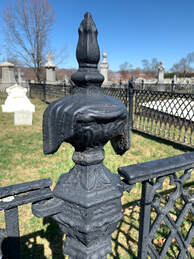 While conducting walking tours, I usually joke with visitors that the Potts Lot in Area G is Mount Olivet’s only “gated community.” This is an area on the northeastern approach of Cemetery Hill that includes a large, multi-plot collection of a few of Frederick’s most prominent families—primarily hailing from the Courthouse Square neighborhood of Frederick. The Potts Lot is surrounded with decorative, iron railing—a delineation barrier that dates from the cemetery’s earliest days in the 1850s, when it was not uncommon to see many family lots “fenced-in” so to speak. The practice was both practical and decorative. Iron railings and fences, complete with closeable gates like the one here at the Potts Lot, started with a simple purpose in mind—keeping unwanted animals out. We are not just talking simply about woodland creatures here, but more also cattle, pigs, sheep and large wild animals. As far as cemeteries are concerned, fencing has also served as a sign of respect to buried loved ones and added a degree of attractiveness and panache to family lots. This practice was also accomplished by the construction of stone and brick walls around church yards and cemeteries. Based on the early burials (and reburials) found within the Potts lot, it’s not hard to see that the graves here date primarily from the early to mid-1800s. The surrounding fence is authentic and shows the talent and work of craftsmen of a time before pre-fabricated shapes and mouldings. The Potts Lot fence is hand-hammered with evident grooves and dents. No one is quite sure when this fencing was added, but it is thought that it was done within the first few years of the cemetery which opened in spring of 1854. I once had a brief conversation about the fence with my friend, Elizabeth Comer, longtime professional archaeologist and president of the Catoctin Furnace Historical Society. We both agree that there is an possibility that this particular railing could have been forged at the Catoctin Furnace due to connections to this Potts family of decedents, and relatives of another that has been forgotten here to time—the Marshall family. Liz and I promised one day to make a study of the Potts Lot's fencing to see if it matches other known exports of Catoctin Furnace. One particular example of fencing from Frederick history seems like a good starting point to this exercise. I’m talking about Courthouse Square, a place where many of the decedents buried here in the Potts Lot once resided. As a matter of fact, I broached the subject exactly five years ago back in March 2019 when I wrote a story about Gen. James C. Clarke, a transportation captain of industry and namesake of Frederick’s Clarke Place who helped add to the beauty of our town’s Courthouse Square. Frederick became incorporated as a city in 1817 by an act of the state assembly. Prompted by animals grazing on the courthouse lawn, an ordinance issued that same year ordered that all hogs and geese found wandering in the streets be impounded. Notice of their arrest was made by public outcry at the Market. To prevent animals from using the courtyard as a pasture, residents and officials decided to enclose the Courthouse grounds with iron railings and ornamental iron gates much like a London square. Authorities were stunned by the expense of the proposed project, however a leading citizen and neighbor in Col. John McPherson agreed to donate the railings. Beginning in 1818, Courthouse Square resident, Col. John McPherson began installing iron railings around the Frederick County Courthouse and subsequent public lawn. This material was forged at McPherson’s Catoctin Furnace operation located in the north sector of the county between Lewistown and Mechanicstown, destined to become Thurmont. Apparently, the neighbors of “the Square,” consisting of the town’s “upper crust,” were annoyed with the recent phenomena of rogue animals grazing on the prestigious courthouse lawn that once boasted legal luminaries such as Francis Scott Key, Roger Brooke Taney and Reverdy Johnson. What seemed like a philanthropic venture by McPherson soon angered the general citizenry as they saw this “fencing” symbolizing an obtrusive wall to a public place and access to courthouse amenities and officials. It also seemed an extension of the adjacent affluent neighbors hoping to keep all others out of their prestigious neighborhood unless they had official court business to perform. The squabble would last for many decades. Seventy years later, the railings were finally removed in 1888. To help pacify the masses, Gen. James C. Clarke found it necessary to offer an olive branch to all citizens by providing a perfect centerpiece to the courthouse green—an ornamental fountain. The Clarke fountain was duly dedicated to all people of Frederick. That’s all well and good, but doesn’t exactly connect dots to Mount Olivet and our Potts Lot. Or does it?There are several unique connections among this cemetery, the Potts Lot and the history of Catoctin Furnace. It has more to do with former residents and entrepreneurs than the actual manufacture of iron. Outside of the Potts Lot, one can find the graves of the Fitzhugh girls about 30 yards to the north. These were daughters of one-time Catoctin Furnace owner Perigrine Fitzhugh who later moved to California. In Area H/Lot 416 sits the gravestone of Isabella Hudson (Fitzhugh) Perryman (1844-1864) and three sisters: Amy, Amelia and Henrietta Fitzhugh. Isabella was the namesake for the existing iconic second stack structure of the once booming pig-iron furnace operation. I wrote a "Story in Stone" about this family of Fitzhughs in October, 2017. To the east, about 20 yards from the Potts Lot, we have the graves of the fore-mentioned Col. John M. McPherson (1760-1829) and his son in law John Brien (1766-1834). These two gentlemen were partners in ownership of Catoctin Furnace in the early 19th century (before the Fitzhughs), and were also next door neighbors in “Court Square.” For it was these gentlemen who built impressive twin mansions at 103 and 105 Counsel Street, now spelled Council Street. These structures date to 1817, and Col. McPherson is best remembered for his role in helping to bring the Marquis de Lafayette to town in late 1824. The French hero of the American Revolution was wined and dined by Col. McPherson, himself, at that time in the home that still stands today. Today these homes are known by the names of later owners as the Ross and Mathias mansions. A mother and daughter tandem, part of the same local Mathias family that produced Sen. (and noted statesman) Charles McCurdy “Mac” Mathias, are the current residents. The elder Theresa Mathias Michel owns the house formerly owned by her parents (Charles McCurdy Mathias, Sr. and Theresa McElfresh Mathias) and grandparents (Charles B. and Grace Trail). Daughter Tee Michel owns the former Ross Mansion next door. However, this house (originally known as the McPherson Mansion) could also go by the name of the Potts Mansion, or Marshall Mansion as it did during other ownerships. I’ve had the good fortune to dine within and explore the interiors and gardens of both houses over the years. To do this though, I had to gain entry through the heavy wrought iron front gates that are reminiscent of those found in places like Charleston, South Carolina and New Orleans. Since the original builders of these houses owned the furnace, it’s no wonder how they got here. The iron railing in front of these homes on Council Street also provides a tangible example of the quality of the former fence that once surrounded Court Square. To think that Gen. Lafayette gained entry to the Ross/McPherson home by use of this same front entryway. Another individual of major patriotic fame to do so was more of a frequent visitor to the Ross Mansion in the early 19th century—Francis Scott Key. Key’s supposed law office was a stone’s throw away on North Court Street. The “Star-Spangled Banner” author regularly looked in on his first cousin, Eleanor Murdoch Potts (1773-1842), who resided here in the house after McPherson’s ownership. Eleanor Potts is one of 42 family members holding that surname and buried within Mount Olivet’s Potts’ Lot. She and husband Judge Richard Potts (1753-1808) are more than worthy of having their own “Story in Stone” written, which I will surely do on another day. Eleanor and Judge Potts died long before the opening of Mount Olivet, and originally reposed at the All Saints’ Protestant Episcopal burying ground along Carroll Creek. Our records don’t specifically say the exact date, but it is safe to assume that they were among the first two individuals placed in the Potts Lot around the time of Mount Olivet’s opening. 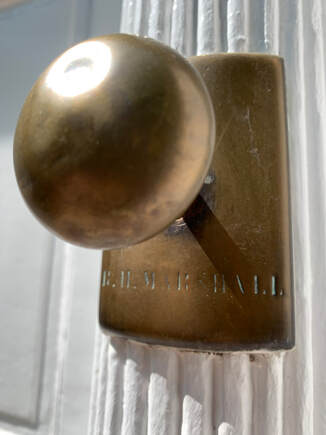 Upon closer inspection of the entrance of the Ross home, one will notice a polished, brass “doorbell pull” at the top of the front door landing. Etched directly below this entry accoutrement is the name “R. H. Marshall.” "Who is this gentleman, you may ask?" Well, his full name is Richard Henry Marshall, and he would be the one I’d love to have had the opportunity to ask about the Potts Lot fence here in Mount Olivet. Mr. Marshall, a lawyer, was not only one of our original cemetery founders, but was a member of Mount Olivet's first Board of Directors from 1852-1865. In looking at old "minute books," I saw that Richard Marshall actually proposed the location for the superintendent’s house to be built in the northeast corner of the property and directly adjacent the entrance off South Market Street. It was also Mr. Marshall who is responsible for establishing this large, fenced plot area known as the Potts Lot, in which he would have re-interred his wife Hariett's family members from All Saints’ Protestant Episcopal Cemetery. I soon learned that Richard H. Marshall purchased lots in which to move Francis Scott Key’s parents (John Ross and Ann Phoebe Key) and the Taneys including Ann (Key) Taney (1783-1851) and daughter Alice on behalf of his old friend and legal studies mentor, Roger Brooke Taney. They occupy the Potts Lot as does another interesting individual Marshall moved from All Saints’ by the name of Arthur Shaaf. Mr. Shaaf was a cousin of Francis Scott Key and local lawyer who served as a mentor to both Key and Taney. The Marshalls actually have the largest grave monument within the Potts Lot. I also have noted that the surname can be found upon the fore-mentioned Potts Lot fencing. So, this is why I have always wondered why this area is not referred to as the Marshall Lot? My question was answered when I found that Richard Marshall married Miss Harriet Murdoch Potts, a daughter of Hon. Richard Potts and wife Eleanor, in 1823. Mrs. Marshall died in 1867, just 13 years after the cemetery opened. In conversations with a few friends of mine with a commanding knowledge of Court Square lore and history, I learned that Mr. Marshall certainly helped his own standing, both professional and personal, by marrying into one of Frederick’s wealthiest and most respected families. This led to his eventual place of residence becoming the later known Ross mansion on Council Street, originally built by Col. John McPherson and once the home to Marshall’s in-laws—Richard and Eleanor Potts. So, just who was this Mr. Marshall? Richard Henry Marshall Richard Henry Marshall was born March 8th, 1799 at Marshall Hall, a former plantation located diagonally south and across the Potomac River from George Washington’s Mount Vernon. Marshall Hall is near Bryans Road in Charles County, and sits on the majestic banks of the lower Potomac River. I had the opportunity to visit this place last June after my son’s participation in a nearby baseball tournament. It was certainly worth the look. Although only ruins remain today, it's not too hard to imagine that Richard H. Marshall’s upbringing here was “not too shabby” to say the least. Multiple generations are contained within a “Marshall Lot” here on the old grounds within a fenced-in burial space. This includes Richard H. Marshall’s parents, Dr. Thomas Marshall II (1757-1829) and Anne Claggett Marshall (1778-1805). In this private family plot are Richard’s two brothers in Thomas Hanson Marshall (1796-1843) and George Dent Marshall (1802-1820); and grandparents Capt. Thomas Hanson Marshall I (1731-1801) and wife Rebecca Hanson Dent Marshall (1737-1770). For good measure, one will also find our subject’s great-grandparents here as well: Thomas Marshall I (1694-1759)and Elizabeth Bishop Marshall (1693-1750), first owners of Marshall Hall. With his whole family tree within one family lot, it’s not hard to imagine why Richard saw the importance in keeping the Potts family of his wife together, along with having a place for his own offspring to be buried with himself and his spouse. In its heyday, the Marshall family retreat was a classic colonial-era mansion, and what remains of it is now part of Piscataway Park operated by the National Park Service. The home is said to have been “one of the finest built on the Maryland shore of the Potomac in the early 18th century” as the Marshall family were minor gentry and owned as many as 80 slaves by the early 19th century. Marshall Hall, patented as “Mistake” in 1728 by Thomas Marshall, was the home to this family from sometime after 1728 until 1857. The mansion house dates from the earliest period and was erected as a one and one-half story brick house and enlarged c. 1760. Soon after the Civil War, the site became a highly frequented picnic ground because of its proximity to Mount Vernon. Steamship lines, originally established to ferry tourists from Washington DC and Alexandria to/from Mount Vernon, discovered a new source of revenue in the park across from the historic estate. In the 1880s, the Mount Vernon and Marshall Hall Steamboat Company ran large ships between Washington, Alexandria, Mount Vernon and Marshall Hall: the round-trip fare at that time was $1, and included admission to Mount Vernon. Washingtonians fled the summer heat of the city for all sorts of events at the picnic grounds, from exclusive catered events to popular cultural events such as a swimming exhibition given by the daredevil Robert Emmet Odlum in the summer of 1878, seven years before his death at the Brooklyn Bridge. Marshall Hall later became one of the first amusement parks in the Washington, DC area in the 1890s, offering numerous "appliances of entertainment" for visitors who wanted to do more than picnic, many of them arriving by river boat. Starting in the 1870s, annual jousting tournaments took place at the site. In the last century, the site of Richard H. Marshall’s childhood home and family estate was known as a small amusement park opened in the early 1920s, and included a small wooden roller coaster. It was a favorite of Washington, DC residents who continued to arrive via an excursion boat. New attractions were added throughout the 20th century, and gambling became a major draw for a while after World War II. Between 1949 and 1968, the Southern Maryland area offered the only legal slot machines in the United States outside of Nevada. A larger wooden roller coaster was built in 1950, but would be destroyed by tornado force winds in July 1977. This was the beginning of the end for the amusement park which officially closed in 1980. The National Park Service gained control of the park after Congress, acting upon a request from the Mount Vernon Ladies' Association, mandated that the views from Mt. Vernon had to be protected and returned to something resembling the days when George Washington sat on his colonnaded porch and looked across the Potomac. The term "historic viewshed" was coined for this act of preservation and the Park Service tore down all vestiges of the amusement park in 1980, whose popularity had declined due to competition by much larger, newer parks. A fire destroyed much of the colonial house soon after in 1981. In January 2003, a truck driver slammed his rig through the remaining hulk. The damage done to the brick shell was repaired the following year. Getting back to Richard H. Marshall, he was the son of Dr. Thomas Hanson Marshall I, a surgeon in the continental army during the American Revolution. He is said to have been “on terms of intimacy with the family of Gen. George Washington, who was his nearest neighbor.” I couldn't find anything on Richard Marshall's childhood, but I'm sure he was provided with an education which would prepare him for the study of law, and the mentoring he received from Roger Brooke Taney in Frederick around the year 1820. On completing his studies, he became a member of the Frederick bar. With the exception of a few months at Georgetown, DC, he would reside in our fair city. As stated earlier, he married Harriet Potts on June 12th, 1823. The couple would have multiple children, however only one lived to maturity in Miss Ann Potts Marshall (1827-1890). The others included Eleanor Ann Marshall (1824-1827), Harriet Potts Marshall (1826-1826) and Mary Elizabeth Marshall (1831-1833). The family resided at 101 Council Street. Mr. Marshall certainly involved himself in town activities including delivering a patriotic address on July 4th, 1825 in conjunction with a parade culminating in a public celebration held at the Frederick Courthouse. In 1844 Marshall was appointed associate judge of the circuit court, at that time embracing Frederick, Washington and Allegany counties. He was succeeded by Hon. Madison Nelson in 1851. In 1878, he became president of the Central National Bank as successor to Col. George R. Dennis. Judge Marshall appears in the early newspapers quite often in conjunction with legal handlings, trustee sales and the many boards he served on. Harriet Marshall died a week before Christmas in 1867. This too would cause his name to appear in our local weekly papers, including an executor's notice which was rare to see for a woman at this period of history, but not in Mrs. Marshall's case. Richard H. Marshall died on September 3rd, 1884 at the age of 85. He would be laid to rest next to his wife who had predeceased him nearly 17 years earlier. Here, Marshall had erected a large monument to her memory. A few yards behind this grave marker, one can find three small monuments marking the reburials of the couples young children who died in the 1830s and were originally buried in the All Saints’ burying ground. The last member of the immediate Marshall family here in Frederick died in 1890 at the age of 62. This was only six years after her father's death. Ann Potts Marshall never married and the surname of this mighty Maryland family ceased with her. This, more than anything else, explains why the Potts name has stuck to this unique gated lot within Mount Olivet’s Area G.
Richard H. Marshall's grave lot in Mount Olivet, and former home in Frederick, don't carry his family name, but there exist subtle reminders, etched and forged, in metal. At least an old rollercoaster and amusement park once carried the mighty name of Richard's prominent colonial family—but that too is slowly becoming a faded memory of yesteryear. “In your life, the people become like a patchwork quilt. Some leave with you a piece that is bigger than you wanted and others smaller than you thought you needed. Some are that annoying itchy square in the corner, and others that piece of worn flannel. You leave pieces with some and they leave their pieces with you. All the while each and every square makes up a part of what is you. Be okay with the squares people leave you. For life is too short to expect from people what they do not have to give, or were not called to give you.” -Anna M. Aquino Nobody knew this concept better than Anna Catherine (Hummel) Markey Garnhart. Not only is her name a “stitched-together masterpiece” unto itself, but her life and family relationships seem to have been so as well. Add to this the fact that her chief hobby in life appears to have centered on the craft of quilting. Works of hers are well-known by applique quilt and coverlet experts as well as collectors around the country. Examples of her craftsmanship can be found in both private and museum collections. One such repository includes the DAR (Daughters of the American Revolution) Museum in Washington, DC, where one of Garnhart's signature quilts, "the Eagle Quilt," is displayed and bears as its central object an eagle. A corresponding label states that: "Eagles were a hot design trend in the decorative arts, throughout the United States and not only in quilts, from the early years of the republic through our semicentennial in 1826. Garnhart made four eagle quilts, probably all before about 1830, and all with her extensive use of reverse appliqué. The sawtooth borders are typical of this region." Catharine Garnhart's prime contribution to the trade comes in the form of applique quilting. Applique is a needlework technique in which one or more pieces of fabric are attached to a larger background fabric to create pictures or patterns. The fabric can be attached by hand, machine or fused. The word comes from the French meaning "applied or laid on another material." Catharine is said to have shopped in Baltimore, paying up to a dollar per yard for her chintzes - a lot of money back then. Over fifty small prints appear throughout Garnhart’s quilts, and over twenty large-scale chintzes. Many prints appear in several quilts. Many of this Catharine's quilts can be seen online including a site called the Quilt Index (www.quiltindex.org) and various other websites. 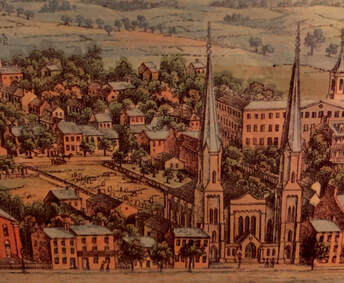 Evangelical Lutheran Church and Graveyard (c. 1854) Evangelical Lutheran Church and Graveyard (c. 1854) Catharine Garnhart Anna Catharine (Hummel) Markey Garnhart was born on April 16th, 1773 on the eve of the American Revolution. Her parents were immigrants including father John Hummel (1743-1781), whose mother brought him to America in 1749 from Wurttemberg, Germany, and twice-married Christiana Catharine (Grundler) Hummel Feaga (1747-1849), who emigrated to the New World (from Germany) in 1754. John Hummel would take part in the American Revolution and died in battle as a result. He served as a corporal in Capt. Jacob Baldy’s company of the 6th Battalion of Berks County (PA) militia commanded by Col. Joseph Hiester (this stated by Sons of the American Revolution records). Corp. Hummel’s grave is said to be located beneath the Frederick Evangelical Lutheran Church and cannot be seen or photographed. Anna, better known as “Catharine,” was a life-long resident of Frederick. Her mother, the fore-mentioned Christiana Grundler, immigrated to America as a young girl with her mother, father and four older sisters. During the passage, Christiana’s mother died and was buried at sea. After arriving in America, Christiana's father placed her with "adoptive" parents Friedrich and Catharina Wittmann, who needed the help of another child, and raised her in Frederick. These were (her future husband) Johann Hummel’s mother and step-father. Christiana was married for the first time in 1771 to husband Johann Hummel, a farmer, mill owner, and land investor. She gave birth to five Hummel children (including our subject “Catharine”) before losing her husband, Johann Hummel, in 1781. He was only 38 at the time. I couldn’t find the final resting place of this gentleman, but his namesake son, John Hummel (1777-1826) is buried in Mount Olivet’s Area NN. After struggling with Mr. Hummel's estate, Catharine’s mother married again in 1782. Her new spouse was a Hessian soldier and prisoner of war named Johann Philip Fiege (1750-1829). This former mercenary soldier came to America to fight under the British flag. He would be captured at the Battle of Yorktown and would be imprisoned in Frederick. Like many Hessian soldiers kept here in Frederick, they were loosely guarded at the aptly named barracks located a block from our cemetery’s front gate. 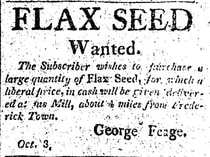 Political Intelligencer (Feb 6, 1819) Political Intelligencer (Feb 6, 1819) Upon war’s end, Philip Fiege and his comrades were welcomed wholeheartedly by Frederick’s German community, and decided to stay in this new country instead of going back to Germany where their leaders sold them out to Great Britain in most cases. Mr. Fiege had experience with mills in Germany, and soon made a successful business from the mill on Johann Hummel's property. He would eventually change the spelling of his name to Feaga and his sons would continue to prosper with the milling operation. In time, the hamlet where the family lived and work would take the family name of the former prisoner of war and principal landowner—Feagaville. This is located about four miles southwest of Frederick City on MD route 180. In this marriage, Christiana Feaga would have four more children. Philip Feaga died in 1829 and was originally buried in the Evangelical Lutheran Churchyard. He would be re-interred in Mount Olivet’s Area F/Lot 78 in 1860. Christiana died in January of 1849, and was moved here to Mount Olivet from Evangelical Lutheran as well. According to a great, great-grandson's family history, Christiana was a devout member of the Evangelical Lutheran Church and a financial supporter. She enjoyed good health and spoke English with a German accent while living to be over 101 years of age. Christiana outlived all but four of her nine children and remained financially independent throughout her 22 years as a widow. The young Catharine (Hummel) experienced the loss of her father at age eight, and the trials and tribulations of her mother’s life, but with the accompaniment of many siblings it appears. For a girl of her times, she would have been well-versed in cooking and home-keeping tasks, but it’s likely that her well-rounded mother taught her things such as writing, music and needlework. The latter being a given! Catharine married David Johann Markey (1771-1820) in 1796. They had three known children: Frederick Markey (1796-1827), David John Philip Markey (1809-1885) and Christina Catharine Markey, b. 1812 , about whom nothing is known as she likely died in infancy. David Markey worked as a wheelwright and served at least one term as Constable and was later Clerk of the Sheriff's office. Catharine’s husband, like her father, fought for independence against the British but in the second go-round with the War of 1812. Markey was one of the townspeople recruited by Capt. John Brengle and Rev. David Schaeffer on August 25th, 1814. He served in Brengle's company and is believed to have been engaged in the defense of Baltimore which helped win Francis Scott Key immortal fame thanks to a catchy song. David Markey died in 1820 and was originally buried in the All Saints’ Protestant Episcopal burying ground before being re-located to the Markey Family Lot in Area E/Lot 86 in 1868. The Markey family lived in Frederick Town and, in 1818, Catharine Markey is on record having bought what is now 218-220 N. Market Street from Jacob Gonzo. Following David Markey's death, Catharine would remarry. This gentleman was a widower with deep ties to neighboring Jefferson County, Virginia (at the time). His name was Henry Garnhart (b. 1754), and from what I could find was a tavern operator earlier in life before coming to Frederick. Sadly, Catharine would endure the loss of her adult son Frederick in 1827. Frederick Markey was formerly a partner on a blacksmithing/white-smithing business in town. He was married to Elizabeth Dill (1800-1866) and left three children.  Catherine Garnhart as head of household in 1840 US Census Catherine Garnhart as head of household in 1840 US Census Catharine’s second husband, Henry, would die the following year in 1828. He was buried in a small, family cemetery near Hall Town (today's WV), but would later be moved to Edge Hill Cemetery in nearby Charles Town (WV). I’m theorizing that our subject, Catharine, worked out her grief from both of these great losses by keeping busy with making her appliqués, once again defined as "ornamental needlework in which pieces of fabric are sewn onto a large piece of fabric to form pictures or patterns.” Catharine Garnhart still had her son David John Philip Markey at arm's reach, and "Jack" (as he was commonly called) was one to be extremely proud of. While still in his twenties, Catharine’s son perceived the need for a planing mill to produce window sashing, doors and moulding in the city. Trained as a carpenter and familiar with lumber milling thanks to his mother’s family, David John Philip "Jack" Markey partnered with John Hanshew to build and operate a highly successful planing mill at the northeast corner of North Bentz and West Second Street. Today this is the site of Calvary Methodist Church. The firm also acted as a building contractor with projects ranging from housing to the parsonage of the Evangelical Lutheran Church of Frederick where Markey also served terms as elder and alderman. He was a prominent citizen of the community, co-founder and board member of the Mutual Insurance Company of Frederick and city councilman, alderman and Tax Commissioner. The home residence of David J. P. Markey and family was built near the mill around 1839 at the southeast corner of North Bentz and West Third Street (134 W Third). His marriage of over 52 years to Susan Bentz produced eight children, including Frederick shoe merchant John Hanshew Markey (1835-1895), father of David John Markey (1882-1963) who would be responsible for forming Company A of the Maryland National Guard, and this unit’s original home, the Frederick Armory, located cata-corner from the site of the family planing mill. 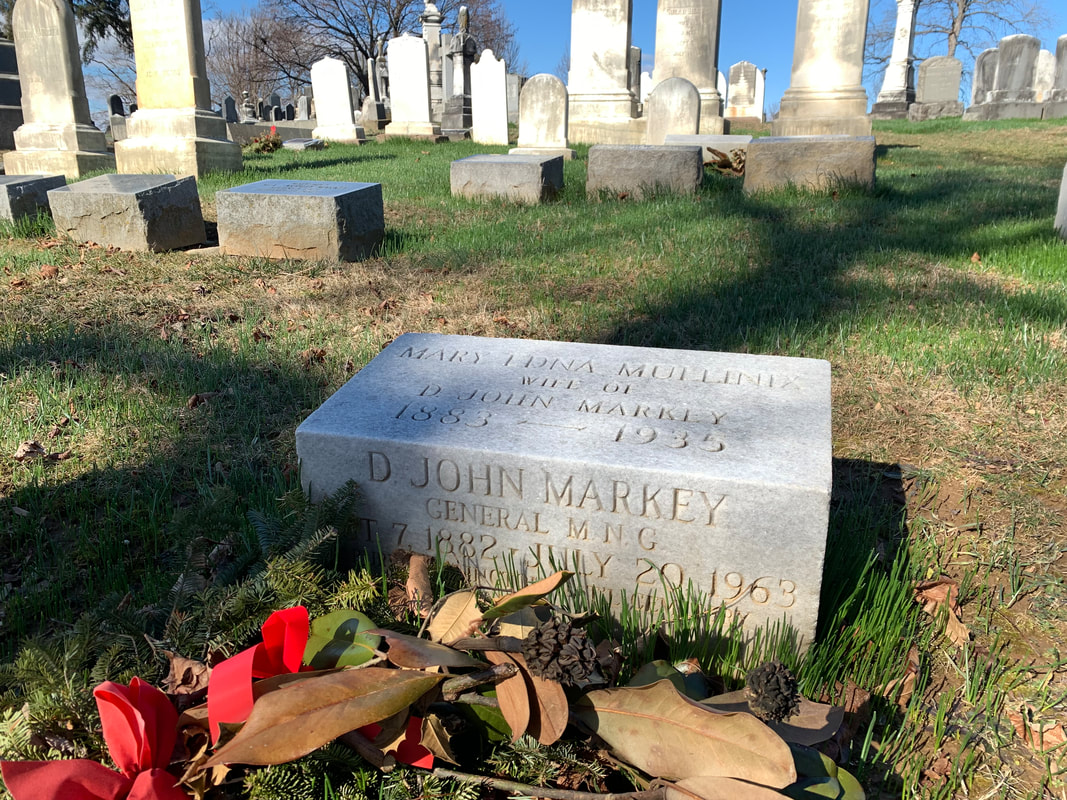 A memorial stone for David John Markey, great-grandson of Catharine Garnhart. This gentleman was quite impressive as he served as a politician, career Army officer, businessman, and college football coach. He served as a Major in the United States Army during the Spanish-American War, World War I and World War II. He was a candidate for United States Senator from Maryland in 1946. Although buried in Arlington National Cemetery, this memorial cenotaph can be found in the Markey family plot in Mount Olivet’s area E Anna Catharine (Hummel) Markey Garnhart was blessed with eleven grandchildren. She would make a quilt for each (including nine large quilts and three crib-size quilts which survive today). In addition to the previously mentioned John Hanshew Markey, most of these grandchildren are buried here in Mount Olivet. Out of David J. P. Markey’s eight children, all but one, Daniel Scholl Markey, are here. (D.S. Markey moved to San Francisco). 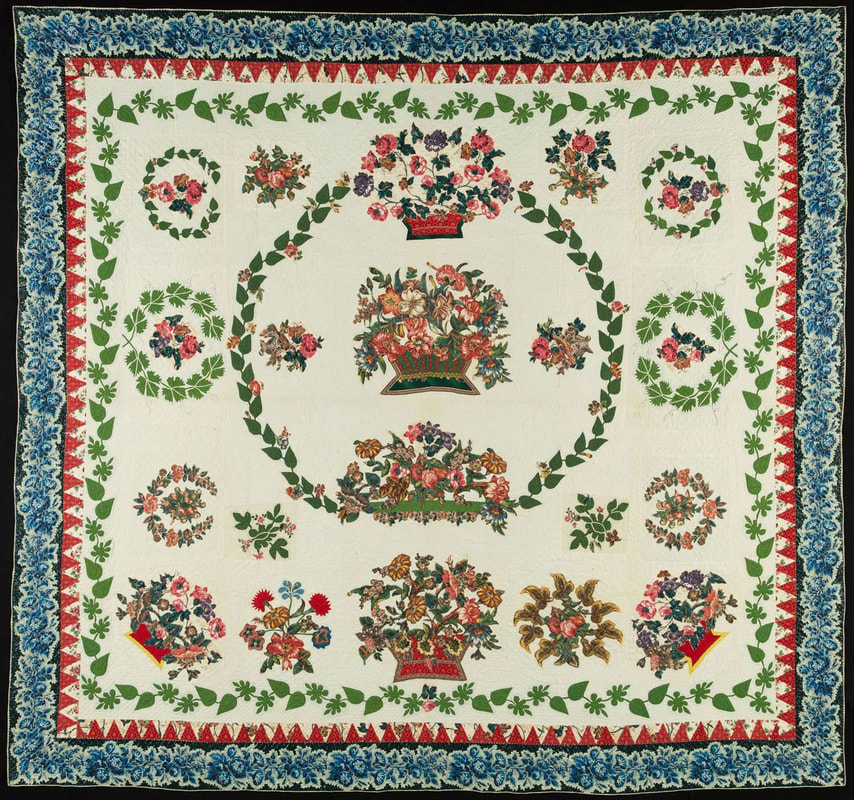 Appliquéd Chintzwork Quilt, by Catharine Garnhart. Two grandchildren’s quilts ended up in the same branch of the family, so it’s unclear whether this was made (ca. 1845) for Rebecca Markey or her sister Susan, both children of David Markey. Part of an exhibit in Colonial Williamsburg called "Art of the Quilter" in the Foster and Muriel McCarl Gallery (Gift of David and Linda Davidson) 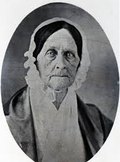 Barbara Fritchie (1766-1862) Barbara Fritchie (1766-1862) As for Catharine, she had died at the age of 86 on February 3rd, 1860. She would be spared the stress and strain of the American Civil War, having lived herself through the two wars for independence. It's also safe to assume that she knew Barbara Fritchie, ten years her senior, but I'm sure they were both "cut from the same cloth." These ladies have the same bonnet and beautiful smile as evidenced by the fortunate fact that we have surviving photographs of both women. (Note: I'm being very sarcastic about the smiles.) Two days after her death, the body of Anna Catharine (Hummel) Markey Garnhart would be the first to be buried in the Markey family lot in Area E. As already mentioned, first-husband David Markey, and son Frederick, would be removed from Evangelical Lutheran to be buried on each side of her. Decades later, David J. P. "Jack" Markey and wife Susan would be placed here, and their children (Catherine's grandchildren) Lucy Emma Russel Markey and David Jacob Markey. Other family members, and generations, would surely follow to more recent times. Anna Catharine (Hummel) Markey Garnhart was so much more than I could find recorded about her. In writing and researching this story, its not hard to see the similarities between a patchwork quilt, and a family tree. That's something that will stick with me, as will my memories of my own loving grandmothers, and their role in "enveloping" families with love, tradition, support and kindness. When done correctly, it's kind of like that warm and euphoric feeling you experience on a cold winter day or night, when you wrap yourself in the cocoon of a heavy blanket or duvet. All this hits home as my grandmother Haugh even knitted me an Afghan when I was a kid, and it continues to be a prized possession. How many of you have a quilt or homemade textile made by your grandmother or great-grandmother? I originally learned about this woman from my good friend Theresa Mathias Michel of Frederick’s Council Street. She showed me a picture of one of Catherine's quilts that she actually owned, and had told me of Mrs. Garnhart’s fame in quilting circles. I soon learned that a collection of her quilts is being displayed at the DAR headquarters in Washington as I relayed at the start of this "Story in Stone." While digging through online newspaper archives, I was pleased to discover an article showcasing Mrs. Garnhart’s quilting work in the Frederick News-Post in 1991. Mrs. Michel and her quilt were featured as the article promoted the fact that a special exhibit of Garnhart's quilts was occurring that summer at the DAR Museum in Washington, DC. I soon learned a bit more about Catharine's handiwork by consulting the internet, specifically the website and blog of Barbara Brackman, a quilter, quilt historian and author. I would soon learn that Ms. Brackman was not just an enthusiast, but one of the country’s leading authorities on the subject, not to mention being a “Hall of Famer.” She was inducted into the Quilters Hall of Fame of Marion, Indiana in 2001. 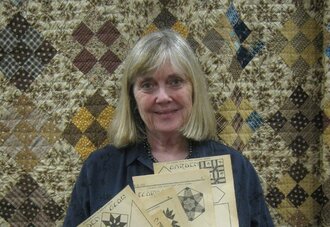 Barbara Brackman Barbara Brackman Barbara has written numerous books on quilting during the Civil War including: Facts & Fabrications: Unraveling the History of Quilts and Slavery, Barbara Brackman's Civil War Sampler, Barbara Brackman's Encyclopedia of Appliqué, America's Printed Fabrics 1770-1890, Civil War Women, Clues in the Calico, Emporia Rose Appliqué Quilts, Making History–Quilts & Fabric from 1890-1970, and Quilts from the Civil War, all published by C&T Publishing. Her Encyclopedia of Pieced Quilt Patterns contains more than 4000 pieced quilt patterns, derived from printed sources published between 1830 and 1970. In 2019, Barbara Brackman conducted a deep dive of research on our subject Catharine Garnhart. She wanted to see if the Frederick woman was truly an originator and innovator of designs which would be later copied and found around the country. Ms. Brackman theorized that the Garnhart group of quilts are products of Maryland's commercial quilt-making workshops, seeing these as a parallel style to the more abundant Baltimore album-style quilts. She had her doubts, thinking that Catherine Garnhart was just a customer who purchased similar quilts—a generous grandmother who could afford to buy some fashionable luxury gifts for her family. Brackman carefully studied existing specimens and conducted intensive detective work, publishing her findings in the six posts below: Barbara Brackman concludes: "Catharine Garnhart bought her family quilts, possibly as gifts for grandchildren, probably purchased in the Baltimore vicinity where a group of seamstresses were selling basted and/or finished blocks and quilts in the kind of workshop I was looking for in Frederick. This group of designers and seamstresses making the Garnhart group may predate the high-style Baltimore album group which dates from about 1845 to 1855, but it seems likely that the two types of quilts overlapped in the late 1840s." I can’t say I know much, or, honestly anything substantial, about the textile trade, but Ms. Brackman certainly does. Read the blogs for yourselves, and feel free to post your own theories and conclusions in the comments after the story. Regardless of the authenticity of Catharine Garnhart’s quilts and talents, the greater family of Ms. Garnhart is quite a tapestry itself, one which certainly typifies the quote featured at the outset of this article, especially the following three lines:
“You leave pieces with some and they leave their pieces with you. All the while each and every square makes up a part of what is you. Be okay with the squares people leave you.” Perhaps the following short story is certainly more suitable for early October instead of late February. I recently learned that October 1st is International Raccoon Appreciation Day. This find came simultaneously with an interesting and bizarre obituary I saw in a vintage newspaper while researching a completely different story. International Raccoon Appreciation Day (IRAD) is a day meant to celebrate all animals, specifically raccoons, that, while being an important part of their ecosystem, are misunderstood. Often these "bandit-looking" creatures are commonly associated with thefts from garbage cans and dumpsters, but moreso rabies. It's fair that most of us consider these woodland creatures as “pests” or “nuisance animals," like foxes, wolves and coyotes. The raccoon is a nocturnal mammal characterized by its bushy ringed tail. It is native to North America and can be found in many parts of the U.S., Canada, Mexico, and the northern part of South America. There are also raccoons in Germany, Russia, and Japan. IRAD was started in 2002 by a young girl in California. It was meant at first to show that some folks liked and respected raccoons, as evidenced by a plethora of raccoon items from stuffed animals to t-shirts. There are also some people who have misguidedly tried to keep raccoons as pets. As word spread of the young lady's campaign (mainly to the girl’s relatives in various world countries), the name was changed to International Raccoon Appreciation Day in 2003. The day also encourages people to protect the raccoon’s natural habitat. I have yet to see a raccoon here in Mount Olivet, but I would bet that we've had some of these visitors in the past as I've seen coyotes, foxes, deer, and even a bear. A few weeks ago I was drawn to the Mount Olivet gravesite of Henry Milo Warrenfeltz, born January 15th, 1864. He wasn't my prime search on that particular day as I found him solely by stumbling upon the obituary of his paternal grandmother while working on another story about quilting. I soon after sought out his grave in Mount Olivet's Area T, and found him a literal hop, skip, and a "shoot if you must this old grey head" from the final resting spot of Barbara Fritchie. Remember that I said "shoot" here as that plays a paramount role in our story. Henry would be my Mount Olivet connection to an interesting early immigrant family that descends from Switzerland. They have the prototypical story of Frederick County with early German and Swiss immigrants settling in the northern reaches. The apocryphal tale says that our mountainous terrain at the eastern edge of the Maryland Piedmont reminded these people of their former homes in Europe, thus inspiring them to clear forests for family farms. In this particular case, it is said that Johann Jacob Werenfels (1730-1807) came to America around 1749 from his native town of Basel. The surname would eventually be anglicized to Warrenfeltz in time, and it would become one of the well-known names of the area up to the present-day. This gentleman apparently acquired 999 acres of land between Wolfsville and Ellerton on the western foot of Catoctin Mountain, north of Myersville. In the late 1770s, he married Hannah Ann Hartman (1754-1818) and raised 11 children on his large farm. Johann Jacob is also said to have made buckskin breeches and gloves. His neighbor, Godfrey Lederman (later Leatherman), was a Revolutionary War veteran, and owned a like amount of property to the north of his, which was considered to be in Wolfsville. Three of Mr. Lederman's children would marry three of Mr. Warrenfeltz' children. 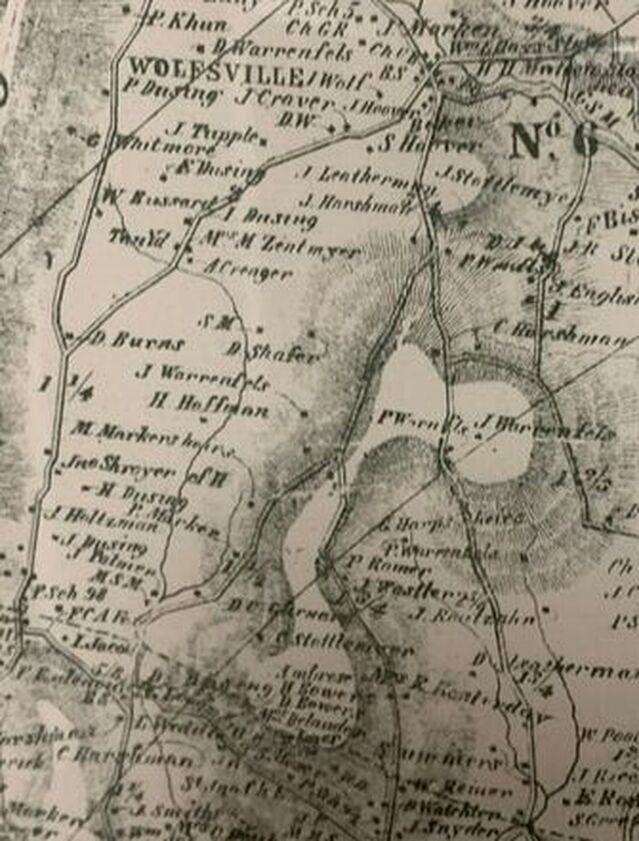 Close-up view of Wolfsville-Ellerton vicinity on this 1858 Isaac Bond Map showing Warrenfels family properties as labeled on map. The original property is to the center/right along the Harmony-Wolfsville Road and marked with heirs "P Warrenfels" and "J Warrenfels." Henry Milo Warrenfeltz grew up on the farm of his father, Daniel Warrenfeltz, which is located upper left and marked as "D. Warrenfels." One of these pairings would be Johann Jacob Warrenfeltz, Jr., born September 21st, 1785 and Mary Ann Lederman (1788-1879). The couple married in 1809 and built a nice stone house on a 30-acre parcel that "John" bought from his father-in-law. By 1828, the couple had ten children with one of these being Daniel Warrenfeltz (1814-1901), the father of Henry Milo Warrenfeltz —the gentleman who started our impromptu "roots quest" here, and buried in Mount Olivet within Area T. Henry Milo is somewhat of a "Burial Black Sheep" of the family in terms of resting place, as his parents and most of his siblings were interred in Wolfsville Reformed Cemetery. Here is where our story gets a little interesting in regard to "wildlife fun," just not so much for the aforementioned grandfather of Henry Milo Warrenfeltz —Johann "John" Jacob Warrenfeltz, Jr. We must slip back to the 1820s to tell the story of his unfortunate death. And yes, this is where this week's colorful story title comes in. The history of raccoon hunting in our time can be traced to Native Americans, who hunted them for food and pelts. The practice was adopted by European settlers, who introduced raccoon hunting dogs to the equation in Colonial times. George Washington was credited with owning some of the best raccoon hounds. Early dogs had trouble tracking the raccoons when they climbed trees, so breeders developed varieties that learned how to follow treed raccoons. In the mid-to-late 1800s, raccoons were hunted primarily for their pelts. A fair price for a pelt, half a century later in 1885, was 25 cents. 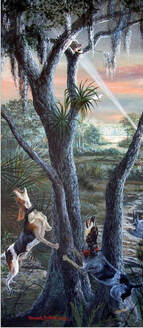 On the 9th of October, 1828, John and a few of his teenage sons (likely including Daniel aged 14) went on a night-time hunting excursion in the darkened woods by their home. Descendant Virginia Kuhn Draper wrote in her book The Smoke Still Rises (published in 1996) that this party was not the only one in the vicinity on this particular, moonlit evening. Apparently a neighbor, a Mr. Kline, had gone out in search of squirrels for his supper that night. It seems that Mr. Kline had instant success in bagging his prey and was on his way back home when his dog started to bark wildly ahead. When he caught up to his hunting companion, he found that his dog had "treed" a raccoon, as it had taken refuge in the top of a tall arboreal specimen. Mr. Kline discharged his firearm a few times with no luck of shooting the "interloper." Feeling he did not have the right ammunition, he quickly returned to his nearby home in hopes to return shortly and finish off the business at hand. Meanwhile, while Kline was on his way for greater firepower to fell the raccoon, John Warrenfeltz and his boys came on to the scene as their dogs "re-treed" the raccoon, who I am assuming was a little late in trying to make a great escape (after Kline stepped away for the moment). Mr. Warrenfeltz had been successful in killing the rogue animal on his first shot, however it was lodged between tree branches. John laid down his gun and proceeded to climb the tree in an effort to retrieve the masked-beast. Just then, Mr. Kline returned to the area with a silver bullet in his gun's chamber. Unfortunately, this is when a major breakdown in communication between all parties occurred. What a tragedy, and one that would later be recounted in newspapers throughout the country in 1879 upon the death of John's widow, Mary Ann, who would die on June 27th, 1879 at the age of 90. She had remarried in 1831, but would raise her children (including Henry Milo's father Daniel) into adulthood. Her obituary told the melancholy story of her first husband being mistaken for a raccoon, 61 years earlier. Although well known in the upper Middletown Valley, the former Mrs. Warrenfeltz would become "almost-famous" posthumously the country over as her obit (carrying this sensational story of her first husband's death) would be carried everywhere. I found newspapers presenting the disturbing last moments of life for John Warrenfeltz all over the country. I even found it published in German! As with many stories, it became a bit embellished along the way. Nonetheless, this sensational tale from Ellerton, MD made publications all over the country including the Westminster (MD) Democratic Advocate, the Baltimore Sun, the Philadelphia Times, Bridgeton (NJ) West Jersey Pioneer, Winnemucca (NV) Silver State, Ironton (MO) Iron County Register, Austin-Mower County (MN) Transcript, Superior (WI) Times, Decatur (IL) Daily Review, Sterling (IL) Gazette and the Jeffersonville (IN) National Democrat to name a few. As for the gravesite for John Warrenfeltz (aka Johann Jacob Warrenfels, Jr.), I could not find one. Jacob Holdcraft's Names in Stone didn't help me in this arena either. I hypothesize that he would have been buried with his parents in the Warrenfeltz Family Cemetery shown earlier, or in the Wolfsville Reformed Burying Ground. His gravestone was either lost to time, or never placed. He did leave Mary Ann, his wife, with multiple children and a large farm to run. She remarried soon after as I've stated. Williams' History of Frederick County states that John's son, Daniel, would become a prominent member of the community and Catoctin District. He would eventually purchase property from the heirs which included 130 acres of farm and timber land, and spent his life cultivating and improving it. He was also engaged in sawing out timber for buildings of all kinds. Daniel married Susan Ludy, daughter of another local and prominent farmer of the area, and had 13 children, raising 11 to maturity, Henry Milo being the second youngest. Daniel eventually operated a farm west of Wolfsville which can be found on the Bond Map of 1858, and again on the Titus Map of 1873. This is where Henry Milo Warrenfeltz spent his childhood. The boy would attend local area schools and had a successful professional career engaged in teaching, running a commercial business, and lastly, banking. He was also one of the incorporators of the Catoctin and Pen Mar Railway Company. He can be found in census records living as a boarder in Elder Hotel on East Main Street in Emmitsburg. Henry Milo married late in life a local woman named Daisy Ramsburg, and the couple lived in her family home (with a sister) at 12 East Third Street in Frederick. Henry Milo Warrenfeltz' life story is represented in his obituary of November 27th, 1943. His death made the front page of a Frederick News edition which included up to date information about the second World War raging in Europe and the South Pacific. However, there was absolutely no mention of his grandfather's untimely death. The great-grandson of the supposed "Ellerton (supposed) Raccoon" was laid to rest in Mount Olivet Area T/Lot 3. Henry's wife Daisy (Ramsburg) would join him here in March, 1954. One particular rabbit hole, or should I say "Raccoon Hole," that I explored with no luck was finding out where that nifty middle name of "Milo" came from. Although, I couldn't make this familial connection, I did make another to a stuffed animal that relates nicely to the wonderful world of raccoons. Along the way of research, I also found this interesting aside on the magical internet. The unsung heroes, or instigators in our story are the four-legged hunting companions of John Warrenfeltz and Mr. Kline. You could call them "coon dogs," a popular name for such well-trained beasts. Well, I learned that there exist a Coon Dog Memorial and its located in a special graveyard in Colbert County, Alabama. It's called the Key Underwood Coon Dog Memorial Graveyard. This is a specialized and restricted pet cemetery and memorial, reserved specifically for the burials of coon dogs. The cemetery was established by a man named Key Underwood on September 4th, 1937. Underwood buried his own dog there, choosing the spot, previously a popular hunting camp where "Troop" did 15 years of service. More than 300 dogs are buried here. With Black History Month here once again, I can't help but think about the research I was conducting seven years ago at this time with a special three-part story exploring the first people of color buried here within Mount Olivet Cemetery. This cemetery opened in 1854 and was segregated for its first century of operation. This was no different to Frederick having separate schools for black and white residents, and the same could be true for parks, restaurants and shops. Special entrances were employed for races at places of entertainment like our several theaters, while the Great Frederick Fair had restrooms and water fountains for white patrons and black patrons. It was a different time, and this history is not meant as a shaming lesson, but one of understanding and moving forward as we are all Fredericktonians, Frederick Countians, Marylanders, Americans, humans before we should start separating off into skin, hair or eye color and matters of faith, politics or what sports team or musical stylings one follows. The "Stories in Stone" blog was just months old in February 2017, as I had just started it in November 2016. As a matter of fact, I was still a new employee with Frederick's historic garden cemetery, having begun work as community relations and historic preservation manager in February 2016. I called (what I had thought would originally only be a two-part story) "Sidestepping the Color Barrier: The First Blacks Resident Buried in Mount Olivet Cemetery." This was not my first foray into this subject as I had developed, produced, researched, wrote, shot and edited a 5.5 hour documentary focusing on the Black history of Frederick County, Maryland back in 1996-97 when working for GS Communications' Cable Channel 10. To me, it was soon revealed that Frederick's African-American heritage is a tremendous and dynamic case study of "a border county within a border state." The award-winning video documentary explores the achievements and struggles of local Blacks since the inception of Frederick County in 1745 up through Emancipation in 1864 and the Civil Rights movement 100 years later. The magic of the program was certainly due to the incredible on-camera commentators who shared their research, experiences and stories. I was so lucky to have had so many great mentors and teachers for this, a truly humbling experience. 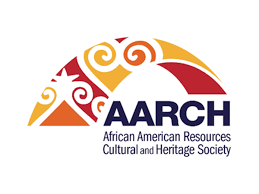 So, I had a pretty good contextual background to guide me going in search of the very first African-Americans buried here in Mount Olivet. As its been 30 years now since I first had the idea to produce that project with my very supportive employers (the Delaplaine and Randall families), I have put together an adult-learning class to act as a companion to the video. In that same manner, I have continued doing some new research as I truly watch in awe the fine work being done with the local AARCH (African American Resources Cultural and Heritage Society) Group and their work towards opening a research center and museum here in town. Since 2017 and my "Sidestepping" series, I have done a few other subjects connecting to our local Black History and have made connections to some interesting national figures and events. In the process I am putting together a Cemetery walking tour that will help tell a very interesting cultural story, of course employing various gravestones to represent the lives of subjects whose mortal remains lie below. Coming full circle, I began my "Up From the Meadows" documentary with a montage of gravestones in Black cemeteries throughout the county, and posed the question: "If these stones could tell the stories of those they represent." This would eventually become the premise for my blog here. Last September, I stumbled upon a discovery that changes one of the major claims of my 2017 "Sidestepping" article in which I claimed that the first Black individual buried here in Mount Olivet was a woman named Hester Houston in the year 1896. As I said back then, I had been familiar with this individual for roughly 25 years, all due to a book entitled The History of Carrollton Manor by William Jarboe Grove, onetime president and treasurer of the M. J. Grove Lime Company. The noted philanthropist grew up on Carrollton Manor and published his memoir laced history book in 1922. On page 48, Mr. Grove speaks of Hester Houston (whom he misnames Easter Houston) a slave once-owned by his aunt Margaret Lauretta Jarboe(1838-1900): “It was not unusual that some respected colored slave was buried beside her master. I will mention one, Easter Houston, who was owned by William Eagle, she was given to his daughter, Lauretta, the wife of Thomas R. Jarboe, who is buried by their side in Mt. Olivet Cemetery.” Anyway, there is more to the story, and you can read about it for yourself as I am including the links to the three-part story at the end of this blog. I feel that I may have found an individual and person of color who may have been buried 17 years earlier in 1879. With the approaching Frederick Fair at hand, I decided to write a like-themed story on one of the early Fair Board presidents buried here by the name of Edward Buckey (1797-1881). Edward was the man in charge during the Civil War period, one of only three times in which the Fair was canceled, the other two being times of health pandemics in 1918 and 2020. Born in Libertytown, Edward Buckey was the son of Peter Buckey (1775-1848) and Mary Salmon (1778-1864). His father was one of eight siblings born to Matthias Buckey and wife Mary (Hoffman). Two of these were John and George Buckey who would be responsible for helping to create the crossroads town south of Frederick that bears the family name-Buckeystown. John was a tavern-keeper and blacksmith and George was a tanner. Edward Buckey was a longtime farmer who never married. After settling his deceased mother's estate, his family farmstead was sold, and he moved in with his widowed sister, Mary (Buckey) Getzendanner and his three nieces in a townhouse located on Frederick's East Church Street. Mr. Buckey would pass on October 7th, 1881 at the age of 84. His body would be buried in the same burial plot containing his parents in Area F/Lot 33. In looking at our cemetery records, I became especially interested in this grave plot. Edward's father died in 1848, six years before the cemetery opened in May of 1854. He would be the 163rd interment as he would be reburied here in the "new" family plot in early June (1854). At this same time, Edward's sister was removed here as well, having died in 1841, the wife of Daniel Grove Smith. Mr. Smith would remarry first former wife's sister Eleanor. This woman is buried in this lot as well, dying in December, 1855. Edward would eventually lay his mother to rest beside her husband and two daughters in March of 1864, four months before the Battle of Monocacy. Jubal Early and his soldiers passed somewhat near the family farm located south of Butterfly Lane. There is one more person in this lot, and this was the most surprising find of all. She was a woman named Harriet Costly, who had died in 1879. I was familiar with this surname from my "Up From the Meadows" research and immediately recalled this name's association with the greater Libertytown and Mount Pleasant area. Our records state that she was 74 years old when she passed the day after Christmas, December 26th, 1879. Harriet would be buried here three days later. I immediately sought out her obituary without luck, but I already had a transcript of it written in our records but without a source. It reads as follows: "Harriet Costly, an old colored servant in the family of Mr. E. Buckey, East Church Street, died suddenly on Sunday morning last in the 74th year of her age. She was raised in Mr. Buckey's family and was held in high esteem by everyone who knew her as an honest and faithful servant. Her funeral took place Tuesday afternoon. The interment was made in Mr. Buckey's family lot in Mount Olivet Cemetery. Rev. Martin Spiddle officiating." I next went to find her in the census records, and low and behold, found her living with Edward Costly in the 1870 US Census. This was the residence on East Church Street, and the census offered that she was working as a domestic. Amazingly, I would later learn that the townhouse in which Harriet and Mr. Buckey lived (and died) was my home back from 1995 to 1998, the exact time I produced "Up From the Meadows." Perhaps I was channeling her energy? Sadly, I didn't get much further in my research, however, the discovery places her here in Mount Olivet before Hester Houston, making her the first person of African blood here that I know about. However, there is also that situation with another Harriet —that of Harriet Heckman. The downside to the story is that I couldn't find Harriet's gravestone. I searched the Buckey plot for it with no luck, and then had to actually look at the individual grave spots as they are mapped out by way of our cemetery lot card collection. Harriet again is verified as being buried here, but I was perplexed that there was not a gravestone. That's when I called in my volunteer preservation/repair experts, lovingly known as "the Fixers." They carefully excavated the site and found only a base buried beneath the ground's surface. Where was the dye, the upright part of the stone? All they could find was a partial piece of marble with no writing whatsoever. Is this the stone of Harriet Costly? More research needs to be done. Then again, maybe she was buried here "quietly," as well? Was there pushback of any sort after she was buried which would cause the stone to be taken down or hidden? Again, as is the case with Hester Houston, not a lot of fanfare or attention was brought to the burial here of these ladies as to cause "issues." It was a a time when this was "a whites only cemetery." The preservation team just used a piece of buried marble fragment found at the site to mark her grave for now. As I just stated, additional work needs to be done, and a tasteful monument or memorial to Harriet's memory is certainly in order. Perhaps by next February, 2025, I will find myself writing an addendum to this story with news of a marker for Harriet, and hopefully more information about her time among the living.
If you haven't read the 2017 three-part "Sidestepping a Color Barrier: The First Blacks Buried in Mount Olivet Cemetery" series, here are links.
Love is certainly in the air as Valentines Day is coming up once again. We’ve featured “Stories in Stones” in the past exploiting this romantic holiday theme. One of my favorites included a 2022 inventory of people named “Valentine” and entitled “Mount Olivet Valentines,” while another was about a "love quadrangle" in the early 20th century called “Maryland’s Prettiest Girl stars in Too Many Valentines.” So, I thought I’d try my hand again at playing up the Valentines Day theme. Now all I needed was a willing participant from our cemetery population of 41,000 to write about. I consulted my trusted assistant Marilyn Veek, and we sat down at our computer database and starting looking at names that have possible connections to Valentines Day and what it represents, not simply a vital date that includes February 14th. We began looking for names such as “Rose,” of which we have 16 individuals by that name here in Mount Olivet. Next, we searched “Flowers” in which we have two. This was followed by two strikeouts with "Candy" and "Chocolate." The late comedian John Candy proves that the former last name is indeed a real thing, while, low and behold, I learned that Chocolat is actually a surname that can be found in Argentina and the Congo according to the website: www.Forebears.io and is the 4,532,898th most common surname in the world. Nothing was truly captivating us, so we looked up the name "Heart." There were no entries of decedents having that name, however, we hit the motherlode by tweaking the spelling to “Hart.” Here is a rundown of those with “Hart” as a surname and the number of interments in Mount Olivet: I still wasn’t feeling it. I needed a name that conveyed the essence of Valentine’s Day—the unbridled “joy of love.” That’s when Marilyn suggested we look to see if we have anyone by the name of "Love" in our cemetery. We soon discovered four folks with the name of “Love,” and four others whose surname had the root of “Love.” These latter examples include: an infant Elizabeth Loveder (1834), Allene I. Lovelace (1908-1979), and Susan R. Loveless (1950-2001) and one more, which would be our overwhelming choice to research. Ladies and gentlemen, I’d like to introduce you to Sara C. Lovejoy—a sweet and sugary surname that says it all! I’m well aware of the term “killjoy,” and this is its polar opposite or antithesis. As for our proposed subject, I would quickly learn that she was a career educator who served as the Dean of Students for Hood College during the second half of the “Roaring 20s” up through her premature death in 1931. Sara C. Lovejoy Sara Cutts Lovejoy was born November 17th, 1874 in 1910 in Bradford, Essex County, Massachusetts. She was the daughter of Thomas H. Lovejoy (1833-1908) and wife Abigail F. Jenkins (1835-1890). Her father worked as an editor and Sara came from a family with deep roots going back to the Revolutionary War and early Massachusetts and Maine on her mother's side. She was named for her maternal grandmother. Sara experienced childhood in Haverhill, Massachusetts and grew up in a “learned” household, gaining a fine, early primary education. She attended college in Hadley, Massachusetts at Mount Holyoke, and would be a graduate of the Class of 1898. In the summer of 1900, Sara can be found living with an uncle and aunt (John and Caroline Andrews) in Newton City, Massachusetts. She had just performed two years of instructional teaching in Huntington, Long Island while earning her masters from Columbia University in New York City. Miss Lovejoy received her first administrative position at this time, which would call for a move to Kentucky. I found that the spelling of the school’s name was off in the first article I had found, as it should read the Sayre Institute in Lexington, Kentucky. This school was founded in 1854 by David Austin Sayre for the education of young women. Sayre believed that women deserved an “education of the widest range and highest order.” Originally named Transylvania Female Institute, the school was renamed in honor of Sayre in 1885. The school’s original curriculum included French, Latin, German language and literature, and vocal and instrumental music, which were typical courses of study for women in that era. But, true to Sayre’s educational philosophy, other classes offered by the school included algebra, geometry, trigonometry, geology, chemistry, astronomy, history, English literature, and philosophy. These courses were somewhat of a departure from the traditional female academies which primarily focused on music and languages. The institution still exists today and is known as the Sayre School. Sara C. Lovejoy served here until 1906, at which time she moved to State College, Pennsylvania to take the job as Director of the Household/Home Economics Department. While here at Pennsylvania State College (aka Penn State), she would be named Acting Dean of the school's Woman’s Department. In 1908, Miss Lovejoy was promoted to Dean of Women. I had my memory refreshed by reading about Home Economics and wondered, to myself, why this class isn’t taught today in public schools as was the case in my youth? I soon came across an article Sara had written for the February, 1912 edition of an agricultural journal published by the school and called The Penn State Farmer. I think I have a good handle on the job duties associated with a school principal, and also those of a collegiate president. I thought it would be good to revisit the job duties of a college dean, and in particular, a “Dean of Women.” I consulted Wikipedia and here is what I found: “The dean of women at a college or university in the United States is the dean with responsibility for student affairs for female students. In early years, the position was also known by other names, including preceptress, lady principal, and adviser of women. Deans of women were widespread in American institutions of higher education from the 1890s to the 1960s, sometimes paired with a "Dean of Men", and usually reporting directly to the president of the institution. In the later 20th century, however, most Dean of Women positions were merged into the position of dean of students. The Dean of Women position had its origins in the anxiety of the first generations of administrators of coeducational universities, who had themselves been educated in male-only schools, with the realities of coeducation. The earliest precursor was the position of matron, a woman charged with overseeing a female dormitory in the early years of coeducation in the 1870s and 1880s. As the number of women in higher education rose dramatically in the late 19th century, a more comprehensive administrative response was called for. The Deans of Women served both to maintain a protective separation between the male and female student populations and to ensure that the academic offerings for women and academic work done by women were kept at a sufficiently high standard. In the initial years, the responsibilities of the dean of women were not standardized, but in the early 20th century it quickly took on the trappings of a profession. The first professional conference of deans and advisers of women was held in 1903. In 1915, the first book dedicated to the profession was published, Lois Rosenberry's The Dean of Women. In 1916, the National Association of Deans of Women was formed at Teachers College. By 1925, there were at least 302 deans of women at American colleges and universities.” This background on the title speaks volumes, and demonstrates that Sara C. Lovejoy was not just one of many women to serve in this role within the educational profession, but was a pioneer and trailblazer. This woman destined to be the very first “Blazer” Dean to serve at our local Hood College helped shape and mold this position, and attended the National Association of Educators Conference in New York City in early July, 1916 where a special session was held for Deans of Women. I also found that Sara had attended the 13th Annual Convention of the Association of American Agricultural Colleges and Experiment Stations, held in Washington, DC in November of 1916. She was quite an ambassador for her employers. One more find of mine in conducting Google searches on Dean Lovejoy showed that our subject was a stickler for holding students to a high standard as she is quoted as saying that too many female students "show a lack of previous training that hinders their rapid progress." Sara C. Lovejoy is remembered on the Penn State campus by having a dorm, Lovejoy Hall, named in her honor. It provides on campus hous ing for graduate students. By 1919, Sara found herself in the position of Dean of Women at Lake Erie College in Painesville, Ohio. Over her five years here, she continued her shaping of young women’s minds and I found a clipping where she spoke on the benefits of recreation for females as exemplified by the Y.W.C.A. (Young Women’s Christian Association). Miss Lovejoy would make her way to Frederick, Maryland in 1924 as she would be appointed to the position of "Academic Dean" and "Dean of Women" for Hood College. She worked under Dr. Joseph Henry Apple, first president of the institution, and lived on the new campus which had only opened less than a decade earlier. In 1925, Sara would travel to Indianapolis to take part in the American Association University Women Conference bringing together some of the brightest women educators across the globe. She would go on to serve as president of Frederick’s local chapter of the AAUW from 1927-1929. To illustrate the experience and insight that Sara C. Lovejoy brought to Hood College, we can look at President Apple's yearly reports. Hood College archivist Mary Atwell shared with me a few pages from Dr. Apple's 1925 Annual Report on the College which shows that Dean Lovejoy was a force to be reckoned with, even in her first year on the job here in Frederick. The local newspapers are filled with mentions of Dean Lovejoy hosting school functions and events and presenting talks and lectures both here and abroad. She was certainly at the pinnacle of her career and had worked hard at her craft. However, I find it interesting that she never married or had children. An expert on teaching women how to properly conduct households, she would never quite be in that position herself. Instead, she worked in high-end academic positions. As this article is supposed to be about the “joy of love,” I presume that her career in education was the “love of her life,” without rival. In the summer of 1928, Miss Lovejoy spent the months abroad in Europe. She would return to Frederick and her duties in mid-September prior to the start of the fall semester but had to be hospitalized at Frederick City Hospital due to contraction of Typhoid Fever. She would make a recovery after a month’s hospitalization. By November, she would be performing her regular duties in earnest, including the hosting of the annual Thanksgiving banquet. In March of the following year, she traveled to Cleveland to participate in a Deans of Women conference. The 1930 US Census shows Sara C. Lovejoy living in Frederick on the Hood campus in a building once named Westview, which sat behind the President's original home. In the 1930 census, Dean Lovejoy is residing here with three other women teachers: Elizabeth Bower, Onita Prall and Grace Brane. The only building on the Hood College campus named for a faculty member is the Onica Prall Child Development Laboratory. This is the former Westview. Built in 1921 by the College’s workmen, it was a residence for the vice president, Charles Wehler. The building was renovated as a child development laboratory school after Miss Prall’s arrival at Hood and was further renovated in 1966. Miss Prall’s life was devoted to improving the quality of early childhood education and in 1971 the building was named in honor of her pioneering work. (Today this is shown on the current Hood map as Georgetown Hill Lab School). For the next few years, Dean Lovejoy continued with performing her regular duties until she became ill again in January, 1931 after her return from Christmas break. There would be no full recovery this time as Sara was suffering from cancer. Dr. Apple and Sara's co-workers sadly saw that this was a dire situation and began making succession plans. Dr. Apple's Annual Report of 1931 shows his concern. Sara Cutts Lovejoy succumbed to her illness six months later on July 22nd, 1931 in Baltimore. Her death certificate states that she died of apoplexy at the Kelly Clinic, a private hospital operated by noted physician Dr. Howard A. Kelly (1858-1943) at 1418 Eutaw Place in Baltimore. Dr. Kelly was one of the founding “Big 4” professors of Johns Hopkins University and is credited with establishing gynecology as a specialty by developing new surgical approaches to gynecological diseases and pathological research. Miss Lovejoy’s funeral service was held in our Key Chapel here at Mount Olivet with services conducted by Dr. Joseph Henry Apple, himself. Her body would be laid to rest in Area LL/Lot 132. A special memorial service for Dean Lovejoy would be held at Hood a few months later when school was back in session. This would be for the benefit of the students who had been on summer break at the time of her death. I found it interesting that Sara would be buried here in Frederick, a place she had only lived for barely seven years. Her half grave plot contains six spaces but only one other individual is buried here. This woman’s name is Elizabeth Bower, and she died in November of 1970. In looking a bit closer, I learned that Miss Bower had a very special relationship with Dean Lovejoy. At the very least, she was a teaching colleague, housemate, and “close friend.” She is even listed as such in Miss Lovejoy’s obituary. I also found that Elizabeth Bower would serve in the role of Sara C. Lovejoy’s Executrix, and it seems she assumed much of Miss Lovejoy’s estate including the grave plot here at Mount Olivet. Miss Elizabeth Bertha Bower was born on October 12th, 1883 in Mooresburg, Montour County, Pennsylvania. She was the daughter of a Union Civil War soldier and had attended Pennsylvania State College where she would receive her Bachelor of Sciences degree in 1909, and her Masters in 1912. She most definitely met Miss Lovejoy at the college while the latter was serving as Dean of Women. Elizabeth Bower was a professor of chemistry, and from what I’ve read, was called for by Miss Lovejoy to take a position at Hood in 1925. I went back and searched the ship log of the SS Minnekahda which sailed from London to New York in August of 1928. This was the ill-fated journey that would precede Sara’s bout with Typhoid fever. Low and behold, I found Miss Bower as Sara’s travel companion to Europe. Whatever the relationship these two women had, and considering neither married, I take heart in knowing that they were the closest things to Valentines for each other, and hopefully found joy in their close friendship on many "February 14ths" up to Dean Lovejoy’s last in early 1931. Miss Bower stayed in Hood College’s employ until her retirement in 1958. Miss Bower’s legacy lives on at the college through the Elizabeth B. Bower Prize, awarded annually to an outstanding student in chemistry. The prize was established in 1956 by the late Rebecca Ann Eversole Parker '55, who was inspired by Professor Bower to make chemistry her career. At the time of her untimely death, Rebecca was studying for her doctorate in chemistry at Oxford University. In 1962, the Eversole family endowed the prize as a memorial to Rebecca. Elizabeth Bower kept herself busy in retirement by traveling and taking part in various civic groups. She gave many presentations as historian for the local Daughters of the American Revolution chapter. Elizabeth Bertha Bowers died in November 1970, and at that time was placed in the gravesite next to her old friend Sara who had preceded her in death nearly forty years earlier. A woman by the name of Beatrice Malone of Lutherville, MD took care of Elizabeth's burial plans and was the Personal Representative for her estate. She was a student of Dean Lovejoy at Lake Erie College and again in the Hood class of 1926. She would become a supervisor for the Children's Aid Society of Maryland. Sara C. Lovejoy and Elizabeth Bower helped build the great tradition of Hood College, one that continues on. Think of them with both love and joy as you cherish loved ones, past and present, this coming Valentine’s Day. AUTHOR'S NOTE: Very special thanks to Mary Atwell, Archivist and Collections Department Librarian at Hood College, for her assistance with visuals and additional information for this story.
So, tell me one thing: ”Are you ready for the big day?” It’s early February, and I am in no way referring to the Super Bowl, or sport of football. There’s certainly no need for goalposts, however specific “goals” are critically important in what I’m referring to, while any and all connections to “post” is just plain paramount. I guess you could say, “It’s all about the delivery.” —theirs, not mine. February 4th is National Thank a Mail Carrier Day! It’s a time when “going postal” is actually a good thing, but please don’t get this event confused with National Postal Worker Day. The latter is observed every year on July 1st. Keeping track of all these newfound “national days” is quite confusing, I know. The folks in this profession brave the elements and work hard to get us our letters, packages, magazines and campaign mailers in a timely manner. Our nation’s letter carriers “serve with great fidelity” in the faithful execution of their work as public servants. The American Community Survey, in conjunction with the US Census Bureau, estimates that there are about 302,000 mail carriers currently working in the United States. The profession can thank the ratification of the United States Constitution in 1788 which gave Congress the power “To establish Post Offices and Post Roads” in Article I, Section 8. One year later, the Act of September 22nd, 1789, continued the Post Office and made the Postmaster General subject to the direction of the President. Four days later, President Washington appointed a gentleman named Samuel Osgood as the first Postmaster General (under the Constitution). At that time, almost four million residents would be served by 75 Post Offices and nearly 2,400 miles of post roads. Carved in stone over the entrance to the old New York City Post Office building on 8th Avenue, one can find the quote, “Neither snow nor rain nor heat nor gloom of night stays these couriers from the swift completion of their appointed rounds.” According to the United States Postal Service, the quote often mistaken as the US Post Office motto comes from “The Persian Wars” written by the ancient Greek historian Herodotus around 445 BC and refers to the Persian system of mounted postal couriers who “served with great fidelity” during the wars between the Greeks and Persians (500-449 BC). Frederick is no stranger to the postal service. In fact, the most famous postal professional of all-time visited Frederick in the spring of 1755. This was Benjamin Franklin who had been sent by the leaders of the Pennsylvania colony to assist British Gen. Edward Braddock in his expedition into the interior of the country to battle the French & Indians. Communication to and from the unsettled wilderness with the colonial capitals would be "a necessity" for Braddock and governors like ours in Horatio Sharpe and Virginia's Alexander Spotswood. 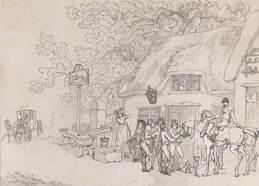 Franklin started as postmaster of Philadelphia in 1737, and eventually was elevated to serve as postmaster general of the Colonies. This would last until 1774, at which time the British authorities finally figured out that Ben Franklin was a revolutionary who could not be trusted. Not good to have a man of his stature wielding power of the principle communication delivery system of the day. Christina Martinkosky of Frederick City’s Planning Department wrote a fantastic article last April on the subject of Frederick's early post office and subsequent homes in the Frederick News-Post newspaper as part of her heralded “Preservation Matters” series. She wrote: “In the early years of Frederick, there was an absence of post offices and mail routes. Correspondences were deposited in public-houses and messages were transported to their intended destination through ad hoc methods. Benjamin Franklin was appointed the first postmaster general in 1775. By 1815, there was a daily mail service to Washington, DC, Baltimore, Hagerstown, and Wheeling. The mail was carried by hired riders in some cases, who, it has been said, frequently changed horses in Frederick as a major connection hub to other regional destinations. Stagecoaches then played a role as the earliest thru-roads and turnpikes came into existence." The town's inns and taverns were the first mail centers in places like Frederick and eventually surrounding towns. In 1825, the post office of Frederick was situated on North Market Street next to the town’s Market House. Today, this is the site of Brewer’s Alley restaurant. Fourteen years later, town diarist Jacob Engelbrecht made an interesting entry in his famous journal on January 4th, 1839: “Post Office—John Rigney Esquire the new Post master of this town, entered on his official station on Tuesday last 1 instant. The office is now kept in Bentz’s old house near the Market Street Bridge, opposite the residence of Mr. Rigney.” The Post Office would bounce around a bit, sometimes associated with established business sites, and at other times, private homes. The deciding factor in most cases resided with the Post Master himself as it had to be in close proximity to his regular workspace or home domicile. Nearly 20 years later in late March, 1858, Engelbrecht states that the Post Office of Postmaster J. J. Smith, Esquire moved from its home on West Patrick Street adjacent the City Hotel, to the house of Basil Norris on Court Street. Norris conducted a grocery store of sorts. The town Post Office would be back on West Patrick within 20 years as it is mentioned within the City Hotel in advertisements in the late 1870s. Ms. Martinkosky, in her article, adds: “By 1887, the post office was at the southwest corner of the intersection between Court and Church streets. This property, known as the Court Square Building, was originally constructed in 1782 as one of the fine homes that circled the original courthouse. The unique “top hat” dormers are likely an original feature. For many years the property served as headquarters for several long-lasting institutions, including the Central National Bank and Annapolis Bank. Sanborn Maps show that the western half of the building was used as a post office between 1887 and 1902.” In 1902, the Masonic Temple Association purchased the property at 22 W. Church St. and constructed an impressive four-story building. Between 1902 and 1917, the post office operated from the first floor. Frederick’s first post office, specifically constructed for that purpose, was located on the corner of East Patrick and North Carroll streets. The cornerstone was laid in 1917. The Greek Revival styled building was built of white brick and Indiana limestone. The former structure once stood where the current parking lot of the Downtown Frederick USPS Office is located. 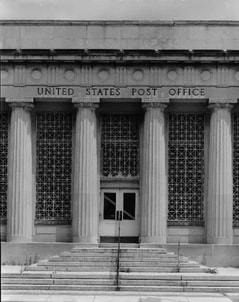 Parts of the old Frederick Post Office were thought to be re-used locally, but seemed to disappear. Some sections of the beautiful Doric columns of the old Post Office's front entrance were employed for a while as earlier window-dressing for the Carroll Creek Promenade. Many referred to these as "Tinkertoys" after the famed childhood building toy playset of yesteryear. The loss of the post office entails a very sordid and sad story. I will leave that for another day because I want to talk about a few of Frederick’s earliest mail carriers—also referred to as “letter carriers." A friend of mine, Caroline Eader, provided me with the following image of mail carriers and other postal staff in front of Frederick’s Post Office of June, 1914. This would be the site of the Post Office when it was located on West Church Street within the former Masonic Lodge, today the home of The Temple Cosmetology School. Caroline had a particular interest in the photograph because of an ancestor named Edward M. Eader. This gentleman is buried in Mount Olivet and is Caroline’s great grandfather. I trust my friend's family lineage because her mother, Edie Eader (1944-2022), was one of the best genealogists in the area for over 30 years. More importantly for Frederick, Mr. Eader was one of our town’s very first mail carriers. Edward was not alone as the picture attests. As a matter of fact, the four gentlemen to the right of the line (and likely dressed in light gray) within this old 1914 photograph were our mail delivery pioneers. This includes the following who served Frederick City: (Left to right) Edmund F. Moberly, James Edwin Duvall, Edward M. Eader and Charles Robertson. All four of these fellows are actually buried in Mount Olivet, along with other letter carriers that would subsequently take their place in delivering our city (and county's) mail up through the present day. In doing research for this story, I found that mail carriers of yesteryear, both city carriers and rural deliverers, were pseudo celebrities. Everyone knew these individuals, and they were usually associated with bringing joy in the form of vital communication, especially in those early days before widespread telephone use, television and radio broadcasting, and the email and texts of today that have been the postal service's biggest competitor in modern times. People anxiously awaited letters from loved ones, friends, personalized correspondence from businesses and government entities and magazines in the form of subscriptions. It was an endorphin rush to receive a letter in my youth. Now, not so much. Today, the mail carrier is tasked with delivery of bulk mail circulars, bills, and (to some) dreaded election campaign marketing pieces. With a high school senior in the household, I’m shocked to see the number of colleges that have sent parcels to my home. So back to the vintage photograph and our mail carriers. On September 18th, 1914, an article published in the Frederick News stated: “The Post Office Department invites your attention to the benefits to be derived from the use of private mail receptacles. Such receptacles in the form of a box or a slot in the door obviate the necessity of patrons responding to the carrier’s call at inconvenient moments, permit the safe delivery of mail at all times, and contribute materially to the efficiency of the service.” Mailboxes for both delivery and reception were quite helpful to resident and letter carrier alike. Many of our historic homes still boast original mail receptacles in the form of interior boxes and mail slots in front doors. Let's take a closer look at those four early mail carriers captured in the photograph. Edward M. Eader Edward Melancthon Eader is buried in Mount Olivet's Area L/Lot 189 not far from the rear of Key Memorial Chapel. He was born December 22nd, 1855. He was the son of Anna Mary Eader (1832-1876), however his biological father is said to be unknown. His mother remarried a man name Joseph Talbott and moved to Howard County without Edward from what I can tell. In 1860, he can be found living on the farm of a maternal uncle (Charles Ezra Eader) who would die at Gettysburg three years later during the American Civil War. In 1870, Edward would be living with his maternal grandparents here in Frederick. Edward M. Eader can be found living on East Street with his widowed grandmother in the 1880 census where his occupation is simply listed as a laborer. Edward married Fannie M. Heard (b. 1860) in late 1880 and the couple raised three sons: Roy, Harry and Lewis (Caroline's grandfather). Soon, he would be one of the three inaugural appointees for the job of "city-carrier" with Frederick’s Post Office. Mr. Eader would be chosen in February 1890 by Frederick's new Post Master, Harry Clay Keefer, and would serve faithfully for 31 years. I found only a couple of articles of note in local newspapers on Edward M. Eader, as most others mentioned him in connection with involvement in the Independent Hose Company and the Sons & Daughters of Liberty Organization. Edward would serve as State Councilor for the organization. Edward M. Eader spent most of his adult life living at 505 East Church Street extended. The 1930 census shows two grandchildren living with he and wife Fannie. He would pass three years later on September 17th, 1933. Great-grandaughter Caroline Eader supplied me with an image showing clippings pertaining to Edward's obituary and funeral announcement. Note that fellow letter-carriers served as pall-bearers. I found like articles in the local newspapers saying much the same. I was impressed that this made front page news. Mr. Eader would be laid to rest in Mount Olivet's Area L/Lot 189 as I mentioned earlier. I thought it would be interesting to search the cemetery for the other three "letter-carriers" in the vintage photograph taken on West Patrick street nearly 110 years ago. Following are their obituaries and gravestones. Edmund F. Moberly (1850-1935) James Edward Duvall (1839-1929) Charles Robertson (1852-1911) One of the most interesting finds along the way was this little article which appeared in the March 17th, 1915 edition of the Frederick Post. This led me to search further, and I would learn a great deal about Julia M. Shafer of Knoxville in the southwestern part of Frederick County. As the article states, Miss Shafer (b. Sept. 1885) was one of the first female rural mail carriers in the Eastern U.S. Being a rural mail carrier was regarded a rougher challenge than city-carrier based on the roads of the time, weather issues and wild animals occasionally making the job a bit more difficult. She unofficially began in this endeavor by assisting her father (Thomas K. Shafer) in 1896. The family lived off of Petersville Road, just southeast of the village of Burkittville and on the greater Needwood estate of the earlier Lee family. A feature article appeared in the Frederick News in December, 1911 stating she had been in the U.S. Service for eight years. Miss Julia May Shafer never married but served her employers with "great fidelity." She would retire after 30 years under the United States Postal Service, and it is said that she traveled over 234,000 miles in her goal of delivering mail to the masses. Another feature article appeared shortly after her retirement in January, 1934 and states that adding her work-based travel miles together would equate to circling the globe five times. It's an amazing feat regardless of sex, however her story is one for the ages. Julia M. Shafer died in January, 1961 at the age of 75. She is not buried here in Mount Olivet, however her mortal remains are reposing with her family in Burkittsville Union Cemetery. For well over 30 years, Miss Shafer would dutifully pass this burying ground, in the shadow of South Mountain, almost daily as part of her established rural postal route. I hope this article gave you a little more appreciation for our mail-carriers, both past and present. Even though National Thank a Mail Carrier Day (February 4th) falls on a Sunday this year, please give them a thank you on Monday if you see them — better yet, leave them a note or letter.
If I’ve said it once, I’ve said it a thousand times. The only downside to writing (and reading) this particular blog, is knowing that they all end the same—the main character dies. Such is the struggle for the “cemetery journalist” based on his available subjects. However, the fascination always lies in asking the basic two questions regarding the gravestones and monuments that comprise all burying grounds, big or small, and that is: “Who were these people?” and “How did they die?” A few weeks back, I wrote a story about an interesting, above-ground crypt in Mount Olivet called the Roelkey Vault, which contains multiple members of the family of John and son, Joseph Roelkey. One day when I was shooting photos of the Roelkey Vault, for that story, I took particular notice of a large monument I was standing next to. The family’s name of “Gilson” was new to me and I my curiosity was piqued by seeing the names of two decedents (and brothers) who had died in their early thirties. These included J. Emory Gilson (1866-1898) and Thomas J. Gilson (1882-1913). Below the latter, was the name of Thomas’ wife, one I had familiarity with thanks to producing a history documentary about the town of Thurmont years ago. I would find that Alice H. Osler (1883-1951) was the daughter of Van Buren Osler (1840-1901), a Union Civil War veteran, merchant, former president of the town commission and one of the founders of the town’s first bank in 1889, along with partner Samuel Birely. This institution would become known as the Thurmont Bank in 1901 (after Osler’s death) and was housed in one of the most iconic buildings in town up through this day. Another Union Civil War vet was on the other side of the gravestone I was positioned beside in Area R/Lot 57. This was the father of the two brothers (John Emory and Thomas). His name was Charles Albert Gilson, a native of near Emmitsburg. Born in 1840, this man was the son of Richard Gilson whom author T.J. Williams calls “a native of Frederick County, who was of Scotch-Irish extraction” in his History of Frederick County (Vol. II) published in 1910. Charles grew up on his father's farm located on Middle Creek just southeast of the town of Emmitsburg. The fabled history book goes on to say that Charles A. Gilson spent the early years of his life in the occupation of a farmer, but afterwards devoted himself to mercantile interests. "He was a member of the Union Army for four years during the Civil War, serving with much credit, and participating in many of the hard fought battles of that struggle. Charles was married February 27th, 1866, to Harriet E. Morrison, of Emmitsburg District, Frederick County." It appears that the family may have gone west to Iowa for a few years, but were back in Maryland for the 1870 census in the area of Emmitsburg. In 1877, Charles located to Frederick, and was engaged in the agricultural implement business. The couple had five daughters and three sons. The family lived on East Third Street in 1880 and relocated to West Church Street by decade’s end. Mr. Gilson passed in 1892 and was revered as a man who was highly respected in the community in which he lived. Interestingly, all three of his boys are also buried in this plot including Charles Albert Gilson, Jr. (1875-1950) who lived a considerably long life compared to his male siblings. Charles, Jr. spent most of his existence in the field of banking under the employ of the Farmers & Mechanics’ National Bank of Frederick. Charles, Jr. would assist his mother in burying his older brother John Emory on October 12th, 1912. Unfortunately, I failed in finding out more about this man and his exact cause of death because my historical newspaper subscriptions don’t currently include papers from the week he died (Oct 6-18th). All I know is that he had lived in Washington, DC at the time of his marriage to Louise Griffith in September of 1891. He was mentioned to have been ill and recuperating at the home of his mother at 73 South Market Street in September, 1898. To come full circle, we can wrap up with a known cause of death for Thomas Jones Gilson, husband of Alice Osler mentioned at the outset. After looking into this further, I can tell you with certainty that Thomas was unlucky, unfortunate, luckless because he found himself at the wrong place at the wrong time in December, 1913. That place was Elephant Butte, New Mexico. To backtrack a bit, Thomas was born on September 26th, 1883 and attended school here in Frederick. He was eight when his father died, and was raised into adulthood by his mother on South Street. He can found living with her in the 1900 US Census and working for a laundry. Thomas married Miss Osler in 1904, and worked as a salesman. In 1910, he can be found selling pianos and living in Quincy, Illinois, where they had their first child, Thomas. Soon after, Mr. Gilson took a job as an engineer with the United States Reclamation Service. He moved to Provo, Utah where he and Alice would welcome a second son in June, 1912 (Charles Osler Gilson).  The elephant's head is to the left. The elephant's head is to the left. In spring, 1913, Thomas would be assigned to a project in Sierra County, New Mexico. It involved building a dam near an ancient landform known to locals by its Mexican name of “El Elefante.” It’s a butte, an isolated hill with steep, often vertical sides and a small, relatively flat top. In the case of Elephant Butte, it has an elevation of 4,639 feet. To put things in perspective, the highest elevation of our very own Catoctin Mountain is 1,880 feet. If you look at its shape closely, it resembles an elephant that is sleeping on its side. The area around Elephant Butte is noted for its hot springs, and the first public bath in the area was built at John Cross Ranch over Geronimo Springs in the late 19th century. The hot springs are part of the Hot Springs Artesian Basin. Major settlement here began with the construction of Elephant Butte Dam and its reservoir starting in 1912. The dam was completed in 1916, but our subject would not live to see it. This engineering accomplishment was a part of the Rio Grande Project, an early large-scale irrigation effort authorized under the Newlands Reclamation Act of 1902. I’ve found several photographs and articles regarding the Elephant Butte reservoir project, including pieces in national magazines like Scientific American and several overseas periodicals. One of the most common images used is the following which depicts a 20 ton “dinkey” railway engine swung across a canyon over the Rio Grande River. This method of cableways would be used to transport many thousands of tons of machinery and materials for the dam project. In 1916, the nearest town to Elephant Butte was incorporated as Hot Springs. It became the Sierra County seat in 1937. By the late 1930s, Hot Springs was filled with 40 different natural-hot-spring spas — one per every 75 residents at the time — though primarily catering to visitors. An interesting aside includes the city willingly changing its name from Hot Springs due to confusion with other places titled “Hot Springs” around the country. In March 1950, Ralph Edwards, the host of the popular NBC Radio quiz show Truth or Consequences, announced that he would air the program on its 10th anniversary from the first town that renamed itself after the show. This is when Hot Springs, New Mexico officially changed its name to Truth or Consequences on March 31st, 1950. The program was broadcast from this city the following evening and Edwards visited the town during the first weekend of May for the next 50 years. This event became known as Fiesta and eventually included a beauty contest, a parade, and a stage show. Today, Elephant Butte is the centerpiece of Elephant Butte Lake State Park, and has served as an island since the completion of the dam and surrounding water reservoir. When the Gilson family arrived here in 1913, it is assumed they were provided housing by the federal government. Old photographs show small settlements in the vicinity of Elephant Butte for the workers. Oddly, Mr. Gilson would receive a debilitating injury that would lead eventually to his death weeks later. Interestingly, this would not be an “on the job” accident, rather one that just occurred while on the way back home one day. Although friends and family back home were sent a telegram about the initial incident, Thomas Gilson was thought to be on the mend according to his wife’s correspondence. Just days after Christmas, the Frederick community would learn of his death at age 30. Although, the exact cause of death is not stated, it must have been some sort of infection, or consequence, of his head suffering the blunt force trauma of the wood. I theorize that the sawmill where Mr. Gilson stopped was heavily used for producing boards for concrete forming for the dam project. The local newspapers carried subsequent stories of Gilson’s body being shipped back home to Frederick for burial, culminating with his funeral on January 6th, 1914 in Mount Olivet. His mortal remains would join that of his older brother John Emory, and his parents—his mother having died in 1908. Alice would return to Provo and remarry a man named Charles Karney. Her son Charles Osler Gilson would die in 1918 of appendicitis at the age of six. The family would relocate to Olympia, Washington. She would live until 1951, at which time her body would be brought back to Maryland for reburial next to her first husband in Mount Olivet. While it may not matter to many people, learning who this man was, and how and where he died has been very enlightening to me. From here onward, every time I pass his gravestone sitting high, I will have the image of that incredible butte resembling an elephant in my brain as that is likely among the last images that he would have before passing.
Last week, the Frederick, Maryland area experienced multiple winter storms. We hadn’t seen a significant snow since March, 2022, and this was quite an event with a Monday night-Tuesday snowfall of about 4 inches, and a like amount on Friday. Now in no way does this compare to the Blizzard of January, 2016, or “Snowmageddon,” a double-shot of massive precipitation endured back in early February of 2010 when we received nearly three feet of snow. Of course, in my lifetime there were other memorable snowstorms I can recall harkening back to 1996, 1983 and 1979. However, these recent storms of early 2024 were quite manageable, reminding us again of the beauty of snow, especially when resting in the comfort of one’s own home. With the recent snow, I took the opportunity to venture out of my office last Wednesday to capture some of the sights and scenes within our historic, snow-blanketed, garden cemetery. The trek did not disappoint, but my hands did get quite cold as the gloves I had were not conducive to smartphone photography. I constantly found myself having to take them off on such a frigid day. Regardless, here is some of my handiwork: One photo, or shall I say gravestone, particularly resonated with me for more than simple visual appeal. This was due to the family surname. This was the burial space of a Civil War veteran with an old German name of Frederick that originally was spelled “Sturm,” but was changed to “Storm.” Both words can be defined as “a violent disturbance of the atmosphere with strong winds and usually rain, thunder, lightning, or snow.” Interestingly, we had just received the latter, and I had to smile when seeing multiple stones in Mount Olivet’s Area A/Lot 65 with this surname. The scene of this particular gravestone was made more stunning due to a small flag placed recently for Veterans Day, and a wreath on “Wreaths Across America” Day back on December 16th. This is the grave of John Peter Leonard Storm, born April 19th, 1838 in Frederick and died July 3rd, 1896. It’s safe to say this gentleman’s birth and death days had likely no snow in the forecast, but a storm consisting of rain, wind, thunder and lightning is certainly not out of the question. Speaking of “storms,” we currently have 38 Mount Olivet “residents” with the surname of Storm, and four others with the pluralized version— Storms. Our records show that John P. L. Storm was a carpenter by trade and later worked as a bank cashier. He married the widow Louisa (Fardwell) Kirwin on January 23rd, 1866 (a day that possibly had snow about). They had one known child, Harrie Edward Winfield Storm (1866-1939). John P. L. Storm served with the Union Army during the American Civil War and participated in the ranks of Companies E and G within Maryland’s Seventh Regiment. Our cemetery records show him taking part in the Battle of Five Forks, southwest of Petersburg, Virginia. This was one of the last battles of the war, taking place on April 1st, 1865. He and his regiment would be on hand at Appomattox Court House eight days later for Gen. Lee's surrender of his Confederate Army to Gen. Grant. Storm's military record appears on a memorial page within our Mount Olivet vets.com website in the section published last Veterans Day (2023) featuring Mount Olivet Union soldiers of the American Civil War. John P. L. Storm returned home from war and stayed active in civic and local affairs. He was particularly revered in Frederick’s local Masonic Dual Grand Lodge. He died one day shy of Independence Day, July 3rd, 1896, having been ill quite some time, and his obituary was printed in the local Frederick News that same day. I am already quite familiar with John P. L. Storm’s grandfather, John Peter Storm. Better known as Peter Storm, this gentleman is buried to the left of John P. L. and also has a snow-covered grave adorned by a flag and wreath, and appears in our MountOlivetVets.com site as well. Peter Storm was a veteran of the War of 1812 and held the rank of corporal in the 3rd Regiment of the Maryland militia under George W. Ent from August 24th –September 30th, 1814. Peter Storm was born January 21st, 1787 in Frederick to parents Jacob and Julianna Storm and was one of six children. His father was a participant of the American Revolution as a wagoner in Captain Jonathan Morris’ Company of the 7th Maryland Regiment. Peter Storm advertised his services as a coppersmith in the local newspaper of the early 1800s and eventually became a tavern-keeper. He married Mary Magdelena Haller on January 13th, 1807. Rev. David F. Schaeffer, who would also play an interesting role locally in the 1812 conflict, presided over the matrimony ceremony. The couple went on to have three known children: Peter Leonard Storm (1807-1875), Mary Ann Elizabeth (Storm) Cromwell (1811-1852), and Lydia Ann Rebecca (Storm) Dadisman (1812-1832). Peter Storm died on April 28th, 1821 at the age of 34. His mortal remains were originally buried in Frederick’s Lutheran graveyard, but moved here to the Storm family plot in Mount Olivet, likely in 1862 when his wife died, or earlier when the lot was purchased in 1855. I found a reference to Mary Magdelena (Haller) Storm operating the family’s tavern on Market Street (likely South Market) as late as 1825 in Jacob Engelbrecht’s diary. She lived out her life on South Market Street, and I found her in the 1850 census living in a house next door to her son (Peter Leonard Storm). Back in 2014, the cemetery placed a special marker on Peter Storm’s gravesite speaking to his military involvement during the War of 1812. This was during the 1812 Bicentennial commemoration, as we did the same for the other 1812 veterans buried here in Mount Olivet. Peter and Magdalena’s son, Peter Leonard Storm (b. November 12th, 1807), is buried directly behind his father. He worked as a bank clerk for the Central Bank of Frederick and, in 1861, would be promoted to the position of cashier. He would enjoy quite a career in the banking field. In personal life, Peter Leonard Storm would be married two times. With first wife, Henrietta Riehl, he was father to John Peter Leonard Storm, whose gravestone started this Story in Stone “Storm Storm” in the first place for me. Peter Leonard is also the man who purchased the family lot here in Area A, and would bury both parents here. It would also be the final resting place for both his wives, the aforementioned Henrietta (1812-1844), and second wife Isabella Burrows (1821-1879). Henrietta, like father-in-law “Peter” Storm, was originally buried in the Evangelical Lutheran graveyard, but we have records showing she was moved to Mount Olivet in 1855. Peter Leonard Storm remarried in 1848 and was known to have lived at today’s 403 South Market Street. He had five children with Henrietta, also known as Harriet, and four children with Isabella. It’s the first-born child of Peter Leonard and Isabella that really ties our story together, but more on that in a moment. Peter Leonard Storm would pass in October, 1875. He is buried between wife #1, and wife #2. We started our story with John Peter Leonard Storm, and I just made reference to a stepbrother who should have been my original inspiration for this snow-laden story. However, he is buried a good distance away in Mount Olivet’s Area Q, just south of what we call Founder’s Garden atop Cemetery Hill. On the southern slope of downtown Frederick’s highest landform, you will find the grave of Luther W. Storm and wife Alice. Although a simple middle initial exists on the tombstone, it gives me great pleasure to tell you this gentleman’s middle name—Winter. That’s right, the eldest son of Peter Leonard and Henrietta Storm was Luther Winter Storm, born August 4th, 1849. I can guarantee that this occupant of Area Q’s Lot 13 was not given his name in a driving snow storm in August. The secret likely lies with his mother’s Burrows family, but that’s enough “name game” for one day. Luther married Alice Olivia Rice and went on to have four sons holding respectable names of Charles, Frank, William and George. Peter was successfully sidestepped. Luther Winter Storm can be found in the occupation of cigar maker in the 1880 US Census and living on South Market Street. Luther Winter Storm would eventually become a bookkeeper for a tobacco firm and relocated to Lancaster, Pennsylvania where he lived on North Shippen Street. He would die in Lancaster on September 23rd, 1912, and his body would be brought back home to Frederick for burial. When looking at all the Storms buried in Mount Olivet, I was pleased to find one with an even more magical name than “Winter Storm.” This would be the daughter-in-law of our initial subject, John Peter Leonard Storm. On June 2nd, 1892, John P. L. Storm’s only son Harrie (and yes, that’s the correct spelling) would get married in Jefferson County, West Virginia. The ceremony was presided over by a Rev. Feel. On this momentous occasion, Harrie’s blushing bride, the former Fairy Belle Daniels, became Fairy Belle Storm. She was the daughter of farmer Dennis Monroe Daniels and wife Mary Ann (Sperry)Daniels of Bakerton, West Virginia near Harpers Ferry. Fairy Belle was born on April 28th, 1871 and died at Frederick Memorial Hospital on April 12th, 1954. The couple had four sons, and also avoided the name Peter: Frank, Charles, Sperry, and Edward. I read that this family would occupy the old homestead at 403 South Market. Sperry Storm was a noted music teacher in town, and Edward was a lawyer who would serve as a Maryland State Senator in the mid 20th century. Ironically, I had to do a double-take of the pictures I took on Wednesday in which I found that my final photo taken was that of beautiful plantings found on the north corner of Area GG. In the background were the graves of Sperry L. Storm and former senator Edward D. Storm, grandsons of John P. L. Storm. Almost sounds like we should have the following customized inscription on a gravestone:
“Here lies in Mount Olivet steadfast, a family with a quite Stormy Past." Happy Quitters Day and Weekend! In the “Christmas season” of holidays, Three Kings’ Day/Little Christmas on January 6th is not the official end. No sir, “Quitter’s Day” is celebrated on the second Friday of every year as the day when most people are most likely to abandon their New Year’s resolutions. That’s right, after suffering through one weekend, why let a second one go to waste. Live it up! Last week, in part 1 of our “Story in Stone” focused on the early Roelkey family of Frederick, I endeavored on working toward my personal New Year’s resolution of writing/publishing a story on these German immigrants, something that I have been wanting to do for about seven years now. I centered on the unique family vault built into a hill and located in Mount Olivet’s Area R. This structure was built by John Roelkey, Jr., born October 16th, 1823 as Johann Christian Heinrich Roelke, Jr. in Oedelsheim, on the Weser River, in Germany. This week, we are traveling about 75 yards to the northeast of the Roelkey Vault to Area F/Lots 21-23. Once here, we find the gravesite of John’s parents and a few other relatives, including a family member who traded in her maiden name for a very similar new married surname, and a descendant who not only documented her own genealogy, but is responsible for helping countless others do the same—including adding greatly to Mount Olivet’s historical records and database. Christian Roelkey The bodies of Johann Christian Heinrich Roelke (1793-1861) and his second wife, Maria Christena Dreyer occupy Area F’s Lot 22. Last week, I shared the fact that the original Roelke name has been spelled a variety of ways including Rolicke, and Rölke with an umlaut. Along the way, it was anglicized by several family members to Roelkey. The name has been pronounced here locally in a variety of ways, particularly as “Rell-key” and “Rull-key.” Regardless of spelling and pronunciation, this surname crudely translates from its Germanic origin to “Glory for the Wolf.” Let’s talk about John Roelke (Roelkey), Sr., better known as Christian Roelke, more in depth in part II of this story. The patriarch of my focus on this family in Mount Olivet is not interred within the Roelkey Vault, but rather in Area F. Born February 9th, 1793 to Johann Conrad Rolke and Elizabeth Niemeyer, Christian immigrated to America in 1837 with his second wife (the former Christina Dreyer) and eight children, eventually settling in Frederick. Williams’ History of Frederick County (1910) states the voyage from Bremen (Germany) to Baltimore was made in rapid manner taking just 21 days. A family history on Ancestry.com shows documents that this occurred aboard the ship Elise, under a Capt. John Koch. Once here in America, and Frederick, the family first engaged in weaving carpets and woolen goods, but eventually took up huckstering farm goods. Apparently, this was the family trade back in their native Hesse-Cassel. Christian and Maria Roelkey's children included: 1.) William , a marble maker turned cabinet maker and later a tobacconist in Frederick; 2.) Augustus, coffee merchant in Baltimore; 3.) Peter; 4.) Harmon, enlisted at age 18 for the Mexican War and in 1849 went to seek gold in California, where he married and would reside in Sacramento; 5.) Chrissie (1812-1888), married a baker by the name of Henry Koester and buried in Area H/Lot 315; 6.) Caroline Sophia (1827-1904) aka "Lena," married Frederick Soelke; 7.) Eliza (1822-1887), married a machinist named David Haller and buried in Area A/Lot 36); 8.) and the aforementioned John (1823-1897), who worked at the Eagle Iron Works of Calvin Page before becoming a prominent farmer whose former plantation can be found near the intersection of US 15 and Biggs Ford Road north of Frederick. Christian and Maria and family appear in the 1860 census living on the south side of West South Street and west of Mantz Alley (now known as Ice Street/Broadway Street). This would place them just west of the site of a new, large condo complex (being built at the site of the former location of Rollin’s Funeral Home). The address of the Roelkey home is today’s 126 West South Street, and was purchased by Christian in 1854. In the Williams’ Frederick Business Directory of 1859/60, Mr. Roelke is listed as a “carter,” defined as a driver of a horse-drawn vehicle used for transporting and selling goods like produce. This line of work would also label Christian as a professional hauler and also a huckster. Speaking of this, Frederick diarist Jacob Engelbrecht made a few entries (in the 1850s) mentioning the making of “sauer kraut” from cabbage he had bought from Christian Rolke (sp). In 1856, Engelbrecht notes Roelkey’s involvement in hauling dirt and sand for the municipality to fill and fix city streets. Unfortunately, a change in profession for Christian Roelkey would be a contributing factor to an early grave. I take you to the turbulent year of 1861.This was the year following the hotly contested election of 1860 in which Abraham Lincoln became president. Although there were many factors, the election and subsequent inauguration of Lincoln helped ignite the American Civil War as Fredericktonians would soon hear news of the firing upon, and capture, of Fort Sumter in Charleston, South Carolina’s harbor in April of 1861 by Confederate forces. Residents then watched Southern states secede from the Union, including next door neighbor Virginia. President Lincoln could not allow Maryland to follow suit, thus surrounding Washington, D.C., as there existed strong sympathy and support throughout the state, especially in Southern Maryland, the Eastern Shore, and Baltimore which would come under martial law following the Pratt Street Riot of that same April. Two weeks after the Confederate capture of Fort Sumter, South Carolina, Maryland Gov. Thomas H. Hicks called the General Assembly into special session here in Frederick, a strongly Unionist city to debate secession. The state capital, Annapolis, was seething with resentment over the recent Federal occupation of that city. Both the Senate and the House of Delegates began the session on April 26th, 1861, in the former Frederick County Courthouse which had been built in 1875. The next day, the senators and delegates moved to Kemp Hall, a larger meeting space that belonged to the German Reformed Church. Only a block away, Kemp Hall is positioned on the southeast corner of Church and Market streets and the building served as the capitol of Maryland during the spring and summer of 1861. Apparently some local Rebels didn’t take to kindly to the move of state government, and decided to send a poignant message. Court House Fire—This Morning between one & two o’clock (a.m.) the Court House in this City was certainly set on fire & burnt nearly out, except the lower part where the court, lawyers & jury usually sat—the whole, or nearly of the roof was on fire when first discovered & being such an unusual hour of the morning when nearly everybody was fast asleep. The Sheriff’s office & the Collector’s office were in the east and west wings & all their books and papers were saved. But in the Grand Jury room upstairs were many old papers of not much value were destroyed—there was insurance in the Frederick Mutual Office for $5,000. Jacob Engelbrecht, May 8th, 1861 It has always been surmised that this deed was done by Confederate sympathizers to send a message to not only the townspeople, but also the governor, legislators and entire state. Plans were made to build a new county courthouse while the legislature continued to meet at Kemp Hall throughout the summer. As early as June 20th, 1861, under Lincoln’s suspension of the writ of habeas corpus, Federal troops began arresting suspected pro-secession legislators like Delegate Ross Winans of Baltimore, who was stopped on his way home from the session here. He, like several other lawmakers, was confined briefly under Lincoln’s orders. Finally, lacking a quorum—primarily because of the arrest of so many secession-leaning senators and delegates—the General Assembly adjourned in September without ever considering a secession bill. In early August, the Baltimore firm of S. H. & J. F. Adams won the bid for building a new courthouse. Demolition work was begun by mid-month and the courthouse would be completed just over two years later in October, 1863 when it again hosted the Frederick County Court. Christain Roelkey would play a part in the new courthouse, but would not live to see its completion, dying on November 10th, 1861. Our cemetery records include a footnote from the sexton’s records of the former German Reformed Burying Ground where Mr. Roelkey was originally buried. These records state that Christian Roelkey “died from a wound received while digging a well for the new courthouse.” This find led me to the old newspapers of town and the pages of the Frederick Examiner of October 30th, 1861. I could not find Mr. Roelkey’s obituary in the paper, but he suffered from that injury for nearly two weeks before succumbing to death at the age of 68. If only he just would have stuck to selling cabbages. Christian Roelkey was buried in the German Reformed Graveyard on the northwest corner of West Second and North Bentz streets—today’s Memorial Park. Maria would join him here upon her death in August, 1871, but both bodies would be re-interred to Mount Olivet on November 12th, 1873. That fall of 1861 was a bad one for the extended Roelkey family, especially for Christian and Maria’s daughter Caroline Sophia Amelia Roelkey (b. January 27th, 1827), better known as “Lena.” Miss Roelkey would likely confuse some, and impress others, when she married in 1847. I have to admit that her grave monument had the same effect on me, standing only a few yards east of her parents in the general vicinity of Mount Olivet’s only other above ground crypt belonging to James Whitehill and family. Lena’s husband’s name was Frederick William Soelkey, and now she held the moniker of Lena Roelkey Soelkey. Mr. Soelkey was born on December 5th, 1818 and his last name appears in early records as Zoelkey and Zulkey. “Fred” also was a native of Germany, born in Habichthorst in 1818 and could be found living in Martinsburg (WV) with wife Lena and listed as a carpenter in the 1850 US Census. Frederick Soelkey applied for naturalization in 1852, which means he was here in America for at least five years up to that time, as 1847 was also the year of his marriage. He would be fully naturalized in 1855. In October of 1861, the couple lived with their five children in Frederick at what is now numbered 140 West South Street, not far from Lena’s parents at 126 West South. Just as Christian Roelkey would not know his unpleasant fate at the beginning of October, 1861, neither would his son-in-law Frederick Soelkey. His imminent death would come from an equally unfortunate on-the-job accident. This would not occur in Frederick, but at a place called Elysville on the Patapsco River in Howard County. The 42-year old was working on a railroad bridge at the small hamlet north of Ellicott City. Frederick’s body would be brought back home to Frederick and he was buried in Mount Olivet on October 5th, the day after his accident. In the weeks to follow, administrator announcements could be found in local papers, as well as an interesting article in December, 1861 noting that there were insurance payoffs in both men’s deaths. Lena Soelkey and her children eventually moved to Baltimore on April 1st, 1867. She rented out her Frederick home and is said to have used the monies as support for her children. Lena Soelkey would continue to live in Baltimore until her death in 1904 at which point she would be brought back to Frederick and was buried next to her husband. A fine, large monument would cover their grave. Over the years, their children’s names would be added to the stone as they too would be buried here. As I spent time in these Roelkey and Soelkey adjoining family lots in Area F on the southern slope of a hill once known as Cemetery Hill and Pumphouse Hill to past generations, I couldn’t help but notice the small grave marker of a studious lady I am quite familiar with and even had the opportunity to work with on a few occasions a few decades ago. Margaret Myers was more than a genealogist, she was a “genealogist’s genealogist.” Frederick County historical repositories have much of her past work in their collections, and we at Mount Olivet owe her a huge debt of gratitude for vetting and updating our interment records as she worked diligently to do so. She worked very closely to my boss, Superintendent J. Ronald Pearcey. When Margaret passed, the cemetery received her old desktop/personal computer, containing tens of thousands of names of past residents and their family connections. The above-mentioned Roelkeys and Soelkeys were very familiar to Margaret’s watchful eye as these were direct relatives. Christian Roelkey was Margaret’s great-great grandfather. Margaret died in 2009 and is buried about five yards away from Christian, and the same distance from her parents Edwin Irvin Myers (1896-1979) and Julia Susannah (Roelkey) Myers (1895-1977). Julia Myers was a daughter of Elroy Livingston Roelkey (1858-1929) and wife Genevra Lucetta (Zimmerman) Roelkey (1864-1929). Elroy was the son of John Christian Roelkey, Jr., last wekk’s “Story in Stone” prime subject and the man who built the Roelkey Vault—youngest son of Christian Roelkey, this week’s prime subject. Now that I’m finished with this story, I feel quite perplexed. On one hand, I completed my resolution by writing a two-part “Story in Stone” on this interesting Roelkey family. However, I can’t go any further with it, which some may perceive as “quitting.” I promise that this is certainly not the case as I will commit my resolve to the research, writing and publishing of many more of these “Stories in Stone” featuring families and decedents laid to rest in Frederick’s historic garden cemetery of Mount Olivet.
If anything else, I have helped "gain glory and fame" for the wolf with modern day readers. New Year's resolutions have been shared, and bantered around, all week—a natural occurrence for the start of the year. Just as the Christmastime holiday season brings its own set of traditions to each and every one of us, so does early January boasting a clean slate for us to act on things we’d like to change, or enhance, about ourselves. Some commit to a goal of “living life to its fullest,” which may incur things like travel or new hobbies. The spirit of this post-holiday period annually shows a rise in gym memberships, healthier foods jumping off grocery store shelves at a fast rate, folks downloading self-organization apps (while “old-schoolers” buy the latest edition of day planners), a dip in cigarette sales, and spirited attempts to keep disparaging comments and criticisms about others to one’s self. “Carpe diem!” as the Roman poet Horace wrote in 23 BC. However, while many of us “seize the day,” week, or perhaps the entire month of January, a recent yahoo.com study found that 91% of Americans ultimately fail at sustaining their New Year’s resolution goals. Now, I’m not going to sit here and gloat or criticize, as there are plenty of resolutions that could be chosen to better my current well-being. Instead, I want to guarantee a 100% compliance with this year’s goal, perhaps do my part of upping that “resolution success rate” for this current year’s yahoo survey, if you will. I have chosen my said resolution from a work-related “Story in Stone” perspective. For the last ten years, I’ve wanted to learn more (and publish a story) about a family with a name that comes from Old High German and roughly translates to “fame and glory for the wolf.” If your Deutsch and history skills are extraordinary, then you certainly know I’m talking about the Roelke (later Roelkey) family. In Mount Olivet, we currently have 102 individuals interred with the name Roelke, and 41 more with Roelkey. I plan on showing my commitment to this noble resolution with a two-part story! My “Cryptic” Goal For many years, I’ve been curious about a rare, funerary structure on Mount Olivet’s Area R/Lot 96. This started when I began leading cemetery tour groups to this feature back in 2013. It’s known as the Roelkey Vault, and I have visited often both day and night. Of course, it’s certainly more memorable under the cloak of darkness, as I have shone countless lanterns and flashlights through its stylish, iron gates. This was while I was “moonlighting” with Ron Angleberger’s famed Maryland Ghost Tours business while I was working for the Tourism Council of Frederick County. I’ve seen no actual apparitions in the form of humans here, or wolves for that manner. Instead, I have marveled at the architecture employed, and the ideology of family crypts like this one. And so have our many visitors. Surprisingly, we have only two “above-ground crypts” of this nature on our spacious grounds, the other being that of the Whitehill family in nearby Area F. I wrote about the Whitehills and their eternal home back in October of 2020. In that particular story I made mention of the Roelkey Vault, only 75 yards to the southwest and located along a short driveway. It is constructed into a hillside in the same manner bank barns utilize the natural environment. The archway over the tomb announces that this is the vault of John & Joseph E. Roelkey. Within, are the bodies of 11 family members occupying nine of twelve designated spaces. These units were designed in the form of full-length compartments to accommodate a casket, and also feature an end panel displaying the decedent’s name and vital dates. If you look closely at each panel, you can see two rings which were used to hold the endpiece during opening and closing. The casket (or urn) of each passing Roelkey family member was placed within a respective compartment, and this occurred over a century from 1863-1976. I can at least date the Roelkey Vault to the early 1860s, as I’m still trying to find info on its initial construction. John Roelkey, Jr. was born October 16th, 1823 as Johann Christian Heinrich Roelke, Jr. in Oedelsheim, on the Weser River, in Germany. His parents were Johann Christian Heinrich Roelke (1793-1861) and his second wife, Maria Christena Dreyer. The original Roelke name has also been spelled Rolicke. We will talk about John, Sr., better known as Christian Roelke, more in depth in part II of this story as he is not interred in the Roelkey Vault, but rather in Area F. What I will say here is that he immigrated to America in 1827 with his wife and eight children, eventually settling in Frederick. The family were first engaged in weaving carpets and woolen goods, but eventually took up huckstering farm goods. Christian Roelkey bought a property fronting 123 feet on the north side of west South St in 1854 from Peter Mantz, executor of Peter Mantz Sr. Today that property is 119-133 W. South St. Son John, as his executor, sold part of the property in 1864 and the remainder in 1868. John Roelkey bought a property fronting 124 feet on the north side of W. South St in 1855 from Peter Mantz, executor of Peter Mantz Sr. Today that property is 143-153 W. South Street. He sold part of the property in 1857, part in 1861 and the remainder in 1867. I’m assuming that he was living in this vicinity when the 1860 Census was taken. As he was listed as a laborer in 1850, the 1860 Census recorder has him as a plow (plough) maker. The Williams’ Frederick Directory of that year places him at the Eagle Foundry here in town. Operated by Calvin Page, this operation was located a short distance away. I theorize that this was the time that the cemetery property was purchased by the Roelkey family in Area R (Lot 96). With Mr. Roelkey's expertise and talent in working metal, I strongly feel that he designed and crafted the metal gates on the front of his vault at the Eagle Foundry. John Roelkey eventually gave up this latter vocation in order to devote full time to farming. I did find that his name adorned a plow model that he created while at the foundry. Either way, he now would be using those plows in his new profession, one that an old Frederick history book deemed to prove to be very successful. John was married twice like his father. His first wife, Julia Ann Metcalfe (January 13, 1821-January 18, 1848), was the daughter of Thomas M. and Mary (Hiteshew) Metcalfe. She died young as can be discerned by her birth and death dates. The couple had no children together. John would remarry ten months later on October 10th, 1848. His new bride was Susanna Rebecca Allbright (b. October 5th, 1825), the daughter of Carl “Charles” Philip and Elizabeth Matilda Rebecca (Measall) Allbright. As a side note, Mr. Allbright (1794-1863) was the first body interred within the Roelkey family vault in 1863, with Mrs. Allbright (1809-1887) in 1887. Susanna’s brother, William Harmon Allbright (1820-1882) is here as well, actually in the same compartment as his father. John and Susanna Roelkey went on to have eight children (five reaching adulthood). They were twins Alumina Roelkey (1850-1851) and Clementina Roelkey (1850-1851, infant son Roelkey (1851), Fanny Drusilla (Ramsburg) (1852-1922), Charles Christian Allbright Roelkey (1855-1902), Elroy Livingston Roelkey (1858-1929) (husband of Genevra Jenny Lucetta Zimmerman), Celeste Manzetta “Sadie” Roelkey (1862-1946 ) never married, and Joseph Edward Roelkey (1865-1931). With an expanding family, John Roelkey bought 110 acres north of Frederick in 1865 to farm. This location was situated between Richfield, the former home of Gov. Thomas Johnson, Jr., and Biggs Ford Road, as this is between today’s US 15 and the Monocacy River. An existing house had been built @1851 by former owner John W. Birely (1816-1896). Mr. Roelkey’s heirs would sell this farmstead in 1897. John and his brother, Edward Roelkey, bought a 228-acre farm on Opossumtown Pike in 1878 from Anna Mary Kunkel. Edward would later sell his portion to John and eventually it too would be sold by heirs in 1898. This farm was part of Tuscany, shown on the Bond map (previously owned by the Kunkel family). Today it is part of the Clover Hill developments. The old newspapers of town regularly mentions John Roelkey, Jr., usually in conjunction with farming. He was also appointed a road and turnpike supervisor as well. I was surprised to find that he also made the paper on a few occasions for wrongdoings done him, accidents, mishaps and fires too. One of the highlights of John Roelkey’s life must have been a trip to Europe he took in 1872. Going back to his native Germany was quite an adventure, and the Frederick Daily News mentioned his departure from town and arrival back. Of particular interest, however, was a mishap experienced along the way. John Roelkey died on November 30th, 1897 at Harmony Grove north of Frederick City at the age of 74. Susanna died the following April and her body would be reunited with that of her husband here in the Roelkey Vault. I said earlier that the archway over the Roelkey Vault prominently displays the names of John & Joseph E. Roelkey. That brings us to a more in depth look at Joseph Edward Roelkey, John and Susanna’s youngest child. He was born May 10th, 1865, just weeks after Gen. Robert E. Lee’s surrender to Gen. U. S. Grant at Appomattox Court House, Virginia, thus ending the American Civil War. Joseph Roelkey bought a two-acre parcel known as "the Rail Road Station property" at Harmony Grove in 1891 and sold it in 1908. Of course, this was just south of the previously mentioned Richfields plantation and had the tracks of the Frederick & Pennsylvania Rail line going through. One can still see the location of the one-time station from US 15 on the east side of the road where Worman's Mill Road terminates. A small shelter exists, most recently utilized in conjunction with the Walkersville Southern tourist excursion train. In addition to being the property at which John Roelkey later died, Joseph Roelkey apparently operated a grain elevator there, based on this article from the News of February 8th, 1894. Joseph Edward Roelkey married Margaret Worman (b. December 17th, 1866) on July 29th, 1891 in Baltimore. She was literally “the girl next door” and connected to the adjoining Worman farm property to Joseph’s Harmony Grove farm. Of course, many are familiar with this as the one-time site of the Worman Mill, and today’s residential community north of MD route 26. Margaret’s parents were Henry Clay and Margaret (Cochran) Worman. Joseph farmed here for a short time before moving to Taneytown in Carroll County. There he became a merchant operating his own store located on the town square. Around 1915, he moved his immediate family to California, possibly prompted by his uncle Harmon Roelkey who had gone west during the famed “Gold Rush,” and stayed. Once here in the vicinity of San Francisco, Joseph Roelkey is said to have promoted, sold and built farm silos. This vocation was a relatively new field for that area of the country. I'm assuming the silo business was not what Joseph Roelkey had hoped because I found that he had "changed gears" professionally by 1917 and was selling automobile parts in San Jose, California. He was the proprietor of the Broadway Auto Equipment Company located at 73 N. First Street. Although not listed as living with them in the 1920 census, Joseph and Margaret Roelkey had one daughter, Roberta Celeste Roelkey (b. January 8th 1894). More on her in a minute as she, too, can be found within Mount Olivet's Roelkey Vault. I searched a few California newspapers for more on Joseph and Margaret but didn't glean much. I found an article about a dinner party with friends from back home in Maryland, and also a mysterious article which could point to Joseph (mistyped as James) involved in the hotel business and a trade for a wine ranch, but I didn't have time to explore further. This "scandal" could be connected with another article in which I saw Margaret Roelkey's name attached as a defendant in a suit. Joseph Roelkey would remain in the Golden State until his death on September 30th, 1931 in Los Angeles at the age of 66. His body was brought back to Frederick and interred in the family vault on October 6th, 1931. Margaret Roelkey outlived her husband by 27 years, dying in Los Angeles on January 12th, 1958. She was likely living with her daughter at this time. In between the deaths of Joseph and wife Margaret, the Roelkey Vault was the scene of another Roelkey interment. This was Joseph’s sister, Celeste Manzetta “Sadie” Roelkey. Born in 1862, Celeste never married and died here in Frederick in 1946. Although given her aunt’s moniker for a middle name, Roberta Celeste Roelkey surely has an interesting story all of her own. I found an advertisement in a California paper that showed her as a singer for a musical act performing at a hotel. Of greater interest, Roberta was married four times, something not uncommon, especially as she spent a good amount of time living in Los Angeles. Roberta’s first husband, Chauncey Ames Bergh was a Wisconsin native who graduated from the University of Southern California and became a lawyer. I found more than a few clippings of their "surprise" wedding in early 1916 when the bride was 22 years old. I soon found another article explaining the alleged demise of said first wedding. I was able to find a few photographs of Chauncey A. Bergh but none of the other Roelkey family members in the vault in our cemetery. Hopefully a family member reads this and contacts me one day with some so I can add to the story. Mr. Bergh went on to marry three additional times and is buried in one of the most famous cemeteries of them all. His mortal remains repose in Forest Lawn Memorial Garden in Glendale, California with the likes of legendary stars of stage and screen like Humphrey Bogart, Lauren Bacall, Clark Gable, W. C. Fields, Nat "King" Cole and Michael Jackson. Back to Roberta, she next married Alfred Simmons and then a man named Edwin H. Kastings (May, 1889-January 25th, 1937). Roberta eventually made her way back to Frederick and married a local product in widower William “Billie” M. Hampe (July 3rd, 1876-March 29th, 1962). Interestingly, Mr. Hampe’s first wife, Ida S. Hampe is buried with her husband (William) in one of the compartments in the Roelkey Vault. This is the only one of Roberta’s husbands in our crypt on Area R/Lot 96. I had hoped to learn more about this woman, especially about her life and times in Los Angeles in the early days of the motion picture industry. Did she attend big parties and experience the high life? Roberta would live out her life on the east coast in Sarasota, FL, finally passing on September 26th, 1976. She would be the 11th, and final, individual to be placed in the Roelkey Vault, and is in the company of Francis Scott Key, Barbara Fritchie, and only about 20 yards from the grave of Robert Downing, one of the top stage actors of the late 19th century. The Roelkey Vault received a new roof from our cemetery staff about a decade ago. This was quite a project, but necessary as the ceiling was in a state of caving in. This spring, we plan to give the crypt feature a nice cleaning as it is vine covered and filled with leaves and a few errant beer cans. I presume the wolves were thirsty as well as “worthy of glory” as their surname implies. Power washing the exterior will make a big difference. A nice dose of D2 solution should clean the marble compartment panels nicely, and the gates may just get a new coat of paint. Best of all, a large urn sits within the vault and has been long overdue for being placed atop the vault once again. It’s been in here for years for safe-keeping. We are lucky to have such a structure in our beautiful garden cemetery. Next week, join me for Part II as we travel roughly 75 yards to Mount Olivet’s Area F to meet a few more Roelkeys and yet another variation on the original name.
New Year’s Day and I’m actually working at the cemetery. It is a Monday and all, but our Mount Olivet staff is fortunate to have this as an official day off. Hey, I’m not complaining at all, as I truly love my job, and my co-workers to boot. While the workplace setting is open 365 days/year for family visitation and tourist exploration, today is one of a handful of weekdays in which the administrative office is quiet—or dare I say the four-letter word you think I may utter sarcastically? I won’t but it both starts and ends with a “d.” Speaking of which, I became engrossed in thinking of the cemetery’s early history on holidays such as this. This led me to search to see if anyone was ever buried here on New Year’s Day. Knowing that it had to have happened many times over, I reduced my quest to see if the happenstance occurred on Mount Olivet’s first New Year’s Day in 1855, having been officially opened seven months earlier in late May, 1854. Our aged, and very first, cemetery interment book contains a few entries pertaining to two young females buried on January 1st, 1855. These included two daughters of Frederick residents Elkanah Bateman and wife Sarah (Rice) Bateman. The children in question were named Mary Emma ("Mollie") and Alberta. I soon discovered that both sisters are buried beneath a very unique, grave monument called a “cradle grave.” This is not the only design of its kind here in Mount Olivet as we possess several “cradle graves.” These were also known as bedsteads because they mimicked the design of grand beds of the day—complete with marble pieces crafted to resemble a headboard, footboard and side rails. (NOTE: Please read our earlier “Story in Stone” on “cradle graves,” originally published in October of 2020.) The girls’ gravesites are found within Sarah Bateman’s Rice family plot located in Area B/Lot 112. Other members of Sarah’s greater Rice family are buried here beside the two girls mentioned above, and a third sister, Ada Bateman, who lived to be 46 years of age. Elkanah and Sarah, along with Ada, each have their names etched upon a large monument representing the various other nuclear families in the plot. These three family members also have individual footstones simply marked with the decedent's initials: “E.B.,” “S.B.,” and “A.B.” Now with my initial query of a burial on New Years’ answered, my curiosity was piqued as to the question of cemetery business being conducted on a holiday, or so I presumed. Further inspection in the newspapers of the time period showed that “New Year’s Day” was not officially treated as a special work-related holiday per se, like it is today with many bank, business, school and government closures. Time for a bit of history of the day, courtesy of our friends at Wikipedia, which states: “In the Gregorian calendar, New Year's Day is the first day of the calendar year occurring on first day of January. Most solar calendars (like the Gregorian and Julian) begin the year regularly at or near the northern winter solstice, while other cultures and religions that observe a lunisolar or lunar calendar celebrate their Lunar New Year at less fixed points relative to the solar year. In pre-Christian Rome under the Julian calendar, the day was dedicated to Janus, god of gateways and beginnings, for whom January is also named. From Roman times until the middle of the 18th century, the new year was celebrated at various stages and in various parts of Christian Europe on December 25th, March 1st, March 25th and on the movable feast of Easter. In the present day, with most countries now using the Gregorian calendar as their civil calendar, January 1st (according to Gregorian calendar) is among the most celebrated public holidays in the world, often observed with fireworks at the stroke of midnight following New Year's Eve as the new year starts in each time zone. Other global New Year's Day traditions include making New Year's resolutions and calling one's friends and family.[1]The first of January represents the fresh start of a new year after a period of remembrance of the passing year, including on radio, television, and in newspapers, which starts in early December in countries around the world. Publications have year-end articles that review the changes during the previous year. In some cases, publications may set their entire year's work alight in the hope that the smoke emitted from the flame brings new life to the company. There are also articles on planned or expected changes in the coming year.” Many readers are aware that this day is traditionally a religious feast, but since the 1900s it has also become an occasion to celebrate the night of December 31st as New Year's Eve. As a matter of fact, New Year’s Eve, with its parties, public celebrations (often involving fireworks shows) and other traditions focused on the impending arrival of midnight and the new year, has somewhat eclipsed New Year’s Day in attention, if not, popularity in many cultures like ours in the western world. Watchnight services are observed by many, at least those that can stay up until midnight, but to those living in the days when candles and gaslights provided the primary illumination for residents, staying up for hours “after dark” was difficult to do. What was the purpose, other than reading by the fireplace or bed stand candle? Without electricity and all the innovative devices for information and entertainment that would come into existence over the next century, sitting in a chair staring at a grandfather clock or pocket watch was a pretty dull way to spend a night—especially if you had to work in the morning. One early New Year's event that was going on during this period was a grand ball held by the local Chippewa Tribe of the United Order of Red Men. Going back to our story of the Bateman family, I searched the newspapers of the 1850s in Frederick. I saw some interesting happenings on New Year’s Eve and Day, however it generally seemed that January 1st was “business as usual” kind of day. I did see some townspeople that wanted to stray from this notion, and it would all come in good time as they say. Now, let me get you in the mindset of New Year’s Eve (December 31/1854) and New Year’s Day (January 1st) 1855. As a matter of fact, it was a two-day period devoid of “polar bear plunges” and college football “bowl” parades and games. There was no ornate “ball dropping” at midnight in New York City’s Times Square, as that event was first organized by Adolph Ochs, owner of The New York Times newspaper. The legendary “ball drop” was first held on December 31st, 1904 to welcome 1905 as a successor to a series of New Year's Eve fireworks displays held at the New York Times building (hence the name Times Square) to promote its status as the new headquarters of the newspaper. The drop at Times Square has been a center of attention ever since, as it has been held annually except in 1942 and 1943 in observance of wartime blackouts. So by now you certainly have figured out that there was no Dick Clark’s Rockin’ New Year’s Eve in the 19th century either. This latter audio/video extravaganza could not happen way back then because the music aficionado (Dick Clark) would not be born until 1929, and “rock ‘n’ roll” is considered to have had its inception with Elvis Presley recording his first single (“That’s All Right”) in 1954. So if anything else, dazzle your friends and family with the trivia fact that Mount Olivet was a century old when rock music came onto the scene. When you really think about it, the cemetery has served as an open-air “rock amphitheater,” since its opening. No music, just polished forms of marble and granite. As usual, I digress. Mary Emma Bateman was affectionately given the name "Mollie." She was born the day after another holiday we have been proudly celebrating since 1776. The Batemans welcomed their first daughter on July 5th, 1849. She would sadly die at the tender age of two and an half on January 22nd, 1852. Nothing is really known about her, as our cemetery records cite an obituary for this child appearing in the January 28th edition of the Frederick Examiner. No cause of death was given, as it just listed the child’s parent’s names and age of 2 years, 6 months and 19 days. Now this was a time that predated the official opening of Mount Olivet, so Mary Emma Bateman was originally laid to rest elsewhere. I don’t know what burying ground in town that would have been, but my initial thought was based on past experience with the name "Rice" being Germanic, thus pointing perhaps to the Lutheran burying ground at East Church and East streets, or the German Reformed graveyard at the corner of West 2nd and North Bentz streets. I was actually pulling for the German Reformed graveyard (today's Memorial Park) because of an interesting event that occurred in 1852 that I discovered while trying to find the original cemetery young "Mollie" Bateman was originally buried in. When perusing Jacob Engelbrecht’s diary for any info on the Batemans, I learned of an event involving this ancient, former burial ground which still contains about 300 bodies buried beneath the impressive military monuments that adorn the space today. In July (1852), a robbery was committed on the City Hotel and its manager, Mr. Norman B. Harding. Apparently a hand valise/carpetbag containing clothing and $150 worth of bank notes was also gotten, the property of a Mr. Martin of Baltimore. Two days after the theft, the hand carpetbag of Martin was found in the German Reformed graveyard. It had been cut open and was hid under some gravestones. Captain Ezra Doub, an early constable working the case, found that the robber had overlooked all the money which was found “all snug wrapped up in one of the vests” the victim had in his bag. Engelbrecht went on to say that the the robber was later apprehended in Waynesboro, Pennsylvania and committed to jail as he was in possession of several items of Mr. Harding and Mr. Martin. It's a great story, but as for the German Reformed graveyard being the first resting place for Mollie, I would find later that I was wrong. She was most likely buried elsewhere, but more on that in a minute. When perusing Jacob Engelbrecht’s diary for any info on the Batemans, I learned of an event involving this ancient, former burial ground which still contains about 300 bodies buried beneath the impressive military monuments that adorn the space today. In July (1852), a robbery was committed on the City Hotel and its manager, Mr. Norman B. Harding. Apparently a hand valise/carpetbag containing clothing and $150 worth of bank notes was also gotten, the property of a Mr. Martin of Baltimore. Two days after the theft, the hand carpetbag of Martin was found in the German Reformed graveyard. It had been cut open and was hid under some gravestones. Captain Ezra Doub, an early constable working the case, found that the robber had overlooked all the money which was found “all snug wrapped up in one of the vests” the victim had in his bag. Engelbrecht went on to say that the the robber was later apprehended in Waynesboro, Pennsylvania and committed to jail as he was in possession of several items of Mr. Harding and Mr. Martin. It's a great story, but as for the German Reformed graveyard being the first resting place for Mollie, I would find later that I was wrong. She was most likely buried elsewhere, but more on that in a minute. "Mollie's" sister, Alberta Bateman, lived a far shorter life of just four days. She was born on December 27th, 1854, a belated Christmas gift to her family. Just as the holiday flies by for so many of us, the infant would be gone by week’s end, dying on New Year’s Eve. Our records show that she was buried here in Mount Olivet on New Year’s Day, proving that staff members were on hand to perform the task. Alberta’s death gave cause for the Batemans to reconsider Mollie’s grave location. The decision was promptly made that the sisters be buried together in Mount Olivet. They were placed side by side, and the cradle grave shown earlier would soon be crafted for use over "Mollie" and Alberta Bateman's final resting places. I would learn that the girls’ maternal grandfather, Rev. Lewis Rice, would be re-interred to this same burial plot in Mount Olivet’s Area B/Lot 112 on January 2nd, 1855. His obituary, which I found in the Baltimore Sun, gave me a better clue of where "Mollie" (Mary Emma Bateman) had been originally buried. This was the Methodist Episcopal Church’s graveyard that once existed east of Maxwell Alley (formerly known as Middle Alley) on the south side of East 4th Street. It was now time to wrap things up by seeking information on the Bateman parents, Elkanah and Sarah. Starting with Mrs. Bateman, I located an obituary that perfectly described her life and character. Her death occurred a decade after she had her father and daughters buried in Mount Olivet. Sarah's actual death date was September 1st, 1866. However, I had to smile when I saw her birth date in our cemetery records. It was January 1st, 1828. I suddenly saddened realizing that she had buried her baby daughter Alberta on her 27th birthday. This woman’s lengthy obituary appeared in both the Frederick Examiner and Maryland Union newspapers. This was generally an uncommon thing for women of the period. Elkanah was now left to raise daughter Adrianna “Ada” into adulthood. She was born in Frederick in 1856, and was around 10 at the time of her mother’s death. The head of the family was also the bearer of a very interesting name. I soon found its meaning defined as follows: “In the Book of Samuel in the Torah and Old Testament, Elkanah was the husband of Hannah and the father of her first son, Samuel. This Hebrew boy's name is an alternative way of spelling Elqānāh. It means "god has purchased," and comes from the words el, meaning "god," and qaneh, which means "to acquire." Our subject was born in Fairfield, Cumberland County, New Jersey on December 19th, 1823. Unlike his wife, he had been baptized in the Presbyterian Church. He was raised in New Jersey by parents Elkanah Bateman (1788-1833) and wife Sobrinah Elmer (1788-1855). Our subject, Elkanah, Jr., married Sarah Rice in 1842 in Cumberland, NJ. Rev. Rice appears to have been a minister here before relocating to Frederick. This likely explains not only where Elkanah met his wife, but also why the Bateman family came to Frederick, Maryland, with Sarah following her parents to town. Elkanah was a laborer early in life and worked within the realm of milling and was dedicated to the making, packing and the delivering of flour. He and his father-in-law (Lewis Rice) were partners in a milling business, trading as Rice & Bateman, until the death of Lewis Rice. The location of this operation was known as "Keefer's Prospect" and contained 21 acres with a mill, buildings and water rights obtained from Michael Keefer in 1850. It was known as Keefer’s Mill and was situated on Ballenger Creek, just east of where Ballenger Creek Pike crosses over the tributary. It was sold in 1853, a year after Rev. Rice’s death. In the 1859/60 Williams' Frederick Directory City Guide and Business Mirror, Elkanah is said to have been either living or working on the east side of Love Lane (East Street) between Patrick and Church streets. This is the site of today's Everedy Square, and I'm assuming that Bateman was located closer to Patrick Street because of the former site of a Lutheran cemetery on the southeast corner of Love Lane and East Church Street. The family lived in Yellow Springs, north of Frederick City in the 1860 census, taking up residence with Sarah's mother and other siblings. Since I grew up out that way, I venture a guess in wonderment regarding any connection Elkanah ever had with an old mill that was located at the intersection of Walter Martz Road and Yellow Springs Road. This no longer exists in a new landscape of traffic circles, and was in a state of decay when my elementary school bus passed it in the mid-late 1970s. A year after Sarah’s death, I found an article in the Maryland Union newspaper praising Elkanah for an important advancement made in “bolting” flour. His invention led to having a US patent registered under his name. Here’s a description from a website for the Old Stone Mill national historic site in Delta, Ontario, Canada which helps differentiate bolted flour from traditional milled flour. “The flour from the grindstones is a mix of the entire wheat kernel which consists of bran (the outer layer), endosperm (food for the seed) and germ (the root). This is our Whole Grain flour - it contains every part of the kernel. However, it is a very heavy flour and cannot be used in all baking applications. To be able to have a finer flour (one rises more to make a lighter bread and can be used for things like cakes), the flour needs to be separated to extract the finer portion. This is done using a machine called a bolter. The bolter contains spinning screens with various hole sizes. The flour enters one end of the bolter, the end with the finest screen. The lightest part of the flour, the fines and superfines come out from this screen. Gravity carries the remaining flour, separating out the "middlings," the "shorts," and finally, the bran." 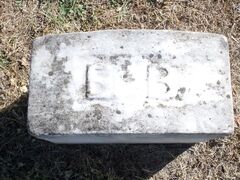 Footstone of Elkanah Bateman Footstone of Elkanah Bateman Elkanah moved to Virginia sometime after this as I next found him living in St. Annes Parish in Albemarle. He was living with millright William H. Wash and continuing his “rising” career in the flour business. He made a career change in the late 1890s though. On February 21st, 1897, Elkanah Bateman was appointed postmaster for Cabell-Floyd, Virginia. I last found him within the 1900 census. He was living in Madison, Virginia (also within Cumberland County). It’s interesting to note that he started and ended life in Cumberland County, just two different states (New Jersey and Virginia). Elkanah Bateman would breathe his last breath in early July, 1901 in Virginia. His body would be brought to Frederick and laid beside the other members of his immediate and extended family in Area B. I looked in vain for his obituary, but couldn't find it anywhere. Perhaps a deeper dive is needed in Virginia newspaper archives. Our cemetery records state that he was placed in the grave on July 4th, 1901. Damn, somebody was working here at Mount Olivet on that holiday as well! Just over a year later, the last member of the Bateman family died, leaving no surviving heirs for this family that came by way of New Jersey. Adriana Bateman would never marry. She died on July 23rd, 1902 and was buried next to the two sisters she never had the chance of knowing, and the same that were buried on New Year's Day, 47 years earlier. Happy New Year, and thanks for your support of us at Mount Olivet and these “Stories in Stone” articles throughout 2023.
Another Wreaths Across America (WAA) event is in the books, having taken place here in Frederick’s Mount Olivet Cemetery on the beautiful, and unseasonably warm, Saturday afternoon of December 16th, 2023. It was spectacular weather, considering it was just nine days before Christmas with no aspirations of a “white," snow-filled holiday to come. We had an estimated crowd of about 700 volunteers on hand taking part in decorating the graves of over 4,300 veterans. These patriots connect to various periods of our country’s illustrious military history with veterans of the 1700s, 1800s, 1900s up through the present. In performing my duties as emcee of the WAA Opening Ceremony, I took the opportunity to tell our audience that we have 4,935 veterans in total, laid to rest at Mount Olivet, at present count. On this day, we would be placing three wreaths on behalf of the 138 veterans buried within our mausoleum complex. We would also be laying one wreath for 408 Confederate soldiers re-buried here in a mass grave in Area M. These southern soldiers were previously interred on the farms involved in the Battle of Monocacy of July, 1864 and would be moved here in 1879 to join 306 others buried beneath upright stones. These soldiers did not die on the battlefield, but in local hospitals during the Civil War, and their graves constitute Confederate Row on the northwest boundary of Mount Olivet. We placed a grand total of 4,381 wreaths when all was said and done. In my remarks, I suggested participants do something in addition to laying wreaths in a reverent fashion after saying each’s name and thanking them for their service. I invited them to fully bring the memory of each of our veterans “back to life” on this special day in which 4,000 cemeteries across the country would be holding Wreaths Across America events. I implored the group to photograph the gravestones and markers on which they placed wreaths. I asked each participant to repeat the name of each veteran they had earlier decorated at dinner, and a third time at bedtime. I suggested that they post photos of their wreath-decorated veteran’s grave with on various social media pages, with or without themselves in the picture. Lastly, I invited participants to perform a Google internet search on their veteran’s name to see what details, if any, they could learn about the life of these soldiers, sailors, marines, airmen, etc. As the ceremony ended, the crowd of volunteers went in various directions to areas throughout the cemetery where wreath chaperones waited to greet them and distribute four wreaths each to distribute. I was able to snap a few action shots with my smartphone camera, and luckily had others doing the same. It was so refreshing to see so many people of different ages and backgrounds. One of our FOMO members, Ray Crough, actually built a gallery of photos from a day. I also gave some impromptu history lessons as I came upon participants in the vicinity of vets whose life stories I was already familiar from—mostly thanks to this “Stories in Stone” blog series. These included Charlotte Berry Winters (the oldest living female veteran of World War I at the time of her death in 2007 at age 109), Col. Henry Cole of Cole’s Cavalry (1st MD Cavalry, Potomac Home Brigade) of Civil War fame who fought a battle atop Loudoun Heights in a falling snow in January, 1864, and Calvin Cannon who grew up in Yellow Springs north of Frederick City and lost his life on Omaha Beach on D-Day. As the afternoon passed, the cemetery slowly emptied of the living as the main work of the day was done with the coverage of the 4,300+ veterans. Meanwhile, other families from around the region were here on holiday decorating missions of their own families, placing other wreaths and decorations on the resting places of husbands, wives, fathers, mothers, siblings, children, grandparents, great-grandparents and beyond. It too, like Wreaths Across America, is a family ritual and annual tradition this time of year. 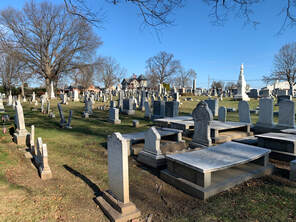 Area A In Mount Olivet Area A In Mount Olivet At the end of the day, I caught up with one of our key volunteers from our FOMO group. Heather Sutton assists with veteran research and logistics for this big event which has been skillfully orchestrated under the watchful eye and leadership of FOMO member Sylvia Sears over the past three years. On Saturday, Heather served as a wreath chaperone for Areas A and B at the front of the cemetery, and was in the process of doing a final check of the 50 veteran gravesites in A, and 44 in B. She was almost done Area A, and was tired and asked if I could finish up the job as I had my son Eddie with me. I immediately found a few individuals for which I had familiarity based on past “Stories in Stone.” I soon saw the completed wreath to Thomas Johnson Grahame, grandson of Gov. Thomas Johnson and a member of the First Maryland regiment from the War of 1812. He grew up in Rose Hill Manor, the home built for his parents as a wedding present. There was Conradt Mehrling, of the First Maryland Potomac Home Brigade, Maryland Infantry who was killed at Loudoun Heights across from Harpers Ferry in late May, 1862. He was the first Frederick City resident killed in the American Civil War. I also saw Edward Sims Boteler, another 1812 soldier who fought with an Ohio volunteer regiment of dragoons and was captured at Detroit. His daughter-in-law, Alice, operated a boisterous oyster saloon on Court Street during the Civil War era, and was one of the first female bar owners in our history. I checked off a former US congressman who served in both the senate and house, representing the state of Pennsylvania, in Civil War general James Cooper (1810-1863). He would die while serving as commandant of Camp Chase, a military staging, training and prison camp near Columbus, Ohio. To round out Area A, it was a pleasure seeing the grave of Richard “Cha Cha” Baumgartner. The World War I vet was better known as a big band era crooner earlier in life. He was featured on national radio programs and a regular at noted clubs in the nation’s capital. Baumgardner’s true claim to fame was his standing as a talented restaurateur who gave us the famed Peter Pan Inn once located in Urbana. He went on to open a series of eateries, called Kapok Tree Inns, within the state of Florida where he lived the final decades of his life in the Clearwater area. I also came upon two individuals in Area B, whom I was vaguely familiar with in name, but not in life. Both would live great portions of life away from Frederick—one in Florida, and the other in Texas. Louis Eichelberger His surname literally means “acorn mountain” and is as German as they come. Louis E. "Coach" Eichelberger, of Frederick, passed away on September 6th, 2016 at the age of 91. Born on March 30th, 1925, he was the son of the late Louis E. and Susie M. (Hammond) Eichelberger. 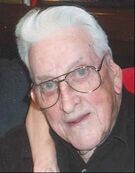 Louis Eichelberger Louis Eichelberger Louis was a graduate of Frederick High School class of 1942. Louis served in the Maryland State Guard in 1942 and entered the US Merchant Marines from 1943 to October of 1944. He then enlisted in the United States Army in 1944, serving with the 32 Red Arrow, Division Co. E. 126 Infantry, Heavy Weapons in the Philippines. Louis served on the S.S. Henry Ward Beecher, S.S. Sweetwater, S.S. Salmon P. Chase, making trips to Oran Africa, Naples Italy, Liverpool England, and Glasgow Scotland. Louis had many ribbons and metals from the merchant marines and the U.S. Army, including a Combat Infantry Badge, the Bronze Star and many others. During his government career, Louis worked for the Veterans Administration, the U.S. Postal Service, and the U.S. Department of Navy at the Regional Medical Center in Jacksonville, Florida. In January of 1988 Louis retired and moved back to Frederick. He began working for Washington Millinery Supply and the FCNB Bank in Frederick. He was a life member of the Merchant Marines, US Navy Armed Guard, a life member of the AMVETs Post 2, Frederick and a life member of John R. Webb VFW Post 3285, where he served as commander from 1991-2000. Louis also held District #7 offices for the VFW. Louis was also an avid baseball and football fan-loved the Orioles- and loved all his animal companions throughout his life. 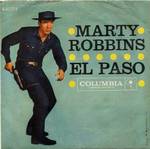 Travis White Many are familiar with the town of El Paso for two iconic things in popular culture: a brand of taco, tortilla and burrito dinner kits and related Tex-Mex style food items from General Mills, so named under the Old El Paso label; and a beautiful, sultry and apparently wicked Mexican maiden named Felina. This young vixen would cause the eminent demise of a wild, young cowboy in a ballad written and recorded by country singer Marty Robbins in 1959. Our Frederick connection to the border town is another one of our 4,935 wreath recipients at Mount Olivet in Travis White occupying Area B’s Lot 97. Born in Frederick on July 3rd, 1894, Littleton Travis White, was a World War I vet who went on to become a noted attorney in El Paso. His father, John Kearnes White, was a Methodist Episcopal clergyman from a prominent family of Portsmouth, Virginia. His mother, Carrriebell Travis (spelled a variety of ways), was a graduate of the Frederick Female Seminary and possessed talent as an artist, poet and writer who would play a role in the local suffrage movement. Carriebell had ties to Frederick through her mother's Carmack family, but her father hailed from the Westchester, New York vicinity. Our subject was born a year after his parents married in spring of 1893. "Travis" first appears in the US Census of 1900, but his father is missing from the household in 1900. I found that his parents divorced and John Kearnes White (1869-1943) eventually married a Thurmont woman and for a time was editor of the Catoctin Clarion according to his obituary. He died in Thurmont, but is buried in Arlington, VA. Travis appears to have been a standout student who participated in a number of activities in his youth as his name can be readily found in the local newspapers of the time for all the right reasons. He would graduate from Frederick High School in 1911 and received scholarships to attend the University of Virginia where he would earn a law degree. Travis White would eventually begin his law practice in Staunton, VA, at which place he resided during the war when he enlisted in the US Army. His service, however, would be limited due to health reasons connected with tuberculosis. A move west for a different climate was prescribed for health purposes. Travis would move to southwest Texas and continued his practice of law in El Paso. He would eventually become City Attorney and served for more than three decades. 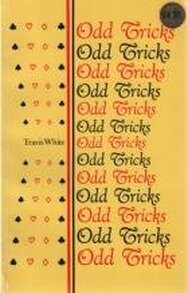 I learned in a newspaper interview that Travis White had a "self-proclaimed" addiction as a recreational hobby. This was the trick-taking card game of contract bridge, or “bridge" for short. He would be recognized as a national authority on the subject and was a regular contributor to the “Bridge World” with tips appearing in local and distant newspapers. In 1934, he authored a book entitled “Odd Tricks,” a book on the popular card game. It has been reprinted and is still available today on Amazon.com. On the personal life side, Travis White married in 1937, but like that of his parents, the marriage would not last. The couple had one daughter, Dorothy (White) Morse and these ladies would eventually re-locate to Albuquerque, New Mexico, when Travis’ ex-wife remarried a man named Edwin French. Travis White’s civic involvement was notable as well. His tenure as El Paso's city attorney throughout the 1940s, 1950s and 1960s ranked as one of the longest in the country and earned him recognition in the form of El Paso holding “A Travis White Day” in his honor in May, 1972. Travis White passed away the following year while on vacation visiting relatives prior to Christmas. This occurred December 8th, 1973 in Maryland while he visiting his sister Roxanna living in Annapolis. She was married to a professor and president of St. John's College. Travis had taken ill and died shortly thereafter, 1,949 miles from “Rosa’s Cantina” and his west Texas home. He would be buried in Mount Olivet in the White/Carmack family lot in Area A. Travis White would be placed next to his mother who had died in 1954. I first learned of Travis White when a friend of mine, Lori Swerda, asked me to help her find his grave to pay respects on behalf of a relative. She had recently stayed in a Bed & Breakfast owned by Travis' daughter, Dorothy (White) Morse. Ms. Morse is in her 80s and lives in Albuquerque. Interestingly, Lori Swerda, a former Frederick resident and author, moved to "the Lone Star State" a few years back. Before doing so, she had penned a novel entitled Star Spangled Scandal, and we hosted her for our first annual "Flag Day Author’s Talk" event back in June 2021. Lori’s book centers on the brutal and sensationalized death of Francis Scott Key’s son, Phillip Barton Key, in in February, 1859. This connection is quite special because Travis’ gravesite offers a terrific view of the Francis Scott Key memorial only 50-60 yards away to the northeast. Of greater interest, there is a family tie to Travis White's family, and that of a central character in the death of Mr. Key who served as the district attorney of Washington, DC at the time of his murder. Lori Swerda had quite an experience writing her book, one that was written in minor part based on my cheerleading. I had conducted a private tour for Lori and her children as part of a class field trip to the cemetery back in 2017. She had espoused her interest in Francis’ son Philip Barton Key (1818-1859), who had been shot and killed by a brash New York congressman, and later Civil War general, named Daniel Sickles (1819-1914). Key was found to be having an affair with Sickles attractive, young wife, Teresa (Bagioli) Sickles. After learning about the tryst, the congressman murdered Phillip Barton Key in broad daylight outside the Sickles home in the vicinity of Lafayette Park across from the White House. Not only was this murder especially noteworthy and shocking due to the nature of each man's profession, but the killing was in plain sight of several eyewitnesses and bystanders. The Key murder trial of 1859 that followed received national attention because of the notoriety of both defendant and victim. Not only was Philip Barton Key the son of a patriotic celebrity songwriter, but he was currently serving as the district attorney for the District of Columbia at the time of his death. You may be familiar with the outcome of the case as Sickles would be acquitted for the heinous crime— the first successful use of the temporary insanity plea in our country's history. Lori was interested in the motivation for the murder as evidence and hearsay surely point to others in DC's power structure at the time. She also became enthralled with Teresa DaPonte (Bagioli) Sickles (1836-1867), a tragic figure in her own right. Lori's research would lead her to New Mexico where she was a guest of our subject Travis White's daughter, Dorothy as mentioned earlier. The reason Lori sought Dorothy out was due to the fact that Mrs. Morse had inherited a unique necklace/locket (from her father and grandmother) that had once been owned by Teresa Sickles. Apparently, Teresa’s mother, Elizabeth C. (Cooke) Bagioli (1819-1894) was friends with Travis White's maternal grandfather named LeGrand Travis (1830-1909). LeGrand is buried in the same lot as Travis White in Area A/Lot 97. He was a friend of Mrs. (Cooke) Bagioli (Teresa's mother) and an eventual executor of her estate. Their connection comes with being former residents of Croton Falls, Westchester, New York. In fact they could have been related as well due to Elizabeth’s sister marrying into the Travis family. Another genealogy link to Travis White comes also from his father's side as his paternal grandfather Littleton Harrison White married a Margaret Cooke. Regardless, LeGrand Travis, an attorney, would come to Frederick upon his marriage to Catharine “Kate” Carmack. To this union came daughter Carriebell who married Rev. John Kearns White. In 1894, Mrs. Bagioli died, and her granddaughter, Laura B. Sickles gave LeGrand Travis a necklace that belonged to her mother, Teresa. This heirloom would be handed down to Carriebell to Travis and then to Dorothy. The necklace plays a role in Lori’s novel, and all these former, deceased owners of said necklace are in our Area B (Lot 97), not far from the father of Teresa's lover. Was Phillip Barton Key the man who gave her the necklace/locket? We may never know, but here is some info on Carriebell (Travis) White, taken from her obituary: “Mrs. CARIBEL TRAVIS WHITE, formerly of Frederick, died early Thursday morning at the home of her daughter, Mrs. John S. Kiefer, 139 Market Street, Annapolis. While she had been in ill health for some time her death was quite sudden and was due to cerebral hemorrhage. Mrs. White was born in Croton Falls, West Chester County, New York, the daughter of Le Grand H. Travis and Catherine Carmack Travis. She lived most of her life in Frederick, but since 1935 has made her home in Annapolis.” Lori Swerda’s book (Star-Spangled Scandal) can be found on Amazon.com. Meanwhile, there is one more roundabout genealogical connection between Key and this family from New York. Carriebell’s mother, "Kate" was a Carmack as said earlier. You will also find here in Area B/Lot 97 the grave of Samuel Carmack (1792-1879), a War of 1812 veteran who participated at the Battle of Bladensburg in late August, 1814. Carmack was 4th Sergeant in the Maryland Militia out of Frederick County. He recently received a wreath on his grave, just like another nearby veteran who participated in that same infamous battle often called the Bladensburg Races (because our militiamen did more running away than fighting against the attacking British who would march into Washington and set the White House ablaze.) This eventually resulted in Carmack’s compatriot earning everlasting fame weeks later when he went to Baltimore and wrote the Star-Spangled Banner while viewing the siege of Fort McHenry. Of course I’m talking about Francis Scott Key. As we have a great legacy of Francis Scott Key and his fellow War of 1812 veterans here at Mount Olivet with interpretive exhibits and special veteran markers, Travis White has a lasting reminder of his life and accomplishments there in El Paso. While it might not be a prominent monument, he does have a municipal park named for him. The surrounding residential development that encompasses Travis White Park also takes this former Frederick native’s name and currently boasts nearly 4,000 residents. It just goes to show that where you find a veteran wreath placed during "Wreaths Across America," you are bound to learn an interesting or entertaining life story which connects to so many other lives , places and events—some of legendary stature like Mr. White's.
I’ve just illustrated a few of the many "Stories in Stone" that exist in two small, and early, sections sections within Mount Olivet. The memory and deeds of the men and women whose mortal remains lie below ground, can be channeled above ground this time of year through the beautiful flags and wreaths complementing existing grave markers. Within military history, US flags signify patriotism, while wreaths carry special layers of meaning including victory, bravery and peace. The tradition of wreath-laying is a reverent gesture marking sacred ground. Thanks to the service and sacrifice of all our veterans. And thanks to our hundreds of wreath sponsors and Wreaths Across America day participants. The purpose of this event is to show a united front of gratitude and respect across the United States of America as we REMEMBER the Fallen, HONOR those who serve and their families, and TEACH the next generation the value of freedom. Mission accomplished once again. 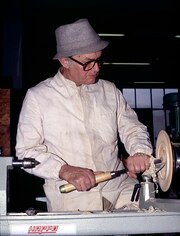 A German "turner" at work A German "turner" at work AUTHOR'S NOTE: The following "Story in Stone" was researched and written by Hood College senior Luke Jones as part of his internship with us here at Mount Olivet Cemetery (Fall Semester 2023). Here’s a question: How much have you thought about the design of your furniture, or a special woodcraft item? Chances are that you have not given it much thought once you bought it and put it in your home. Yet at the same time, many could not imagine their living space without intricately patterned wooden furniture or decorative objects. Plastic seats and toys do not invoke the same feeling of homeliness and completeness. The person to thank behind these designs in the woodwork is called a turner. A turner is one who works in woodturning, the craft of carving wood into various shapes and patterns using a lathe and handheld tools. Like a potter does with clay, a turner turns a seemingly ordinary piece of wood into something new and improved, connected to yet distinct from what it was before. Now, there are not any famous or revolutionary woodturners known to be buried at Mount Olivet Cemetery. But there is a “turner” interred here that did help craft materials into improved versions, and just like many turners, he has often been forgotten despite the great impact he had. I am referring to one Andrew G. Truxal (1900-1971), third president of Frederick’s famous Hood College as well as the first president of the renowned Anne Arundel Community College. Mr. Truxal fits the turner mold in two ways. “Truxal” is derived from a German word for “turner,” with the name having many variations including Troxel and Traxal. Like many surnames, people likely received it due to their professions as woodturners. Mr. Truxal was far removed from any woodturning ancestor, but he fit the term in a more metaphorical way. Just as a turner turns wood into something new and special, Mr. Truxal as an educator helped turn young minds to more knowledgeable and moral individuals. It is even more fitting for him specifically, as he was especially concerned with the character of his students, perhaps selectively so. Andrew Gehr Truxal was born on February 2, 1900, in Greensburg, Pennsylvania to Jacob Q. Truxal and Elizabeth S. Truxal (née Gehr). At the turn of the century, Greensburg, like much of the rest of the United States, was going through great changes as new technologies such as automobiles became more common and industries more expansive. Greensburg was continuing to grow from a small town to the largest city in Westmoreland County, spurred by the large coal mines nearby. 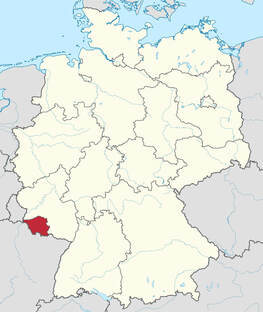 Map of Saarland within Germany Map of Saarland within Germany Andrew Truxal was part of a long lineage. Germans had been a key demographic in Pennsylvania since the foundation of the original colony by the Quaker William Penn. Their descendants, the Pennsylvania Dutch, continue to have social and cultural influence on the state and adjacent areas, and many Pennsylvanians state that they descend from Germans according to census data. It appears the Truxal family that led to Andrew first arrived in the mid-1700s with Johann Daniel Troxell or Trachsel (1725-1814), who was born in the Saarland in what is now Germany. Note how the surname changed over time, becoming more anglicized, likely the result of living near English-speaking colonists causing linguistic drift as well as perhaps a desire to fit in, or it could simply be a transcription mistake. Whatever the reason, the Truxal family remained remarkably sedentary, never leaving the region in and around Westmoreland County. Truxal family members witnessed many national events, such as the American Revolution and the Civil War; in fact, Jacob Dotterer Truxal, Andrew’s paternal great-great-grandfather, was a soldier in the Continental Army. For his part, Andrew was no exception to seeing conflict and crisis. During his youth, Andrew saw worldwide tensions boil over into the First World War, and during his adult years before Hood he saw the Great Depression and the Second World War. In fact, Andrew’s whole career would coincide with great changes in the United States and the world, and those changes provided context for his actions and beliefs. But that’s for later in this story. Going back to Andrew’s early years, there are few records of his childhood. He left no personal recollections outside the school records he wrote during his later duties as administrator. But by researching around him, a general picture can be constructed. He was the fifth child and third son of Jacob and Elizabeth Truxal, who were probably thankful for his survival; a previous child, Hazel, sadly died at only a year old. Unfortunately, that would not be the only untimely passing in the family. Two years after Andrew graduated from Greensburg High School in 1916, his older brother Jacob, Jr. was killed while serving in France during the First World War, and then eight years later his other older brother, Todd, died at the untimely age of 34, leaving Andrew as the eldest living Truxal son. In addition to mourning expected by the family, there was also undoubtedly pressure on the young Andrew to succeed as the primary heir of the Truxal name and legacy. It is possible these early deaths in the family pushed Andrew towards familial sociology and earnest Christian faith as an adult to seek understanding and comfort. Despite these tragedies, Andrew continued with his higher education. For a very brief moment, Andrew was drafted into the Army in the final months of World War I, but the war ended before he saw combat, sparing him from his brother's fate. Resuming his education, he obtained his Bachelor of Arts degree from the renowned Franklin and Marshall College in nearby Lancaster in 1920, specializing in sociology, or the study of human relationships and interpersonal functions, but also focusing on history, social statistics, and religion. He also joined Phi Kappa Psi, a noted national fraternity. Three years later, he received his Master of Arts degree from the same location, and that same year he completed his training at the Lancaster Theological Seminary of the Evangelical and Reformed Church, becoming an ordained minister of the titular church. In 1923, Andrew Truxal married Leah Deldee Groff. She was also a person of German descent in western Pennsylvania; she graduated from Goucher College in Baltimore in 1920 with a degree in mathematics, and she was a teacher from 1920 to 1923. How she met Andrew is unknown, though judging from the timing and background, it is likely they met in 1923 in Lancaster, though it is possible they knew each other earlier. While it may seem strange for a sociologist and a mathematician to fall in love, they were both interested in teaching. Combined with their shared ethnic background, Andrew and Leah were drawn to each other. They remained happily married and had two children, son John Groff and daughter Nora Deldee. The family’s long health and unity provided key support for Andrew Truxal when his other family members died. Above all else, Andrew Truxal was devoted to educational and moral teaching. According to a later piece for the Dartmouth Alumni Magazine, a friend suggested getting into law, with the eventual goal of becoming a judge. By Dr. Truxal’s own words, “They happened to be in a political position to do just that!” But rather than accepting his friend’s ethically dubious aid and advice, Andrew Truxal wanted to do what he enjoyed (while also getting paid). This was the first indicator that above all else, Mr. Truxal was both passionate and serious about being an educator, something that would remain consistent throughout his life. No doubt his skills as a minister were not only useful for teaching but also partially explained why he liked teaching; from a certain perspective, spreading the word of Jesus Christ and instructing the next generation are similar in their overall goals and methods. Andrew Truxal entered the teaching profession in a familiar place, serving as an instructor of history and economics at Franklin and Marshall from 1923 to 1925. He then went to another institution, this time State Teachers College in Millersburg, Pennsylvania, again serving as an instructor of history during the summers of 1925, 1926, and 1927. He might as well have been eternally in school during the Twenties, either as a student or educator. It appears he missed the heights of the Roaring Twenties, though maybe the general prosperity of the period permitted this thorough education and career. It is also possible he pushed through due to the deaths of his older brothers; the legacy of the Truxal name was resting on his shoulders. Evidently, Andrew Truxal was on a roll, for he then went to Columbia University in New York for his Ph.D., which he had earned by 1928. Once that was achieved, he went to Dartmouth College, an Ivy League school in Hanover, New Hampshire. It was the farthest he had ever gone from his home county, and it would be the next major chapter in his life.  28 year-old Dr. Andrew Truxal joined the faculty at Dartmouth in 1928. He appeared to have no prior connections to the institution. Considering the prestigious nature of the college, it seems Dr. Truxal was invited there due to his credentials. It certainly was not for the salary; Truxal later admitted that out of all the options, Dartmouth was actually the least attractive option in terms of earnings, yet he chose it anyway. If so, it speaks highly of him as a learned educator; not everyone is appointed as instructor at an Ivy League school they have never attended for relatively low pay. For the next twenty years, Dr. Truxal was part of the Dartmouth faculty, and it was during this period he started to earn greater renown for his skills and dutifulness. Initially, he was a mere instructor in sociology, meaning he was only teaching students rather than participating in the administration. Though, he must have been happy to actually teach his most preferred subject for once. In an article for Dartmouth Alumni Magazine, written in 1957 while he was President of Hood College, Dr. Andrew Truxal described his experience as wonderful and even joyous. He wrote: "To begin with, the administration of Dartmouth was so enlightened that we faculty members had confidence that our pursuit of the truth, wherever it might lead, would meet with the staunchest support from the President. This dedication to the principles of academic freedom provided a climate in which it was a joy to work. Likewise, the President felt that a good faculty member should also be a good citizen and participate in civic affairs. This led, in my case, to a most rewarding experience in town government." While transcribed years later, this does imply that Dr. Truxal’s dedication to not only knowledge but also moral character started early on. He enjoyed Dartmouth because, according to him at least, it produced and exalted good people, rather than just sharing good information. He continues: "In the next place, the students were a highly selected group of young men and, with very few exceptions, if they were treated with the respect due them as persons, one received their respect in return. Finally, the emphasis of the institution was on teaching and not on research. Consequently, my associations were with colleagues whose primary objective was teaching rather than spending the best working hours of the day on research and then, in utter weariness, meeting classes." In essence, Dr. Andrew Truxal was describing a close-knit community, rather than a purely educational facility. Dartmouth was a second home to him. Considering his focus on familial social connections, as well as the tragedies of his youth, such an institution would have greatly appealed to Dr. Truxal, explaining why he remained for so long. Of course, Dr. Andrew Truxal did not remain a mere instructor for twenty years; very few people could hold such a relatively minor position for that long. He quickly rose through the ranks of the Sociology department, becoming an Assistant Professor in 1930, before rising to become a full Professor of Sociology in 1935, being named the Chairman of the Sociology Department at Dartmouth and becoming more entwined with the faculty and administration. He held special courses on family and public welfare, fitting for a man of his interests. He also earned an honorary degree from Dartmouth in 1936. Dr. Truxal became a prolific figure at Dartmouth. By this time, he had joined the American Sociological Society, which was not so surprising. What is more surprising is that in 1940 he became a Selectman of Hanover, which was essentially a local government member in New England towns. In a way, the idea of joining the government first posited years before came to fruition, though in a different way than anybody expected. It was somewhat ironic, for he himself admitted if often referred to administration as “The Ad Building” in less-than-complimentary terms. Considering his focus on character as well as knowledge, it is possible that Dr. Truxal disliked the politics behind the scenes that interfered with his work. Yet ironically, administrative duties would become what Dr. Truxal was most renowned for. One person, recommending Dr. Truxal for Hood College, even said, “Dr. Truxal has served Dartmouth in every possible capacity except as President.” 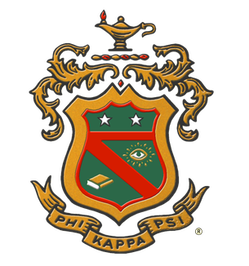 The same year he became a Selectman, Dr. Truxal also became President of Phi Kappa Psi, which he held until 1942. This man kept finding positions of authority, despite his interests in just teaching! By 1948, he had additionally finished his book, The Family in American Culture, which was one of the very few books he wrote throughout his life, though he had also written various articles, including at least one at Dartmouth concerning interstate migration. By the end of Dr. Truxal’s time at Dartmouth, the Dartmouth Alumni Magazine, along with other sources, noted, “He [was] recognized as one of the country's leading authorities in this field.” Renowned for his lectures on sociology and Christianity, it seemed he would have been happy to remain at Dartmouth for the rest of his life. Popular with faculty and students, Dr. Truxal certainly achieved his dream of improving others’ character, as well as his own. Dr. Truxal also served on various committees at Dartmouth, and not always under great circumstances. One committee was the Special Committee on Academic Adjustments, which handled academic opportunities for veterans. Dr. Truxal had an ever so brief experience in this realm, but was perhaps inspired by his long-deceased brother? Then in 1946, Dean Earl Gordon Bill became unable to do his duties due to a longtime illness, so Dr. Truxal, along with Bancroft H. Brown and W. Stuart Messer, became part of a triumvirate committee that directed the Office of the Dean of the Faculty in Bill’s absence. Sadly, Bill took his own life in November 1947 due to the pain of his illness, after he had retired. Dr. Truxal and his compatriots had to remain in their special committee until a new Dean could be found. Dr. Truxal co-authored a piece with fellow professor Michael E. Choukas that celebrated the Dean’s life. What Dartmouth did not know was that Dr. Truxal would soon leave them, too, though fortunately for much more optimistic reasons. In 1948, Henry I. Stahr, the second President of Hood College, resigned from his post. In anticipation, the Hood administrators called upon Dr. Andrew Truxal as the new potential leader of the Frederick institution. The nearly fifty year-old professor, with his years of experience in both teaching and administration, was a natural choice from a practical standpoint. But there were other probable reasons for Dr. Truxal’s appointment. Truxal was not only from Pennsylvania, a place relatively near to Frederick, but he also was part of the same Christian sect (German Reformed Synod) that Hood founder Dr. Joseph Henry Apple hailed from. There is no solid proof that Dr. Truxal and Dr. Apple knew each other personally, but at the very least, they must have been aware of each other considering how prolific both were within the Reformed Church and its descendant congregations. (The Reformed Church went through several mergers throughout the twentieth century, eventually leading to the modern United Church of Christ.) In a sad coincidence, Dr. Apple died the same year Dr. Truxal became Hood President, preventing them from forming a deeper relationship. In any case, Dr. Truxal’s similarities to Dr. Apple made the former an appealing choice. Yet, there were perhaps even more reasons for Dr. Truxal’s appointment. In several respects, Dr. Truxal could be considered conservative, a trait which would become more prominent in later years. His focus on moral character as well as knowledge, and his staunch Christianity, was the same as many conservative figures during the period after World War II. Implicitly, the Hood board wanted someone to maintain traditional values during this time of change and uncertainty. It is noteworthy that most of Dr. Truxal’s tenure occurred in the 1950s, famously known as conservative decade, and he left in the early 1960s, just as social changes began to sweep the nation. In essence, Mr. Truxal was a bastion against changing times. Whatever the reasons, Dr. Andrew Truxal became the third President of Hood College in July 1948, beginning a tenure that lasted for over a decade. Truxal and his family moved from the familiarity of Hanover to the new locale of Frederick, in a way returning to their German heritage. The occasion was celebrated by the newspapers, and many were excited to see how the renowned professor would elevate the Frederick institution. According to local newspapers, approximately 1500 people attended Dr. Truxal’s inauguration, including the presidents of John Hopkins University, Franklin and Marshall College, and Dartmouth as well as leaders of the Evangelical and Reformed Church to which Dr. Truxal belonged. In addition, the event also featured Maryland Governor William Preston Lane and numerous student leaders. Dr. Truxal's father Jacob also came to congratulate his son. In his speech, Dr. Truxal reiterated the values he had held as a teacher, saying: "We have been entirely too content with the mere training of the intellect. The only kind of education that will be at all adequate for the world of tomorrow must be an education which gives equal emphasis to the training of intellect and to the development of character." After the excitement of the inauguration, however, the hard work began. While Dr. Truxal had held positions of power before, he had never had such a high and powerful job before; even his two years as Phi Kappa Psi President could not prepare for what ended up being over a decade in college administration. No longer was he just a teacher, he was a leader. The first years were not particularly happy ones for Dr. Truxal, at least on a personal level, for he faced several family tragedies once again. In 1950, his nephew died (John) in an accident, causing Mr. and Mrs. Truxal to leave the campus to deal with the situation. A year later, his father Jacob Quimby Truxal passed away, undoubtedly saddening Dr. Truxal even more. Now he was the immediate Truxal patriarch, putting more pressure onto the new Hood President. But in more positive news, President Truxal was happy to announce that his daughter was getting married to Randolph G. Wilson in 1953. Whatever he faced, the ups and downs of his personal life did not impede his duties as Hood President. President Andrew Truxal’s tenure at Hood College was a period of stability and growth. He sought to expand the college, as despite several decades of growth from its humble beginnings, it was still a relatively small campus in terms of attendance and space. Starting in 1955, Hood built multiple new structures, including Hodson Science Hall, Smith Hall, the Thomas Annex in the Apple Library (which later became the Joseph Henry Apple Academic Resource Center), and perhaps most excitingly for Dr. Truxal, Coffman Chapel. These buildings still stand today and perform important functions for the Hood community. Of course, these large building projects required large amounts of funds. He also wanted to connect alumni with the current student body, the latter of which he also sought to enlarge. To kill two birds with one stone, President Truxal started the “Hood Forward” and “Hood Looks Ahead” programs. These initiatives sought out alumni and other associates to ask for donations and contributions to improve Hood. The "Hood Forward" program occurred early in Truxal’s tenure, while the "Looks Ahead" program occurred in his final years at Hood. Both were immensely successful and reflected Truxal’s dedication to social bonds and relationships. The "Looks Ahead" program made around $700,000 thousand dollars; in today’s money, that’s over seven million dollars! Part of those funds went to the Andrew G. Truxal Chair of Economics and Sociology, which was named in the president’s honor and to acknowledge his career as a sociologist. Truxal was also successful in increasing the size of the student body, which grew into the thousands. Hood College’s renown increased throughout Truxal’s tenure, and many notable individuals came to the campus. The President of John Hopkins and the Maryland Governor were already impressive clientele, but 1951 saw a visit by famous general and statesman George Marshall, the namesake for the Marshall Plan that helped rebuild Europe after the Second World War. Truxal had the honor of hosting and shaking hands with Marshall, perhaps a highlight of his long career. About nine years later, Truxal had the second honor of hosting Senator John F. Kennedy himself during his presidential campaign. Meanwhile, President Truxal led Hood through turbulent times. The Cold War began in earnest just as Truxal took his position, and fears, sometimes justified, many times unfounded, permeated the nation, and Frederick was no exception. At the same time, the 1950s were known for their image of post-war happiness and stability, and Truxal, while generally avoiding politics, did seem to thrive in that environment. President Truxal performed numerous sermons and talks at the Chapel in addition to his presidential duties, talking about Christianity’s place in the changing world. He brought not only his skills as a teacher and sociologist but also as a minister to the Hood presidency, focusing all his qualities to bring his own style and values to Hood College. Under his tutelage, Hood fully transitioned from an educational facility to an engaging and productive community, where the character of the students mattered just as much as their knowledge. This spirit still remains today, with the stated goals of Hood matching the ideals of Truxal from so long ago. President Andrew Truxal found the most success during the conservative 1950s. But by the end of the decade, society started to shift. The Cold War was heating up and had no end in sight, and the United States was starting to face a reckoning of its bigoted past and present as civil rights movements began to gain steam. A new generation of youth, born during and after the Second World War, had far different ideas from their parents and wished to take the country in a new direction. President Truxal, now sixty, saw the shifting tide, and in a sign of wisdom and acceptance, declared in 1960 that he would resign by July next year. Explaining his decision, he declared that he thought it was “wise to hand over administration of the college to a younger leader.” He would be greatly missed by both students and faculty. His successor was Randle Elliott, a political scientist, and Truxal greeted him as he took up his new post. However, that did not mean Dr. Truxal was done with administration. By his own admission, he wanted to retire, having spent his whole adult life in education. But as Hood was growing, another nearby school was being conceptualized and established called Anne Arundel Community College. By coincidence, Anne Arundel Community College was founded the same time Dr. Truxal decided to resign. By this point, Andrew Truxal had become renowned throughout Maryland and the country. The leaders of Anne Arundel considered Dr. Truxal to be ideal for the first president of the college, and they offered him the position when Dr. Truxal decided to leave Hood. Despite his original intentions, Dr. Truxal accepted, becoming President Truxal once again at Anne Arundel in 1961. President Truxal had the new challenge of building up an entirely new school, rather than joining an established institution. From 1961 to 1968, Truxal guided the faculty and students through those first awkward years every school goes through. His most impressive achievement was maintaining and growing Anne Arundel Community College, moving into its own campus and receiving full accreditation, having originally been at Severna Park High School with nightly classes. As these things were achieved, giving the college a stable future, Dr. Truxal decided to retire, this time for good. Before he left, the students honored him by voting to name the college library after him, in a way paralleling the Apple Library at Hood. The Andrew G. Truxal Library still stands today as a marker of his legacy. That was not to say Truxal’s tenure at Anne Arundel was without any controversy. In 1967, Dr. Truxal stated, “Not every youngster is entitled to college.” He explained that since college was improving character as well as imparting knowledge, students need to be the best they can be so they can eventually lead society. This meant that some individuals were not “fit” for college and that such people should pursue other careers. He also stated that an imbalance in student commitment and capabilities made it “impossible for a professor to teach.” Being an educator for over forty years, Dr. Truxal had definitely seen many types of students. Perhaps he was venting some long-simmering frustrations? In any case, it was somewhat ironic or even hypocritical for Dr. Truxal to have such views. Anne Arundel, being a community college, was designed to be more accessible than someplace like Hood or Dartmouth. Additionally, equal opportunity for education is dearly held by many, and only became more popular during Truxal’s time. Even the press notes that this is an unpopular opinion from a respected man. Maybe the aging Truxal was starting to lose touch with the students he cherished, convincing him to retire for good. Dr. Andrew Truxal fully retired in 1968 and moved to Florida with his wife Leah Deldee. After decades of learning and teaching, he had earned a deserved rest. While he had vague ideas about continuing to write, Truxal spent his last days in quiet peace. Unfortunately, he would not get long to enjoy the leisure. On February 3, 1971, just one day after his birthday, Andrew Truxal suffered a heart attack and passed away. President Tuxal's body was brought back to Maryland, and his funeral service was held at Hood College, the place he helped grow, permanently tying him and his legacy to the institution. All who wrote about him noted he was an accomplished and respectable man, dedicated to the personal improvement of his students, whether as a professor or a president. He was buried at Mount Olivet Cemetery in Area FF, Lot 306. Leah Deldee lived for decades in Frederick after her husband’s passing, participating as an honored guest for many Hood events. She died in 2001 at the age of 101, being buried beside her husband. the Truxals' son, John G. Truxal, became a respected professor in his own right, going to M.I.T. and specializing in electrical engineering. Andrew Gehr Truxal left an impressive legacy, even if his name is little spoken today at Dartmouth, Hood, or Anne Arundel Community College. The latter two colleges are among the most renowned higher education institutions in the state of Maryland, with Anne Arundel being rated as one the best community colleges in the United States for the past several years. Anne Arundel also has a “Dr. Truxal Award,” celebrating students for achievements on both the sports field and in the classroom. In 1991, the Hood student body dedicated the pergola at the center of campus in Truxal’s name. A beautiful piece of work, the pergola symbolizes the unity of the Hood community, a place where bonds are created and enhanced. It has even been the site of more than a few wedding proposals. Hood legends state that friends should not “split the poles'” or else risk bringing bad luck. Andrew Truxal would have been proud. In his own way, Andrew Truxal was a turner, improving the character of his students, whether he was a teacher, writer, or administrator. Like a woodturner, his influence may not be obvious, but he forms a fundamental part of the local legacy and image. Through all his tribulations, Andrew Gehr Truxal truly lived up to his family name.
Special thanks to Mary Atwell, Archivist at the Hood College Archives, for her assistance with this article. Well, maybe that’s not the best title choice for a blog article coming from a cemetery, but it certainly describes the days and weeks following Thanksgiving in which a central activity for many becomes the frantic pursuit of gifts for Christmas. The “Olympic Games of Commerce” boast, as their opening ceremony, the unofficial holiday of “Black Friday,” which now extends through the entire weekend. This is book-ended by “Cyber Monday,” the online version of the previous three days. If you still see your own shadow without presents for all on your list, you better not pout because there are nearly four more weeks of shopping before “Santa Claus” comes to town. I decided to look at the Frederick News of a century ago to study this phenomenon "back in the day" as they say. A logical place to start was December 1st, 1923, as I wanted to see what shopping options were available (here in Frederick) long before there was something called “Black Friday.” As a matter of fact, this particular year of 1923 came six years before the infamous “Black Thursday” of October 24th, 1929—the day of the largest sell-off of shares in U.S. history causing the Great Stock Market Crash. Let's get back to the topic of holiday shopping. The answer was clear back then—your best strategy for scoring Christmas deals was keeping a keen eye on advertisements in the "local" newspaper, and getting to the "local" store as fast as possible. Usually this required a trip to downtown Frederick, because this was the prime hub for almost everything in the realm of commercially bought gifts. As I hearken back to the time period of the “Roaring 20s," it’s important to recall that all presents did not come from stores or shipping warehouses as the majority do today. Back then, a popular alternative included handmade, and homemade, gifts. These could come in many forms and included specialty crafts, clothing and valued antiques. However, not everyone had the talent, time or know-how. I found an article touting holiday shopping in downtown Frederick in the November 20th edition of the Frederick News. This appeared five days prior to Thanksgiving that particular year. Frederick had several nice shops to choose from ranging from Doll Brothers to Bennett’s, Hamburgers to Hendrickson’s. However, there was one additional store that particularly stood out from the rest. This was Kemp’s. Perhaps it was the marketing acumen of owner Clarence Thomas Kemp, or maybe it was his location on the northeast corner of the town square, known better as “the Square Corner” at the intersection of Market and Patrick streets. Whatever the case, this endeavor offered not just the customary ground floor browsing, but the addition of a second and third floor. Talk about a store of many departments! And come holiday time, the third floor would be transformed into a magical oasis of Christmas gift offerings. Kemp’s was the place, and as the advertisement above makes mentions, it even boasted an elevator to assist customers to those upper floors. A busy venue all-year round, Kemp’s Dry Goods and Notions Store was Santa’s workshop for “kids from 1 to 94” as Karen Carpenter would sing. And if you, like me, are curious to the commercial meaning of notions, they are small objects and accessories such as buttons, snaps, and collar stays used in sewing and haberdashery. Notions also include the small tools used in sewing, such as needles, thread, pins, marking pens, elastic and seam rippers. Oh, the lost art of sewing and "at-home" alteration of "hand-me down" clothing! Clarence Thomas Kemp Although previously familiar with this leading merchant of Frederick’s rich past, I knew I had a short cut waiting for me in respect to compiling a biography of his life, or at least part of it. Clarence Thomas Kemp's biography appears in Volume 2 of T. J. C. Williams’ History of Frederick County, published in 1910. The following passage is taken from that work, and paints a robust picture of Mr. Kemp, whose early ancestors hailed from Germany and Switzerland as is well-documented in genealogical work of Frederick County. In fact, his great-grandfather, Lt. Col. Henry Kemp (1763-1833) led soldiers in the War of 1812 and resides in our cemetery in Area NN. Henry's father, John Ludwig served as a member of the Committee of Observation during the American Revolution here in Frederick. You may also be familiar with a road connected to this early family, located just north of downtown Frederick as it links Rocky Springs Road with Shookstown Road on a northwestern perimeter of Fort Detrick property—Kemp Lane. Here's that promised biography: “C. Thomas Kemp, one of the leading citizens of Frederick, Md., proprietor of one of the most successful drygoods and notion houses, situated on the northeast corner of Market and Patrick streets of the city, began life as a poor boy and owes his present eminence in the community to his own earnest efforts. By good management and close application to his business interests, coupled with strict integrity, and fair dealing in his relations with others, he has acquired a reputation and a general regard that are most creditable. Mr. Kemp, who was born July 5th, 1862, is a son of Lewis G. and Sarah M. (Miller) Kemp. The Kemp family traces its ancestry to reputable lineage in its old home in Germany. The founder of the American branch of the family (Conradt Kemp (1685-1765)) was one of the early settlers of Frederick County, Md. Lewis G. Kemp, father of C. Thomas Kemp, was for many years an active farmer. Later in life, he moved to Frederick. He is now about eighty-five years old, and with his wife resides in Frederick. Mr. Kemp is a member of the Reformed Church. For the past sixty-five years he has been connected with the Democratic party, whose ticket he has constantly supported. His wife, Sarah M. Miller, is a descendant of the well-known Miller family. Three of their children are living: Mary Margaret, unmarried, resides in Frederick; C. Thomas; and B. M., of Chicago, Ill. C. Thomas Kemp, son of Lewis G. and Sarah M. (Miller) Kemp, grew up on the home farm where he was born. When he was five years old, his parents removed to West Virginia where they remained until 1876, when they returned to their native county, bringing their son with them. Mr. Kemp was educated in the public schools of West Virginia and Frederick, displaying a bright mentality in his studies, and exhibiting that strength of intellect which subsequently characterized him in his business career. At the age of sixteen, he entered the drygoods store of George L. Cramer, of Frederick, where he remained as clerk for about three and a half years, showing a marked aptitude for that line of effort, and applying himself to the duties assigned him with a zeal that won for him the high regard of his employer. Mr. Kemp was next employed by G. J. Doll, when he began business for himself, forming a partnership with Mr. Renner. The firm of Renner and Kemp did a general retail business in drygoods and notions, and speedily became known as one of the most reliable business firms in Frederick. In September 1899, Mr. Kemp bought out Mr. Renner’s share of the enterprise, and conducted the business under the old stand until January, 1910, under the name of C. Thomas Kemp. He has an extensive trade in drygoods and notions, making a specialty of women’s and children’s ready-made wear. No similar house bears a more enviable reputation and the success attained is directly traceable to the business ability shown by Mr. Kemp in its management. He is progressive in his methods, his integrity as a merchant is unquestioned, and he has built up the extended trade enjoyed by his house through fair and liberal dealing that has gained for him an enviable reputation. He is a man of sound judgment, keen foresight, untiring effort, and stands high in the community as a worthy citizen of a genuine public spirit, and unquestioned usefulness. Mr. Kemp is a director in the Fredericktown Savings Institution. Mr. Kemp is a Democrat and has always been an active advocate of the principles of the party, although he has never aspired to public office, having no taste in that direction, preferring to be numbered among the rank and file rather than to aspire to political preferment. Mr. Kemp is well known in fraternal circles being a leading member of the Lynch Lodge, No. 163 A. F. and A. M. of Frederick; of Enoch Royal Arch Chapter, No. 23, Royal Arch Masons; and of Jacques de Molay Commandery, No. 4, Knights Templar. He stands high in the Masonic order as one of the most popular gentlemen allied therewith. Mr. Kemp is an active and earnest member of the Evangelical Reformed Church, in the work of which he takes a prominent part, promoting its interest in every way possible. C. Thomas Kemp was married, March 18, 1890 to Matilda, daughter of Theodore Shultz, deceased of Frederick. They have one daughter, Annie Brunner Kemp. C. Thomas Kemp lived primarily at three locations in Frederick City. In 1880, he lived with his parents at 297 West Patrick. From here he would reside at today's 20 West 3rd Street by 1900, likely moving here after his marriage in 1895. He would be residing here in 1910 when the biography appeared in Williams’ History of Frederick County. Interestingly, his next door neighbor in that census was Frederick City Hospital foundress Emma J. Smith. The original site of Kemp and John P. Renner's dry goods store was 15 North Market Street. This structure no longer stands and is the current site of District Arts. Kemp would relocate to the northeast corner of "the Square Corner" at the intersection of Market and Patrick streets, so named because it was the town square of Frederick. This site had many previous usages, including that of a drugstore in the picture above. A previous "Story in Stone" on Daniel M. Grumbine illustrated its use for a tailoring business, and I also learned of a Milton A. Woodward who was a grocer, and the name of the structure was once familiar to residents as the Woodward Building. Mr. Kemp would enlarge the brick building to three stories in 1908, and it would soon be billed as "the Square Store at Square Corner." C. Thomas Kemp added men's and boy's clothing departments to his initial offerings of women's and children's apparel. A long list of items were sold here ranging from shoes, silk hosiery, handkerchiefs, jewelry, neckwear and corsets. Mr. Kemp went on to purchase the adjacent Rosenstock building on East Patrick Street in 1921 and expanded even further. By June of 1923, he was running advertisements which touted Kemp’s as “Frederick’s Greatest Store.” Year-in and year-out, Kemp worked hard to keep his operation humming. As mentioned earlier, it appears that he put extra effort into his marketing messages and advertisements. A key area of interest revolves around newspaper-based holiday ads, and more specific, Christmas advertising. My case study involved careful scrutiny of Mr. Kemp's work leading up to Christmas, 1923—a century ago. I found C. Thomas Kemp as one of the earliest businessmen to really “sell” the holiday. He continued his successful marketing strategy and clearly flexed the Kemp's brand. In addition, C. Thomas Kemp counterbalanced his advertising with a specific new department for his store during the holiday season. In December of 1923, we see the third floor, which had usually served as home to men’s clothing, becoming the "Gift Shop.” The "ramp up" week to Christmas included a second ad, in the daily newspaper, designed to provide special gift ideas to the Frederick populace. I was curious about the entire campaign of 1923, so I researched each day and found these gems from December 18th-22nd. Not quite the 12 days of Christmas, but a brilliant marketing campaign nonetheless. C. Thomas Kemp topped off each holiday with a heartfelt message to his customers and community. He did this on each major holiday, and here in 1923, he accentuated ads for Christmas and New Years. Since I had the Christmas Eve edition of the local paper in hand, I thought I'd share the front page and a few interesting articles from said front page that pertain to Santa Claus coming to Frederick. This should get you in the Christmas spirit! C. Thomas Kemp had worked his way up from the bottom and was enjoying the fruits of his labor. His personal life would eventually center around a new home for him and wife Mary in one of Frederick’s finest neighborhood—Rockwell Terrace. Kemp's ads would continue to attract customers up through the proprietor's death in 1930. As a matter of fact, I was interested to find an advertisement announcing to the community that the business would be closed for several days on account of Mr. Kemp's death in early July. A great sign of respect among business owners came that same week as his competitors shared their condolences. C. Thomas Kemp actually passed on July 1st, 1930. He died at his home at 208 Rockwell Terrace, just four days shy of his 68th birthday. His obituary states that he had been ill for quite some time, suffering from Parkinson’s Disease. C. Thomas Kemp was buried in Mount Olivet’s Area C/Lot 138/140 beside his in-laws, Theodore and Mary (Dill) Shultz. Wife Mary Matilda Kemp would join him here upon her passing in 1941. Mr. Kemp’s parents Lewis (1824-1913) and Sarah (1821-1912) are only about 75 yards up the hill in Area E/39, and other early Kemp family members are in this section too. C. Thomas Kemp's former business partner, John P. Renner, and other friends in the dry goods business such as Charles J. Doll (1859-1930), who died the day after Mr. Kemp, are buried nearby as well. Kemp’s Department Store would continue to operate for decades after C. Thomas Kemp’s passing. Daughter Annie, and son in-law, Sam Maples, would operate the store until the early 1960s. Routzahn & Sons, Inc., owners of a furniture, television and appliance store at 24-26 East Patrick Street would purchase the store and property in 1961. They continued to operate under the Kemp's moniker before eventually changing it to Routzahn’s Department Store. The rest, as they say, is history. Thank you Mr. Kemp for outfitting and assisting with "the spirit of giving" during the holidays for so many past (and present) Fredericktonians.
So with Thanksgiving at hand, I decided to take a look into what was happening in my hometown of Frederick, Maryland for the "Turkey Day" back this week, 150 years ago. According to my calculations, that puts us into the third week of November, 1873. Jacob Engelbrecht (b. 1797) was alive and well at this time. I immediately decided to consult his legendary diary, the greatest single, documentary of our city's rich history (kept from 1819 until the author's death in 1878). This would be a particularly sad time for Jacob, as he lost his wife, Eliza, at the very end of 1872. He would move from his home on West Patrick Street to that of his son Phillip on South Market Street only a few blocks from Mount Olivet's front gate the previous May. This would be his first Thanksgiving as a widower, and away from his longtime home next to the Carroll Creek, (and across from the original site of the Barbara Fritchie house). Outside of that, it was a quiet year that saw Ulysses S. Grant start his second term as U.S. President. Jacob commented on March 4th (the time of Grant's inauguration) that he hoped that Grant "would conduct himself as he had done in his first four years, and we'll be alright." He went on to write, "I think he managed as well taking all in all as good as a man possibly could. He's a good President." On the local level, the big news of the year was the corporation's decision to replace the old Market House, dating from 1769. This landmark on North Market Street was home to municipal government and would be replaced with a commodious building of brick at a cost of $8,000. The size and scope of the project necessitated additional properties on both sides, and behind, to be purchased. The demolition occurred in spring of 1873. Throughout the summer, residents saw the new structure, which would include a theater on the backside to accommodate lectures, concerts and theatrical productions, take shape. Of course this would become the City Opera House. I found Engelbrecht's diary entry of September 8th to be very ironic based on the structure's current use 150 years later: "New City Hall & Market House - On Saturday last September 6, 1873 the masons finished the brickwork on the above building, and on the strength of it, they had two kegs of "lager bier" and basket full of cakes for all hands concerned." You know this locale today as the site of Brewer's Alley Restaurant. Thanksgiving was celebrated by the fabled Pilgrims and Indians of eastern Massachusetts in fall 1621. In 1873, the "holiday" was not a given as we have today, 252 years later. Proclamations by both the United States President and individual state governors actually had to be made to recognize these days as special and worthy of closing banks and businesses, while encouraging the citizenry to get into church and be "thankful" for their blessings. I researched the history going back to George Washington and the time of the Nation's founding to learn that Thanksgiving has been celebrated nationally on and off since 1789, with a proclamation by our first president after a request by Congress. President Thomas Jefferson chose not to observe the holiday, and its celebration was intermittent until President Abraham Lincoln, in 1863. Honest Abe proclaimed a national day of "Thanksgiving and Praise to our beneficent Father who dwelleth in the Heavens", calling on the American people to also, "with humble penitence for our national perverseness and disobedience ..... fervently implore the interposition of the Almighty hand to heal the wounds of the nation." Just remember this as you are watching the Lions and Cowboys tomorrow, or as you are carving the turkey. Lincoln declared a day of Thanksgiving to be held the last Thursday in November. On June 28th, 1870, President Ulysses S. Grant signed into law "The Holidays Act" that made Thanksgiving a yearly appointed federal holiday in Washington, D.C. On that last Friday of November, 1873, Jacob Engelbrecht would write in his diary: "Day of thanksgiving —Yesterday was Thanksgiving day by proclamation of President Grant and Governor Whyte of Maryland and was generally observed in our town. The different churches had divine service." In case you were curious, this practice of political proclamations would continue until 1885. Another irony of history because an act of Congress would thereby make Thanksgiving, and other federal holidays, a paid holiday for all federal workers throughout the United States. This legislation would be enacted on January 6th of that year (1885). Perhaps, that's a better way for all of us to remember the importance of January 6th—instead of another "questionable" narrative involving the capitol and congress on that day? Jacob Engelbrecht did not write anything more on that first Thanksgiving without his beloved Eliza. Studying this man, I'm sure he found plenty in life to be thankful for, as it had been a wonderful one thus far. And like George Bailey, where would historians, genealogists and others be without this great Fredericktonian who kept his diary from 1819 until his death in 1878. In addition to serving a term as Frederick mayor, he was more importantly a friend to many. Thanksgiving week of 1873 however had started off pretty unnerving. This was due to a fatal incident on West 6th Street that left a man dead. "Killed or murdered —Last evening a man (stranger) named John McCormick was struck with a "slug shot" by John Philby from which he died soon thereafter. It occurred in Sixth Street. Philby was released on bail ($200). The coroner's jury was that he was injured by the fall on the pavement." Jacob Engelbrecht Sunday, November 3rd, 1873 Who was this John Filby? Who was John McCormick? I immediately was intrigued when I learned that Mr. Philby (or Filby) was buried here in Mount Olivet in Area H/Lot 134 nearly four decades later. McCormick would be buried in a potter's field at Montevue, the county almshouse, north of town. Consulting the newspapers of the day, stories of this event could be found in papers involving the Baltimore Sun, Cumberland Daily News, and Montgomery County Sentinel. The local papers of the day, the Maryland Union and the Frederick Examiner gave a much more thorough account of events as you can imagine. 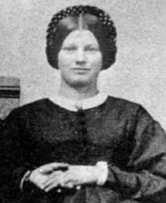 Jennie Wade (1843-1863) Jennie Wade (1843-1863) Just what more could I find out about John Filby, a man who, like our friend Jacob Engelbrecht, I clearly presume had an equally tough Thanksgiving in November of 1873? John J. A. Filby John Jacob Astor Filby was born March 24th, 1854. He was the son of Samuel Thaddeus Filby (1823-1886) and Mary Anna (Mulhorn) Filby (1836-1894). It appears that John's father was from the Gettysburg, Pennsylvania area originally. In fact, Samuel's sister, Mary Ann (Filby) Wade, was the mother of Gettysburg's most famous resident during the famed American Civil War. This was Mary Virginia "Jennie/Ginnie" Wade, who was killed by an errant bullet on July 3rd, 1863 while in the process of kneading bread. This would make Jennie/Ginnie our subject John's first cousin. Our cemetery records list Samuel Filby as a stagecoach driver, something I confirmed in the 1850 US Census as it showed him in residence at Keefer's Hotel on West Church and Court streets. The Filby's, interchangeably spelled Philby, lived on West Sixth Street in Frederick near the intersection with North Bentz Street. The 1860 Census record perhaps speaks a bit toward young John's upbringing. The family residence appears to have been a "Grog House." If you don't know what this is, it's a tavern or bar, with "grog" defined as spirits/alcohol. This locale is made even more colorful by the tenancy of one Ellen Banks, her profession listed as prostitute. Alrighty then! 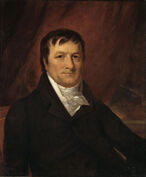 John Jacob Astor John Jacob Astor It was tough sledding to find out more about John Filby. As I gleaned a bit of his early life up until the day he literally knocked John McCormick's "lights out" in November of 1873 at age 19, one thing was definitely clear—his life would certainly not compare to that of his namesake John Jacob Astor (1763-1848). The German-born American businessman, merchant, real estate mogul, and investor died six years before John Filby's birth, and I have no idea why any parents would be so fond of the wealthy gentleman. This was a confusing name to give to a newborn because its well-known that Astor made his fortune in "sketchy" ways which included a fur trade monopoly, by smuggling opium into China, and by investing in real estate in and around New York City. He was the first prominent member of the Astor family and the first multi-millionaire in the United States. John Filby was only 11 years old when President Lincoln was assassinated and the Civil War ended in April of 1865. He can be found living at home on West Sixth Street in the 1870 census. John would marry his first wife, Miss Elizabeth Gerloch (Gerlach), in January, 1879. I found this woman, an immigrant, working as a domestic servant for wealthy mill owner and the Frederick Fair Board's first president, Gideon Bantz, in the 1870 census. Our subject likely worked as a laborer according to census records, and the few news articles I found. I had difficulty locating him in the 1880 Census, but located a person named John Philby of his age working alongside older brother Samuel at a horse livery on the north side of High Street in Baltimore. I was confused as to the whereabouts of the former Miss Gerloch, John's wife. I assume she could have died shortly after the marriage because I can't find her anywhere, including Mount Olivet. There was another instance of John Filby and a dead man in his path so to speak. One such story from the 1880s places him at the site of the water reservoir that used to be on West Seventh Street. Today this area is encompassed within Max Kehne Park. John J. A. Filby's parents are both buried here in Mount Olivet, but in different areas of the cemetery. Samuel passed just before Thanksgiving of 1886 (November 20th to be exact) and can be found in Area Q/Lot 218. Likewise, Annie (Linton) Filby died a week before Thanksgiving as well (on November 17th), 1894 making for another emotional Thanksgiving for our subject. Annie was laid to rest in Area H/lot 182. The 1890s are always problematic with a lack of the 1890 Census records, lost in a fire. I did not even come across any articles to bridge the gap to the 1900 census. I would however be able to place John at West Sixth Street in the first decade of the new century. He had remarried Joanna (Stimmel) Burrall. around 1893/94 and the couple would be living with a daughter from his new bride's former relationship. This was Joanna's third marriage as she originally been married to a gentleman named Anton Shelhorn. I reveled in seeing a new profession noted for John J. A. Filby, one that followed in his father's footsteps. He was a keeper of a saloon. I soon found other mentions of this establishment located on Montonqua Avenue, aka West Seventh Street. This was known as Filby's Road House and was considered to be on the outskirts of town at the time. It was positioned at the intersection of Montclaire Avenue and near the site of the old toll house. In 1901, a terrible windstorm took off the establishment's roof. It apparently made its way to the Oppossumtown Pike, the name for North Bentz Street above Seventh Street before the name of Motter Avenue would be applied. The occasion called for a photograph to be placed in the local newspaper as well giving us a visual. This structure, despite the damage, still stands today! It's now home to La Villa Nail Salon and Mackie's Barbecue Co. at 325 & 327 West Seventh Street. It's directly across from the hospital. Under Filby's ownership, the Road House often found itself in the center of controversy and bawdy conduct. The Filby Road House was sold around 1906/07. Newspaper advertisements show that Joanna, not John was the true owner or purse strings of the Road House. Joanna would also own several build-able lots on West Seventh. The 1910 census shows shows John without a job, or simply enjoying his retirement. However, Joanna is listed as operating a grocery store. I'm thinking this was done utilizing the couple's home domicile. John Jacob Astor Filby was reported ill in a few of the February News editions. He would be dead within a month, passing on March 21st, 1912. Filby would be buried not far from the grave of his mother in Mount Olivet's Area H/Lot 134. A sizeable dark gray monument stands over his grave. As I thought I had things nicely buttoned up on this story about a Frederick man who inadvertently killed another man, an apparent vagabond, just days before Thanksgiving, 1873, I couldn't help but think of John's wife Joanna Filby having to endure a lonely Thanksgiving in November, 1912. Regardless of how that went down, she appears relatively "grief free" by Thanksgiving of 1913. To my great surprise, Joanna had worked relatively quickly in getting remarried once again. This time her husband was in his early twenties, while she was 50. Forget turkey talk, we have a cougar on our hands "By George!" This was a future World War I vet by the name of William R. Brightwell. The articles below help illustrate the couple's interesting relationship. Apparently Joanna dabbled in a few other "questionable" endeavors as well. Months after her divorce, Joanna would suffer a major life setback as her home was consumed in a fire on West Sixth on October 24th, 1925. During this event, six homes in the neighborhood burned. These homes were seen as part of a slum area. The opportunity came for the City to rebuild public housing here in years to come as the John Hanson Apartments. The exciting life and times of Joanna (Filby) Brightwell would come to a close on February 23rd, 1928. She had been living with her daughter in the vicinity of Rose, Michigan at the time of her death caused by heart disease. She would be buried with her "old," both literally and figuratively, husband John J. A. Filby in Area H. Sadly, no one took the opportunity to ever apply her death date on her gravestone. Happy Thanksgiving, and smokers out there, I suggest you carry your own lighter and matches. Don't always count on the goodwill of others to offer you a light, as you may get more than you bargained for like John McCormick that Thanksgiving week of 1873.
The Belvedere Hotel made its formal debut in 1903, taking its name from the estate of John Eager Howard (his son Charles would marry Francis Scott Key’s daughter Elizabeth in 1825.) Located at 1 Chase Street in downtown Baltimore, this was the center of Charm City’s social scene for many years. The structure still stands today, however its primary usage today is boasting luxury condos. In its heyday as a hotel, the Belvedere hosted many famous celebrities ranging from movie stars and musicians to politicians and three U.S. presidents. The hotel’s majestic ballroom was used nightly for formal dinners and fanciful galas. An event that occurred here on the night of Monday, January 11th, 1910, did not possess the glitz and glamour of a Hollywood party, nor did it have the stuffy air of a formal state dinner. No, on this particular night, a group of Union veterans of the American Civil War once again gathered together to reminisce about days of old, and enjoy each other’s company during times of peace—something they had been doing since their inaugural edition of these annual reunions decades before. This group was known as Cole’s Cavalry, a military outfit of volunteers that had been formed 49 years earlier in 1861 at the outset of “the War between the States.” Although the event was well-attended and went off without a hitch, there was something noticeably different in comparison with previous gatherings of this set of cavalrymen attached to a military unit known as the Potomac Home Brigade. Plain and simply, absent was the group’s wartime leader and namesake—Col. Henry A. Cole, a Frederick, Maryland native. Col. Cole had died the previous May. In 1861, Henry Alexander Cole rose to the rank of American colonel and bravely commanded the 1st Maryland Cavalry Battalion, Potomac Home Brigade in operations across his home state of Maryland and Virginia during the American Civil War. An 1881 newspaper article appearing in a newspaper called the Carbon Advocate (Lehighton, PA) spoke of our subject: “Maj. Henry A. Cole of Frederick, Md., was the commander, and it is needless to say that he was a man of great dash and courage. From the first fight in which he led his four companies of brave mountaineers, down to the close of the war, the cavalry he commanded bore his name and I doubt if there was ever one of those sturdy veterans who did not take pride in saying that he belonged to Cole’s Cavalry.” Henry Alexander Cole was born on July 25th, 1838, in Frederick. He was the third son of George A. Cole (1806-1886) and wife Ann F. (Hilton) Cole (1803-1877). One of eight children, Henry was educated in local schools and took on the trade of carpenter like his father before him. Over the next decade, Henry used his skills in the contracting and construction of residential, commercial and public structures. The Cole family lived on South Market Street, just south of the intersection with All Saints St. They had a house on the east side of Frederick’s principal north-south thoroughfare, and this was three doors down from the B&O Railroad passenger station (across Market Street from the US Hotel). With the winds of war prominently blowing on Frederick in the spring of 1861, local residents had seen events such as the fall of Fort Sumter (SC), the fall of Harpers Ferry and defection of Virginia from the Union, the Pratt Street Riots in Baltimore, and the capital of Maryland temporarily moved from Annapolis to downtown Frederick. An early war zone would soon constitute our county’s southern border. This was the Potomac River, true dividing line between North and South, the Union and the Confederacy. Before the war, Henry A. Cole was a commissioned "Major" in Maryland’s Militia on May 1st, 1861. He would serve as Aide-de-camp on the staff of Major General Anthony Kimmel (commander of militia in the western part of the state.) On July 19th, 1861, US Congressman from Maryland, Francis Thomas, received authorization from Edwin Stanton, President Abraham Lincoln’s Secretary of War, to provide for the raising of four regiments of infantry for the protection of persons and property in the area. In addition to the four companies of infantry, Representative Thomas also planned to raise four regiments of cavalry who would prove useful for the exact services that the brigade was being raised for – scouting, patrolling river crossings, and anti-guerrilla operations. Secretary Stanton’s order was brought to Frederick and a request for volunteers was called for with interested parties asked to assemble at the old Hessian Barracks site on South Market Street, a stone’s throw from Mount Olivet Cemetery. The day was August 10th, 1861. As this was a volunteer unit, most of the men who answered the call were young and had come from local farms, bringing their own horses for use in the war effort to preserve the Union. This would be the same day that Henry A. Cole enlisted in the Union Army. Like the men under him, he was mustered into the military for three years’ service. Just over three months later on November 27th, 1861, Cole would be appointed captain of Company A of the 1st Maryland Cavalry Battalion, Potomac Home Brigade. In short time, this outfit, made up primarily of Frederick men, would take the name of its charismatic recruiter, becoming “Cole’s Rangers” and/or "Cole's Cavalry.” Henry A. Cole made a true name for himself on March 7th, 1862 as his men led the advance of Gen. Nathaniel P. Banks division into Virginia. Cole would have his horse killed under him at the battle of Bunker Hill (north of Winchester). Luckily, our subject would not be injured in the incident. He was able to quickly liberate one of the many horses the Rebels had captured/stolen for his own use, allowing him to lead a defeat of the Confederate units under renowned cavalry Gen. Turner Ashby (1828-1862.) Cole and his men would take many prisoners in the days to follow. Capt. Cole and his men would participate in the Battle of Kernstown on March 22nd, 1862 and the following day's Battle of Winchester in which Gen. James Shields faced off against soldiers under Gen. T. J. "Stonewall" Jackson and his stalwart brigade. In the months to follow that spring, the Frederick men in Company A would see action at Edinburg and Charles Town, both in Virginia. On August 1st, 1862, Companies A, B, C, and D were consolidated within the 1st Maryland. The whole regiment now took Cole’s moniker. Henry Cole would be officially promoted to the rank of major a few months later in October. In late summer, Cole's Cavalry would participate in the Second Battle of Bull Run/Manassas, operating against the left flank of the Confederates. After Gen. Robert E. Lee’s victory in this major engagement, the Confederates headed north into Maryland. They crossed the Potomac River at Conradt’s Ferry and soon would be traversing Carrollton Manor. Frederick would be the first substantial, northern town to which the fabled general would bring his Army of Northern Virginia. This was early September of 1862. Meanwhile, Cole’s Rangers attacked Southern cavalry units near Leesburg. They did encounter a surprise attack in the Battle of Mile Hill on September 2nd of 1862 in which Cole lost roughly 60 men. Two days later, Cole's Cavalry was active at skirmishes at Edwards Ferry and Monocacy Creek along the Potomac. They provided reconnaissance of troop movements in the Lovettsville area as the Rebel forces converged on Frederick. From here, Cole was ordered to participate at the Battle of Harpers Ferry (Sept. 12-15) of the Maryland Campaign. A cavalry breakthrough of enemy lines was necessary at the final stages of the battle. Cole’s Cavalry were tasked to deliver an important dispatch from the beleaguered garrison of Col. Dixon Miles to Gen. George B. McClellan, in charge of the Union’s Army of the Potomac. Major Cole , with three men on foot, succeeded in eluding the Confederate forces, and reached McClellan's headquarters east of Burkittsville. Once there, he reported the condition of affairs at Harpers Ferry, and was assured by the general "that he felt confident that by that time Gen. Miles had been relieved" by Gen. Franklin. Unfortunately, this would not happen resulting in a major surrender by Miles. Over 12,000 men laid down their arms in what became the largest surrender of US forces until the Second World War. The captured men were paroled and were soon on their way to Camp Parole near Annapolis, where they would wait out their exchanges. Cole's Cavalry had lost about a dozen men around the Harpers Ferry area through the whole episode and days leading up to it. Regardless, Henry Cole would receive personal thanks for the mission. The battles of South Mountain and Antietam would occur at this same time. Afterwards, Henry Cole would remain in Northern Virginia to square-off against one of his key rivals—Confederate Col. John S. Mosby (1833-1916). Mosby’s operations in Northern Virginia, and regular attacks across the Potomac on the Chesapeake & Ohio Canal and Baltimore & Ohio River, are legendary. During the Gettysburg campaign of June/July, 1863, Maj. Cole was connected with the division of Gen. French. Cole's Cavalry would be sent to Frederick where Cole, himself, would serve as provost marshal. After the Battle of Gettysburg, Cole's command was sent to Harpers Ferry to destroy the bridge to prevent Rebels from crossing at that point. This was a mission that was successfully accomplished with small loss to Cole's unit. With well over a year of solid experience and services under its belts, the decimated ranks of Cole’s Cavalry needed to be refilled due to losses due to capture and casualty. Soon replenished to full strength, the battalion drew the assignment to range up and down the Shenandoah Valley, keeping a watchful eye on the movements of Gen. Lee. For a short time, the battalion was broken up, however in the fall of 1863 the command was reunited and assigned to pursue Lee and his Army. During the autumn and winter, Cole’s Cavalry fought the Confederates at Leesburg, Upperville, Charlestown, Woodstock, Front Royal, Edinburg, New Market, Harrisonville, and Romney. The old battalion was placed in a “Brigade” with the First New York Cavalry within the 34th Massachusetts Infantry. The New York cavalrymen and Cole’s cavalrymen became devoted friends. Each command had the highest opinion of the brave qualities of the other. Rations and powder were practically shared. Going to the following winter of 1863 – 1864, the New Yorkers and the Marylanders engaged in horse racing and other sports at Brigade headquarters at nearby Charlestown, which seems all but fitting. Maj. Cole would go on to participate at the Battle of Loudoun Heights (VA) and was promoted to Lieutenant Colonel for his dramatic victory at the engagement on January 10th, 1864. This would often be referred to as “the battle in the snow.” Mosby’s Rangers would attack Maj. Cole’s command in the middle of the night. Cole’s men fought them off in the snow wearing only their night clothes (ie: pajama equivalent). After a desperate hand-to-hand combat, the Confederates were repulsed. This event would be commemorated each year on January 10th by Cole and his men, setting the date for the annual reunion banquets like the one mentioned at the outset of this particular "Story in Stone" on January 10th, 1910. (NOTE: For a detailed description of this event, see Travis' "A River Divided" blog article.) Celebrated in Frederick The heroics at Loudoun Heights by Cole's Cavalry won its commander much attention, not to mention personal thanks from Gen. H. W. Halleck, commander-in-chief of the United States armies. The bravery of Cole's Cavalry had been published in newspapers across the country. In February, 1864, three fourths of the command reenlisted for the duration of the war. They were granted a furlough for the period of 30 days. The cavalrymen were given a warm reception by the people Frederick. Citizens flocked to the outskirts of town in order to greet them, all the while bells of the fire engine companies and the churches were ringing. The soldiers marched through the streets of Frederick amidst waving flags welcoming Cole’s cavalrymen back, and were eventually escorted into City Hall on North Market Street to the strains of the song "Home Again." A patriotic address was then made by Judge Madison Nelson, associate judge of the Maryland court of appeals. The ceremony was followed by a banquet, after which the members of the battalion hurried to their homes. At this same time, Maryland Governor Augustus W. Bradford had taken great interest in Cole’s Cavalry, and suggested the major enlarge his battalion to full regiment. This unit had proven so useful to Federal commanders during the campaigns of 1862 and 1863 that the organization was further expanded in February 1864. Eight additional companies were created, raising the battalion to a full regimental strength. The governor had no difficulty in getting the necessary authorization from President Lincoln’s War Department. Maj. Cole was commissioned lieutenant colonel in March, and then fully promoted to colonel the following month on April 20th, 1864. The veterans of the first Battalion, who were fully equipped, were ordered to report to Gen. Franz Sigel as part of Gen. Phil Sheridan's campaign in the Shenandoah Valley. On May 15th, 1864, Cole’s Cavalry took part in the disastrous fight at New Market, Virginia. Losses were heavy for the Union side as Gen. Sigel was defeated, and many soldiers were captured by the brigade of brave young cadets from the Virginia Military Institute located in Lexington, Virginia. Gen. Sigel’s movements have been subject to criticism. Unfortunately, he failed to thwart a secret mission headed by Rebel Gen. Jubal A. Early a month later, allowing Early's force to arrive in Martinsburg by train from Lynchburg, VA while the Union had the capital of Richmond under siege, as well as Petersburg. This "Hail Mary" plan of Robert E. Lee's involved a sneak attack on Washington, DC from the northwest, or so it would play out that way in early July, 1864. With Cole's Cavalry out in the Shenandoah Valley, a clear path to Frederick without opposition had been laid out to Gen. Early. He would levy ransoms on Hagerstown, Middletown and finally Frederick. You likely have heard the story of Frederick's city officials and local banks cobbling together $200,000 at that time in effort to "save the town" from the supposed torch of Early and his men. The Battle of Monocacy would immediately follow on July 9th as heavily outnumbered Union forces under Gen. Lew Wallace met Gen. Early along the banks of the Monocacy River south of town at the site of the Frederick railroad junction. If not for this little engagement, and the delay it caused allowing the city of Washington to be re-fortified, our nation's capital might have been captured by Early's force. Later in 1864, Cole’s cavalrymen took part in the engagements at Keedysville, Charlestown, Halltown, Summit Point, Berryville, and Winchester. The area was soundly kept in check by the forces under Gen. Phil Sheridan. The regiment of Col. Cole was afterwards ordered into the newly-formed/named) state of West Virginia to guard lines of communication until the war's end in the spring of 1865 when Gen. Robert E. Lee surrendered to Union Gen. Ulysses S. Grant on April 9th. Col. Henry A. Cole would be relieved of command a few weeks later in Martinsburg on May 3rd. Cole's Cavalry was officially mustered out of the service at Harpers Ferry on June 28th, 1865. Over the course of the war, at least 1,616 officers and men served under the Frederick native. During the period of nearly four years from August 1861 to June 28th, 1865, the regiment had fought in nearly 200 engagements and captured more than 1000 prisoners. Some of Col. Cole's men had covered 7000 miles criss-crossing the Potomac region. After the war, Henry A. Cole applied for a position in the U.S. Cavalry and was informed by the U.S. Secretary of War (Edwin Stanton) that he had been appointed Captain of the 7th U.S. Cavalry by the President of the United States (Andrew Johnson), and was sworn-in on October 11th, 1866. He was examined and was found physically competent, but shortly after that, he failed the examination by the Cavalry Board and his appointment was canceled. Two advertisements appear in Frederick Examiner newspapers in 1865 regarding his personal home, and a business venture into the "coal" business. Henry A. Cole would soon move to Baltimore, and start a home contracting business. building a number of houses on Madison Avenue in the west part of the city. He is listed as an architect in business directories of the period, as well as the 1870 US Census. In the US Census of that year, it appears that Col. Cole’s parents moved with him to Baltimore as well, along with his younger siblings. He would soon met Mary E. Smith (1840-1927) of Baltimore, and the couple were married in 1870. Cole would build a number of houses on Madison Avenue in west Baltimore. He soon met Mary E. Smith (1840-1927) here in the city and the couple wed on 1870. Henry's profession would change in 1880 when our subject accepted an appointment to the United States Internal Revenue Service, which position he held at the time of his death. One source says he was a US Internal Revenue Storekeeper (1881-1890), and a US Internal Revenue Gauger (1890-1909). The 1890 veterans schedule shows Col. Cole living at 1420 Argyle Avenue in Baltimore. He would appear in the 1900 census living here as well, with Argyle Ave. located in the Upton neighborhood of the city (slightly northwest of center city). Henry was found to be living as a boarder to the George J. Waltz family. Mr. Waltz was a druggist. 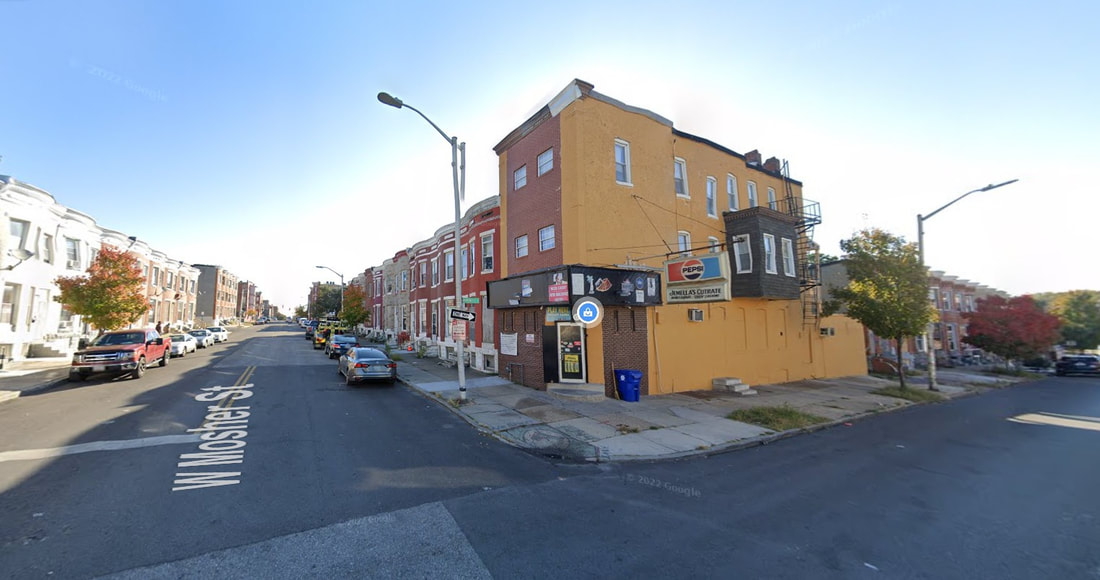 The last home of Col. Cole was the building to the right (yellow) at 1831 W. Mosher St and Monroe St. It was likely the site of Mr. Waltz drugstore back in the first decade of the 1900s. The Waltz' can be found living here in the 1910 US Census, having moved from Argyle Ave. Today it is Jemella's Cut Rate Liquors. Often called “modest and kindly,” Col. Henry A. Cole's benevolence was put on display by our local newspaper back in 1891. The same article appeared in the Baltimore Sun the following day. Cole was a prominent member of the (G.A.R) Grand Army of the Republic, the largest of all Union veterans' organizations. This may have been the genesis of the G.A.R. plot in Mount Olivet that currently exists at the south end corner of Area C (Lots 1 & 2) today. Here, you will find a collection of Union soldiers buried by themselves in adjoining gravesites. A few members of Cole's Cavalry are here as well, John A. Hudson and Charles J. Reynolds. Col. Henry A. Cole would join his former soldiers and family members in 1909. He would pass days before Memorial Day on May 25th 1909 at his home on West Mosher Street in Baltimore. He had been ill for a time, and his obituary states Bright's Disease as the cause for his death at age 70. Col. Cole's body would return to his hometown of Frederick for burial in the family lot in Area R/Lot 98. Here, he would join his parents (George and Anna) and siblings David, George, William, Maria and Sue Boyer. The pall bearers for the burial were all former members of “Cole’s Cavalry” from the Frederick area. The Frederick G.A.R. Reynolds Post #2, performed the ritual services at the grave and many Civil War veterans groups were part of the ceremonies, Then a final salute was fired over the grave, and “Taps” were sounded. A fitting, large, granite monument adorns the site. It is topped with a sphere and a decorative staircase leads up to the monument placed on a small bluff. This seems like it could be on a battlefield and its placement reminded me of the colonel's heroism in battle at Loudoun Heights back in January, 1864. I found it interesting that there is no mention whatsoever of Col. Cole's wife, Mary, in his obituary. I actually had trouble finding any reference to her in newspapers and census records, and their supposed wedding in 1870. I also surmise they had no children. Mary died on November 7th, 1927, and is buried next to the colonel in Area R. Veterans' Day 2023 marks the debut of our American Civil War "Union soldier collection" on MountOlivetVets.com. Many thanks to Marilyn Veek and several other volunteers over the last several years who have helped us research these soldiers, and now you can explore these memorial pages of Mount Olivet's Union soldiers. We hope to have Confederate soldiers up by next Veteran's Day, if not sooner. The button below will take you directly to the Civil War portal on the site.
|
STORIES
|
Archives
July 2024
June 2024
May 2024
April 2024
March 2024
February 2024
January 2024
December 2023
November 2023
September 2023
August 2023
July 2023
June 2023
May 2023
April 2023
March 2023
February 2023
January 2023
December 2022
November 2022
October 2022
September 2022
August 2022
July 2022
June 2022
May 2022
April 2022
March 2022
February 2022
January 2022
December 2021
November 2021
October 2021
September 2021
August 2021
July 2021
June 2021
May 2021
April 2021
March 2021
February 2021
January 2021
December 2020
November 2020
October 2020
September 2020
August 2020
July 2020
June 2020
May 2020
April 2020
March 2020
February 2020
January 2020
December 2019
November 2019
October 2019
September 2019
August 2019
July 2019
June 2019
May 2019
April 2019
March 2019
February 2019
January 2019
December 2018
November 2018
October 2018
September 2018
August 2018
July 2018
June 2018
May 2018
April 2018
March 2018
February 2018
January 2018
December 2017
November 2017
October 2017
September 2017
August 2017
July 2017
June 2017
May 2017
April 2017
March 2017
February 2017
January 2017
December 2016
November 2016

























































































































































































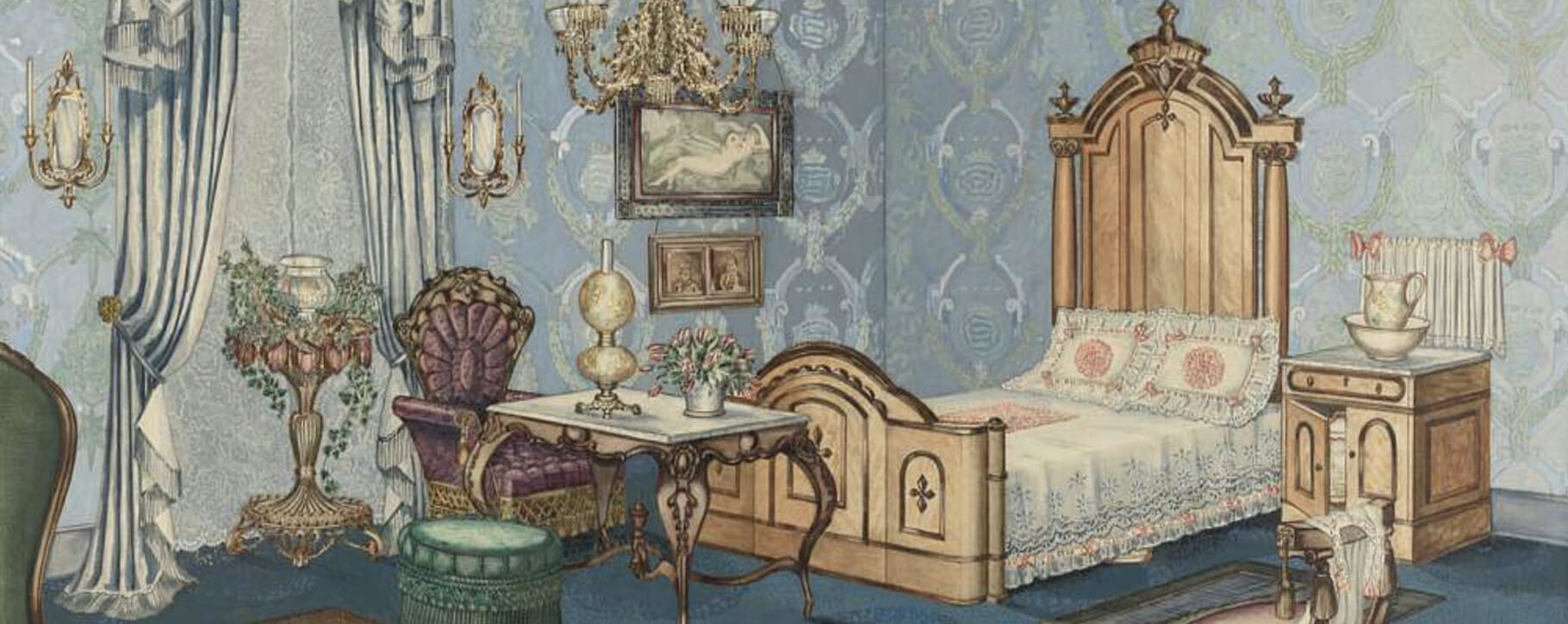













































































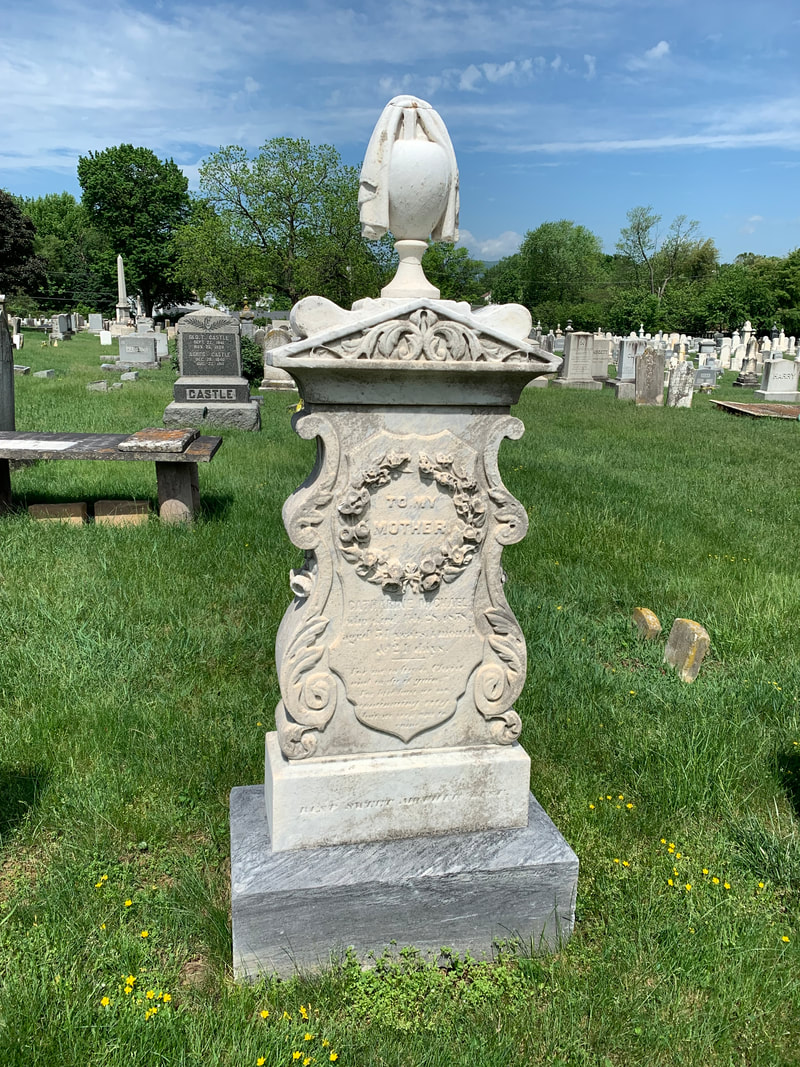



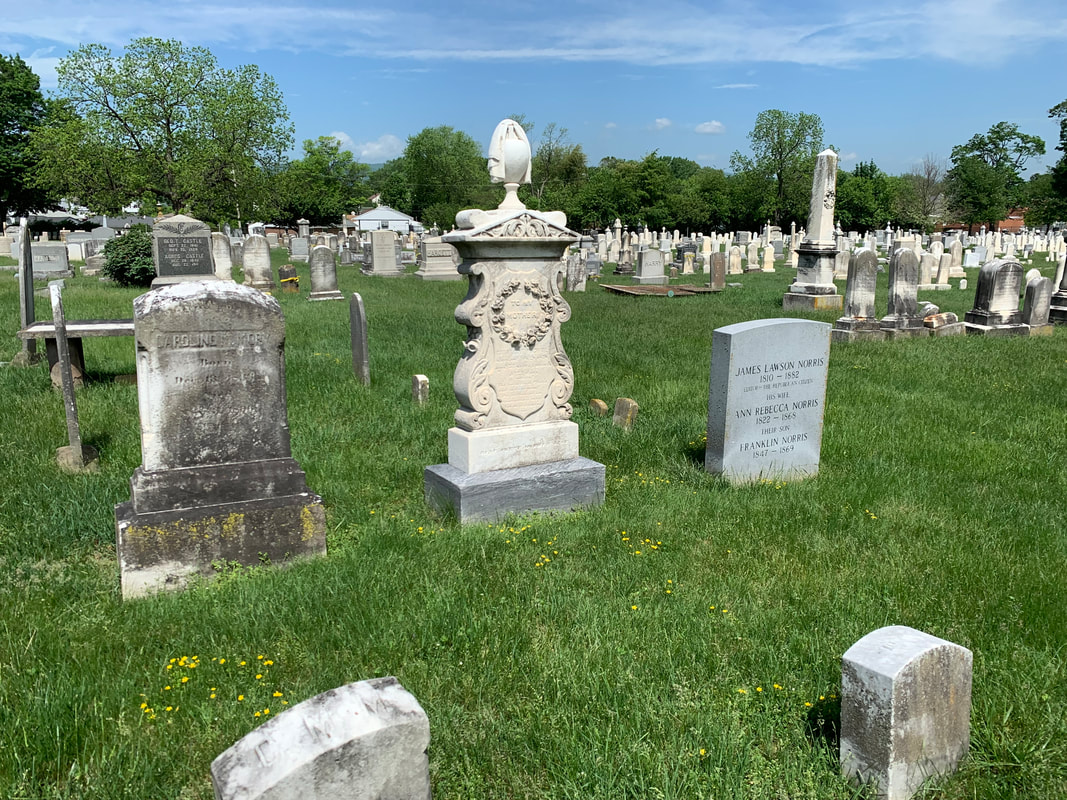

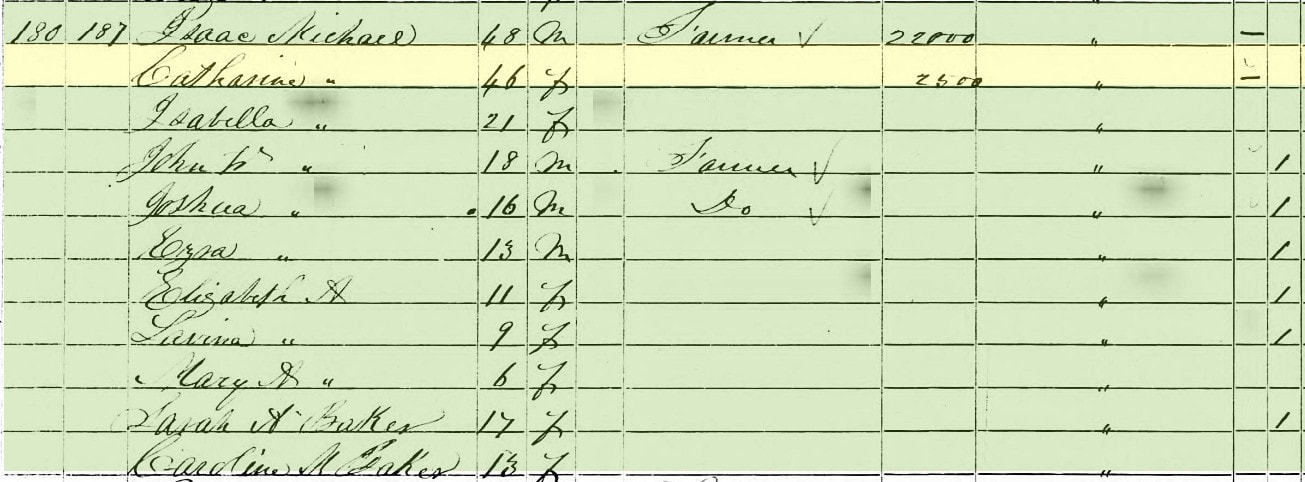
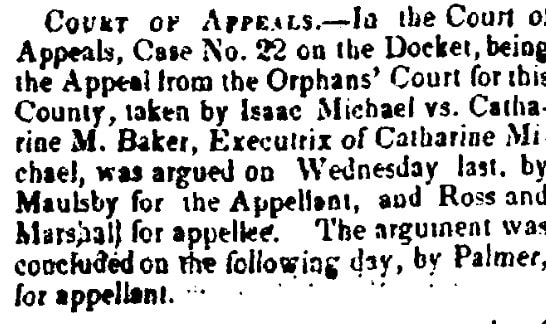
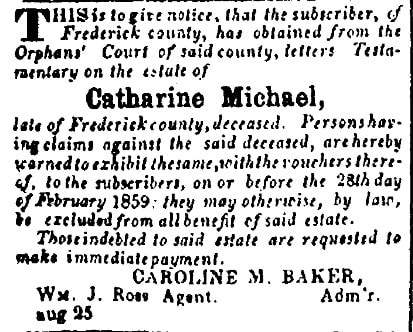

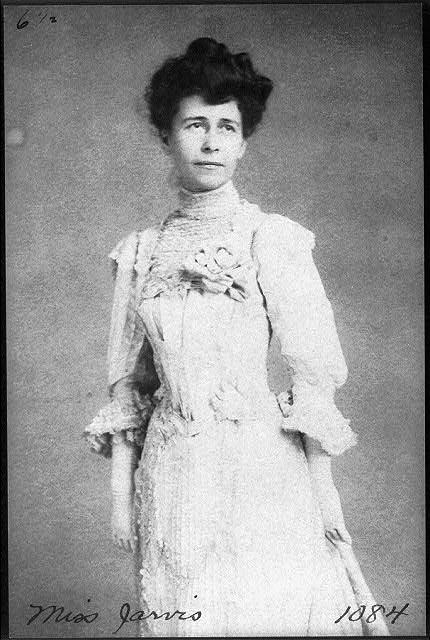
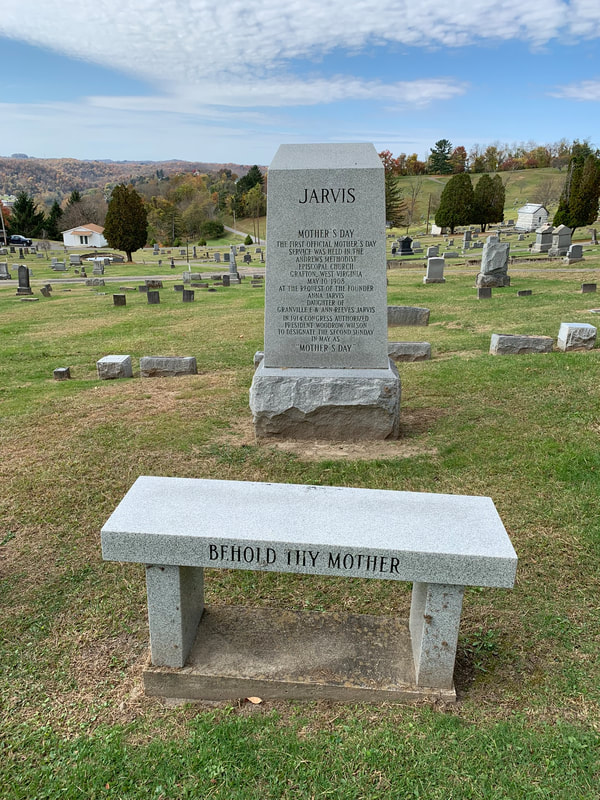


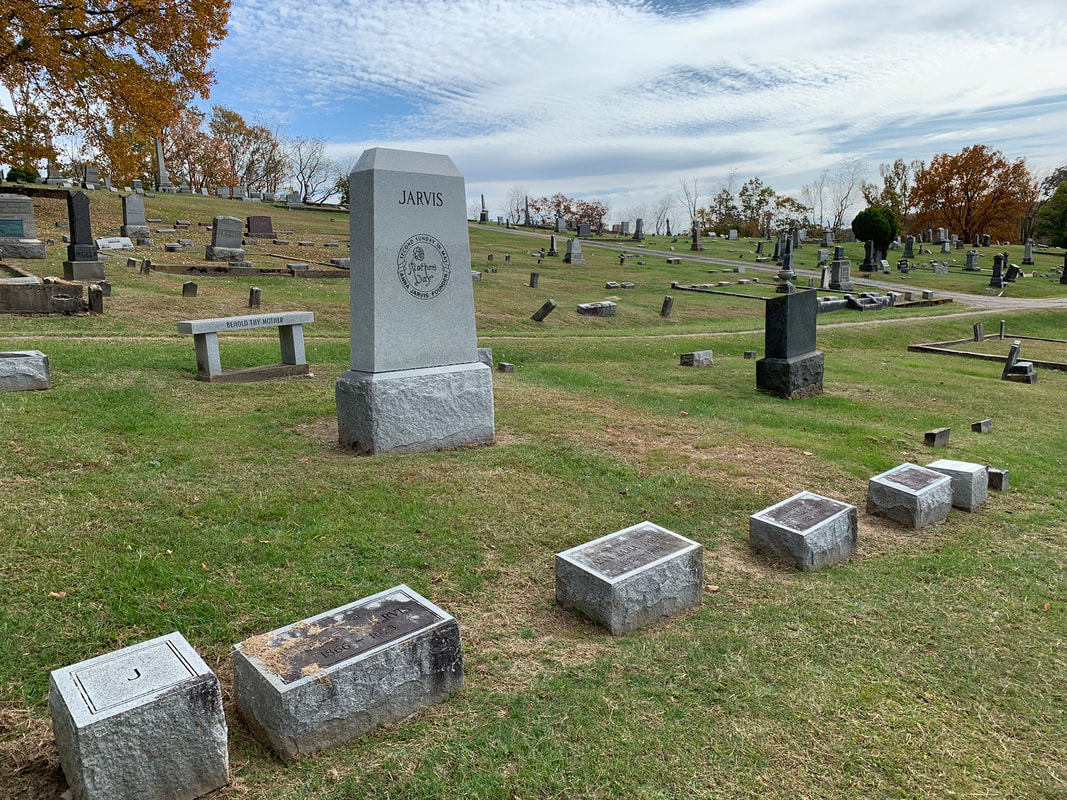

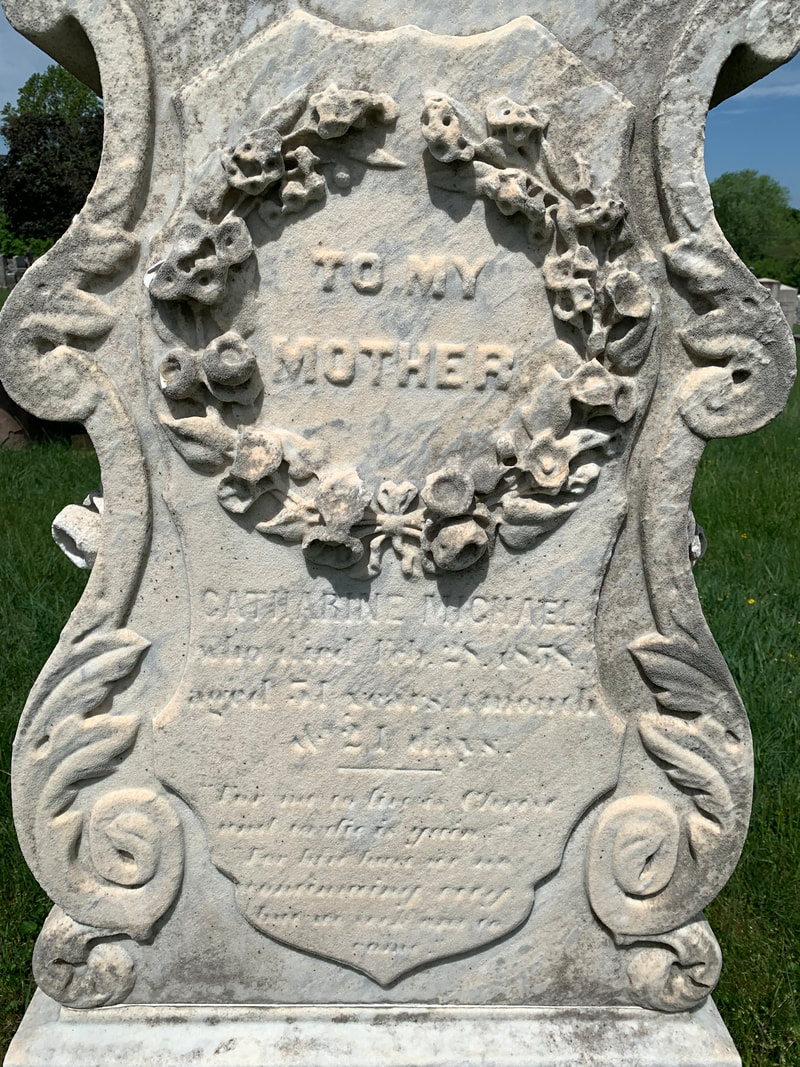
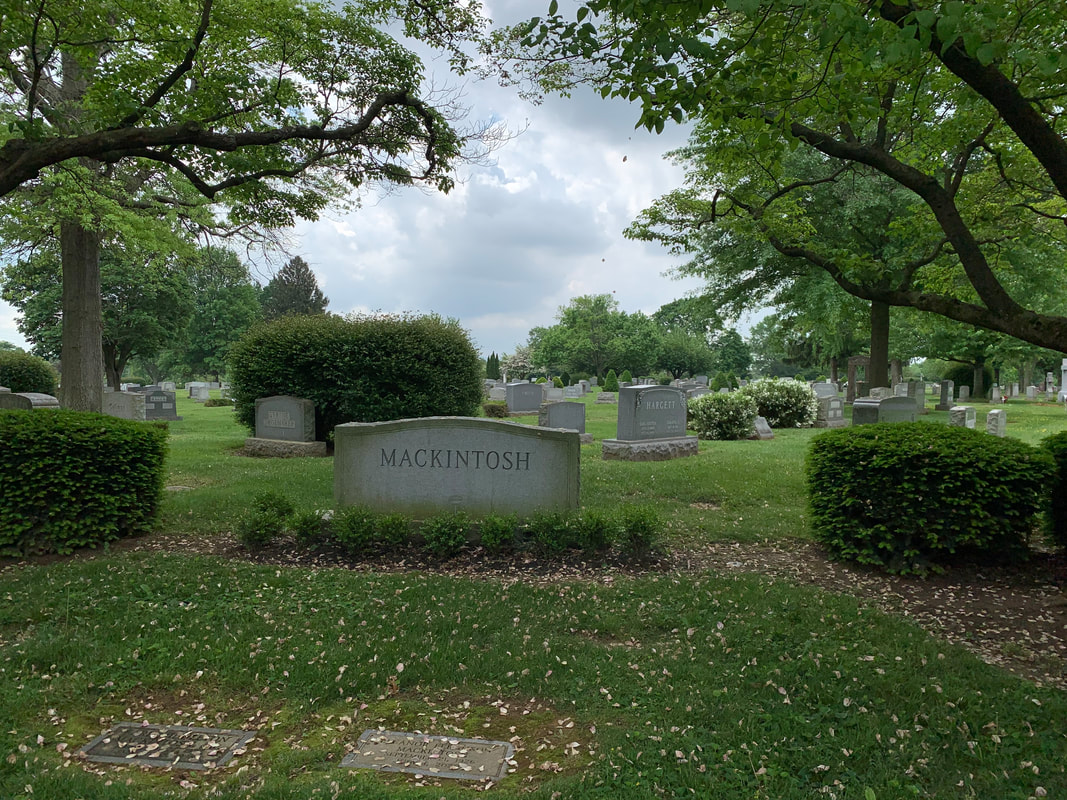
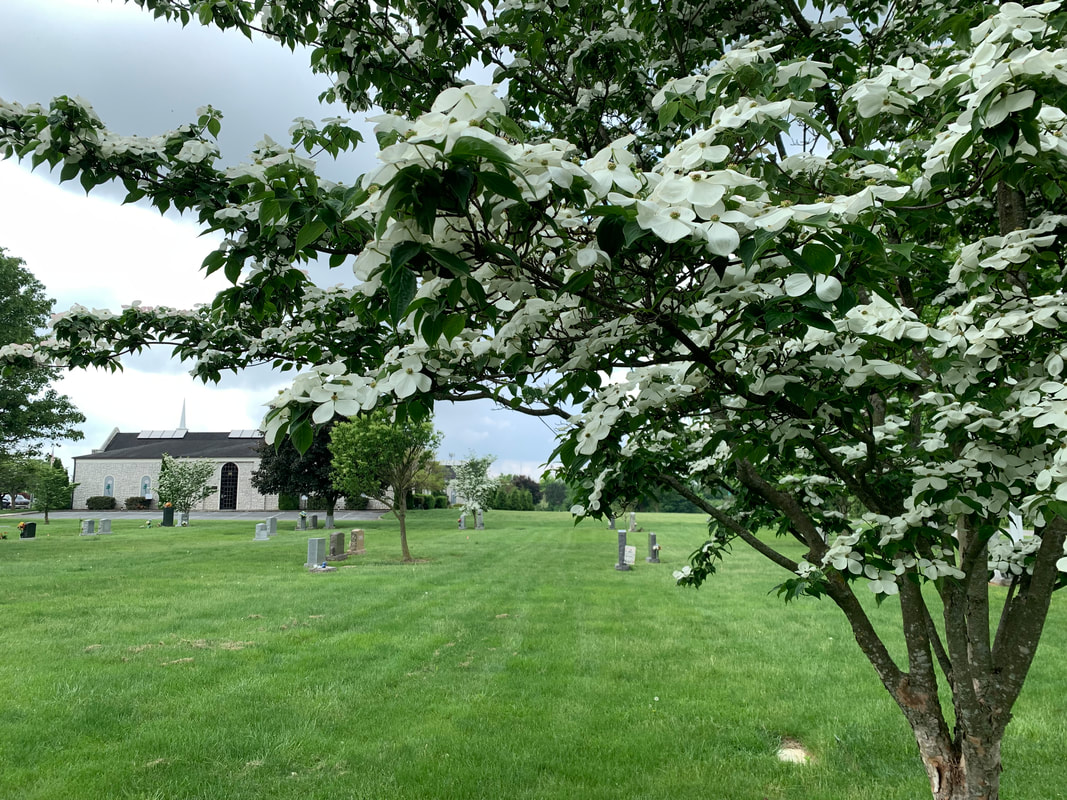
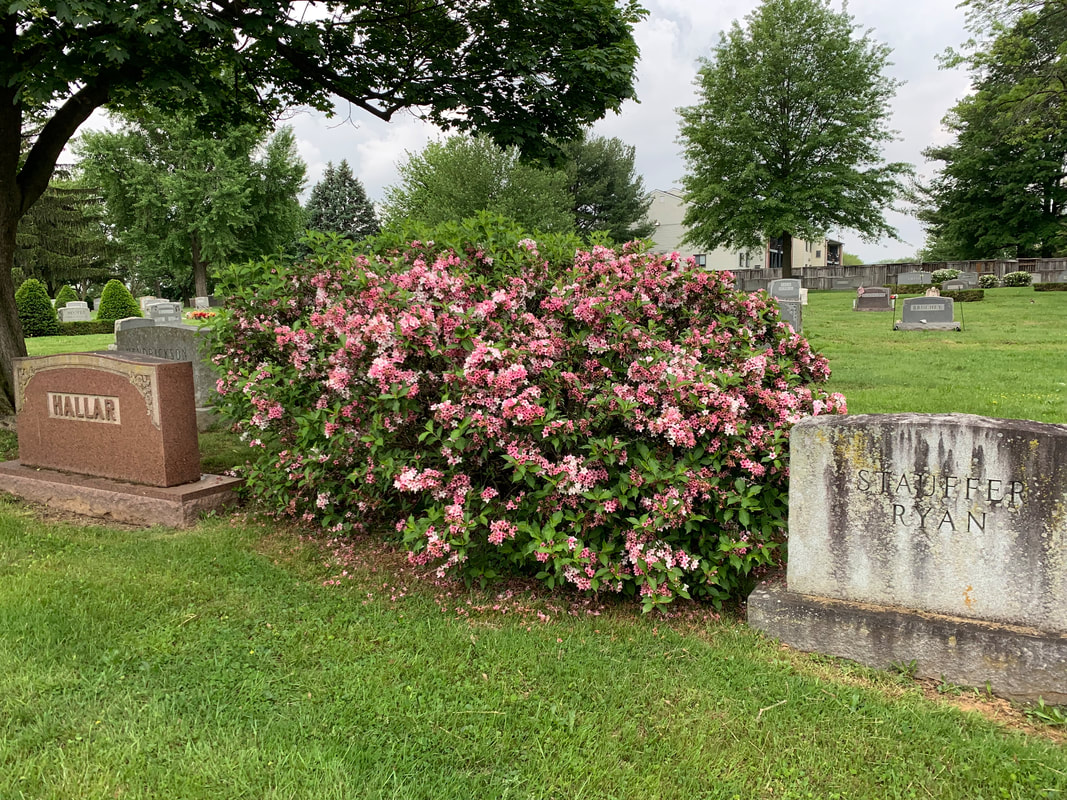

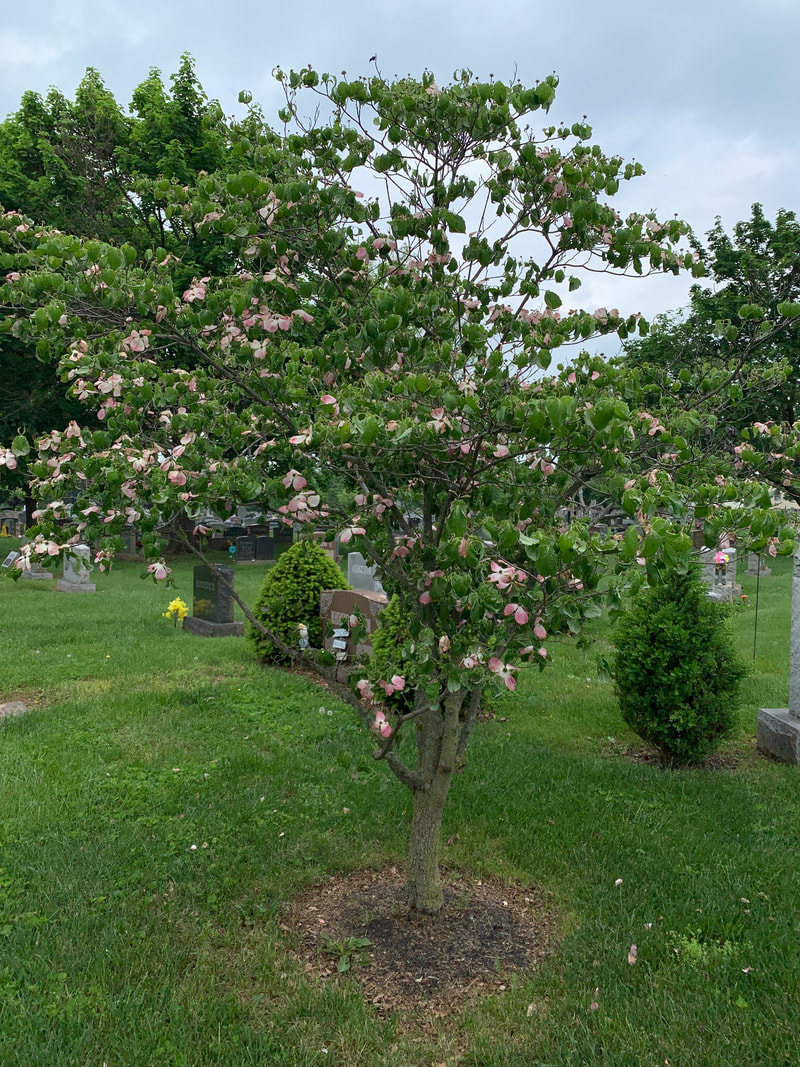
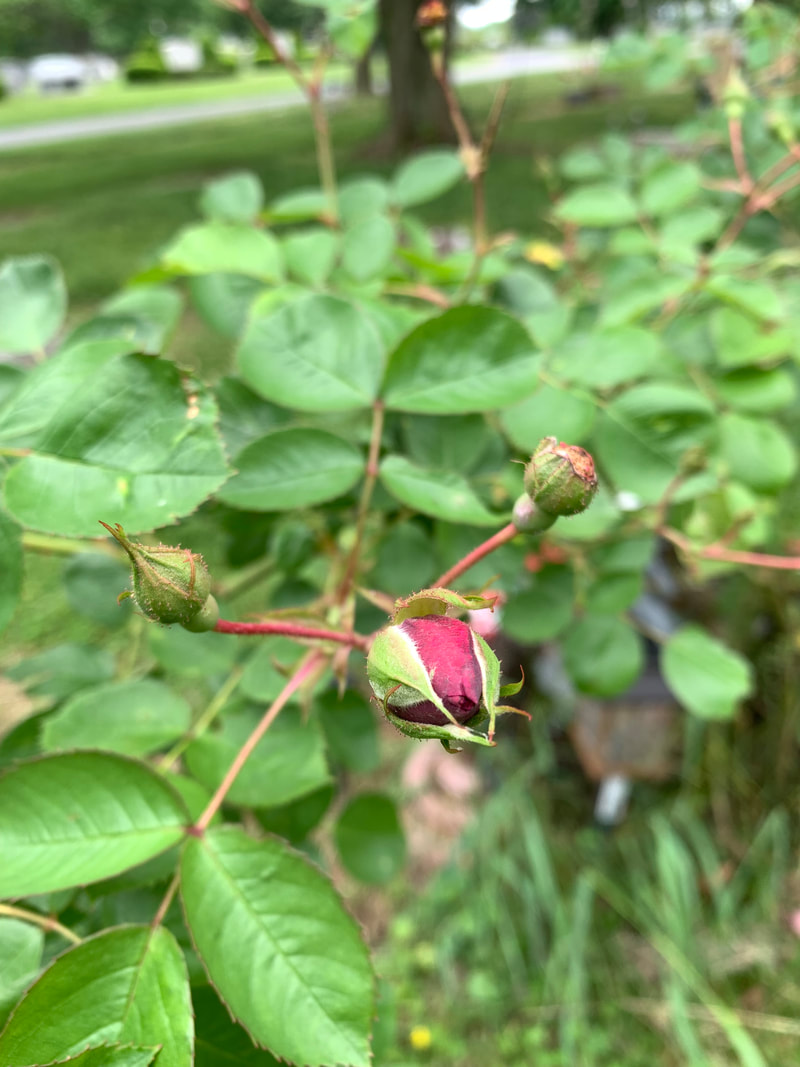
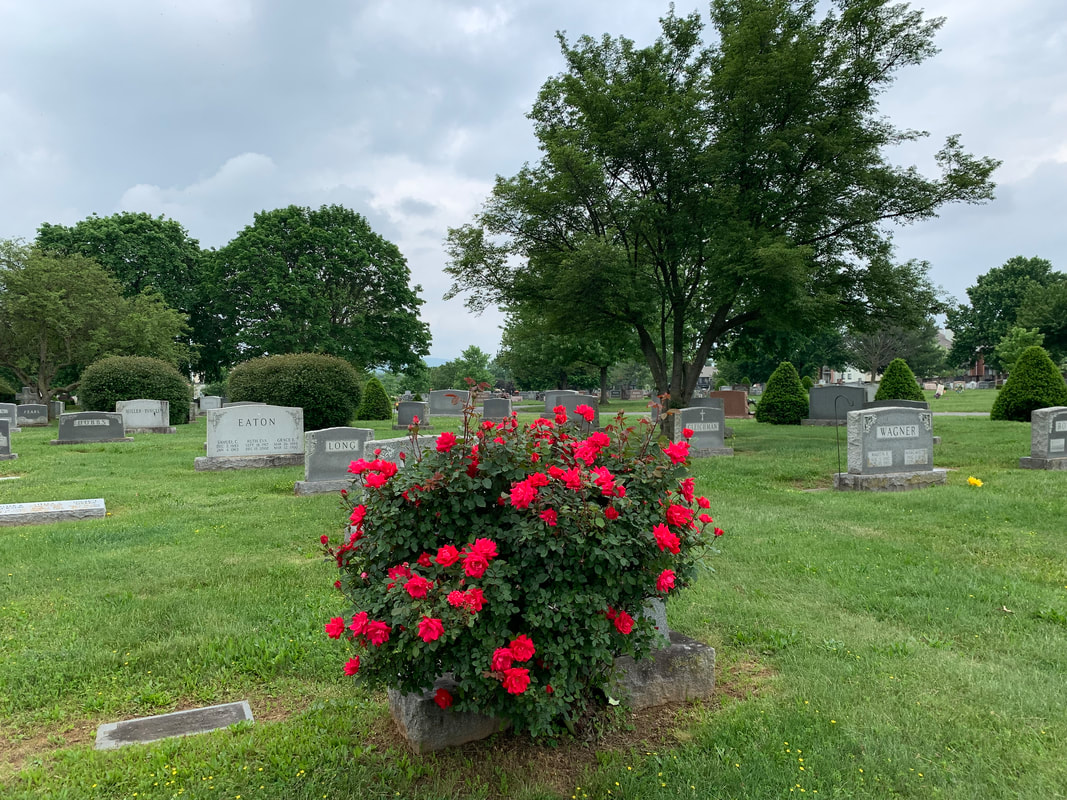
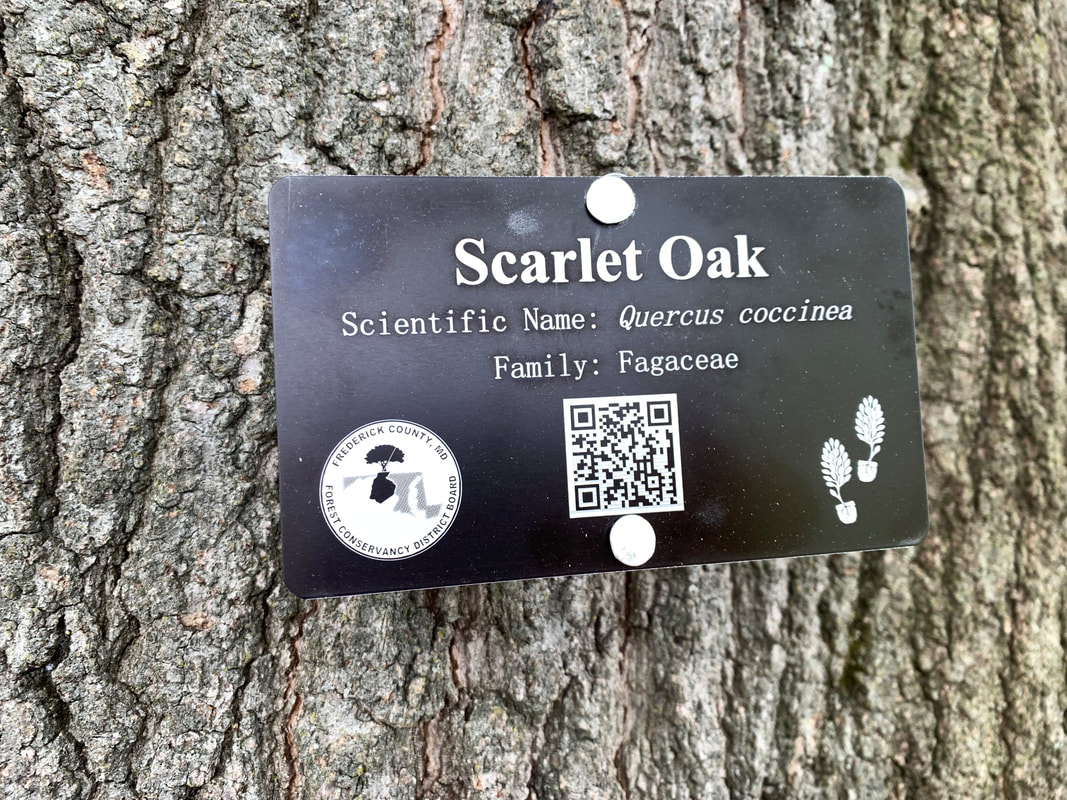
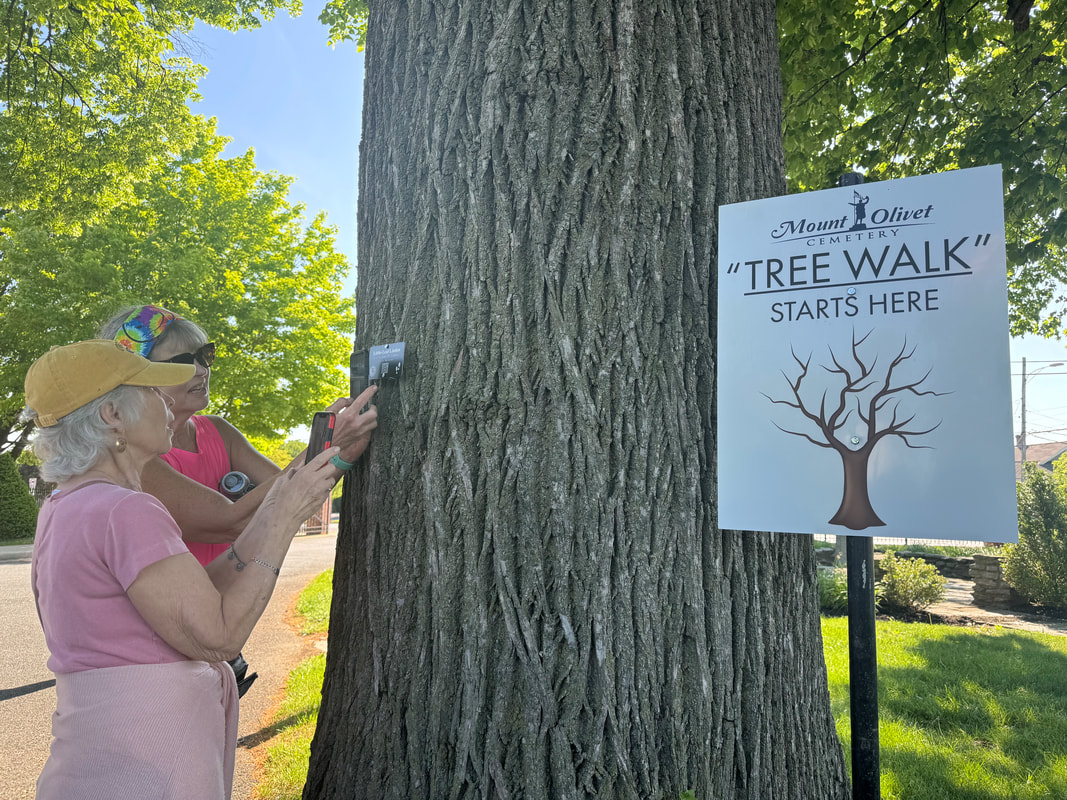
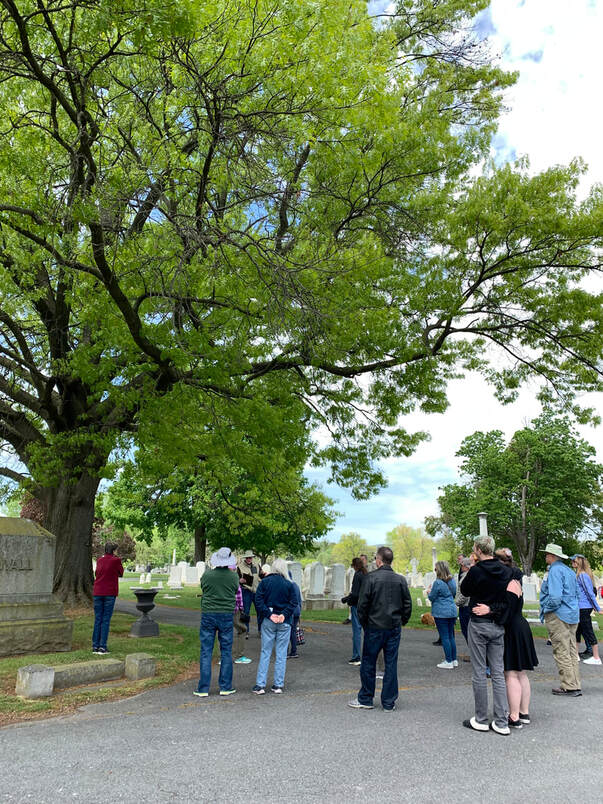
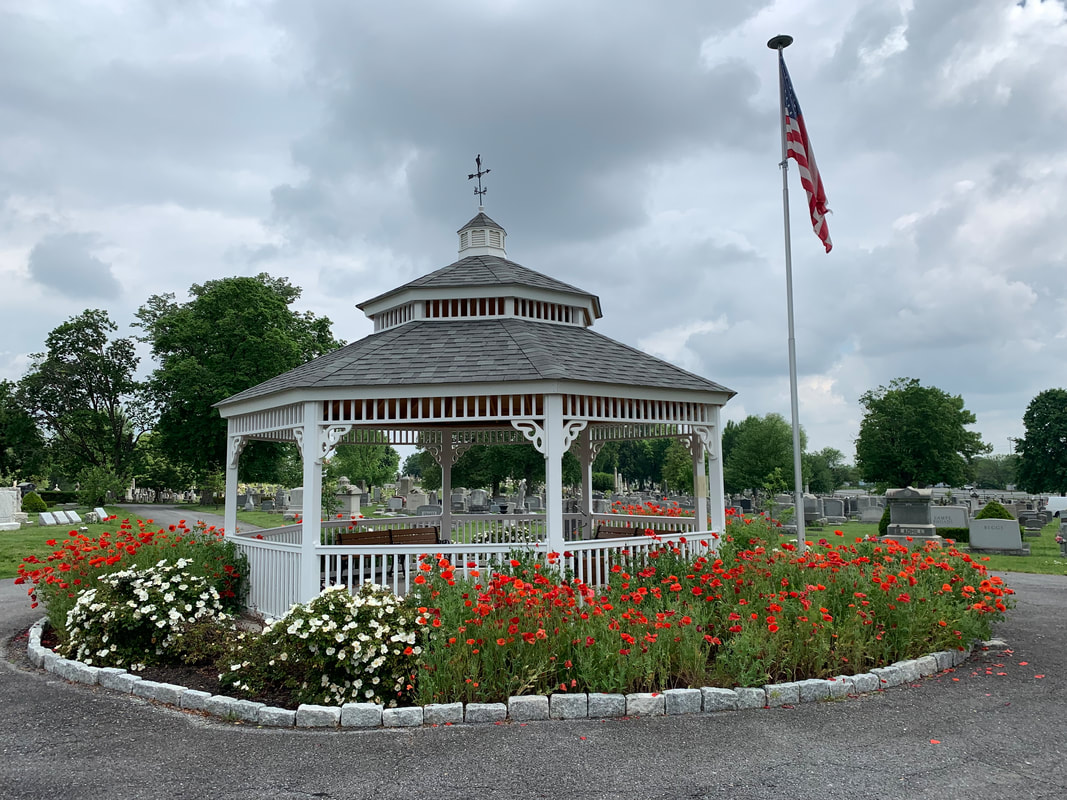
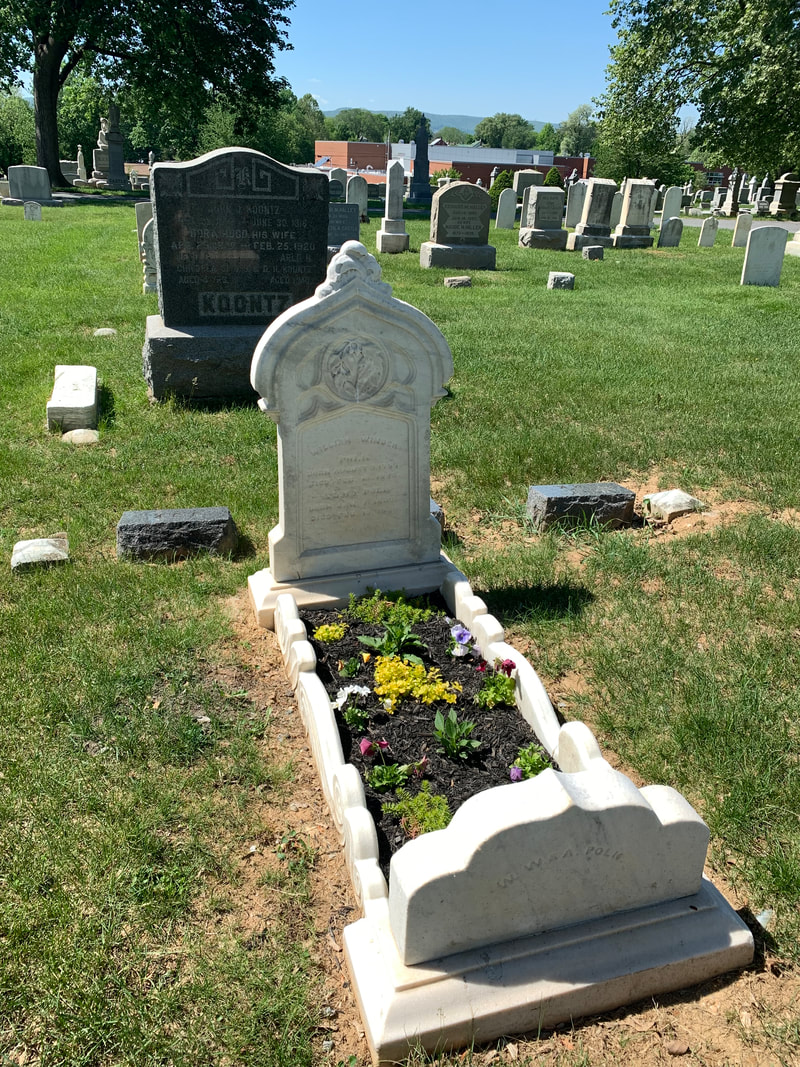
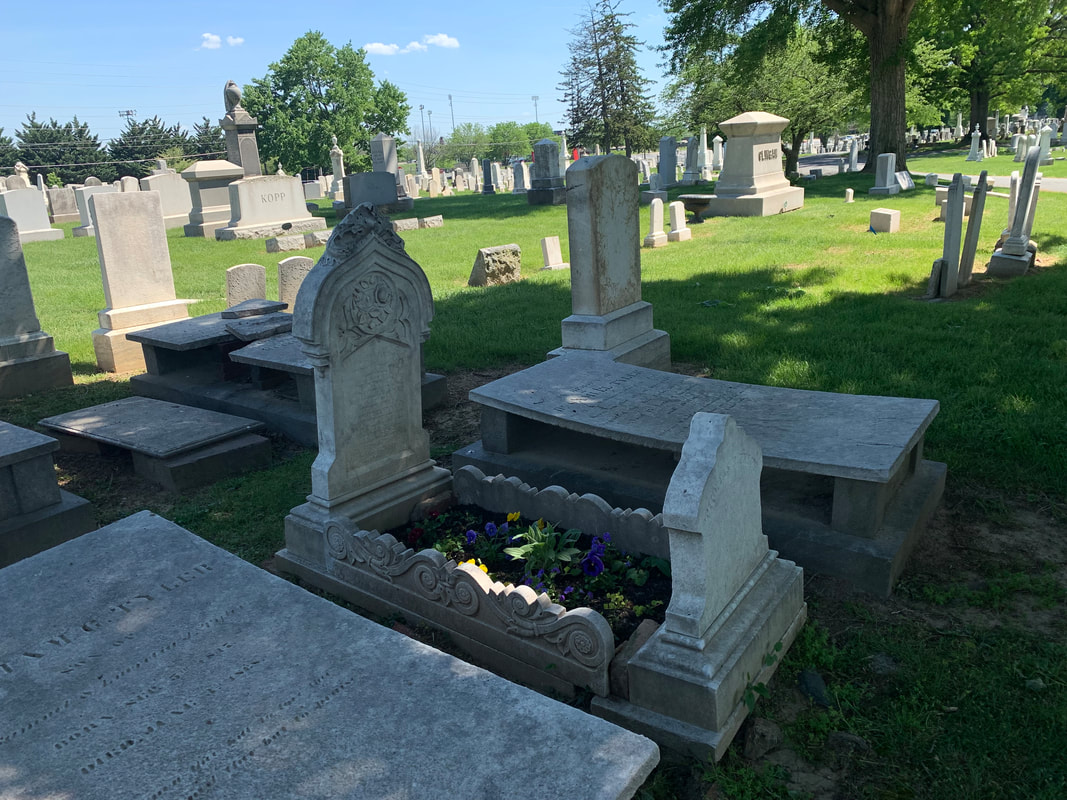
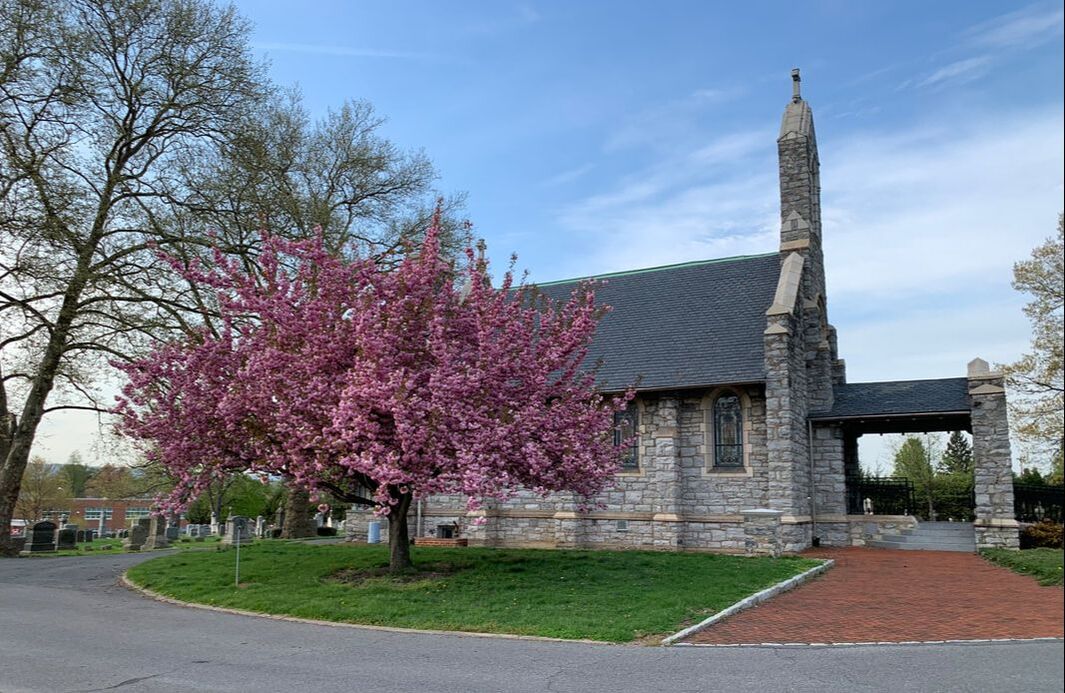
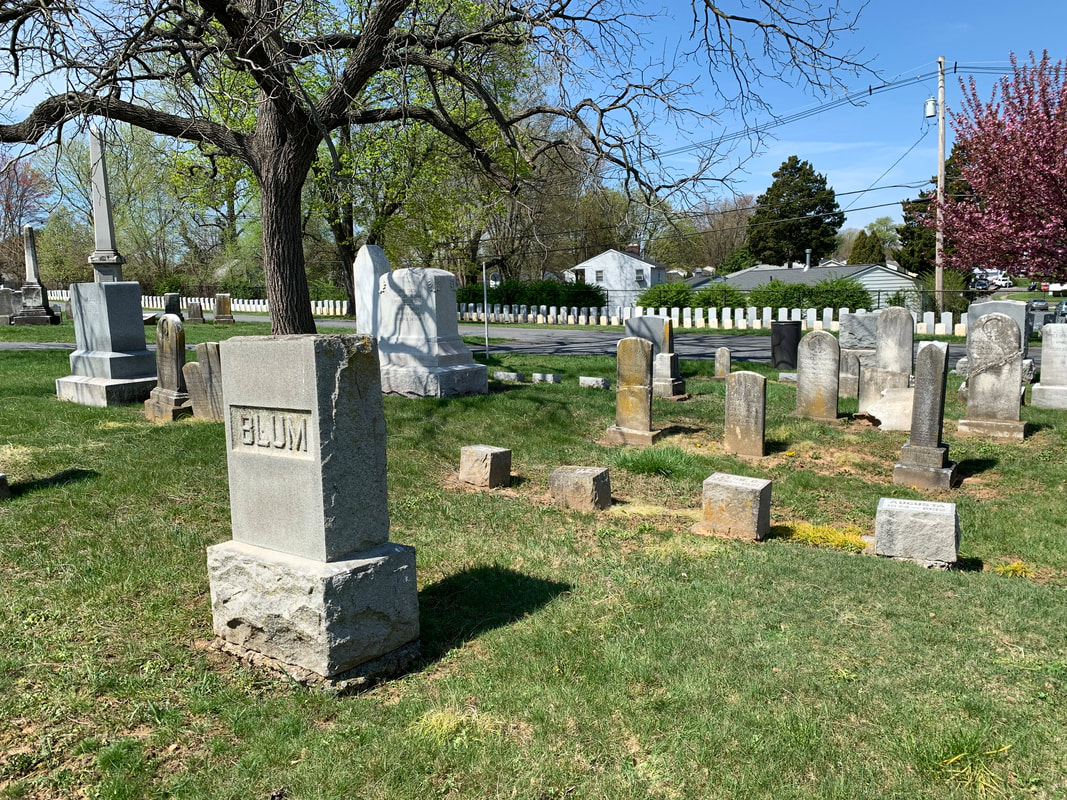

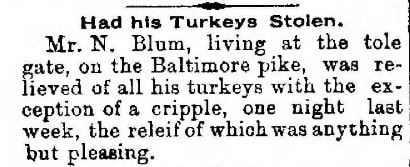

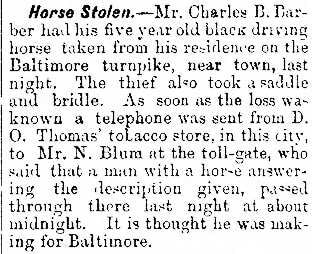
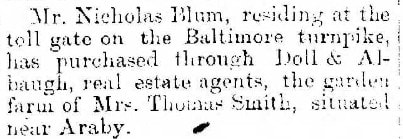
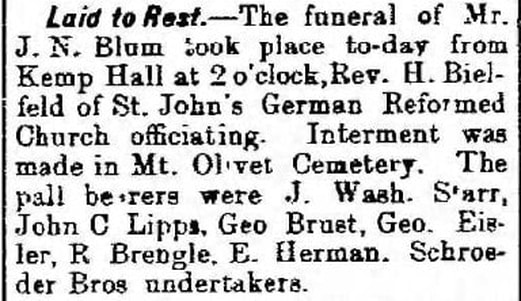
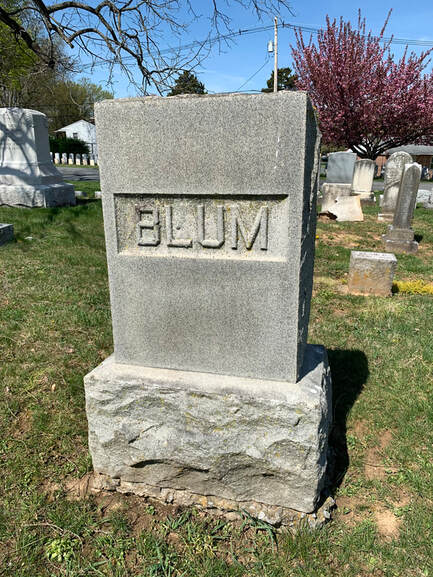
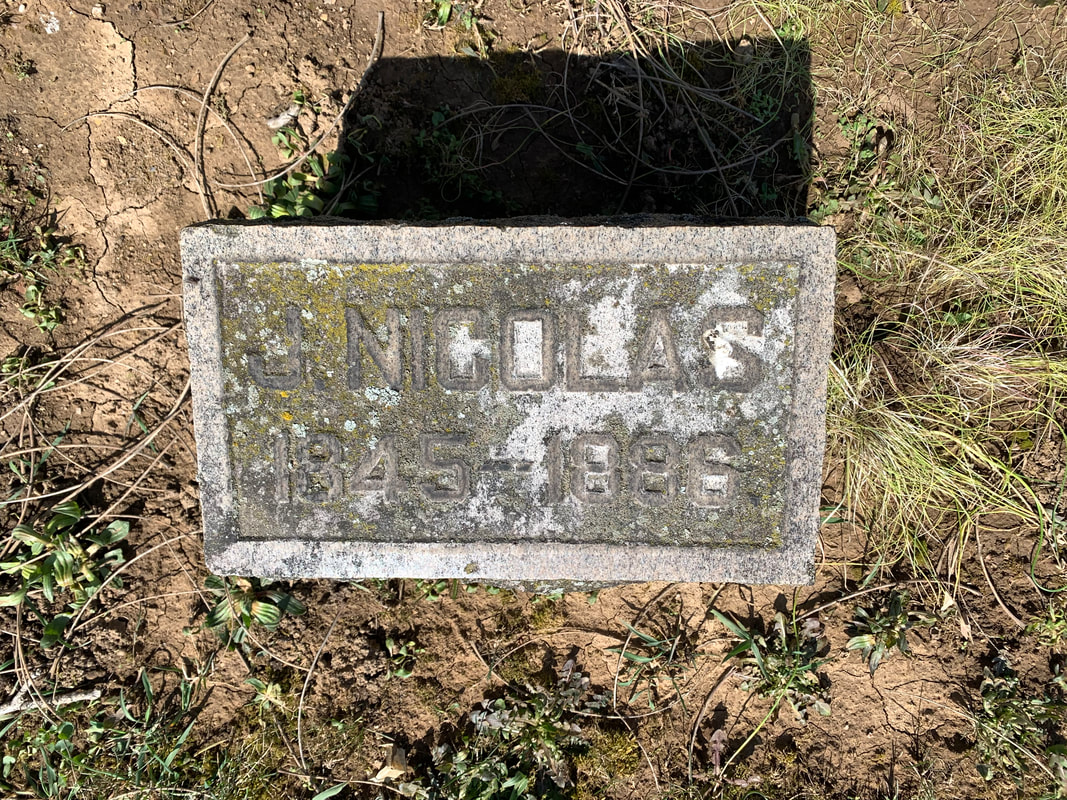
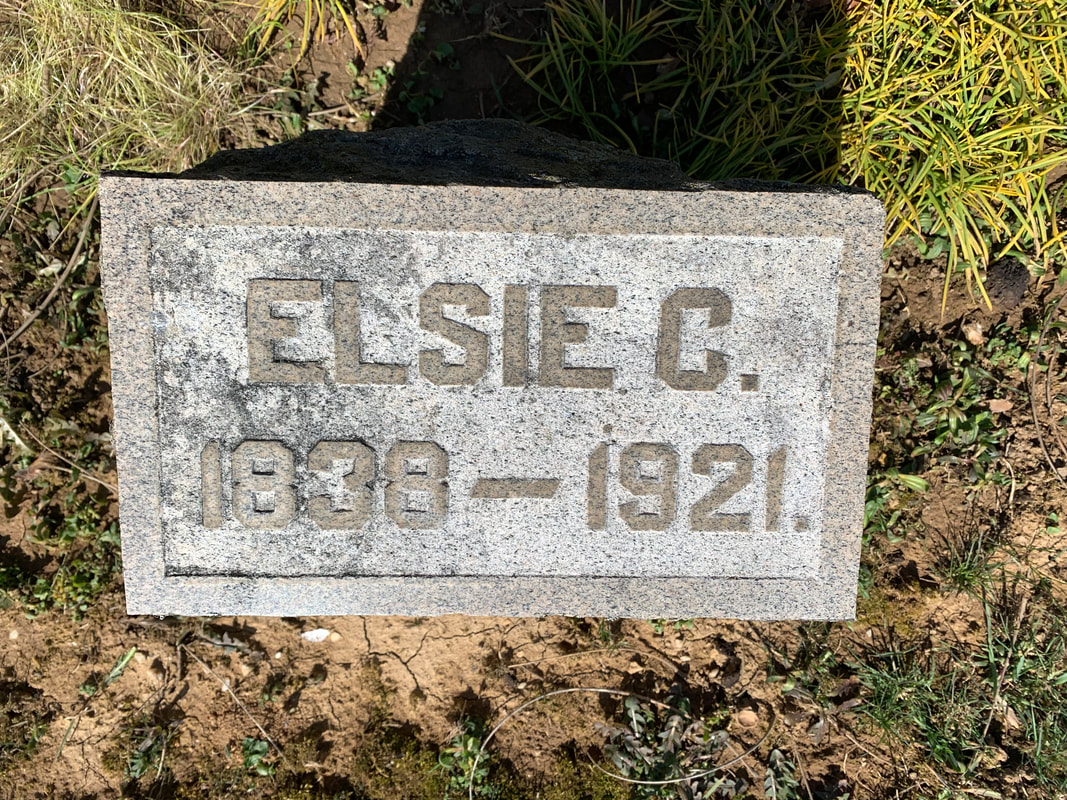
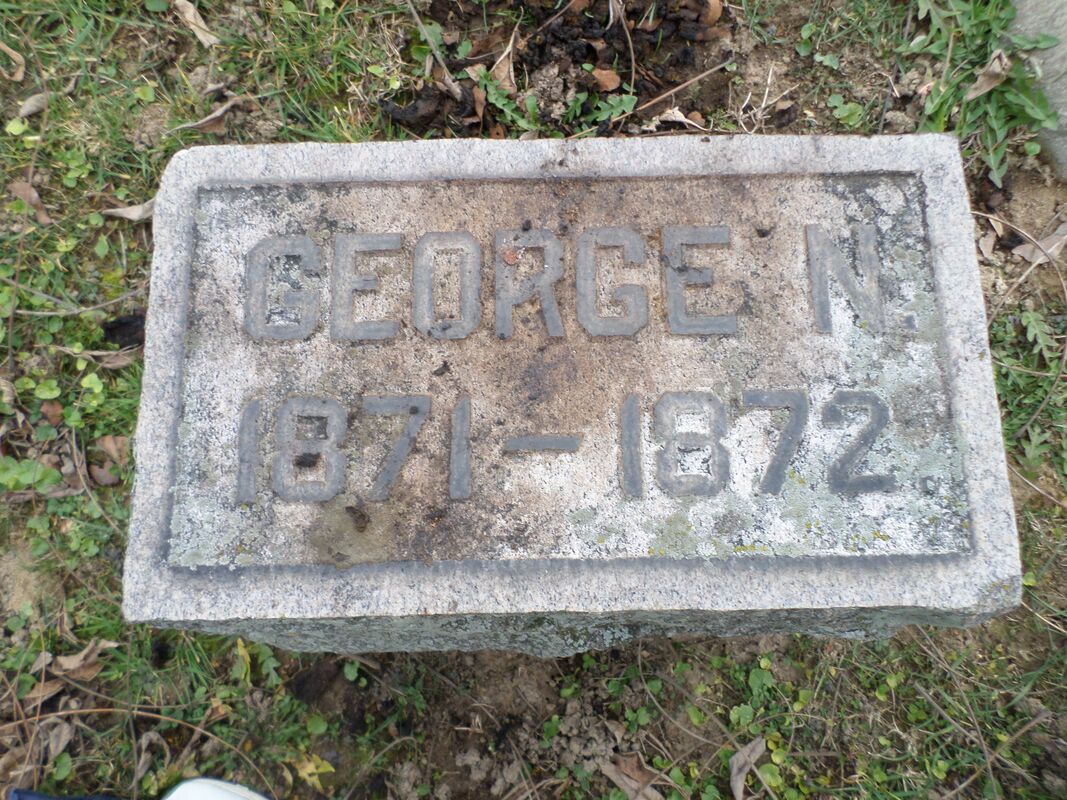
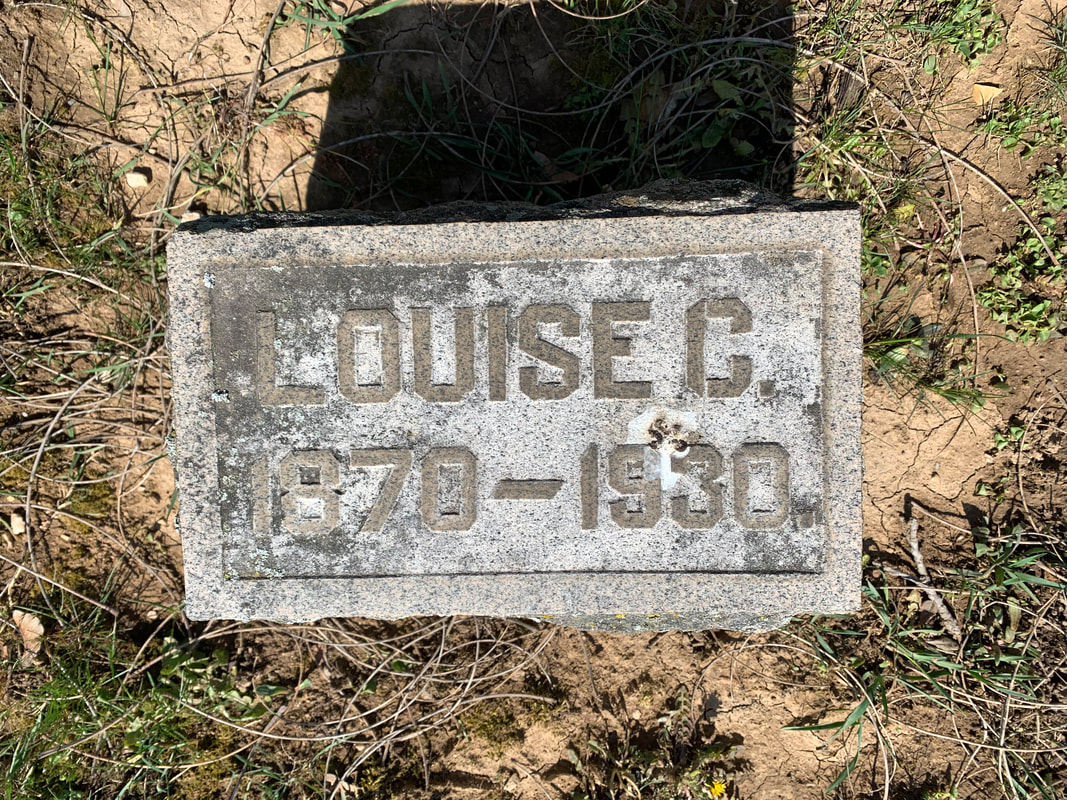
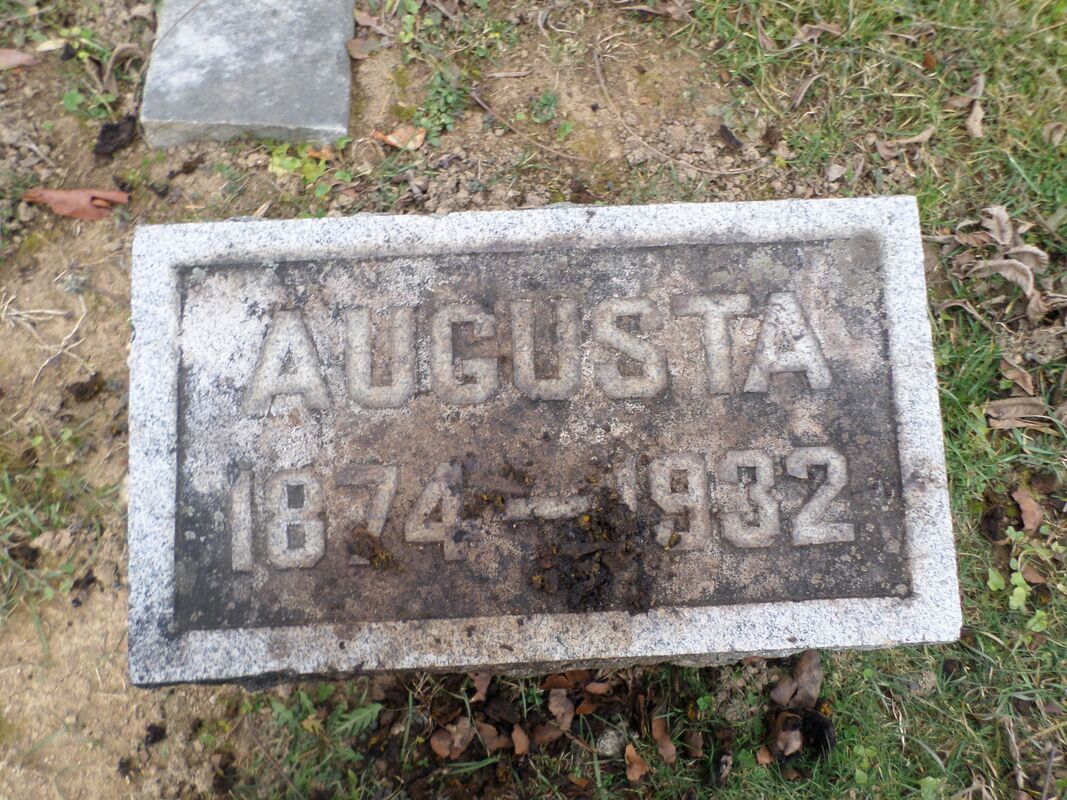
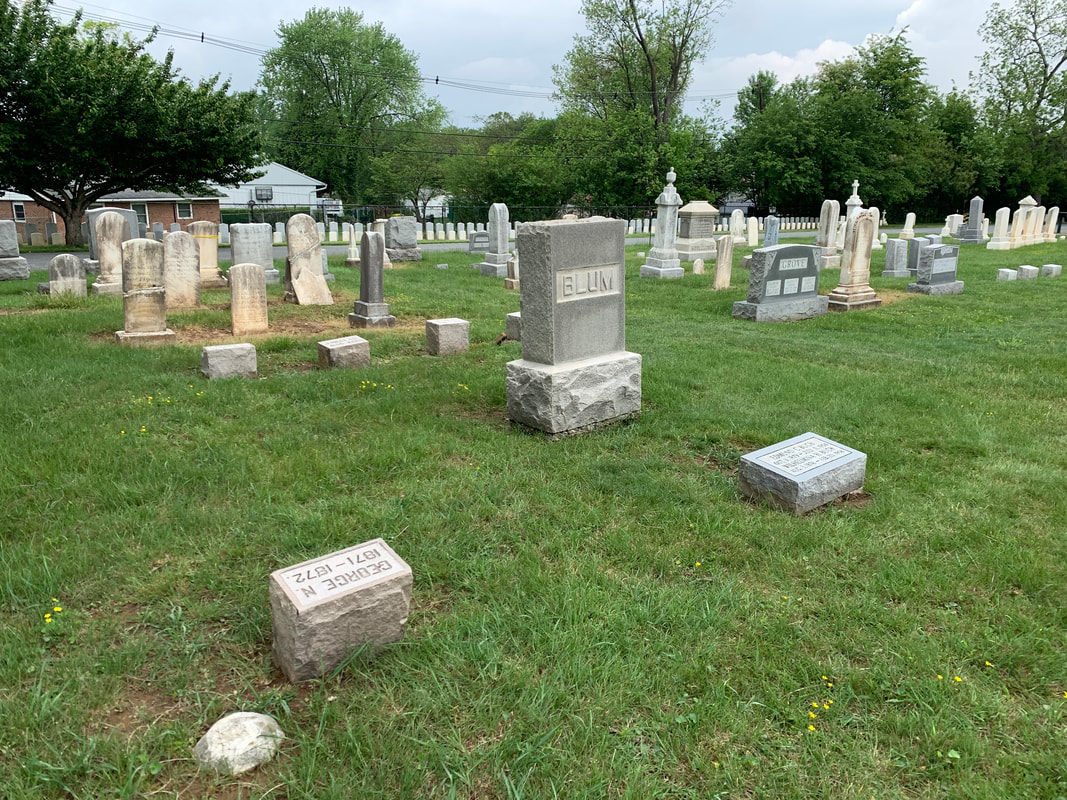
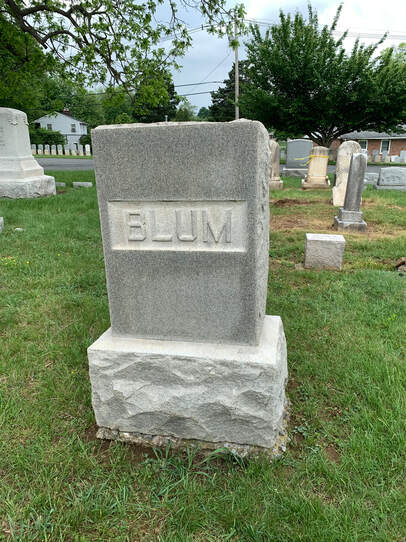
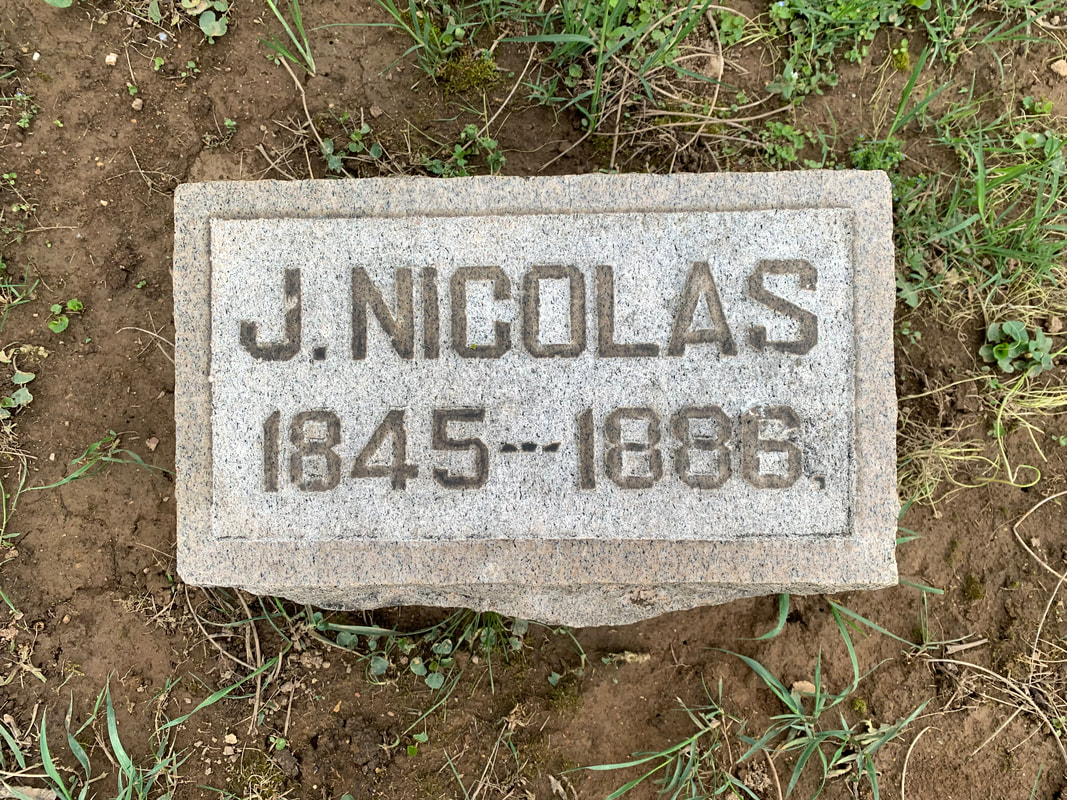
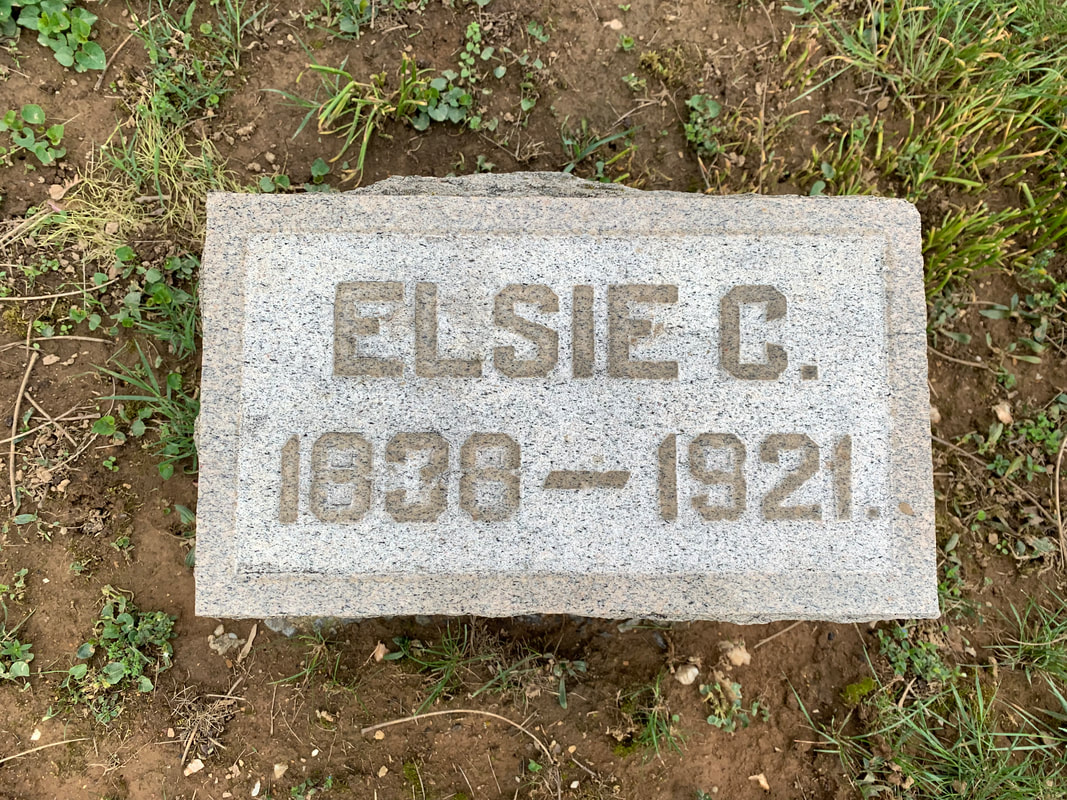
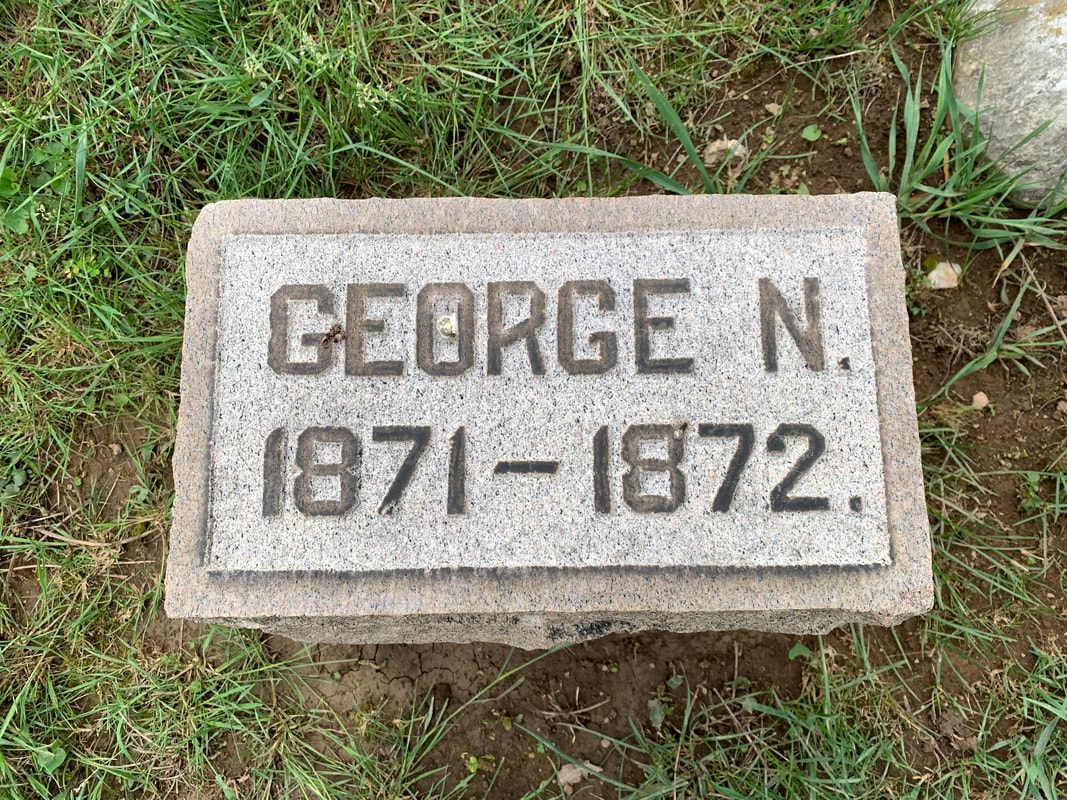
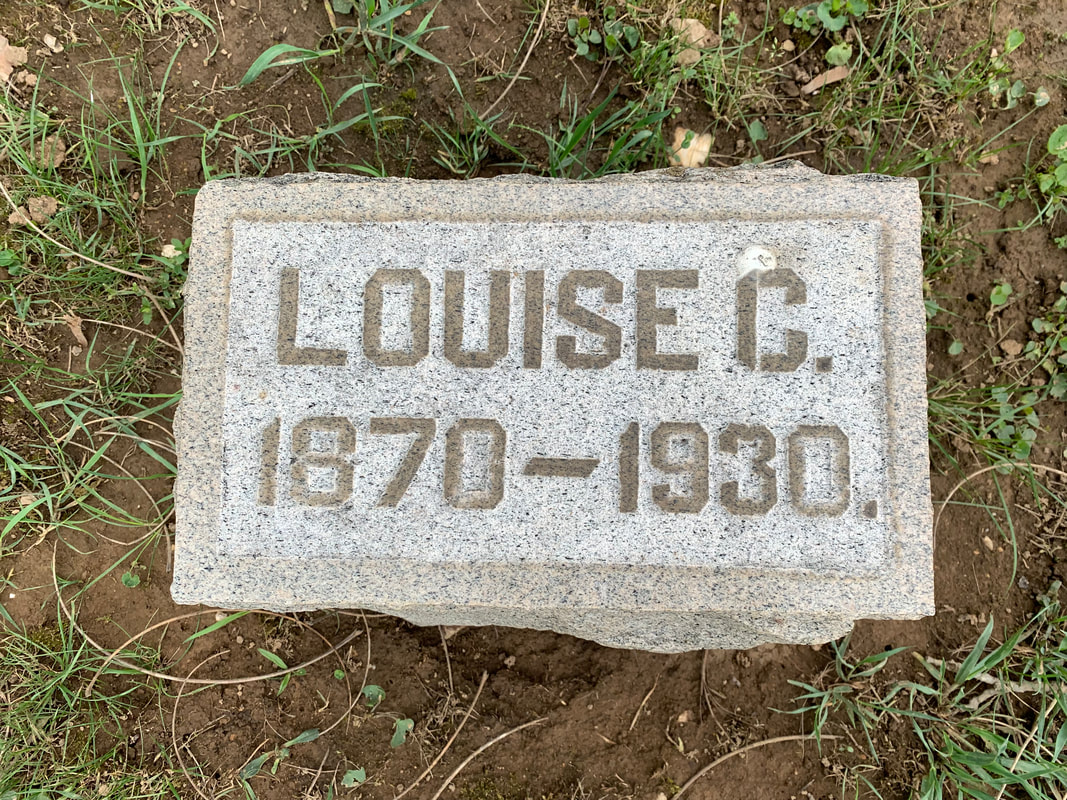
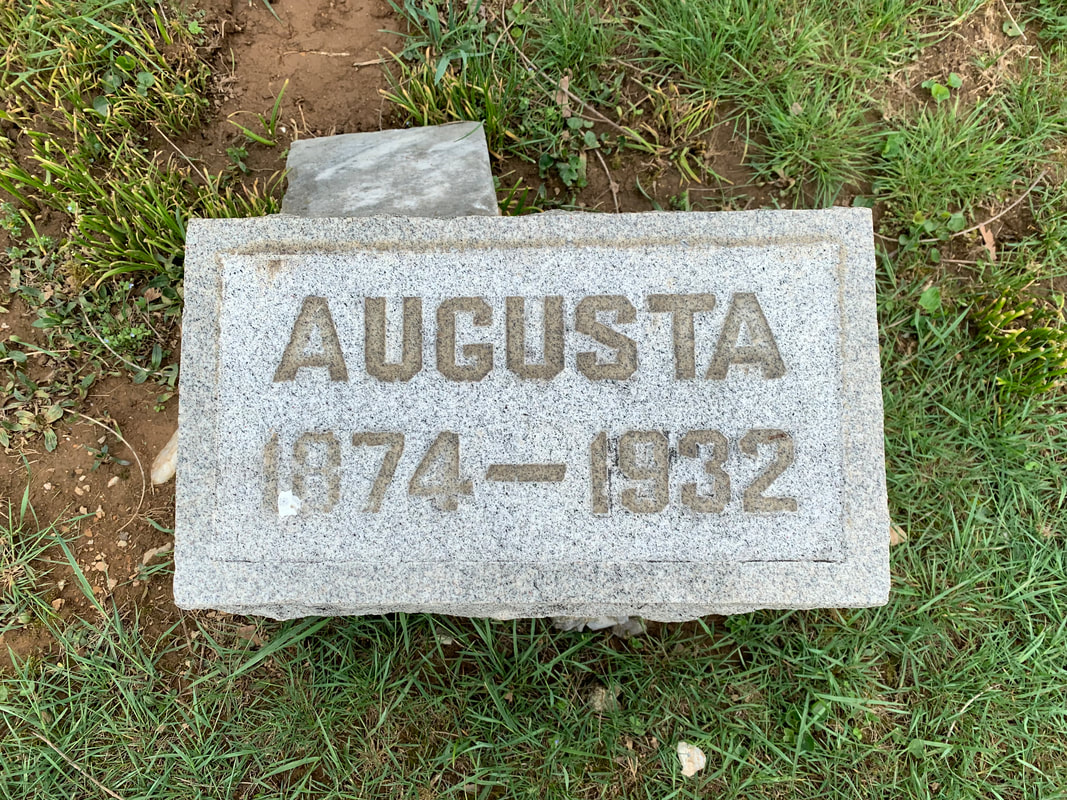
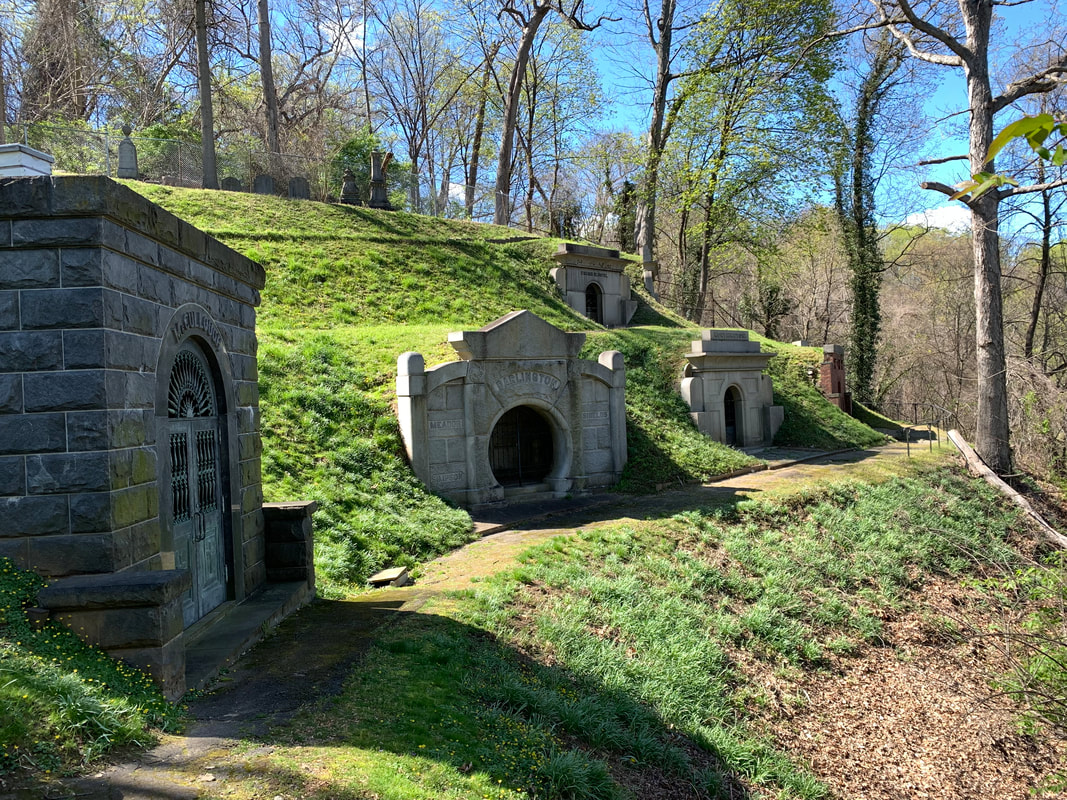
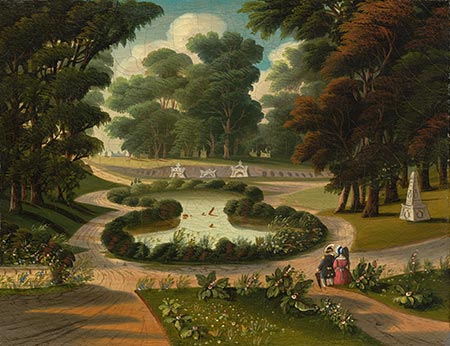
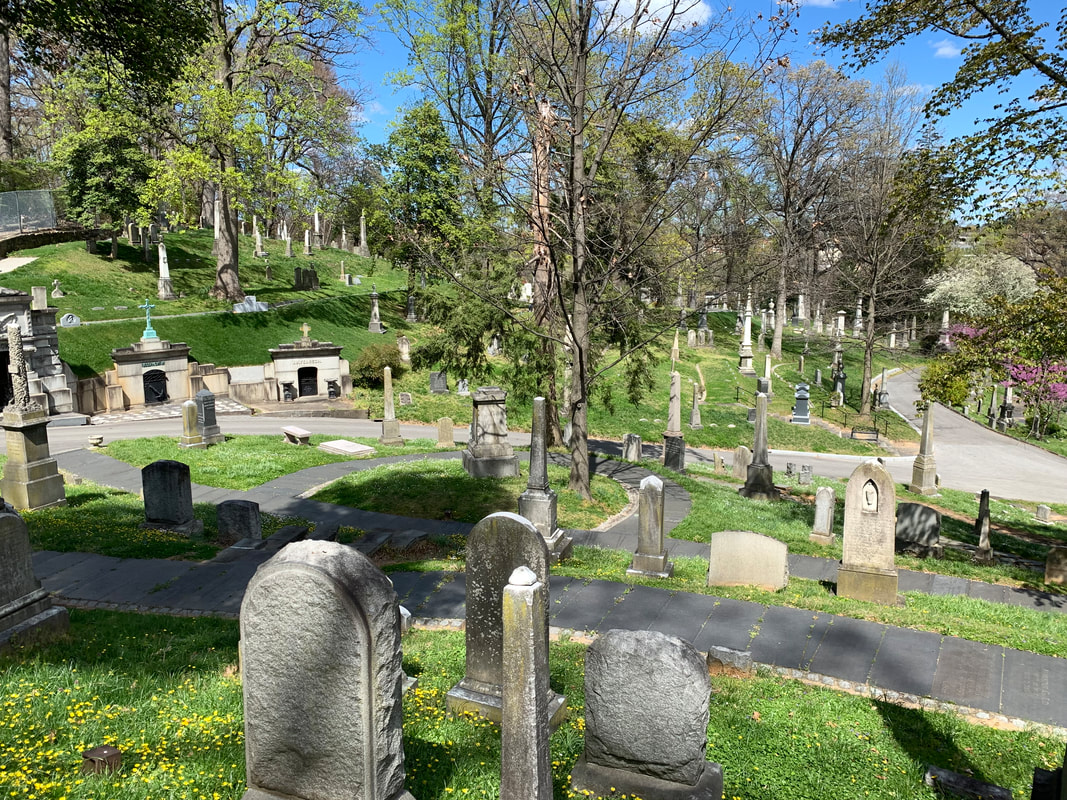
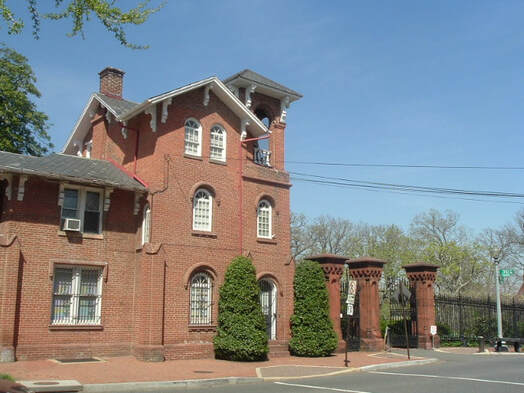
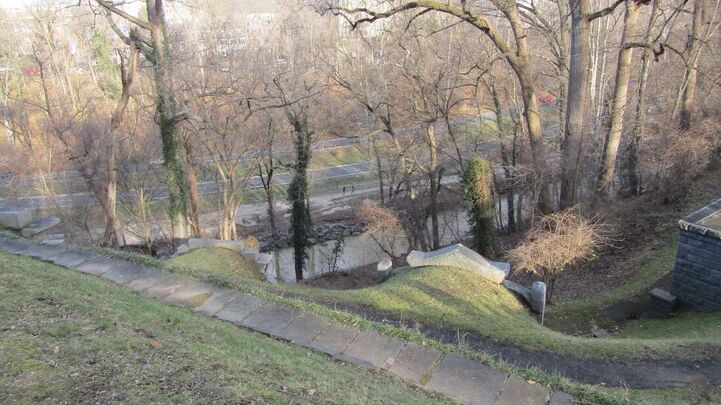
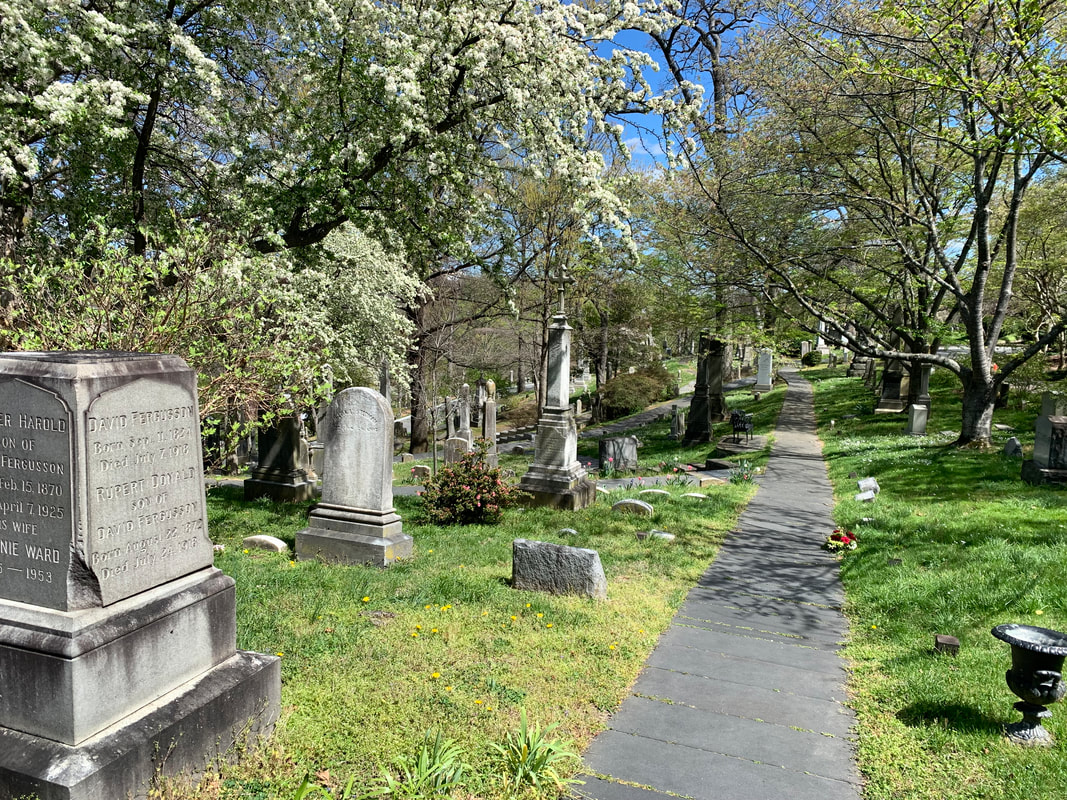
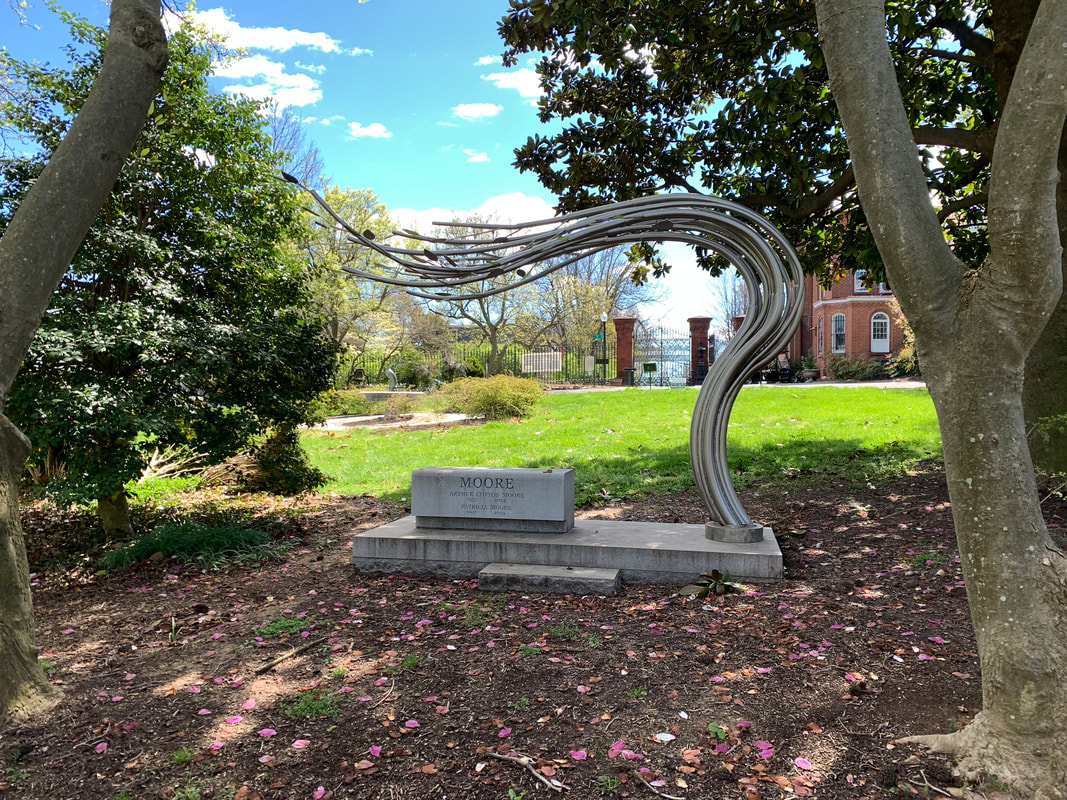
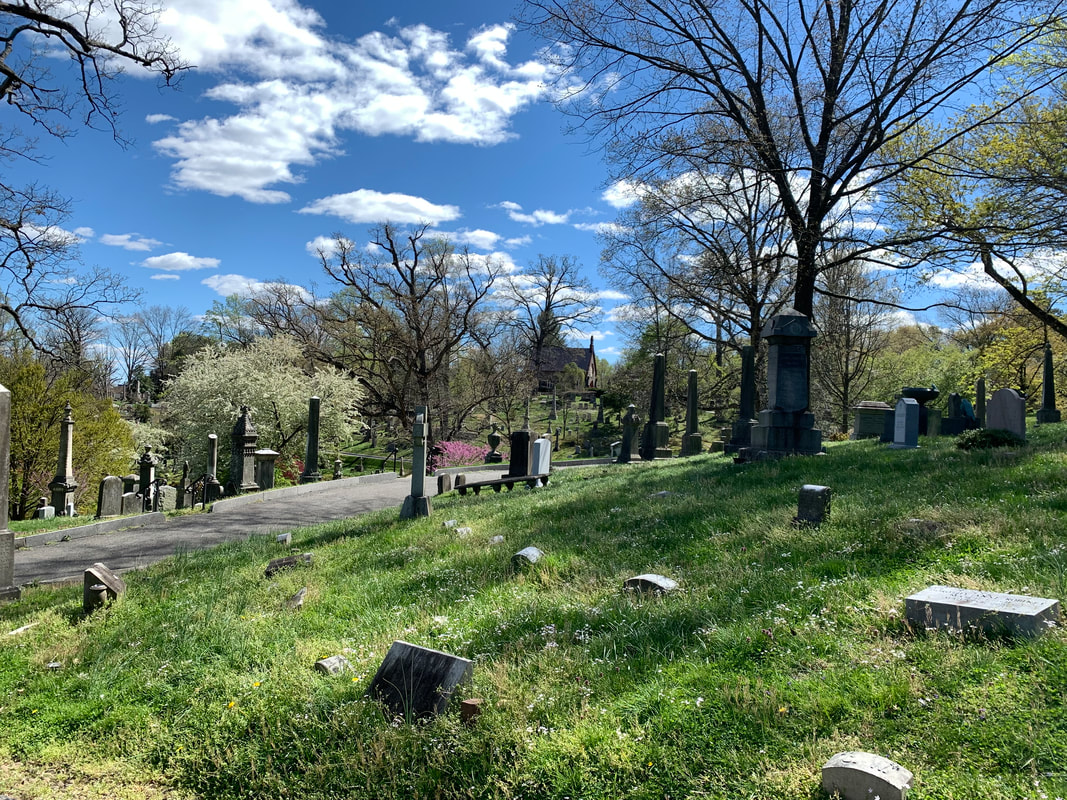

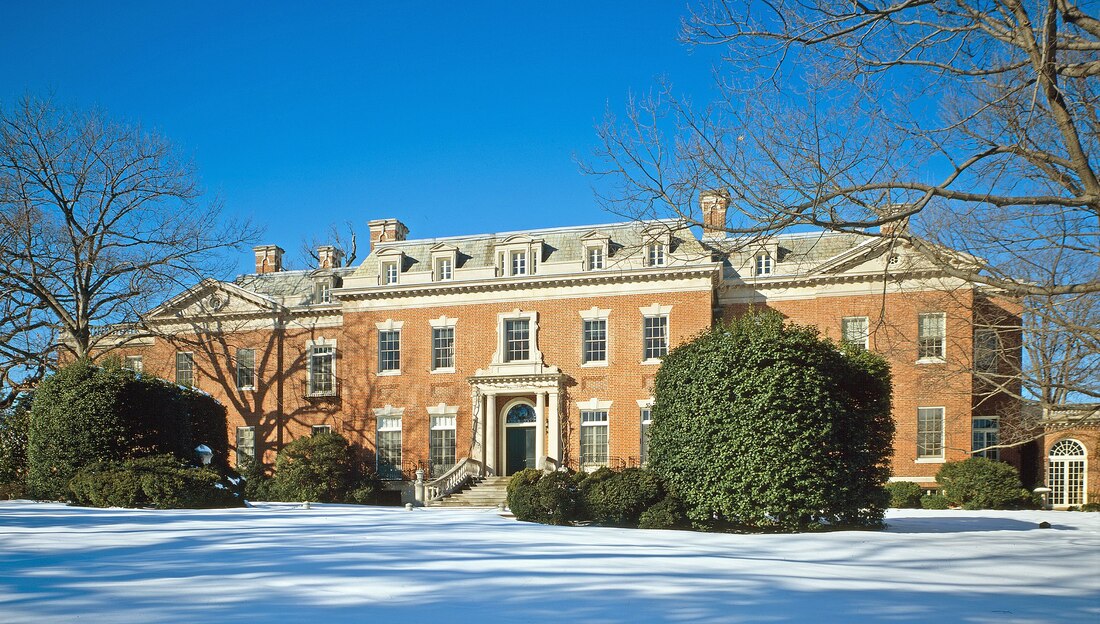
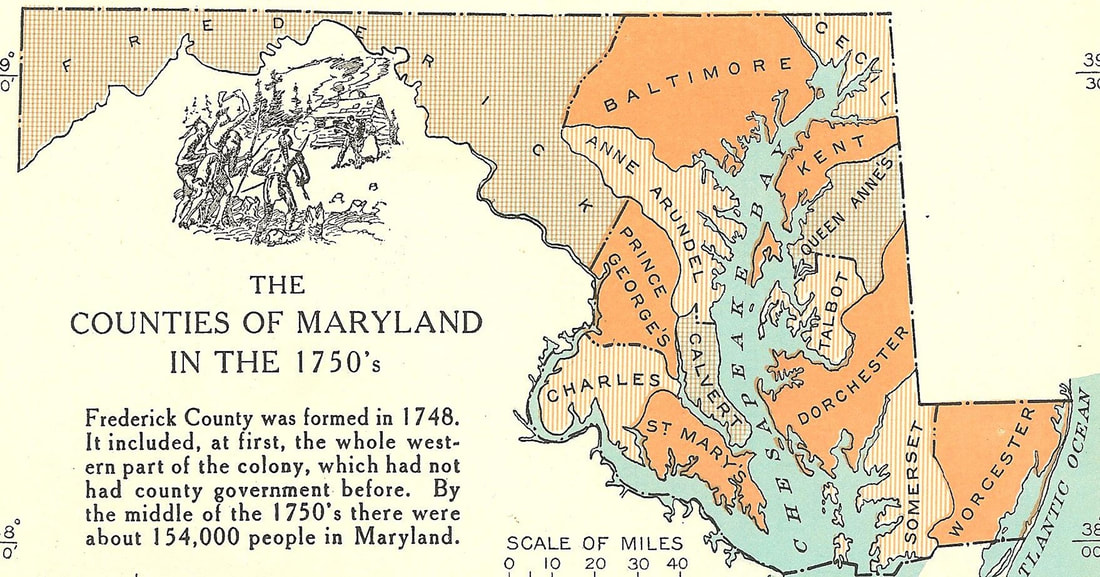
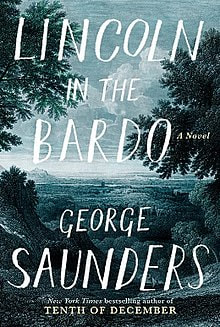
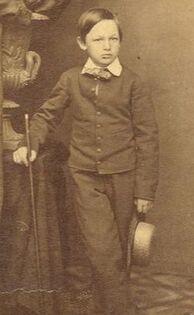
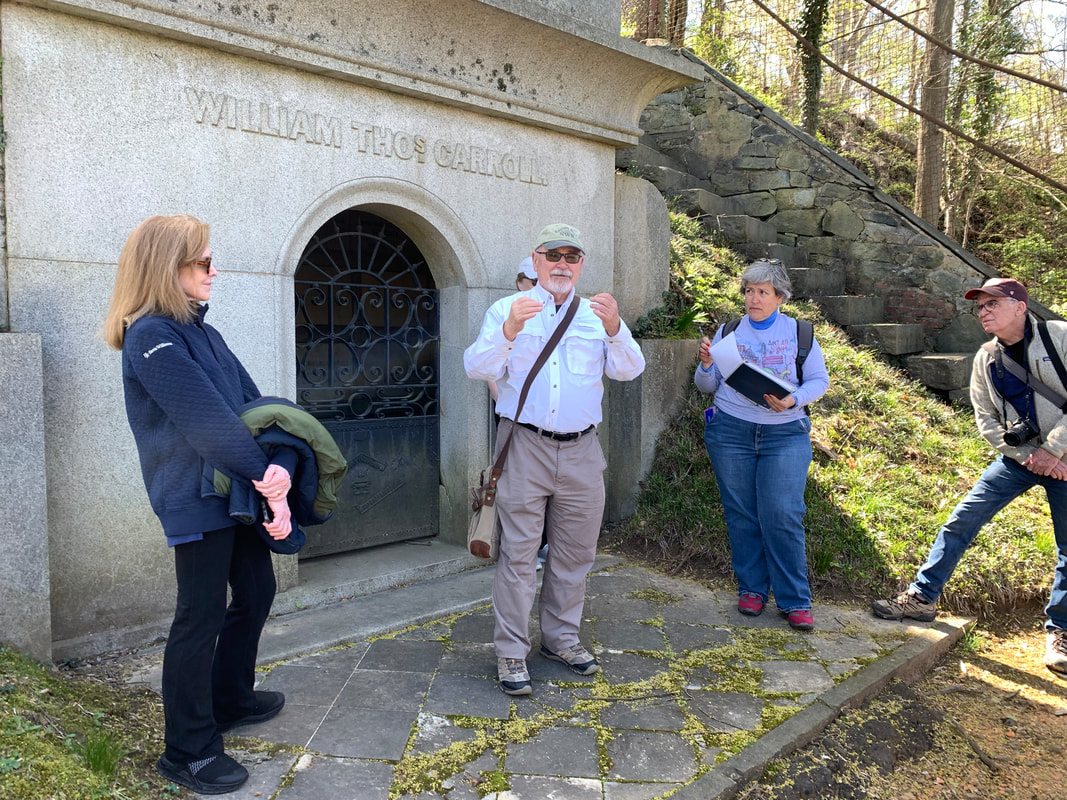
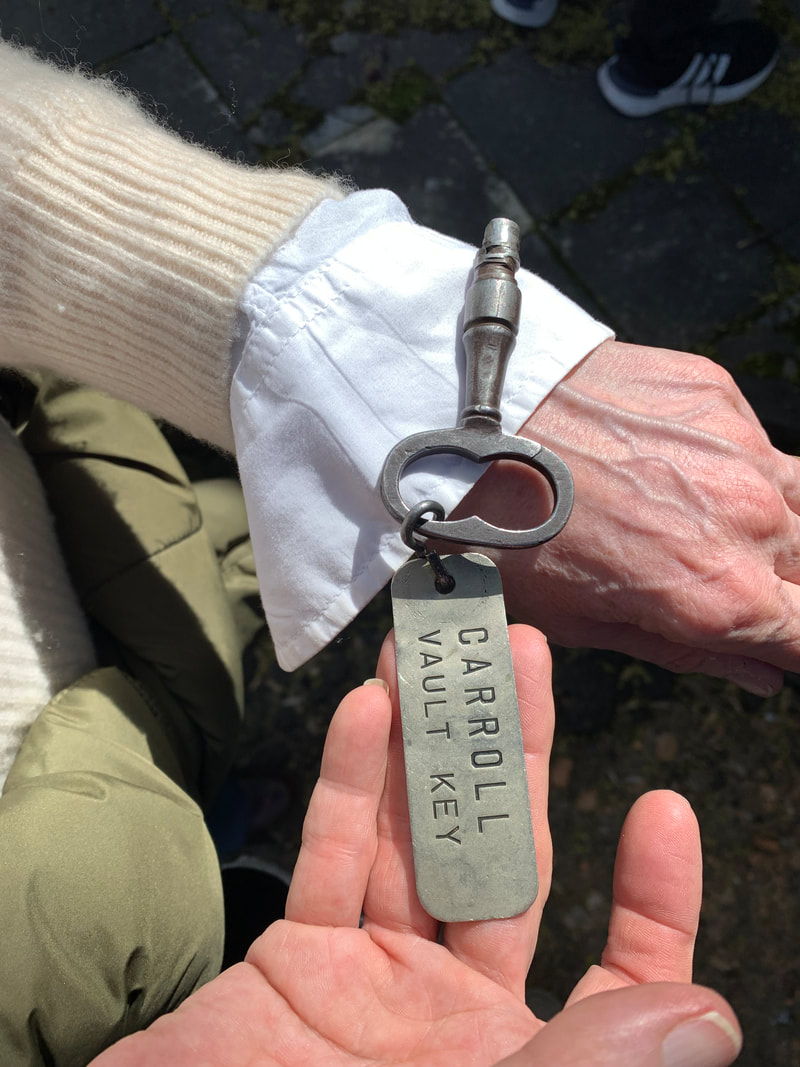
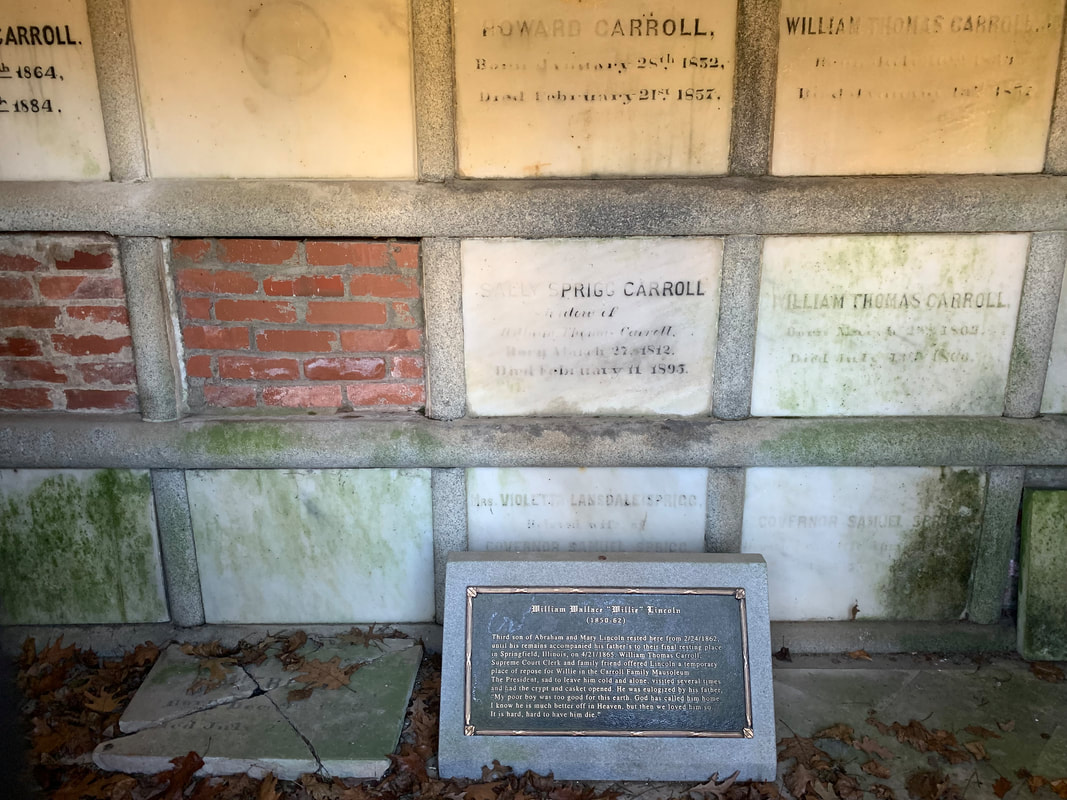
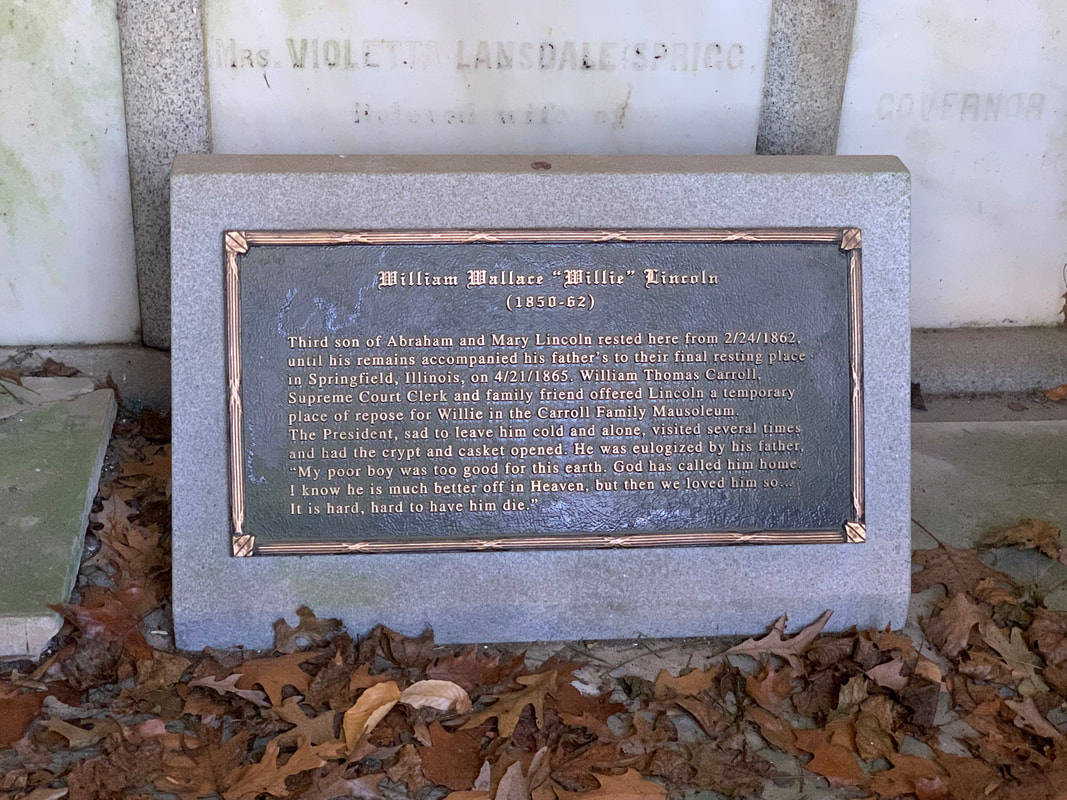
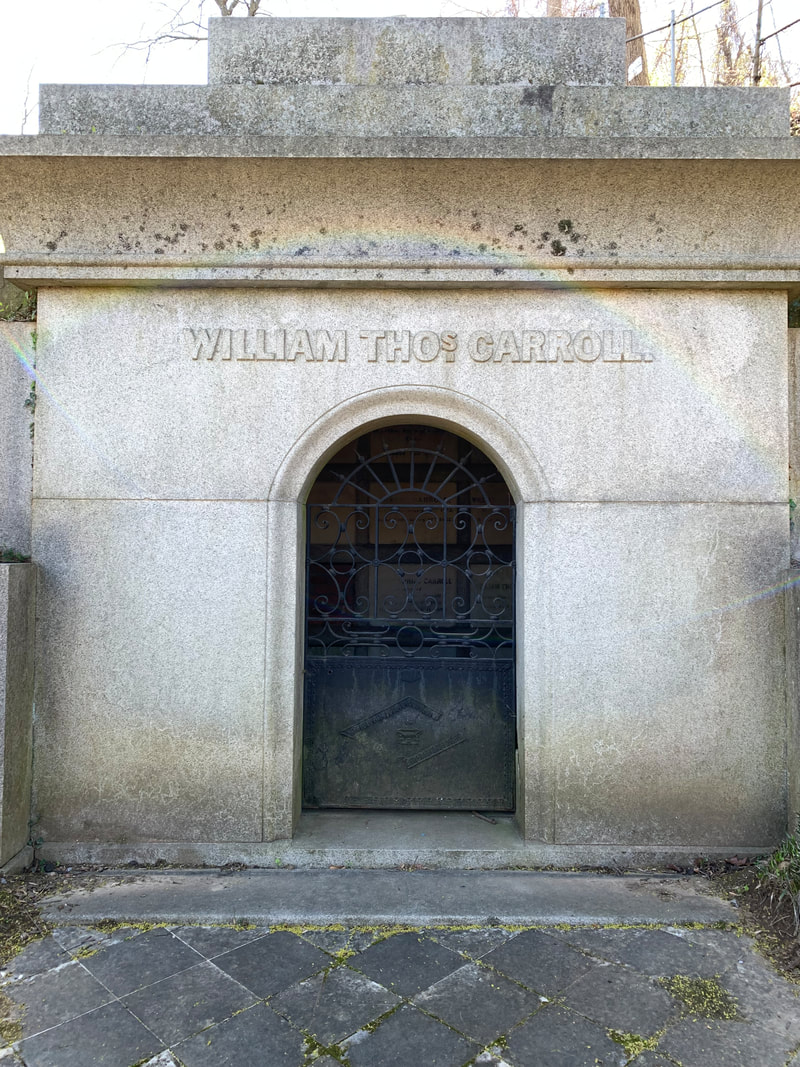
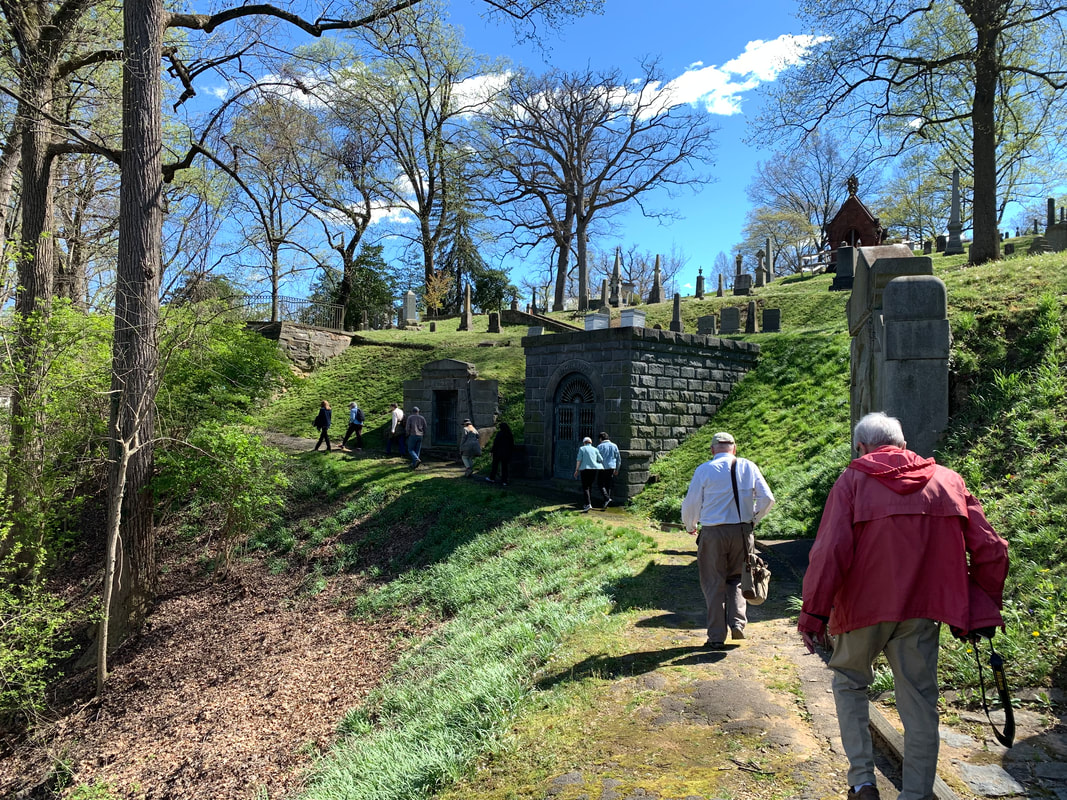
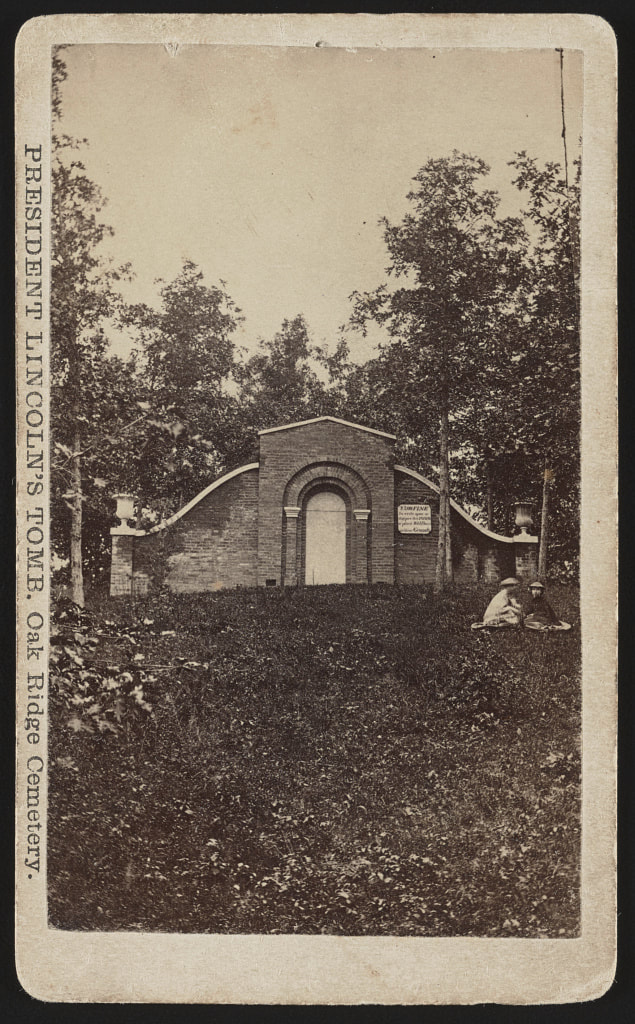
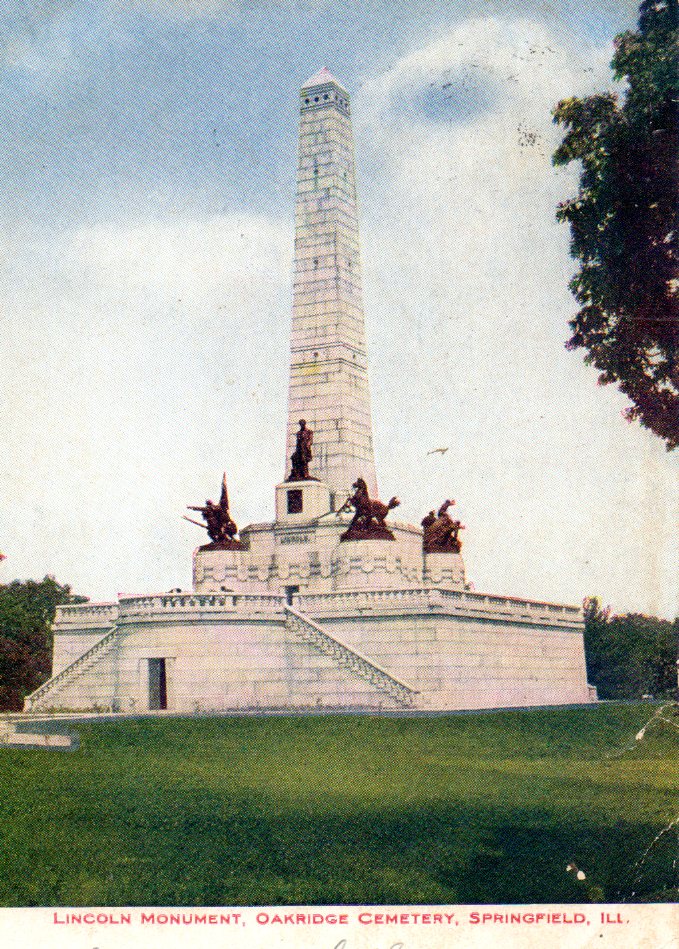
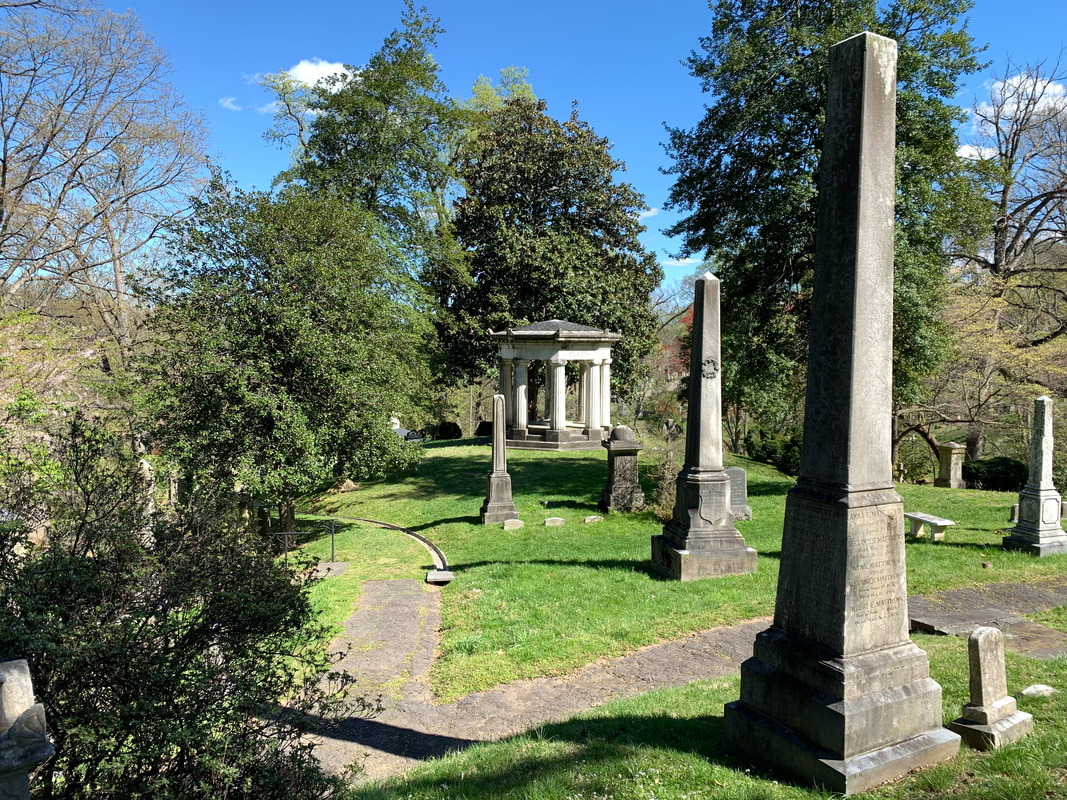
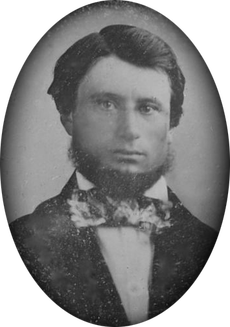
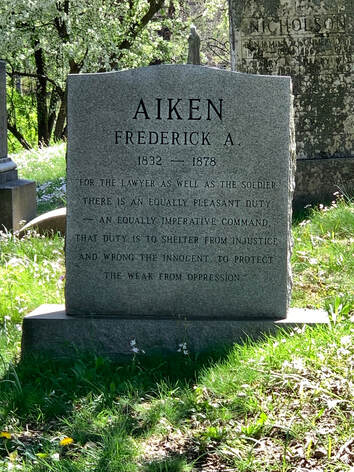
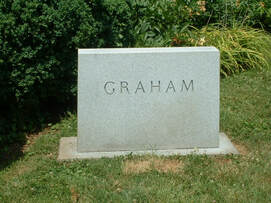
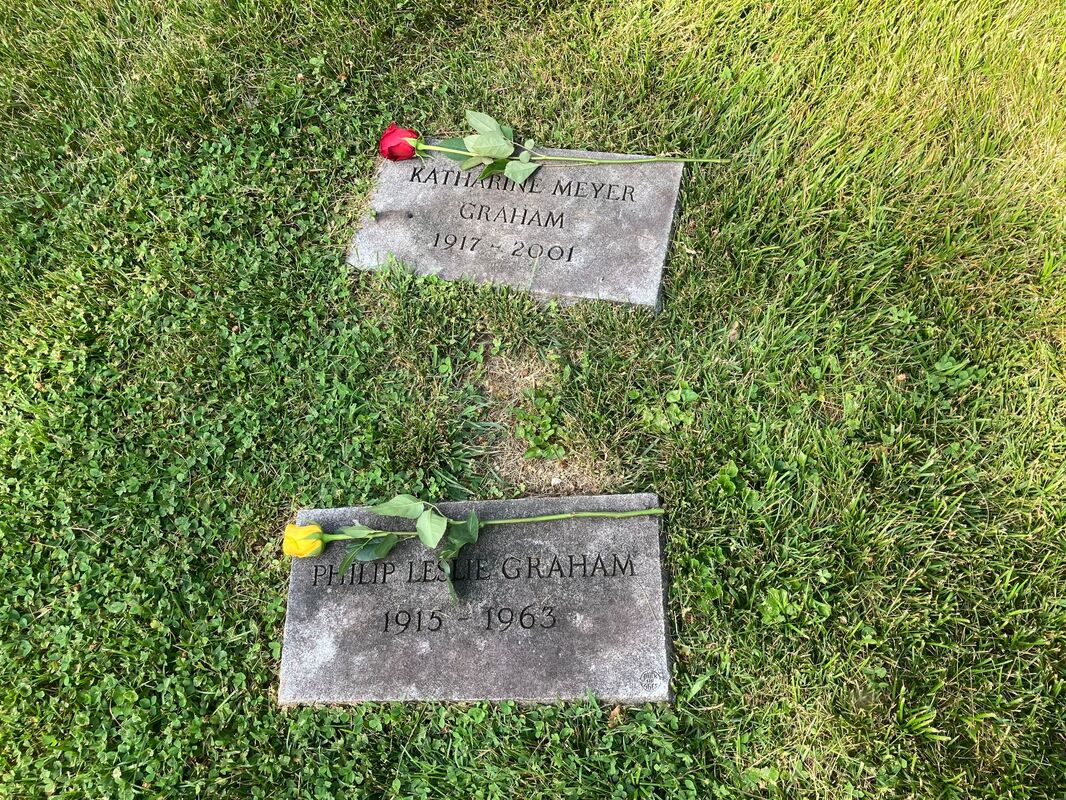
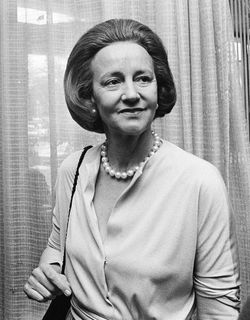
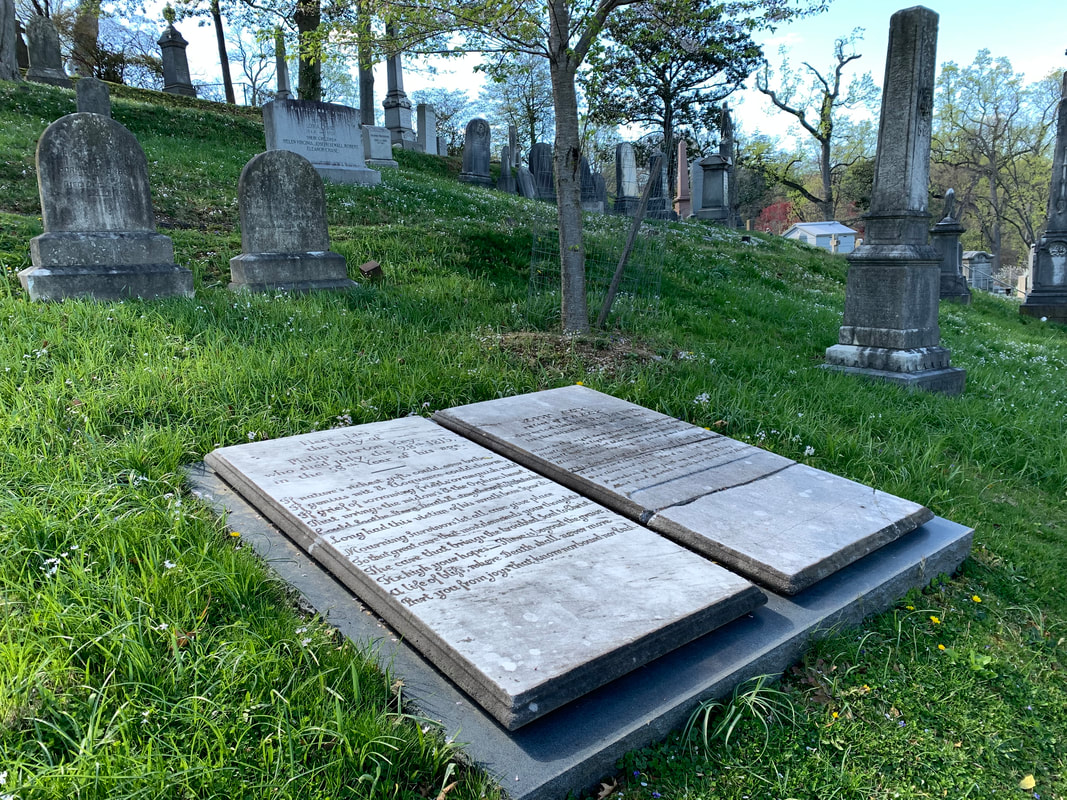
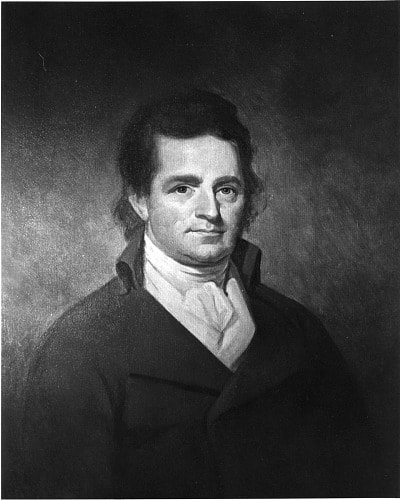
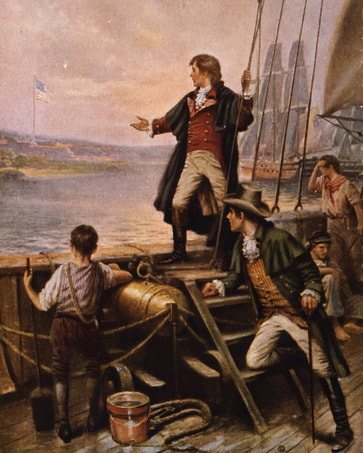
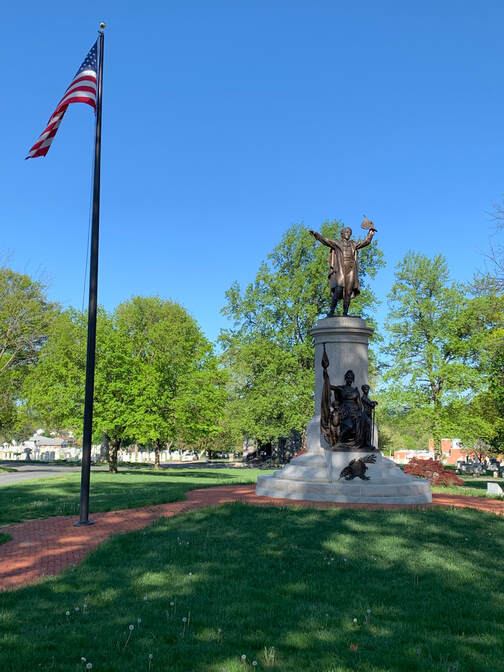
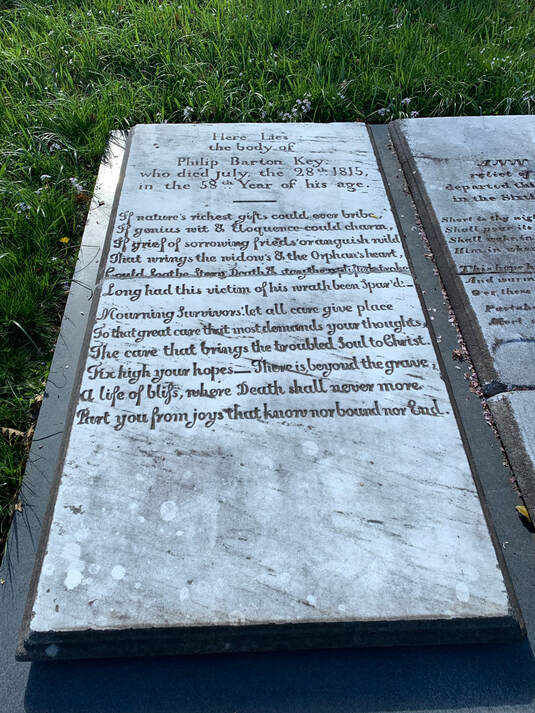
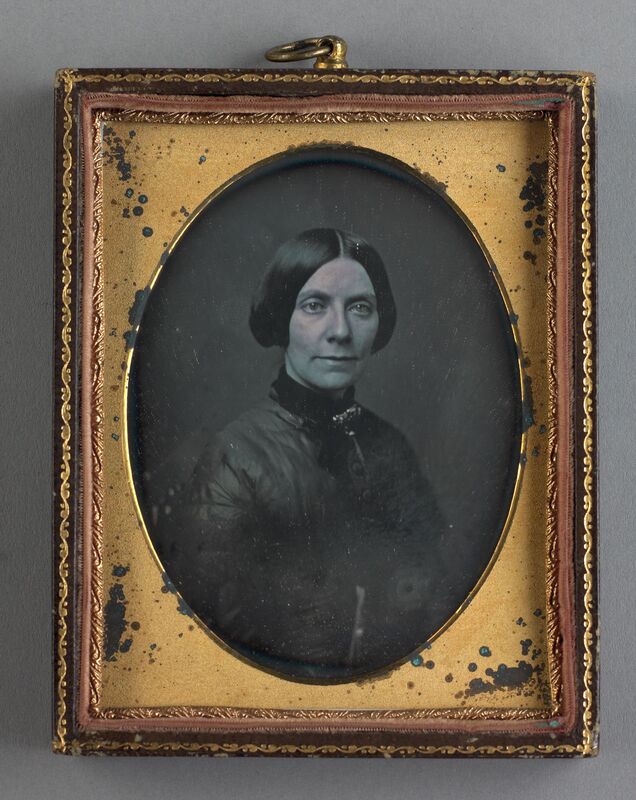
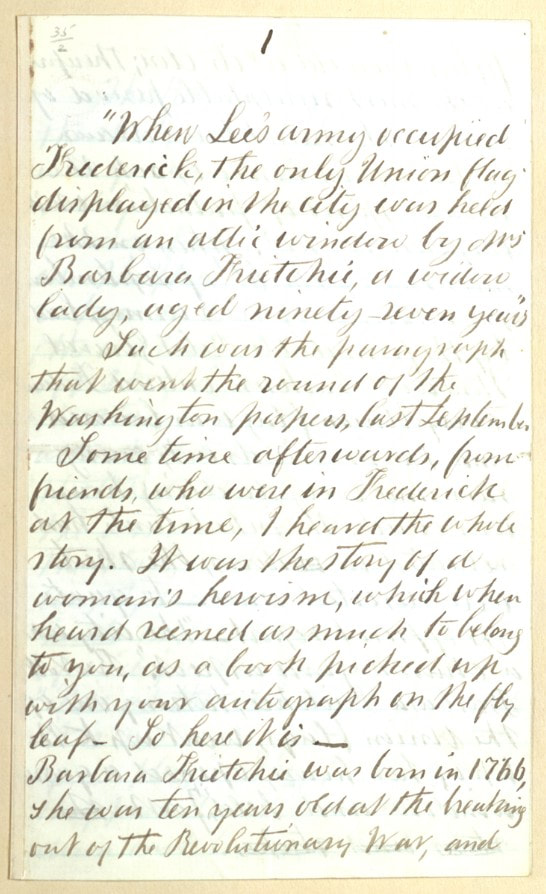
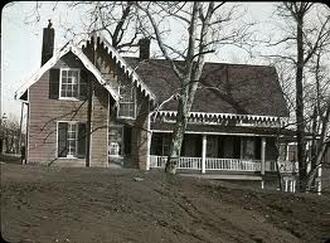
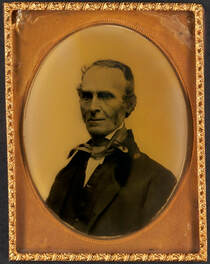
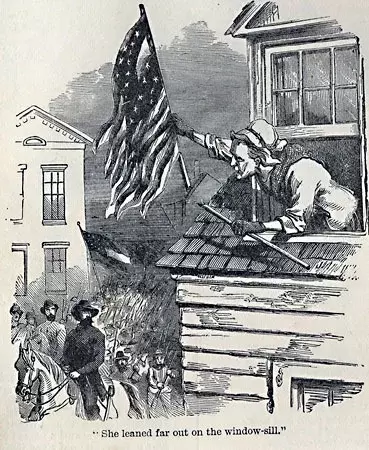
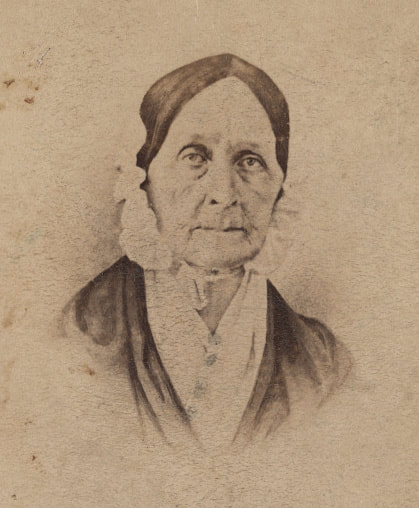
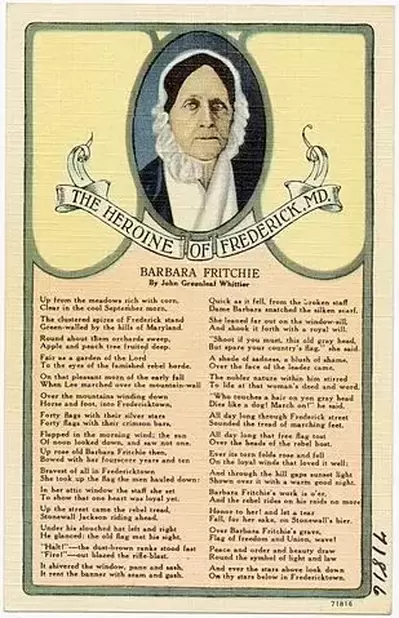
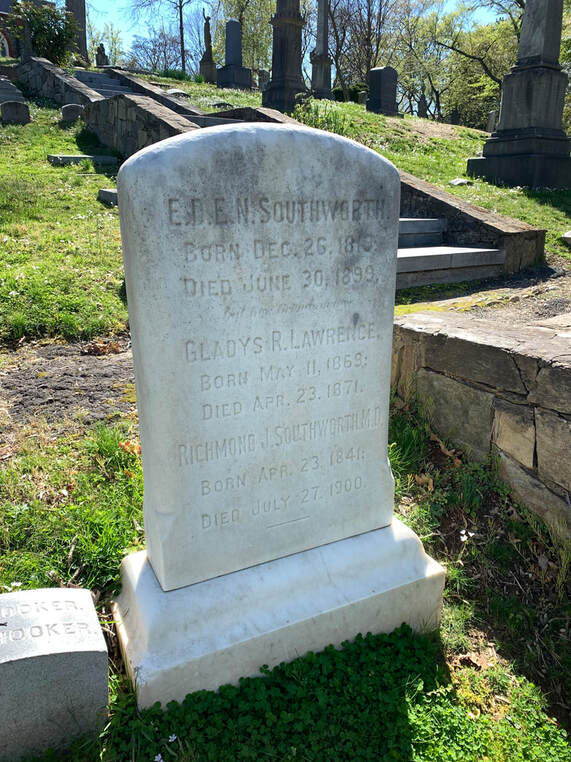
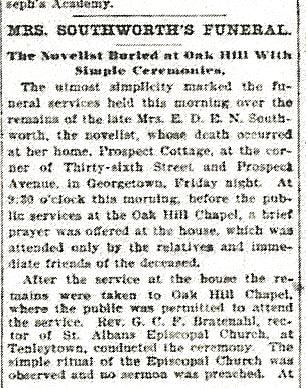
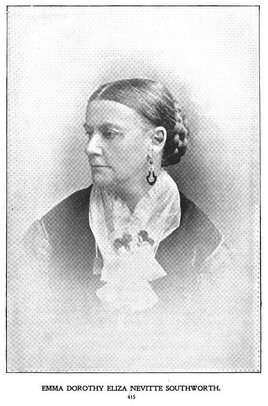
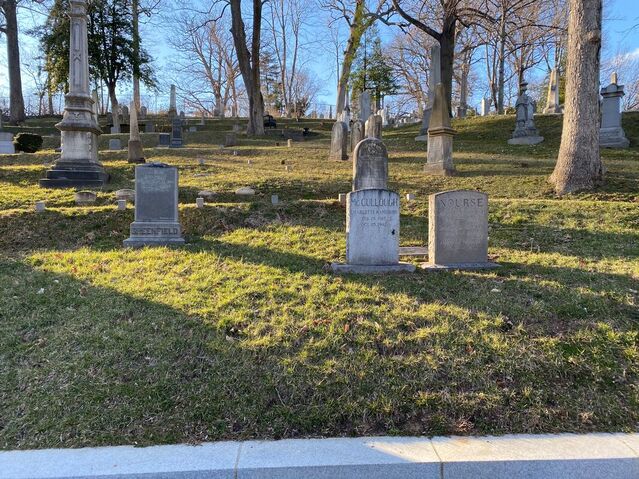
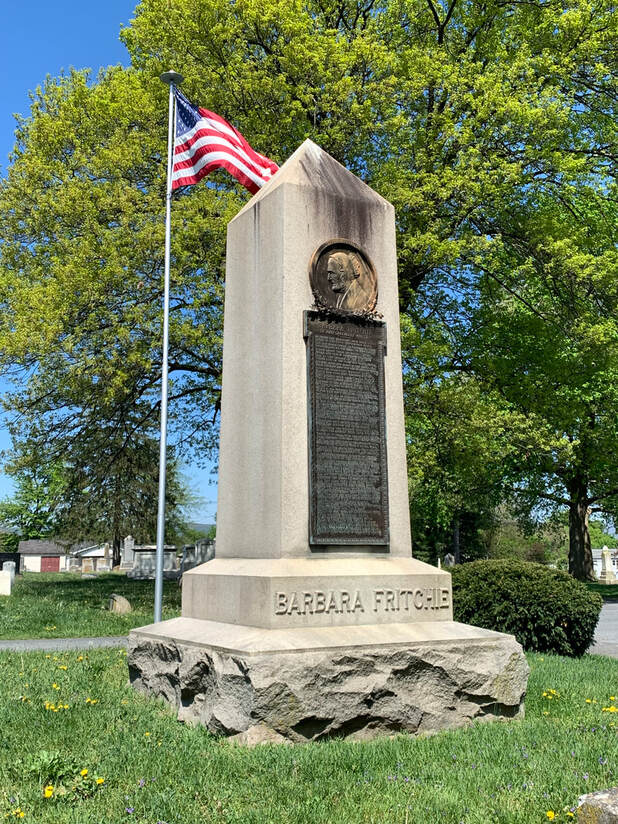
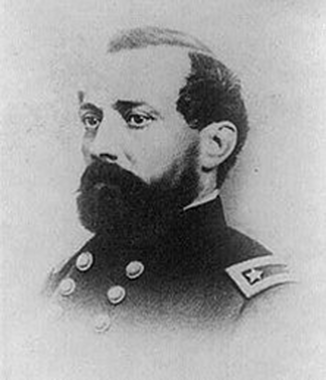
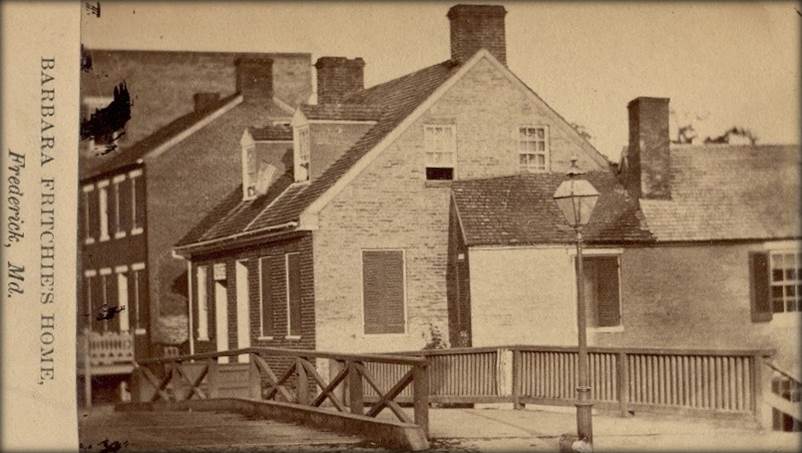
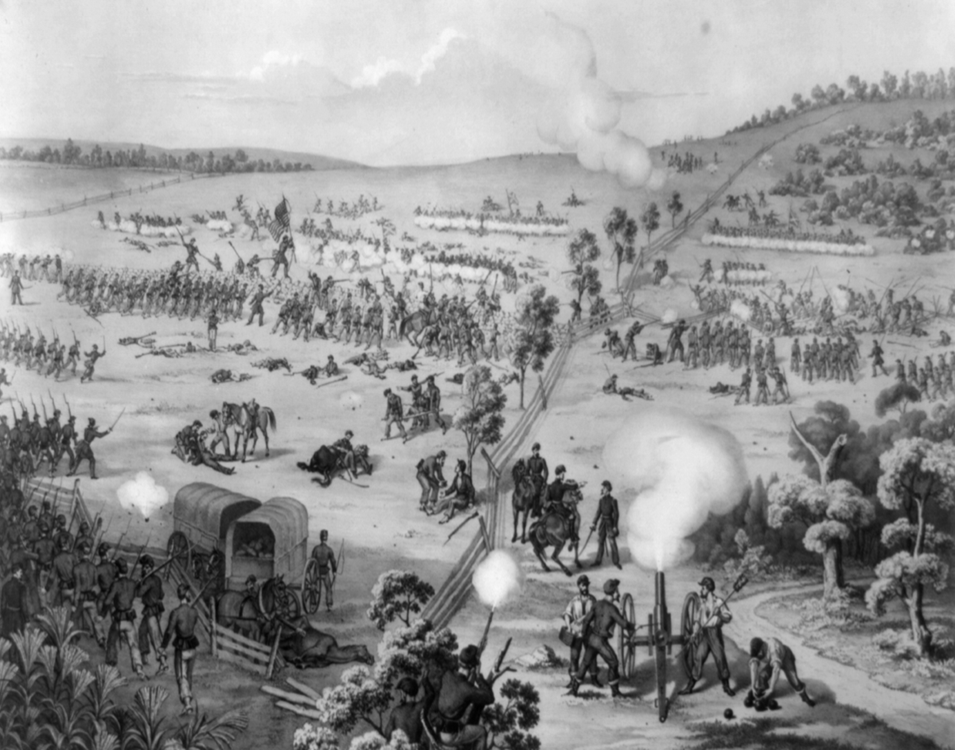
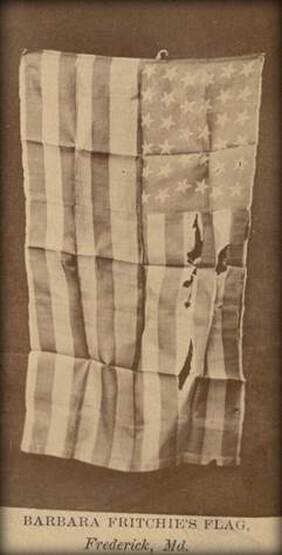
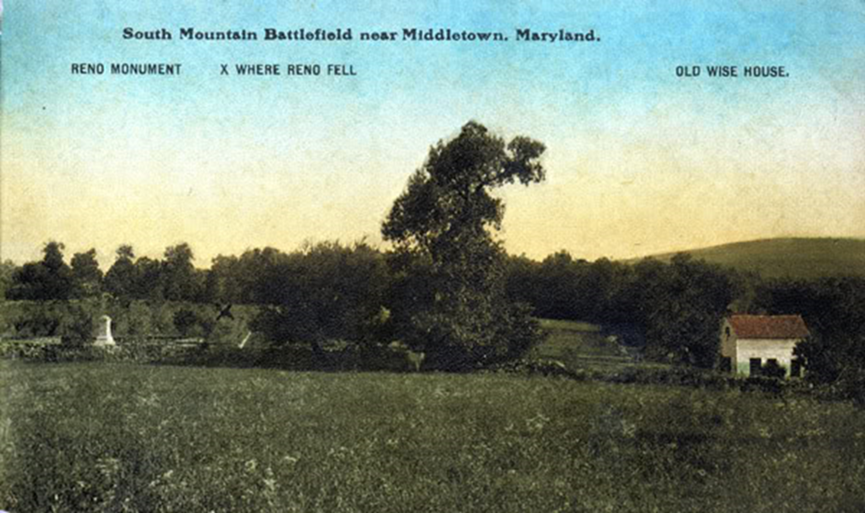
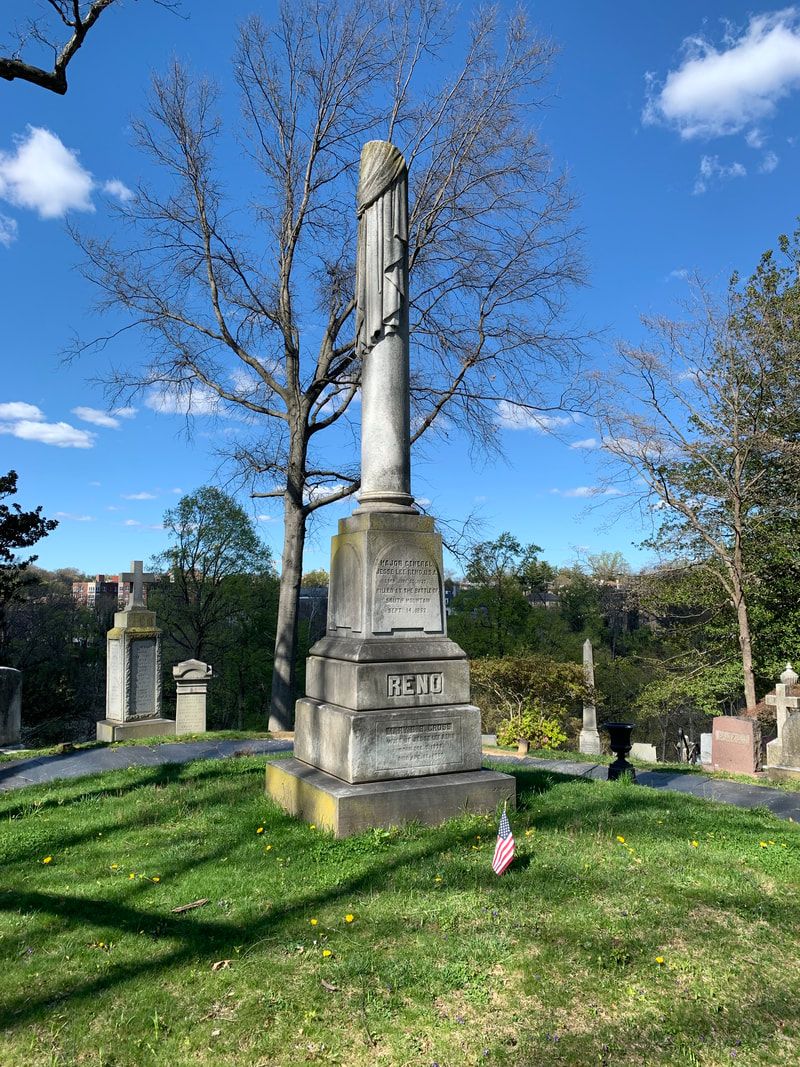
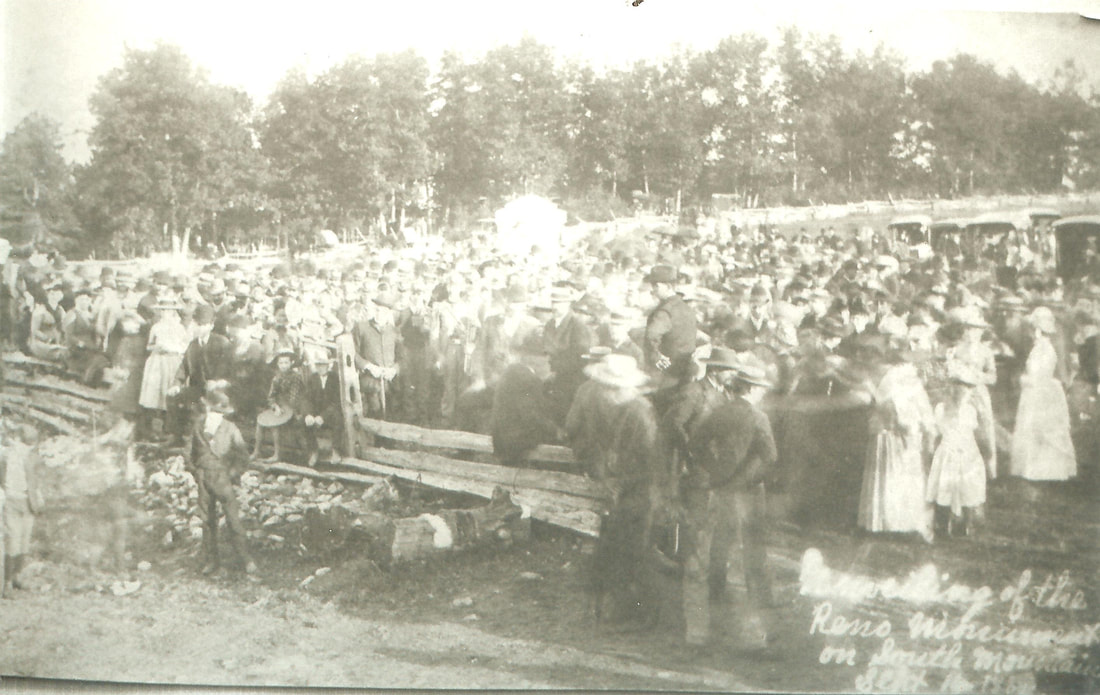
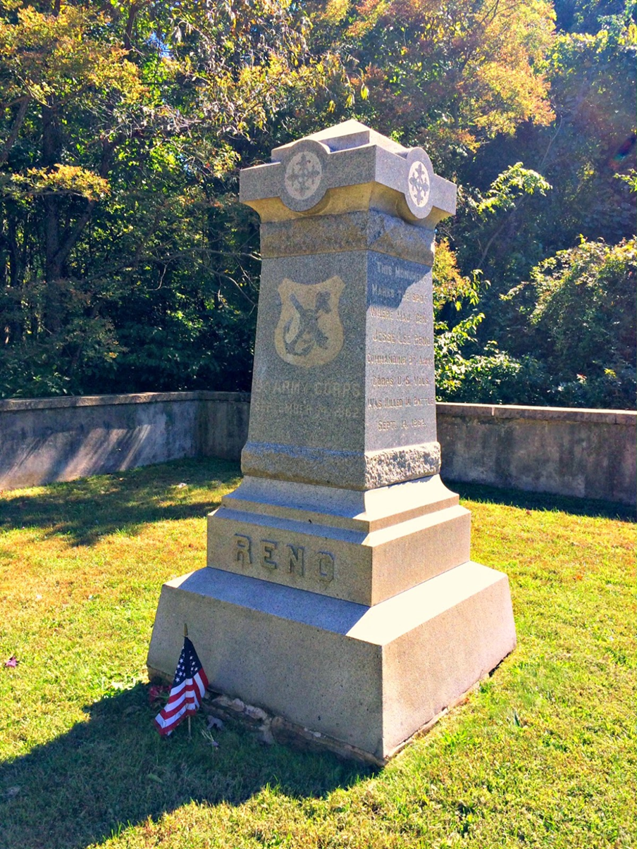
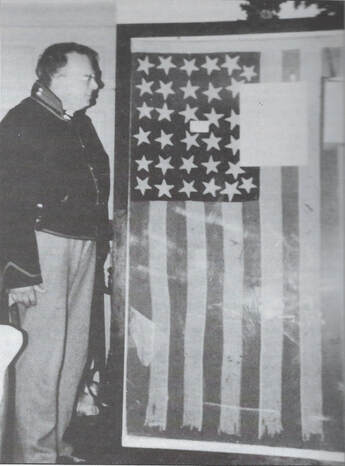
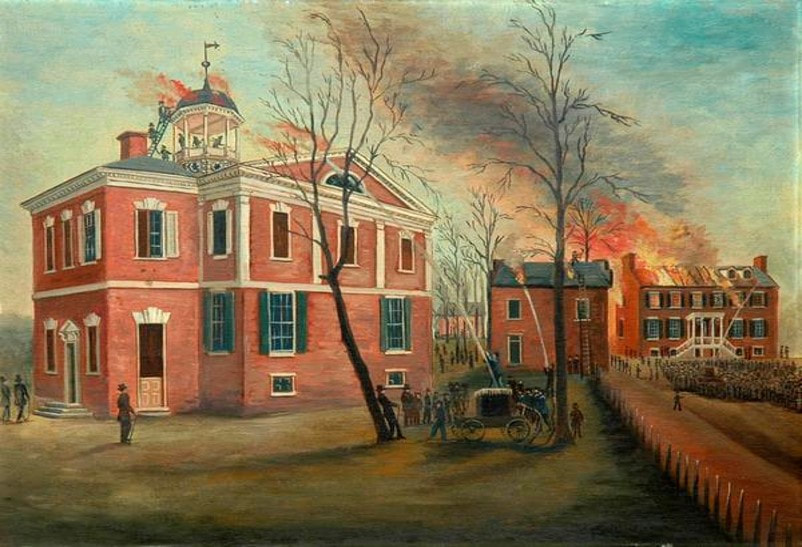


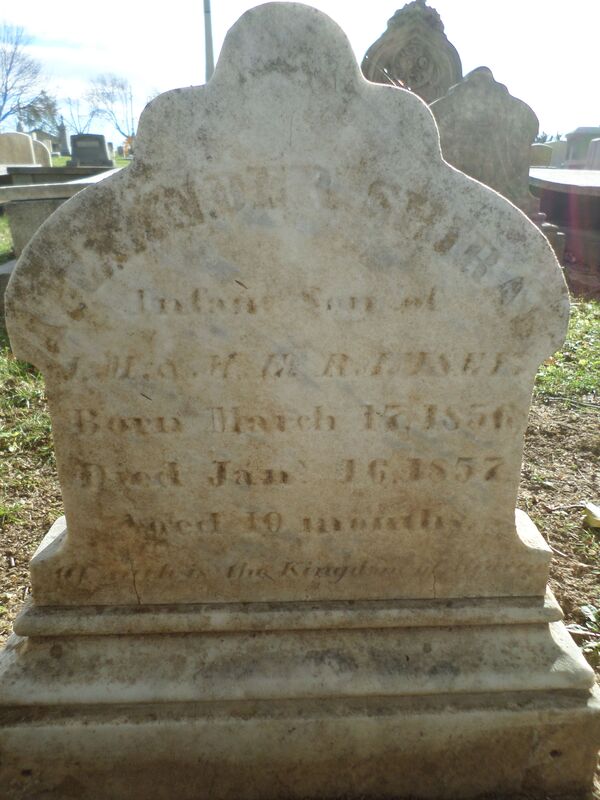
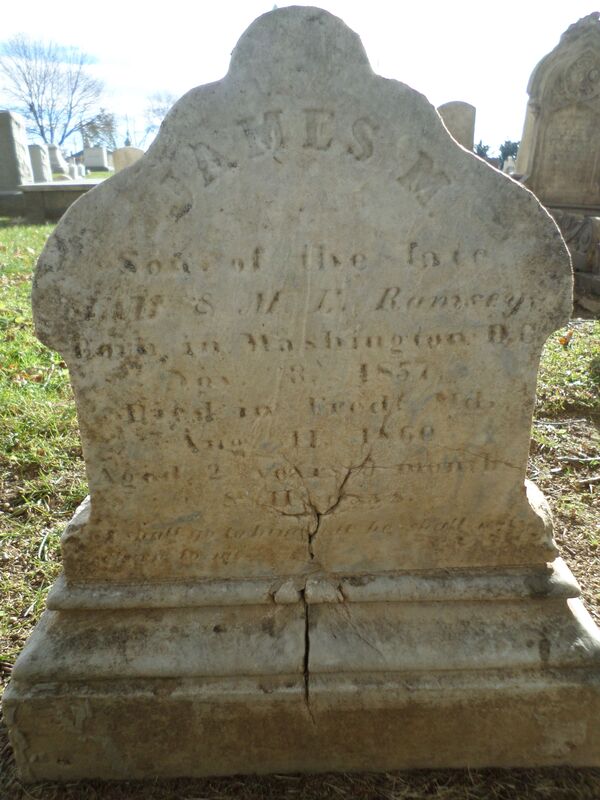
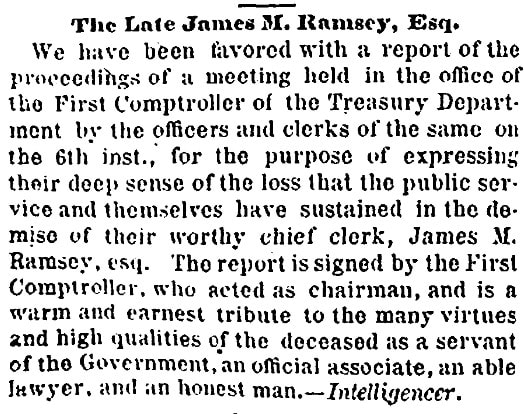
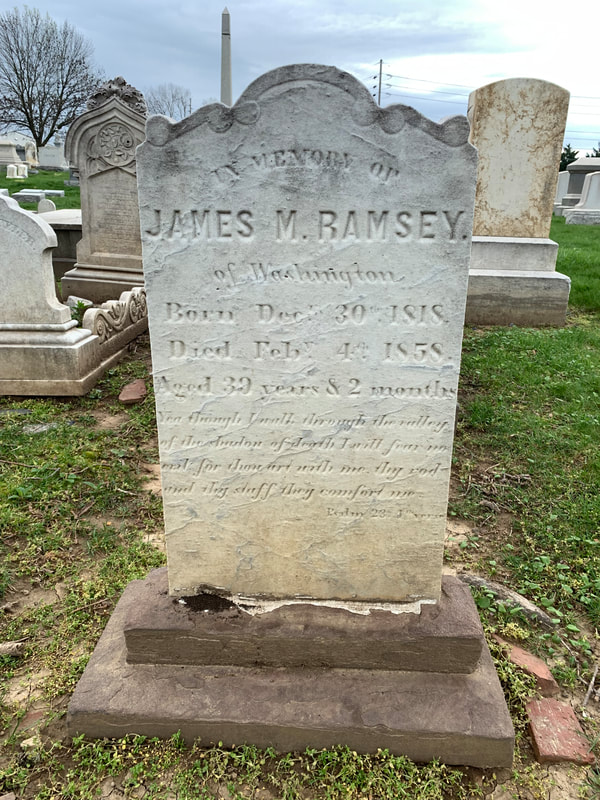
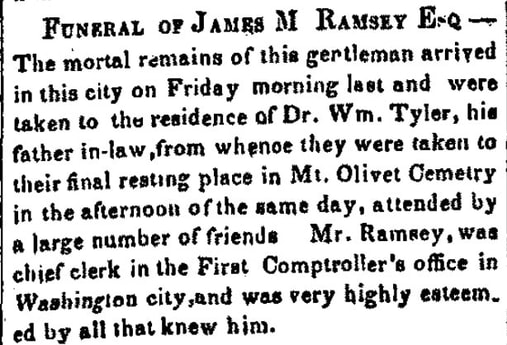
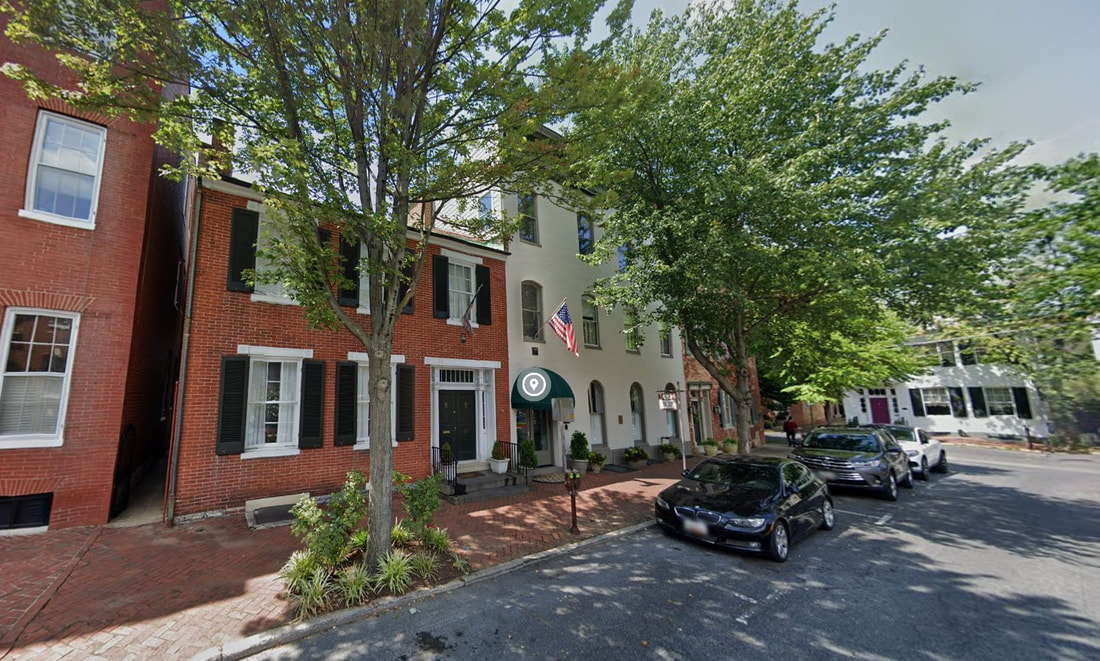
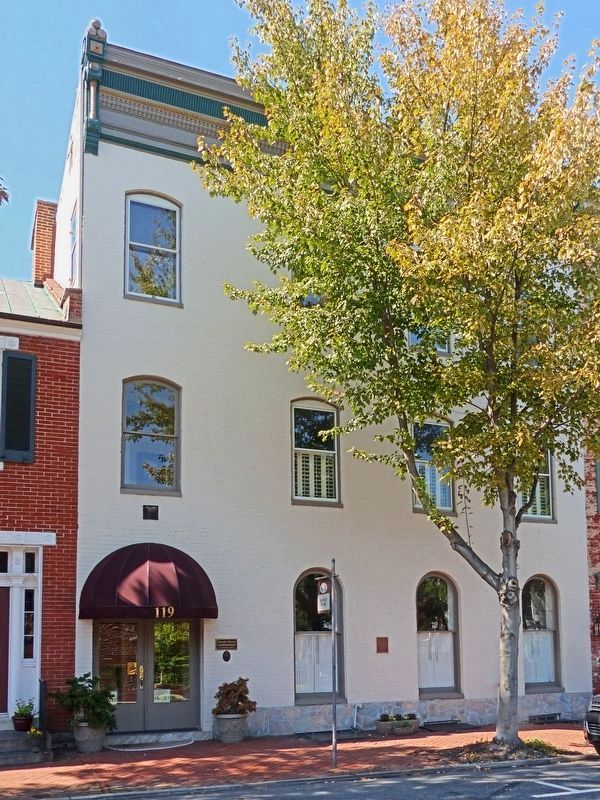
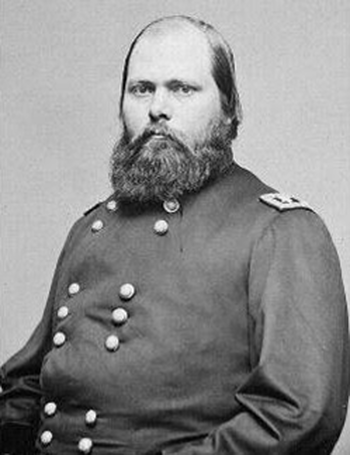
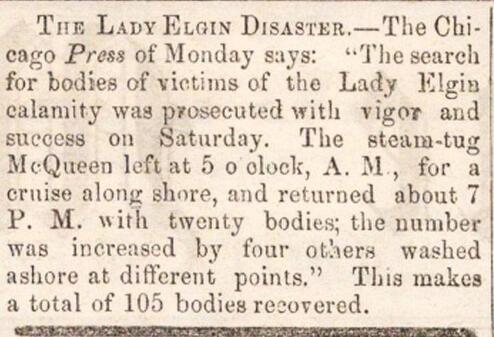
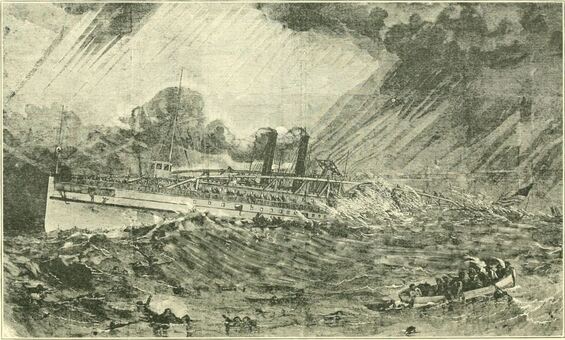
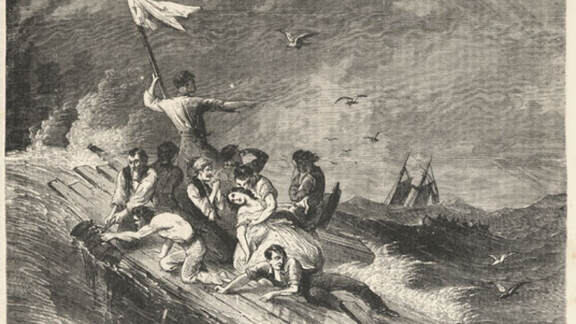
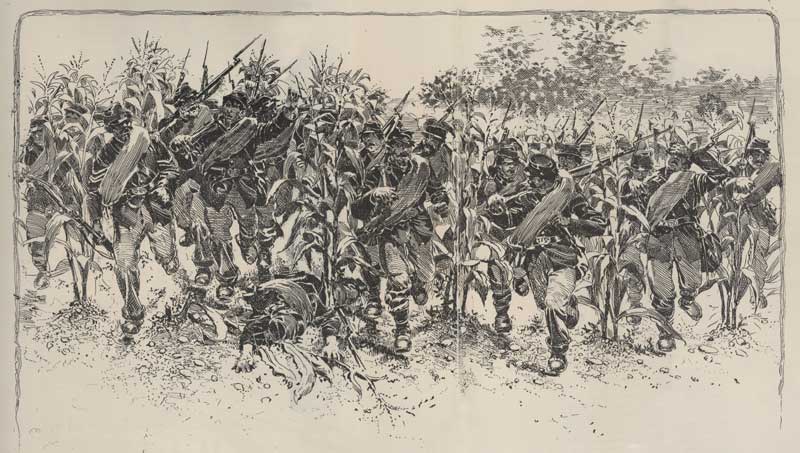
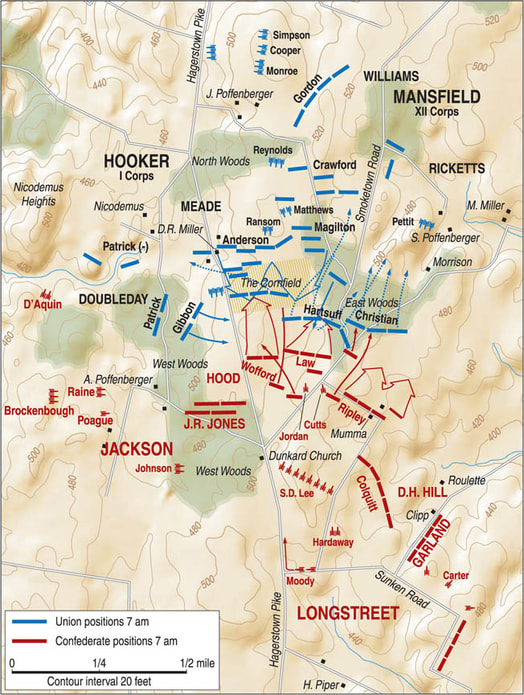
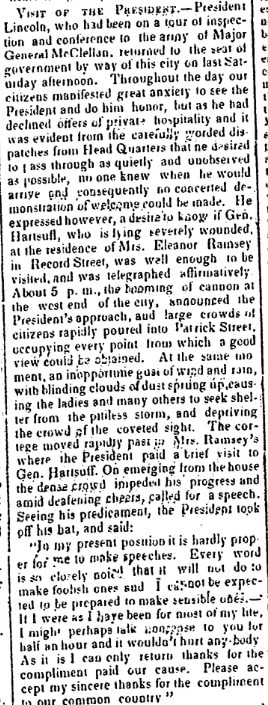
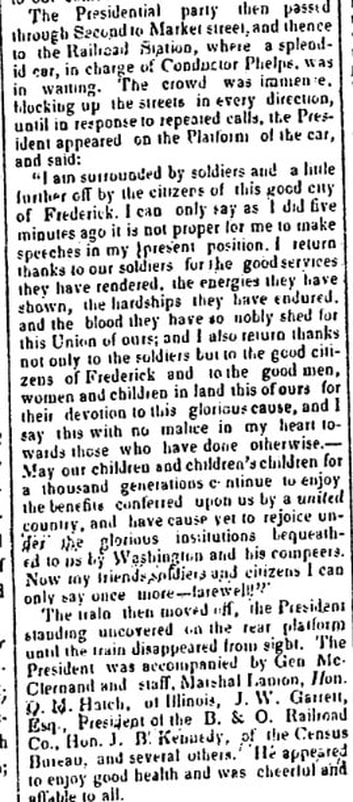
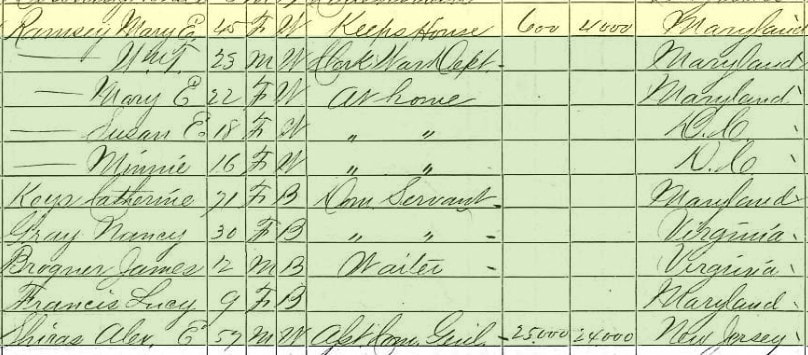
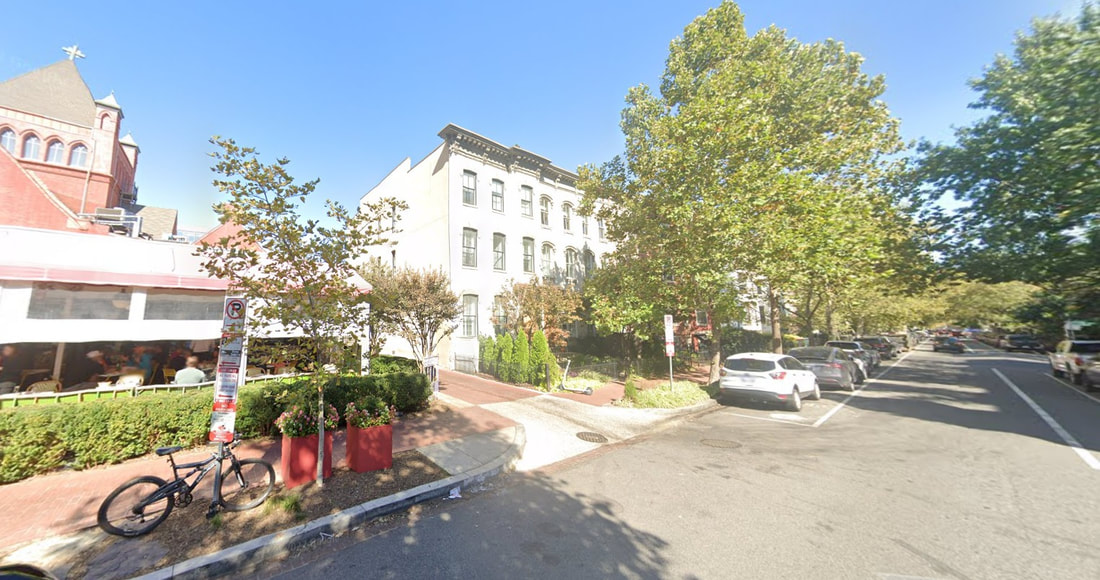
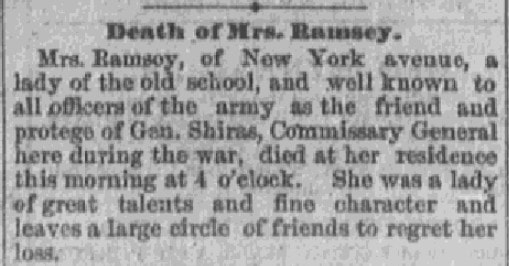
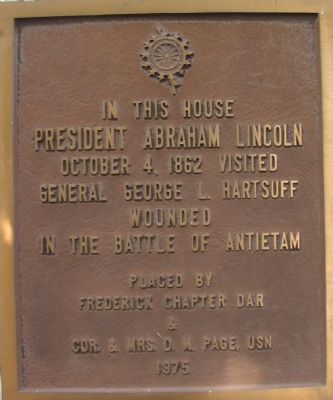
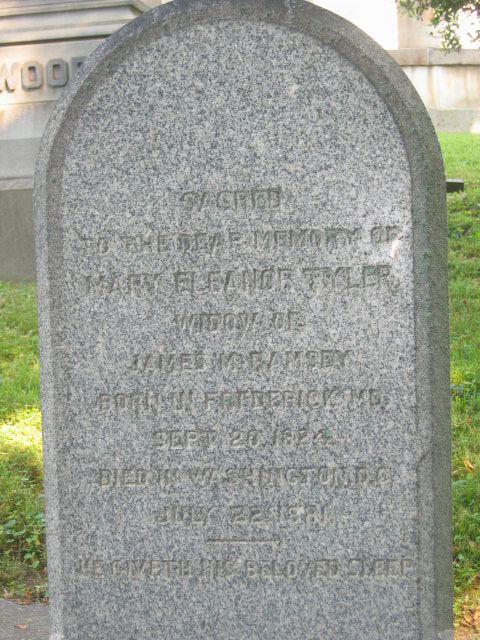
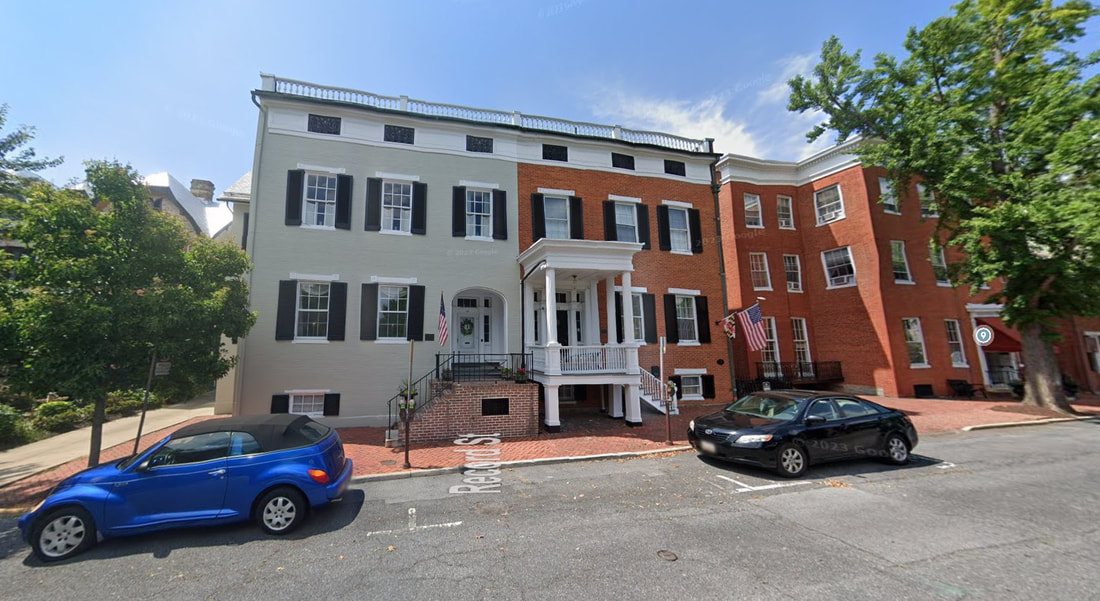

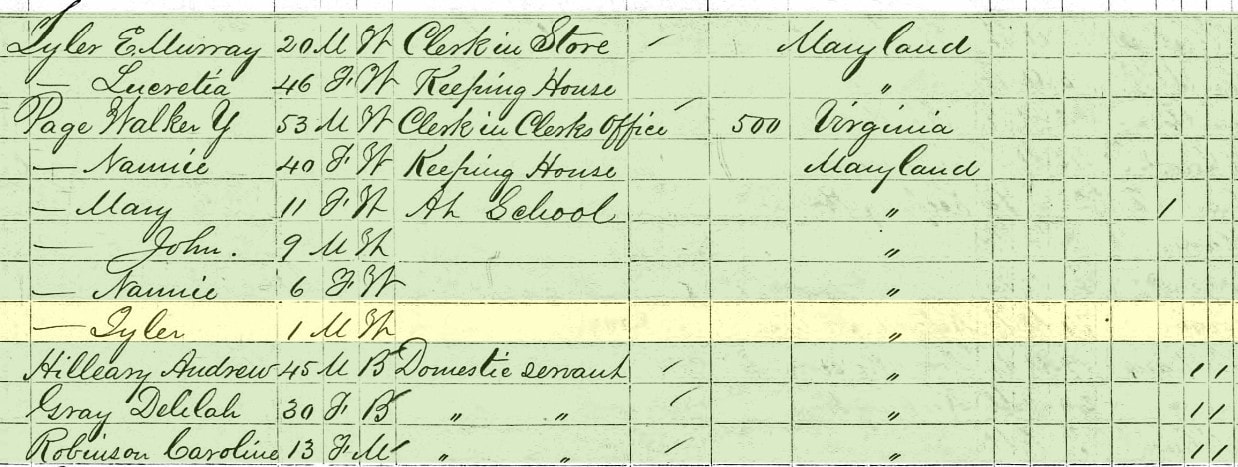
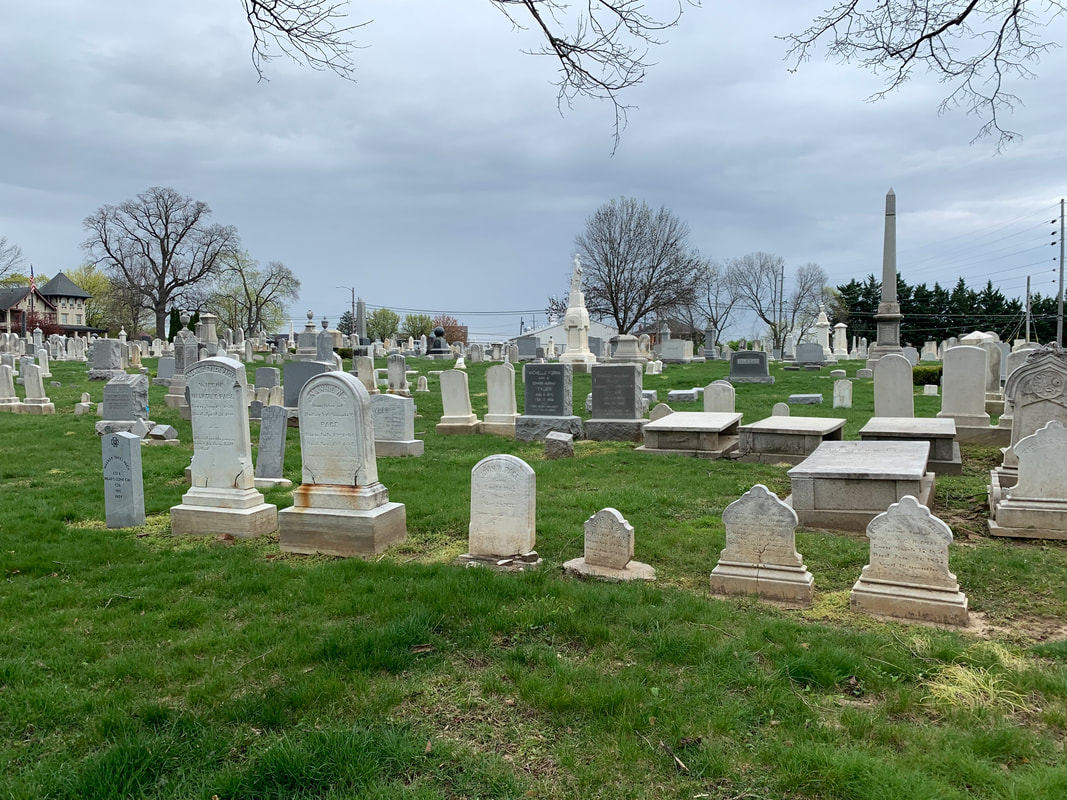
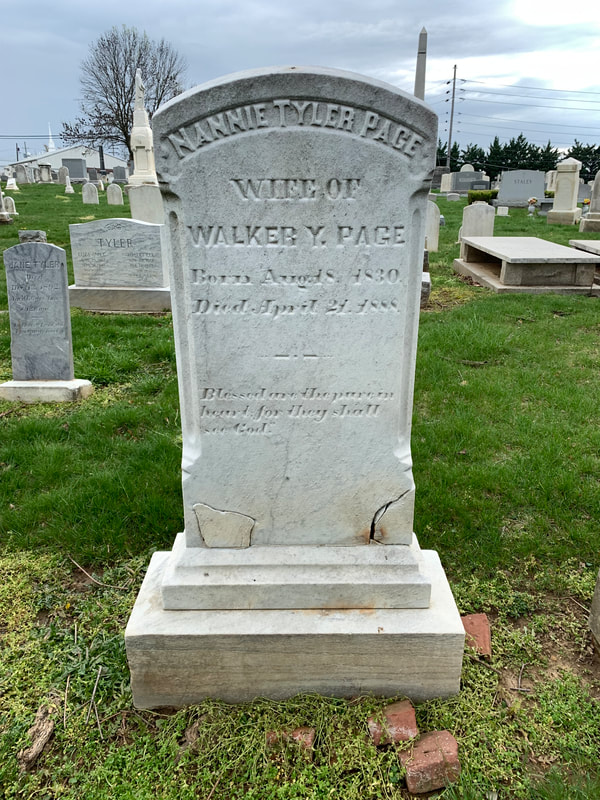
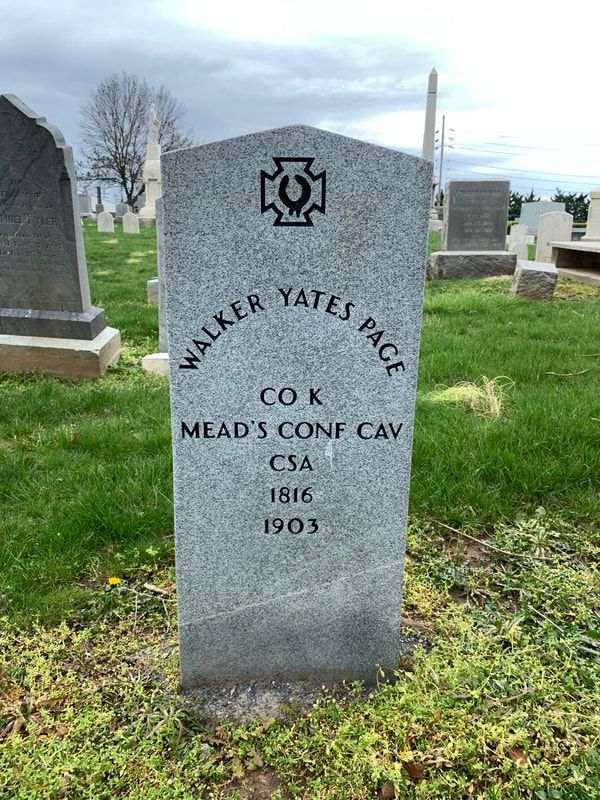
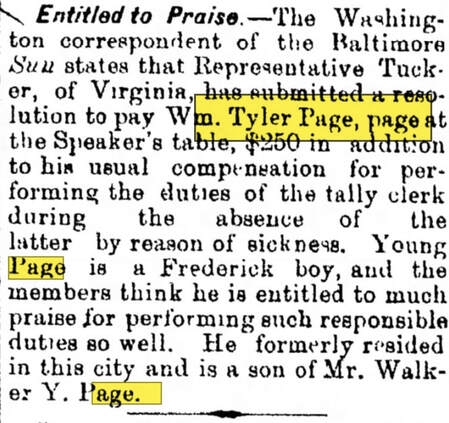
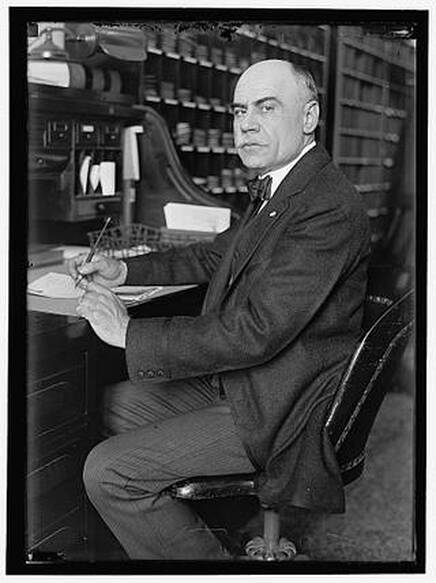
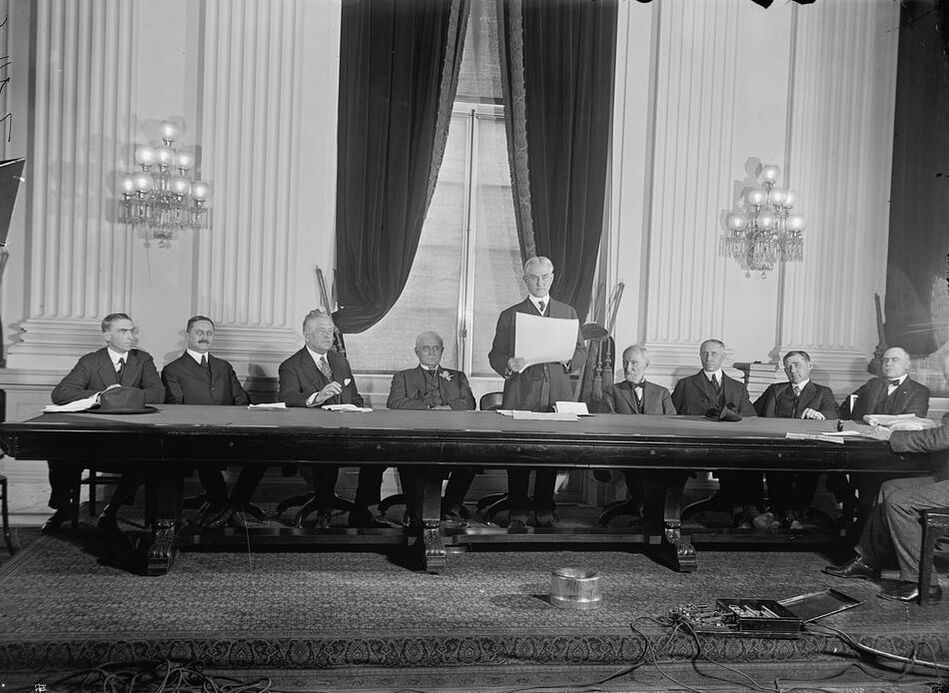

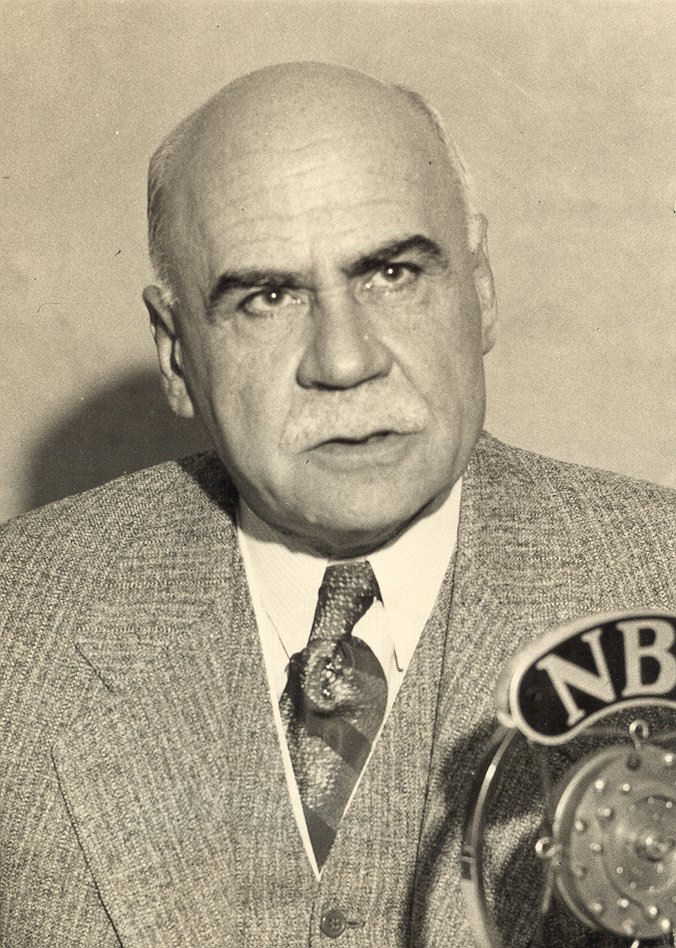


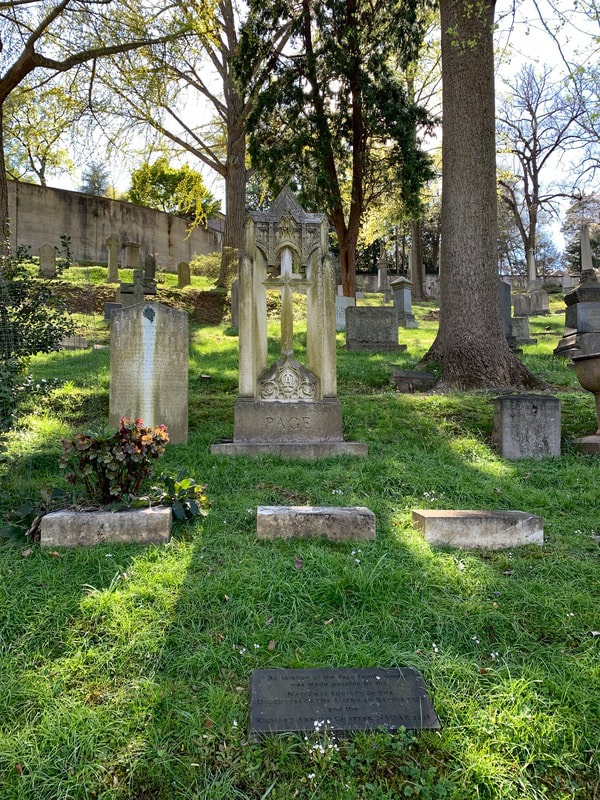
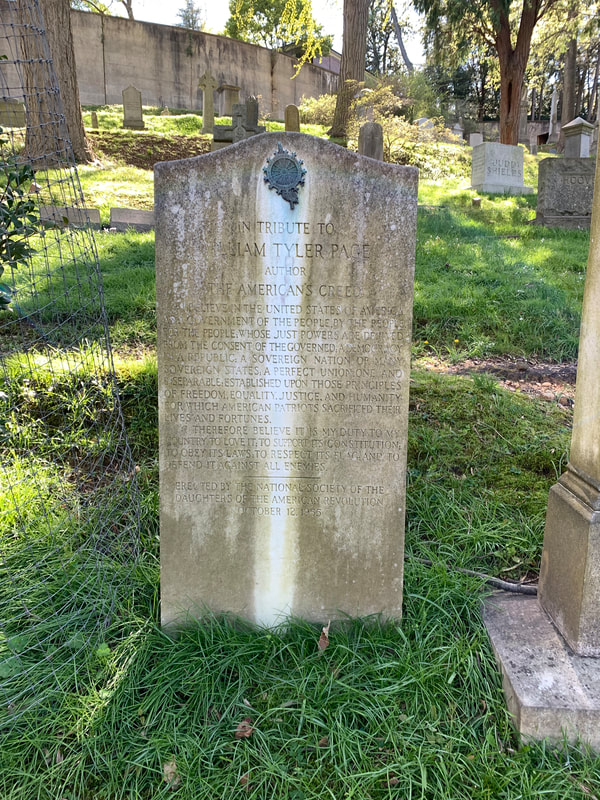
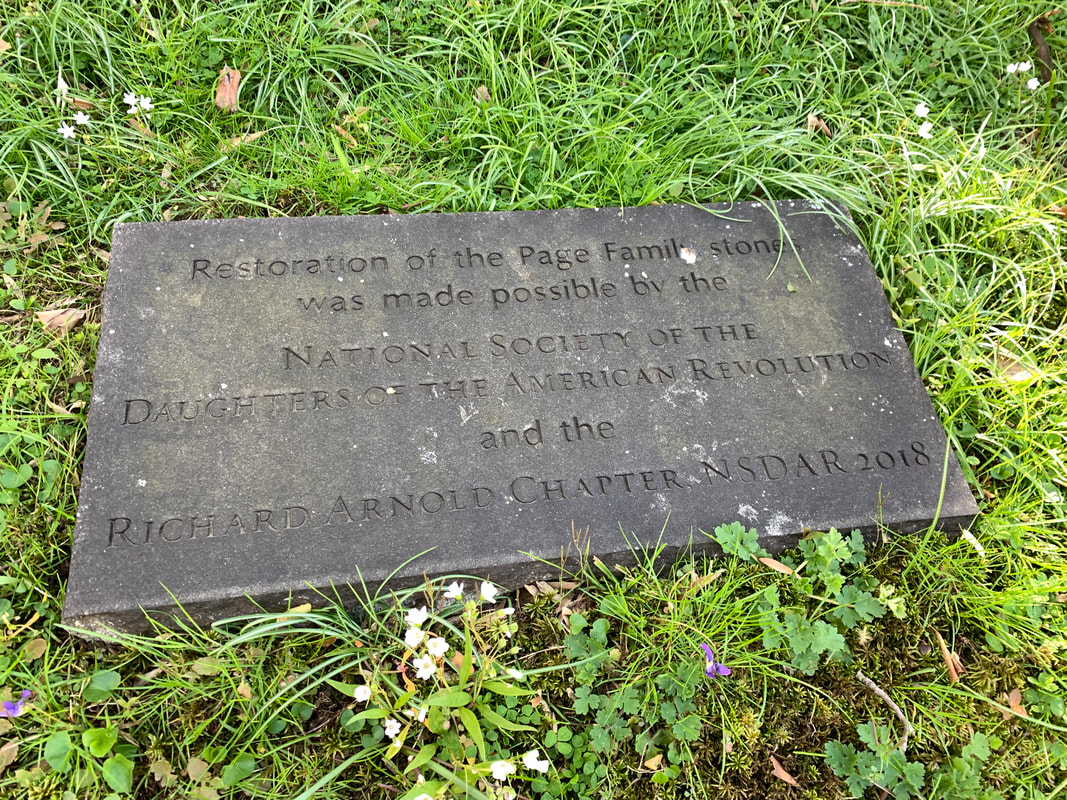
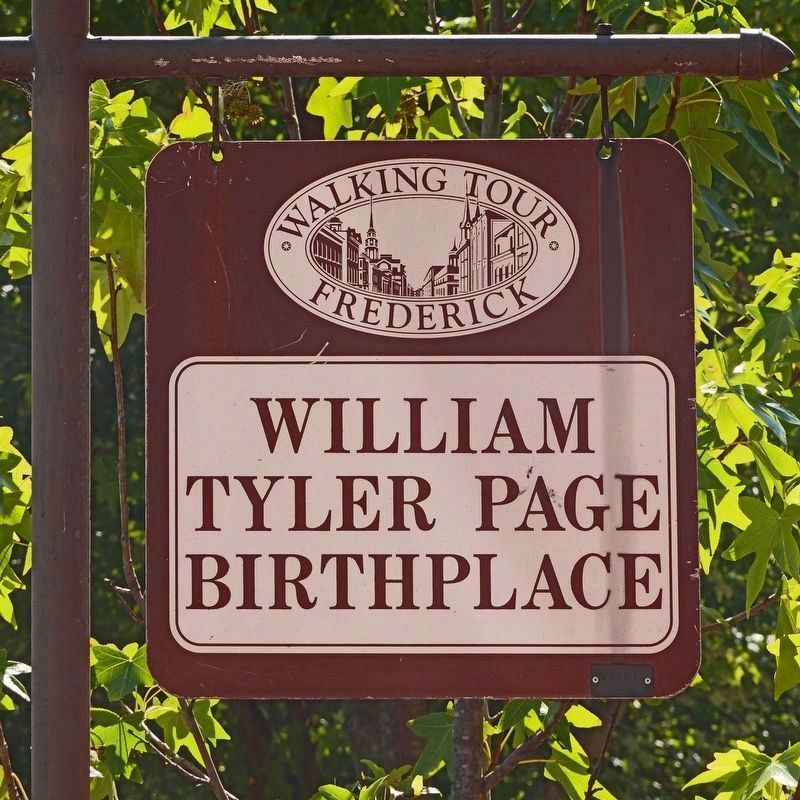
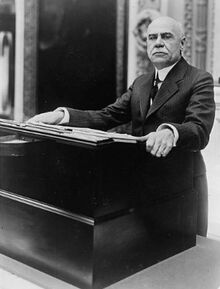
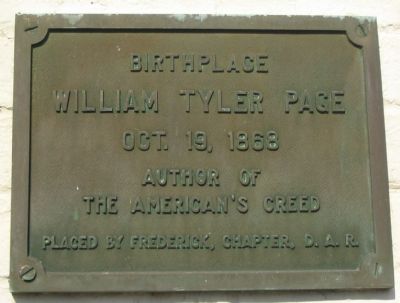
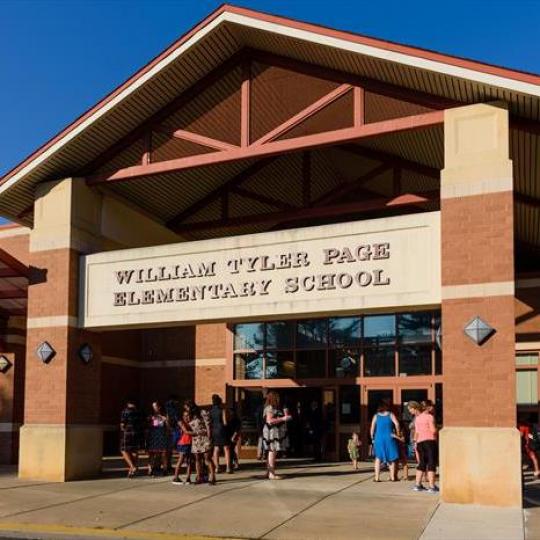
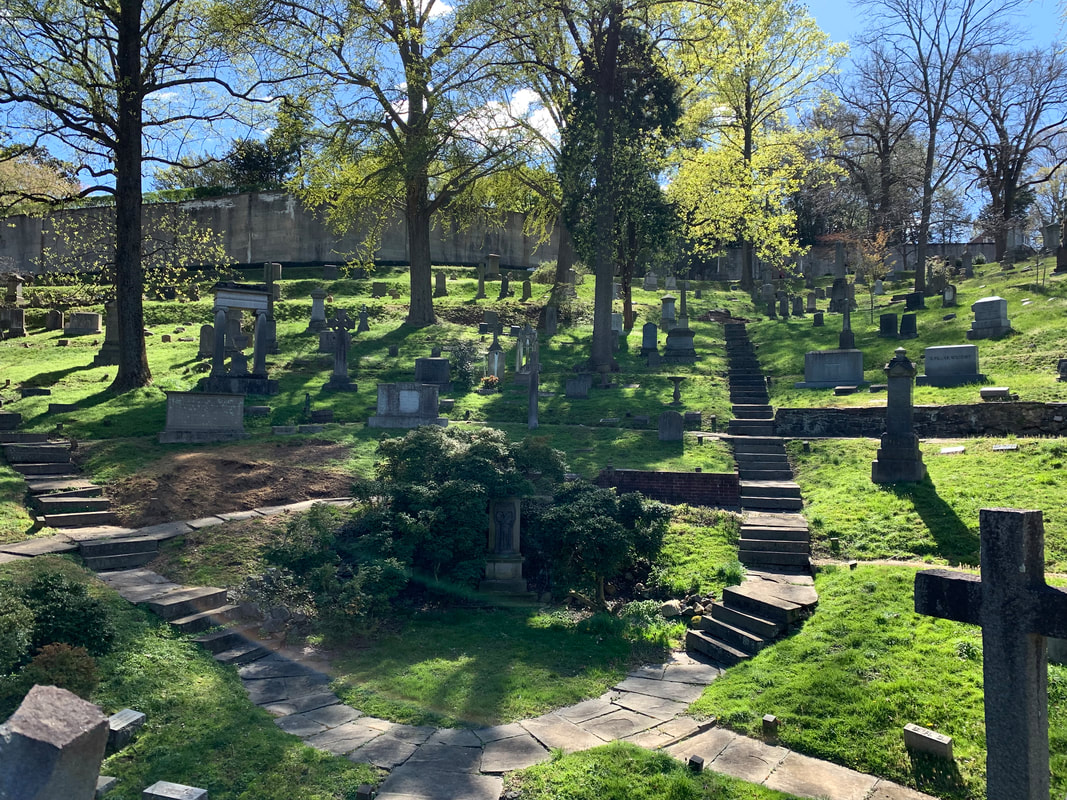
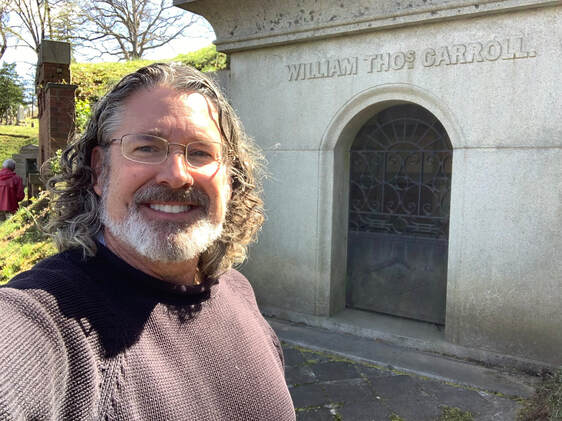
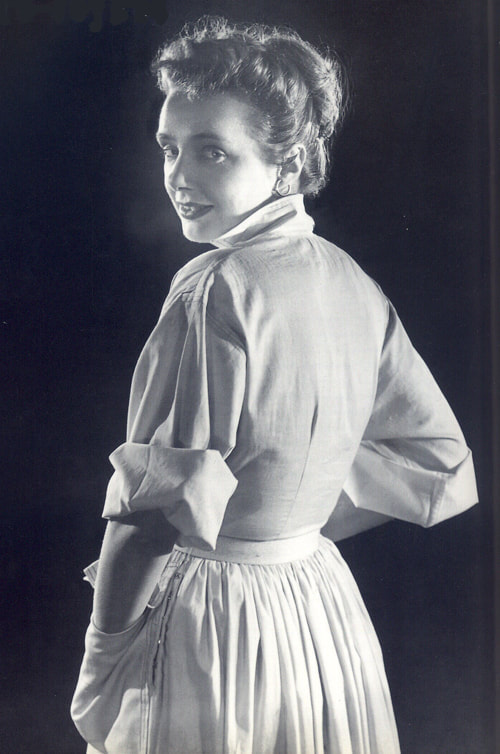
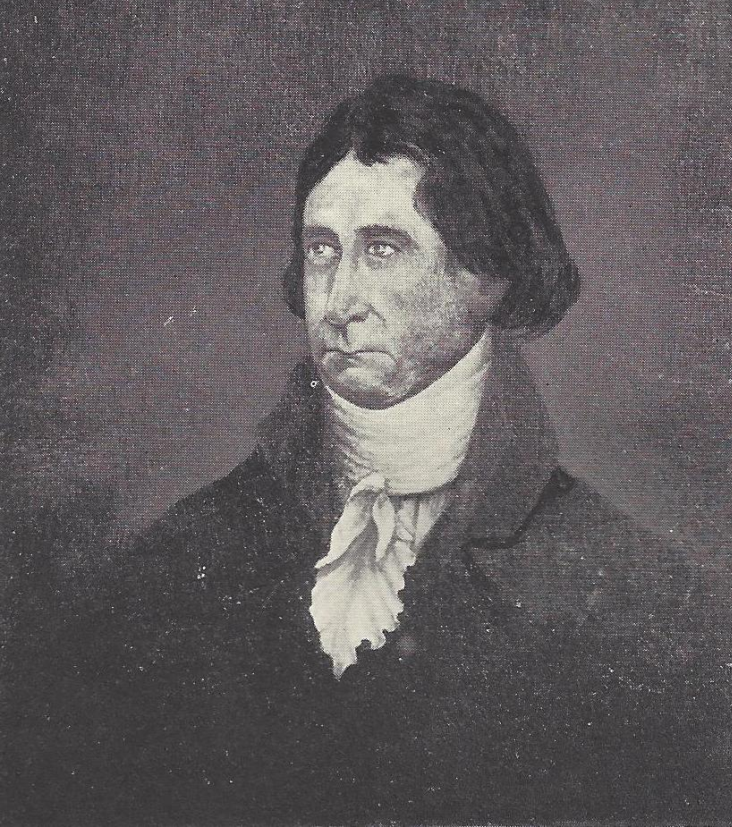
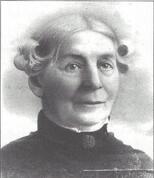
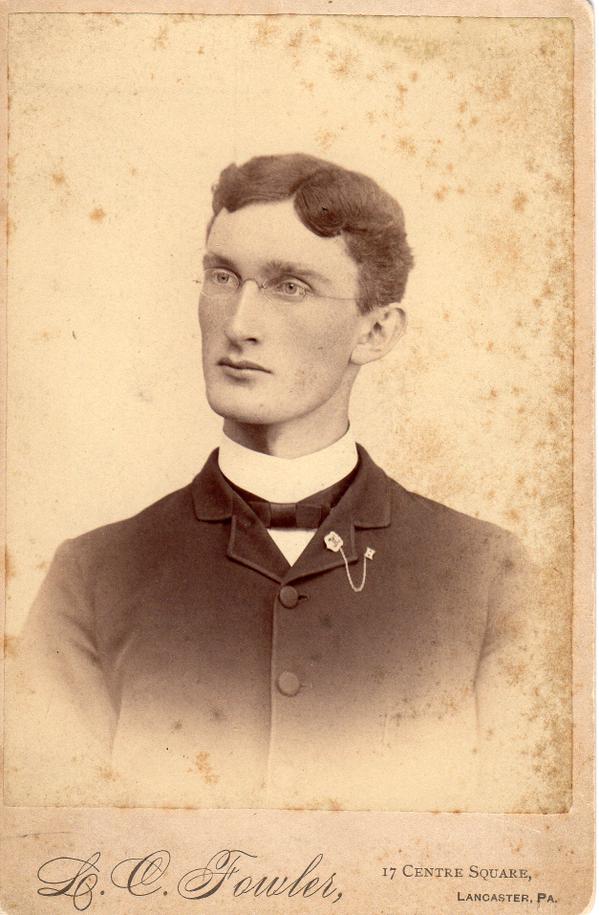
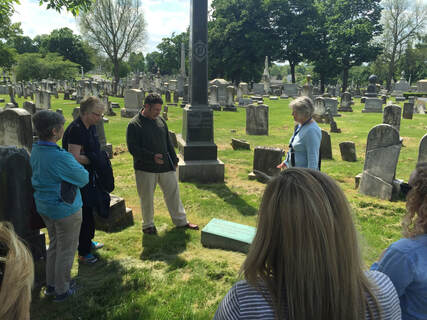
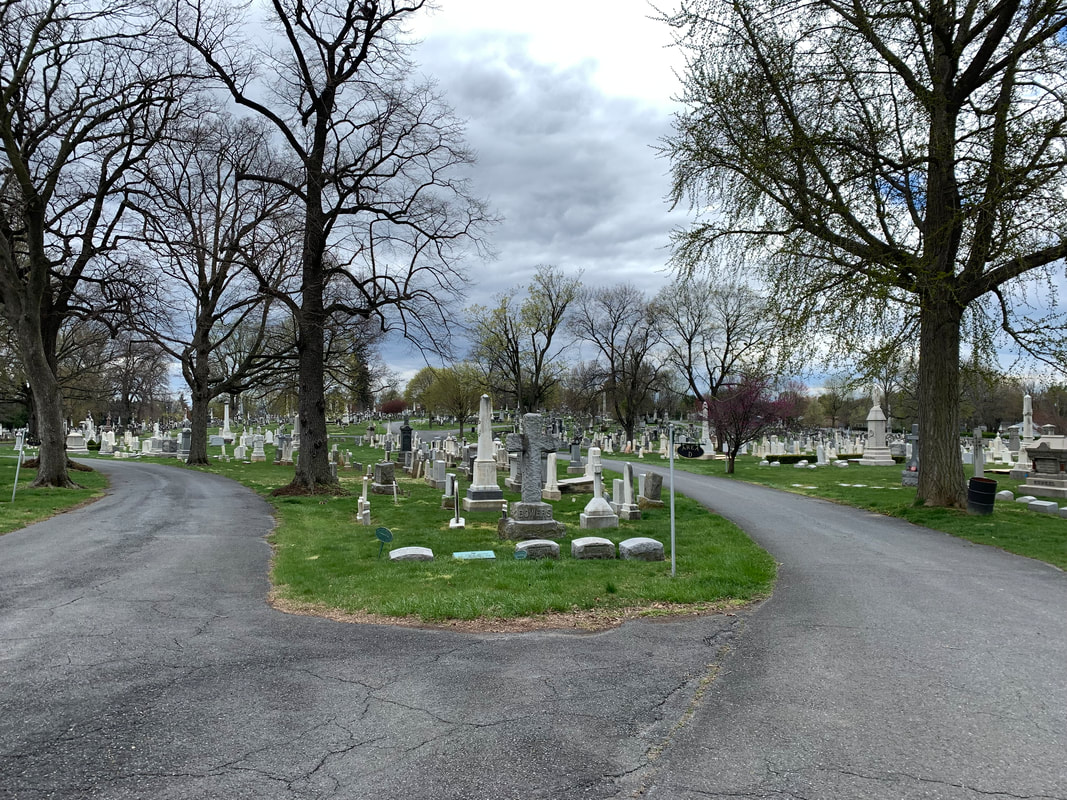
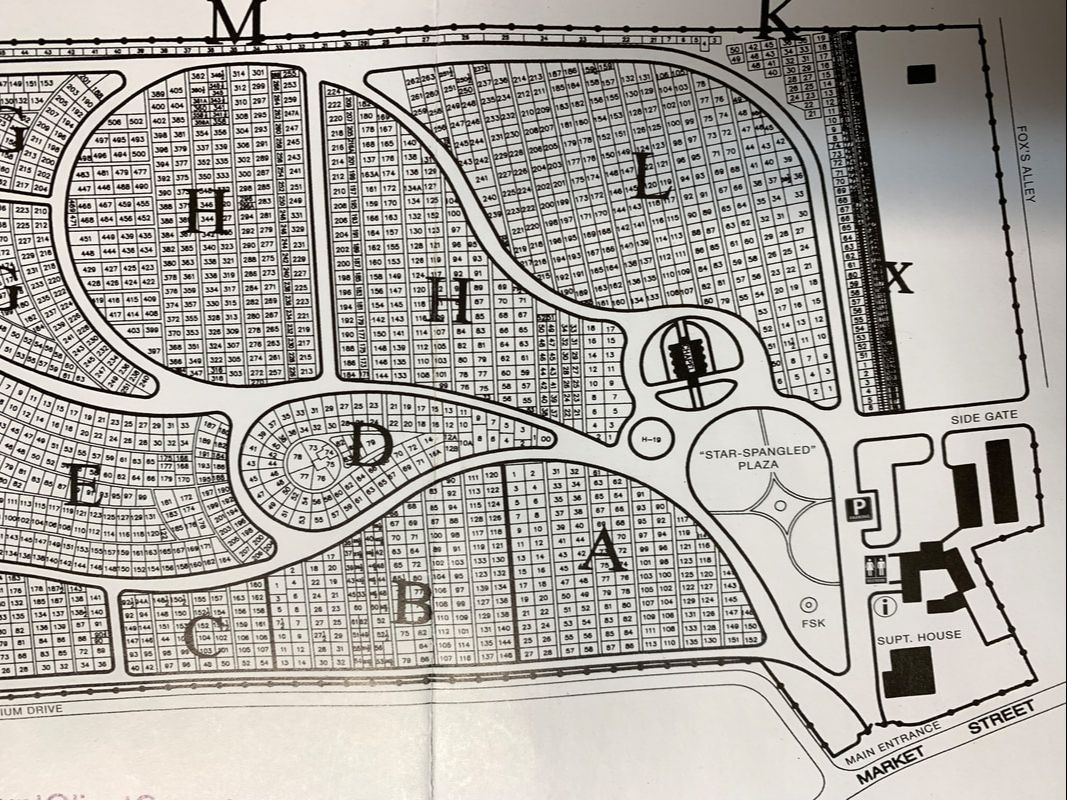
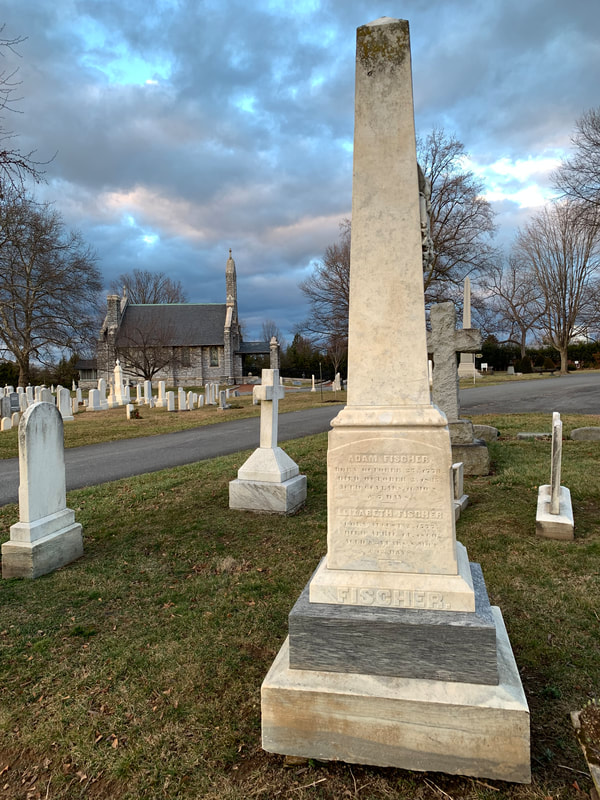
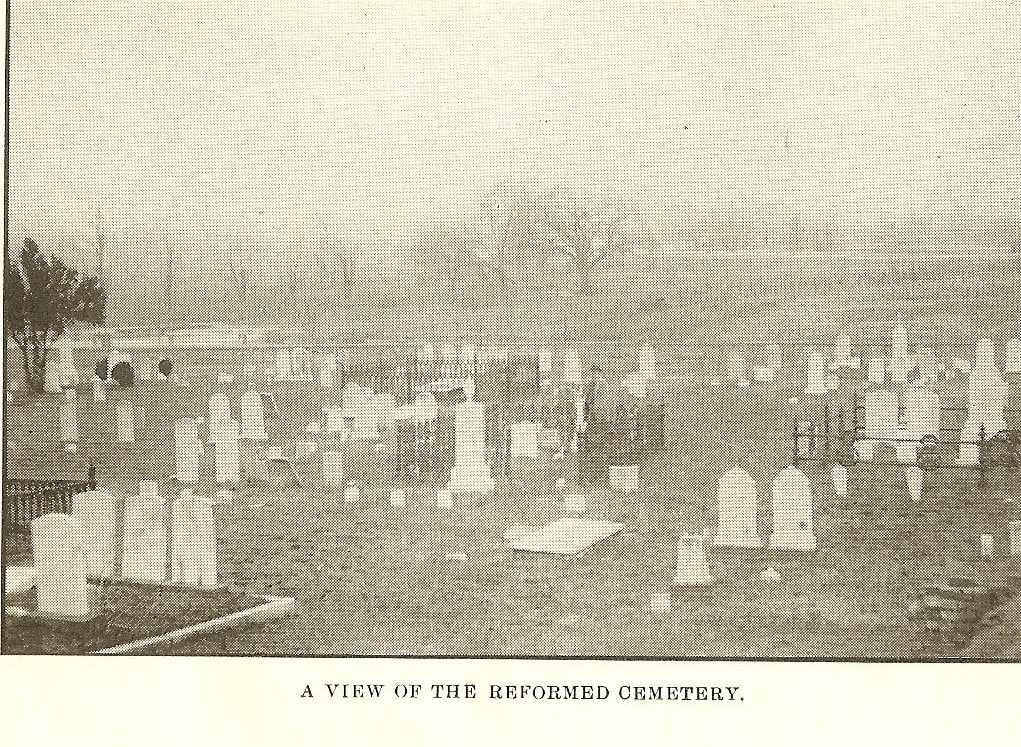
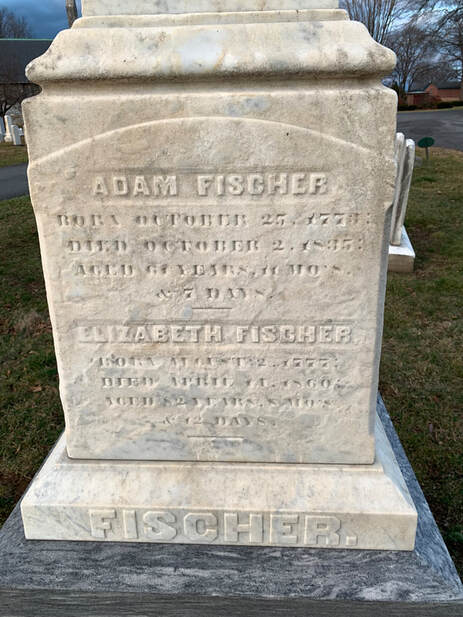
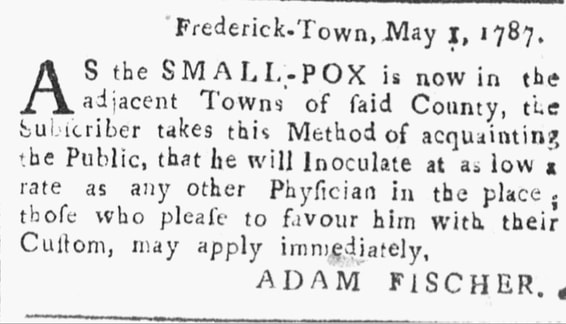
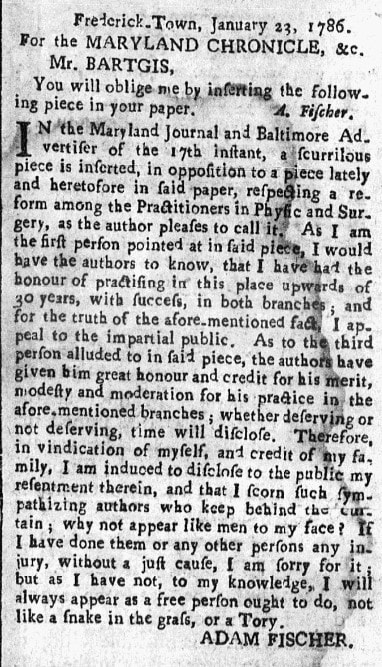
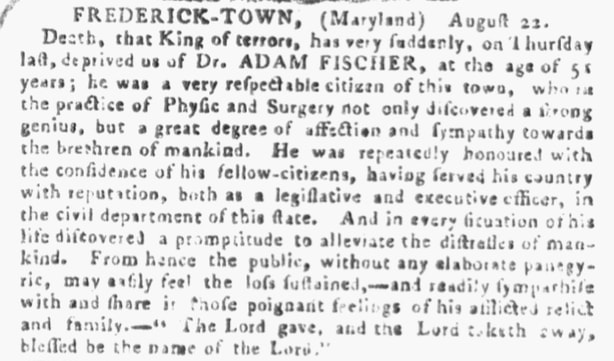
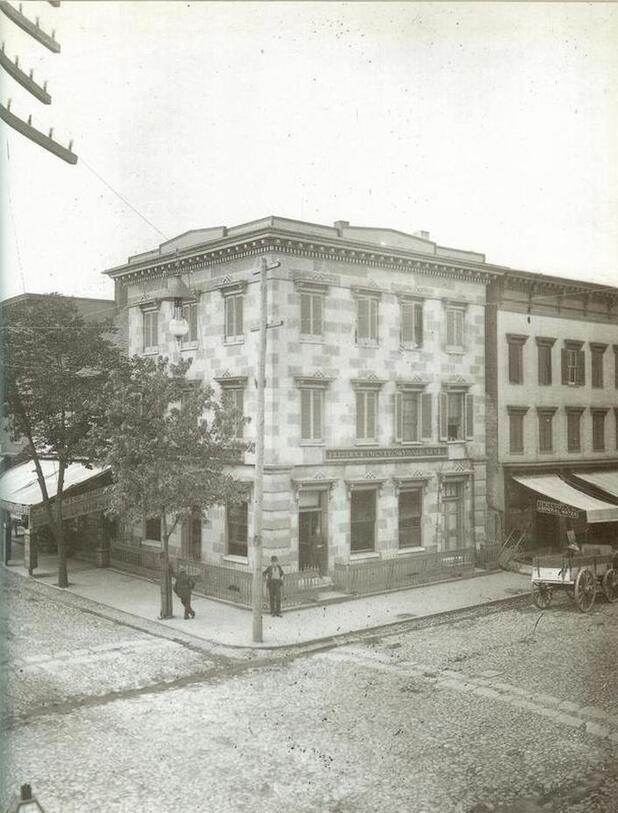
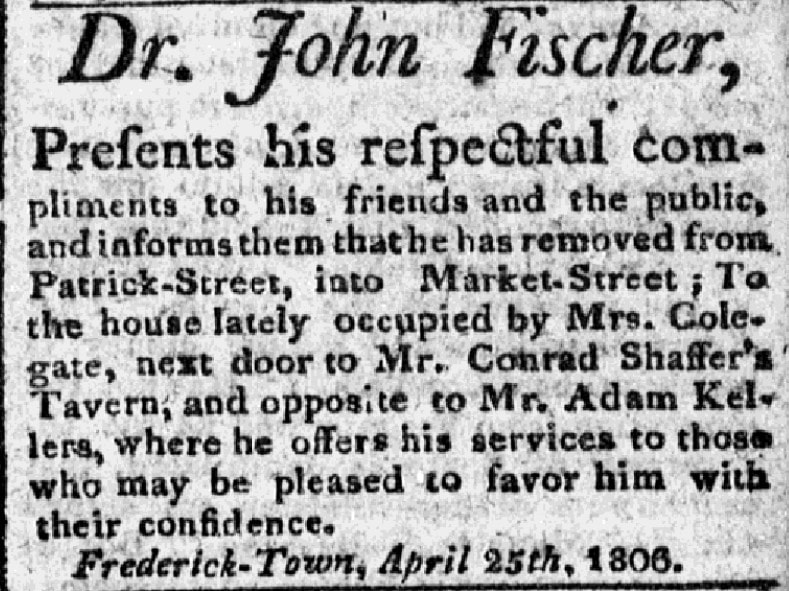
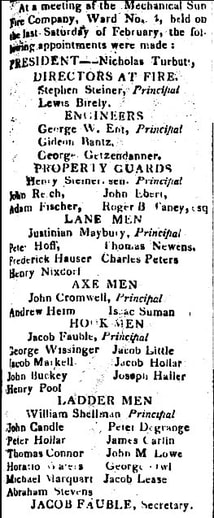
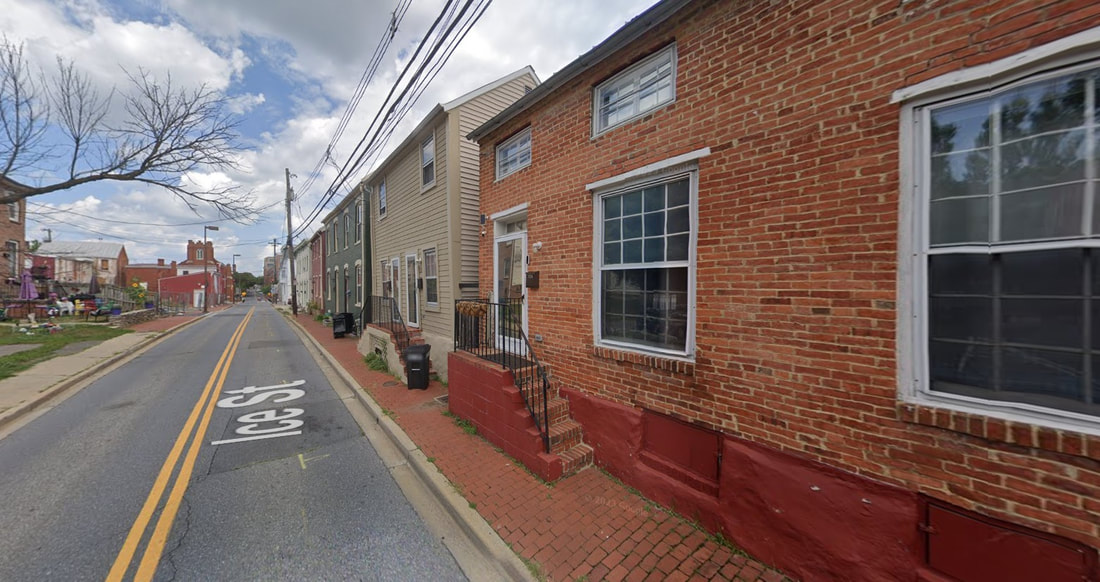
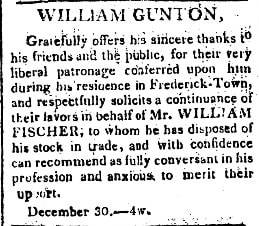
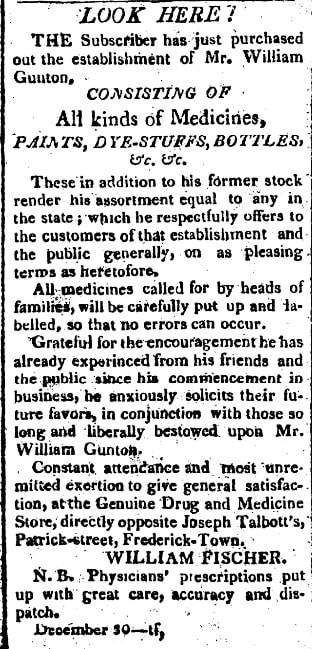
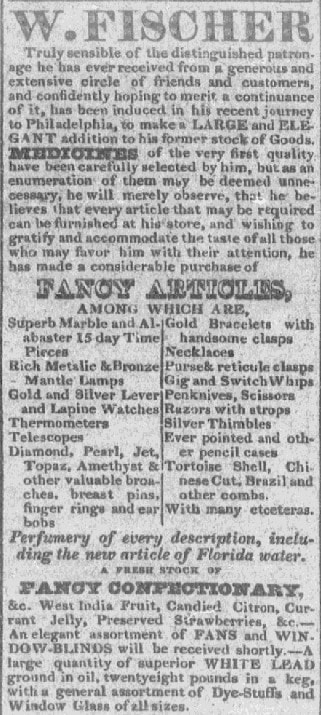

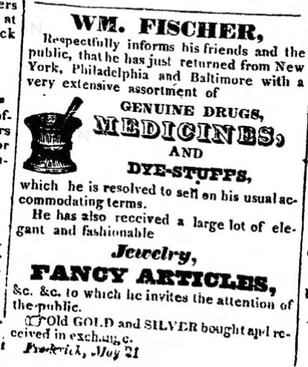
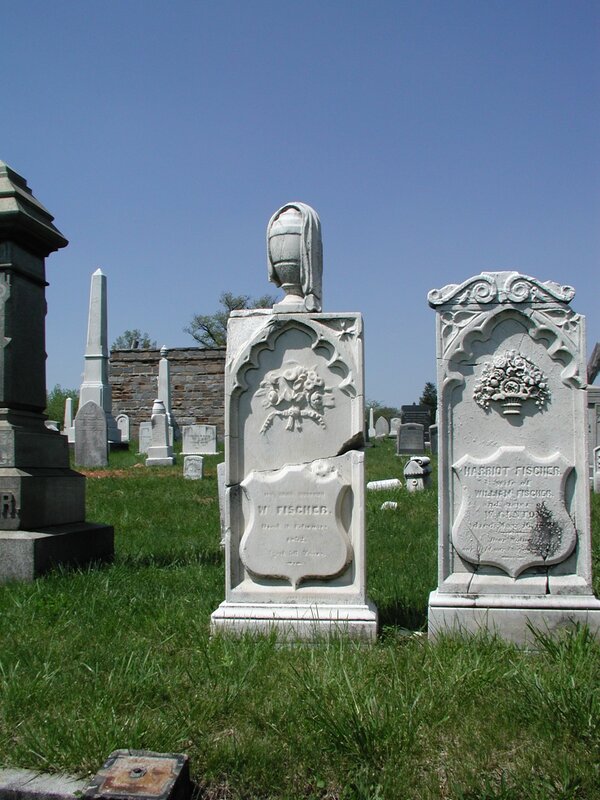
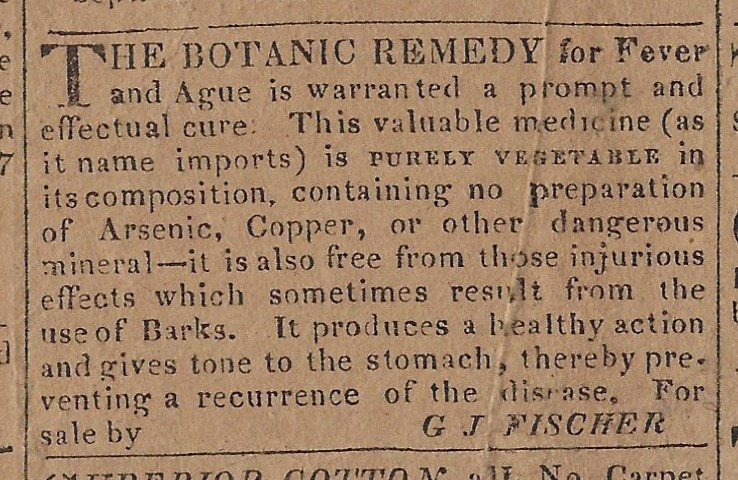
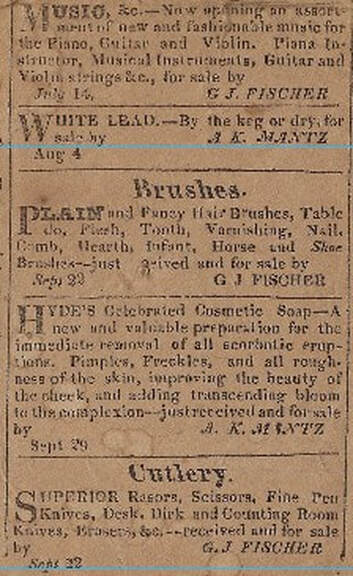
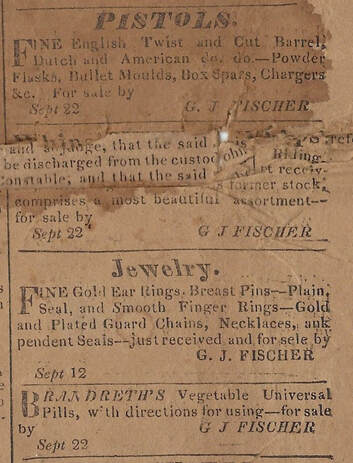
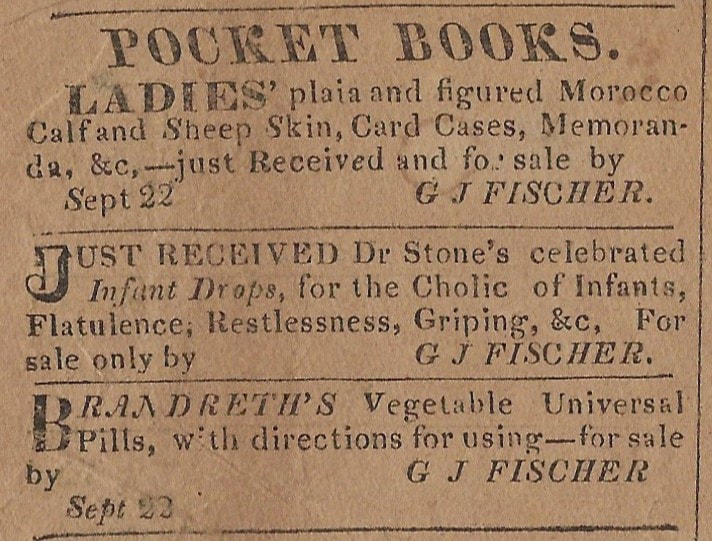
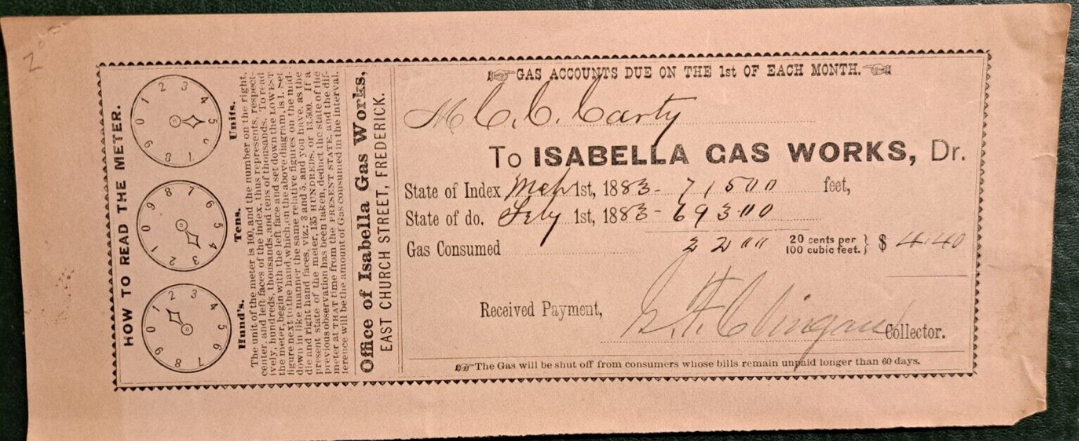
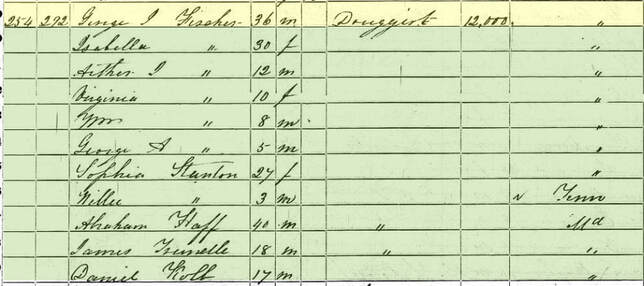
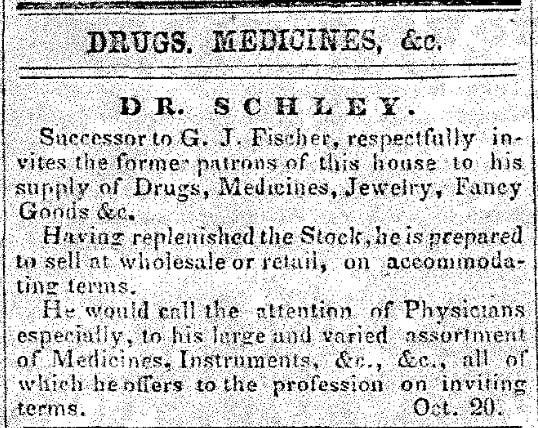
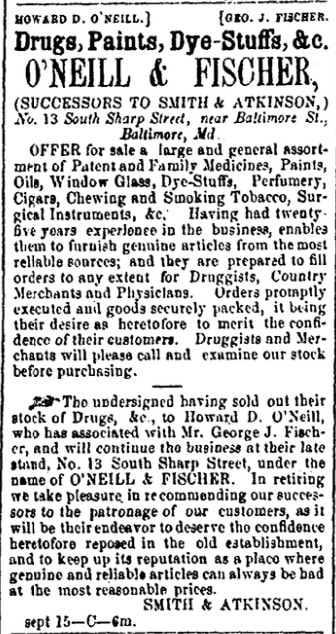


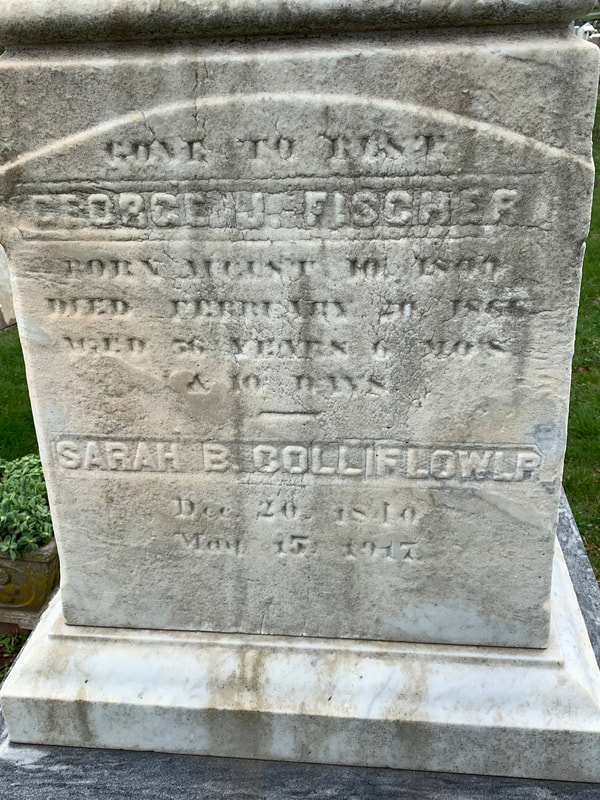
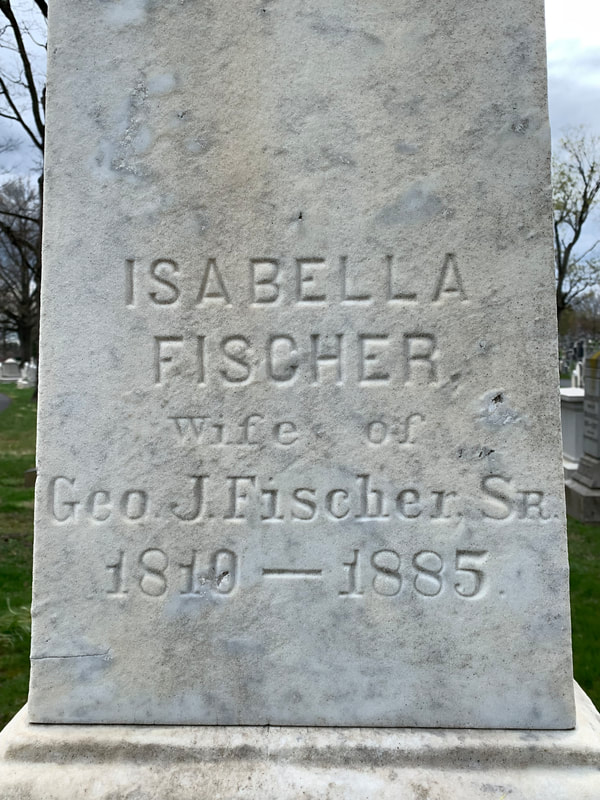
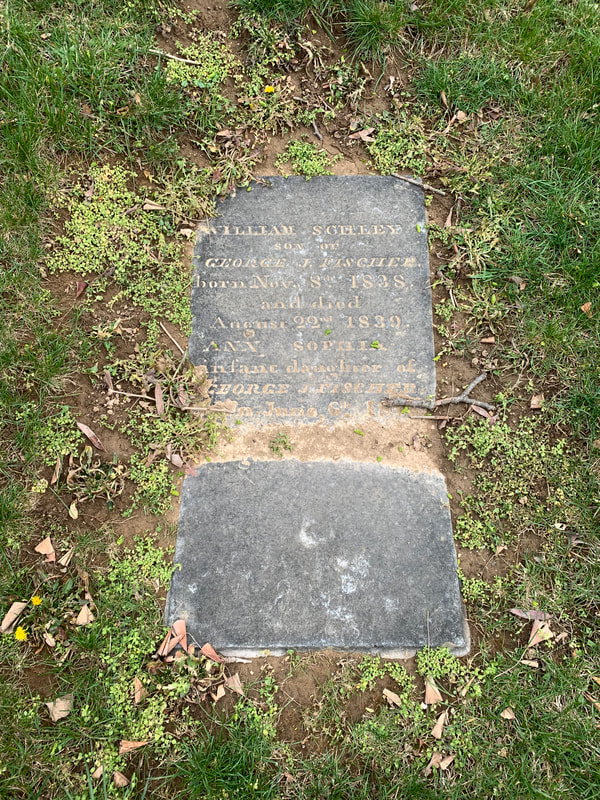
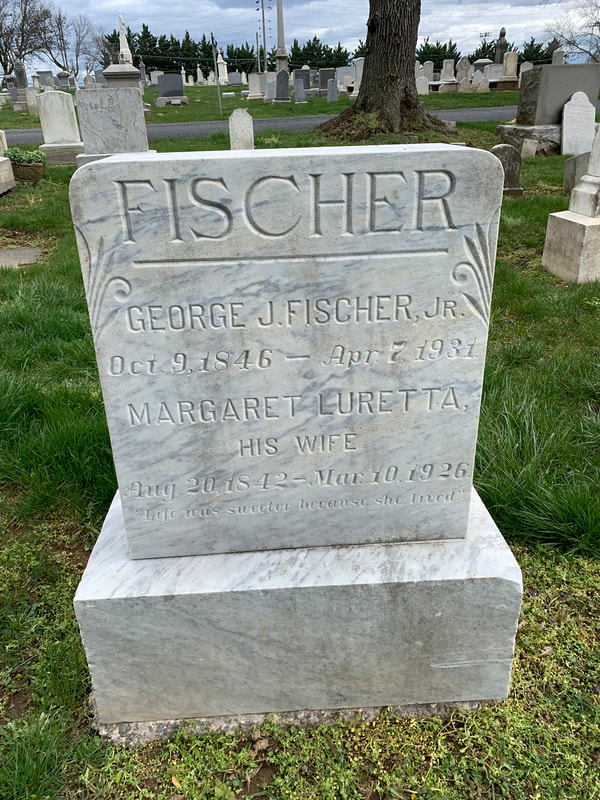
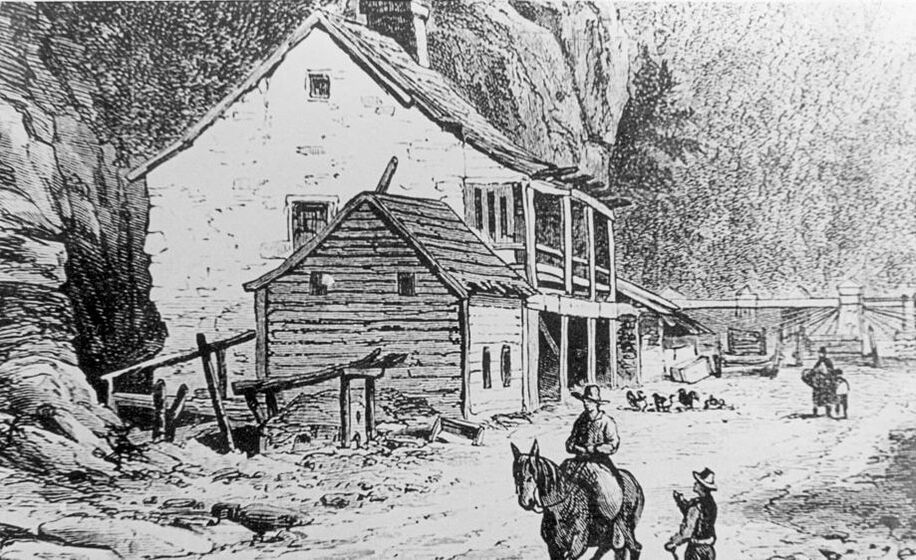
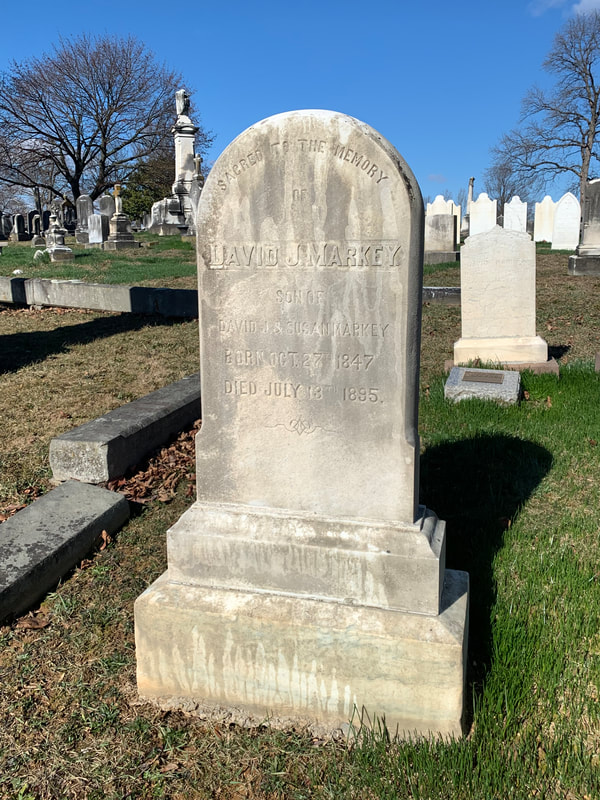

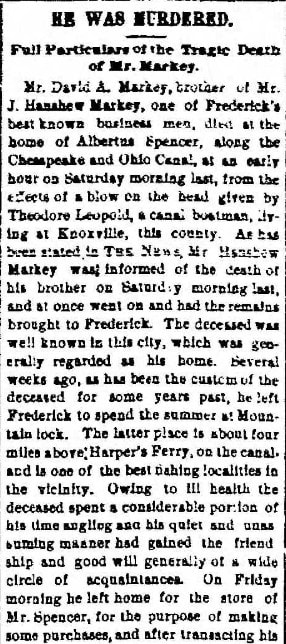
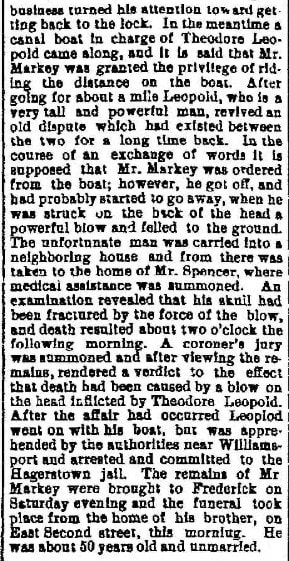
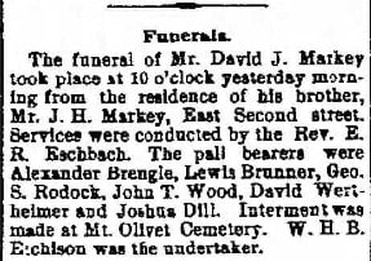
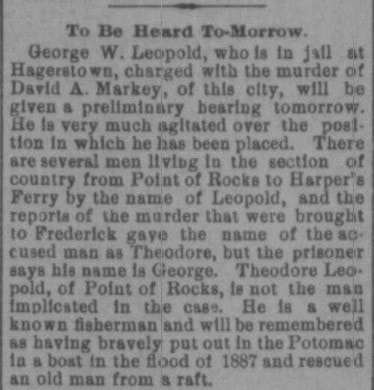
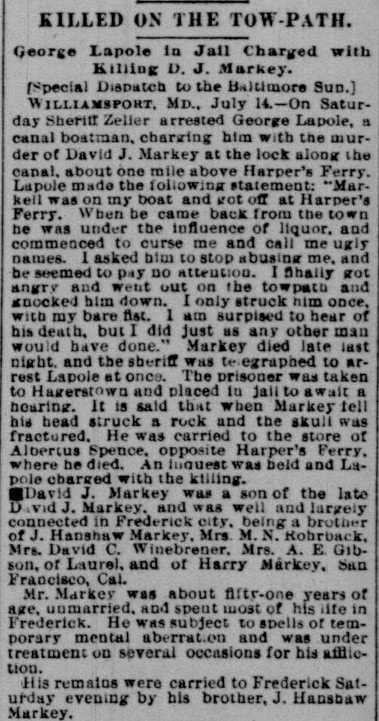
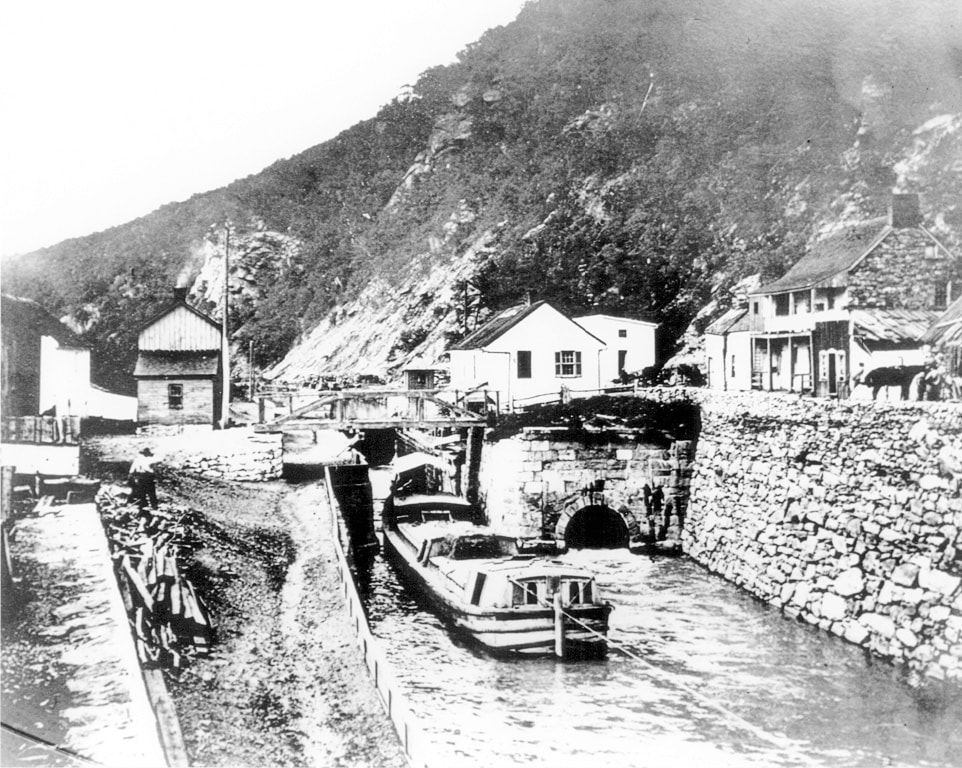
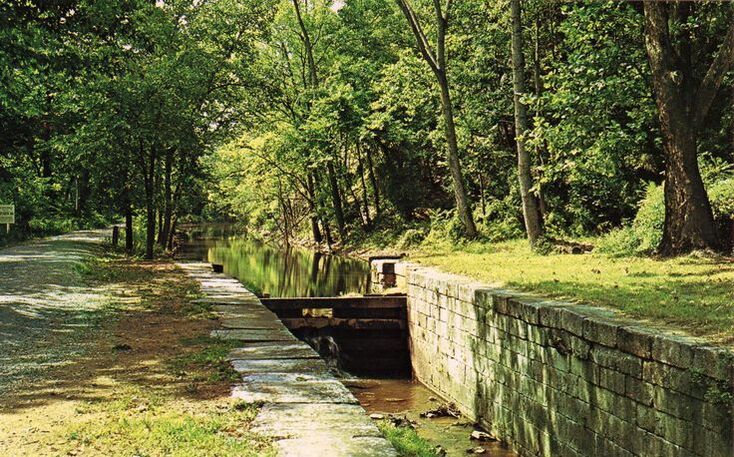
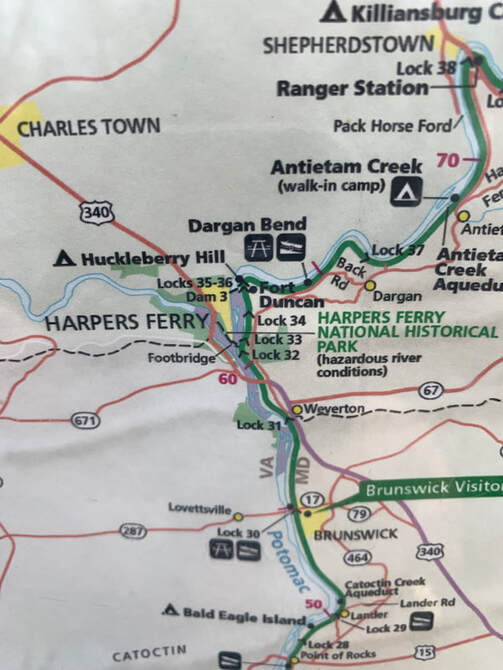
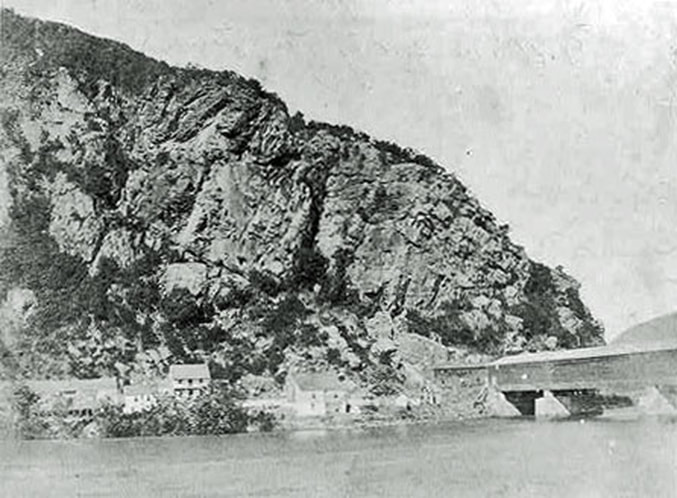
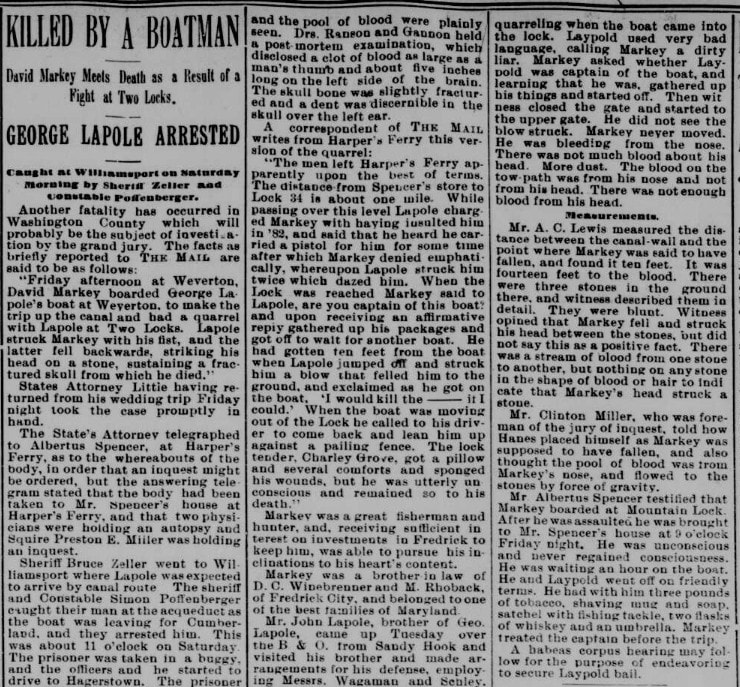
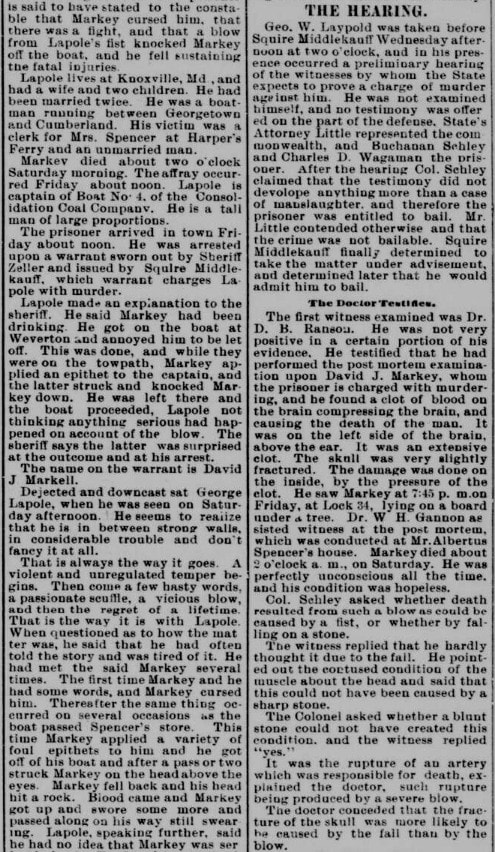
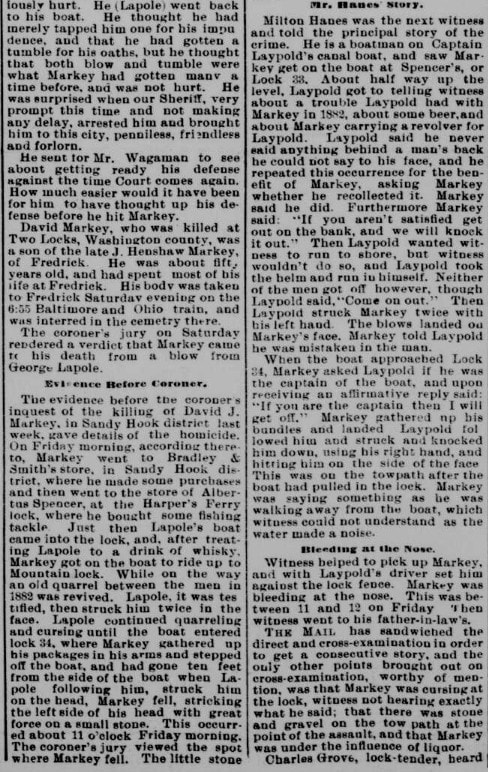
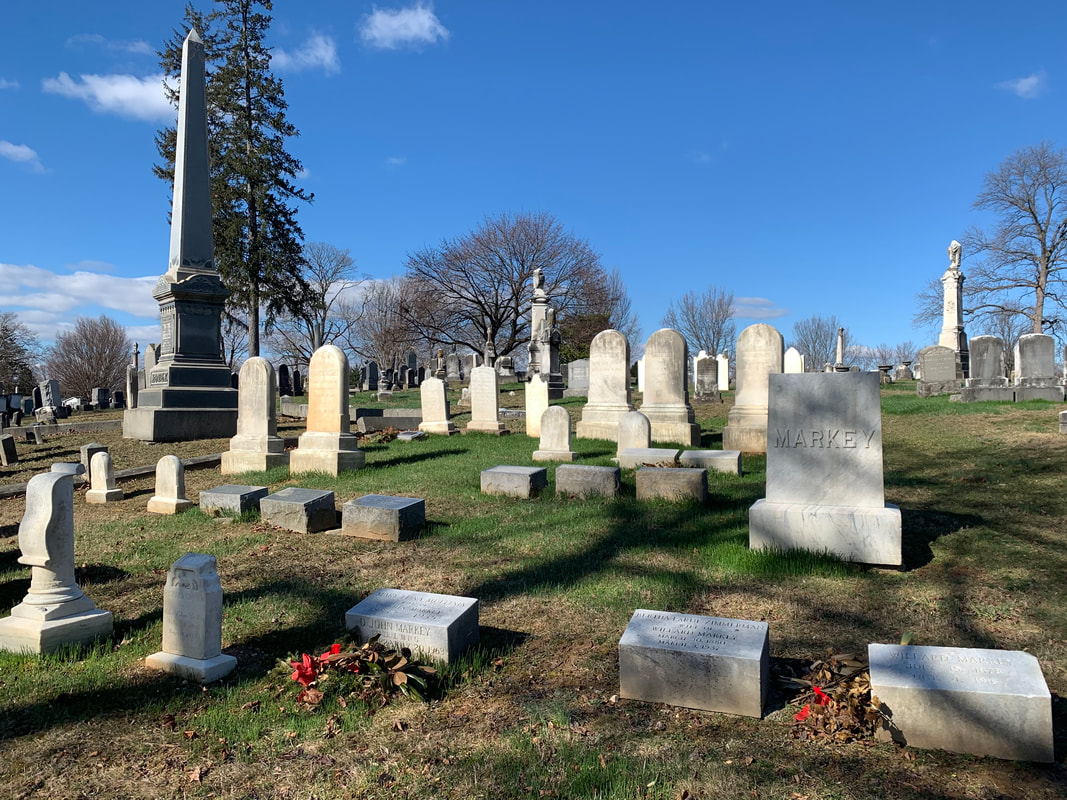
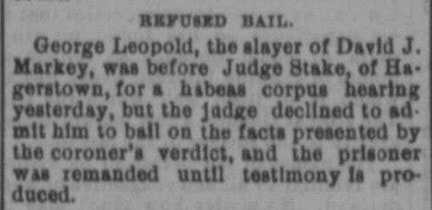


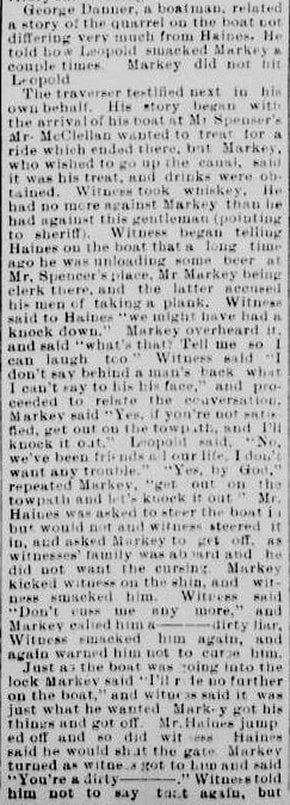
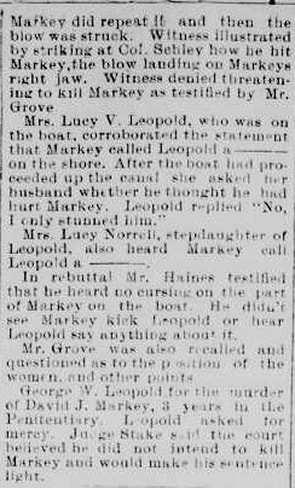
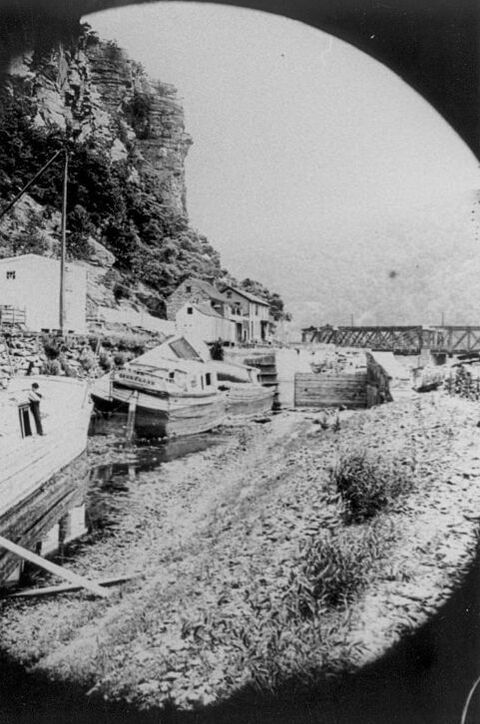
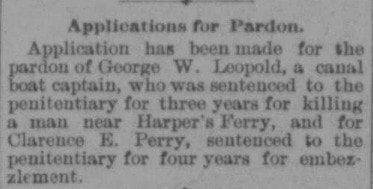


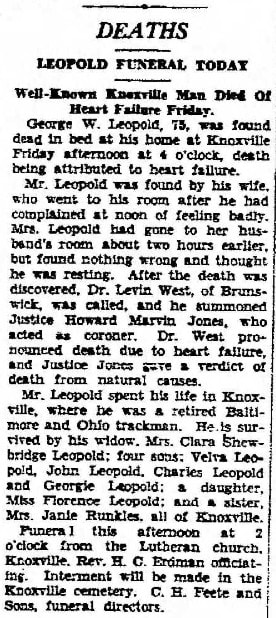
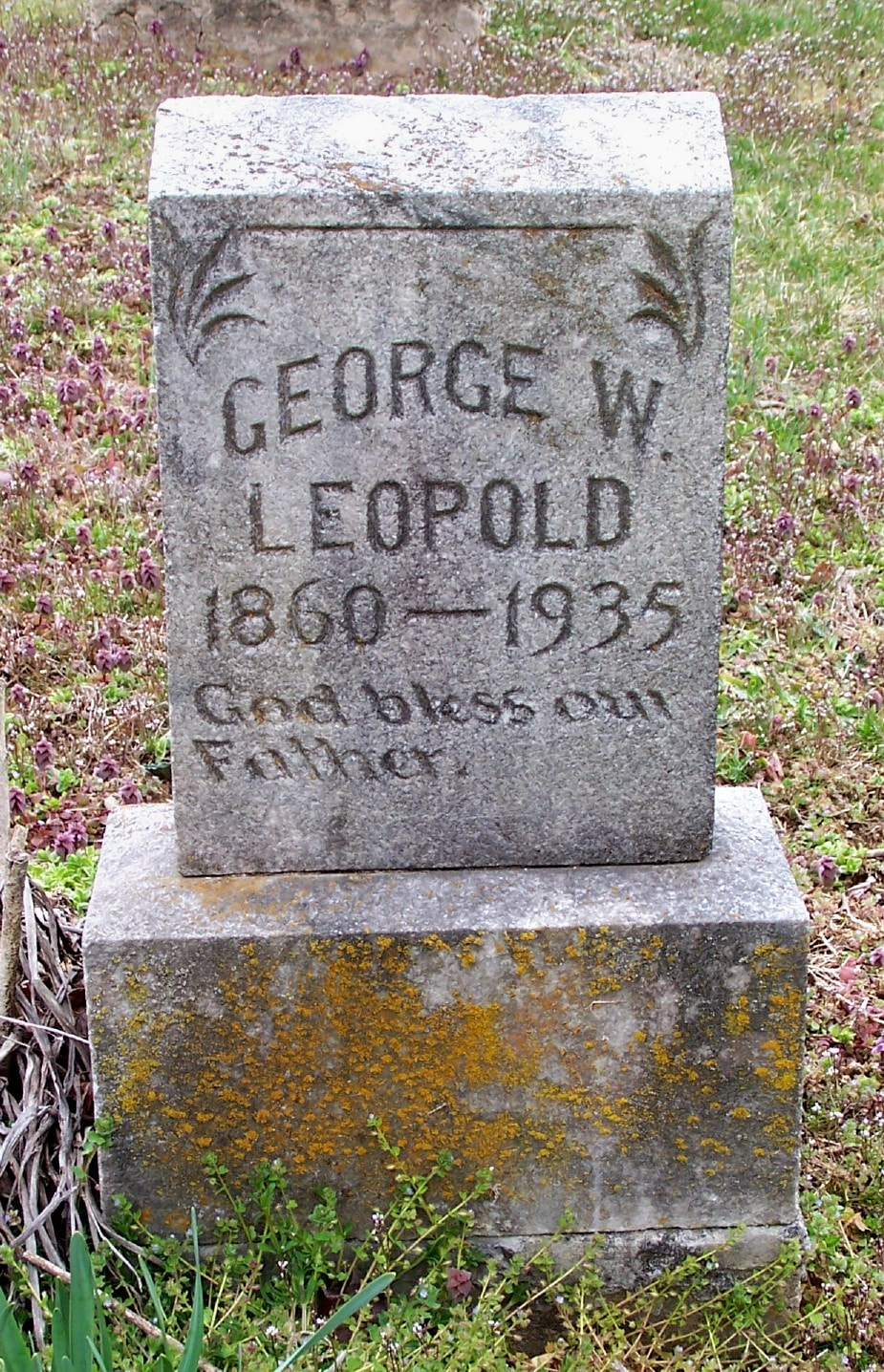

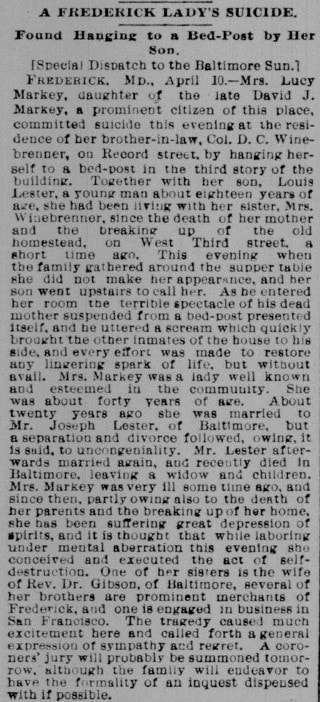
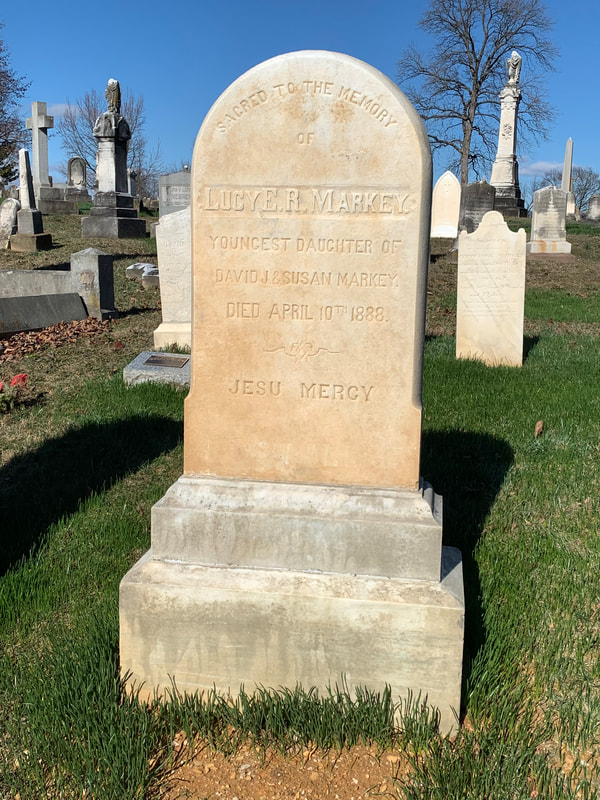
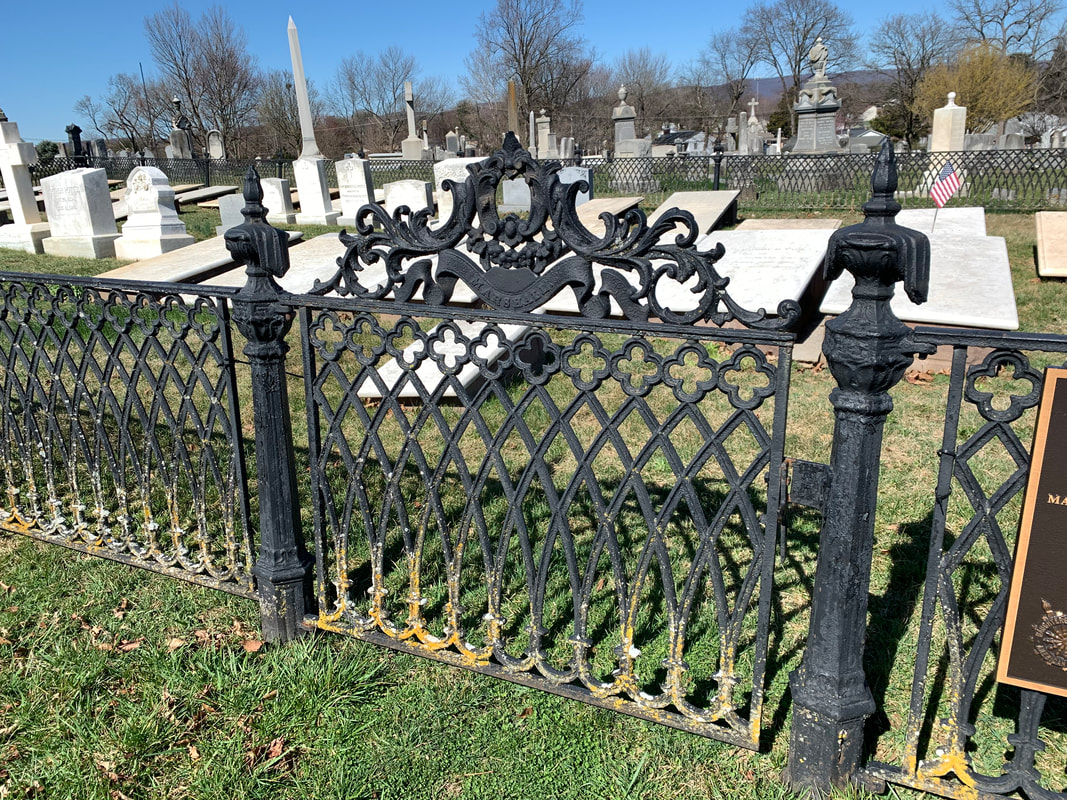
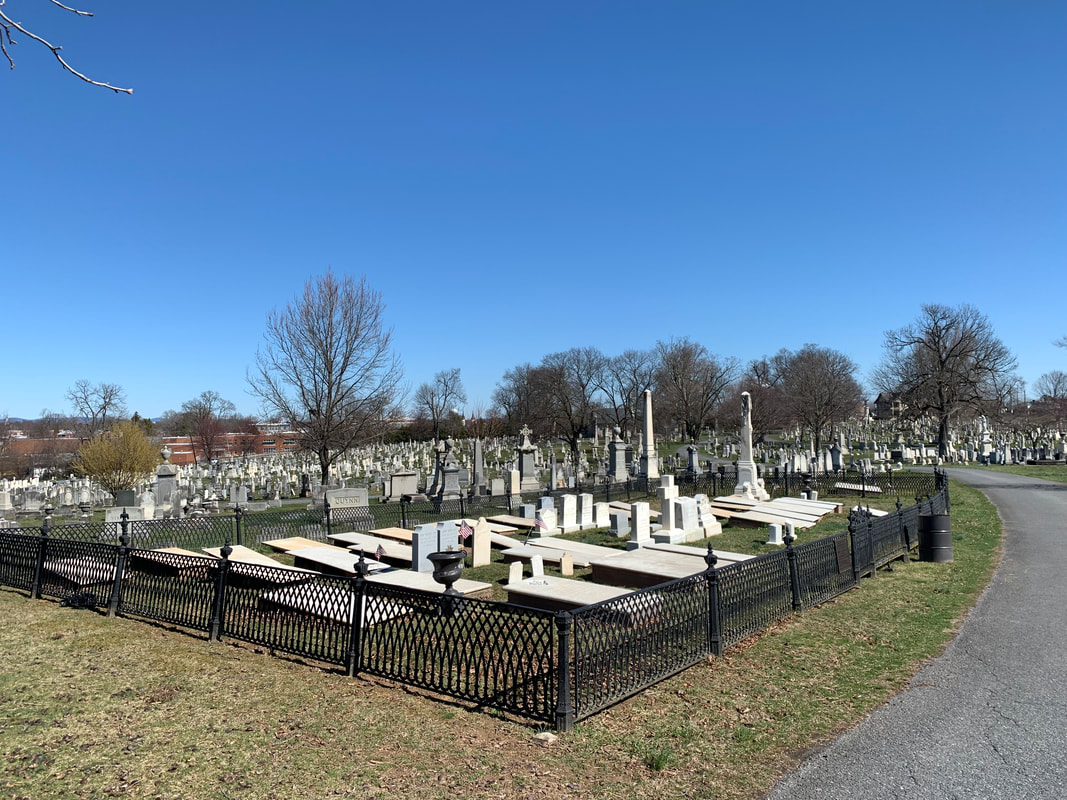
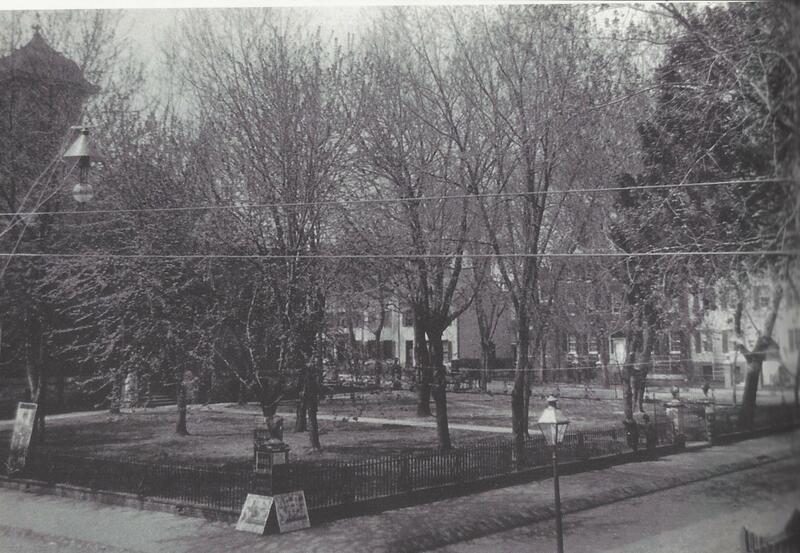
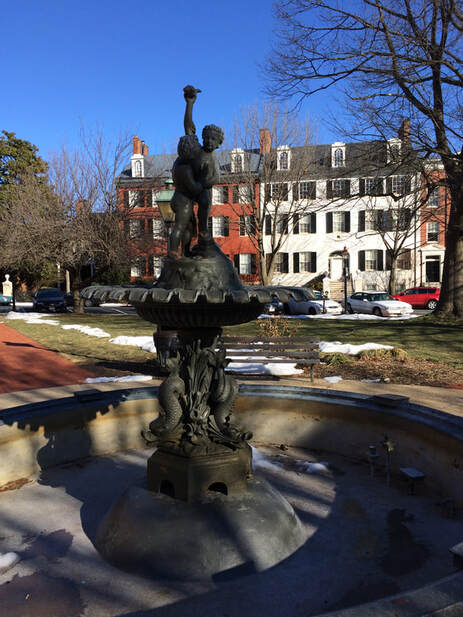
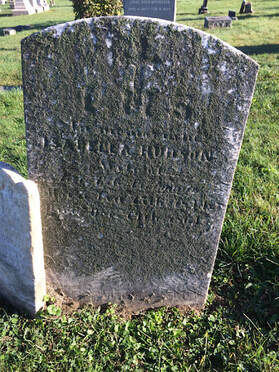
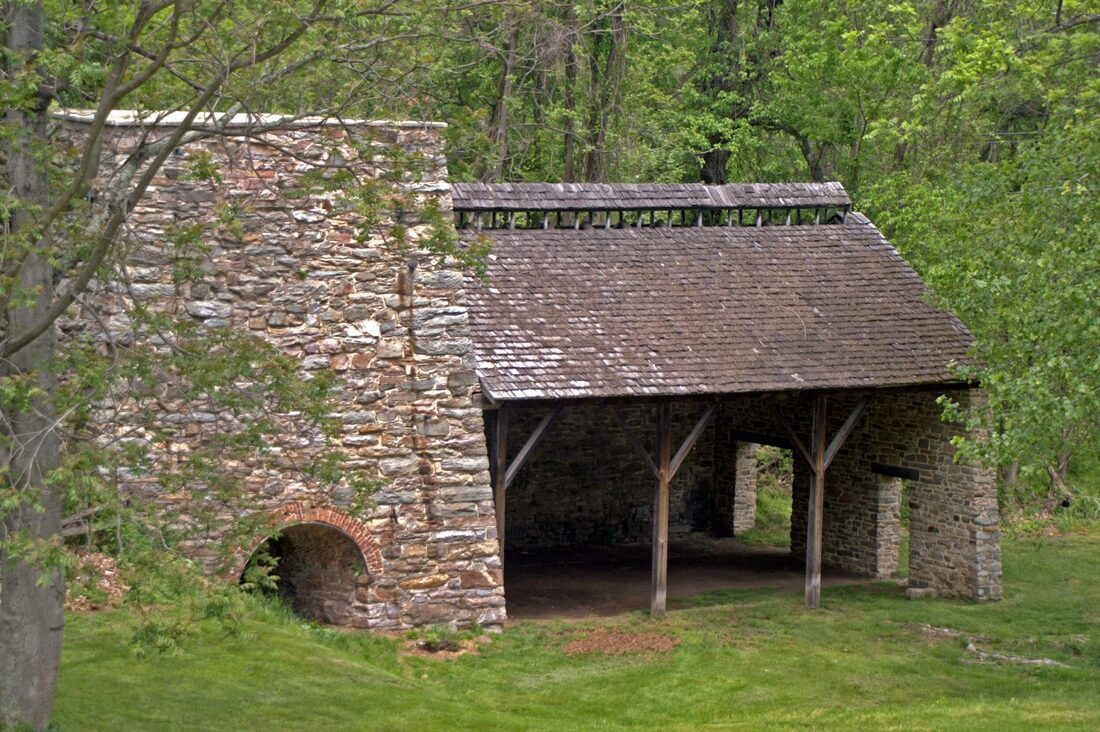
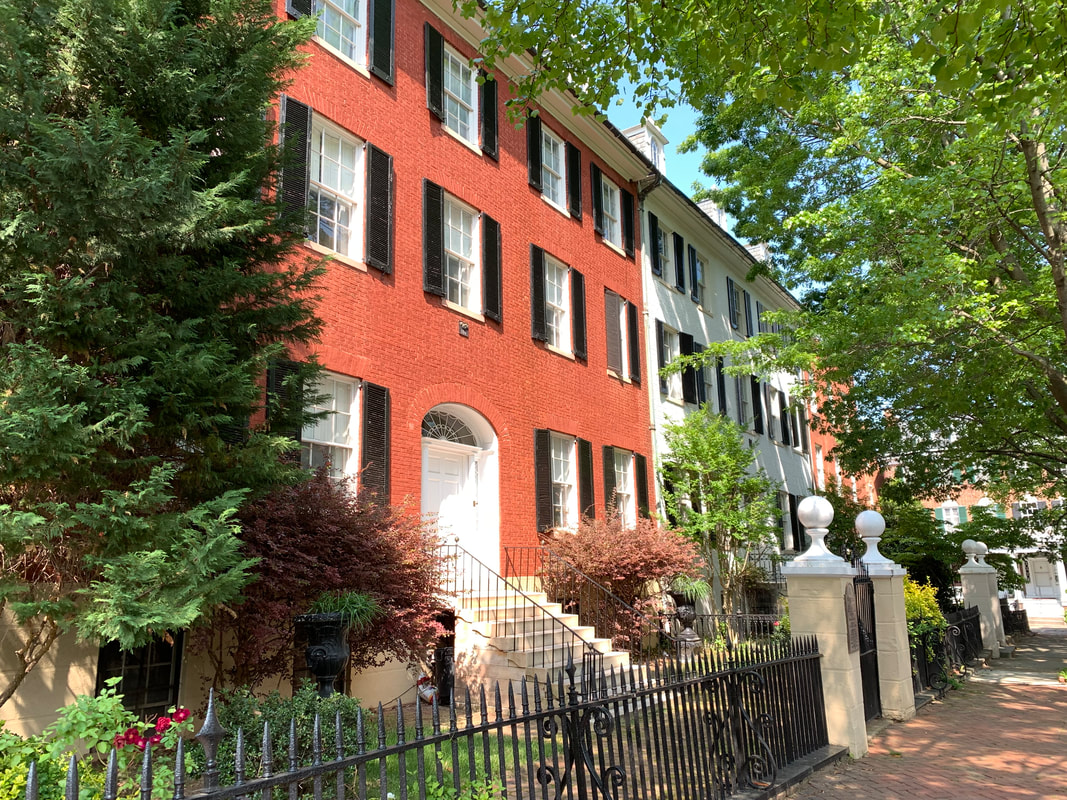
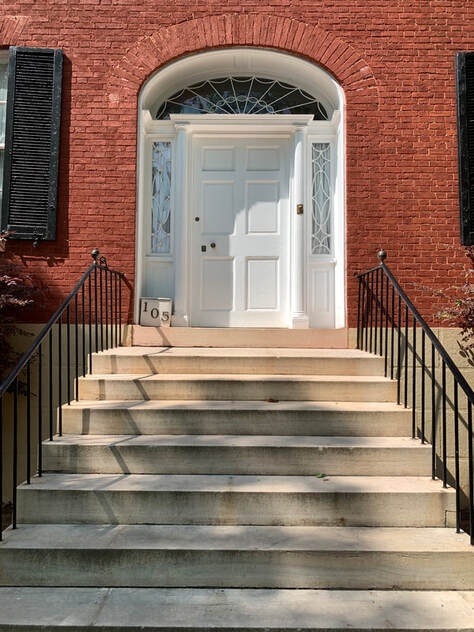
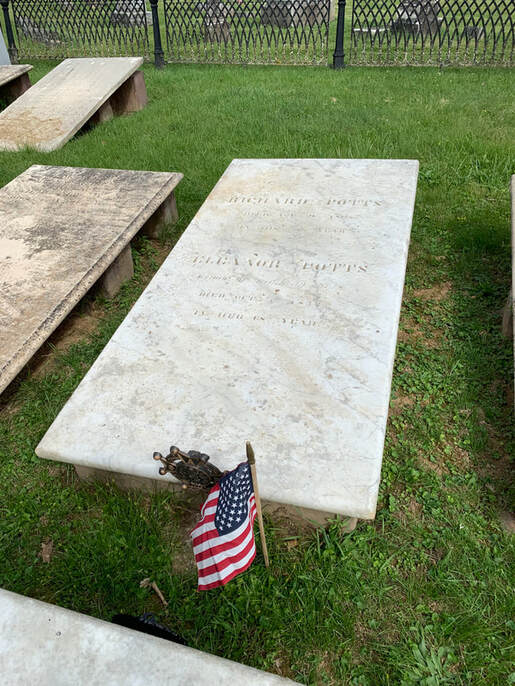
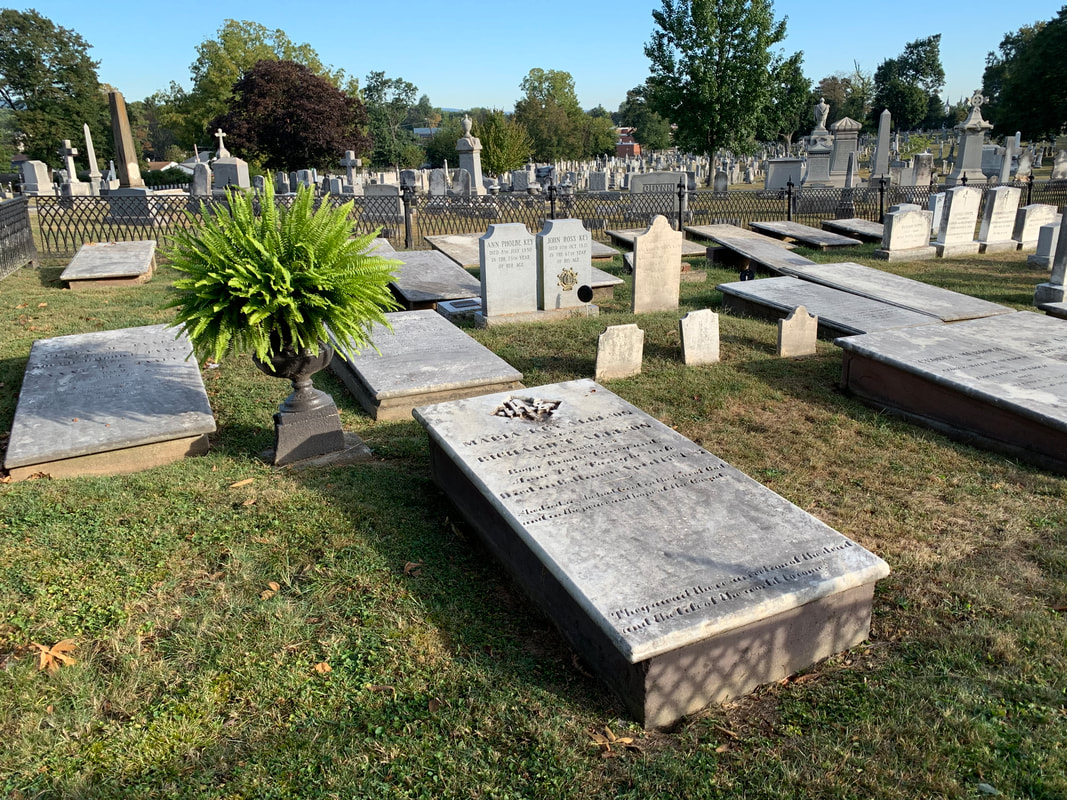
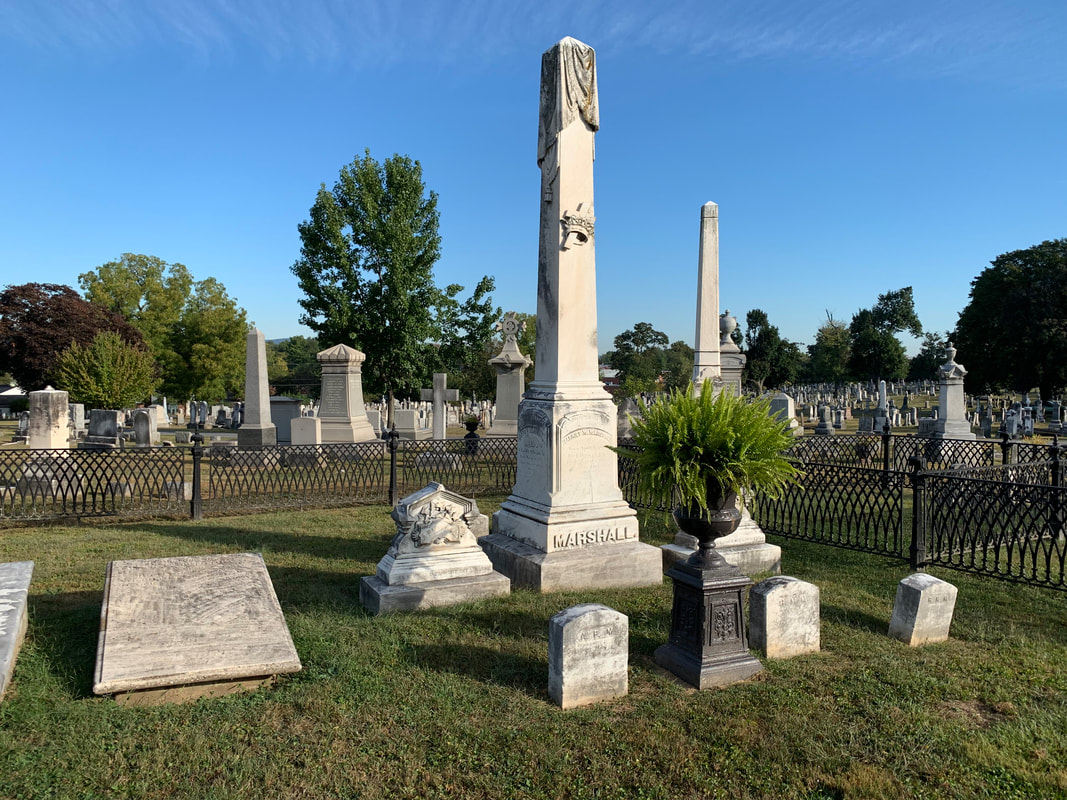
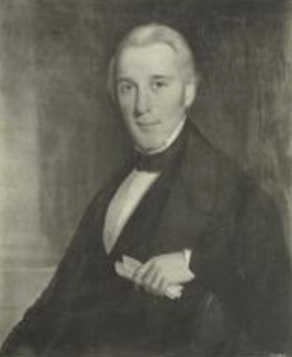
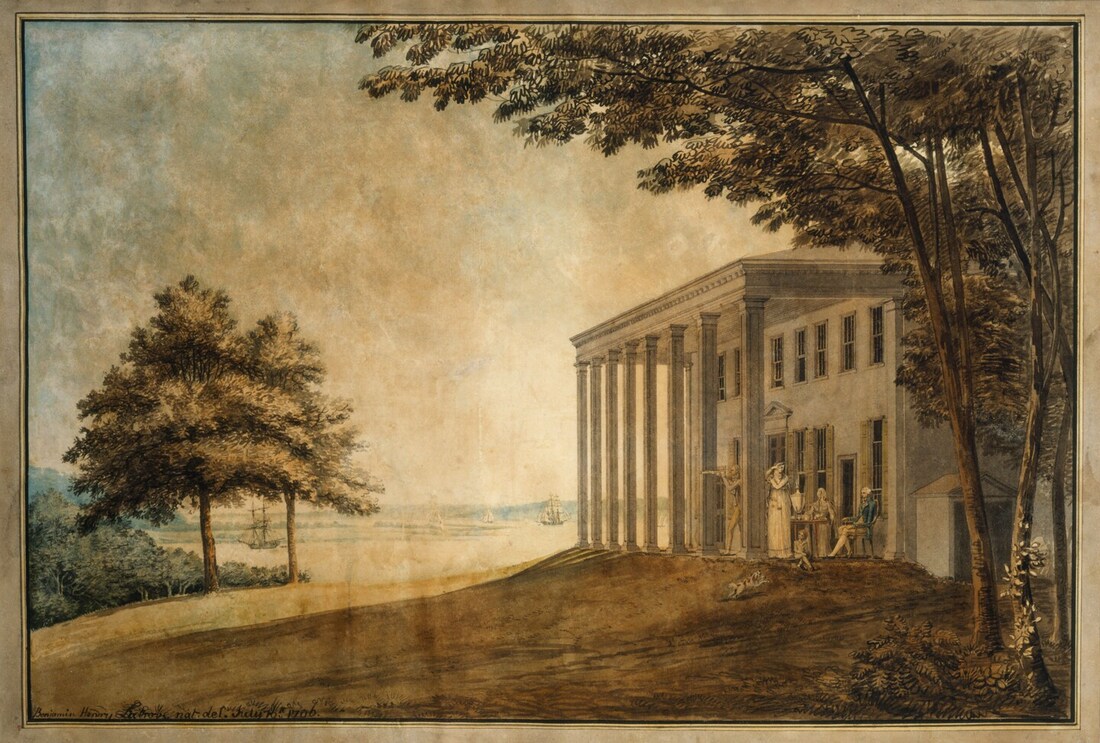
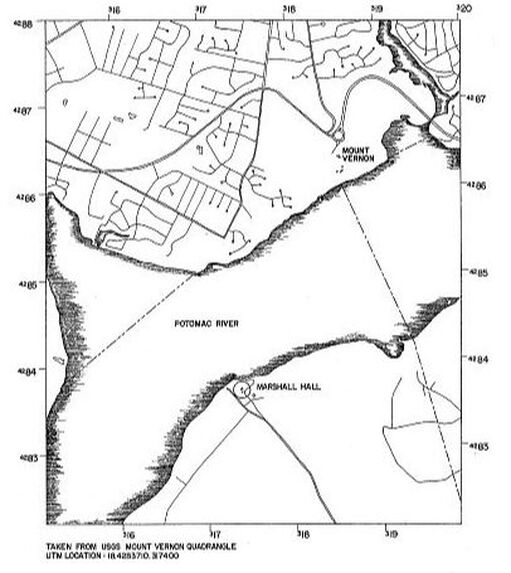
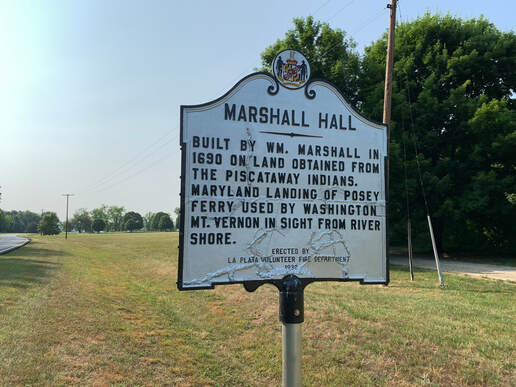
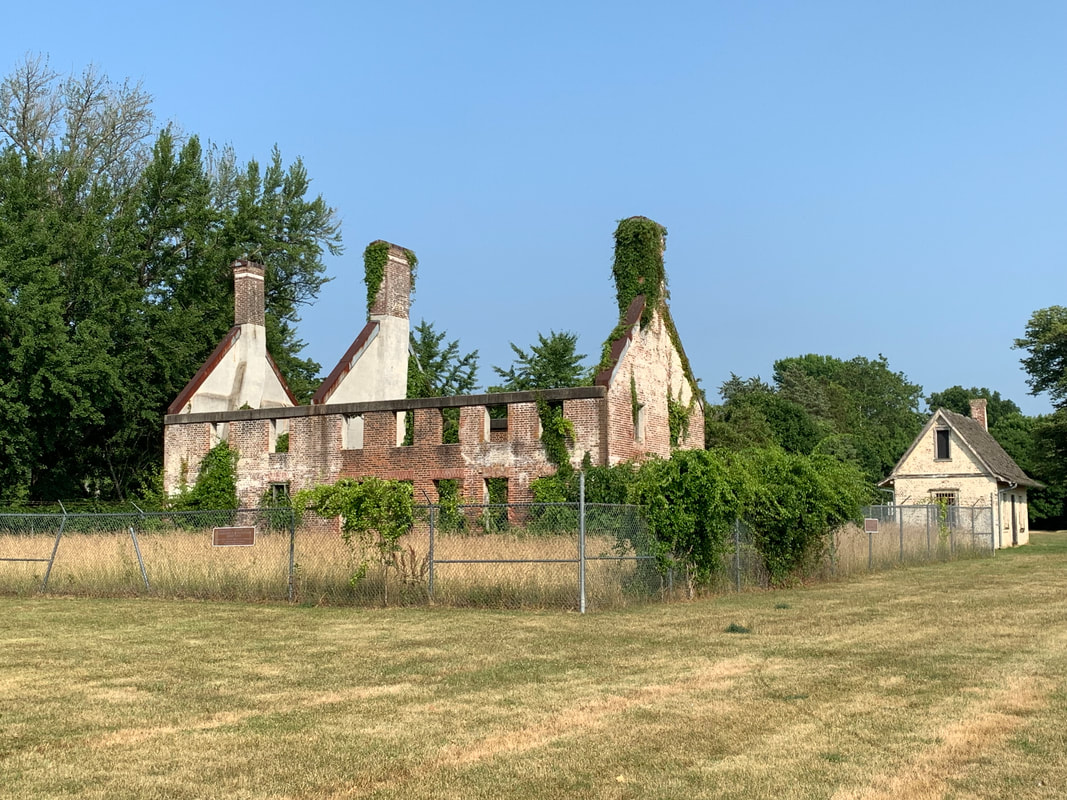
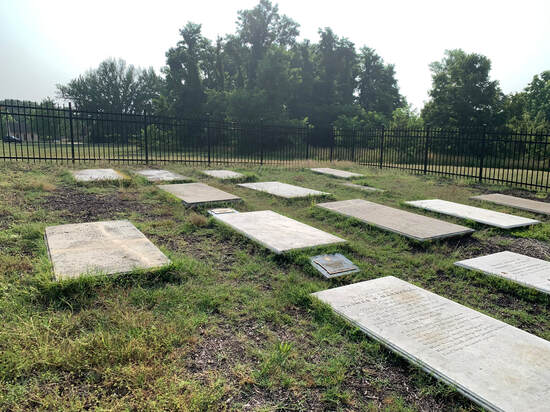
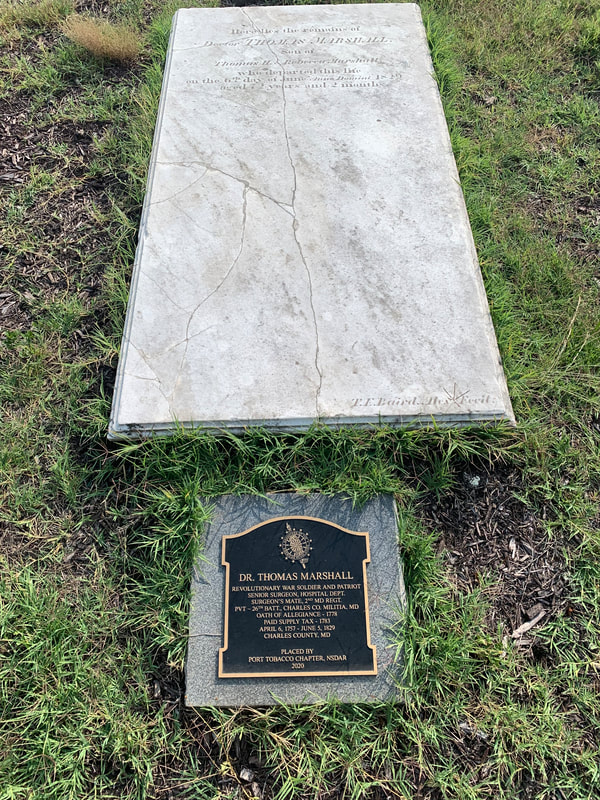
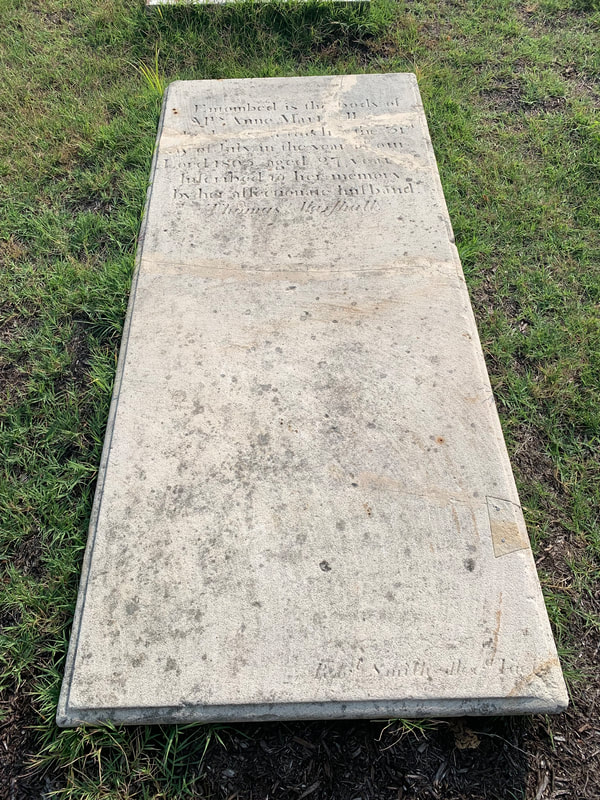
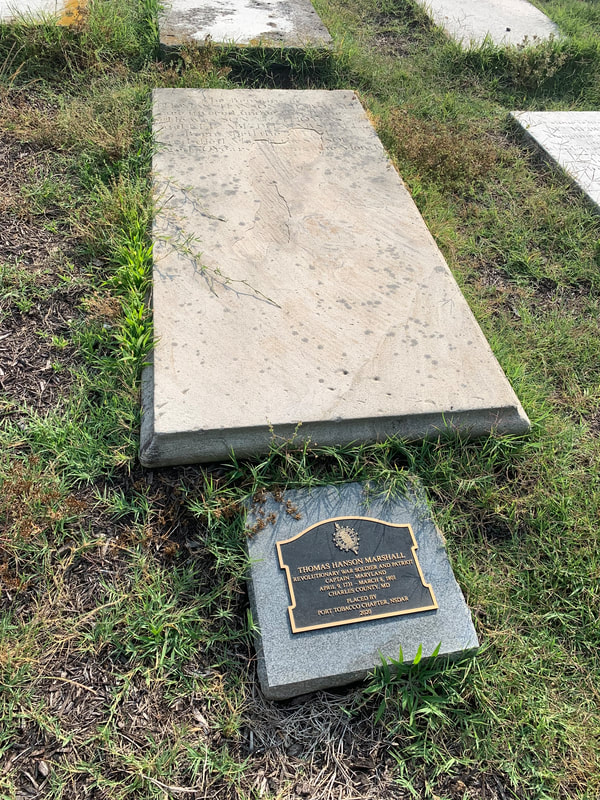
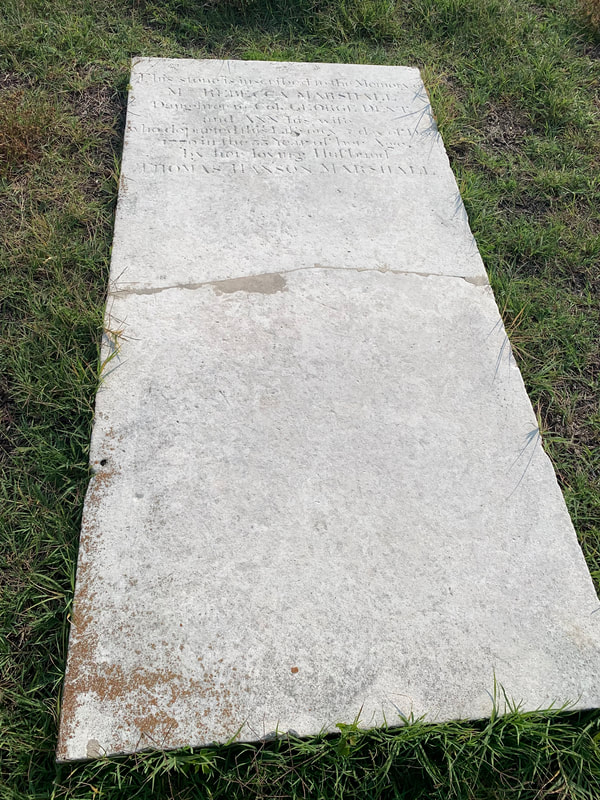
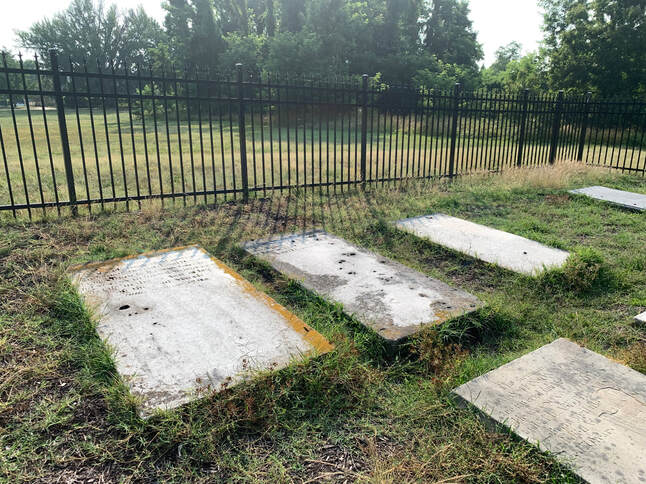
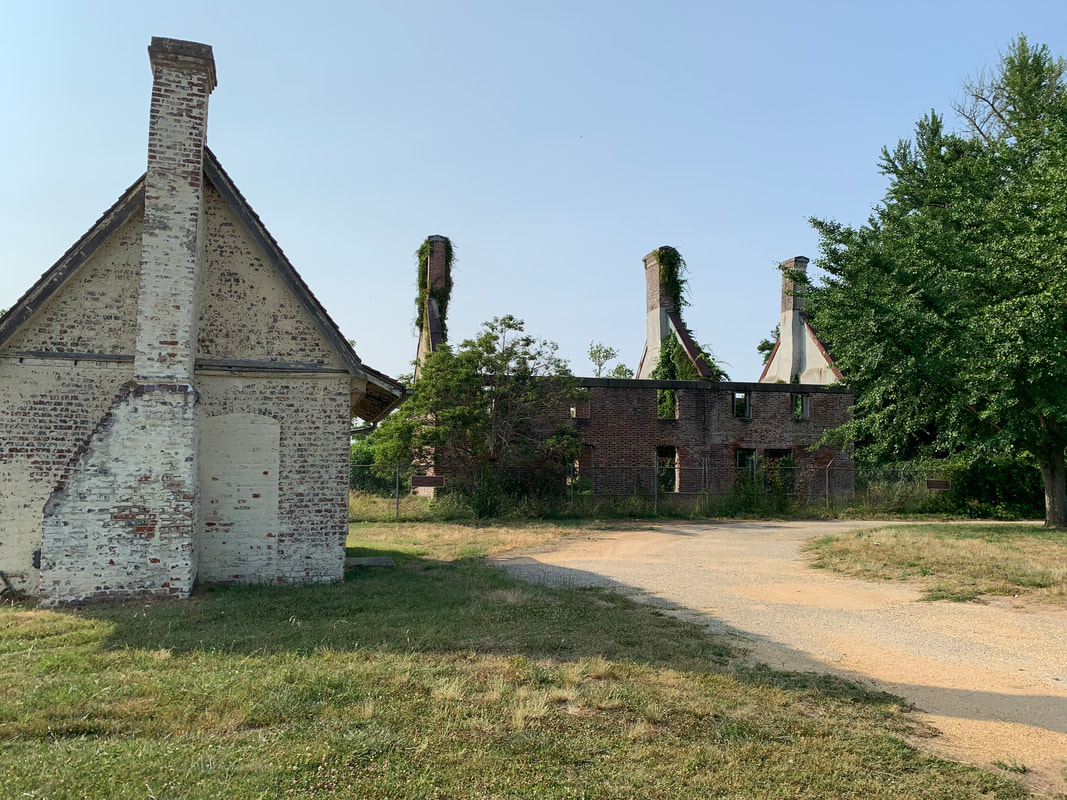
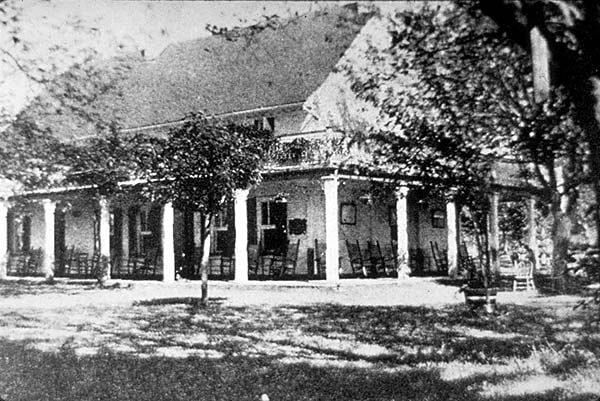
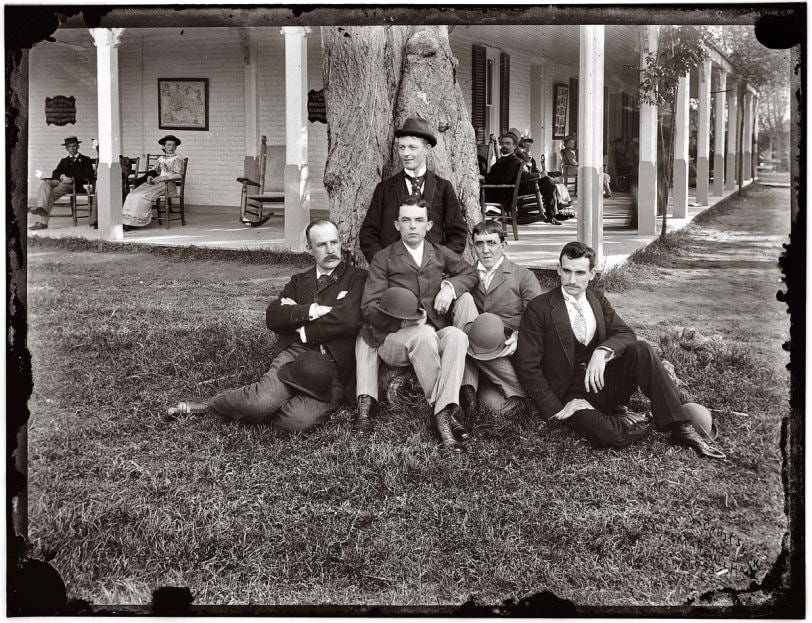
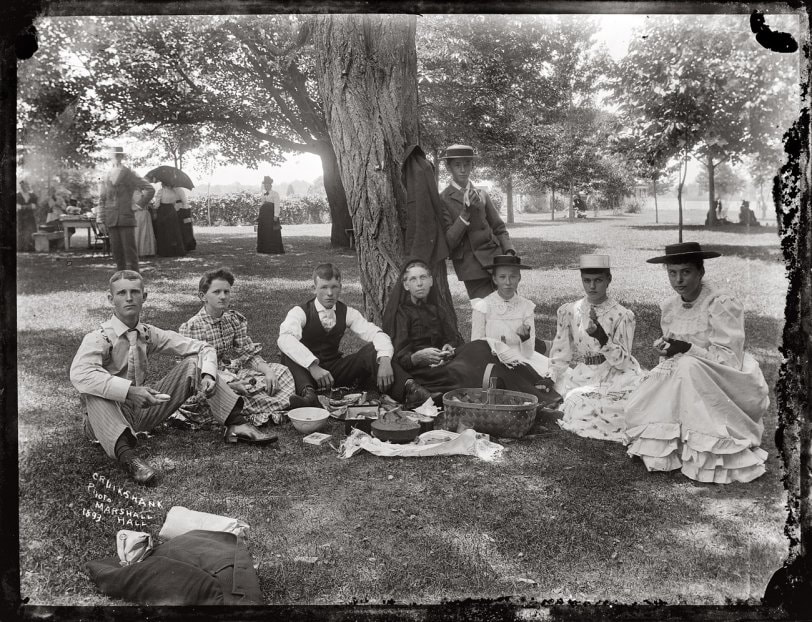
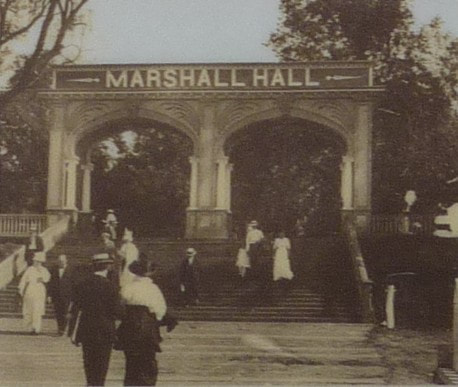
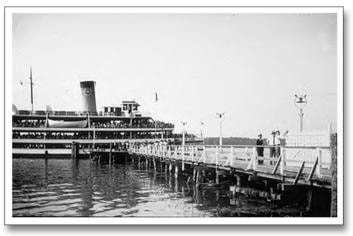
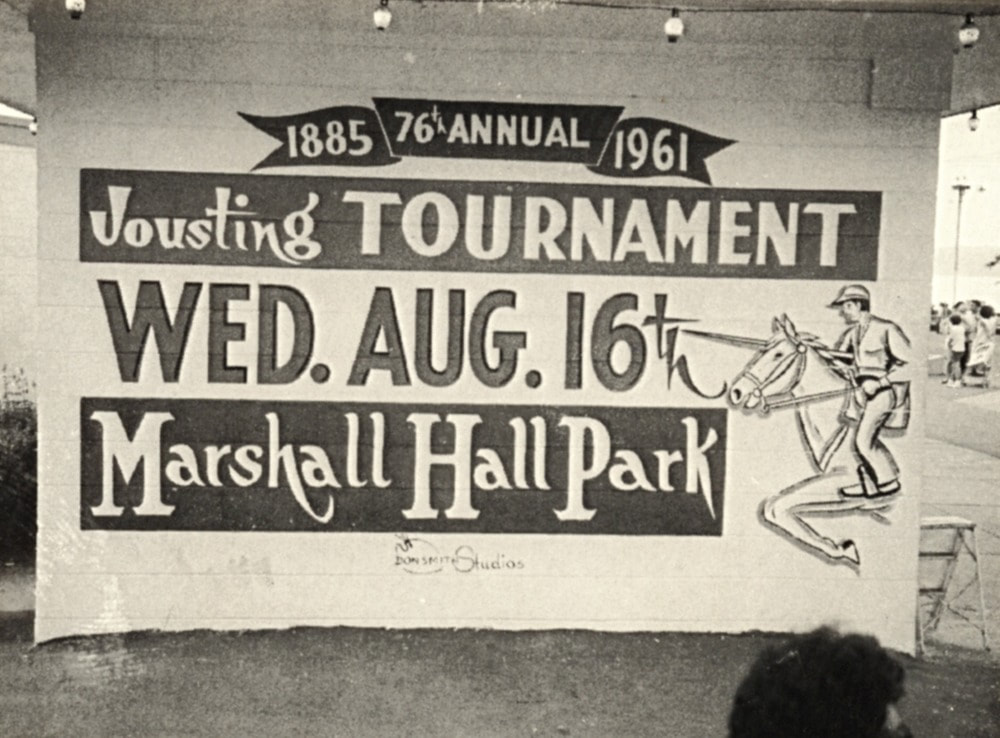
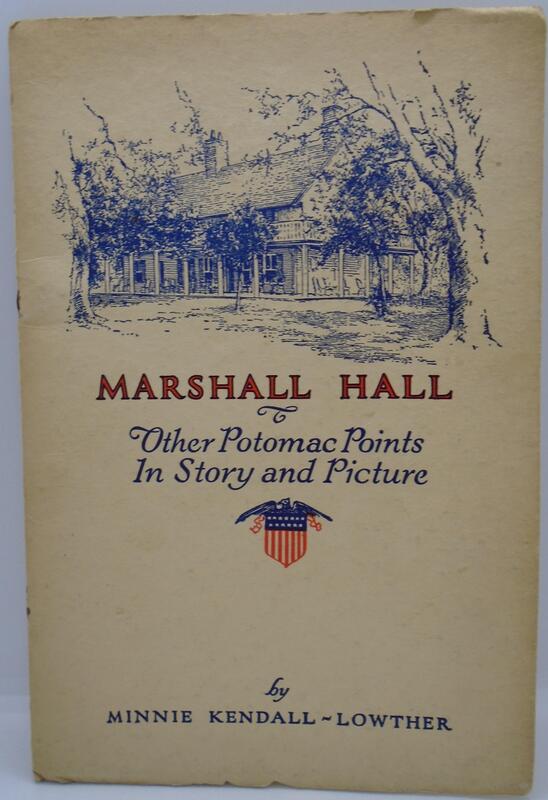
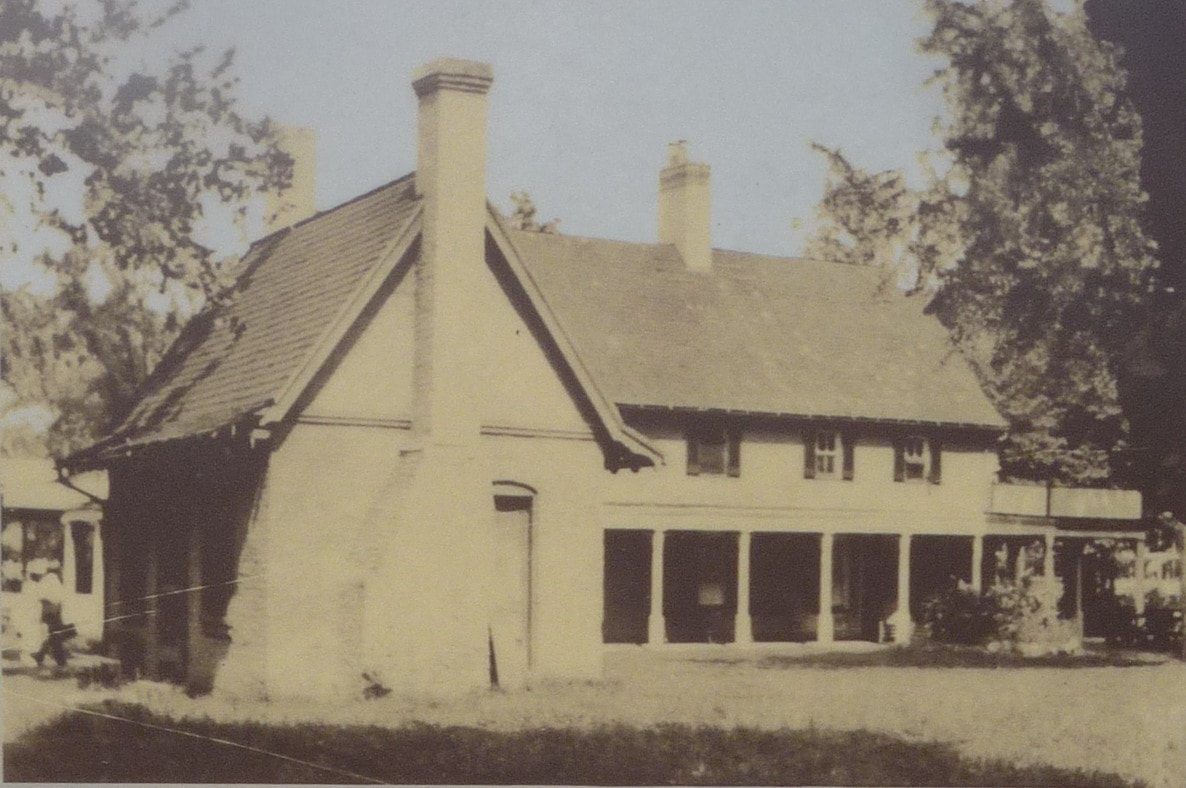
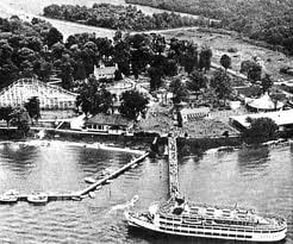
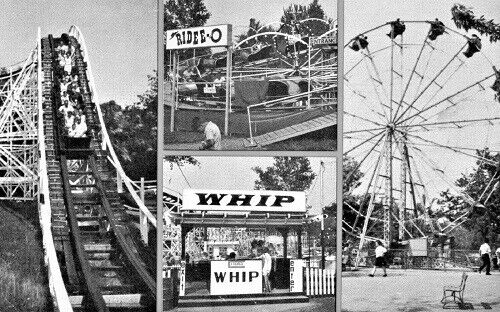
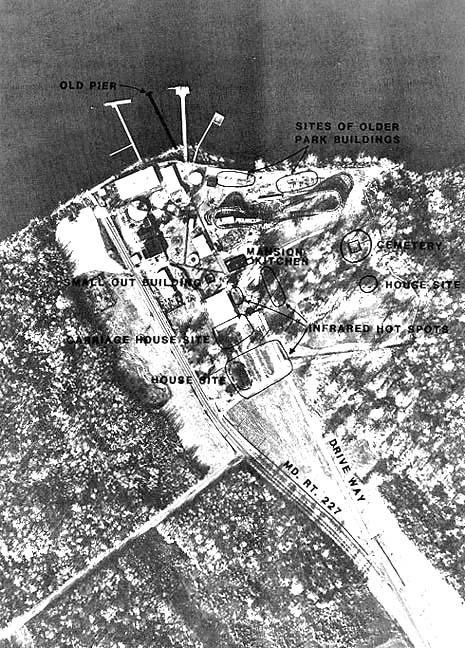
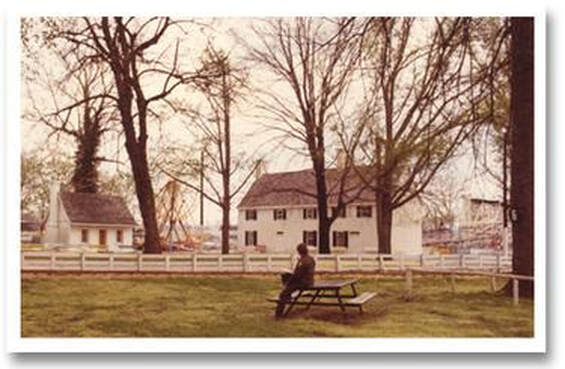
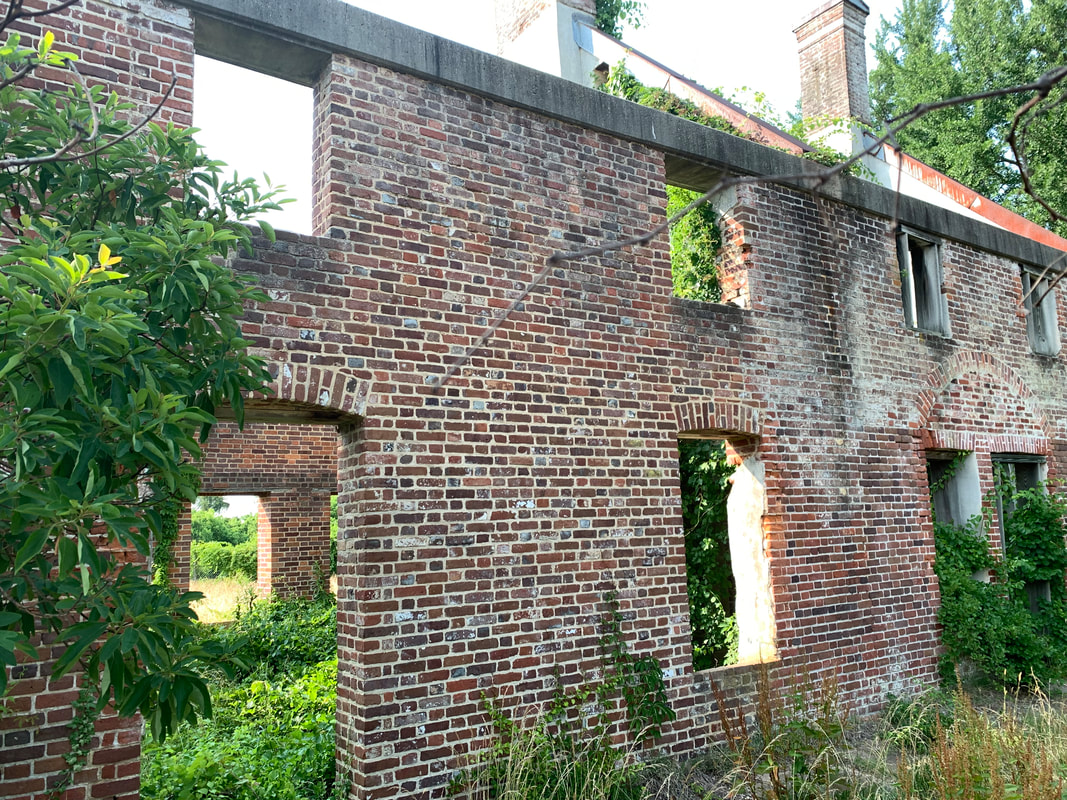

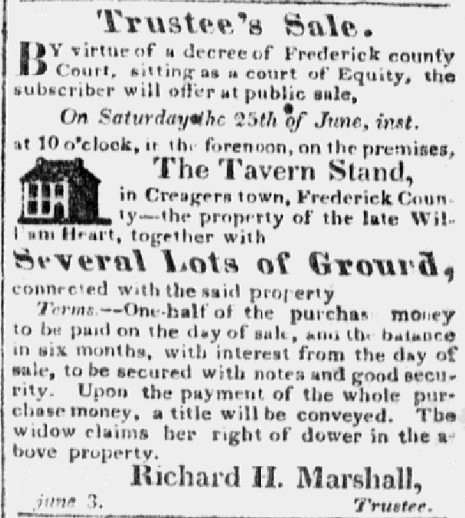
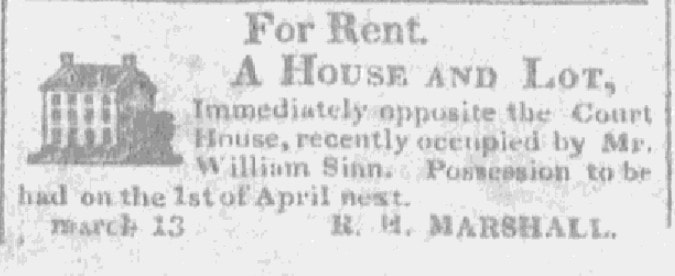
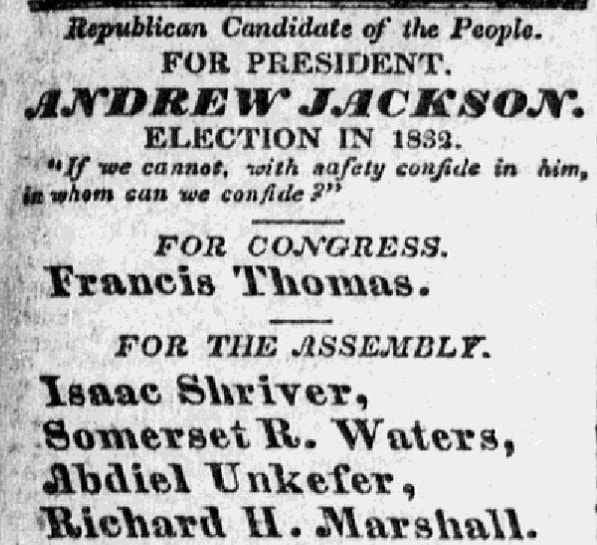

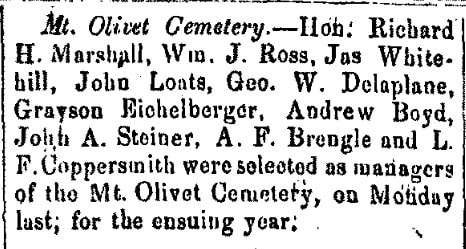
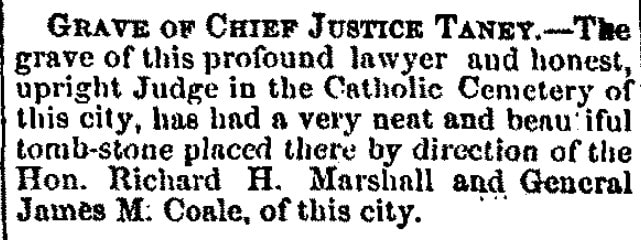
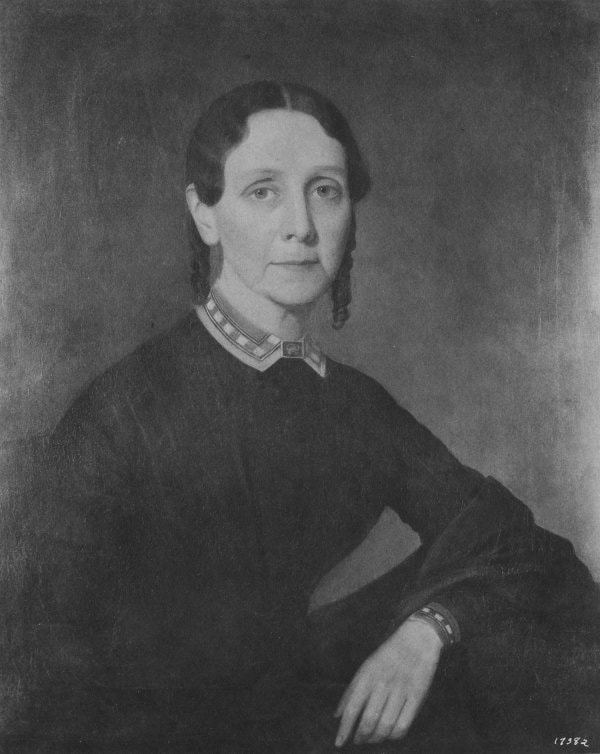
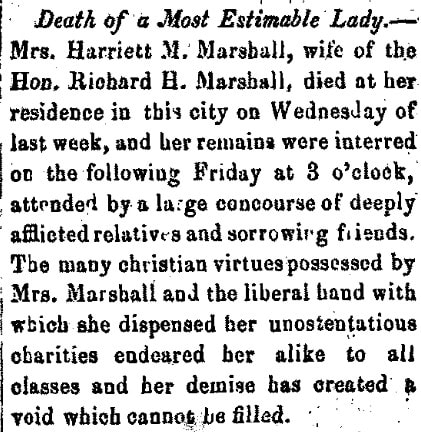
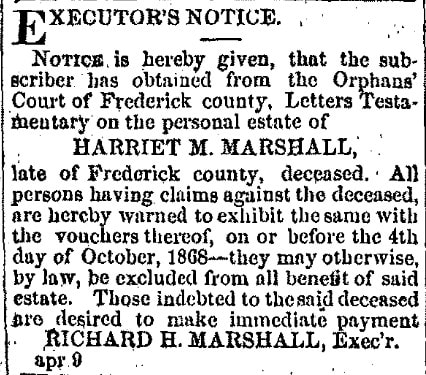

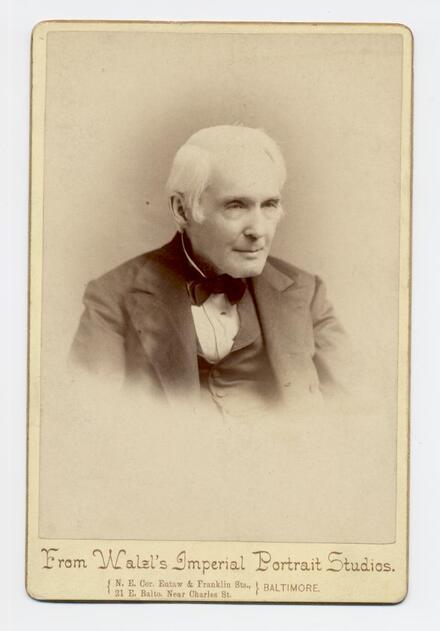
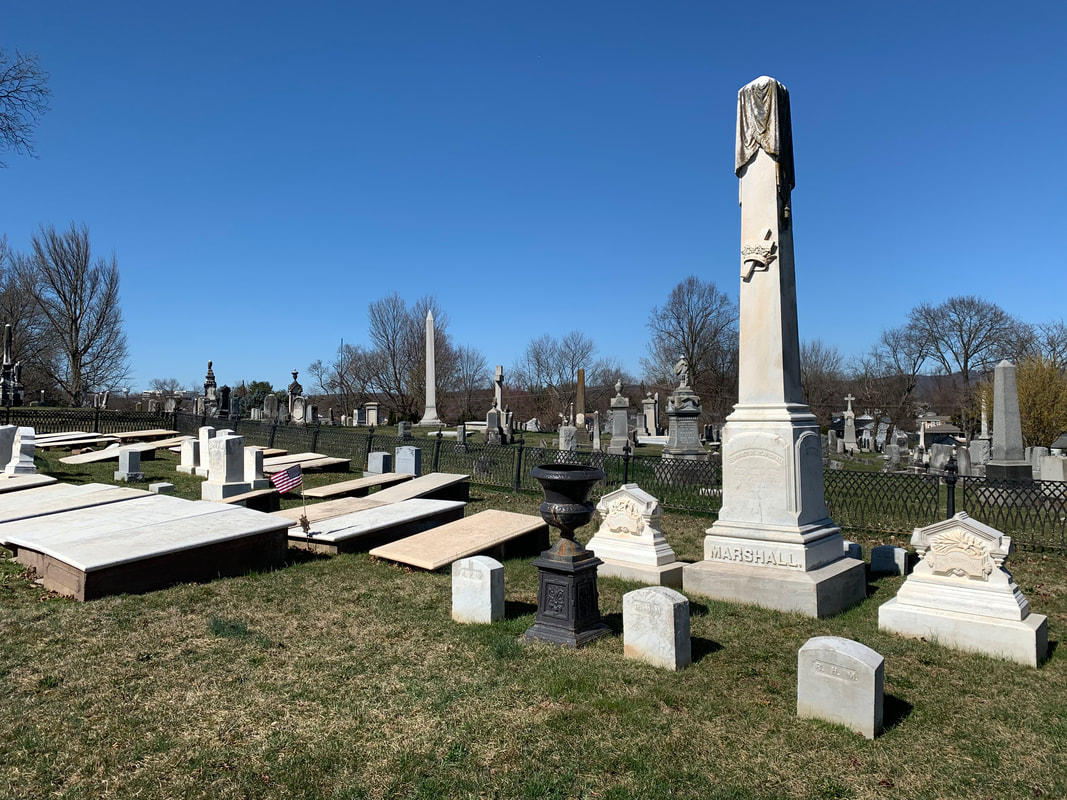
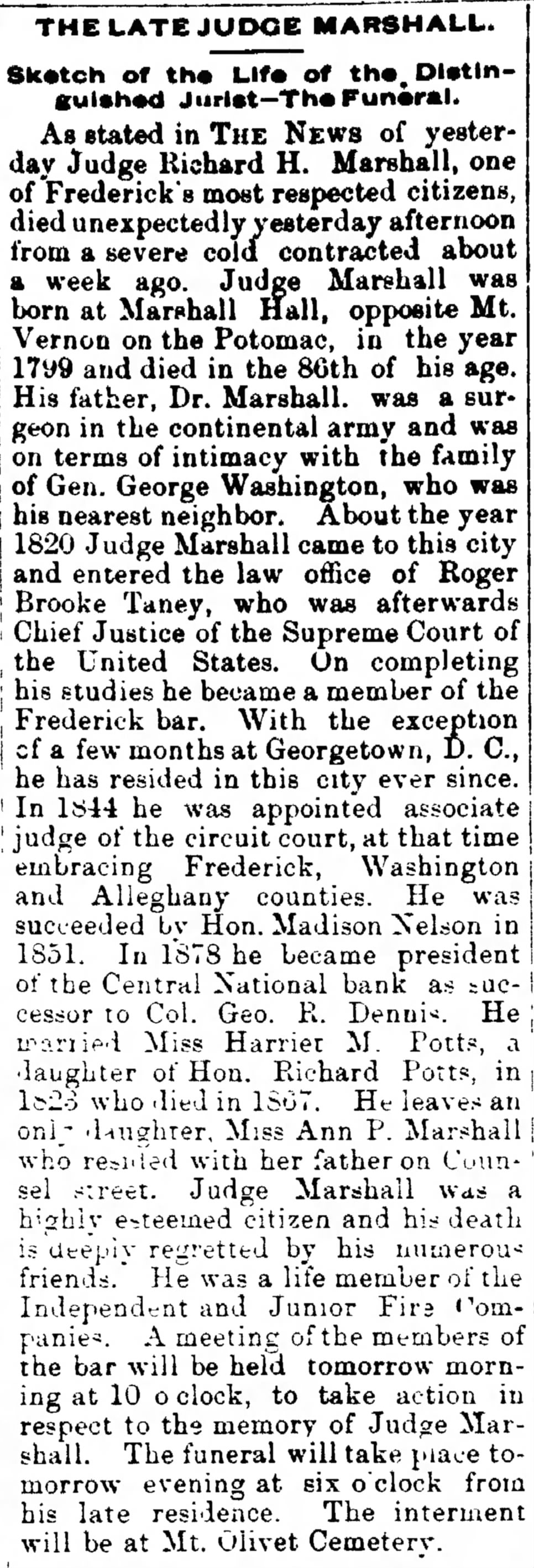
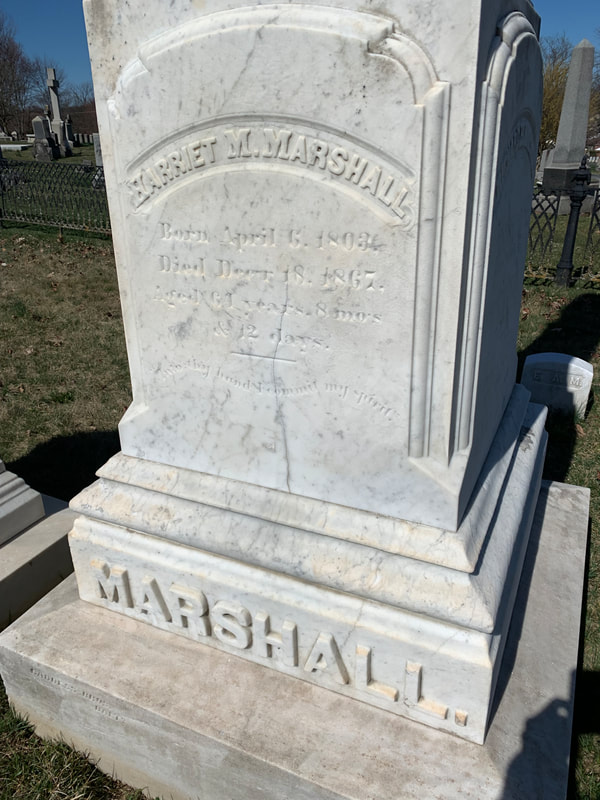
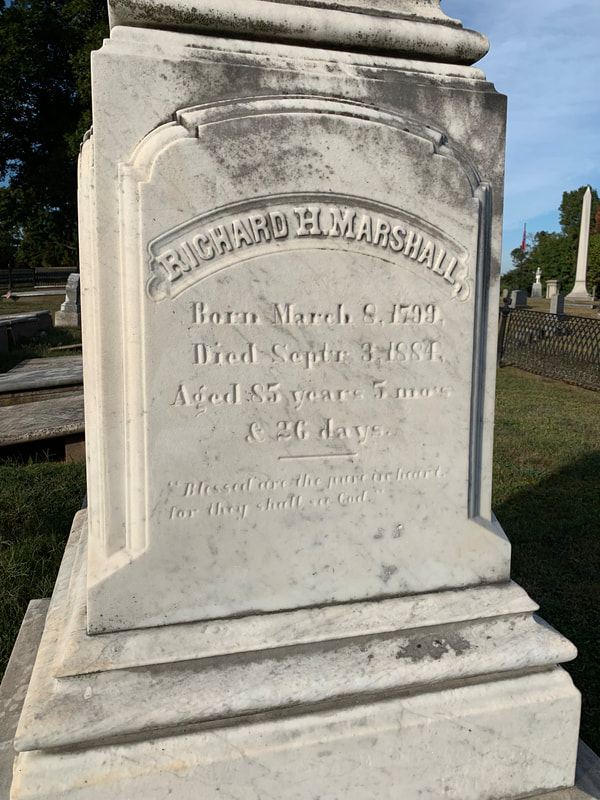
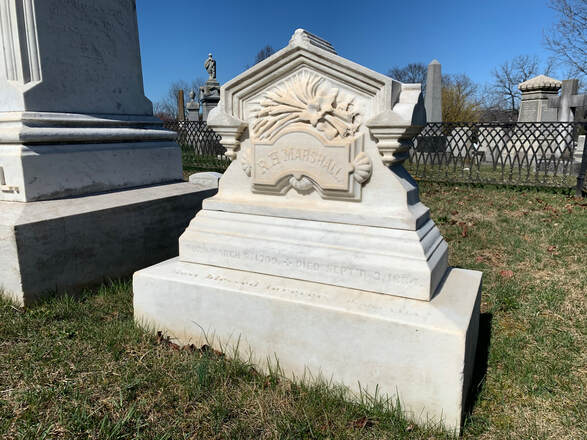
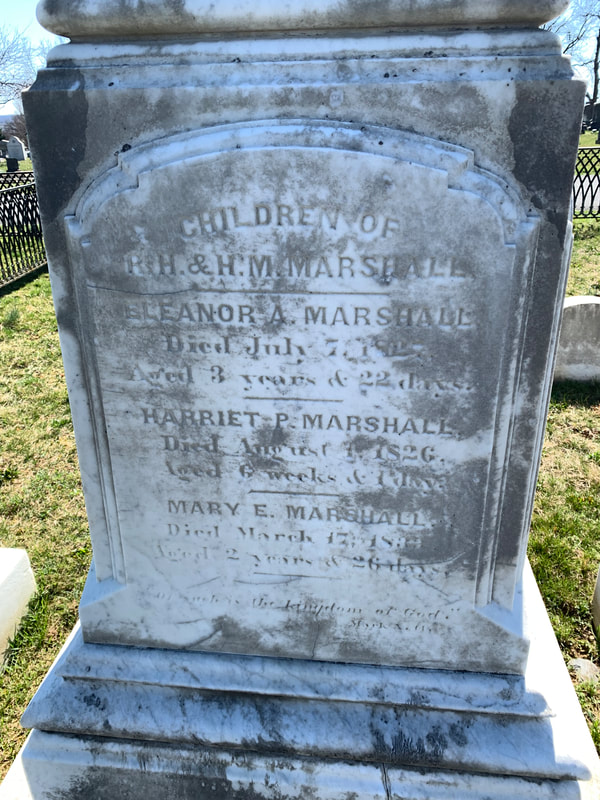
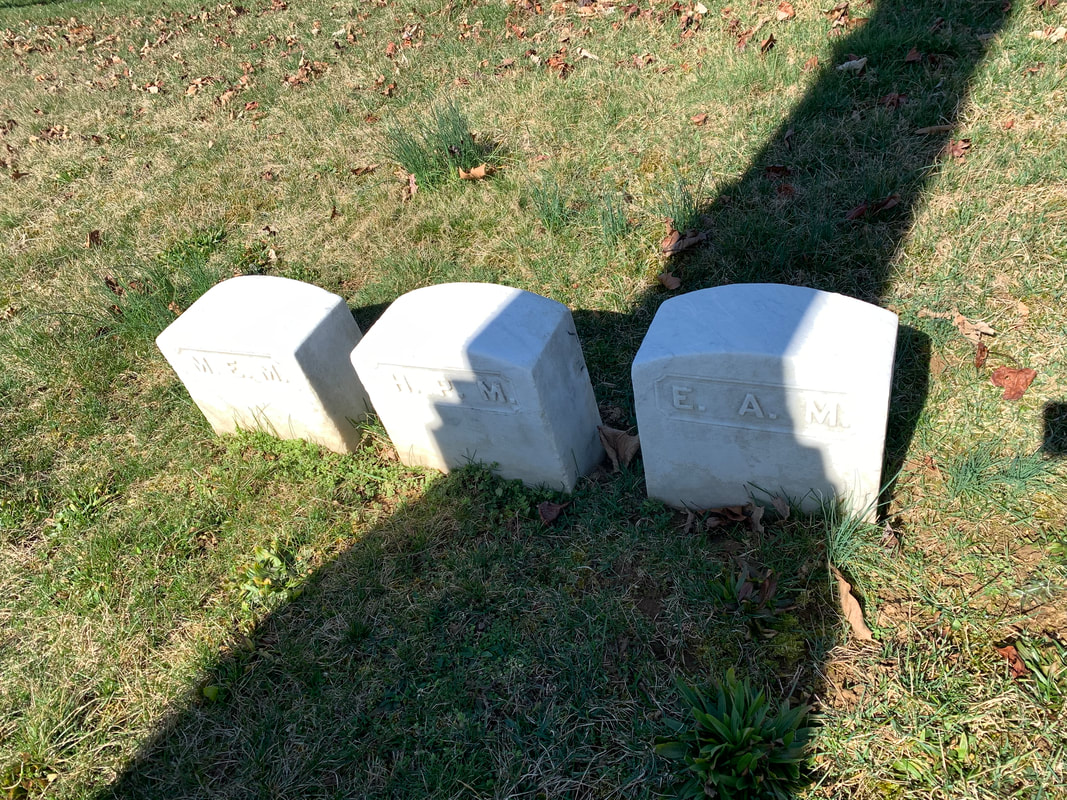
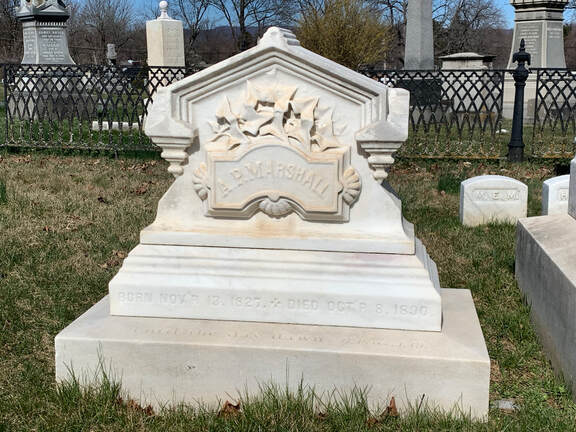
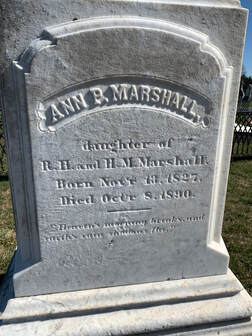
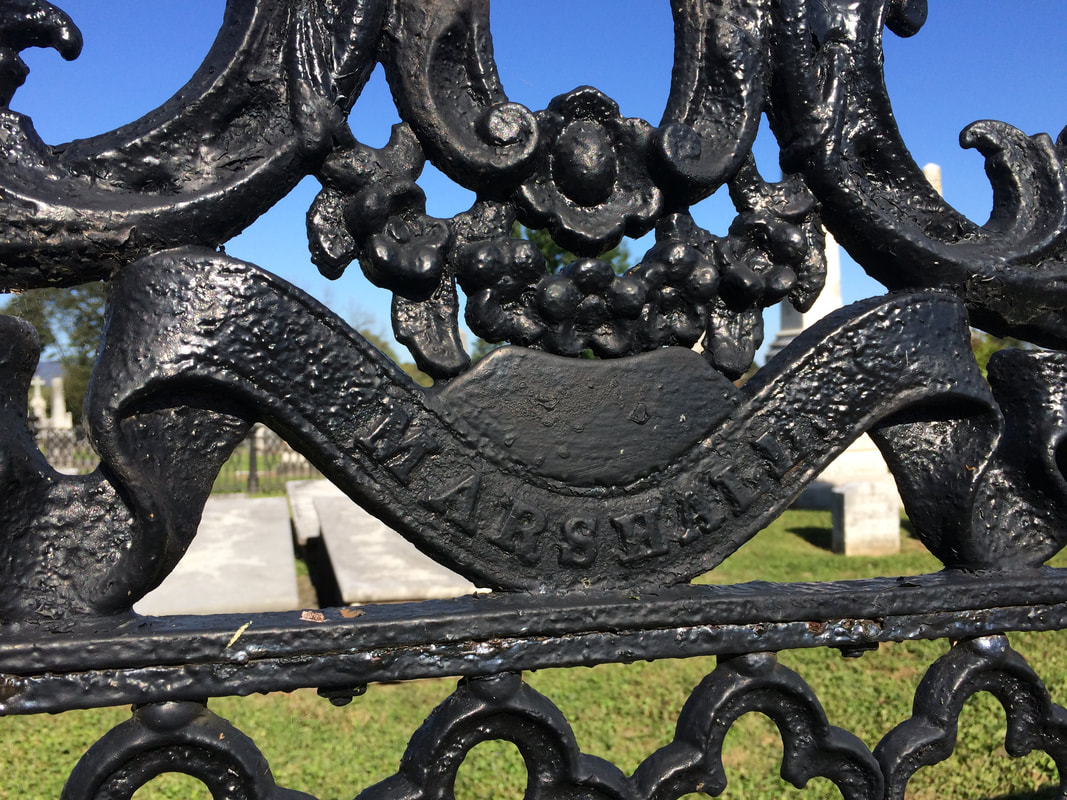
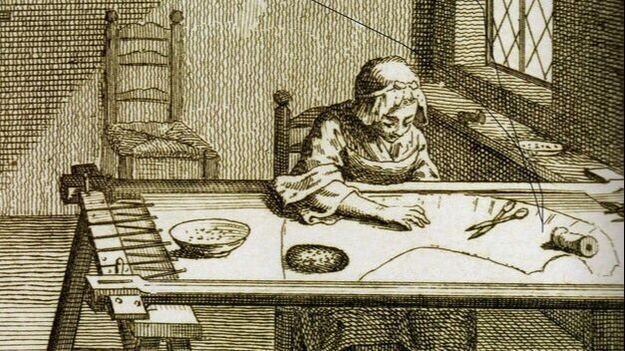
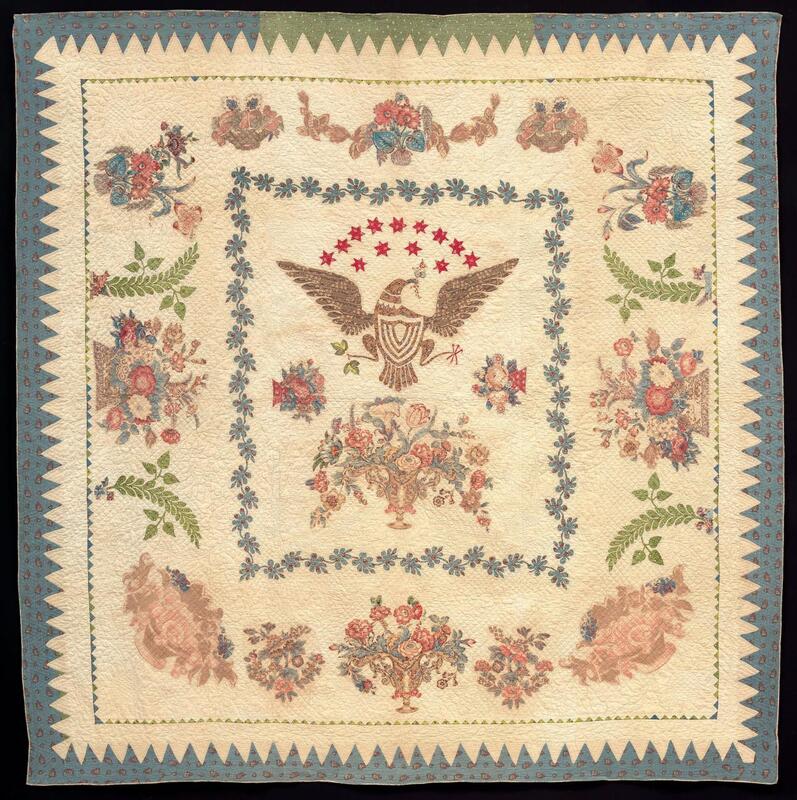
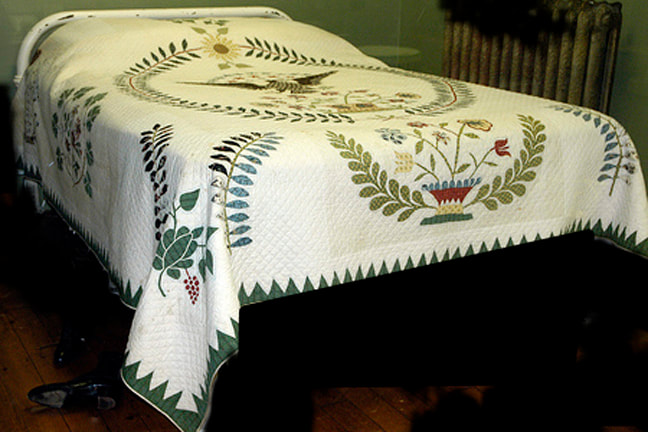
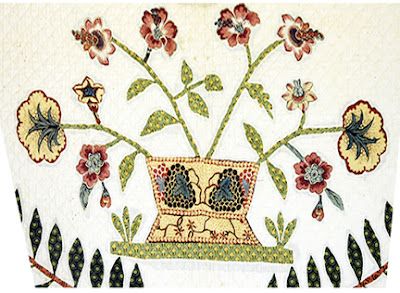
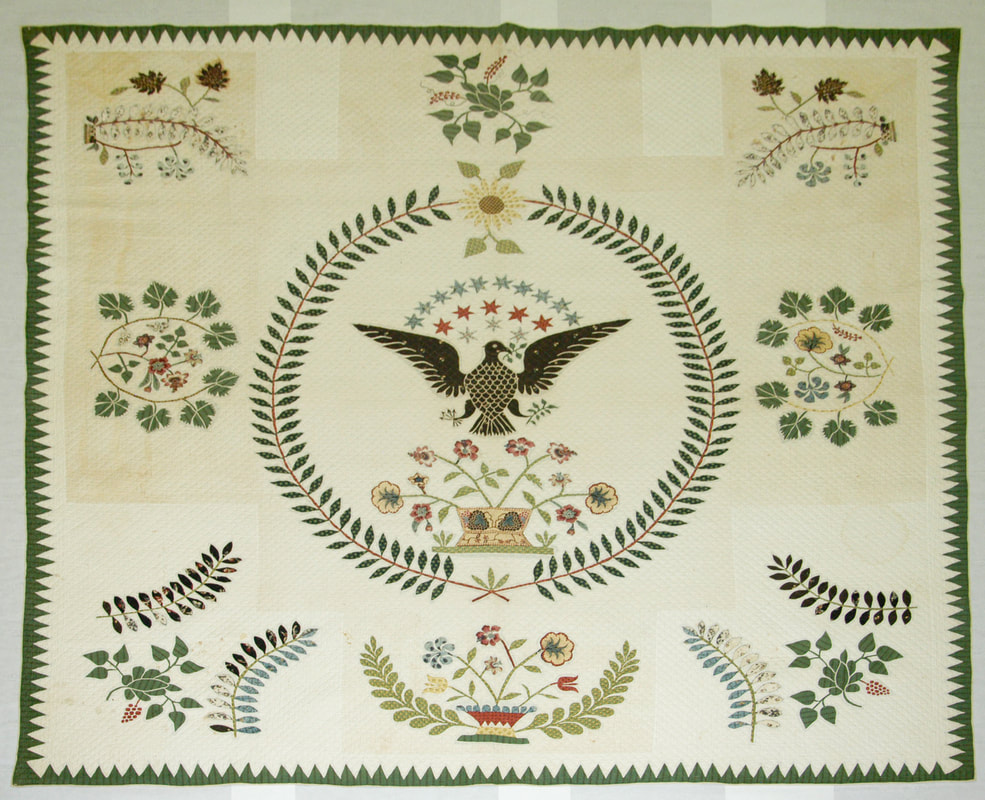
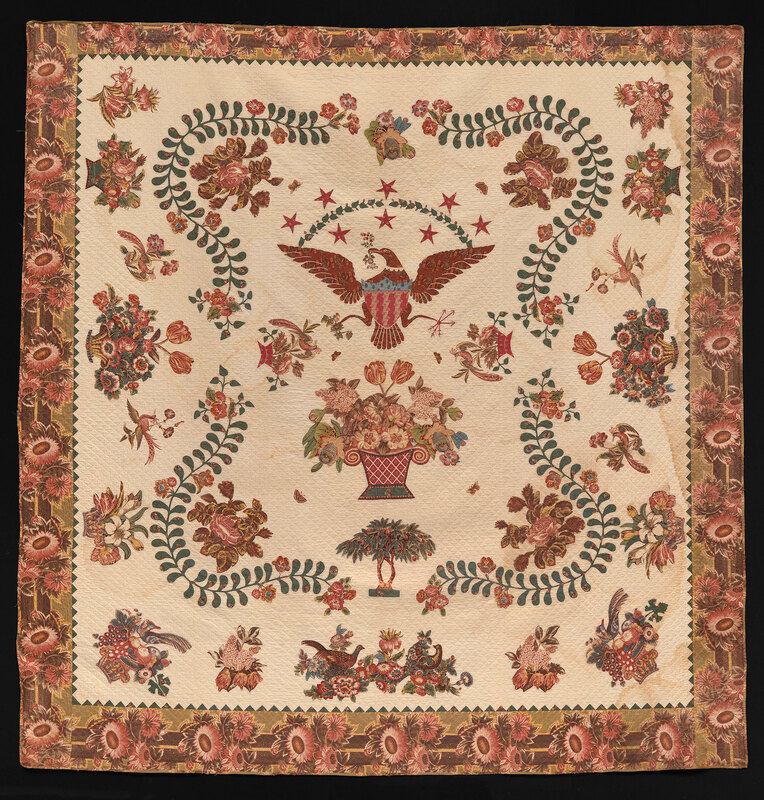
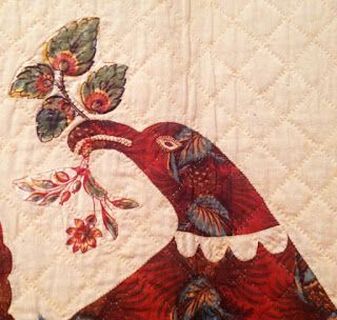
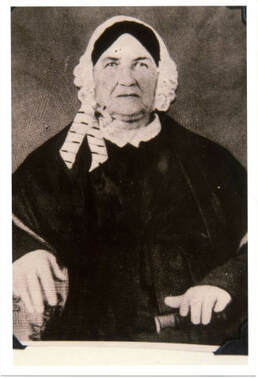
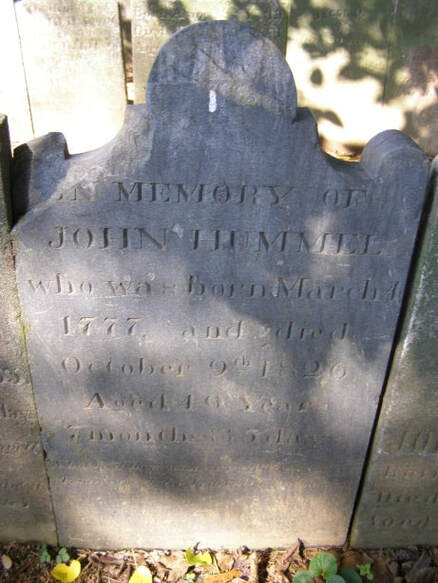
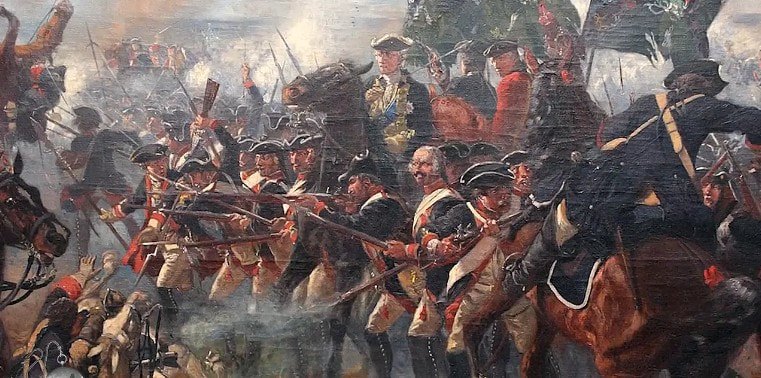
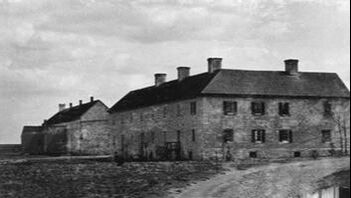
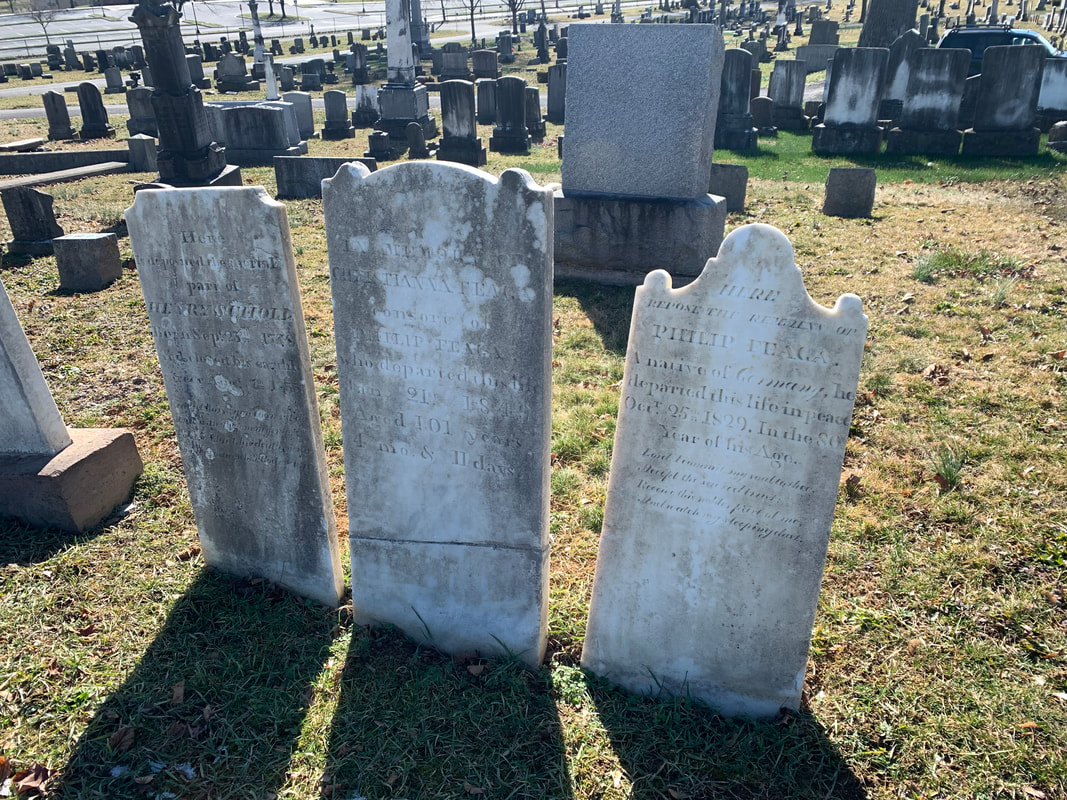
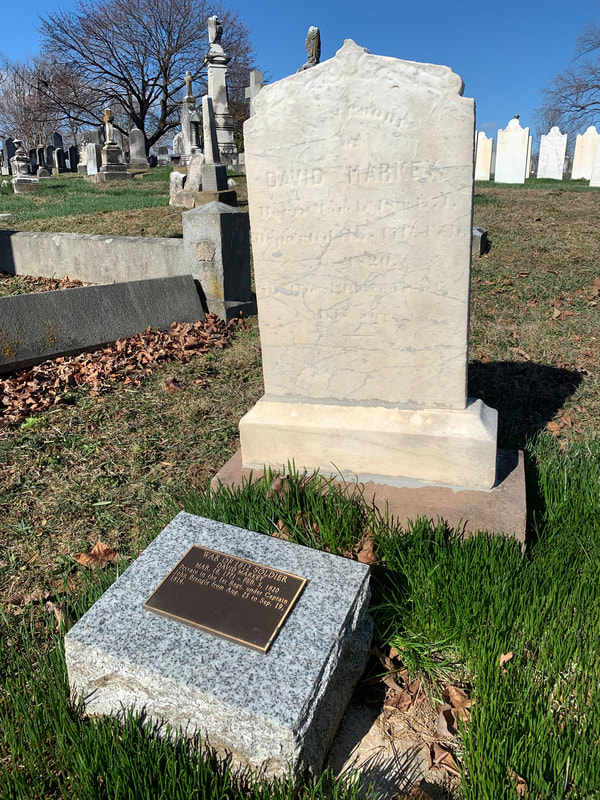
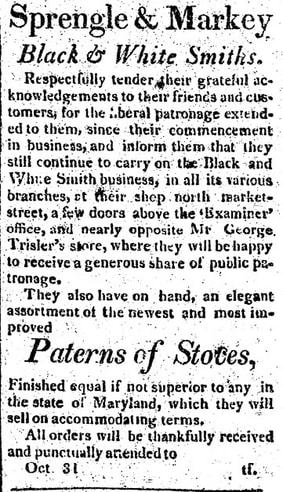
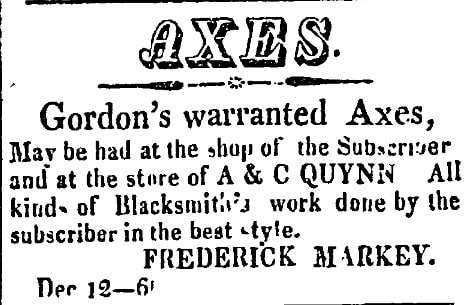
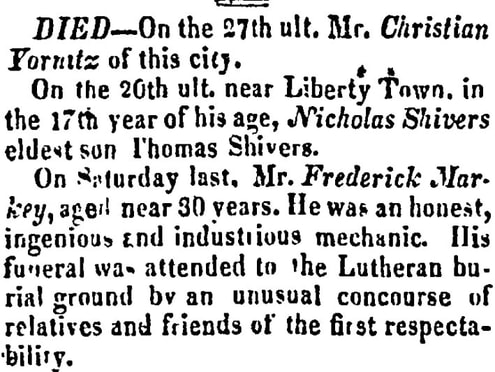
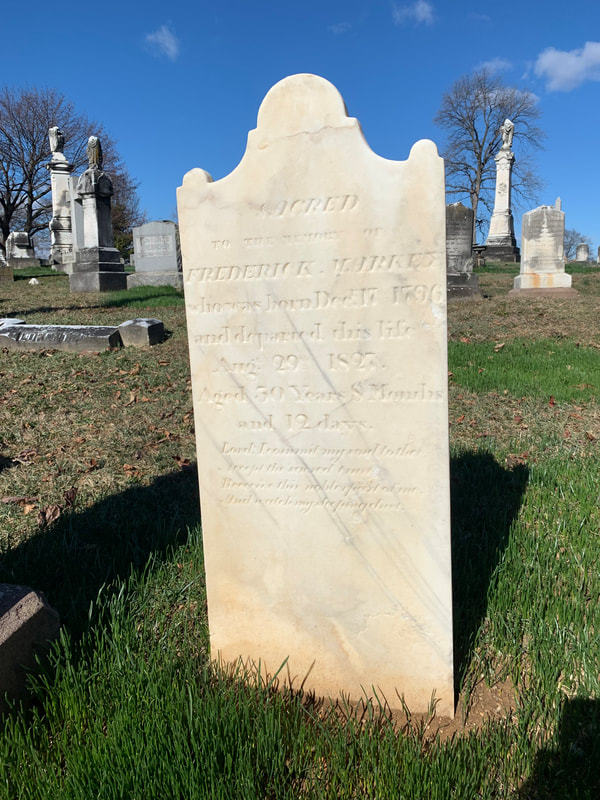
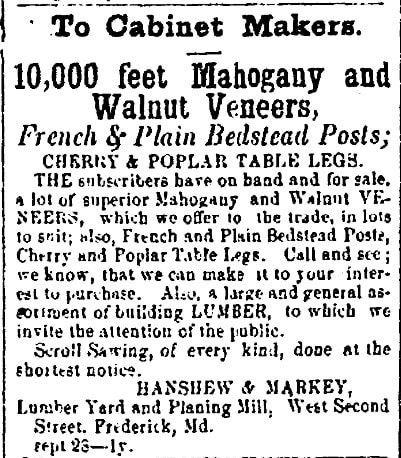
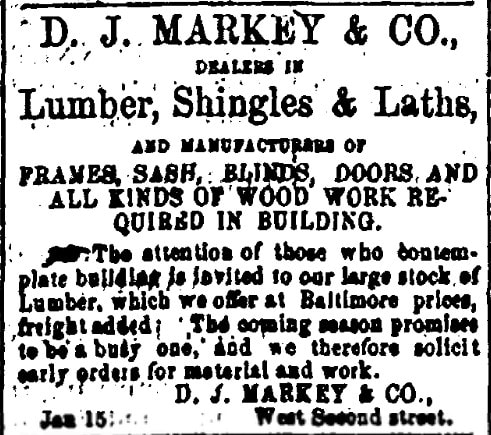
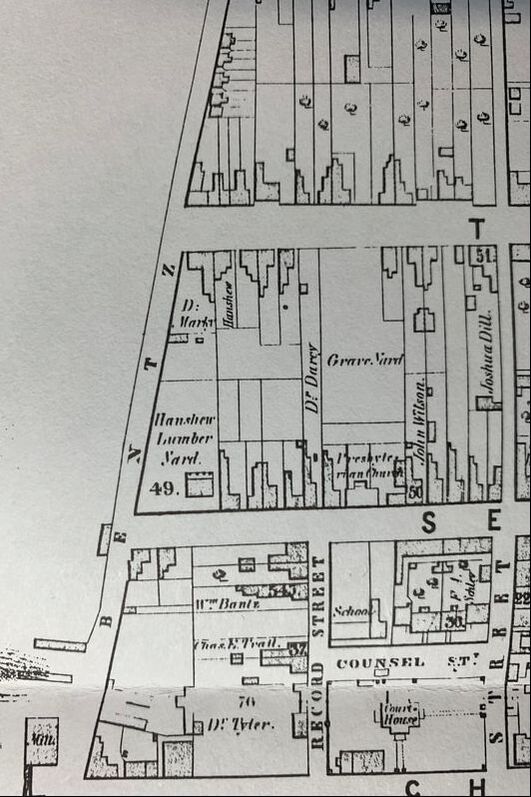
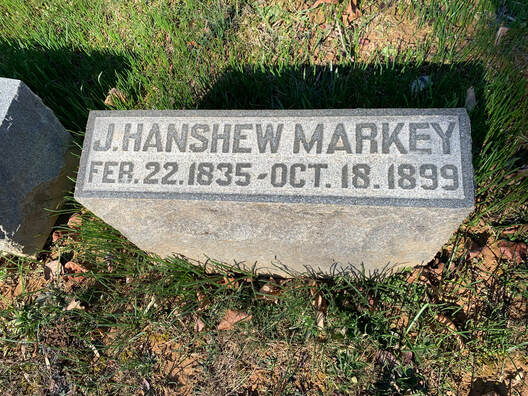
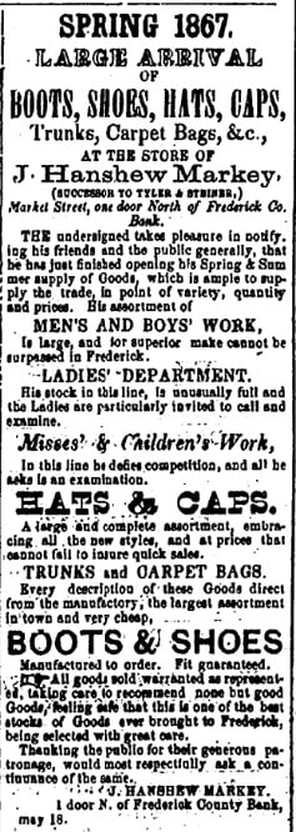
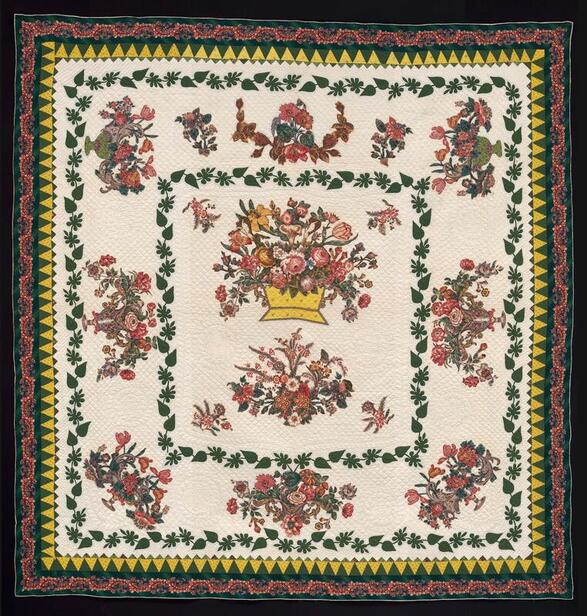
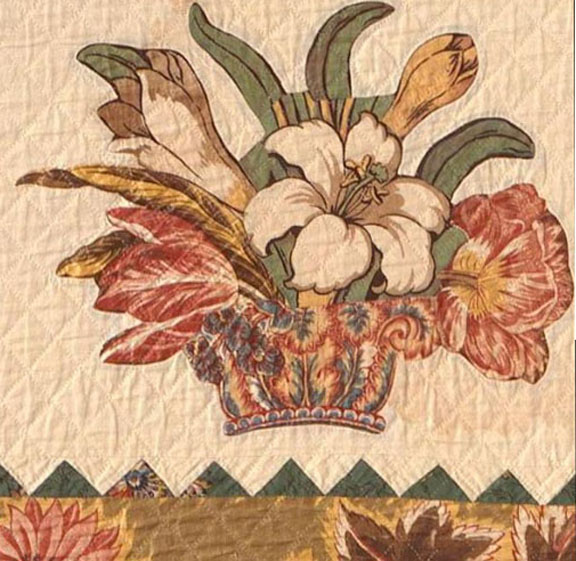
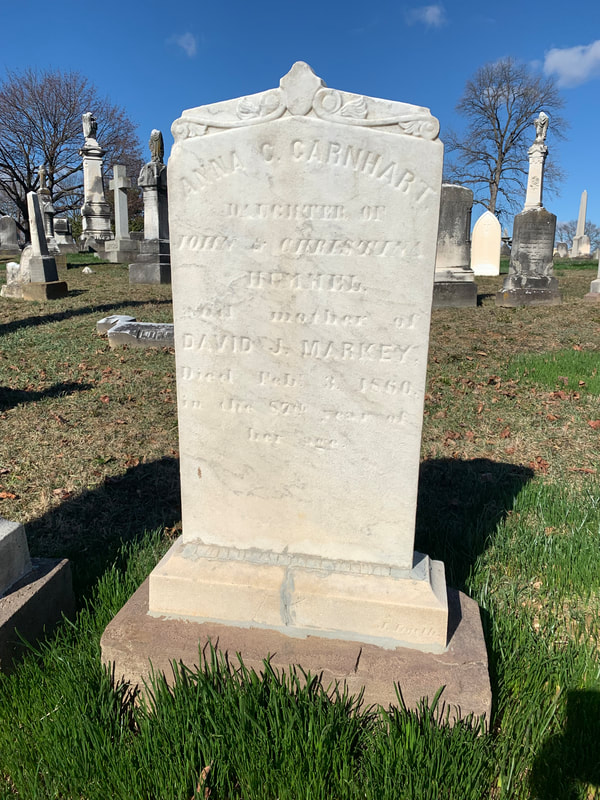
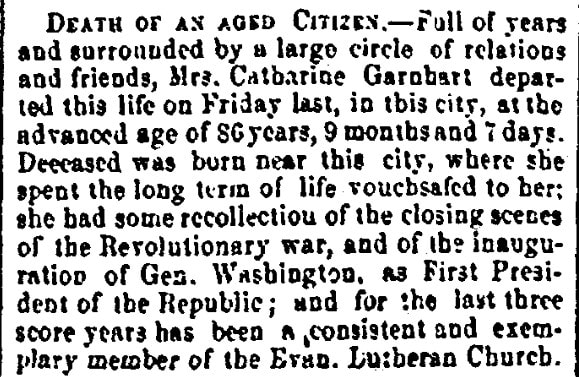
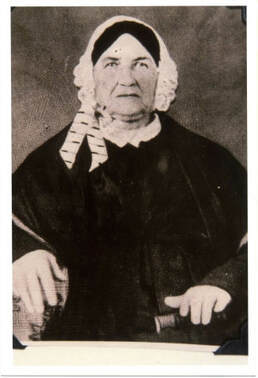
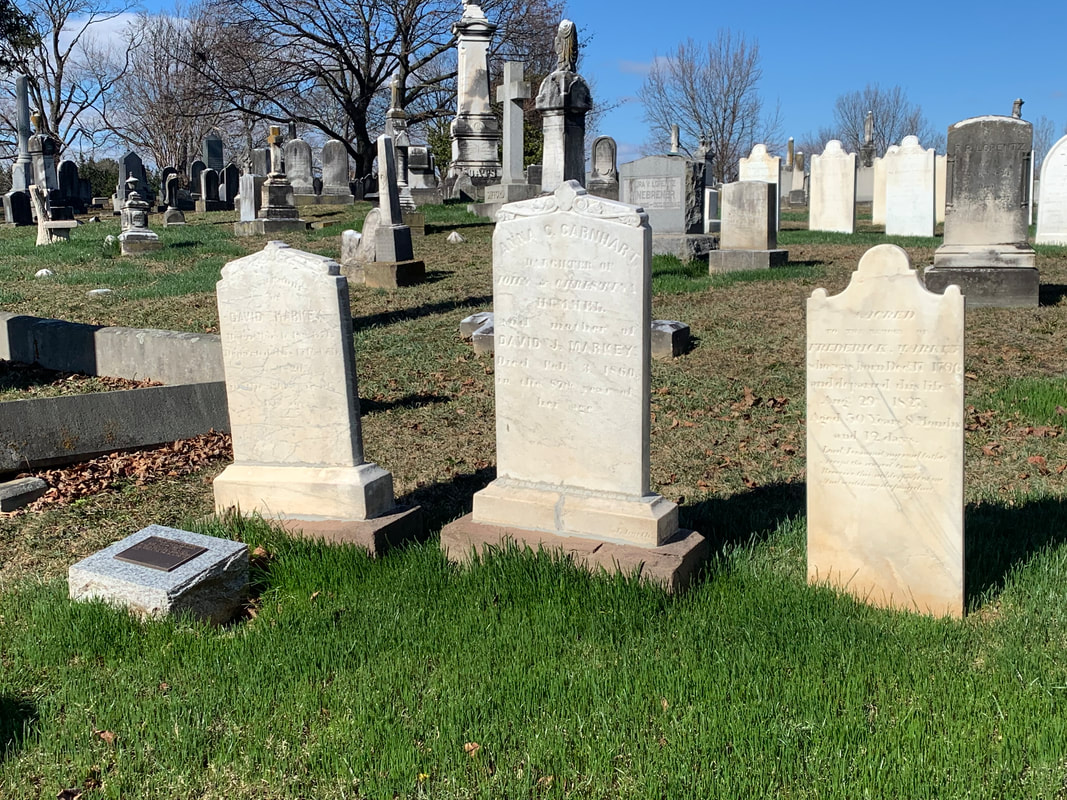
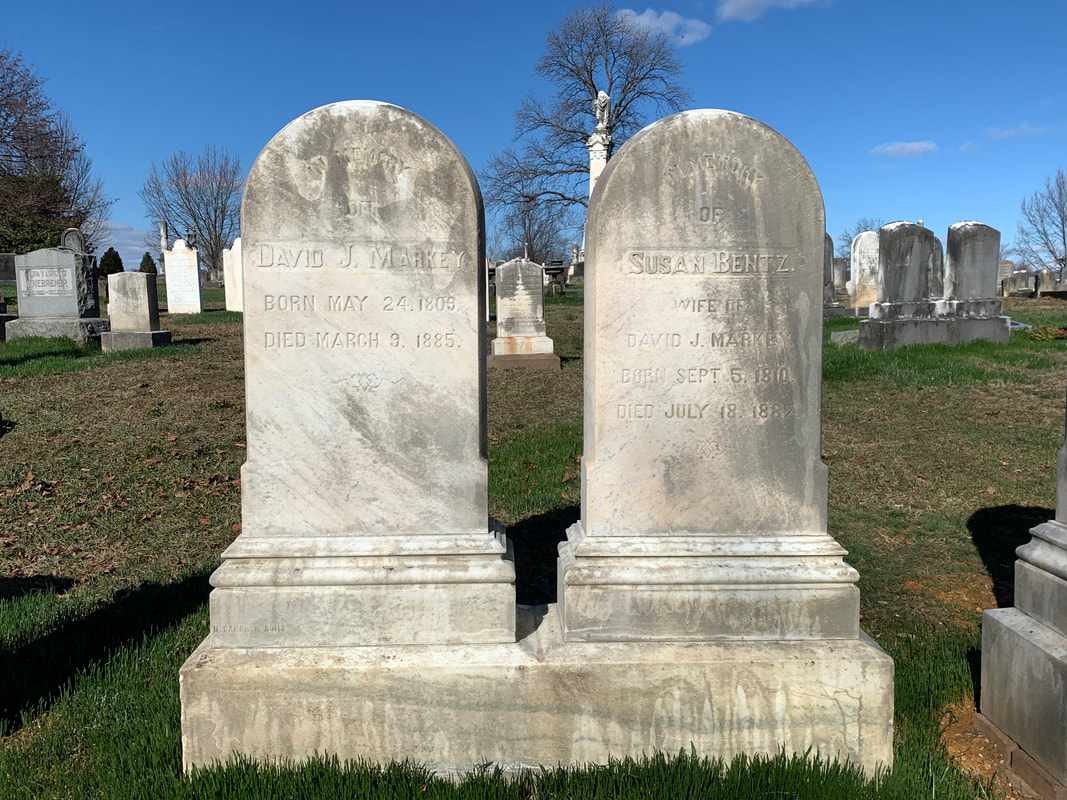
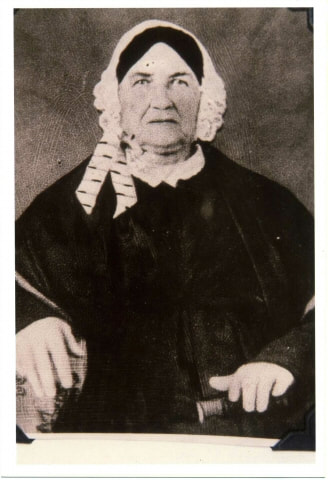
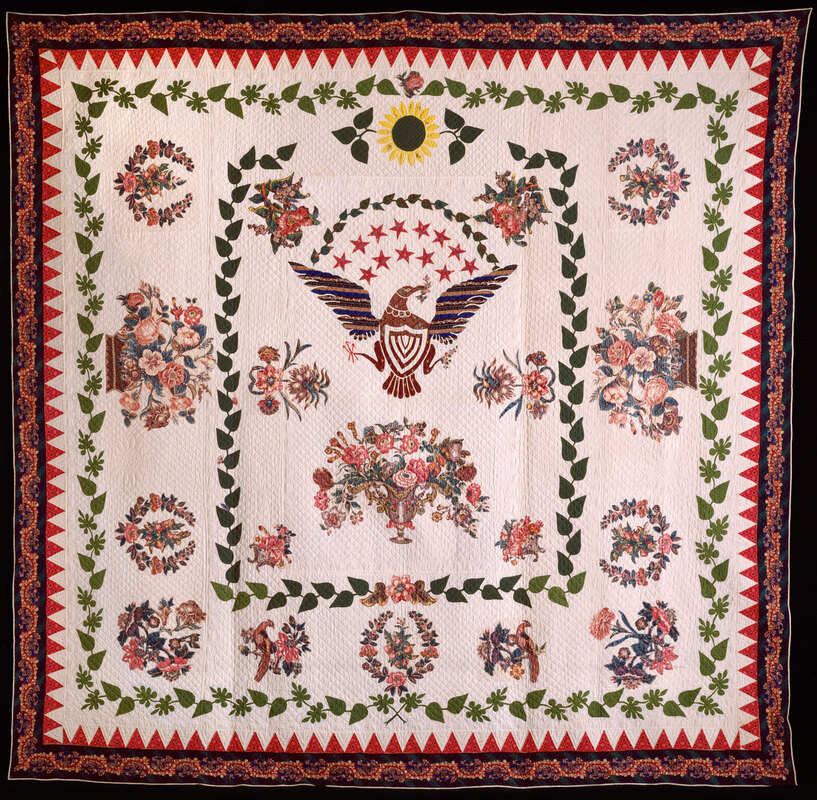
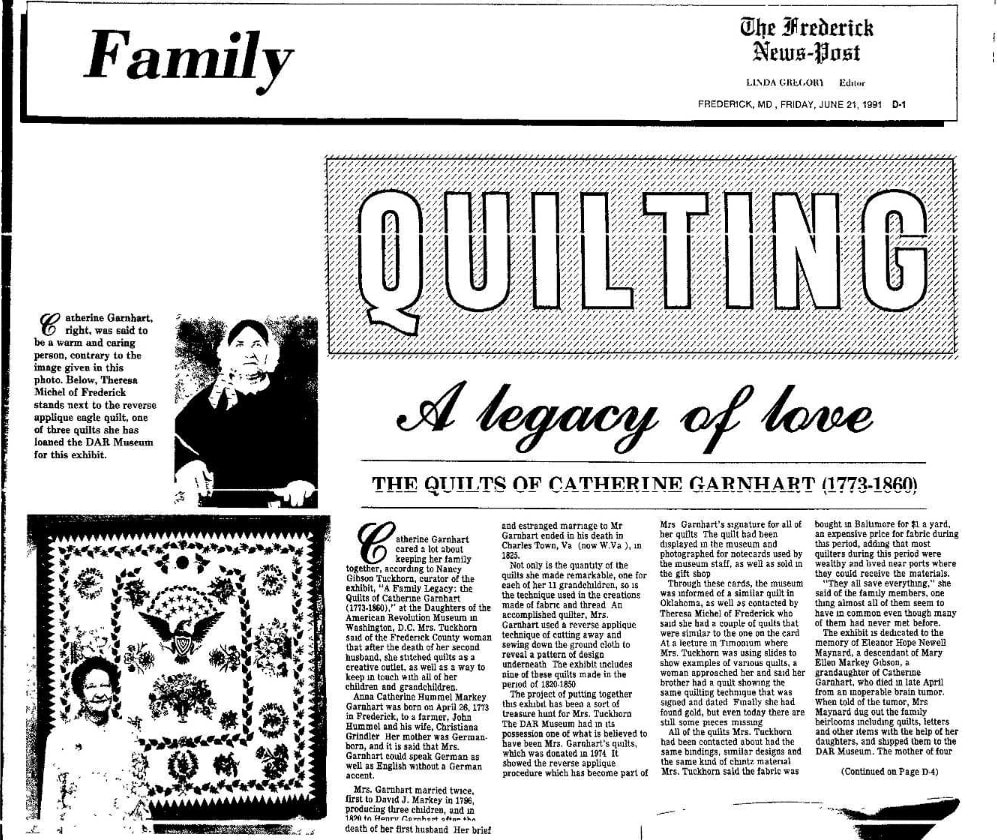
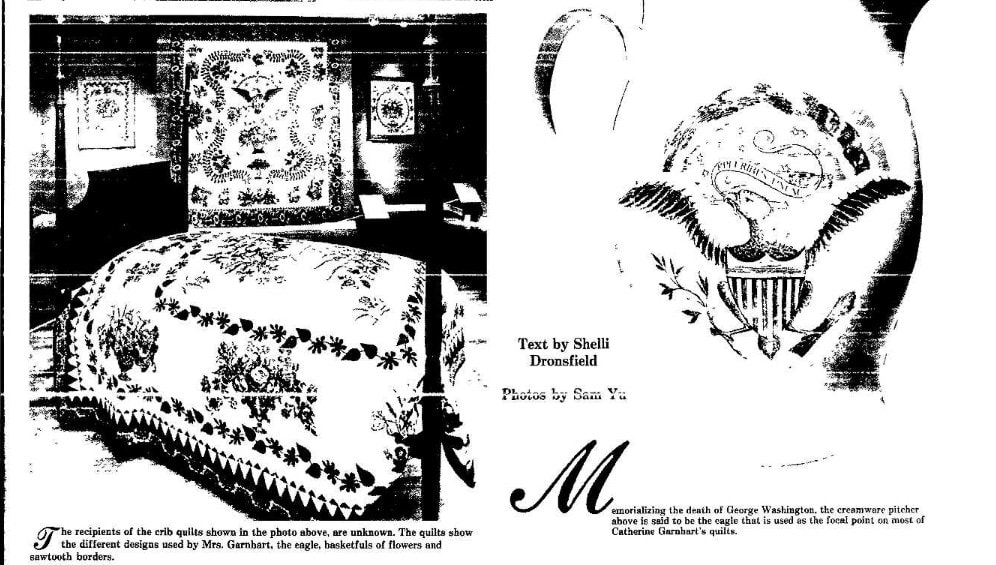
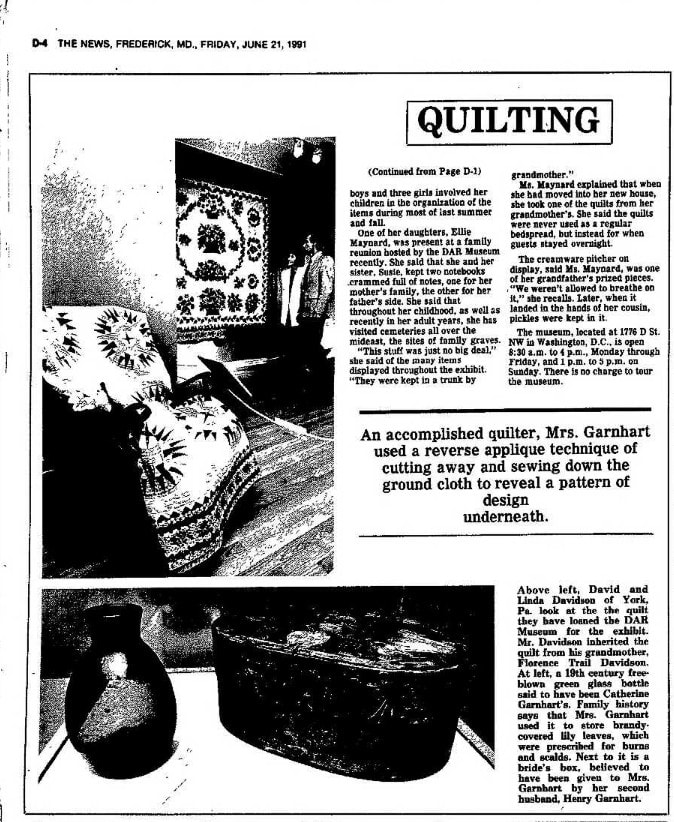
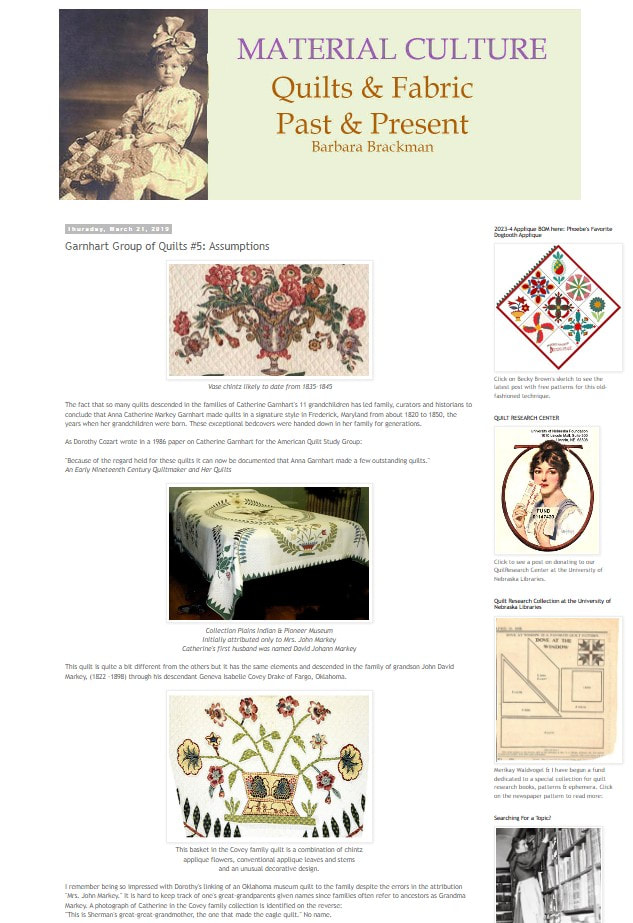
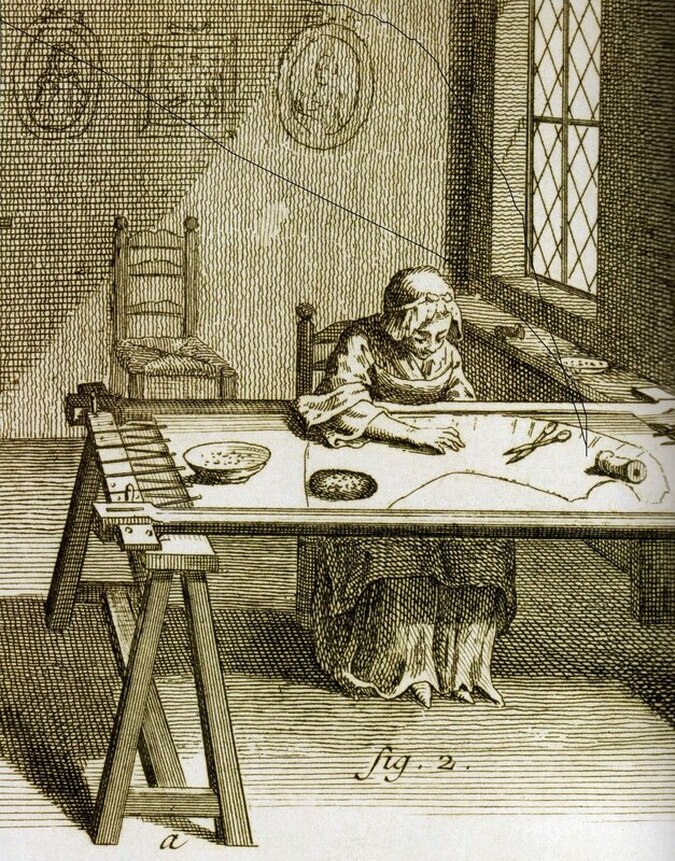
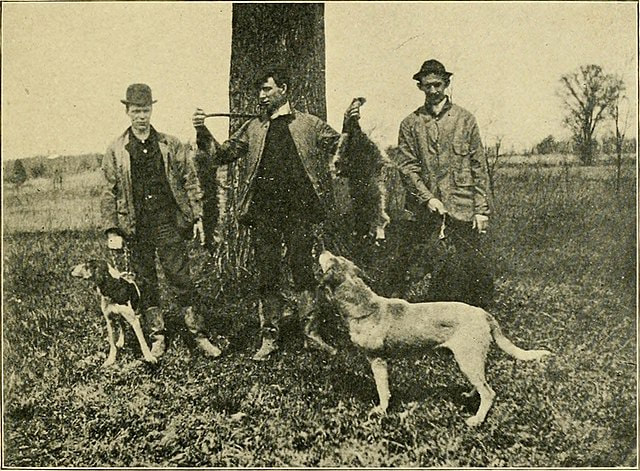

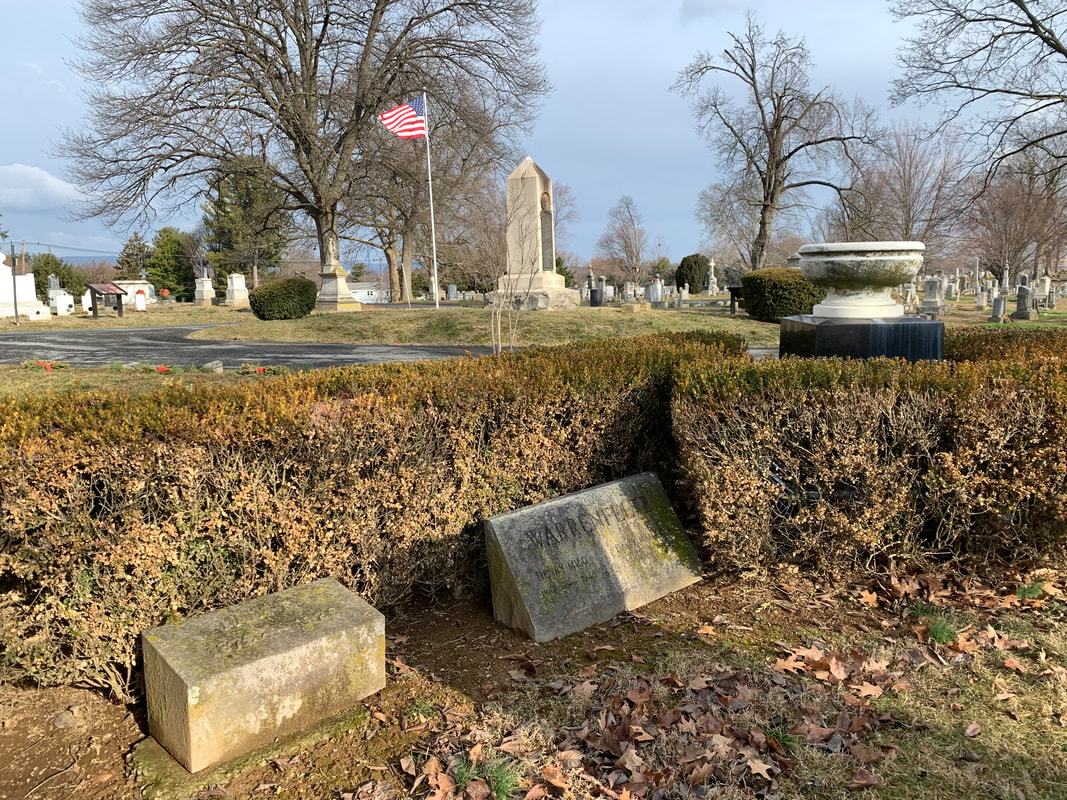
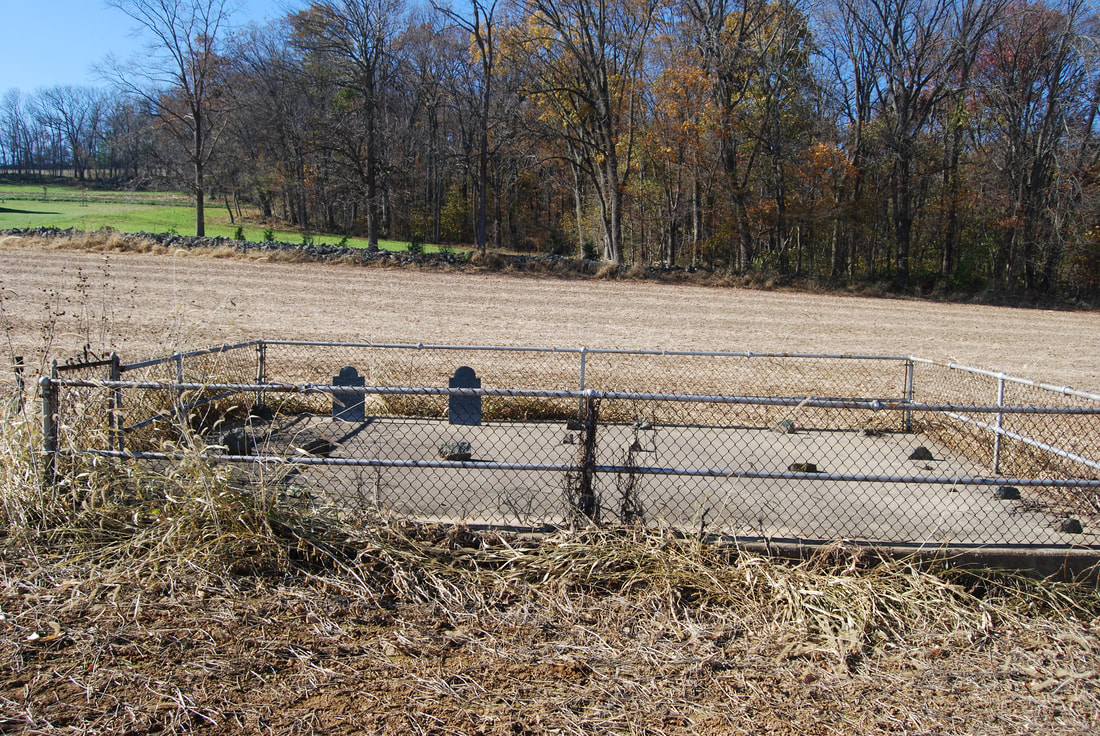
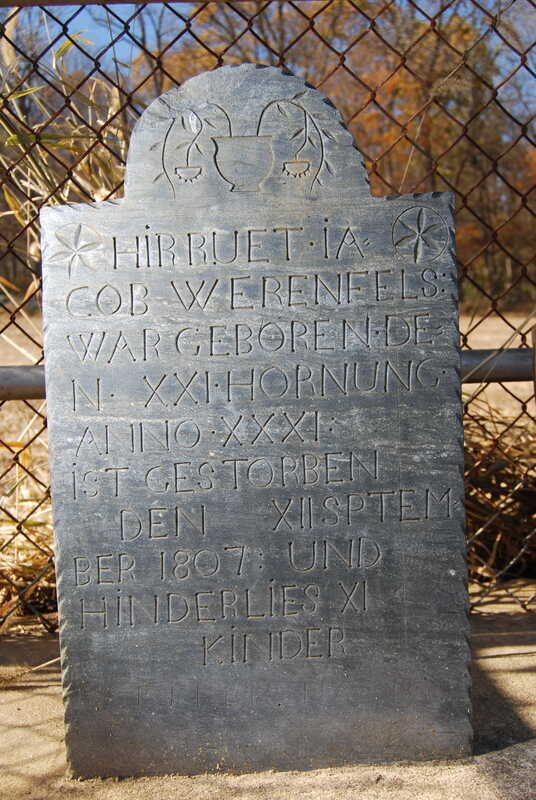
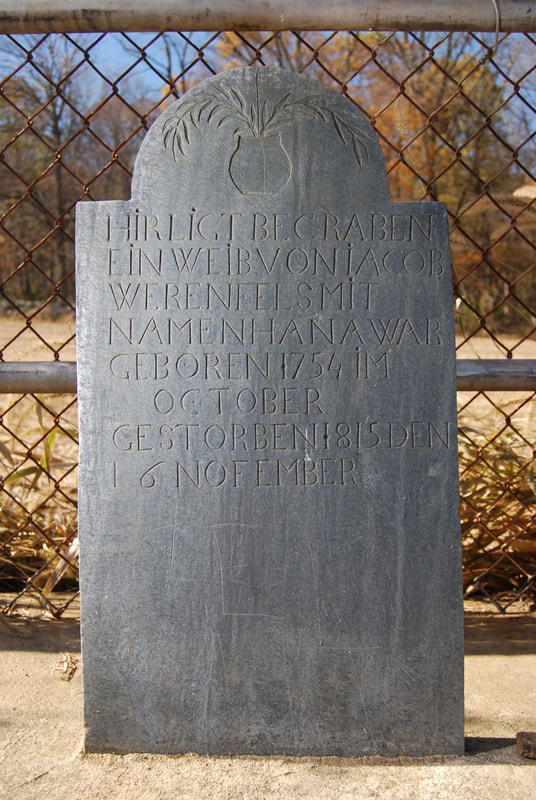
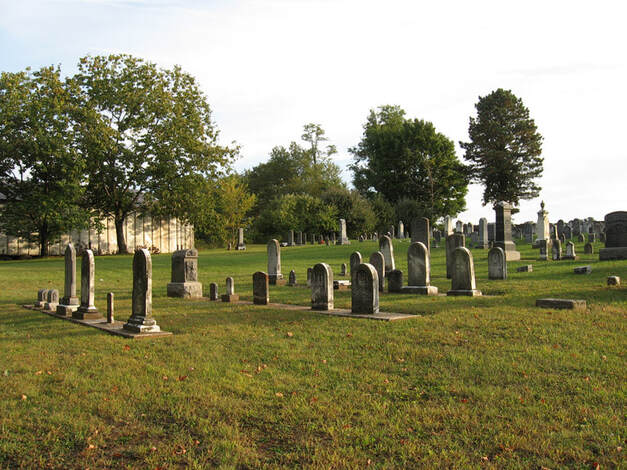

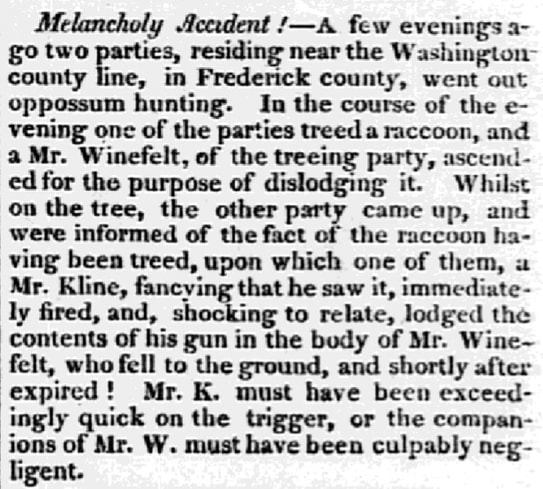
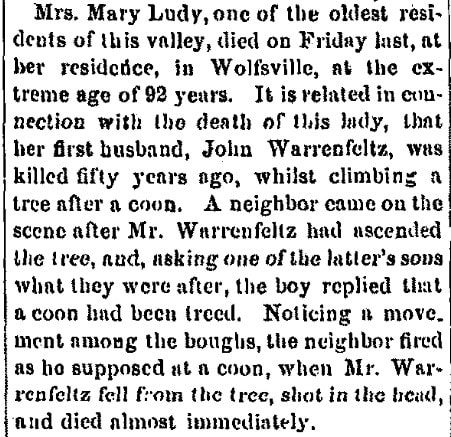
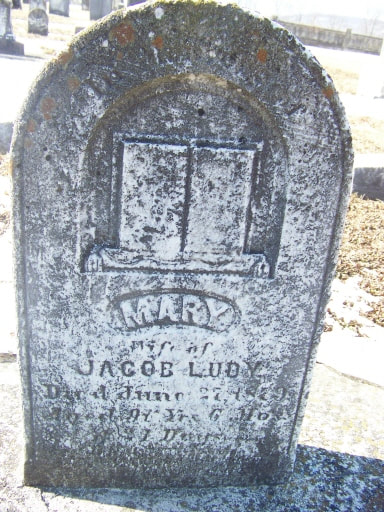
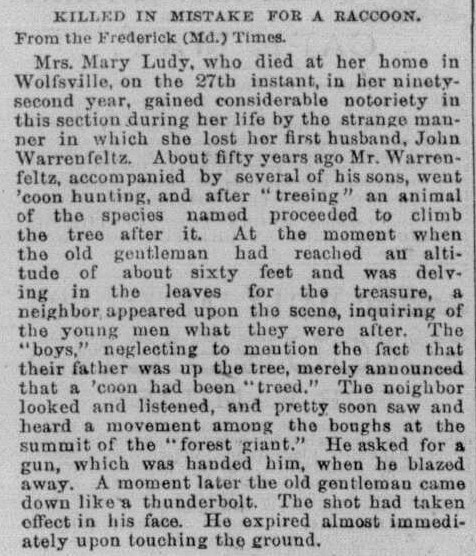
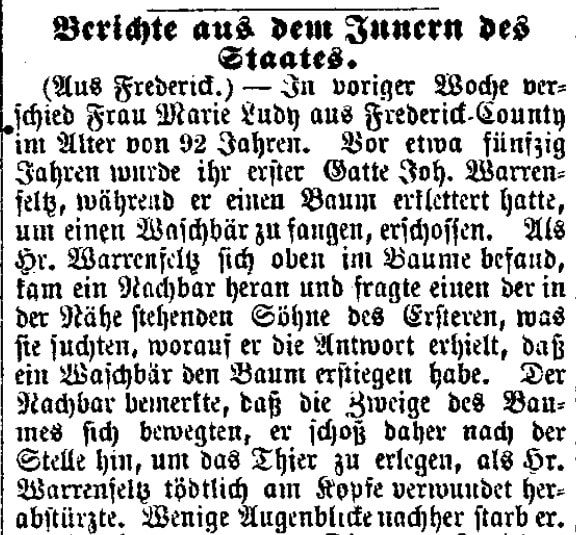
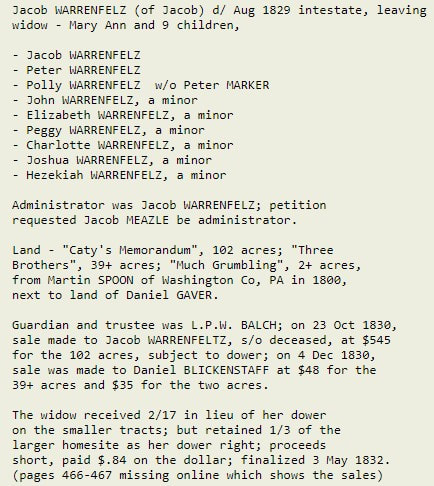

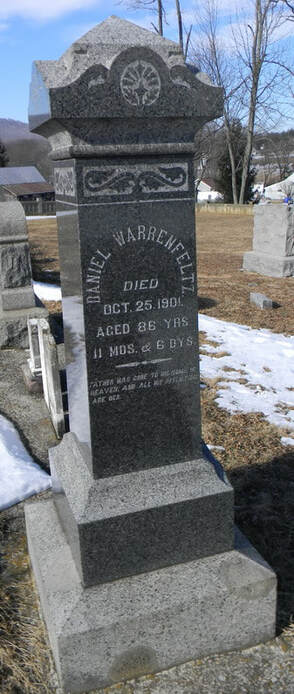

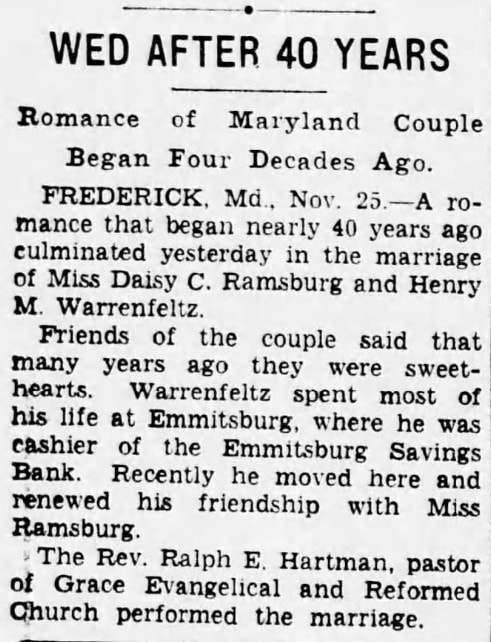
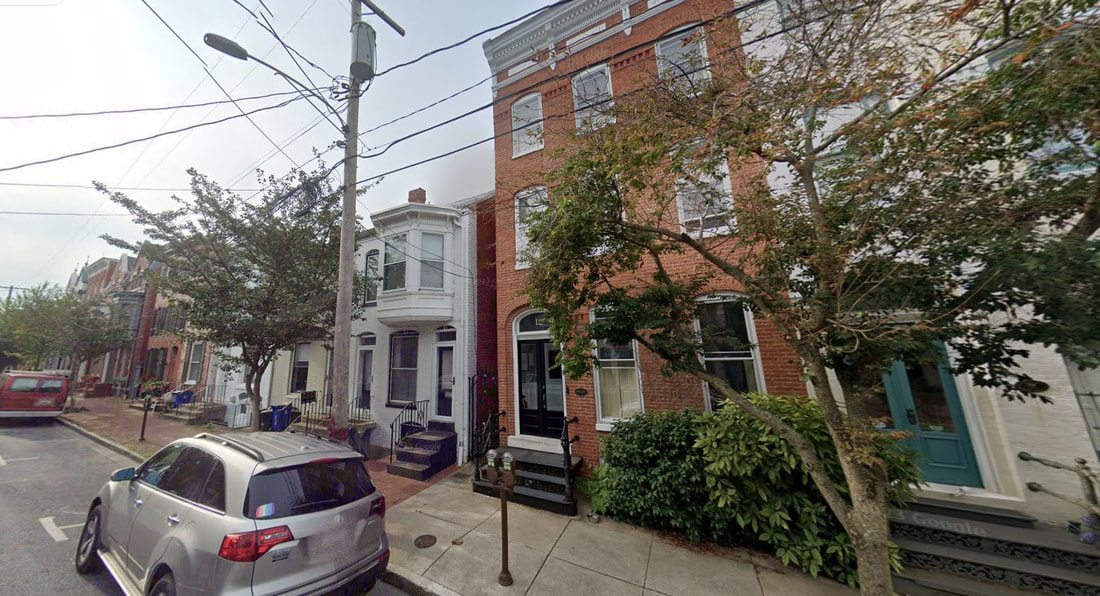
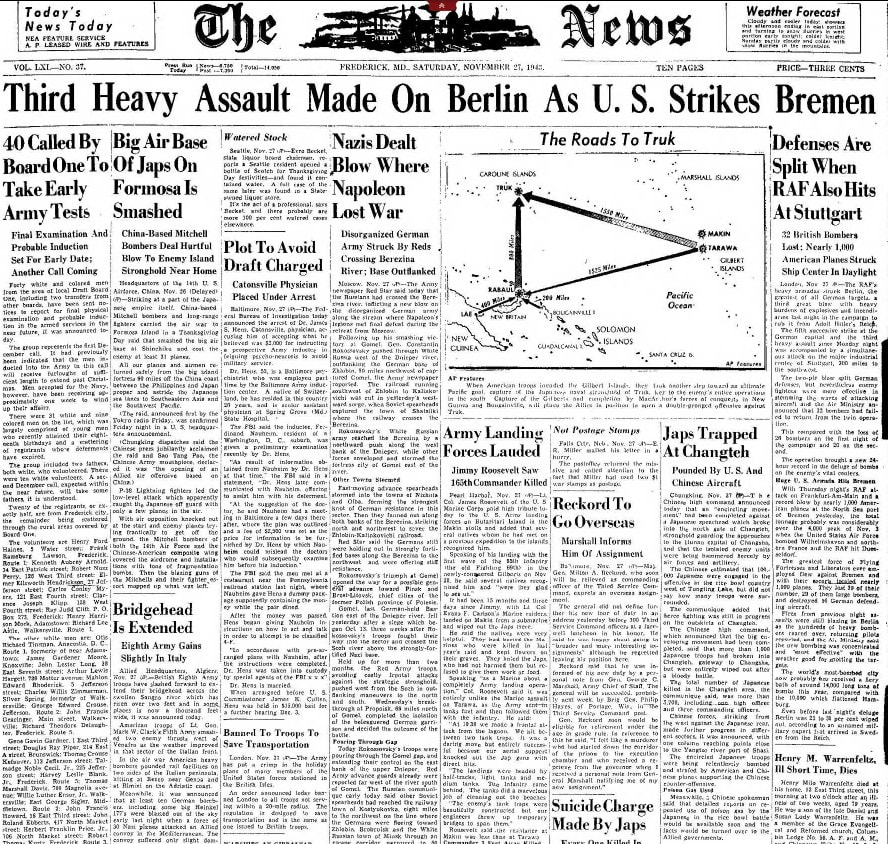
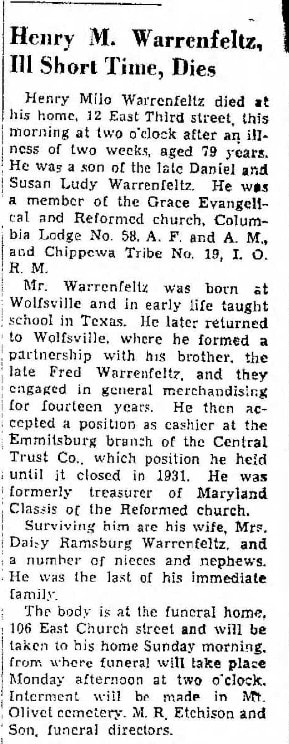
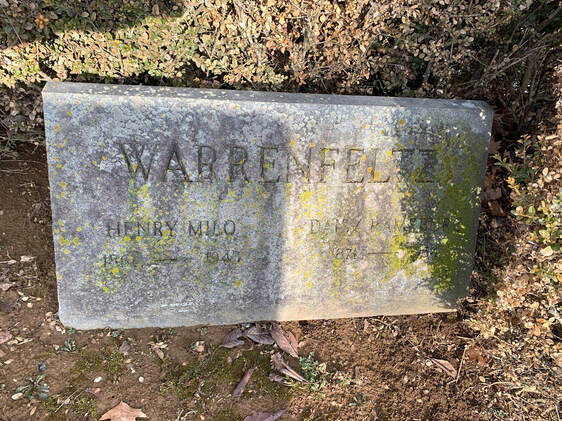

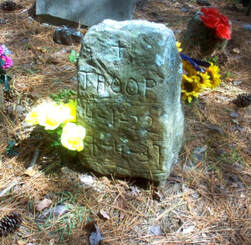
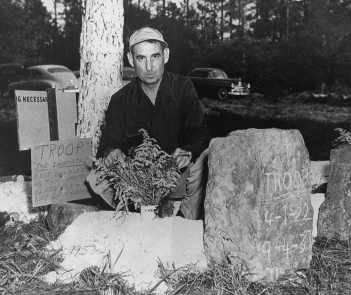
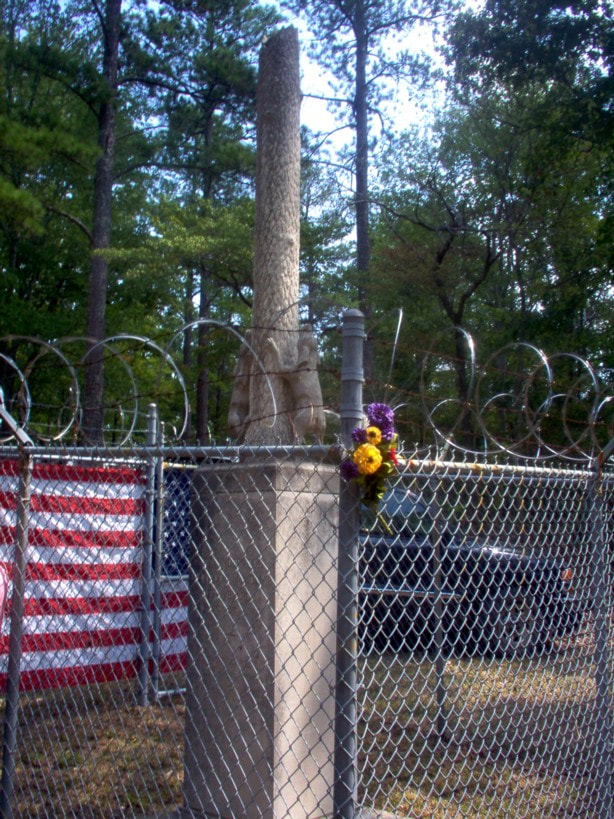
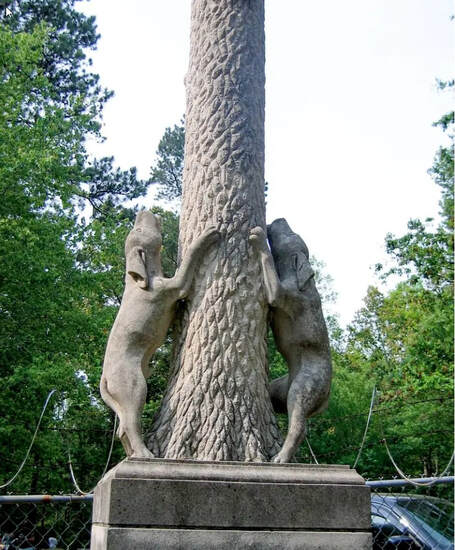
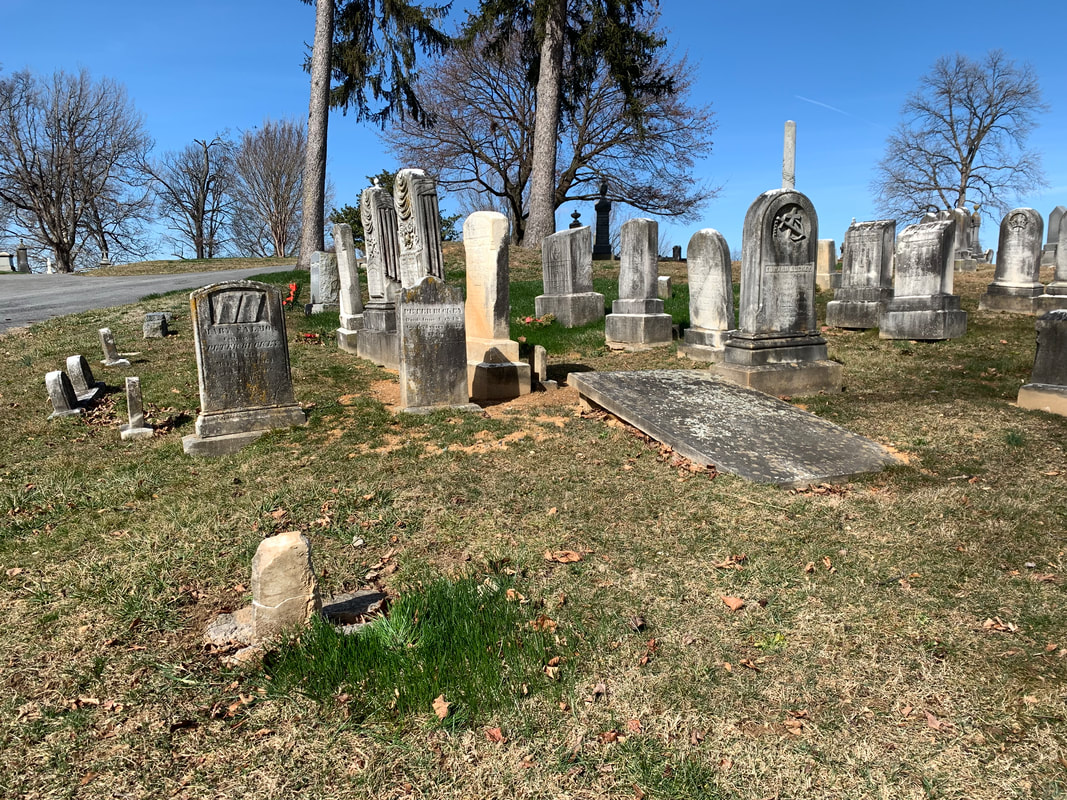
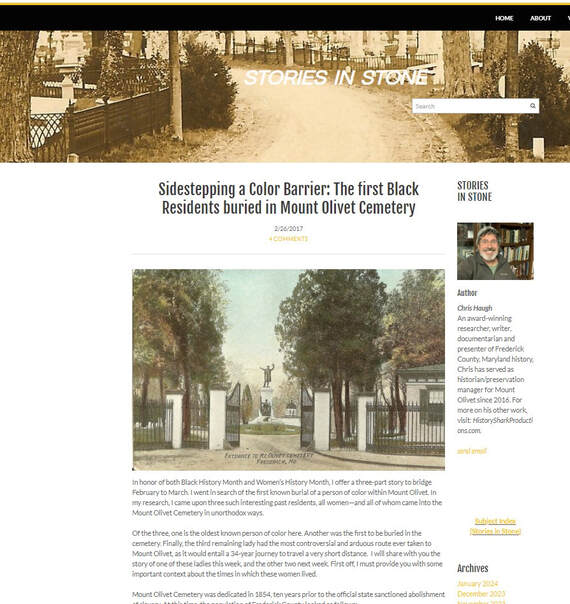
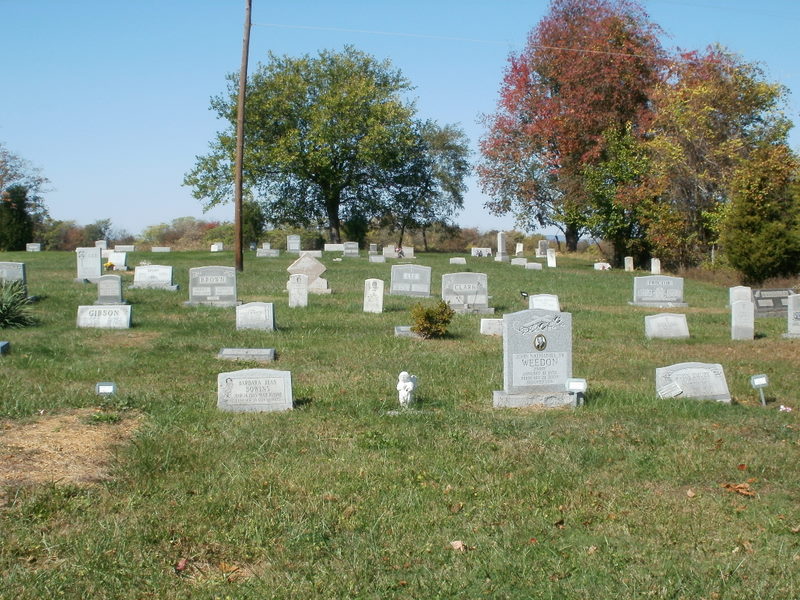
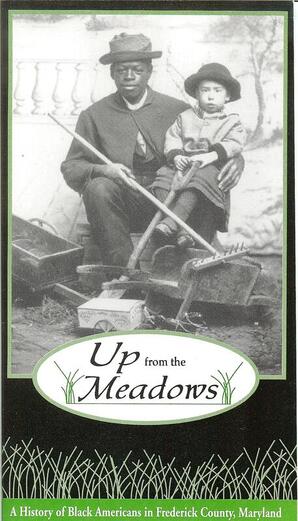
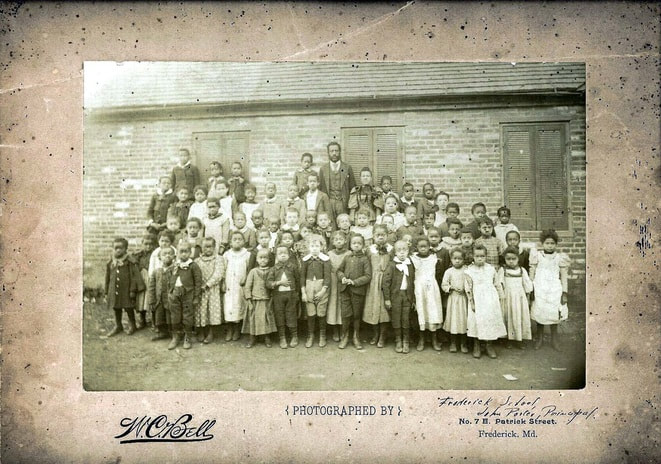
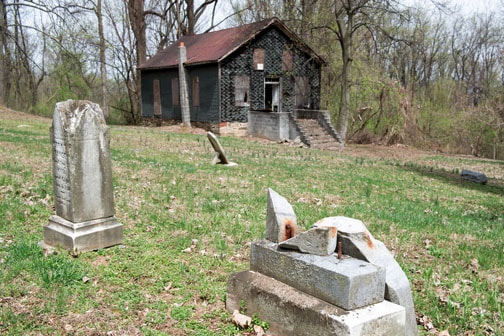
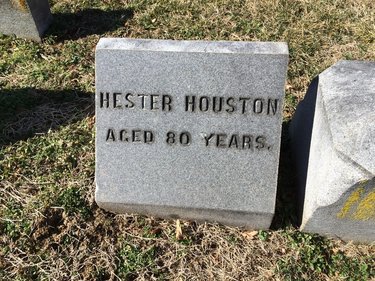
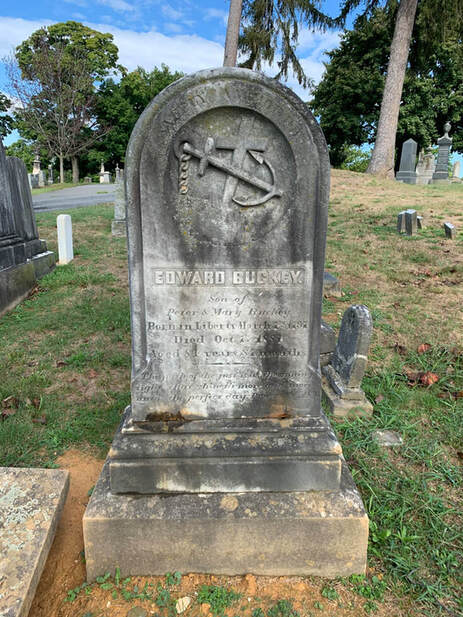
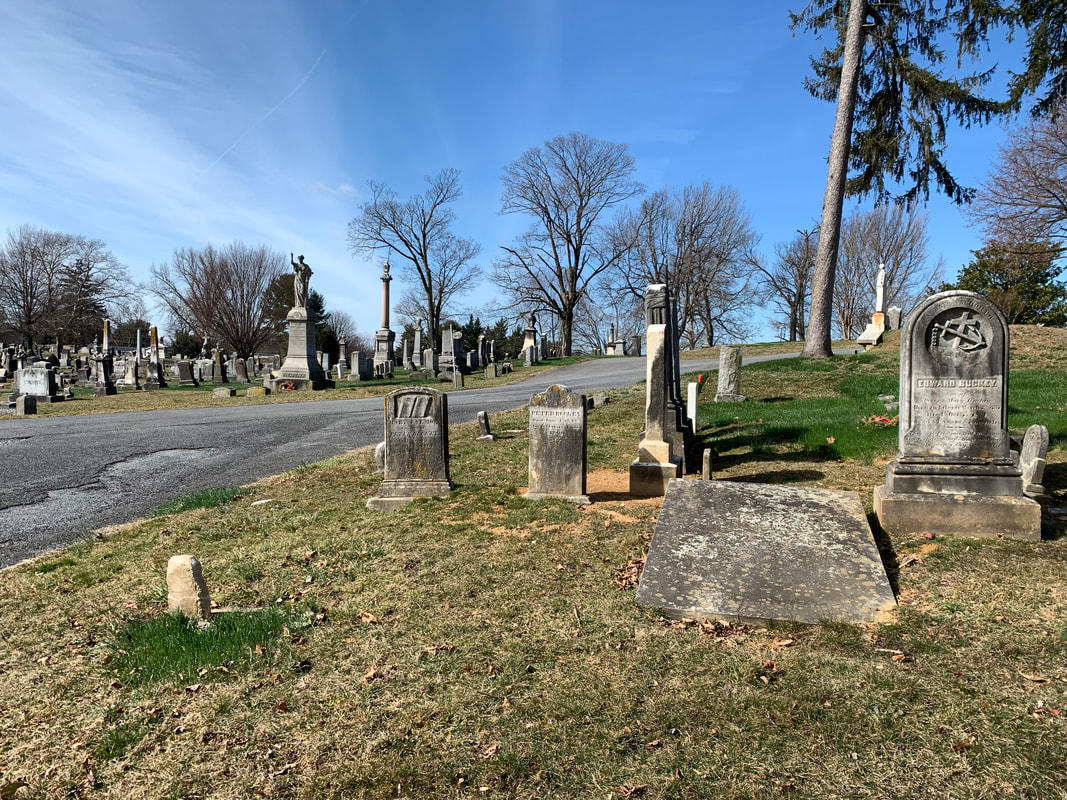


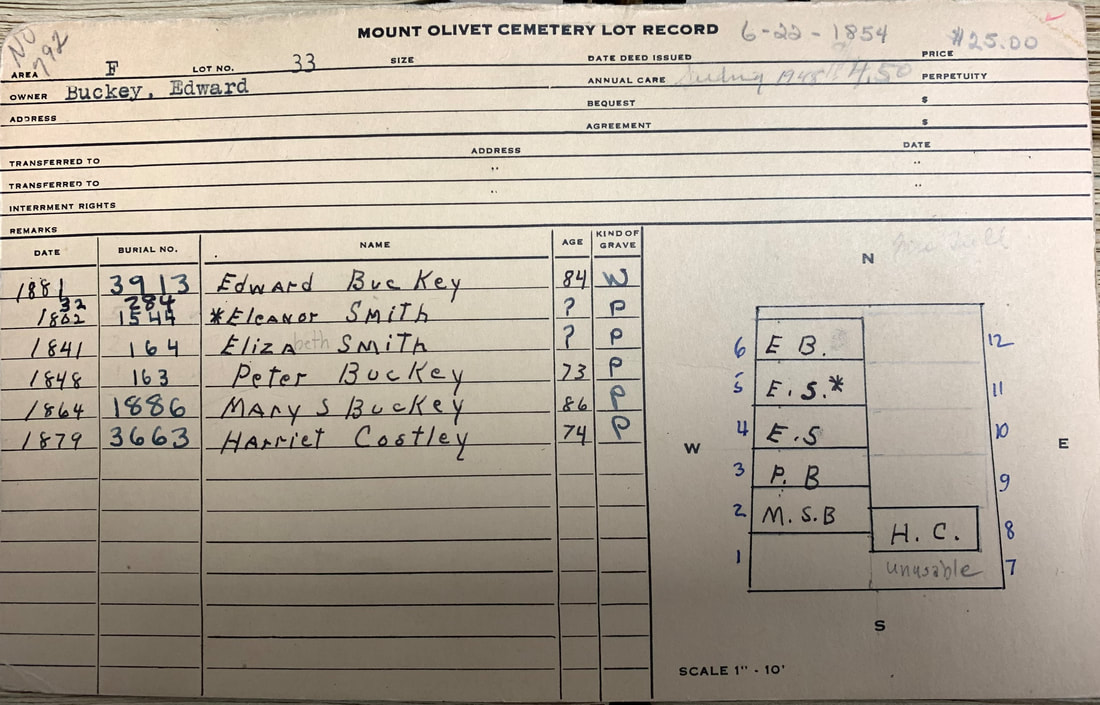
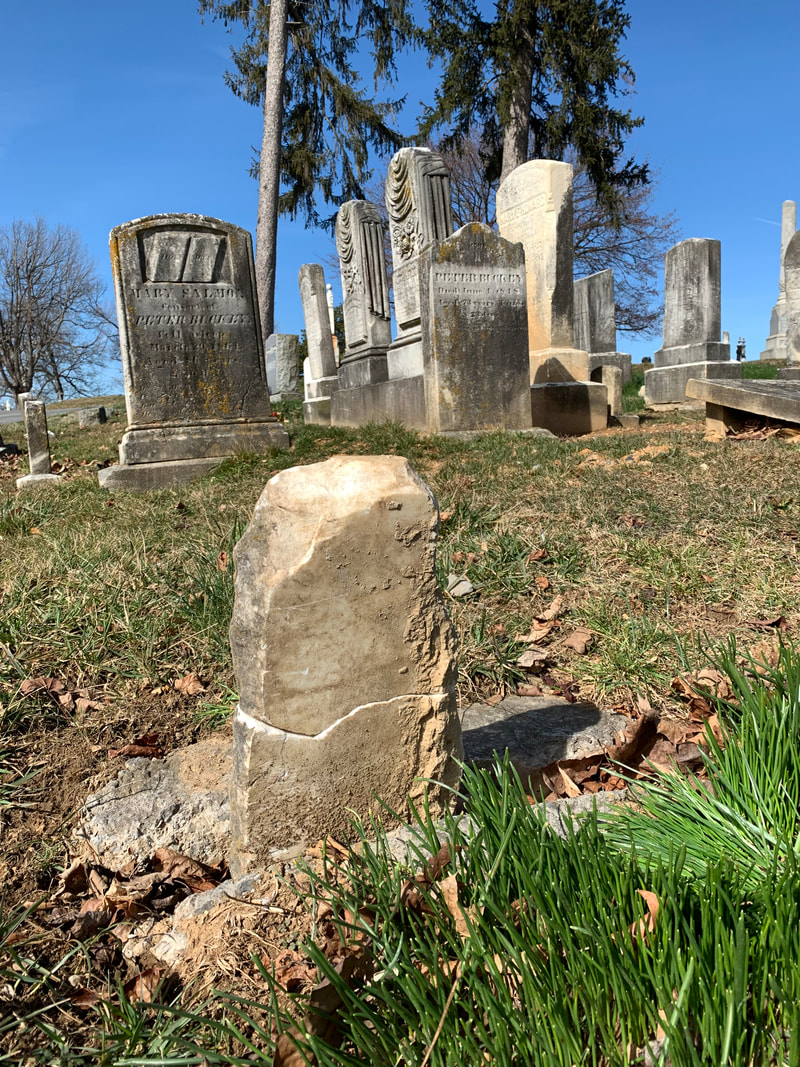
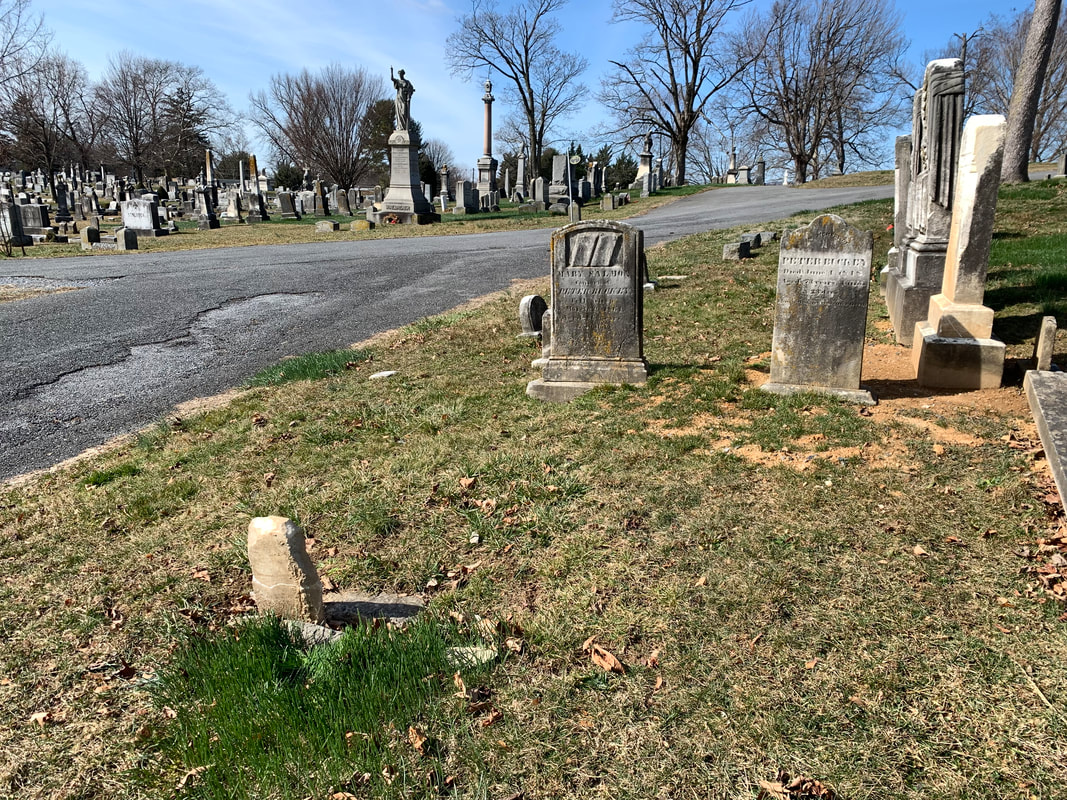
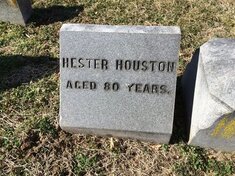
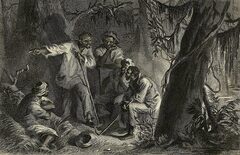
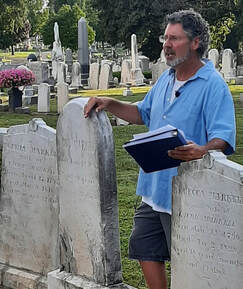
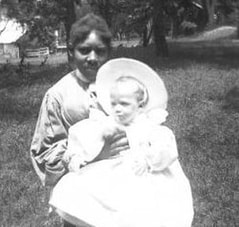
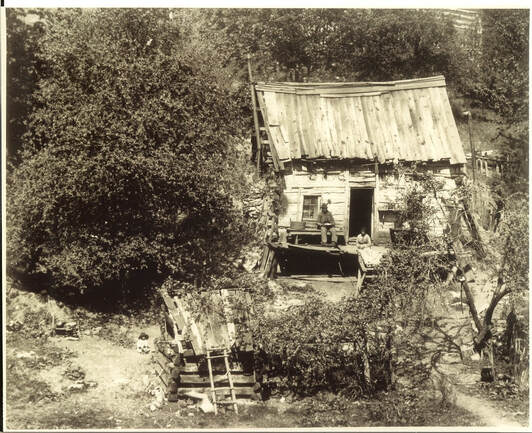
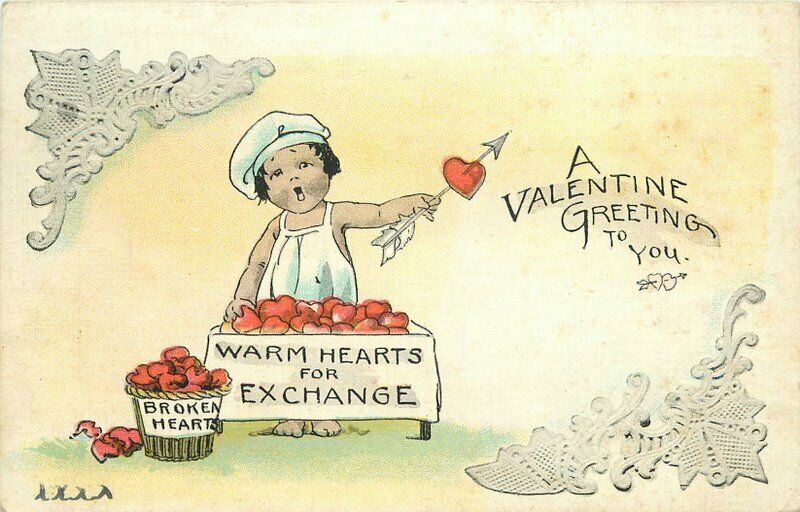
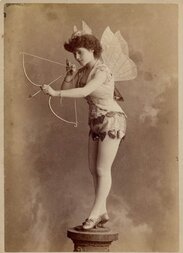
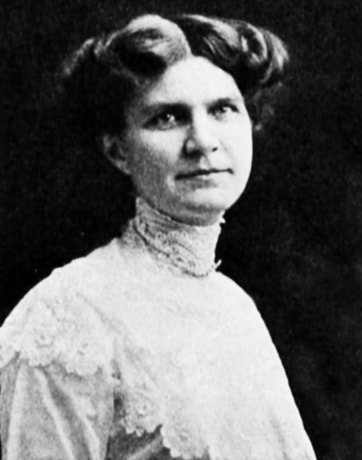
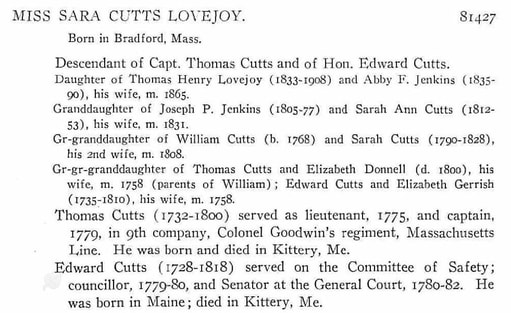

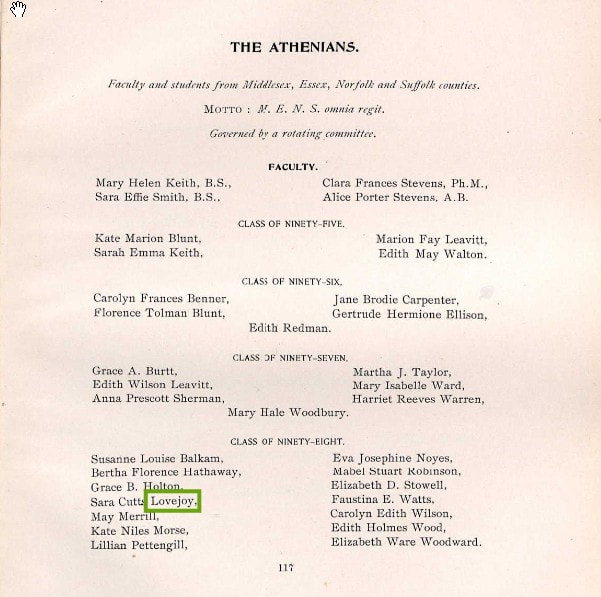


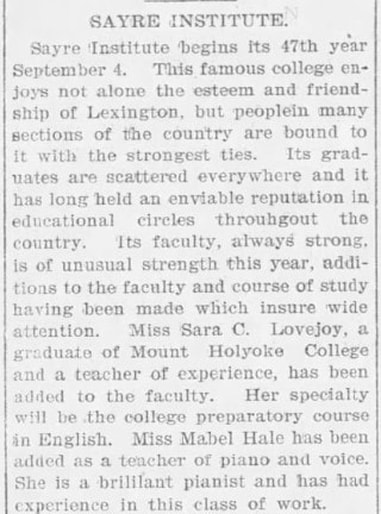
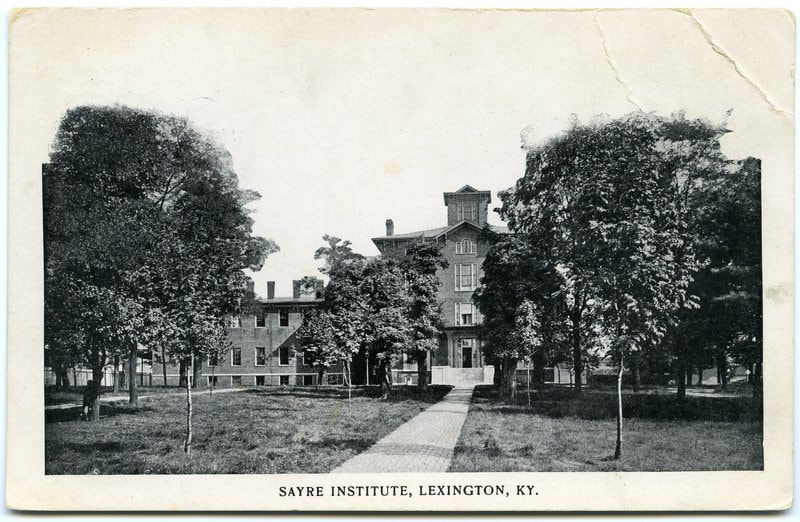
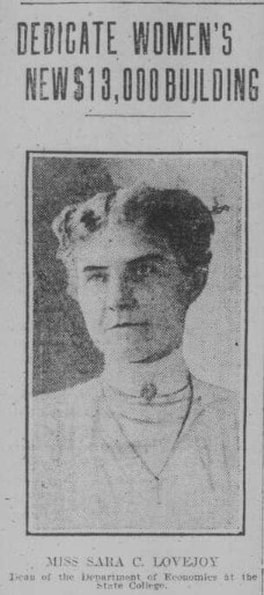
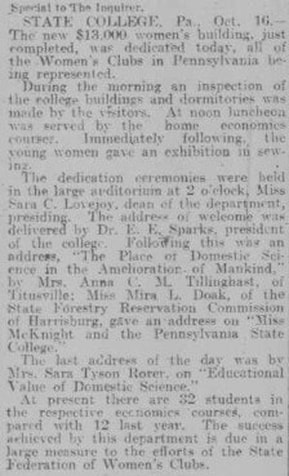
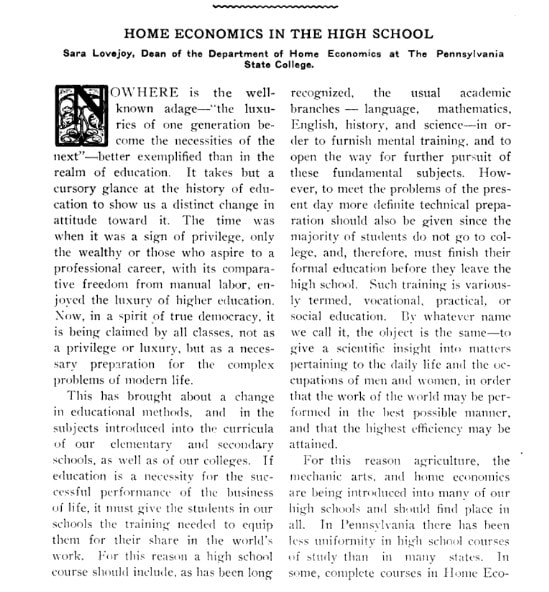
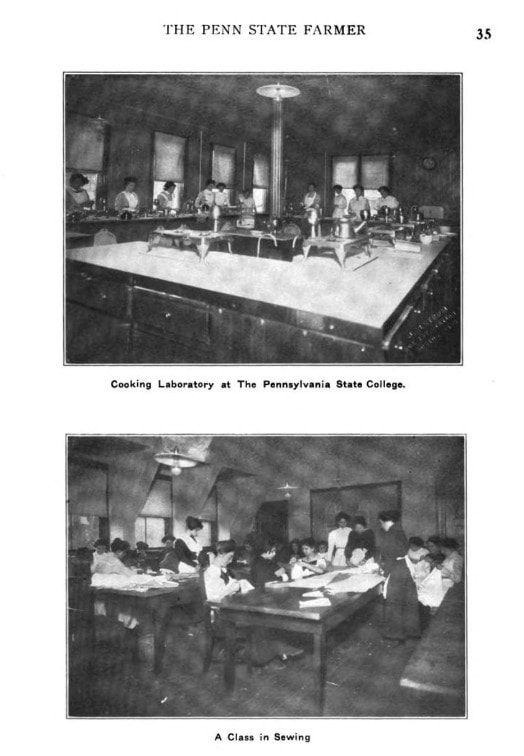
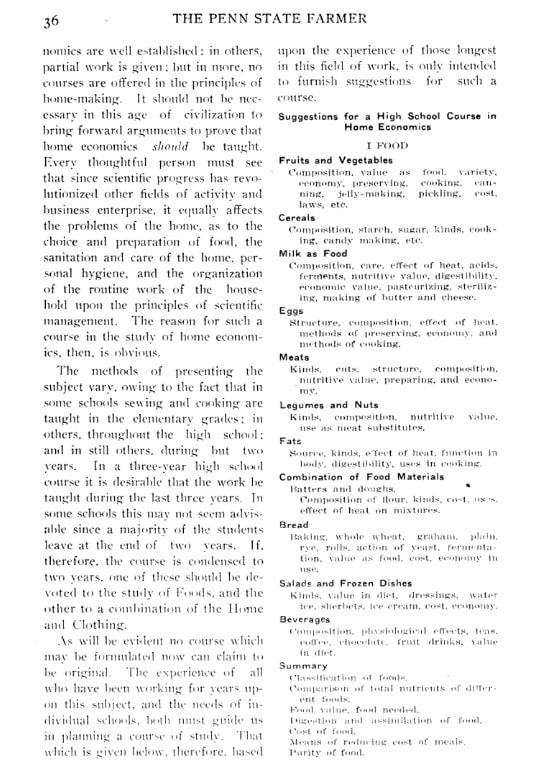
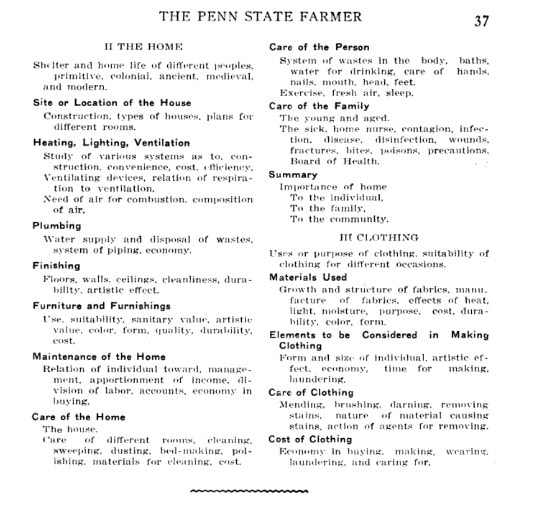
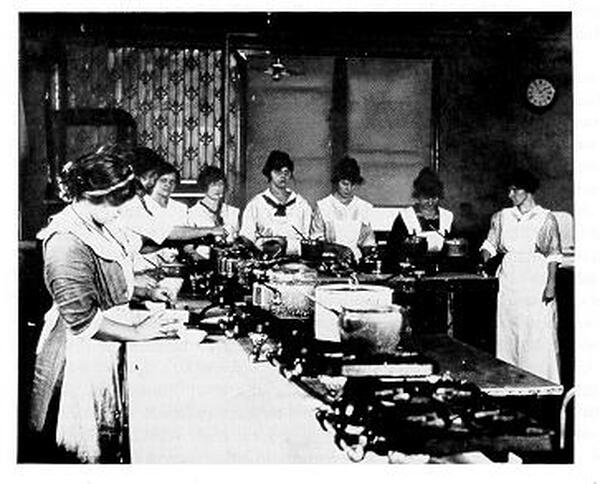
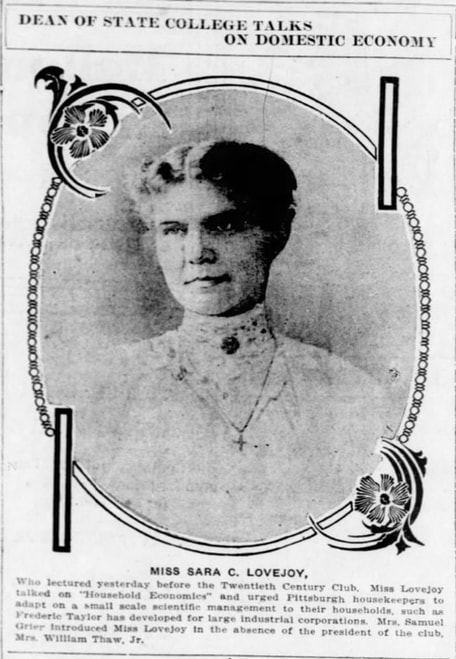
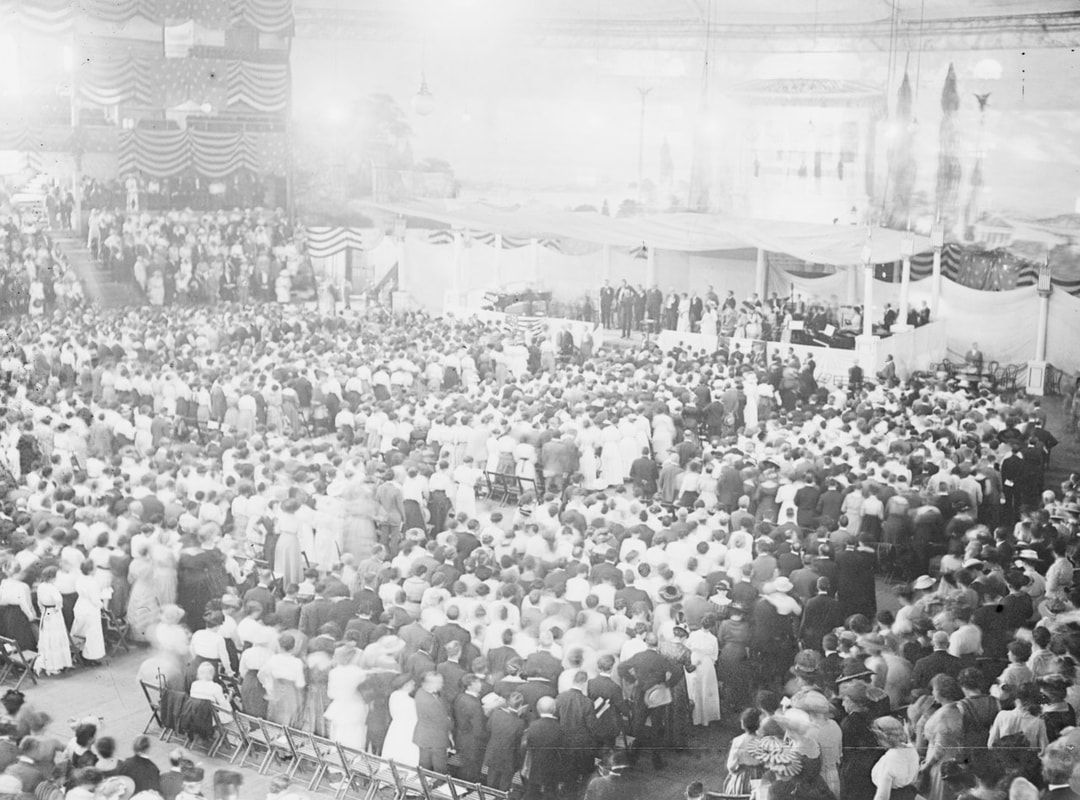
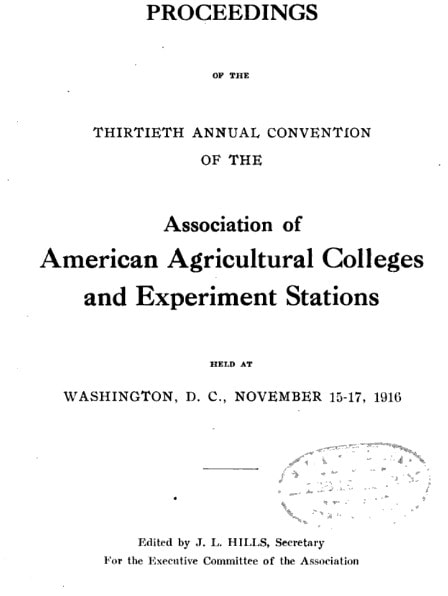
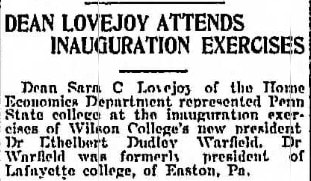
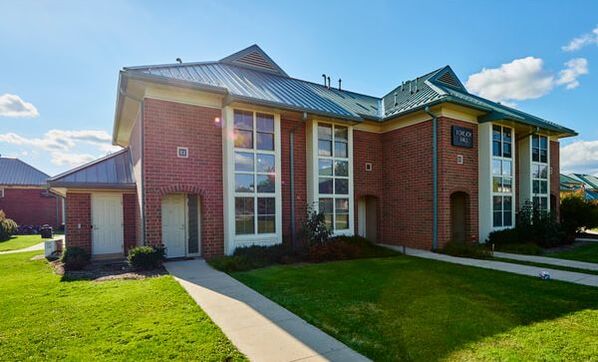
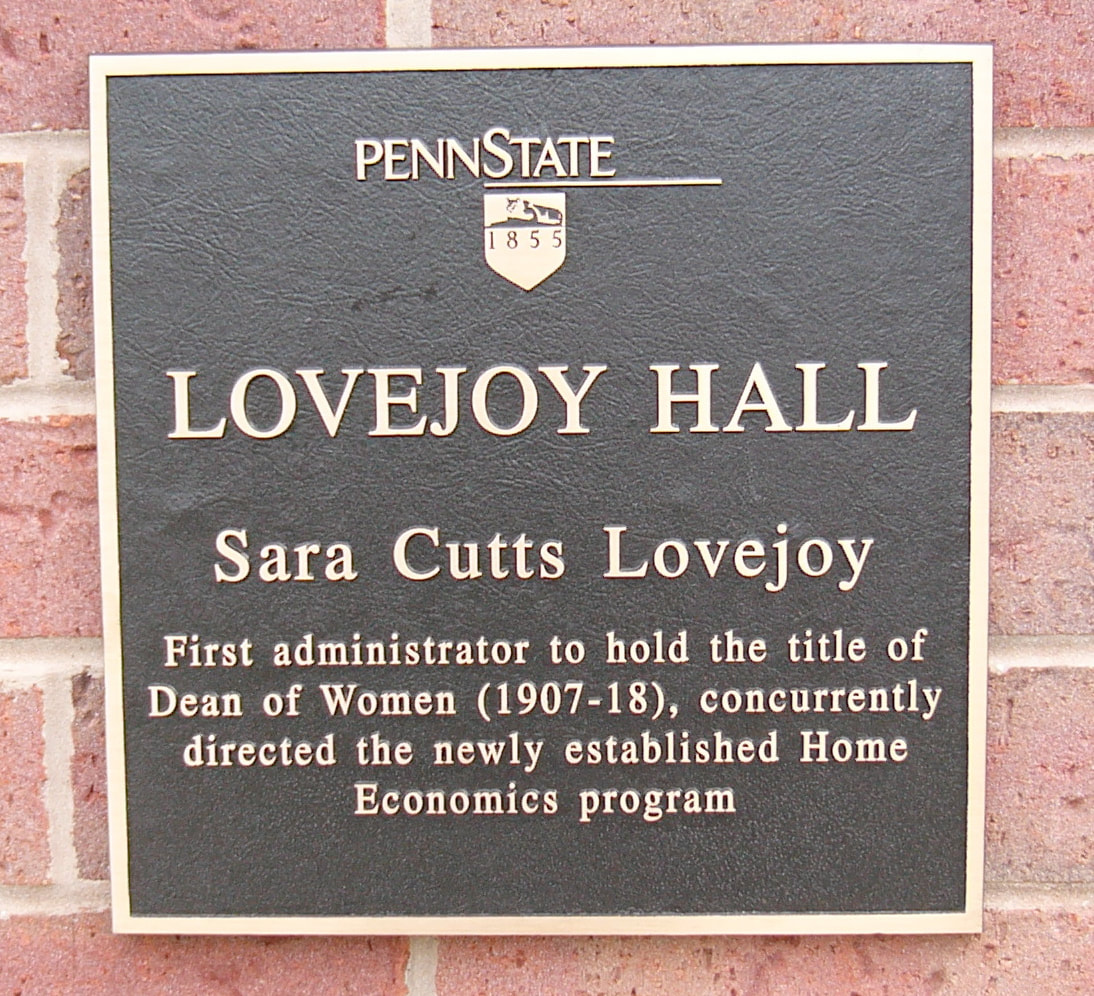
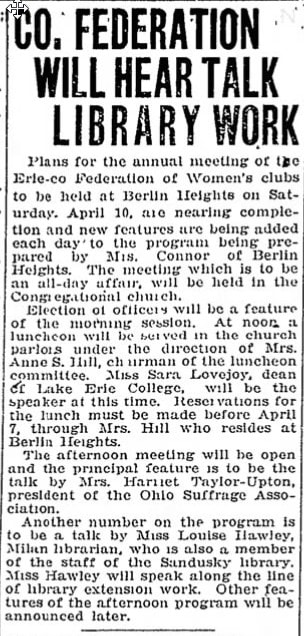
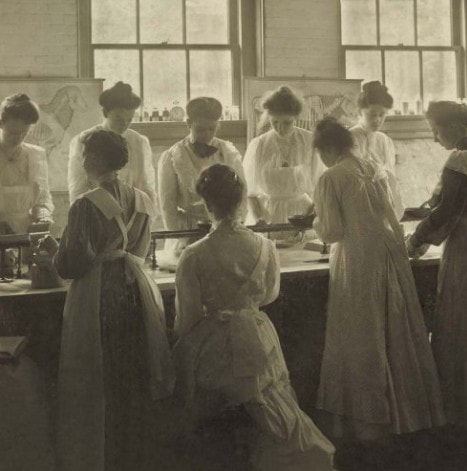
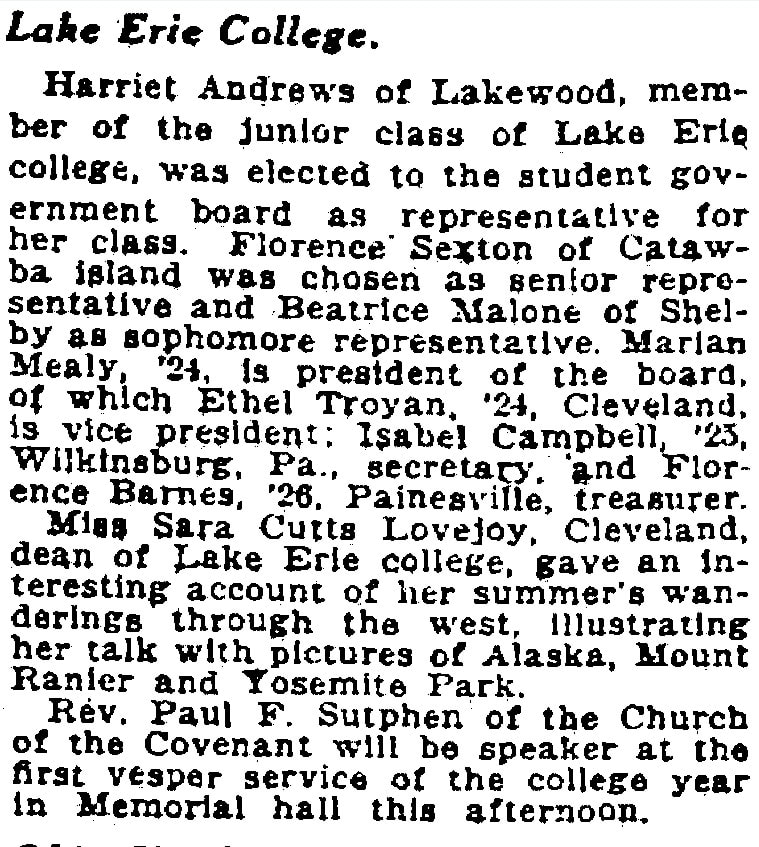
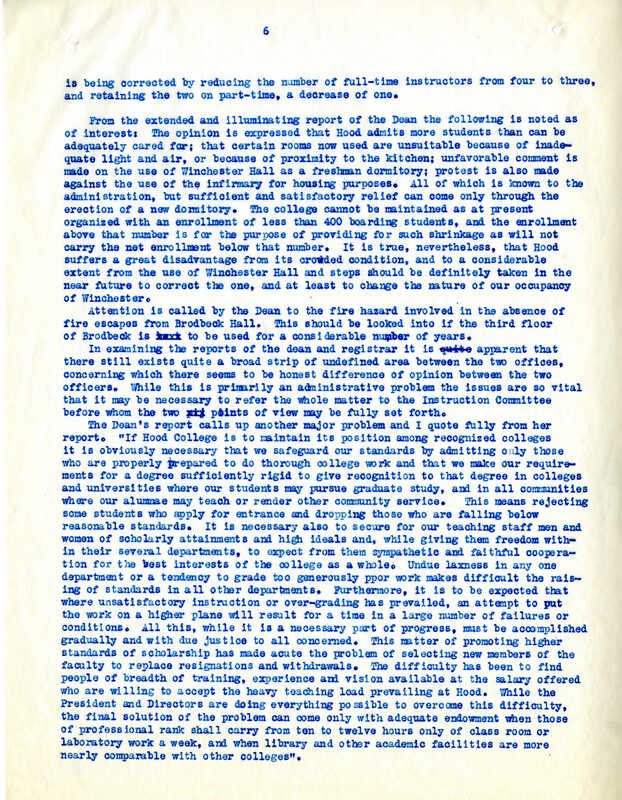
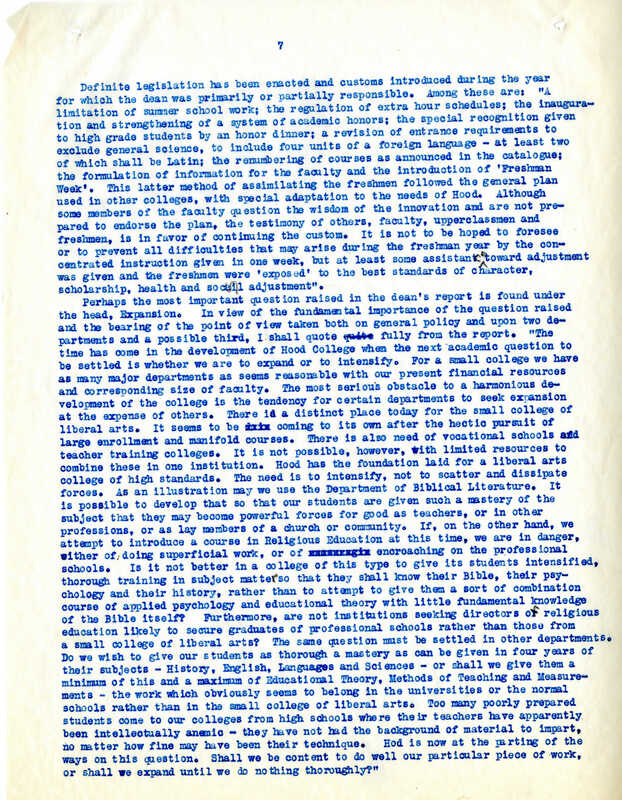
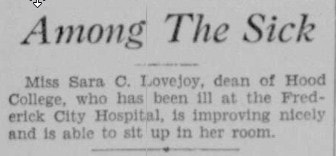
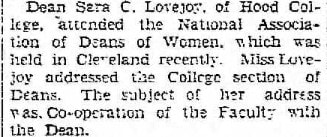
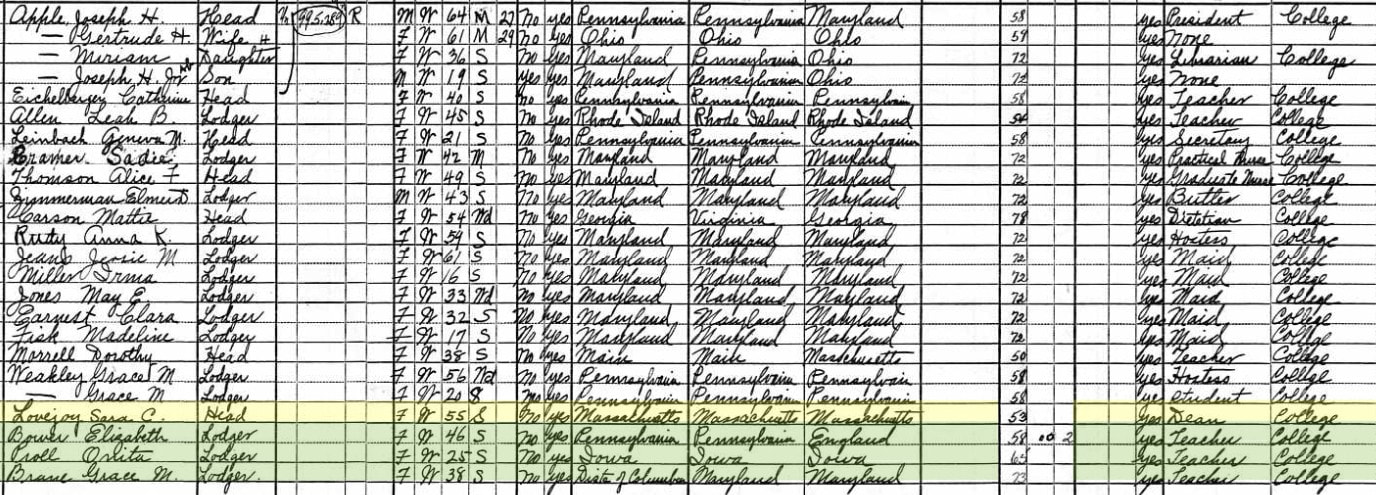
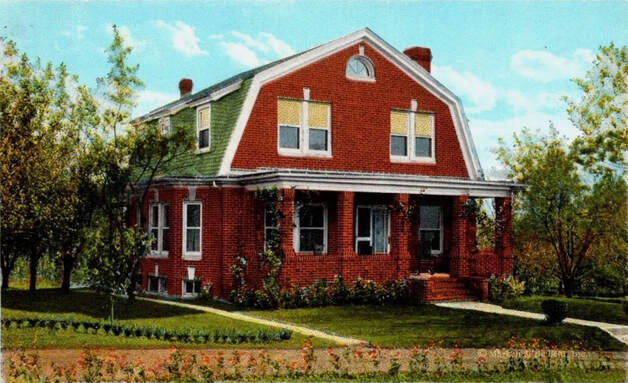
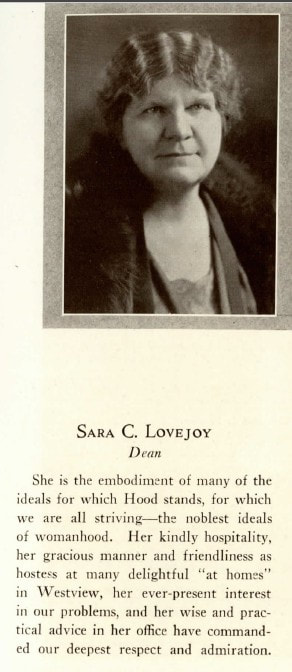

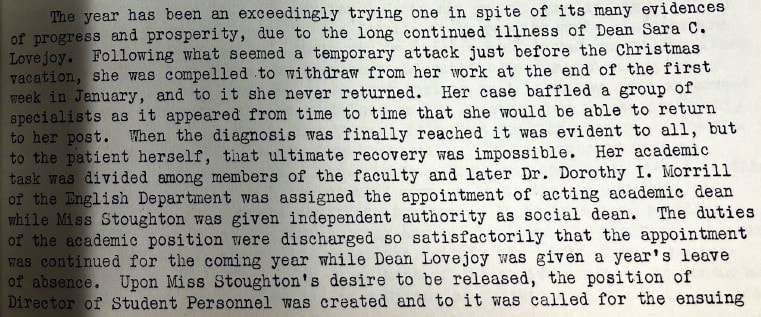
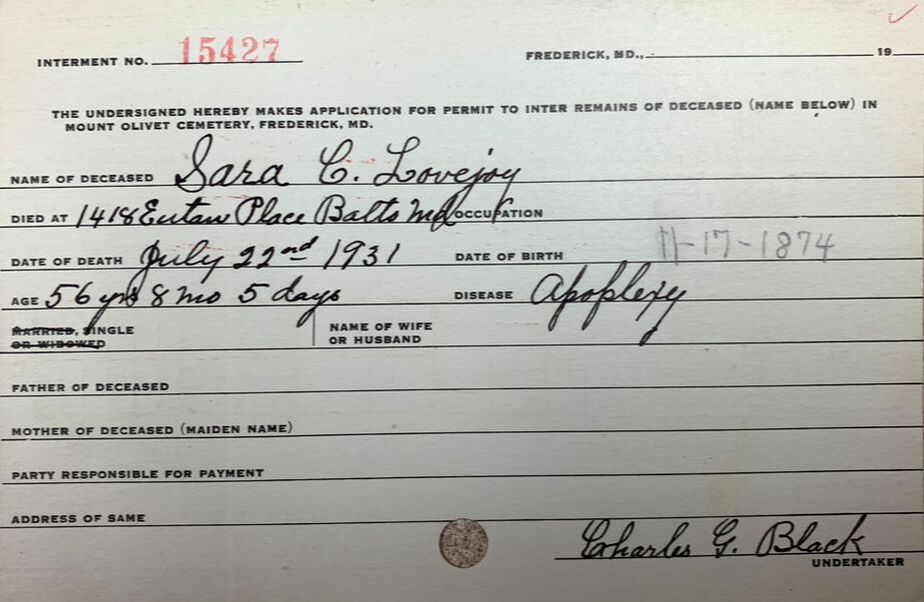

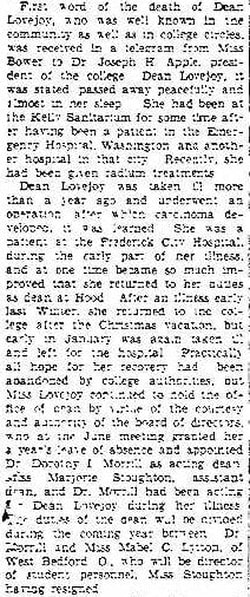

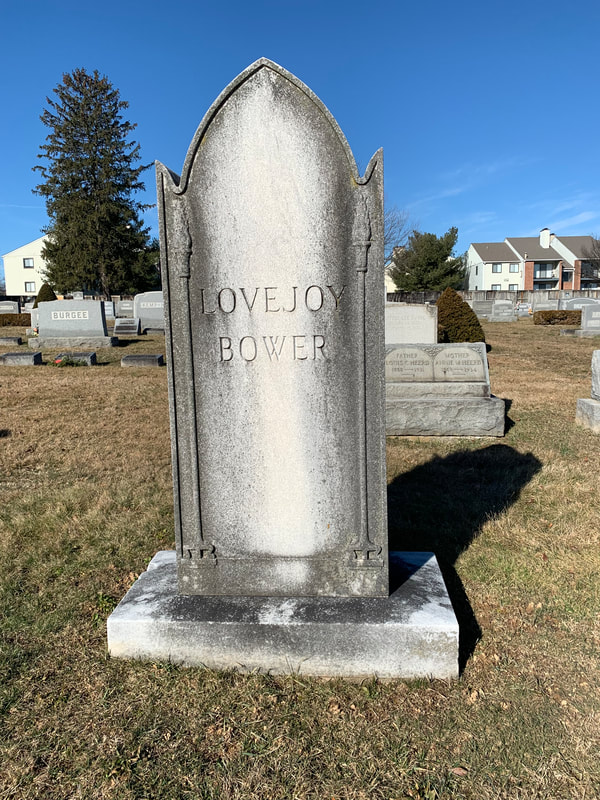
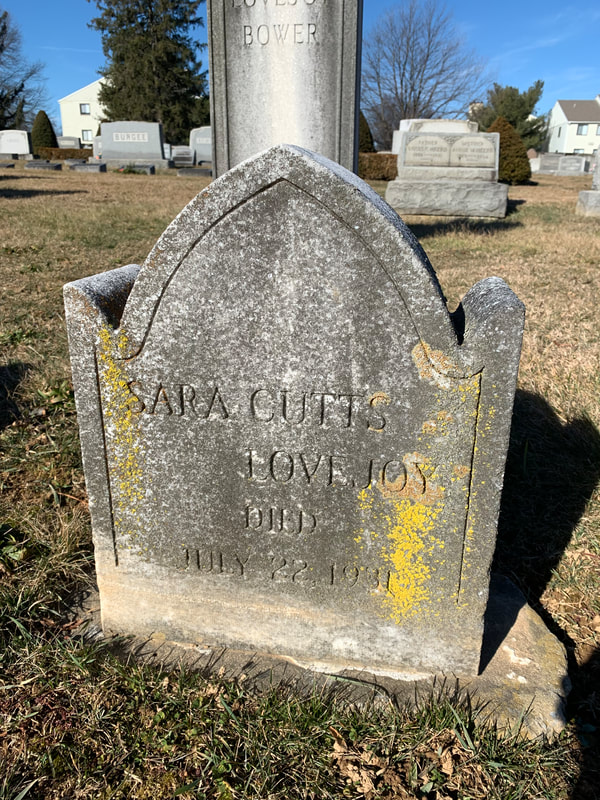
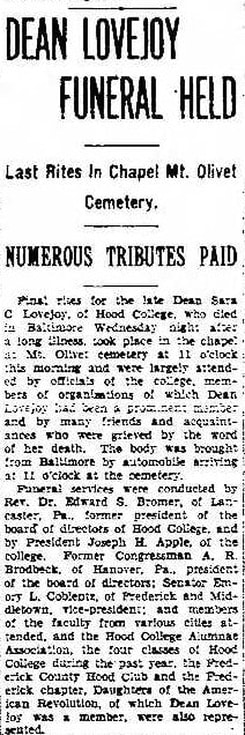
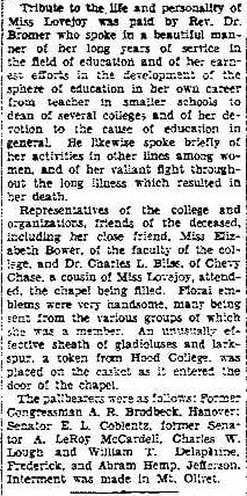
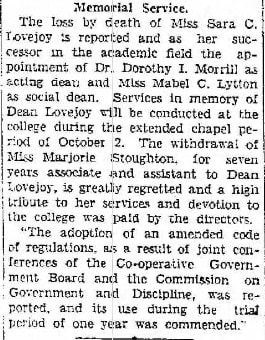
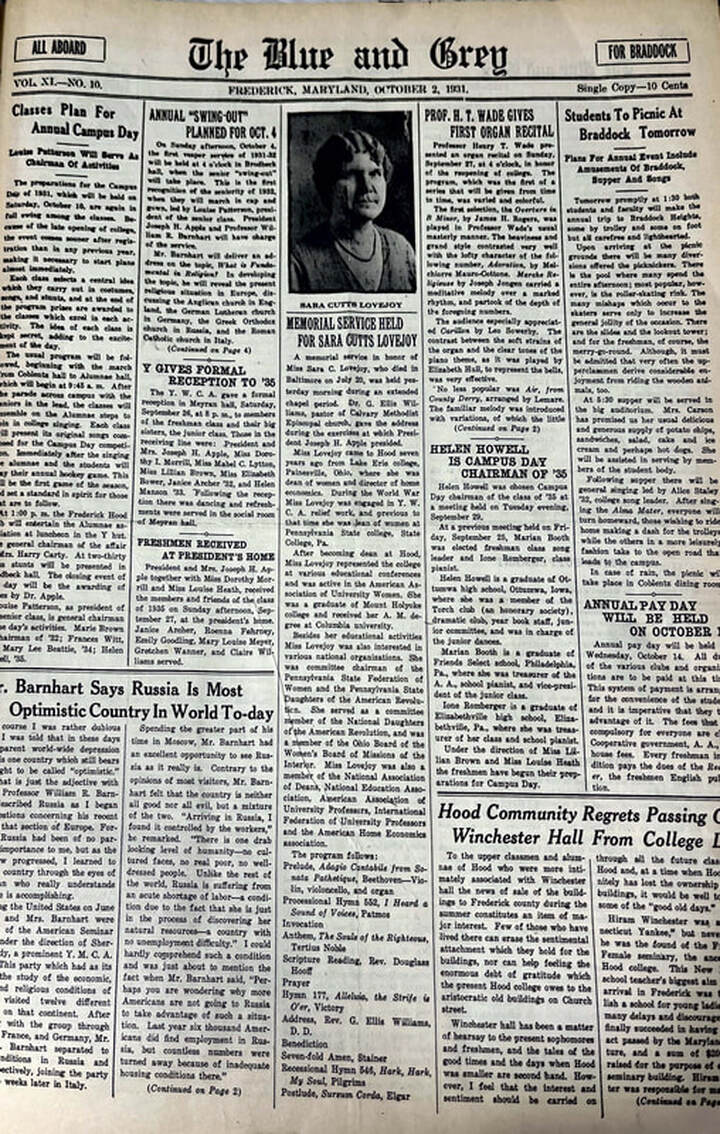
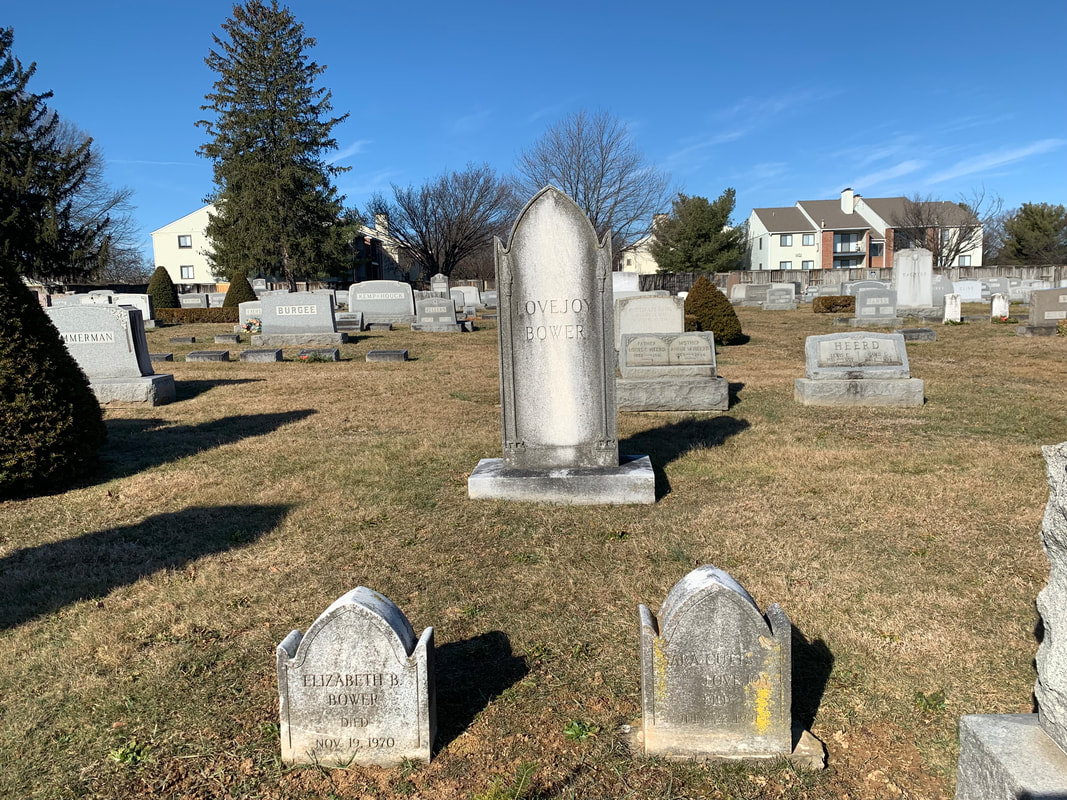
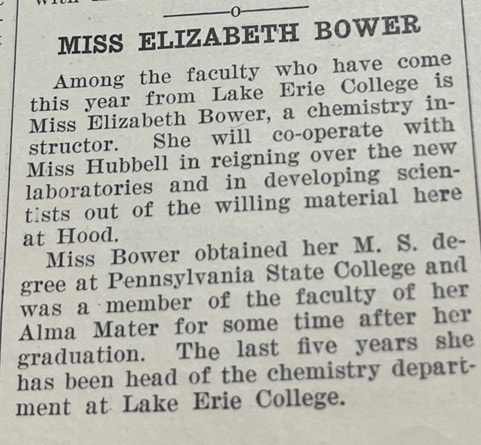
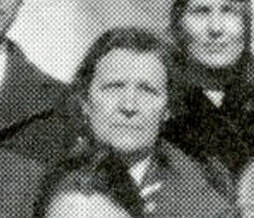
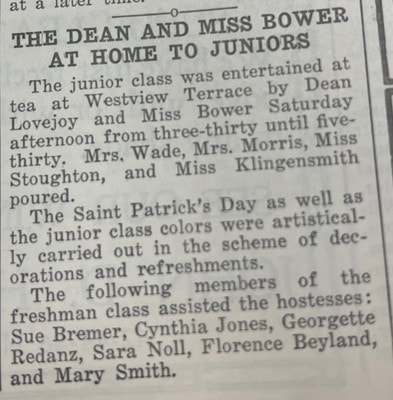
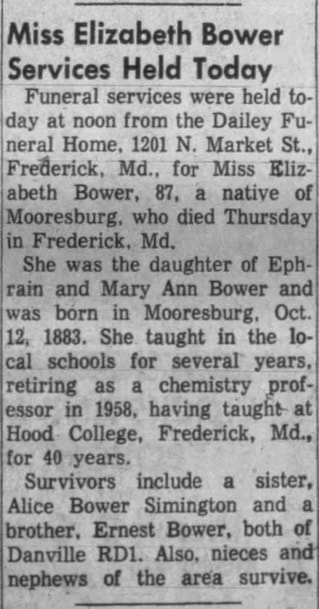
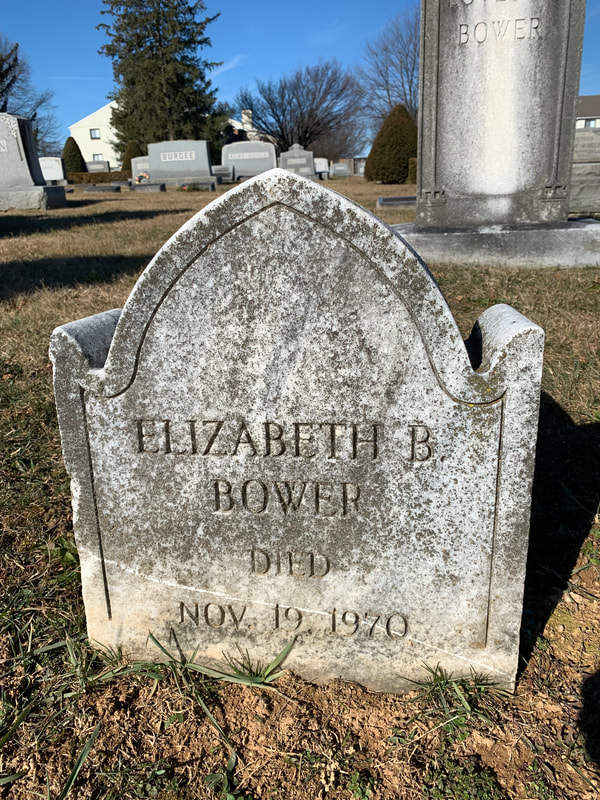
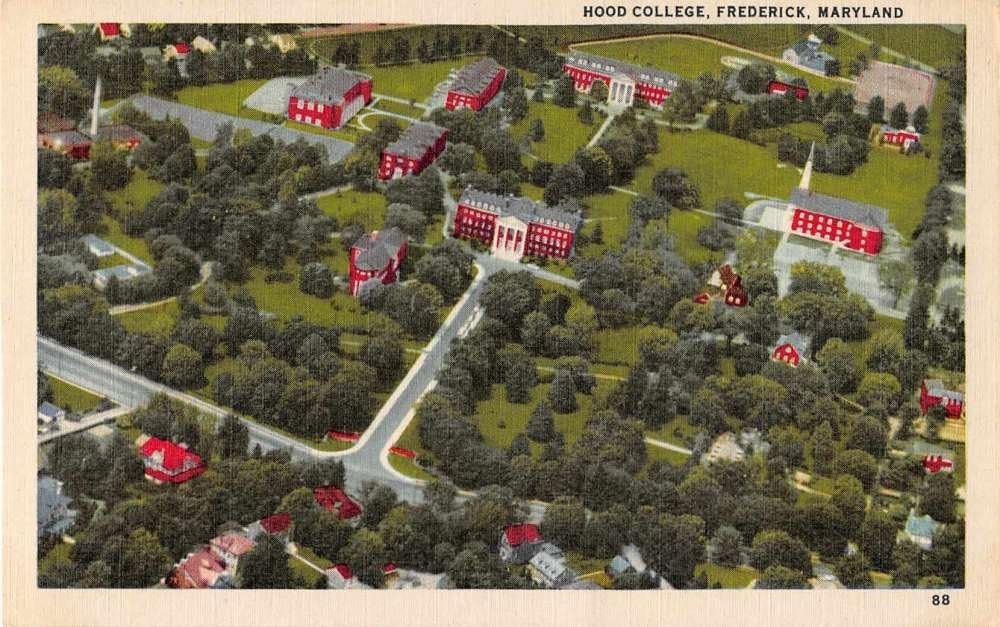

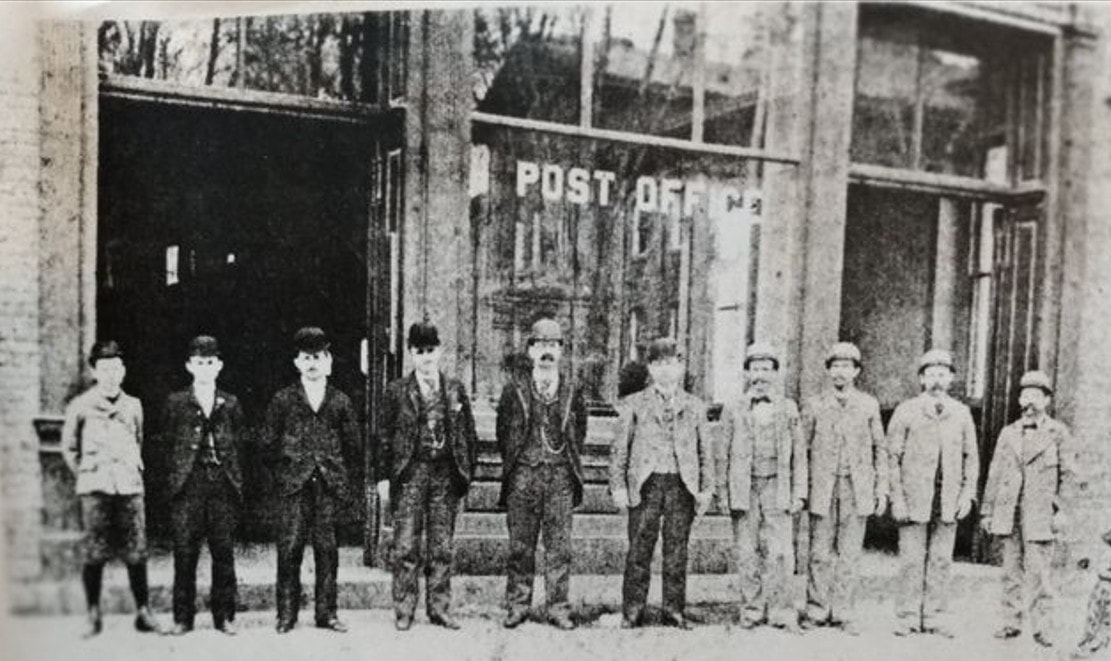


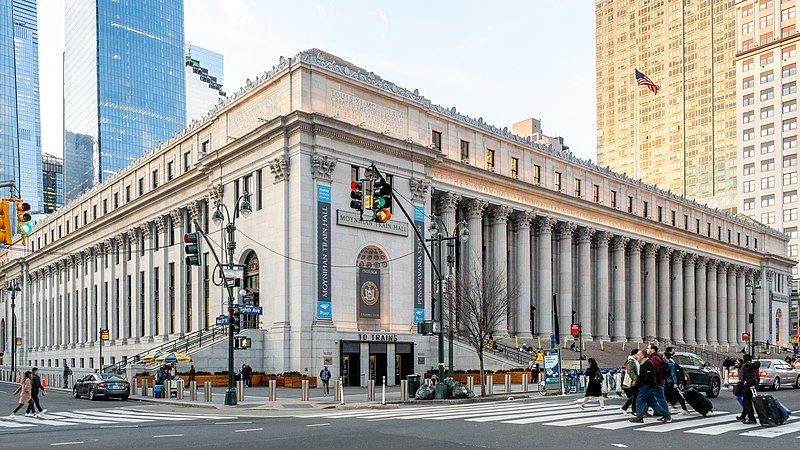
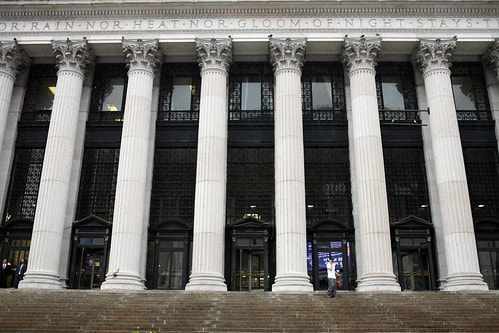
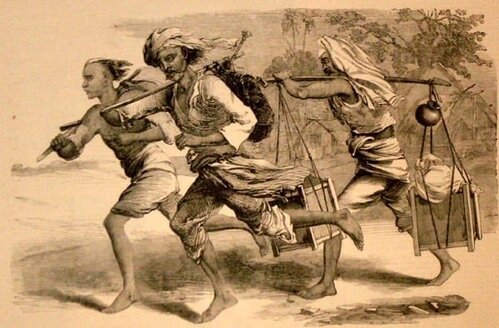
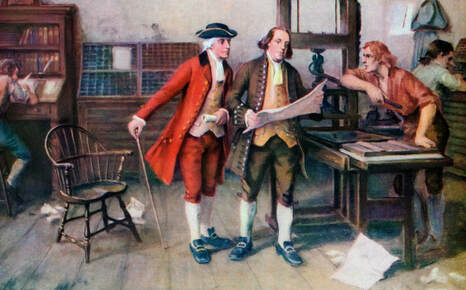
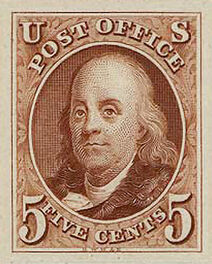
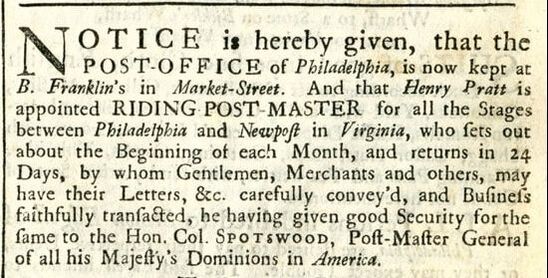
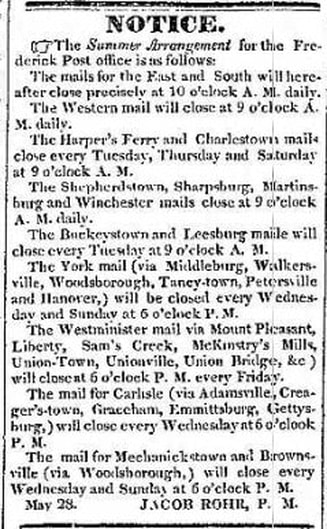
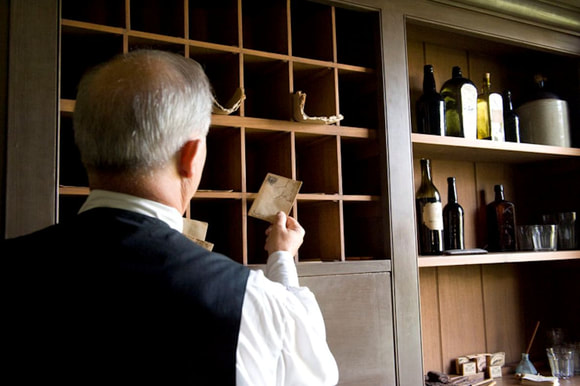
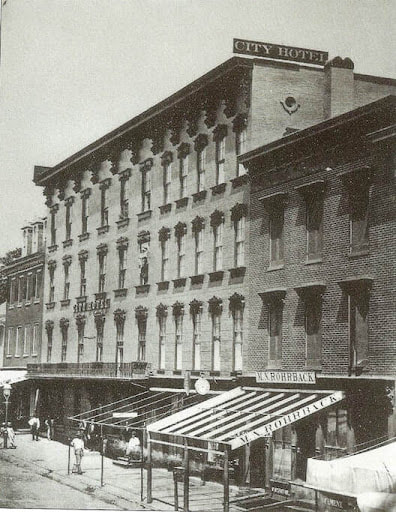
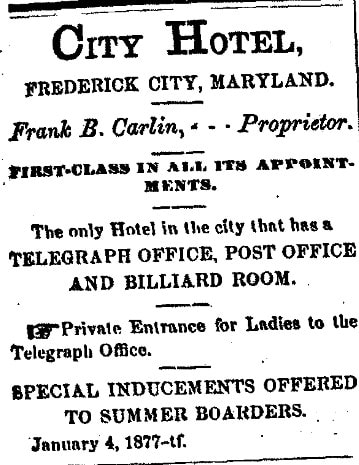
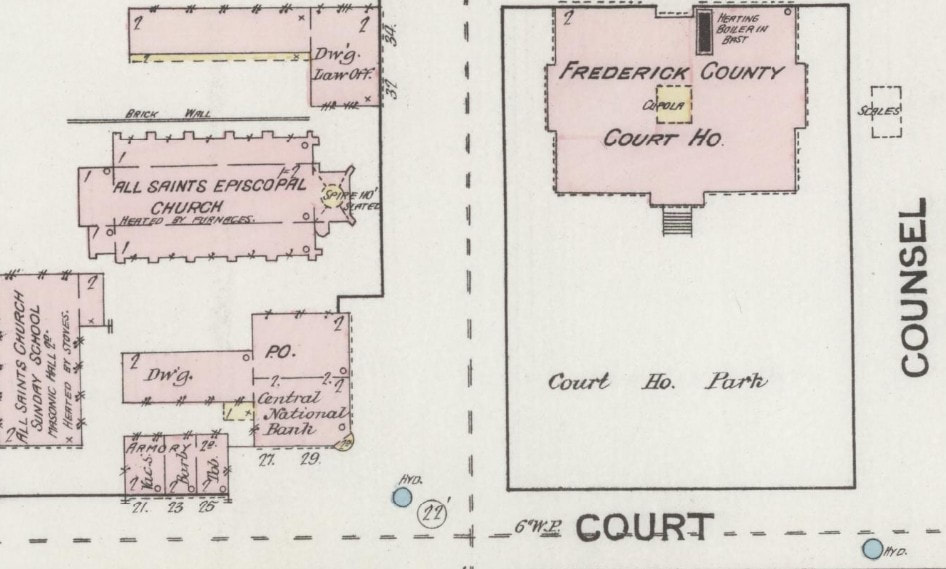
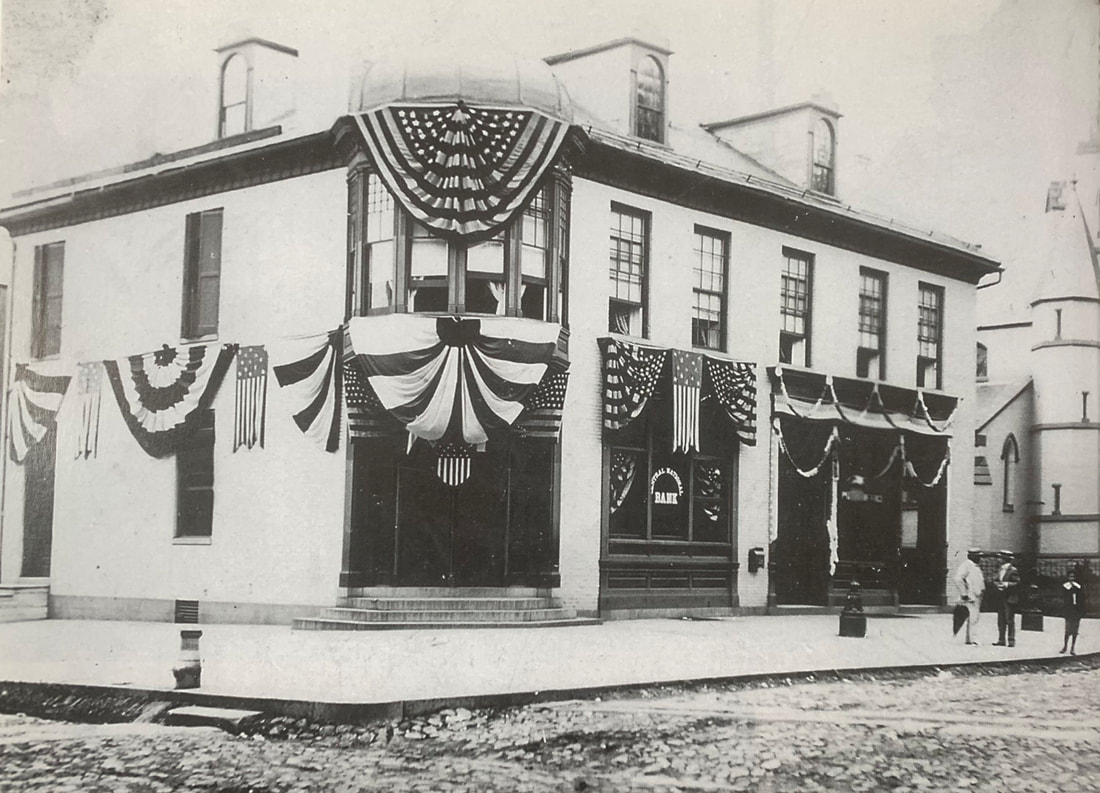
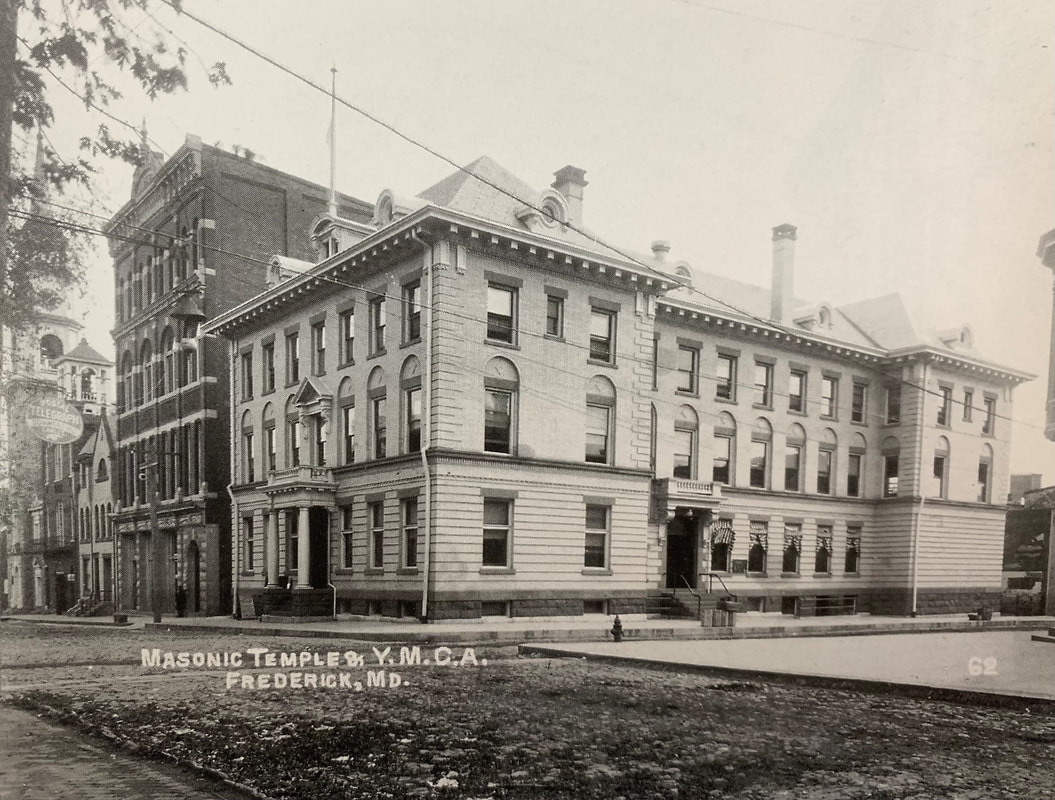
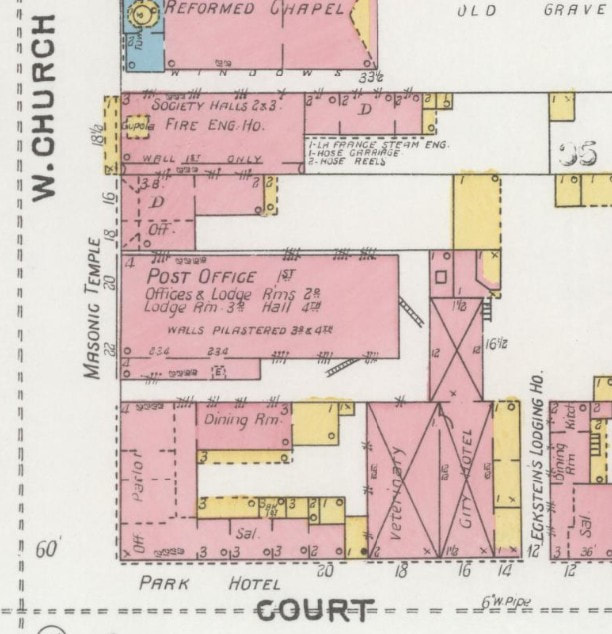
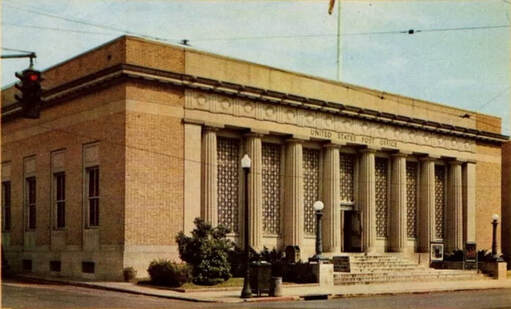
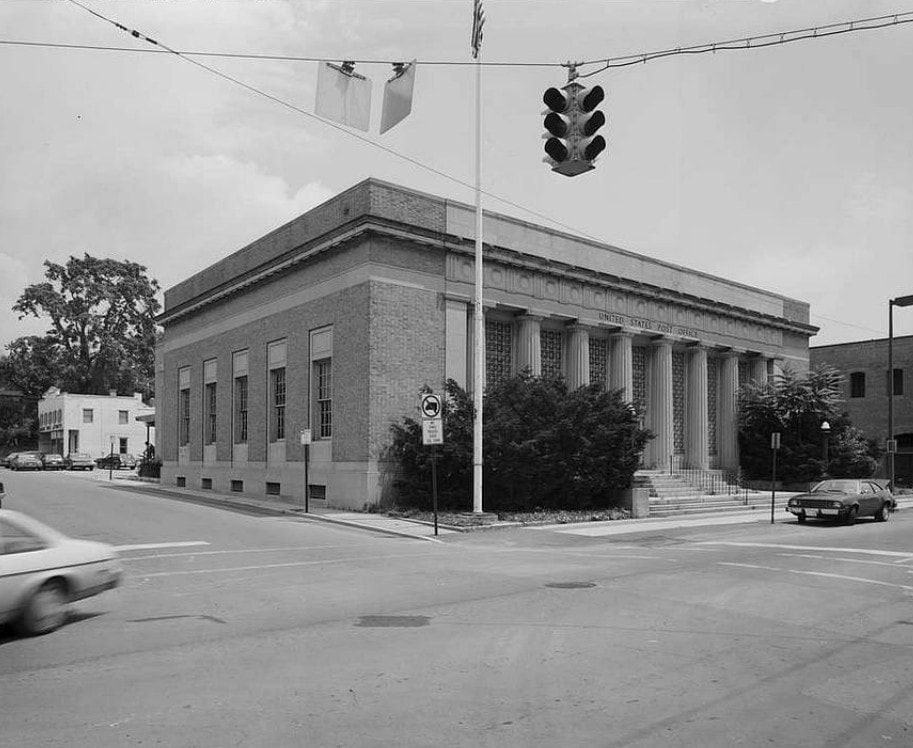
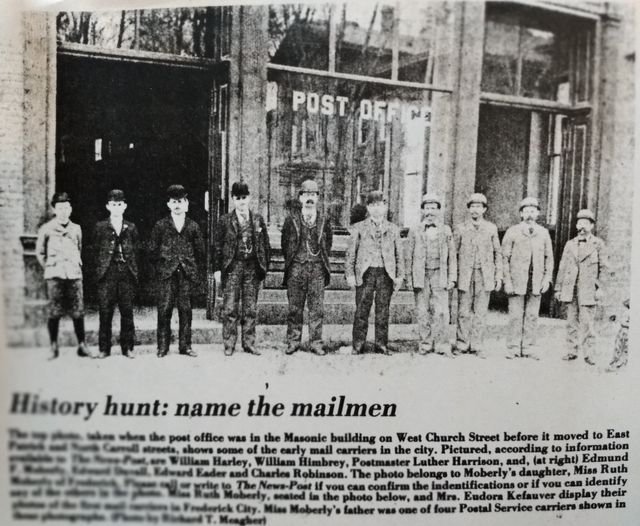
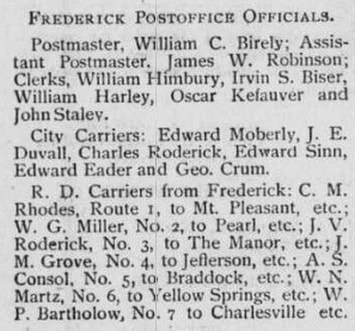
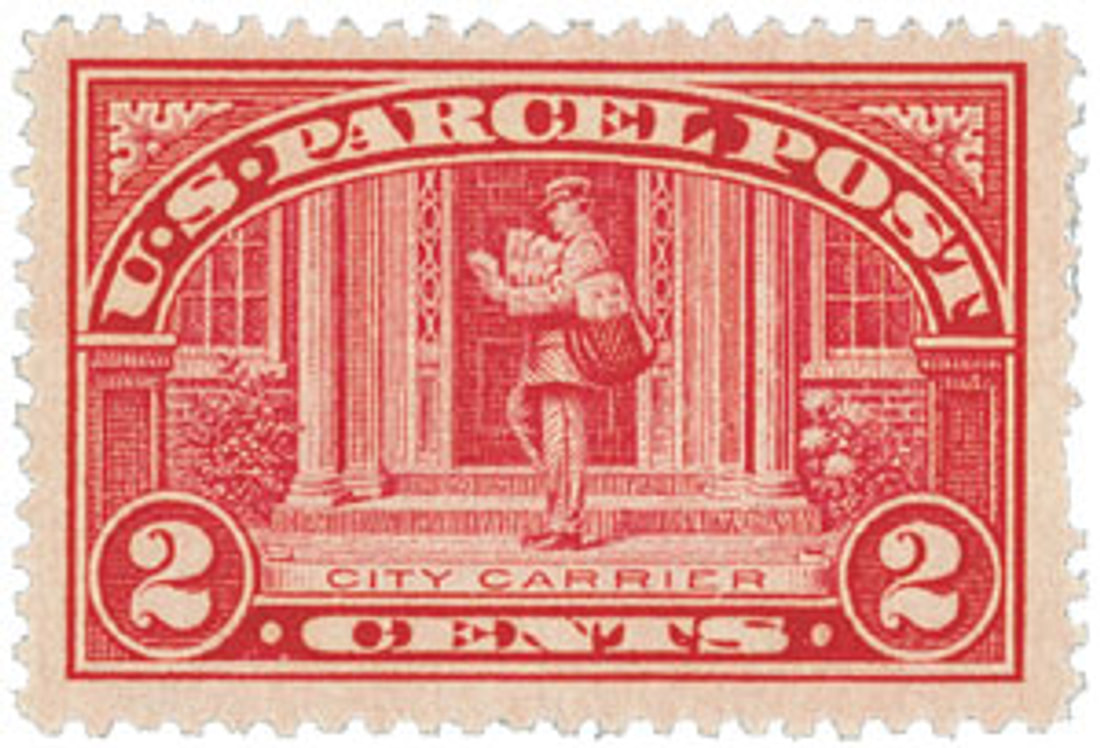
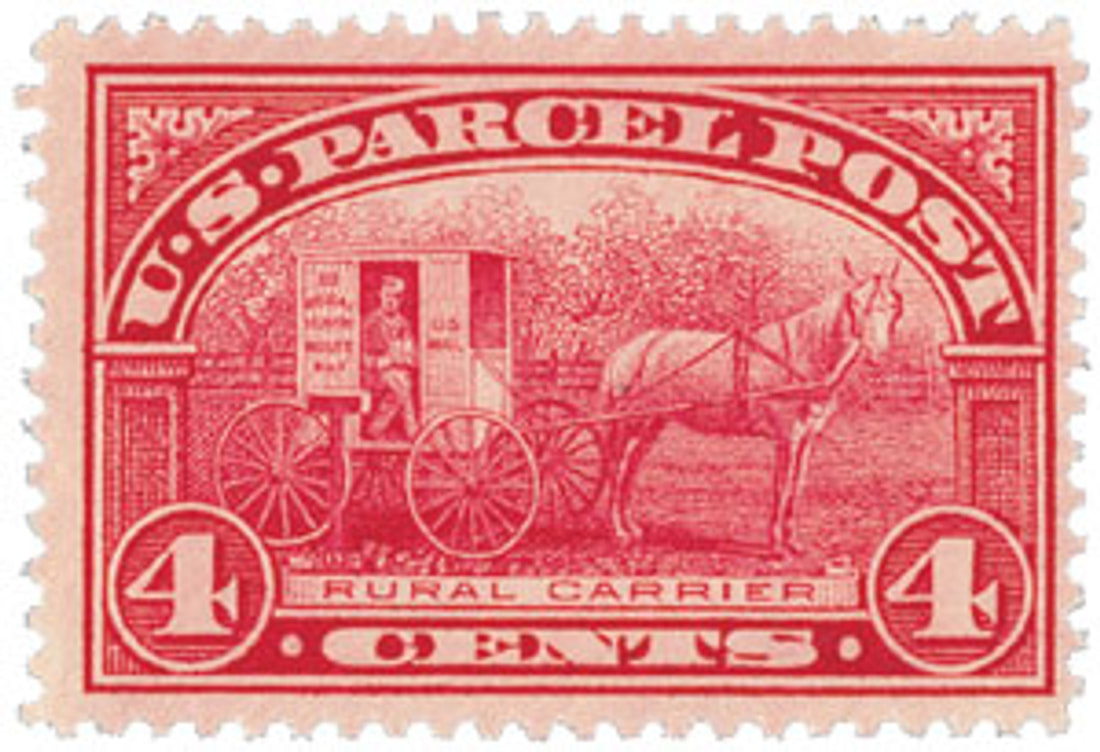
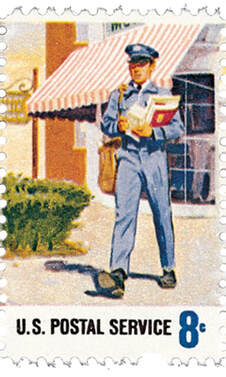
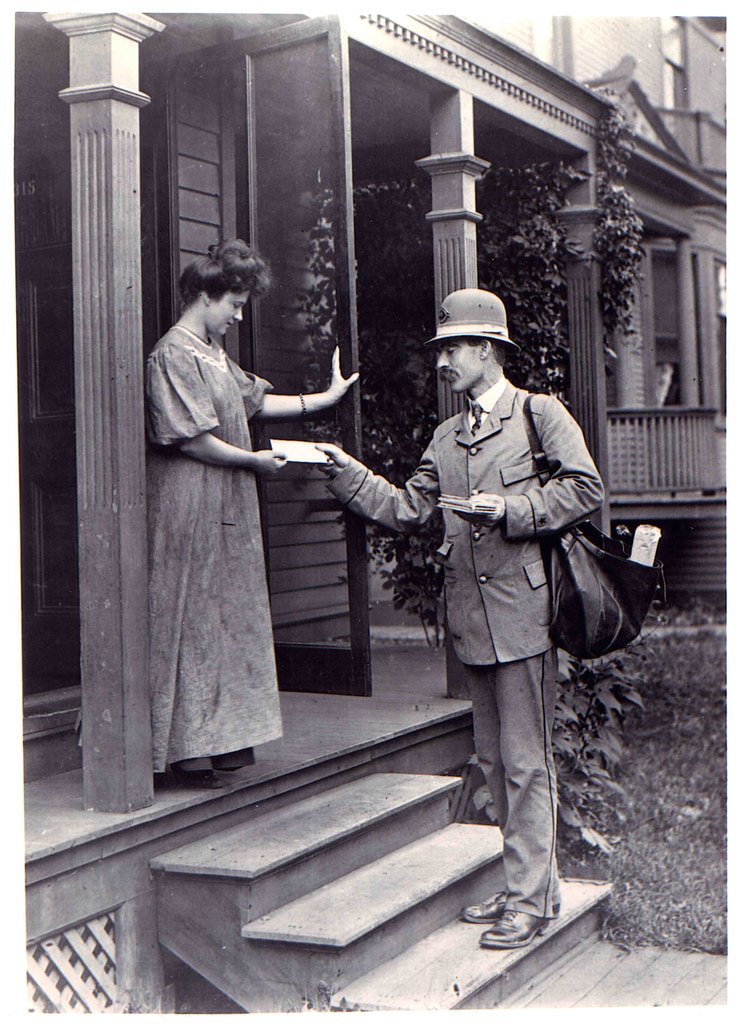
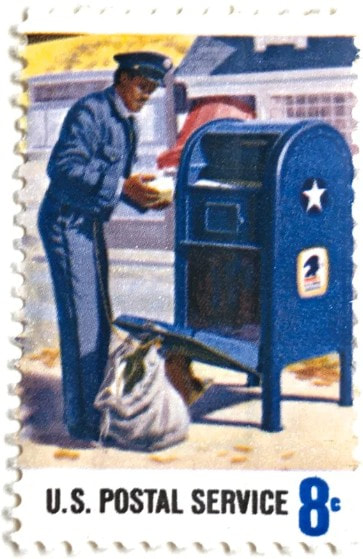
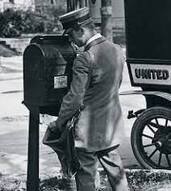
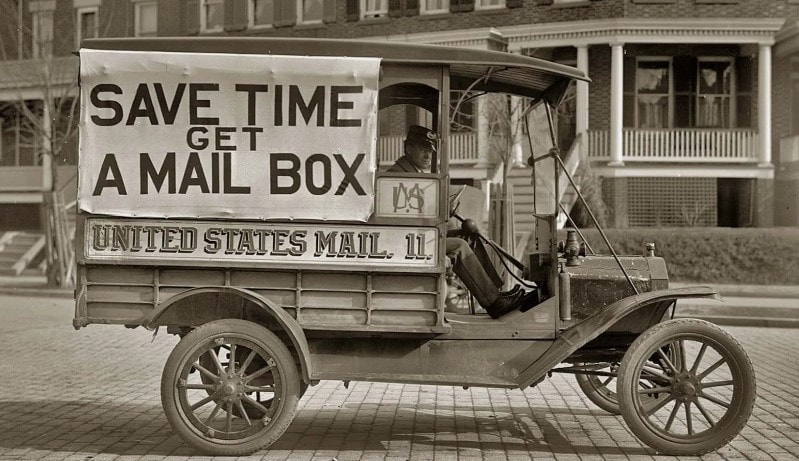
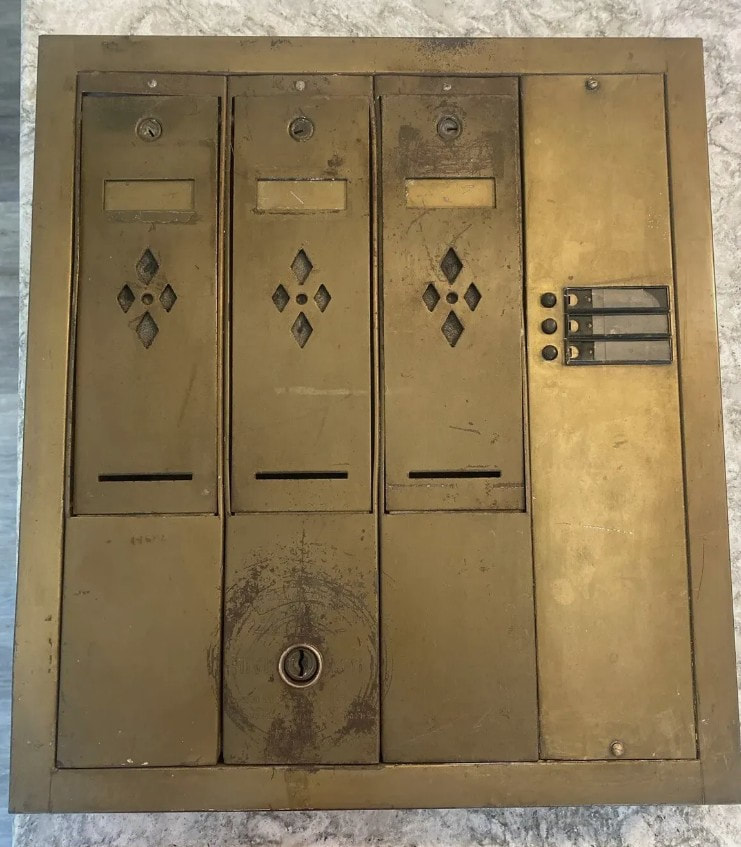
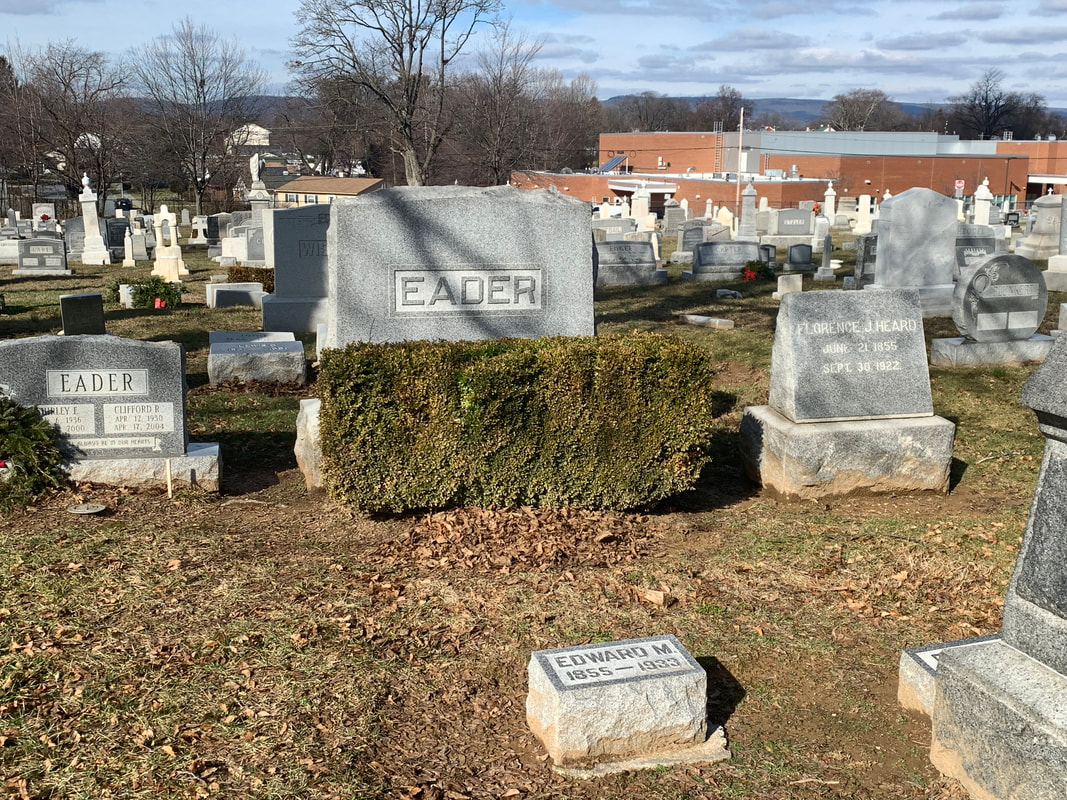

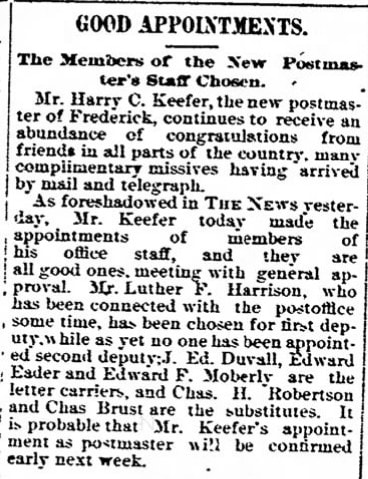

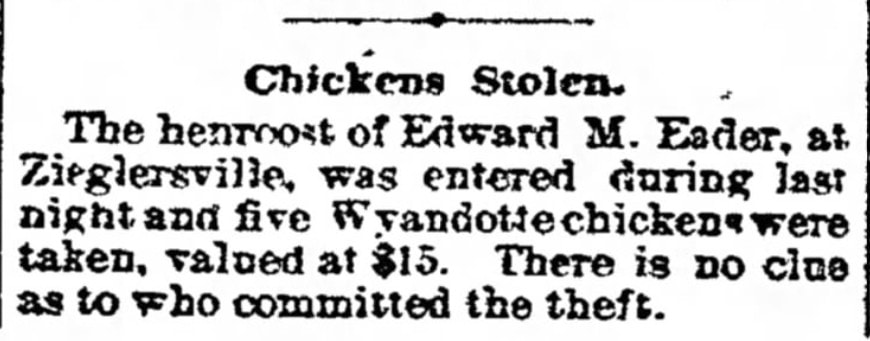
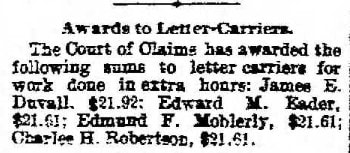
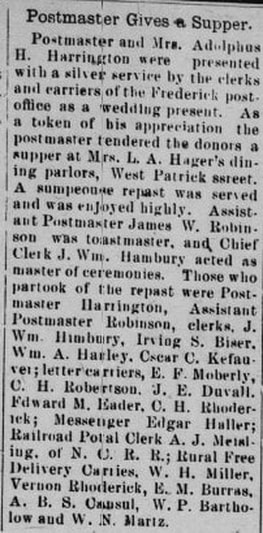
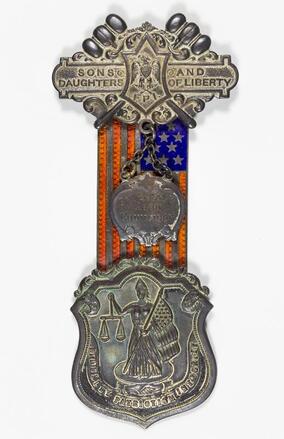
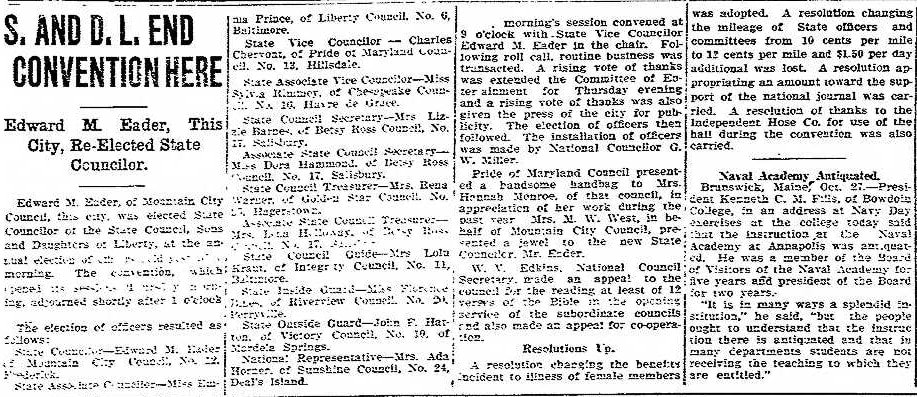

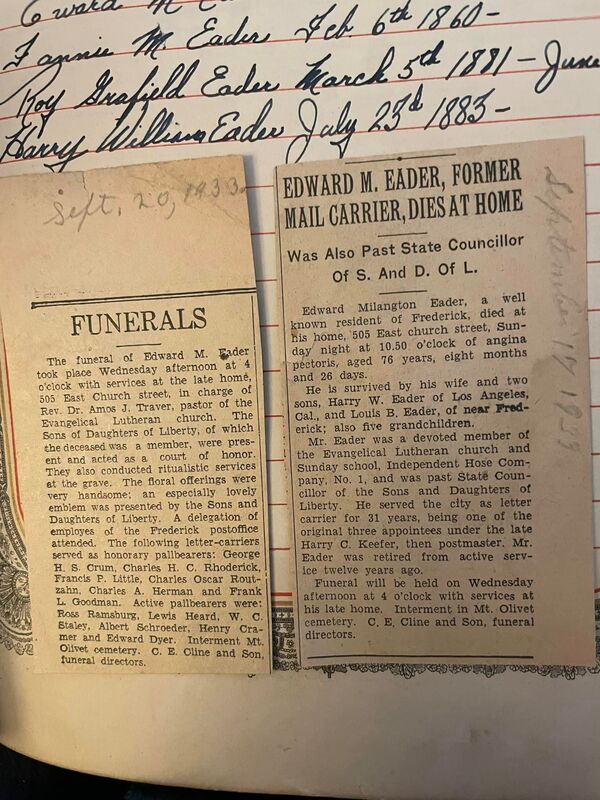
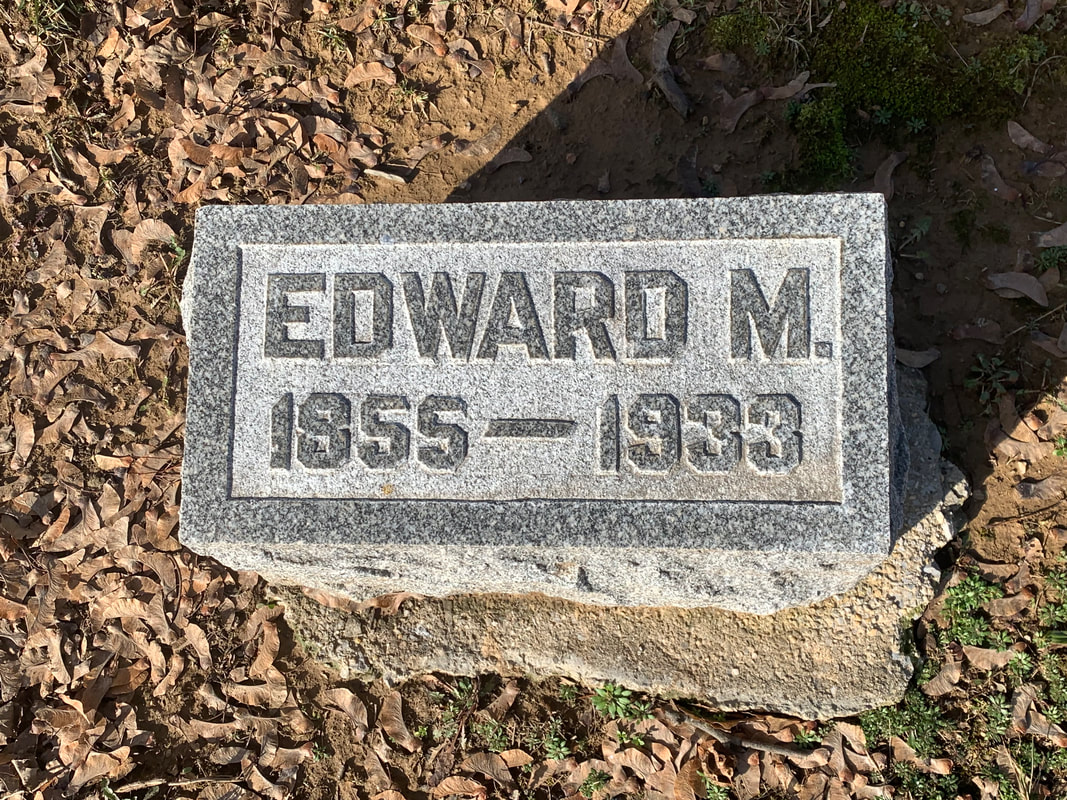
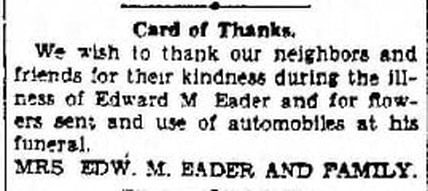
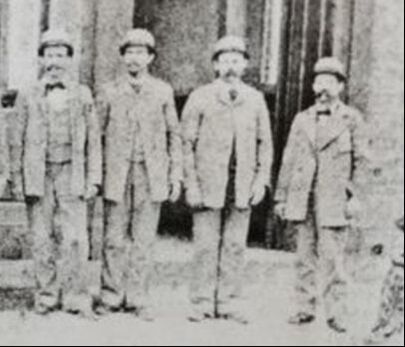
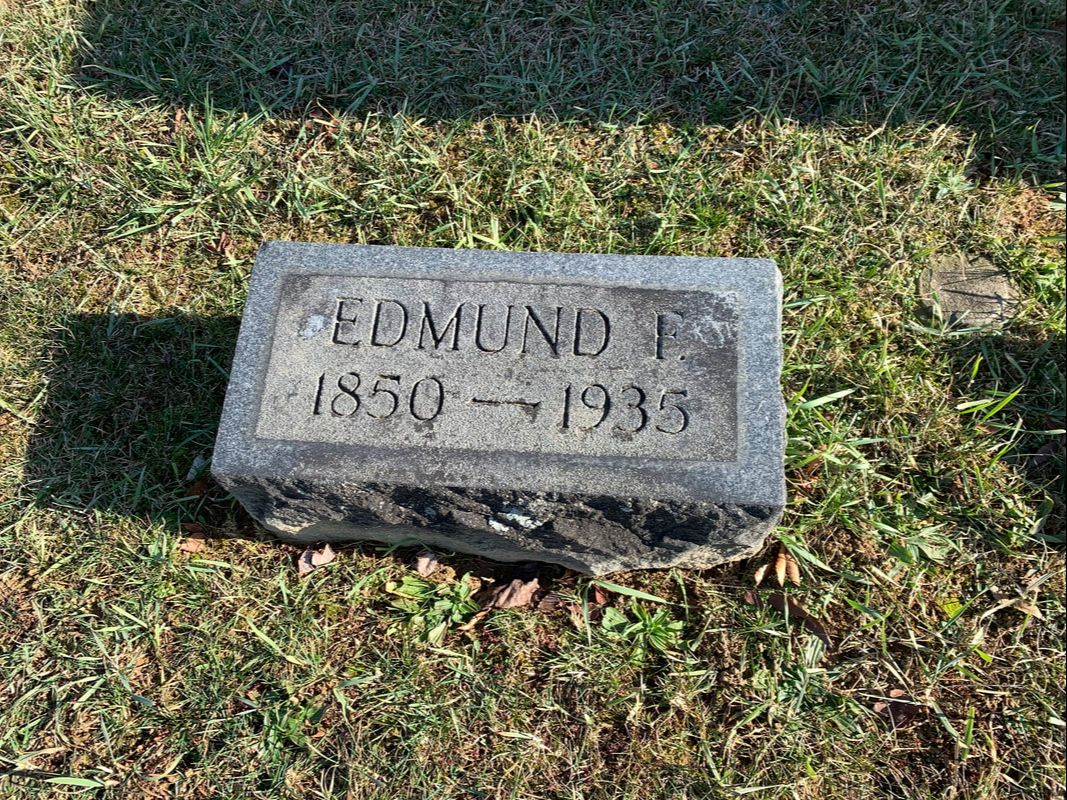
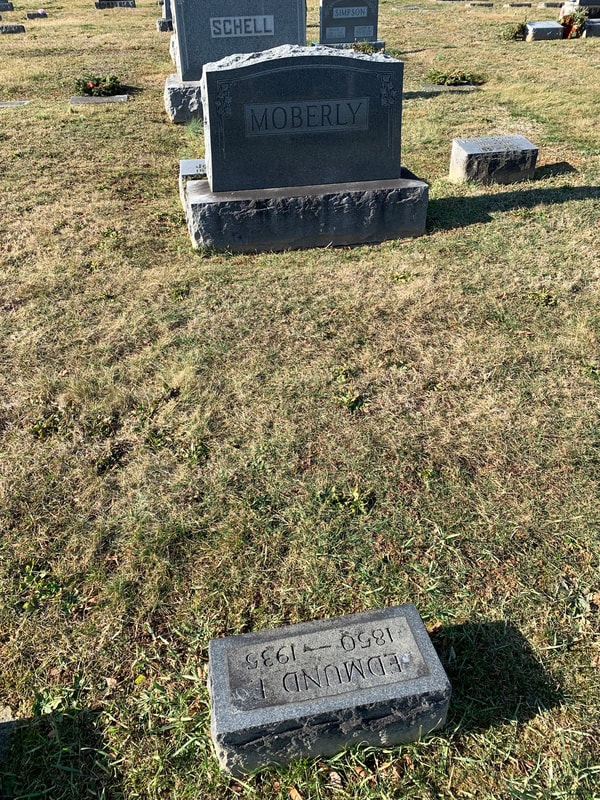

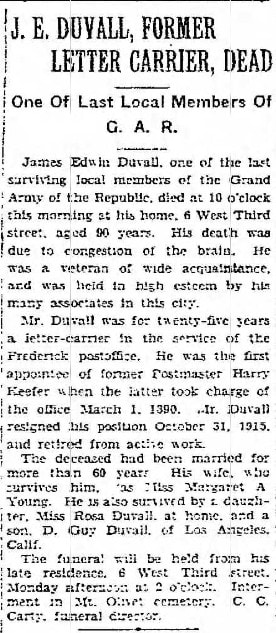
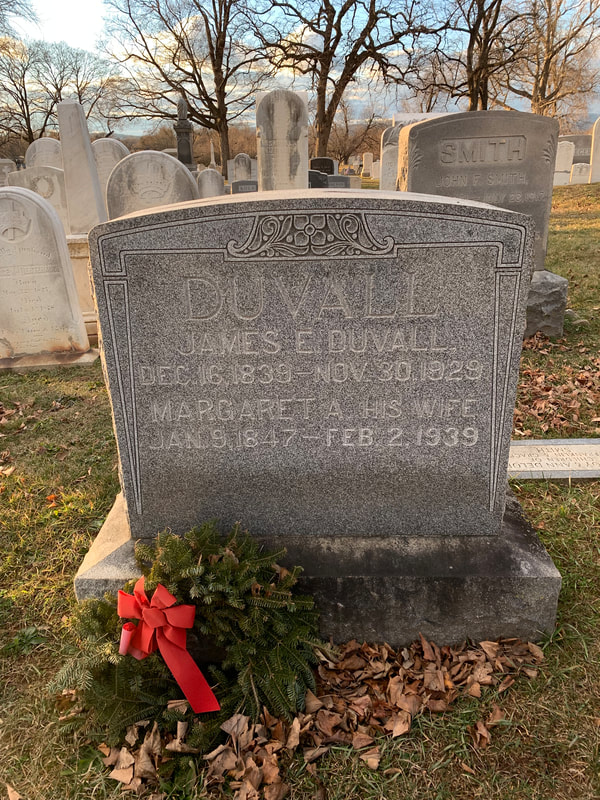
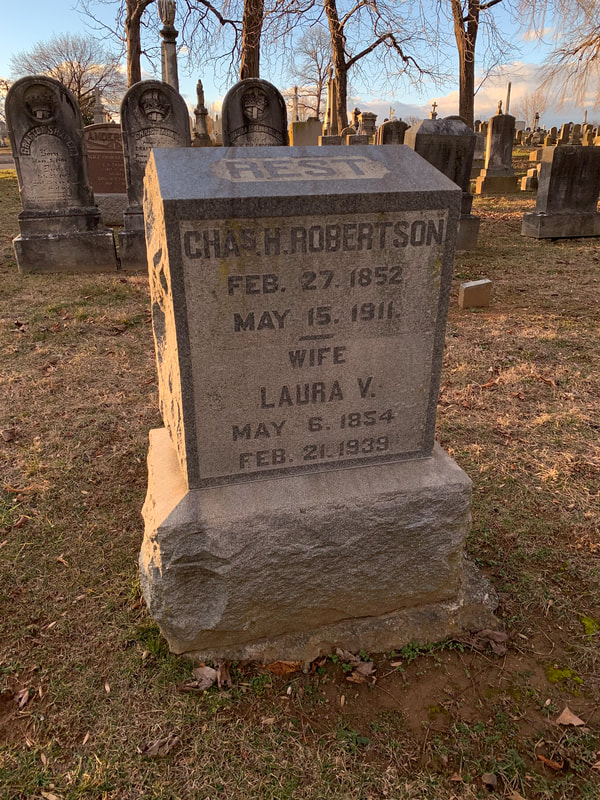
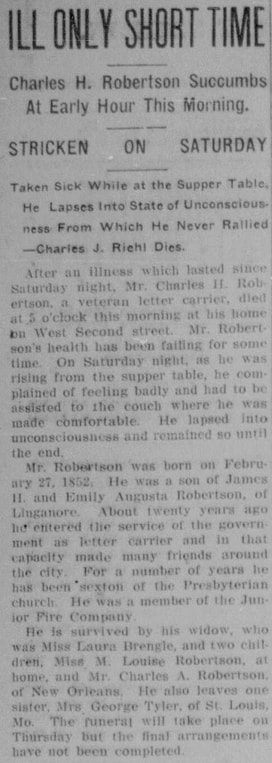
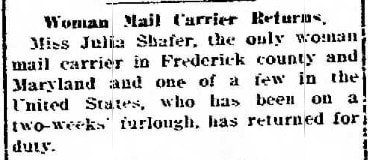



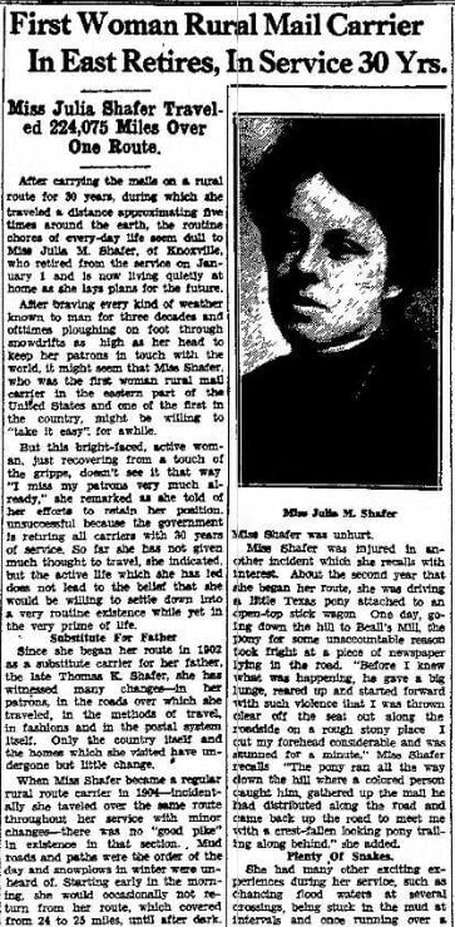
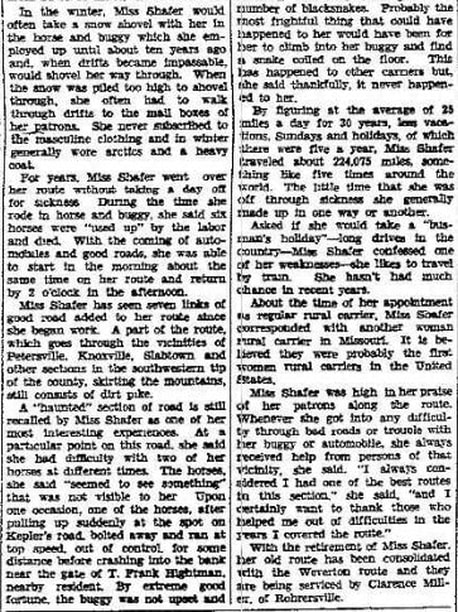
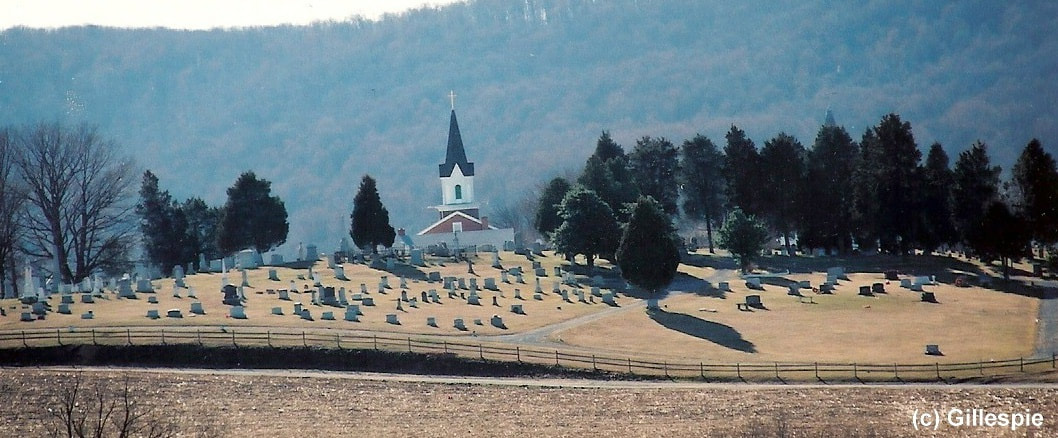

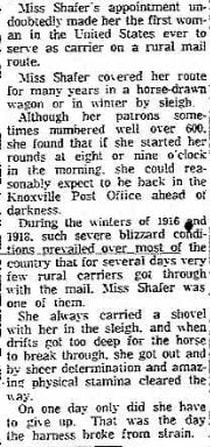
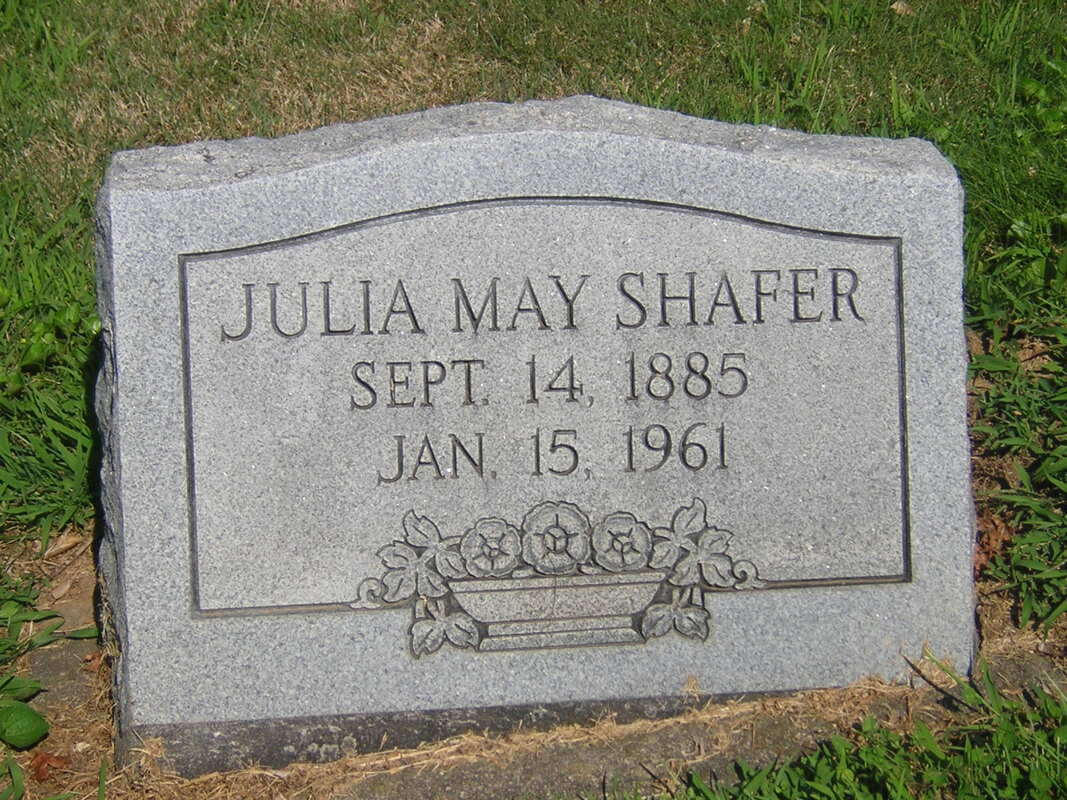
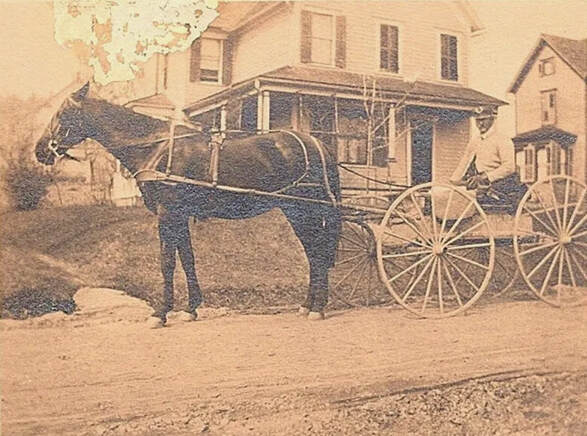
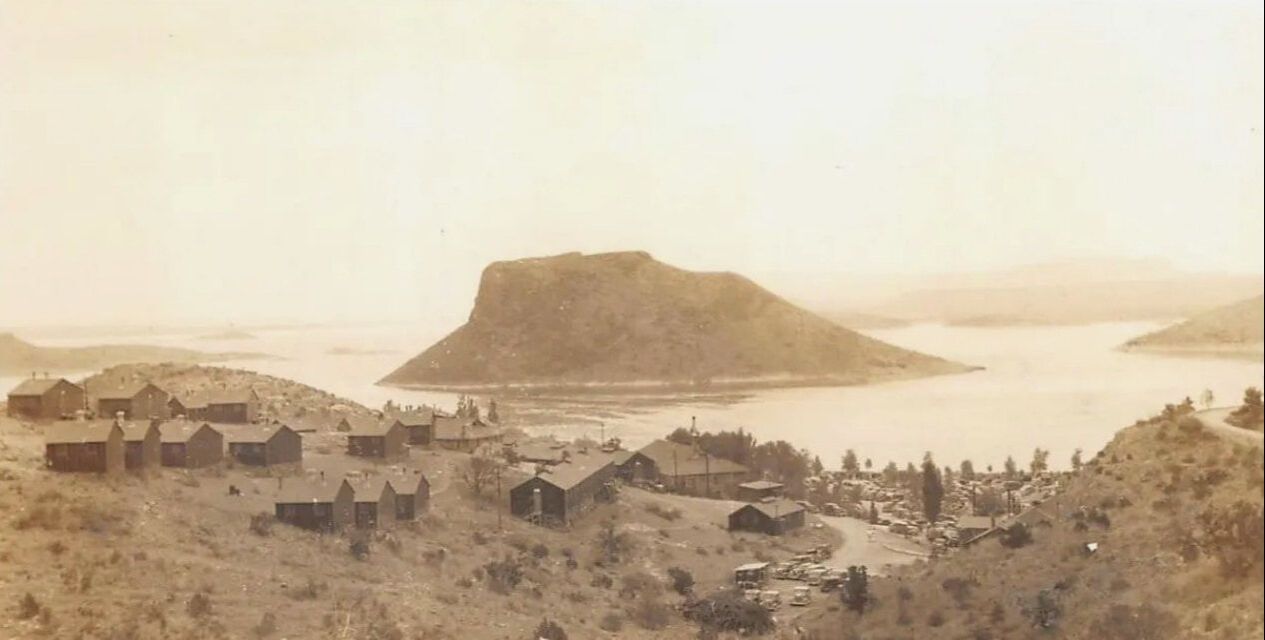
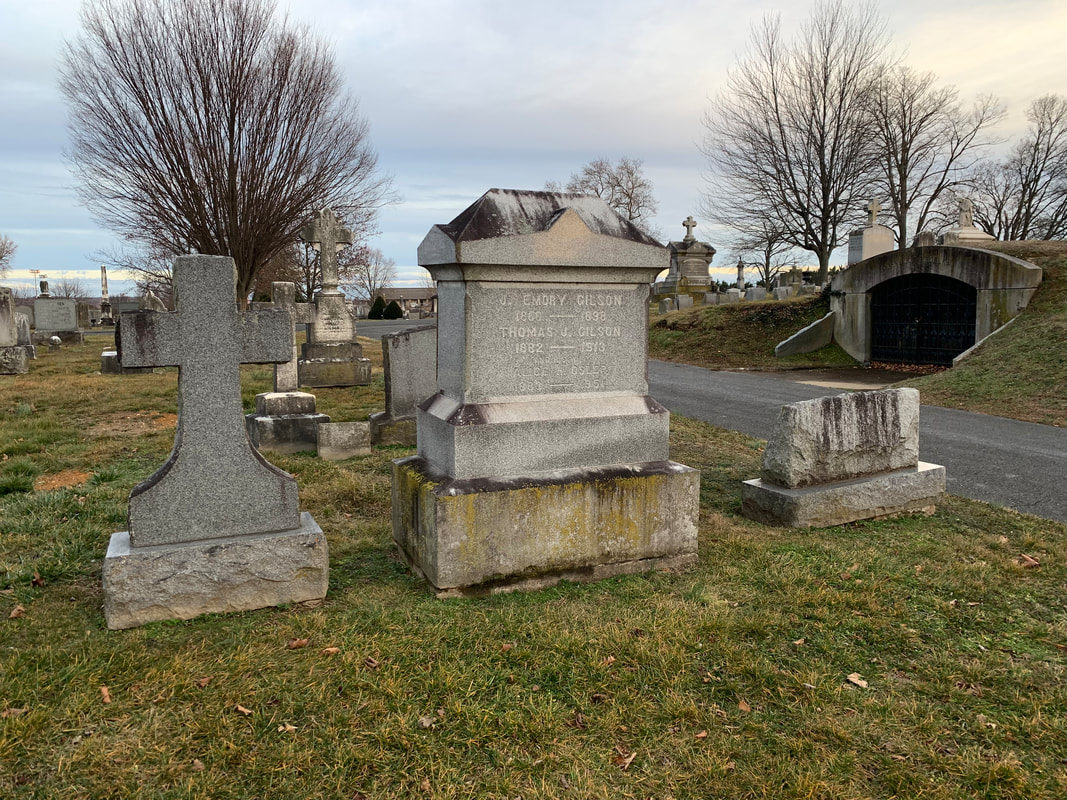
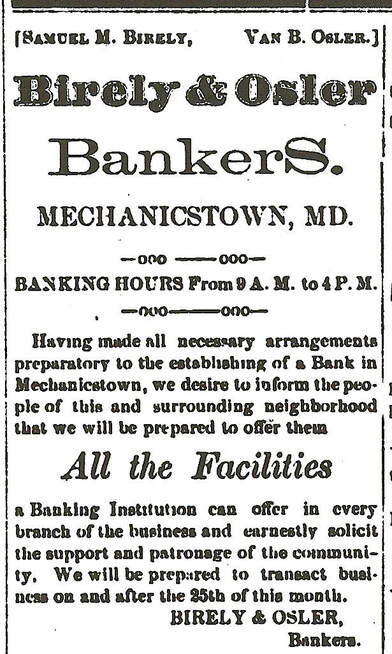
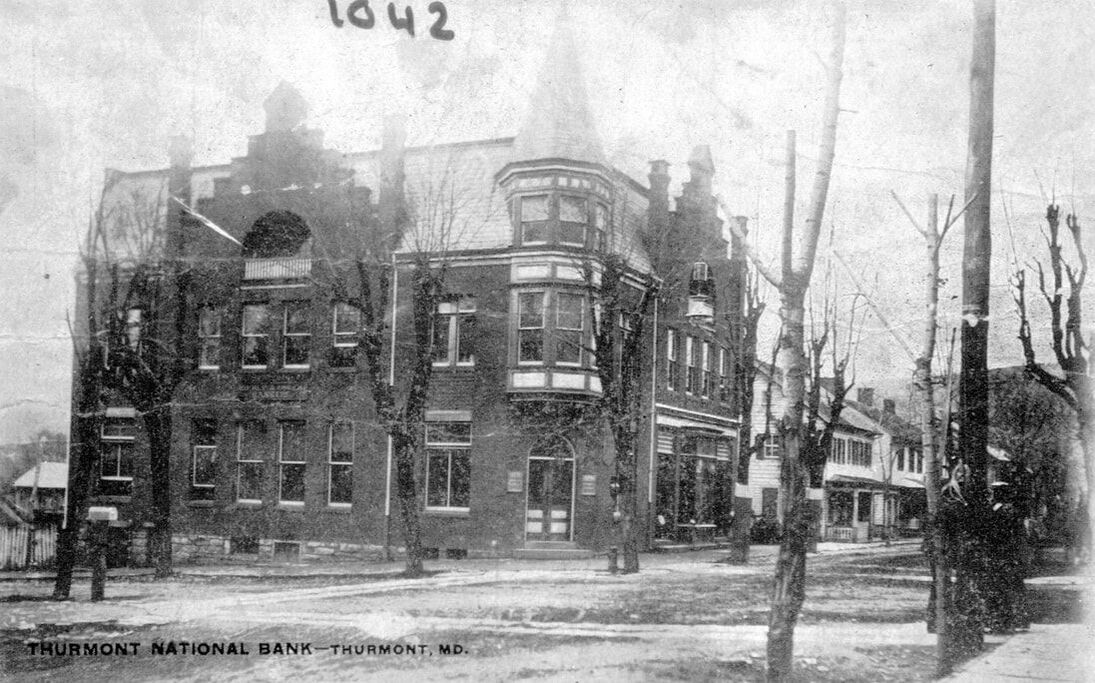
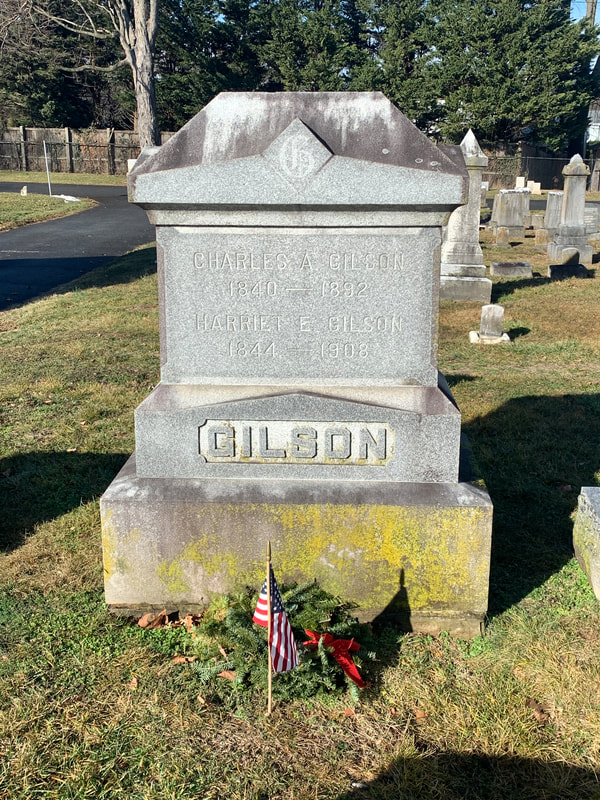
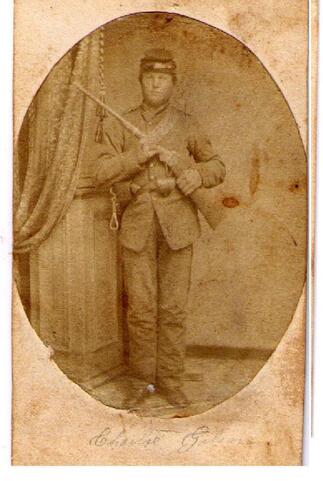

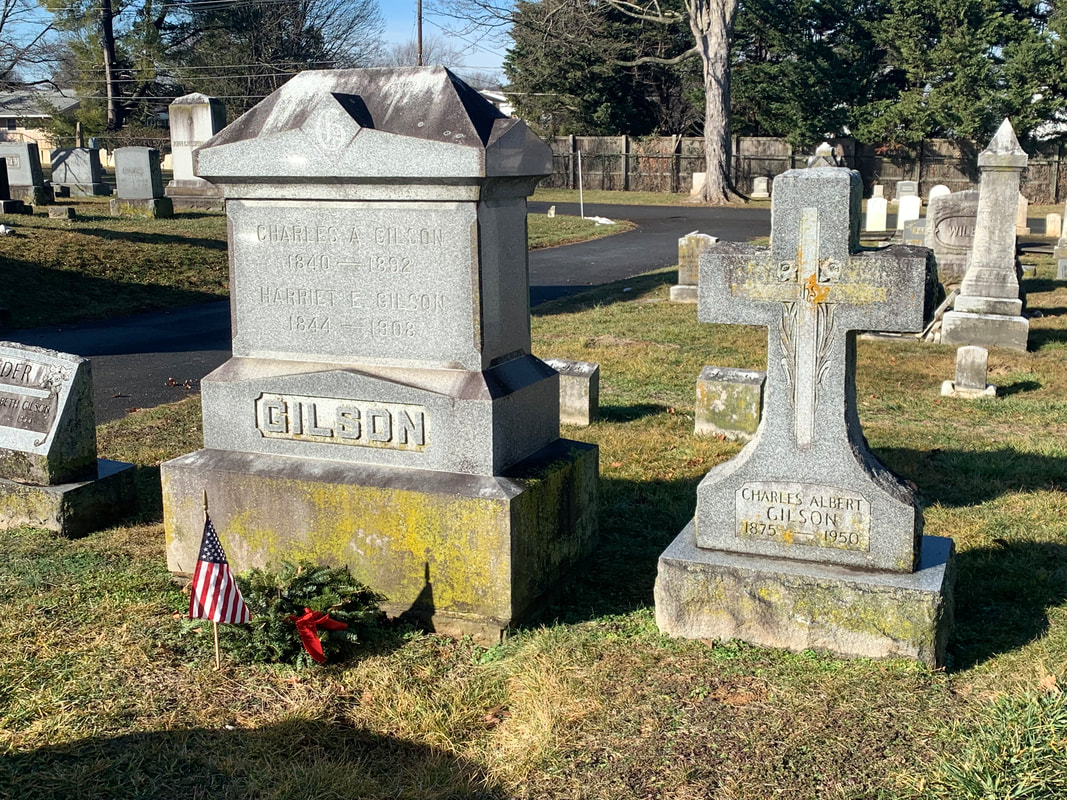
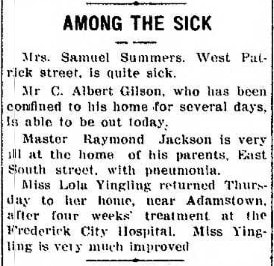
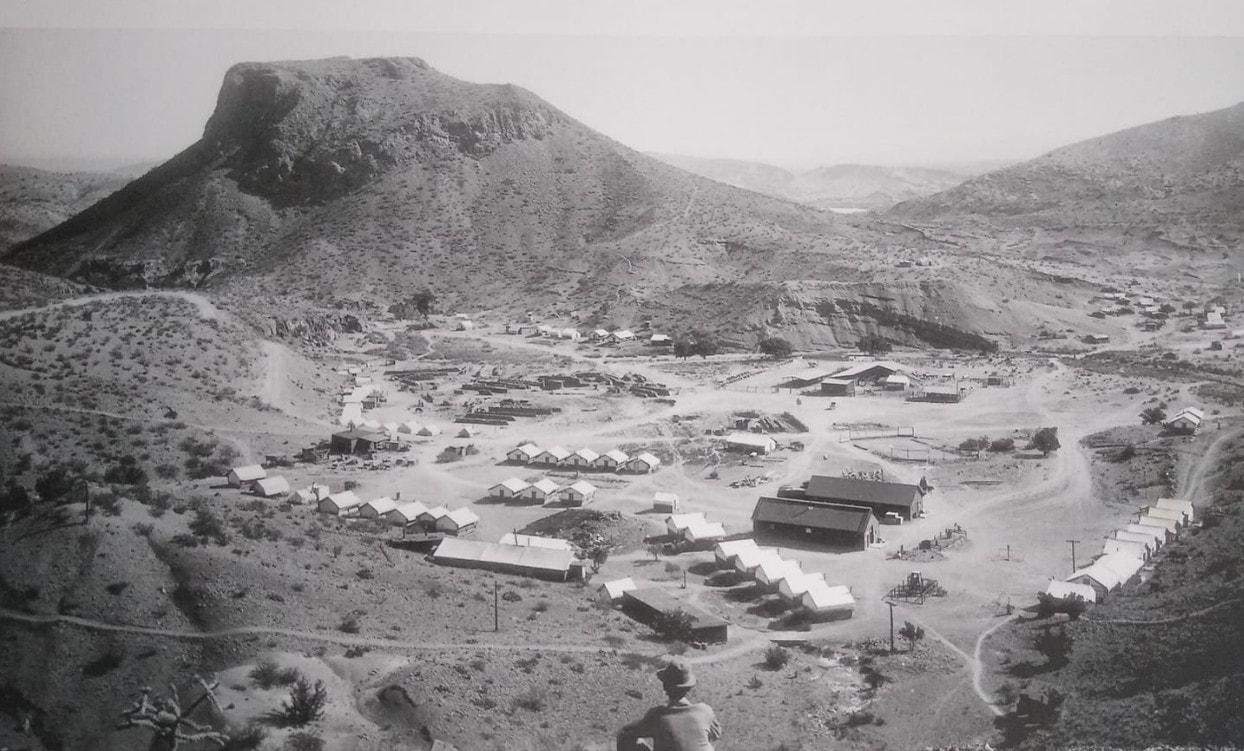


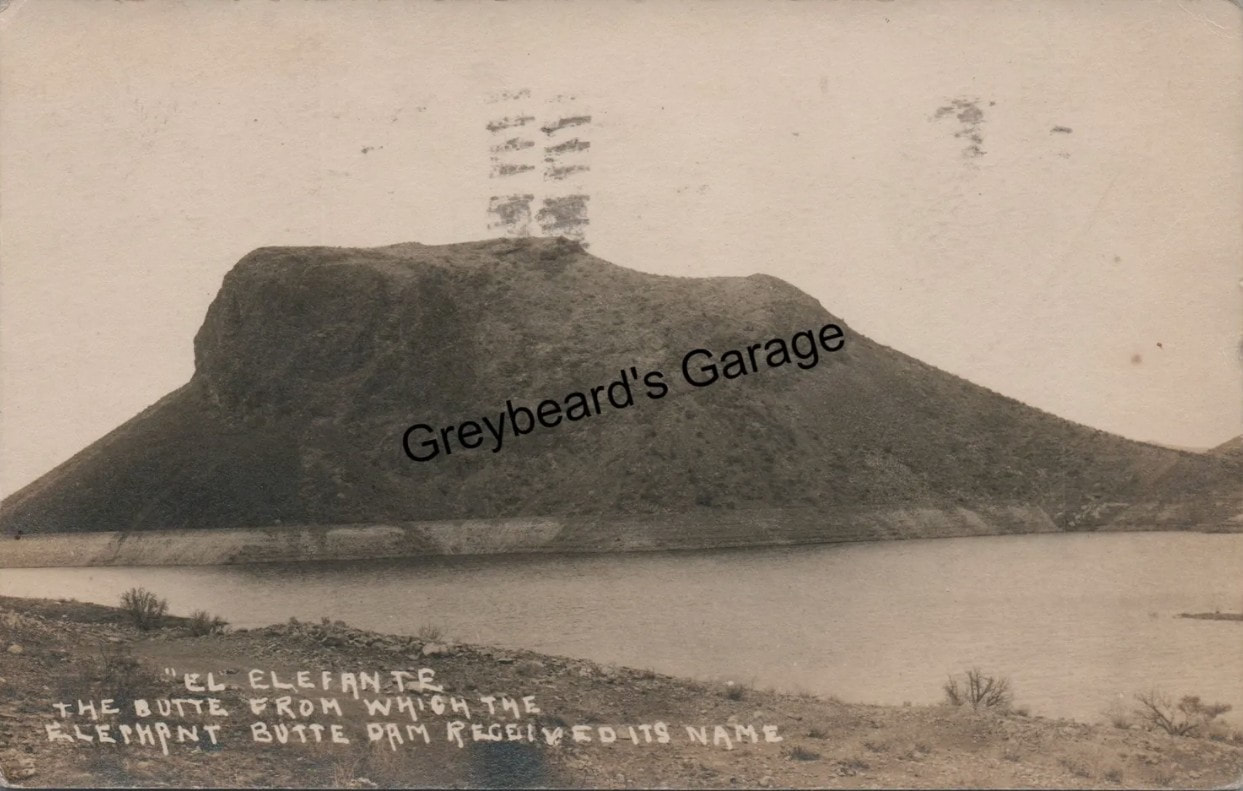
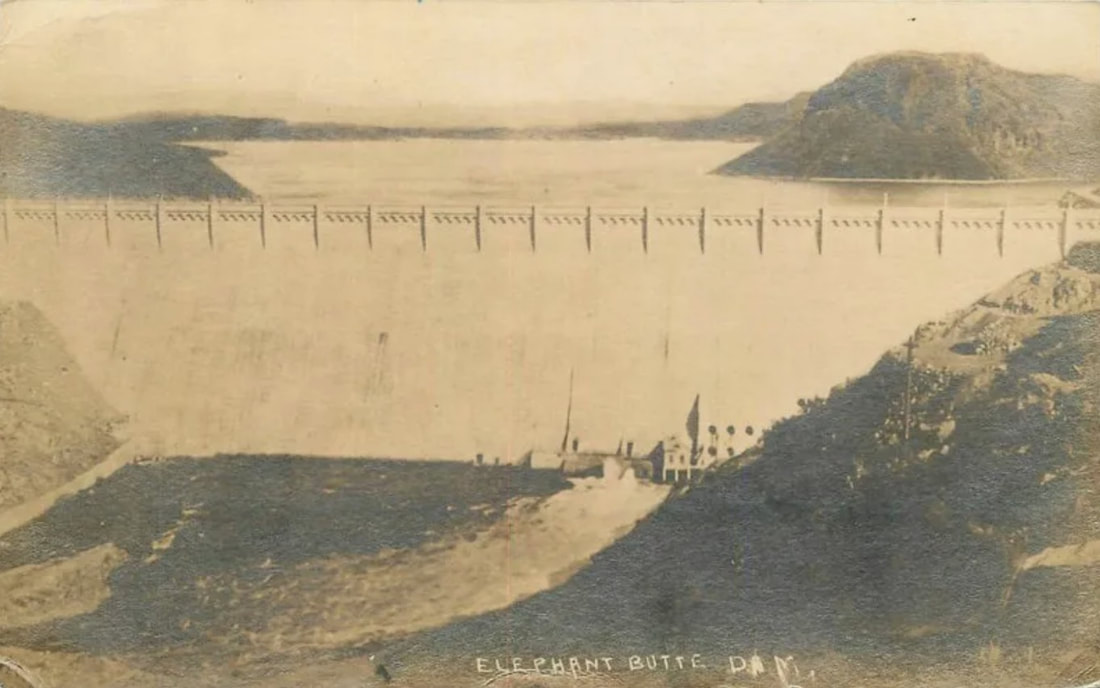
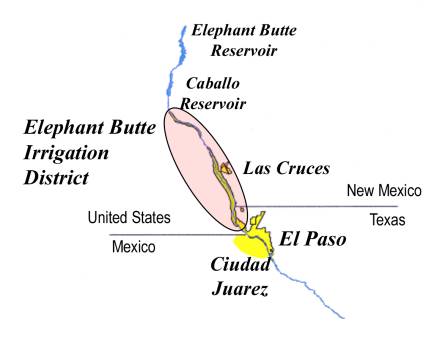
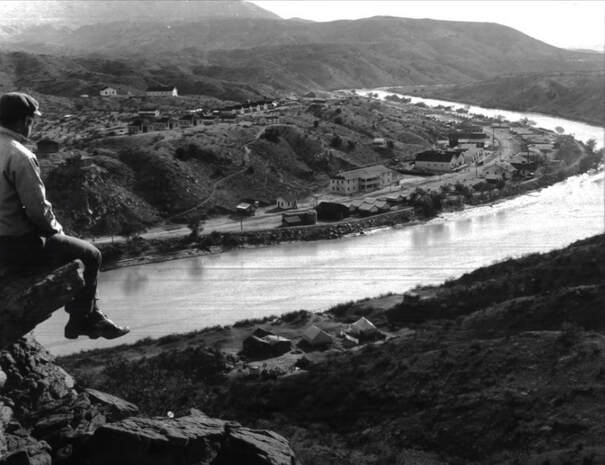
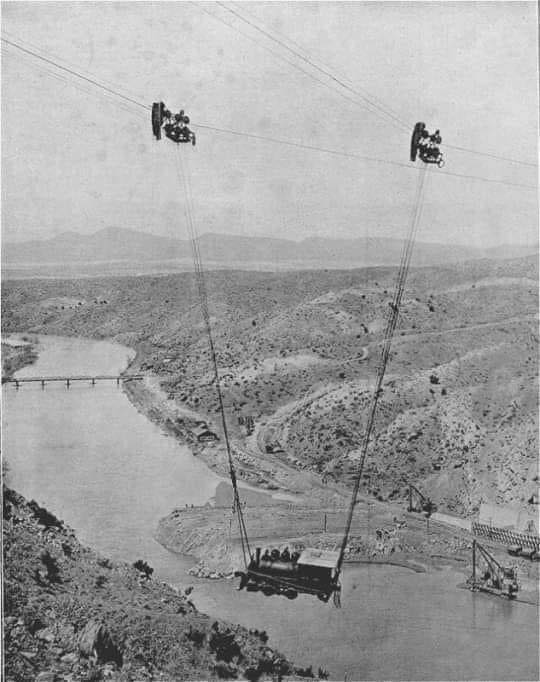
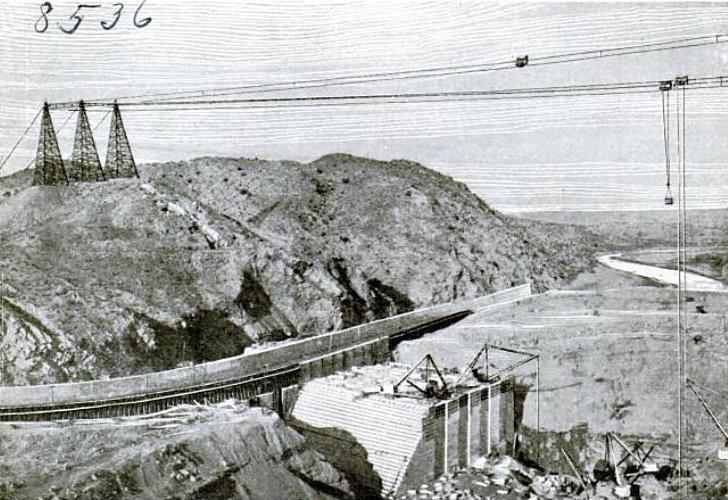
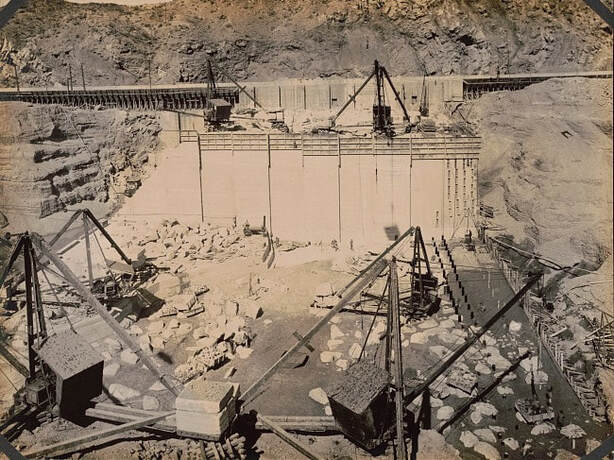
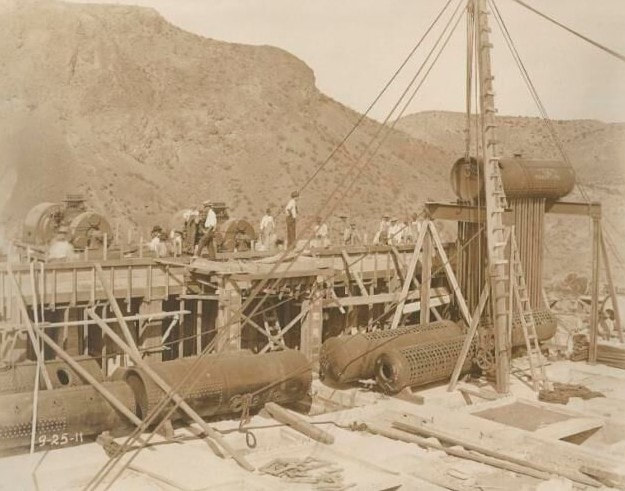
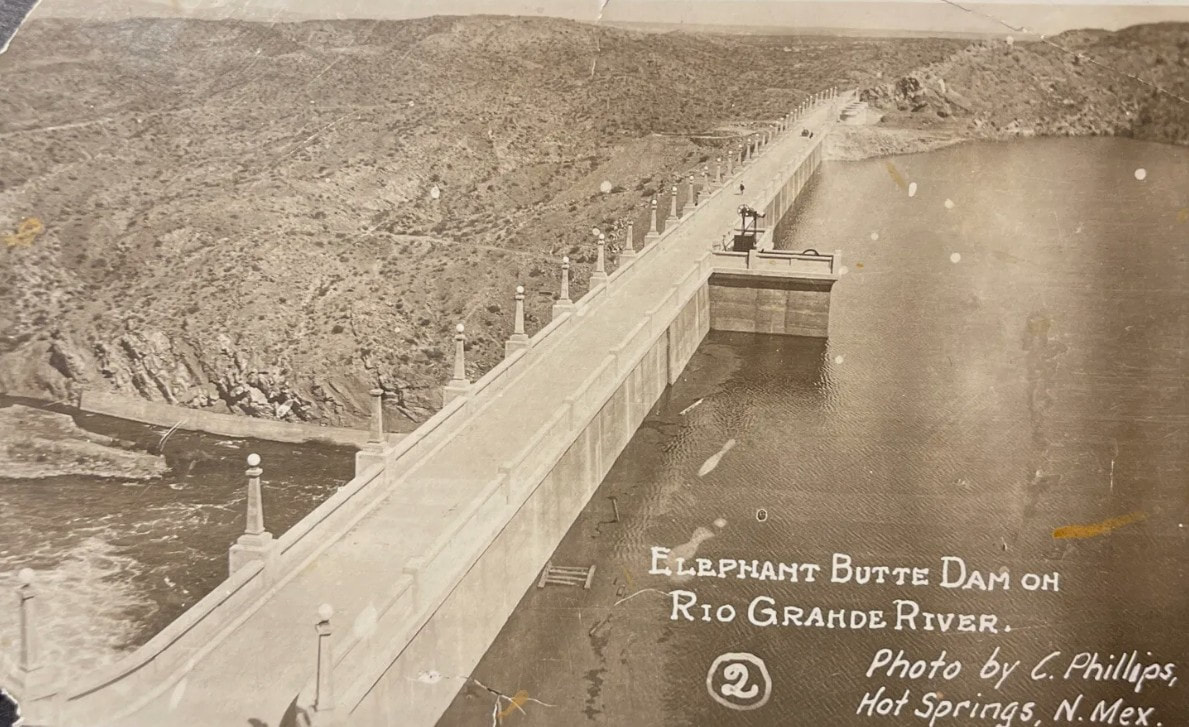
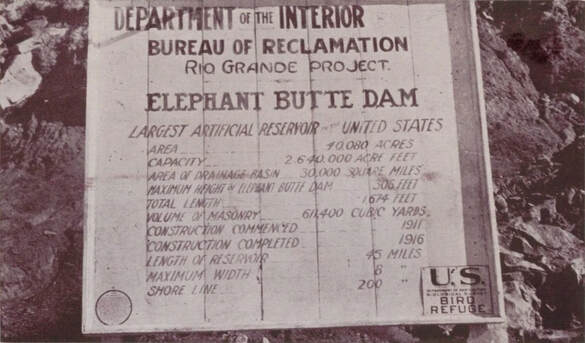
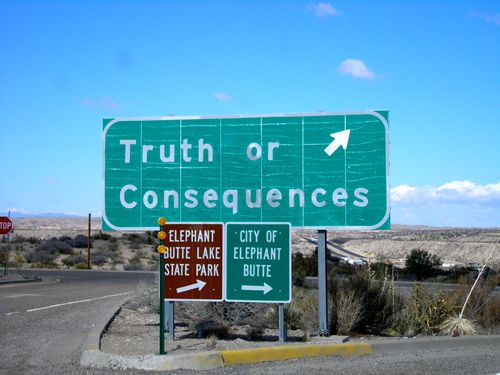
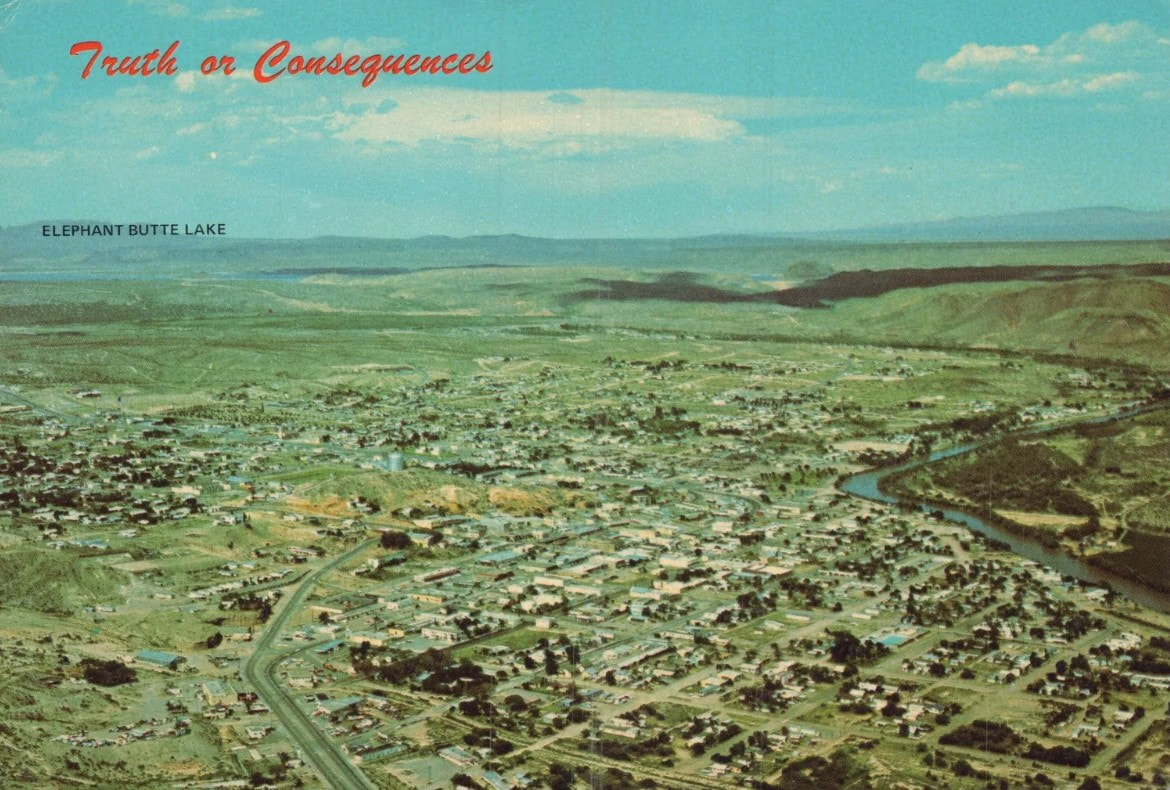

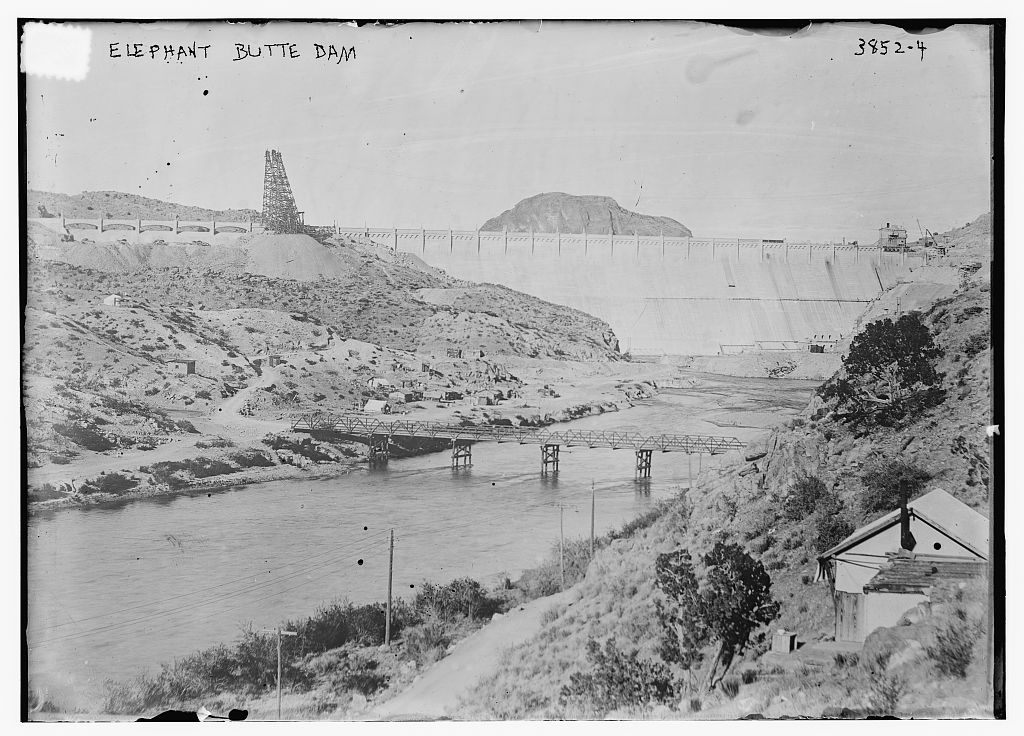
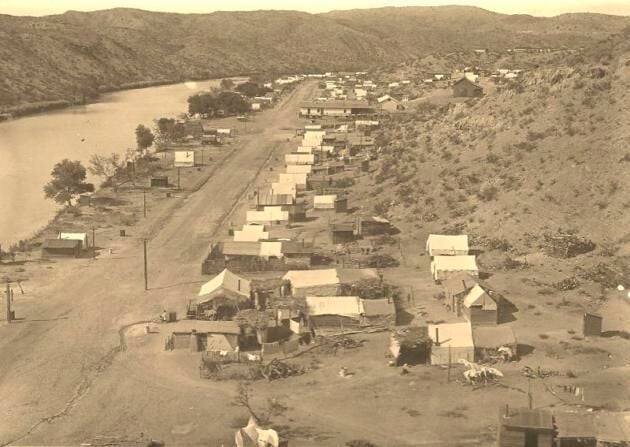
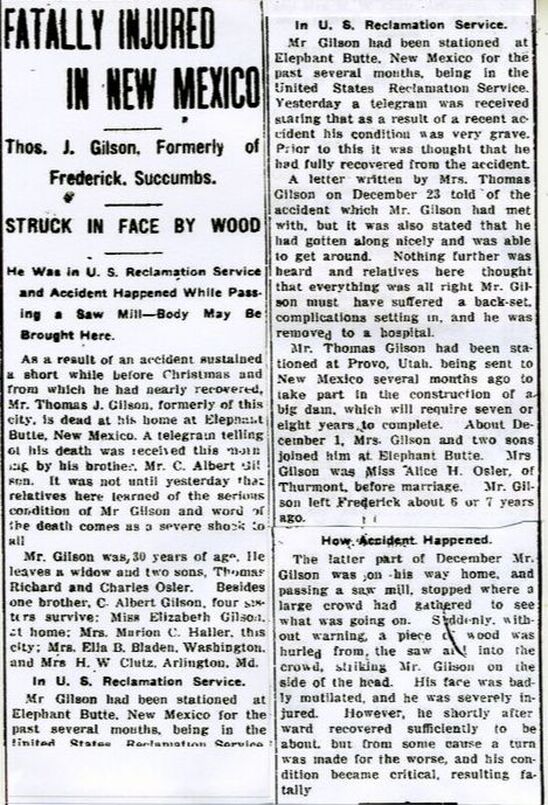
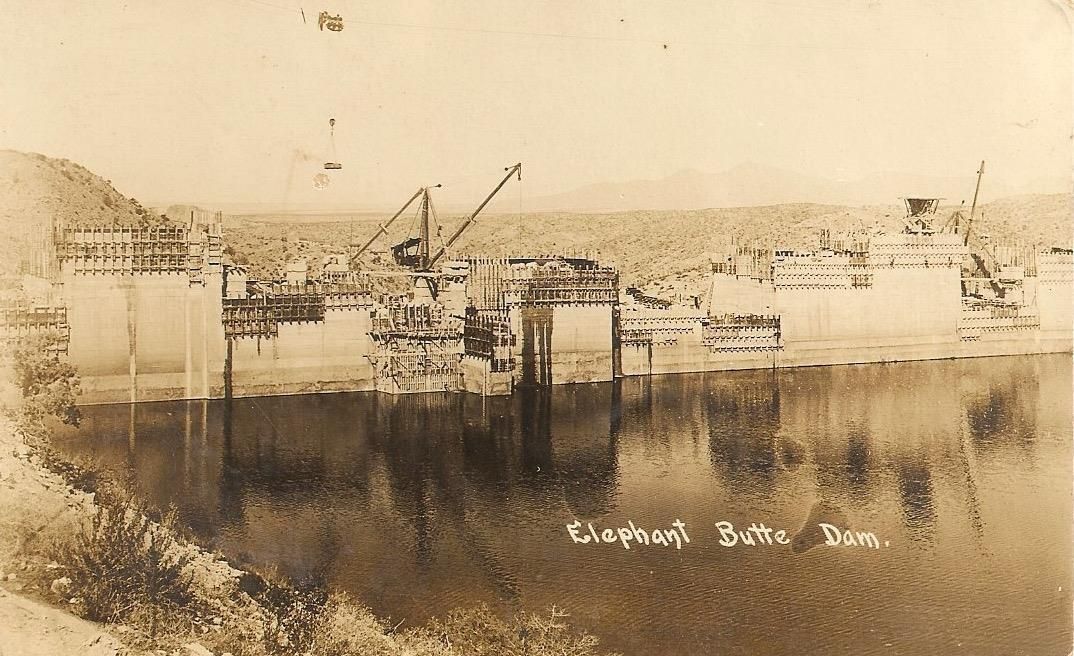
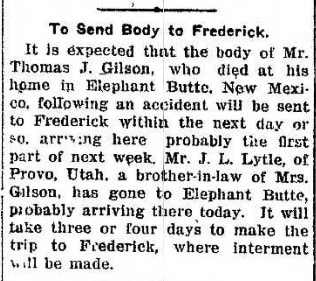
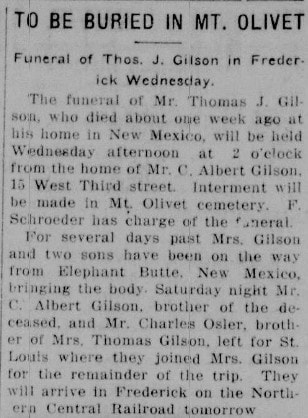
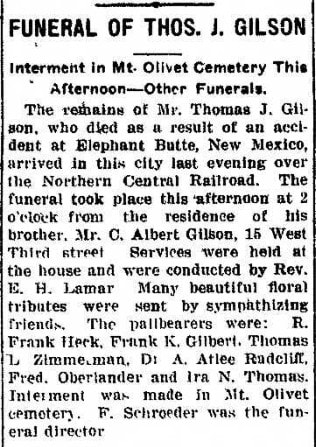
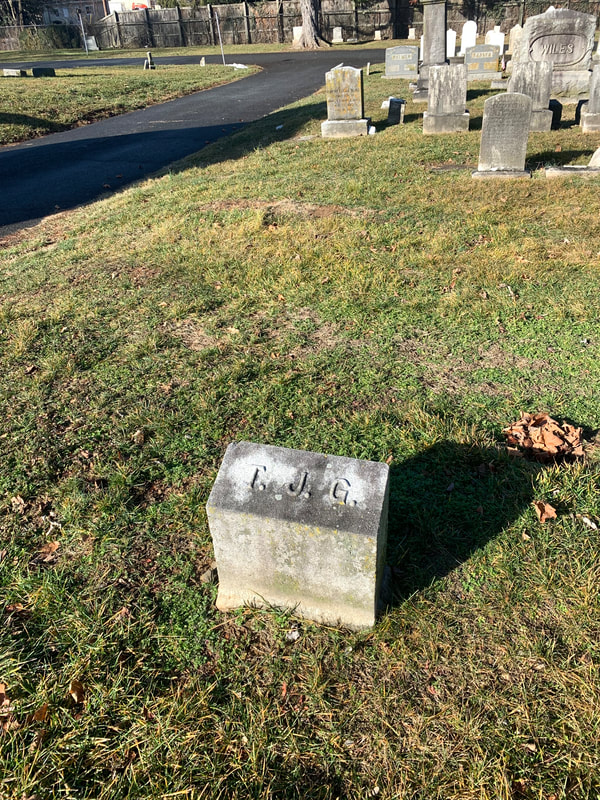
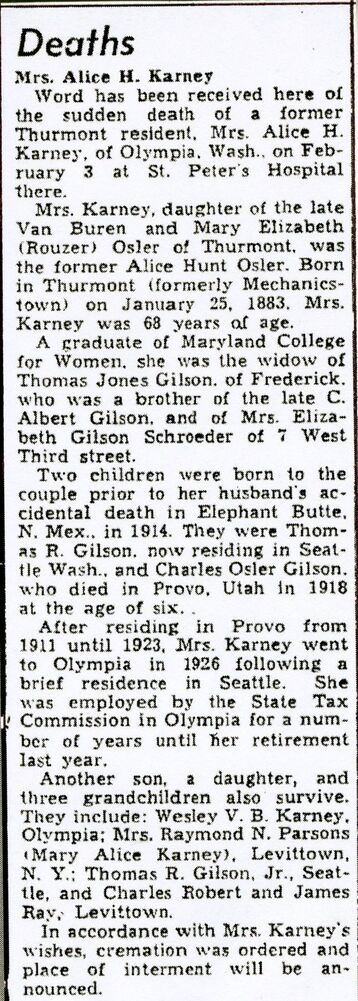
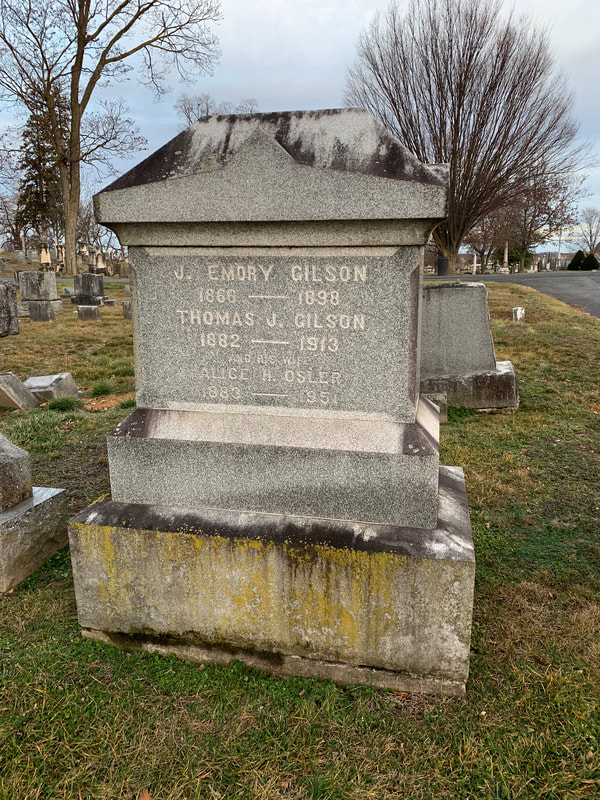

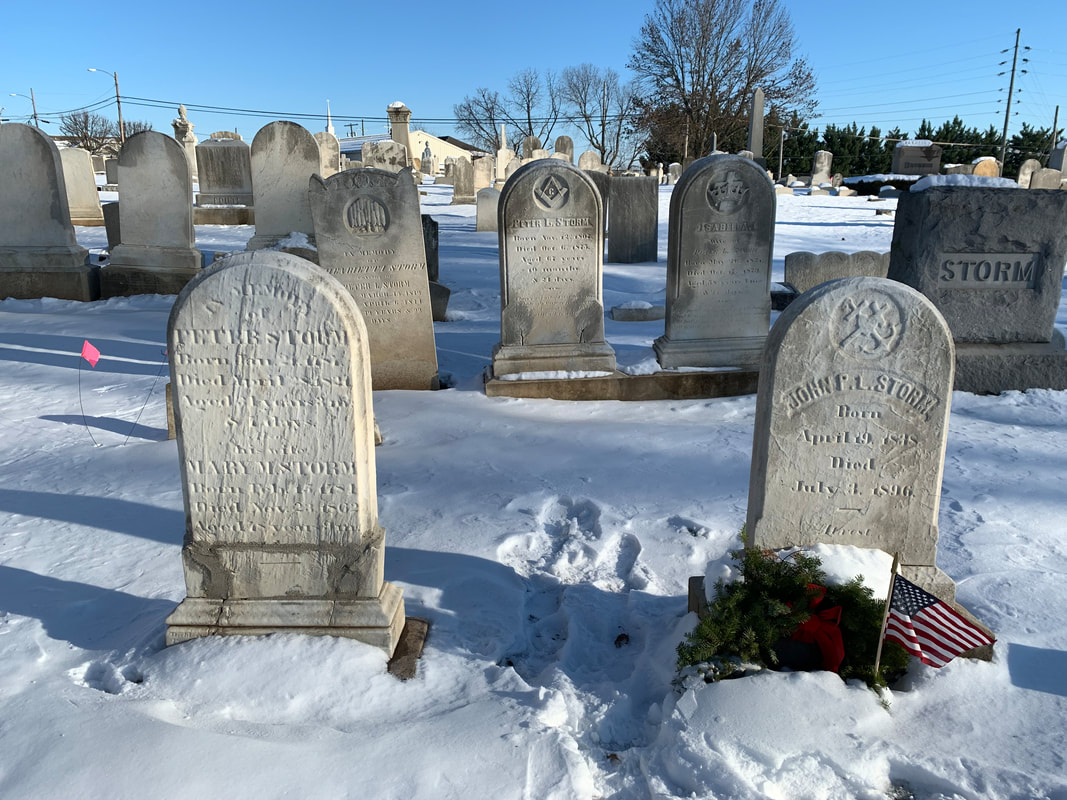
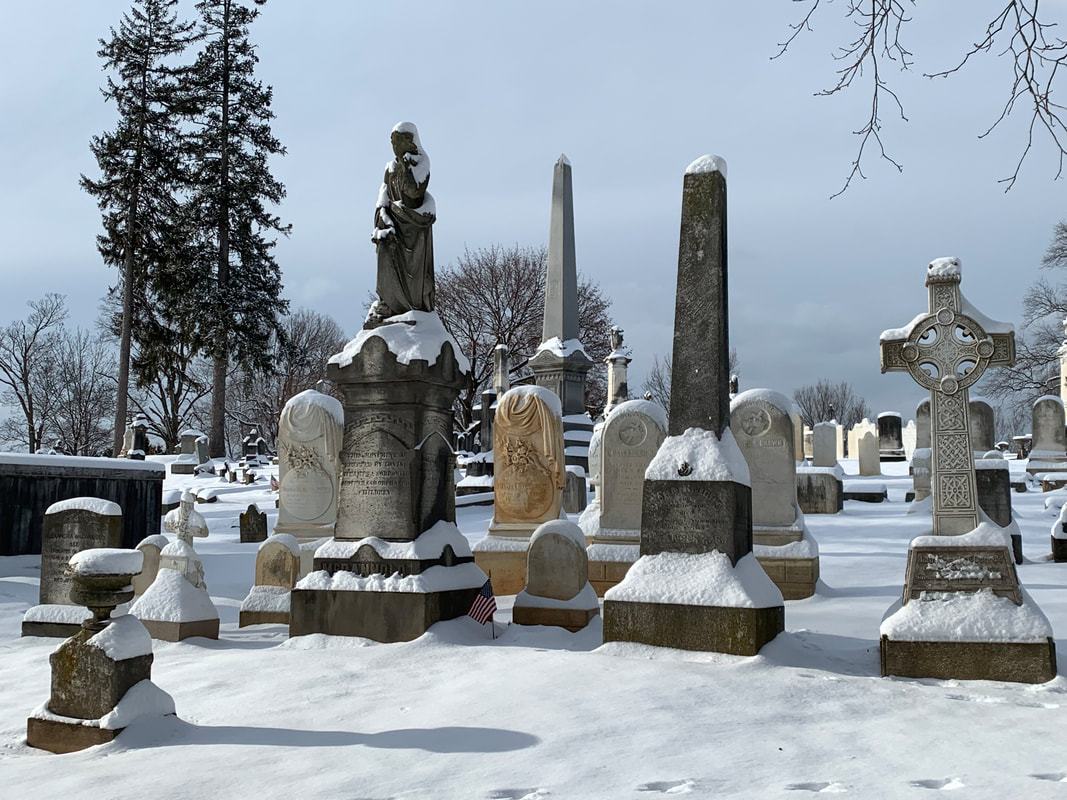
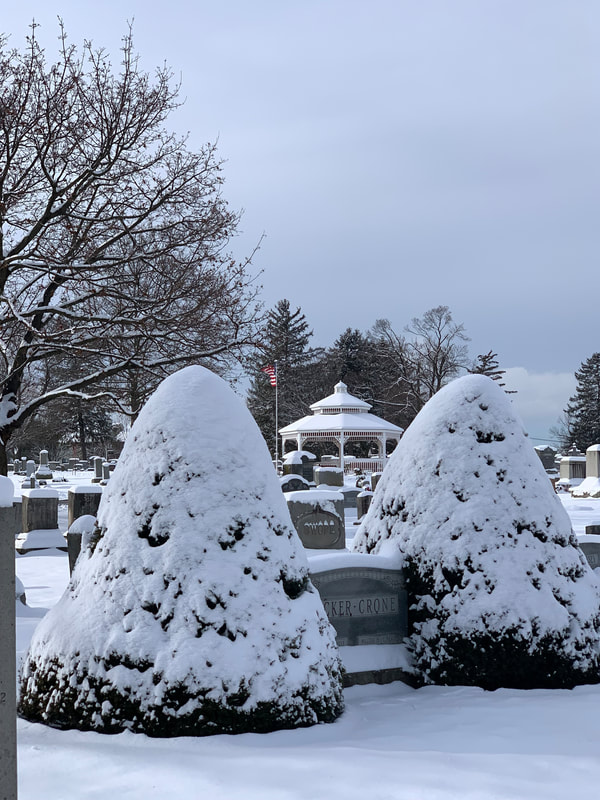
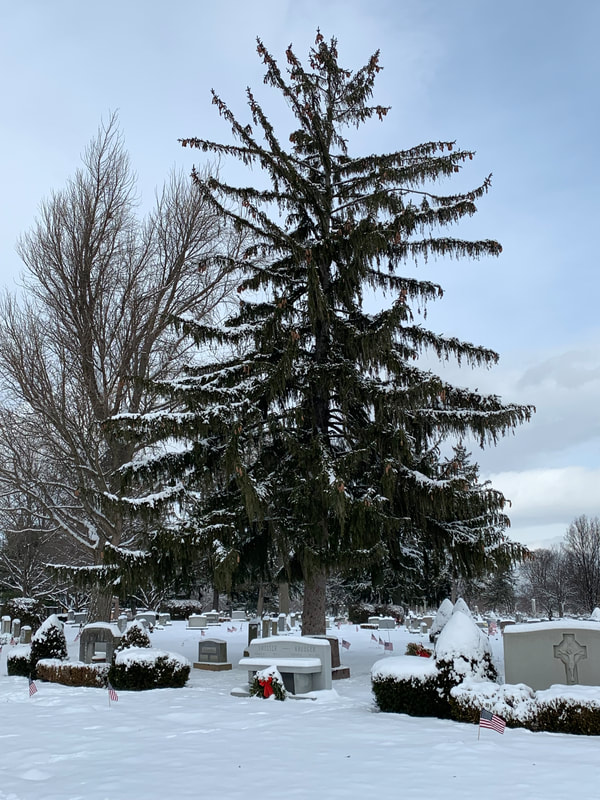
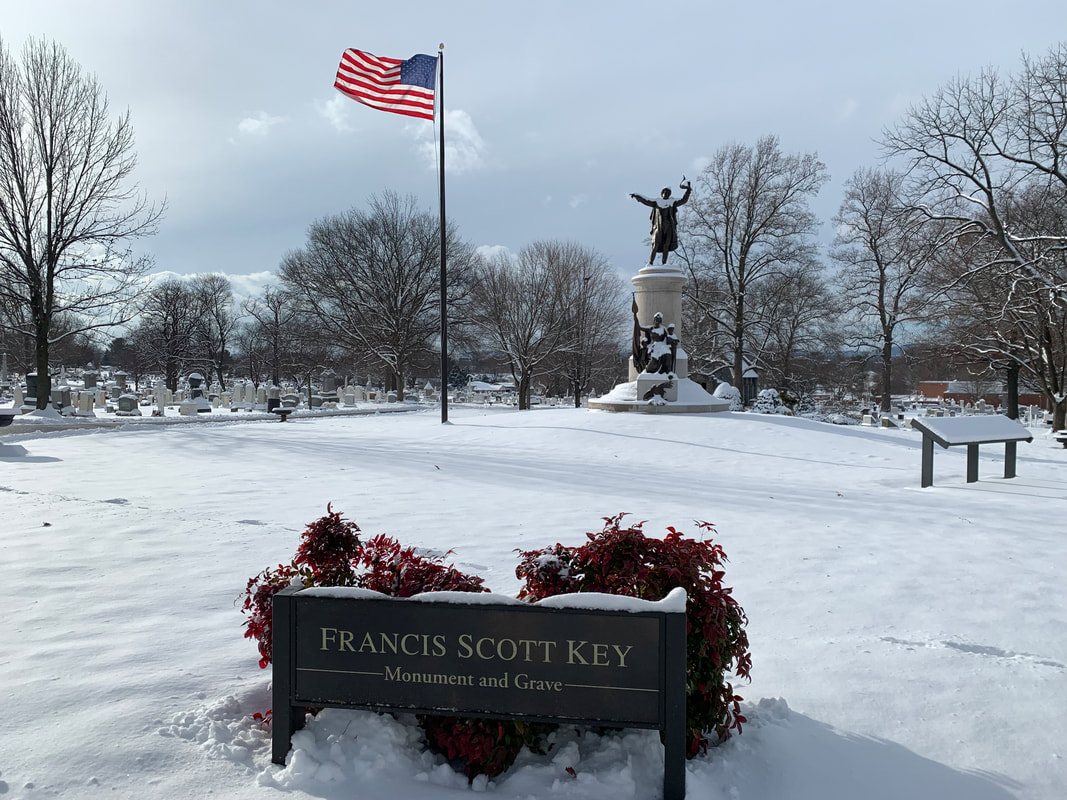
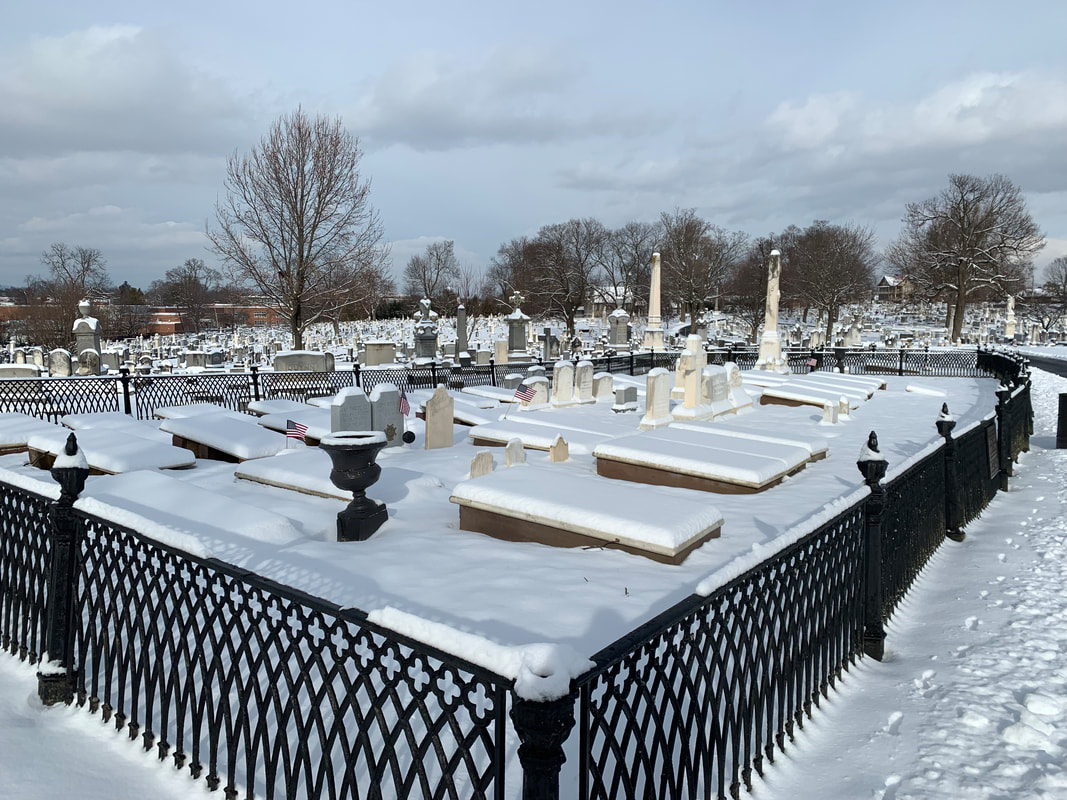
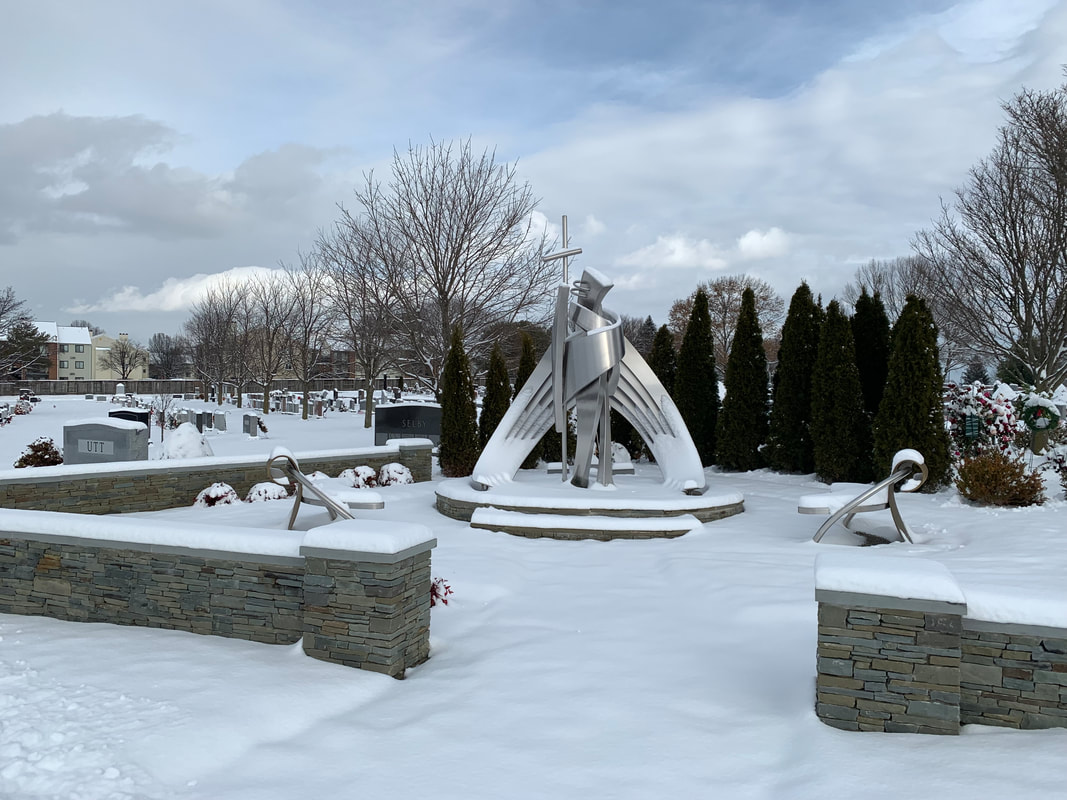
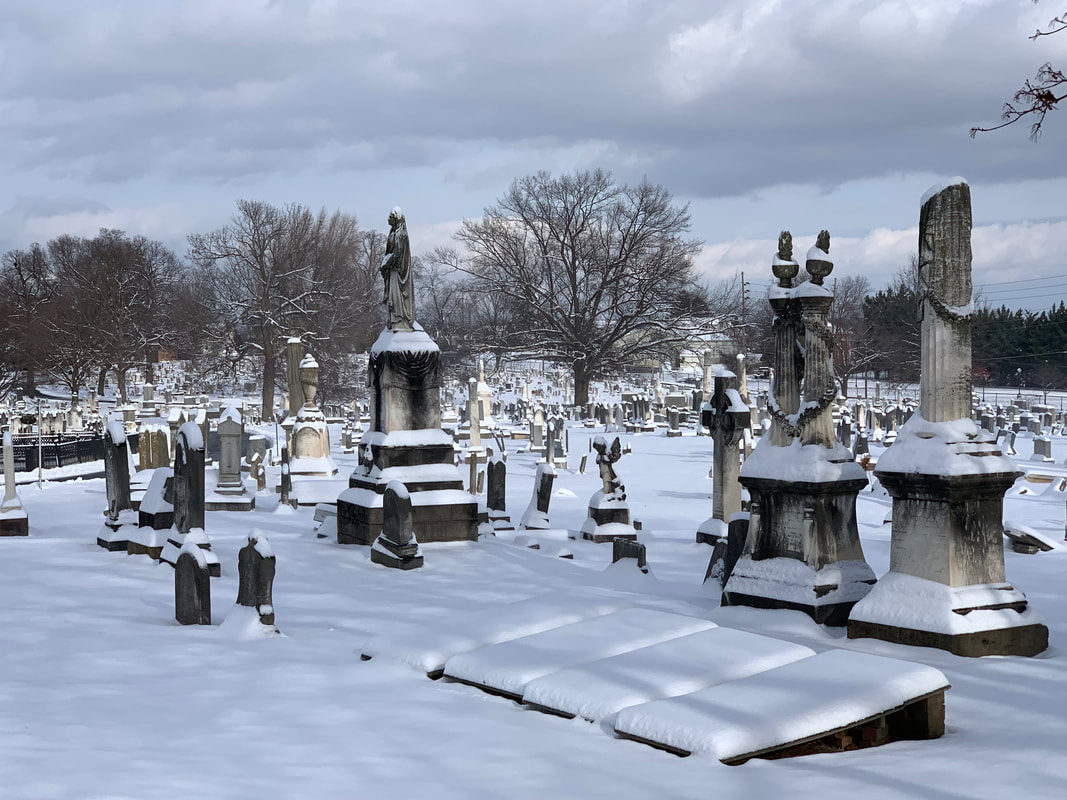
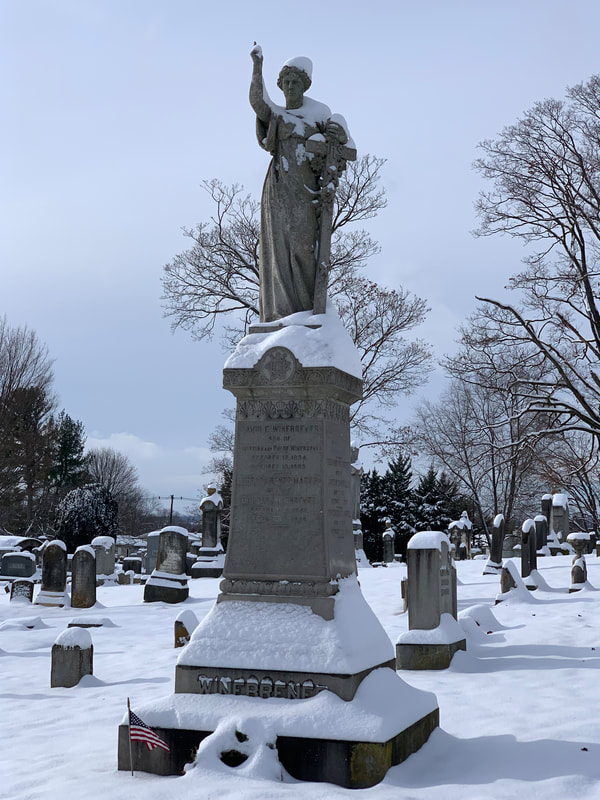
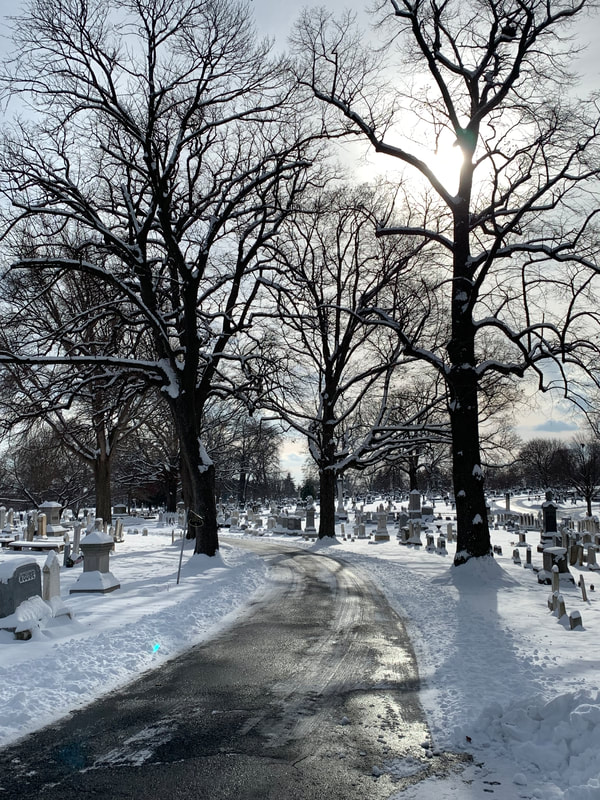
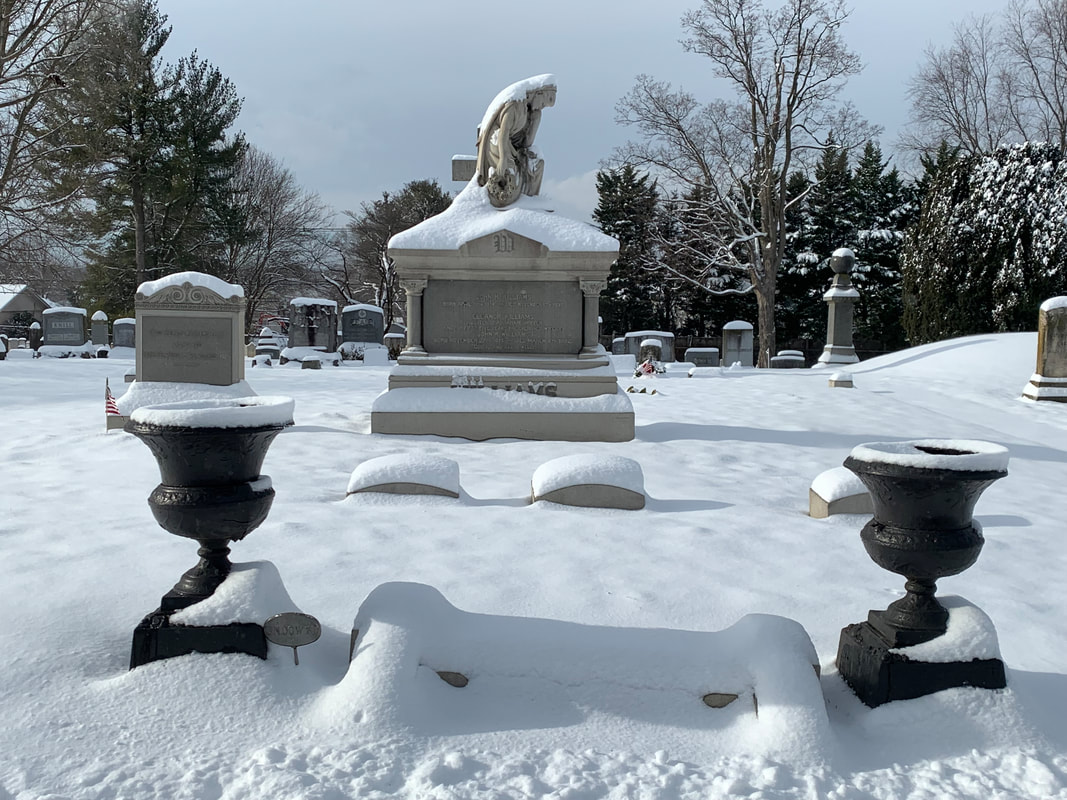
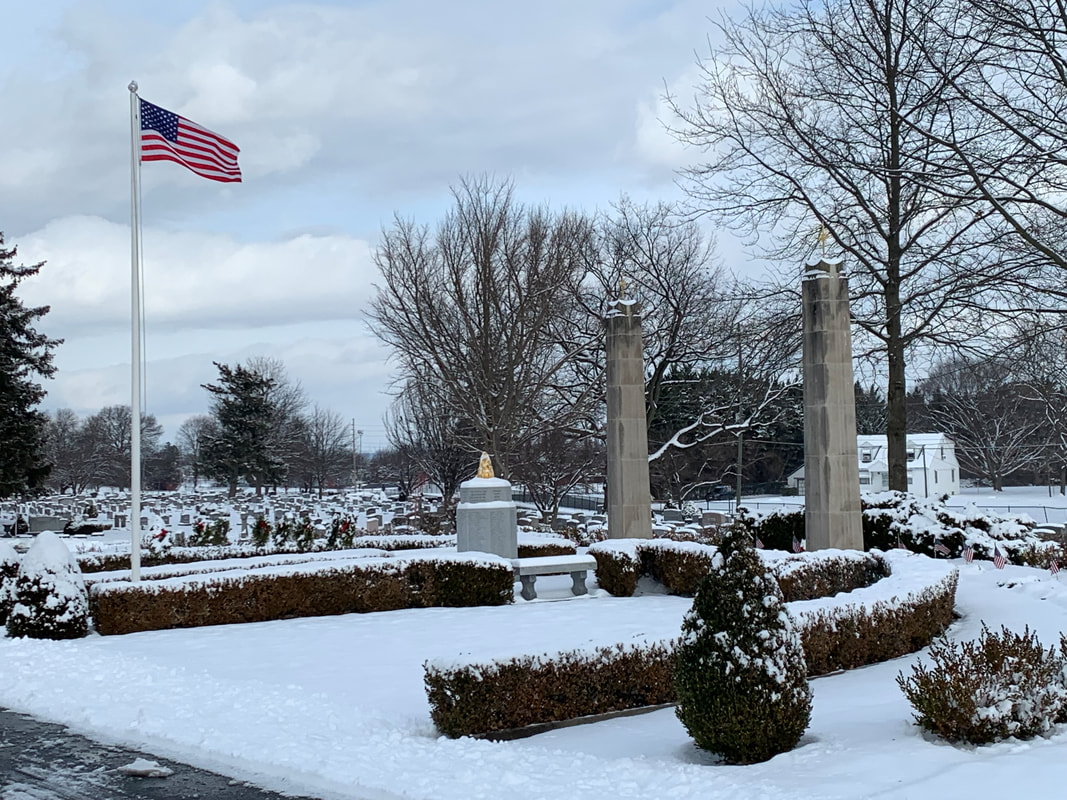
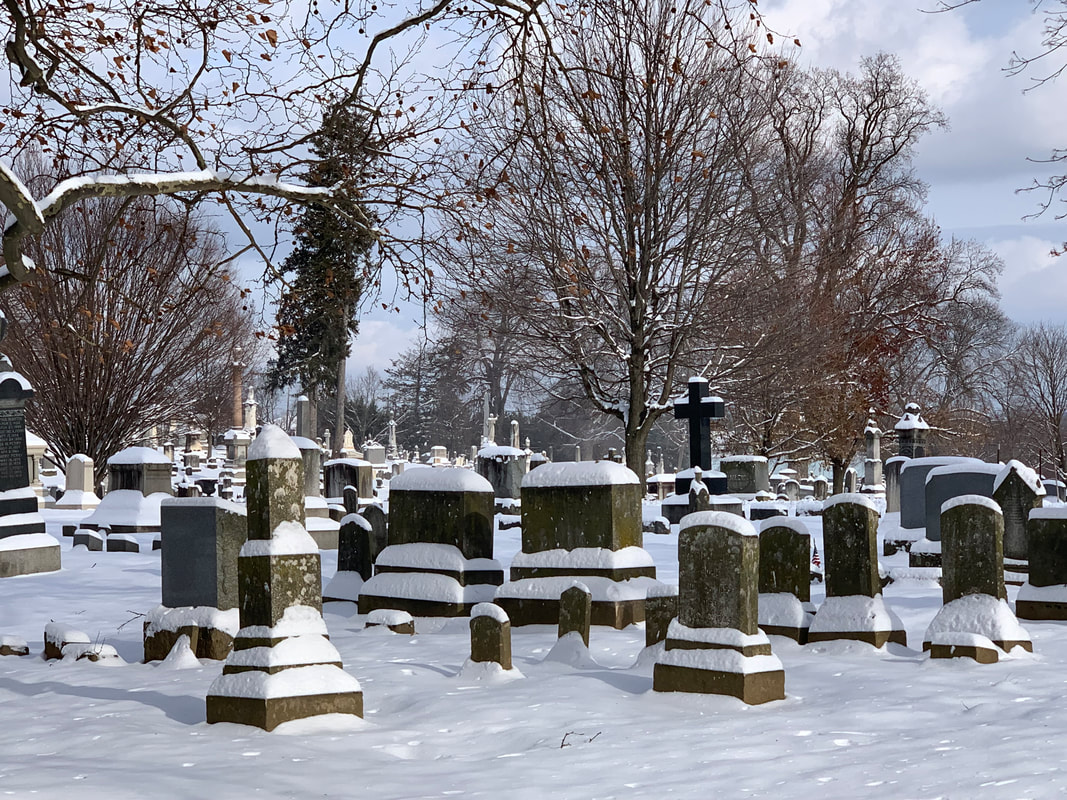
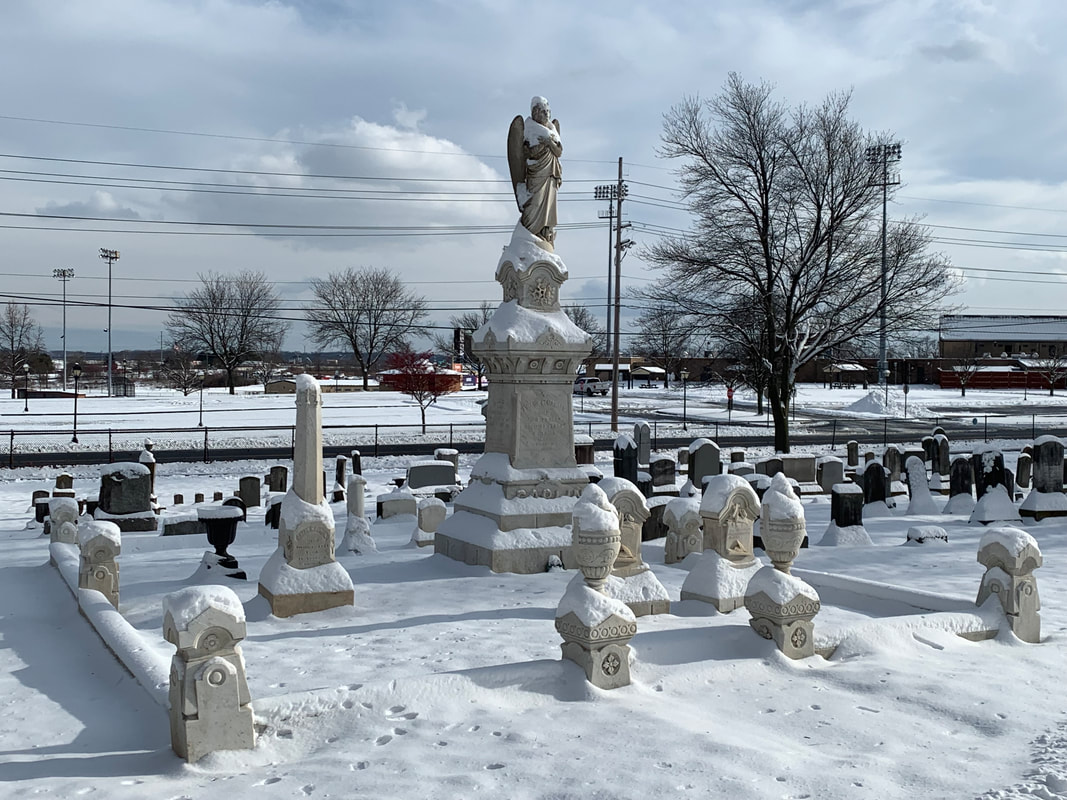
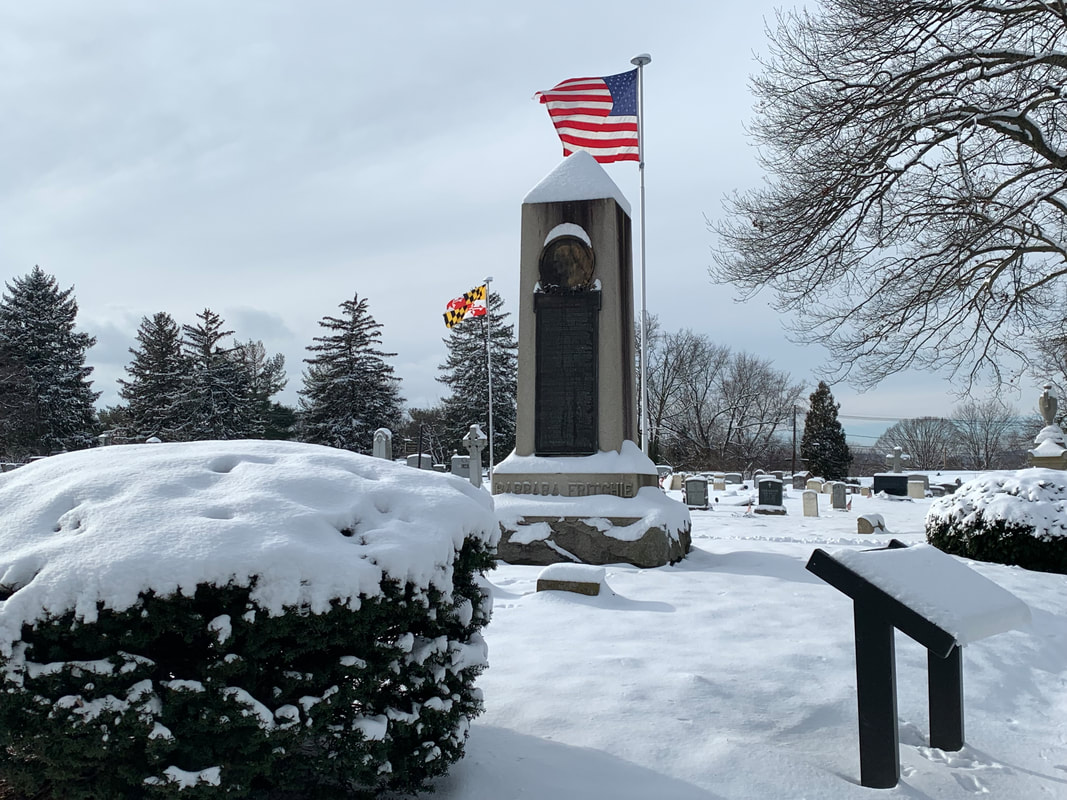
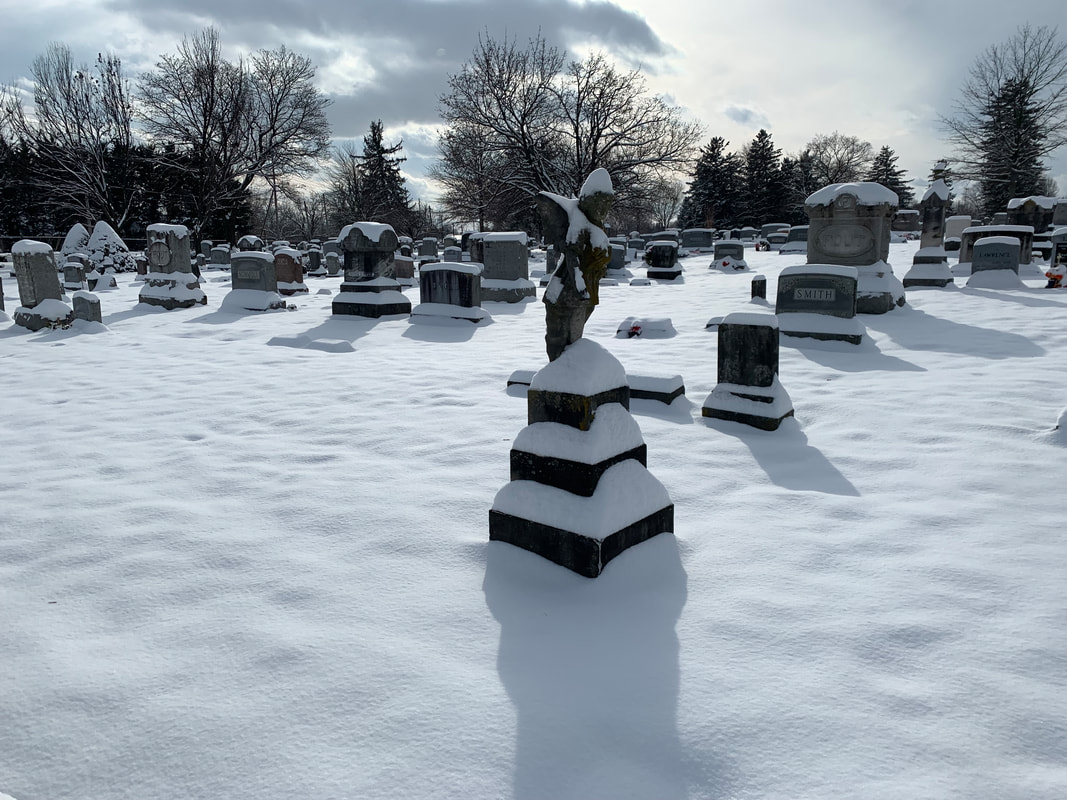
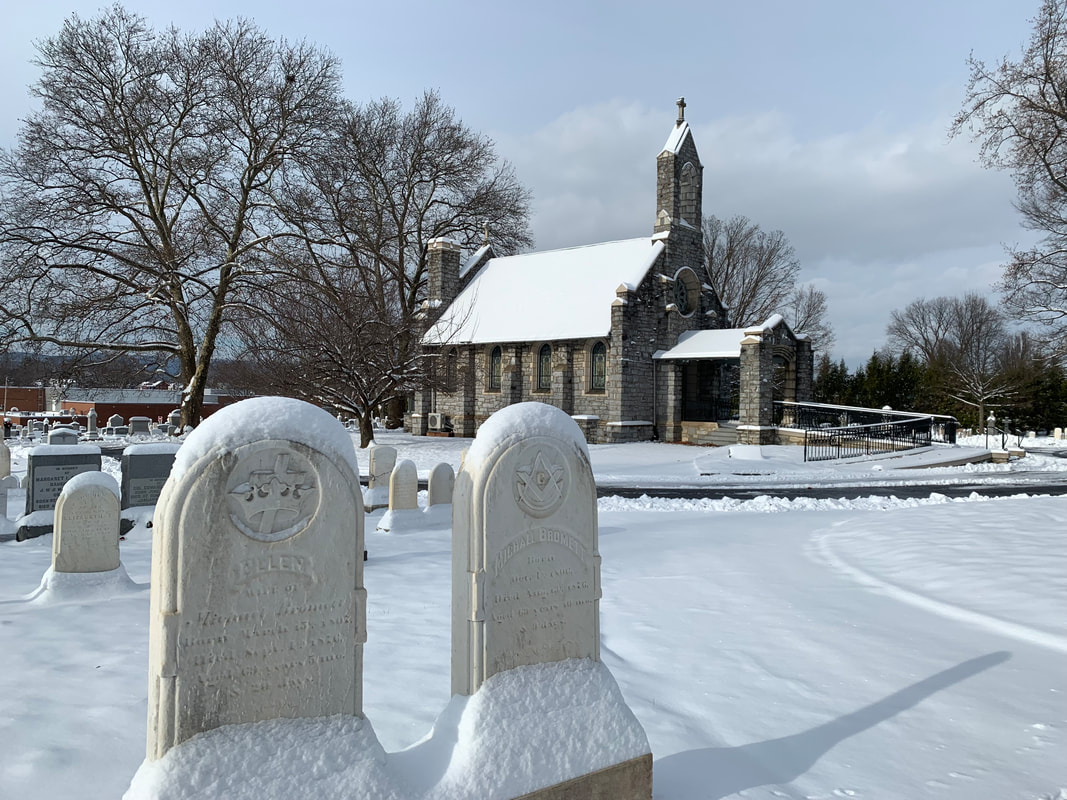
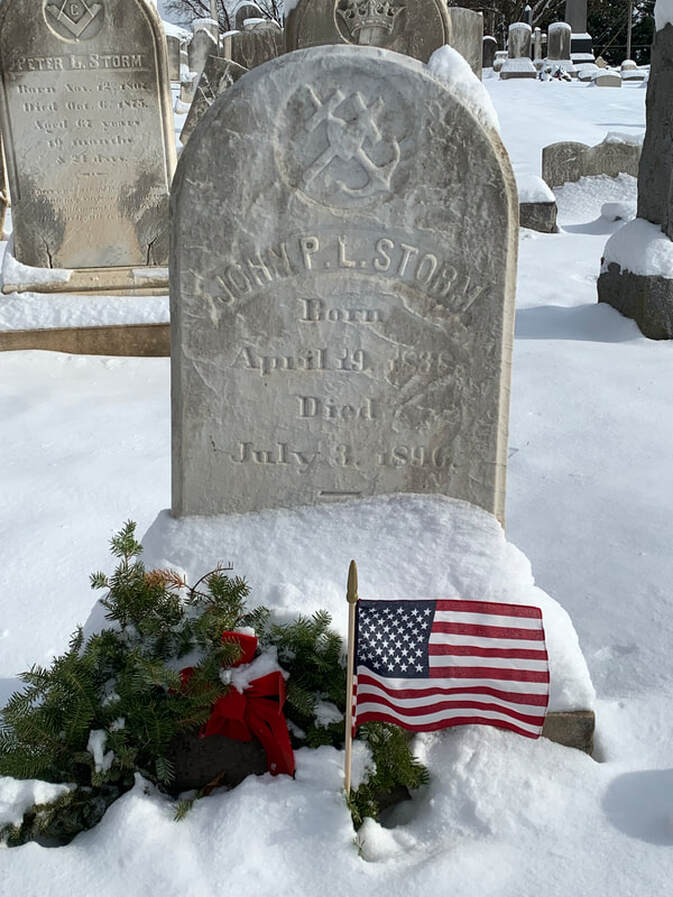
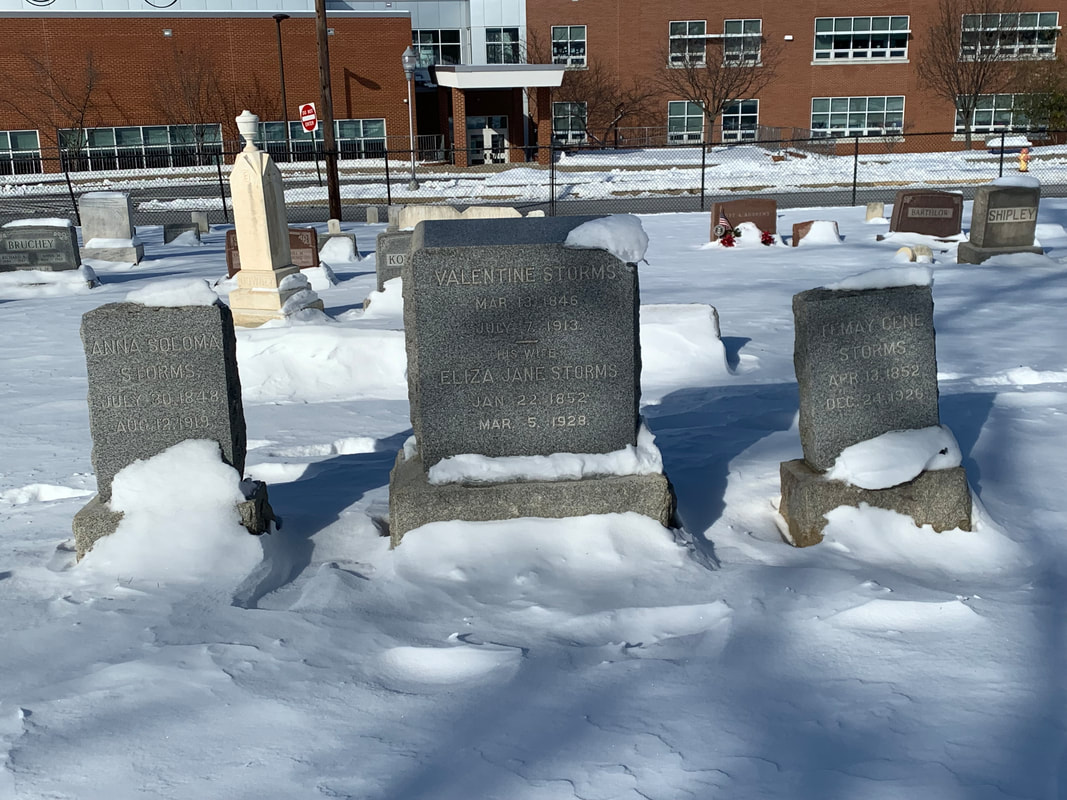

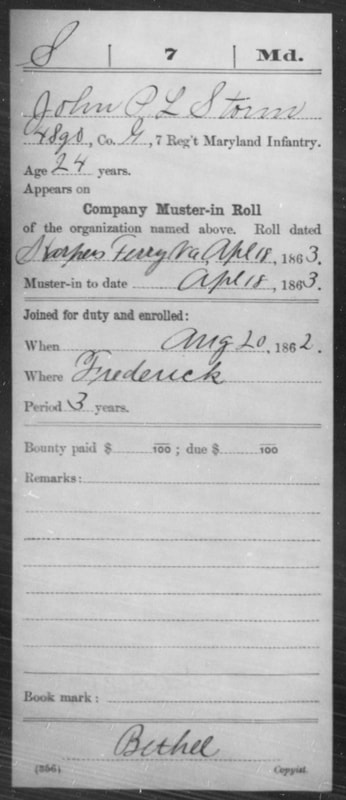
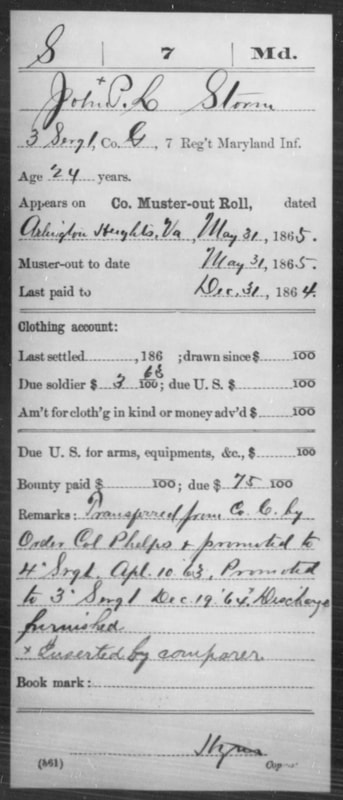
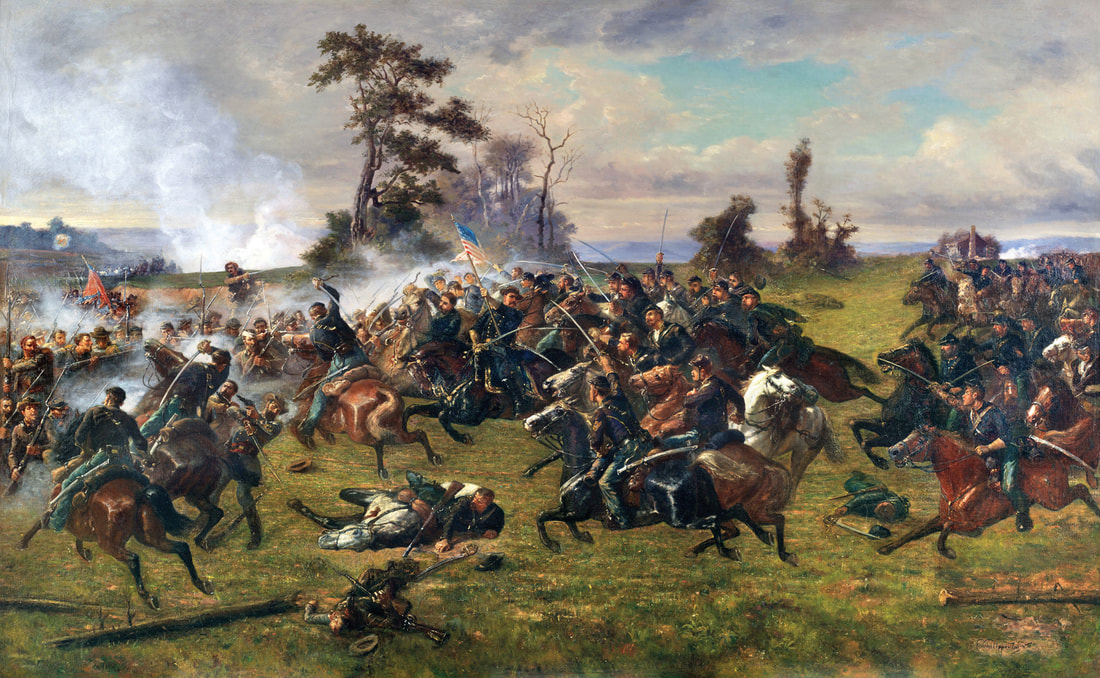
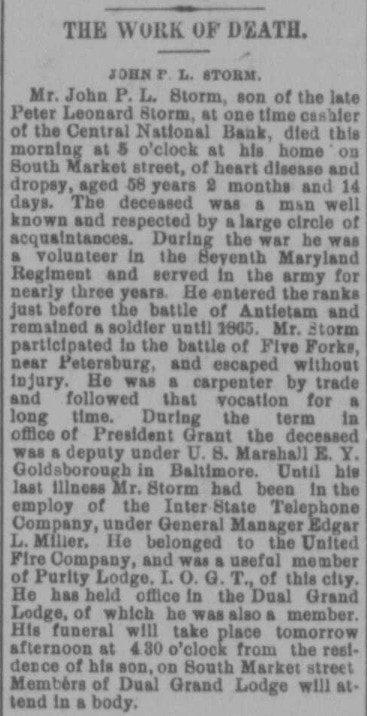
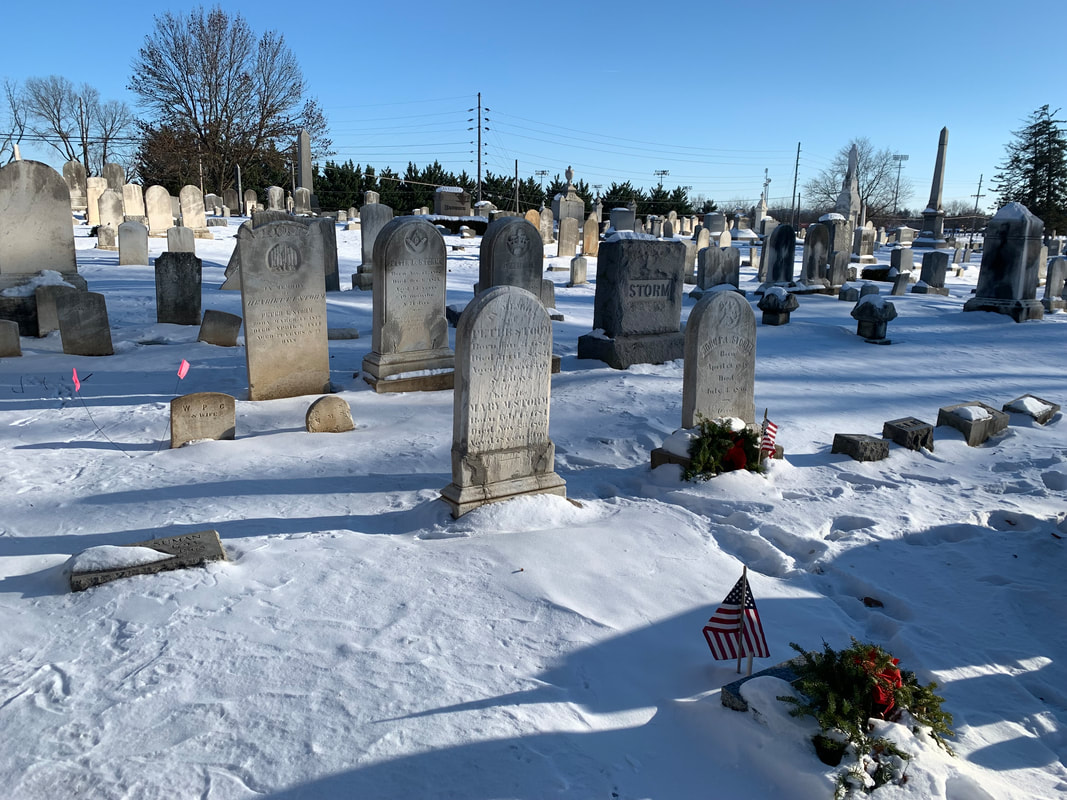
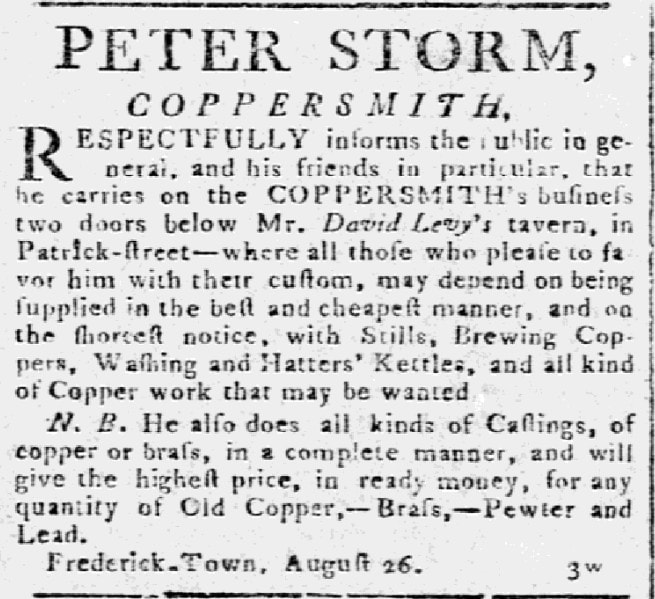
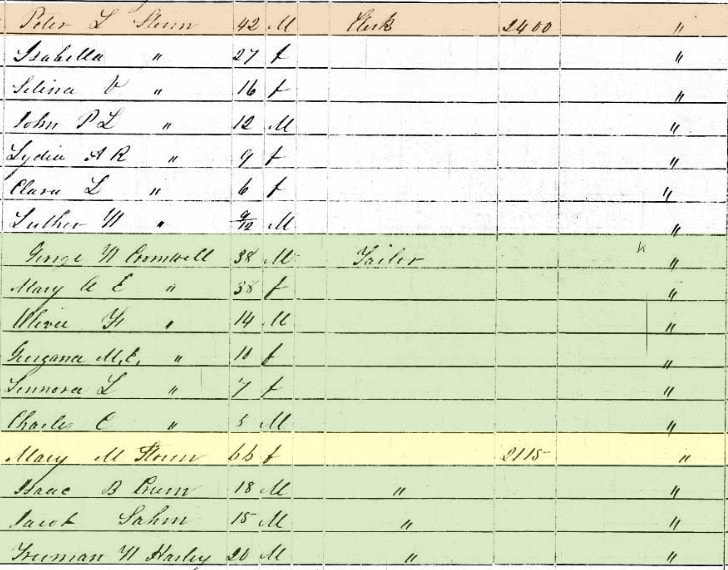
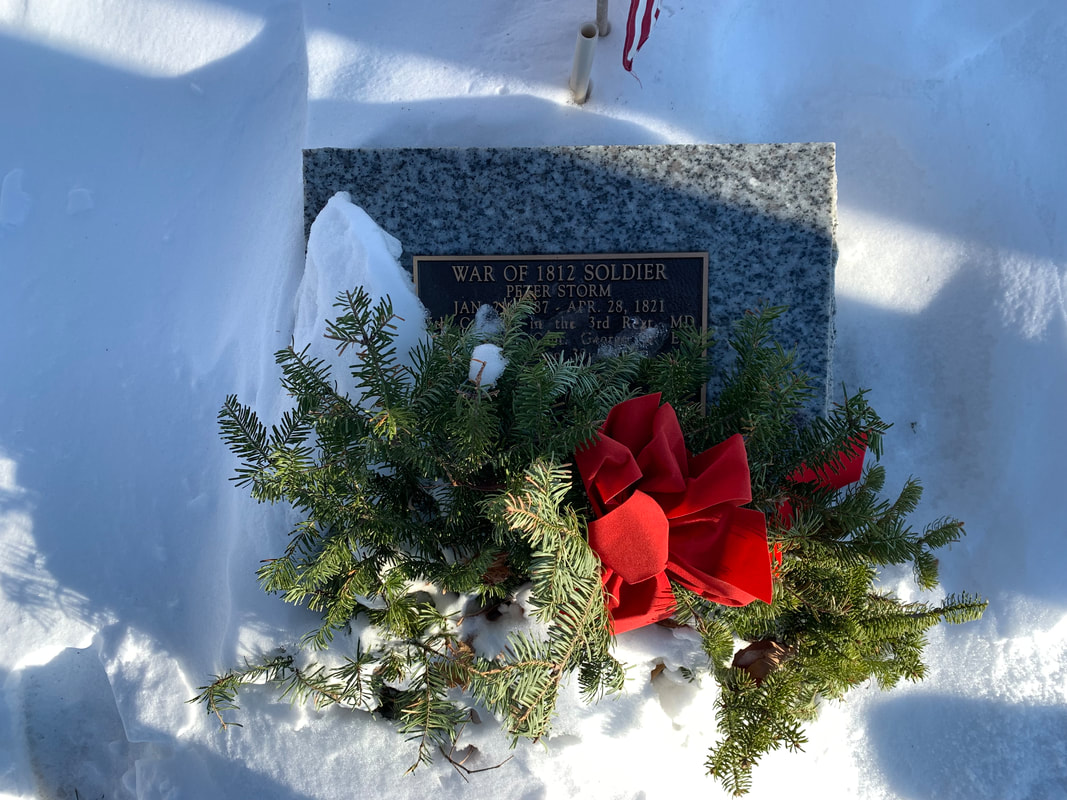
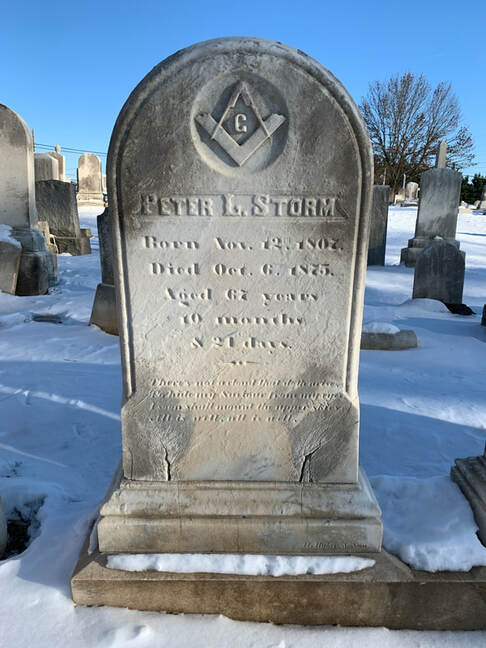

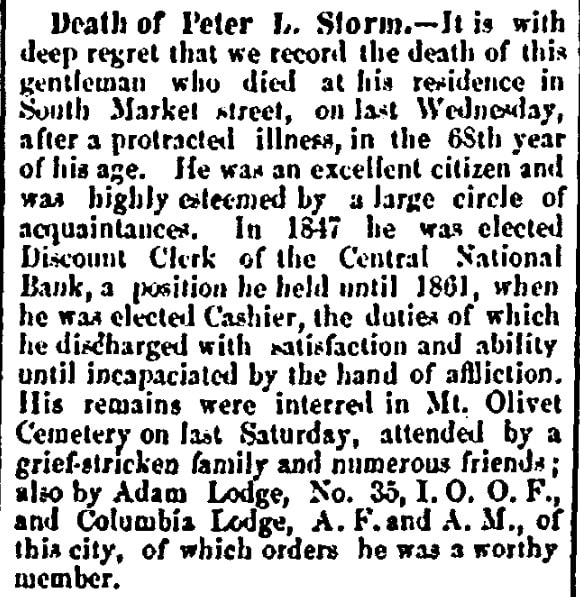
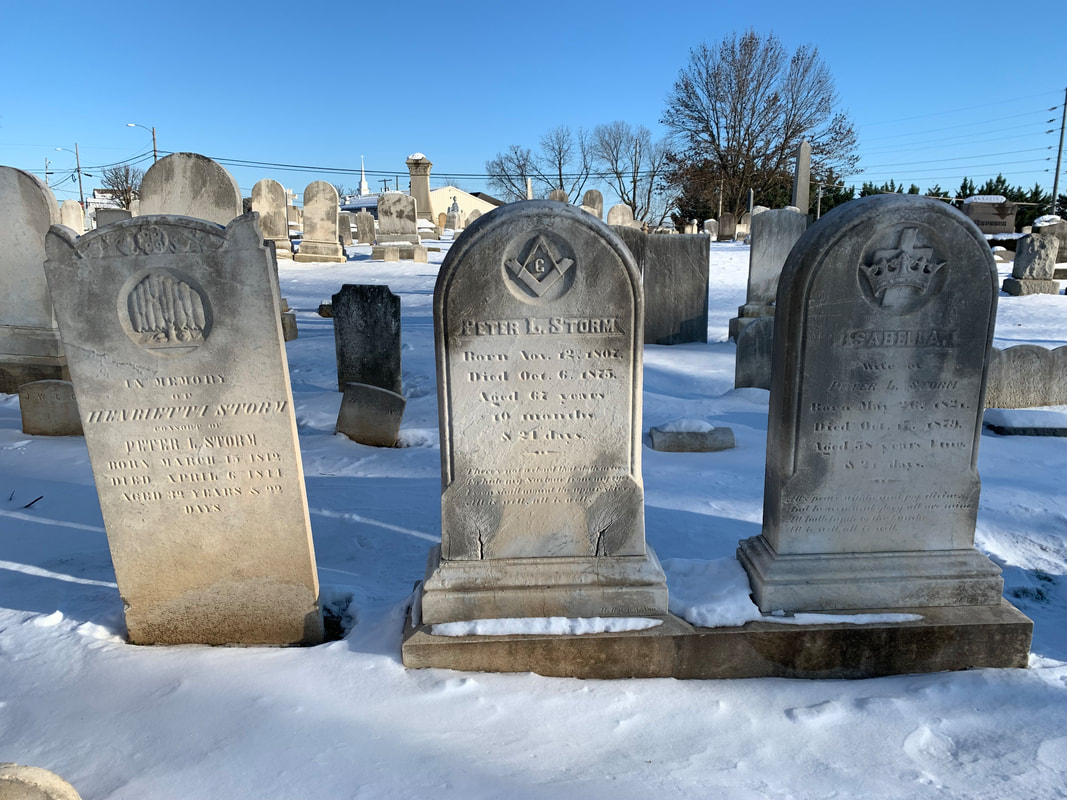
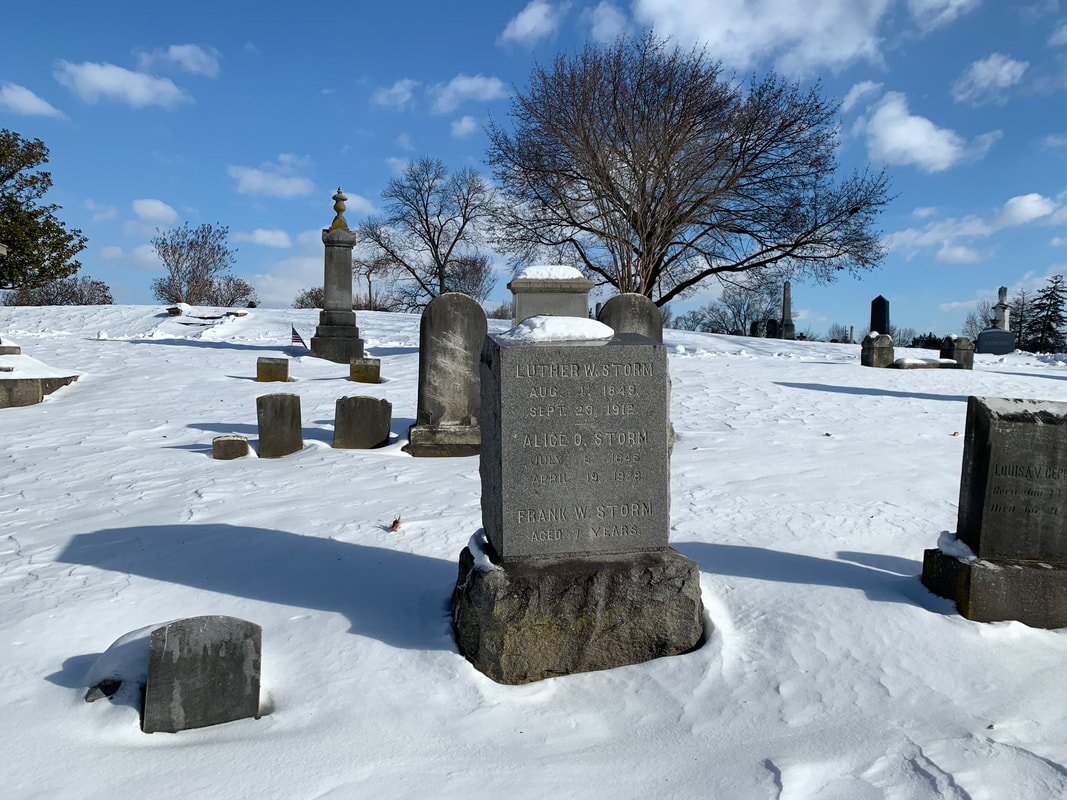
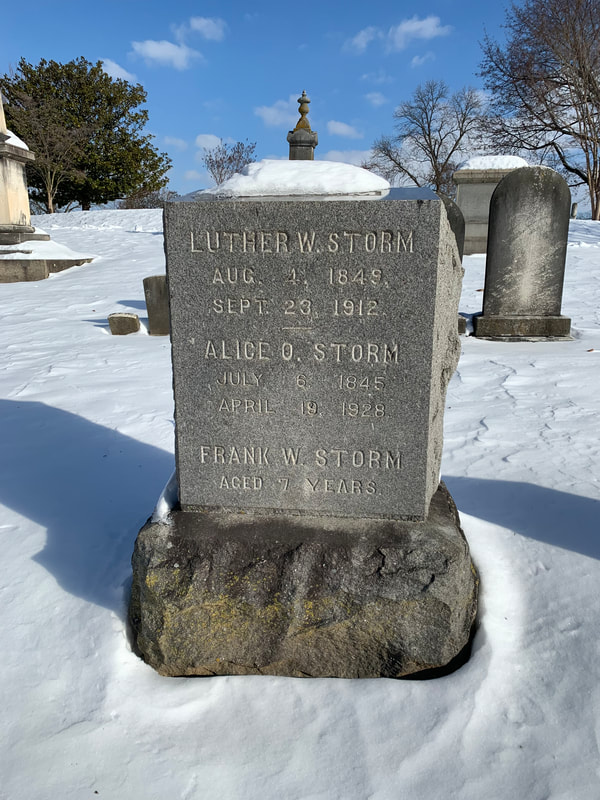

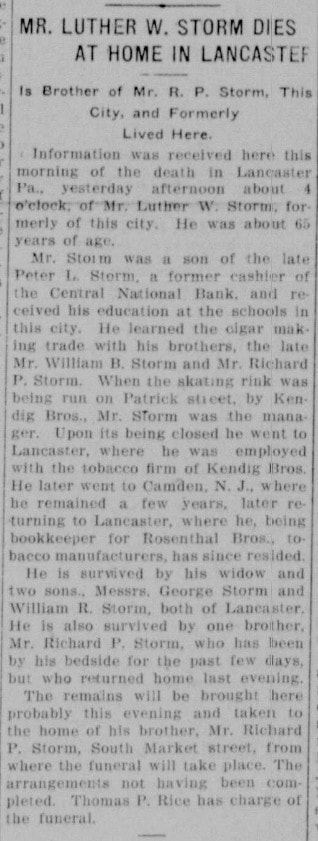
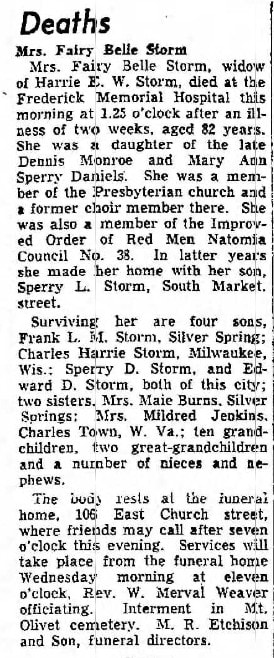
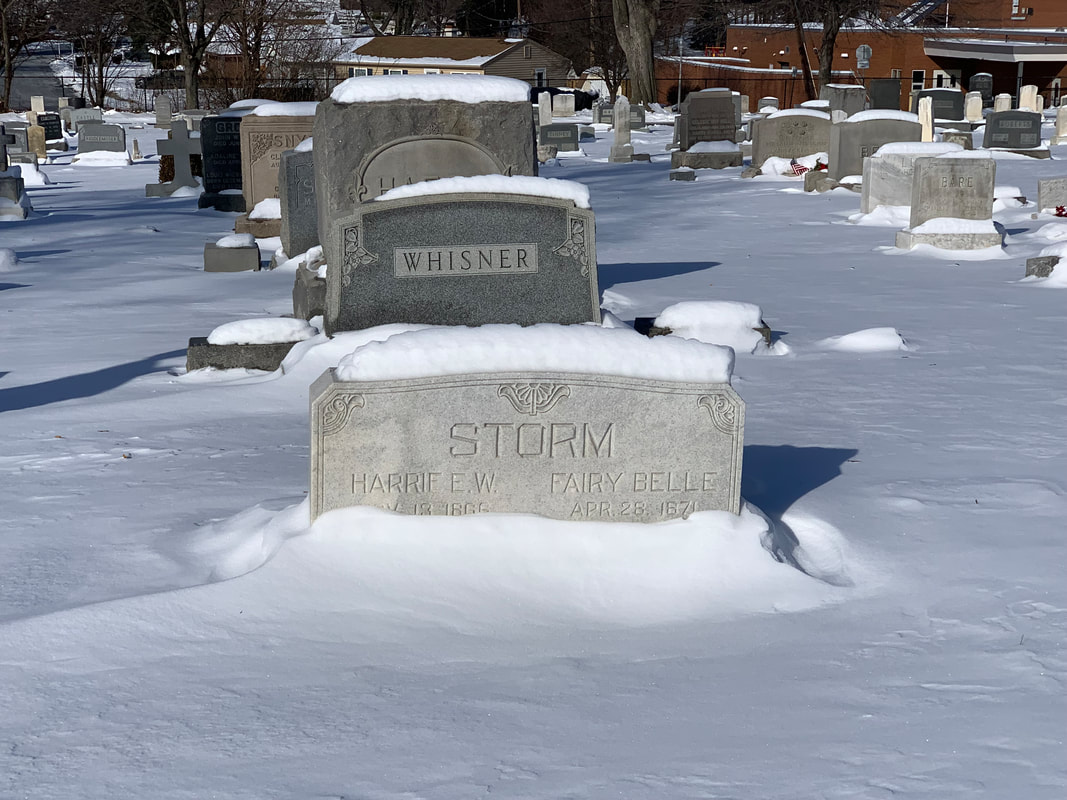
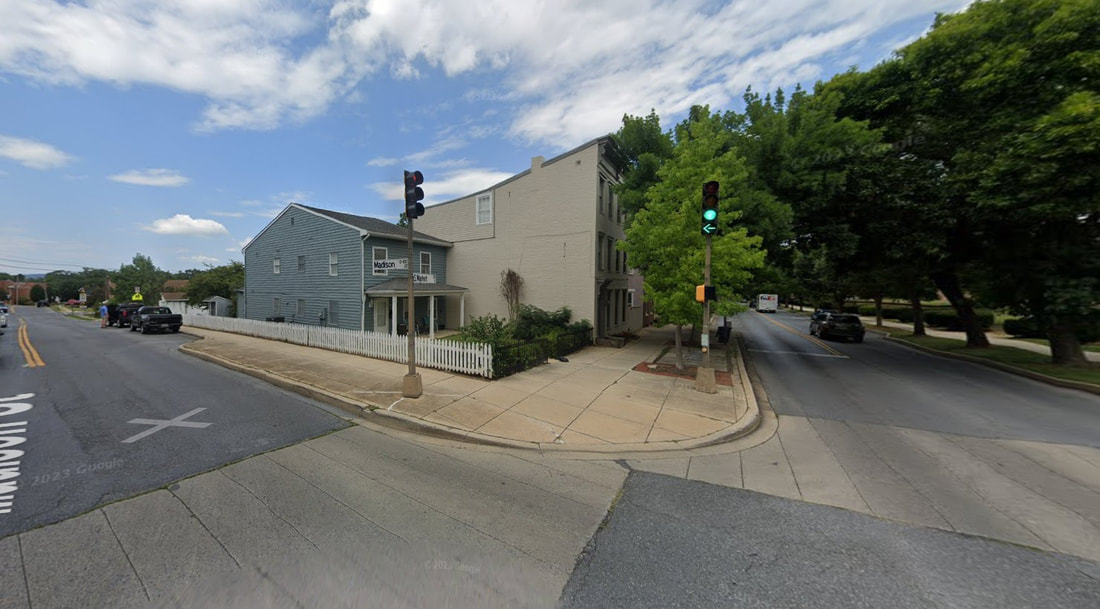
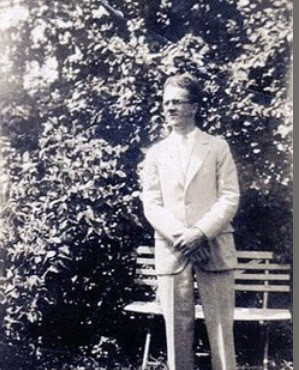
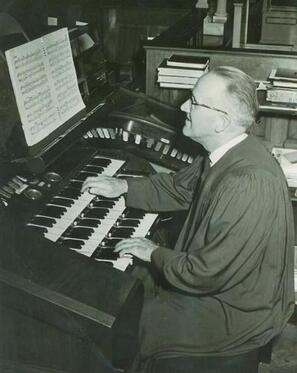
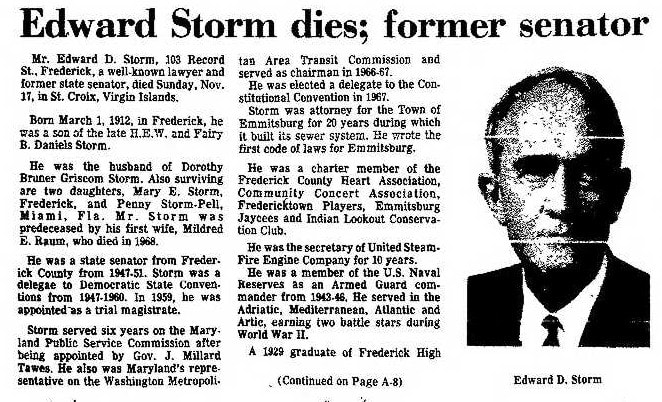
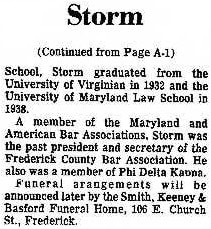

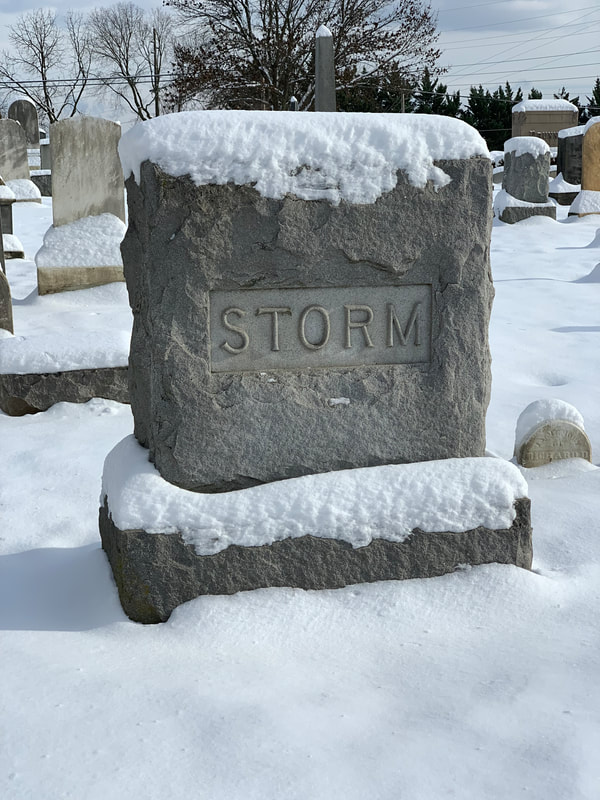
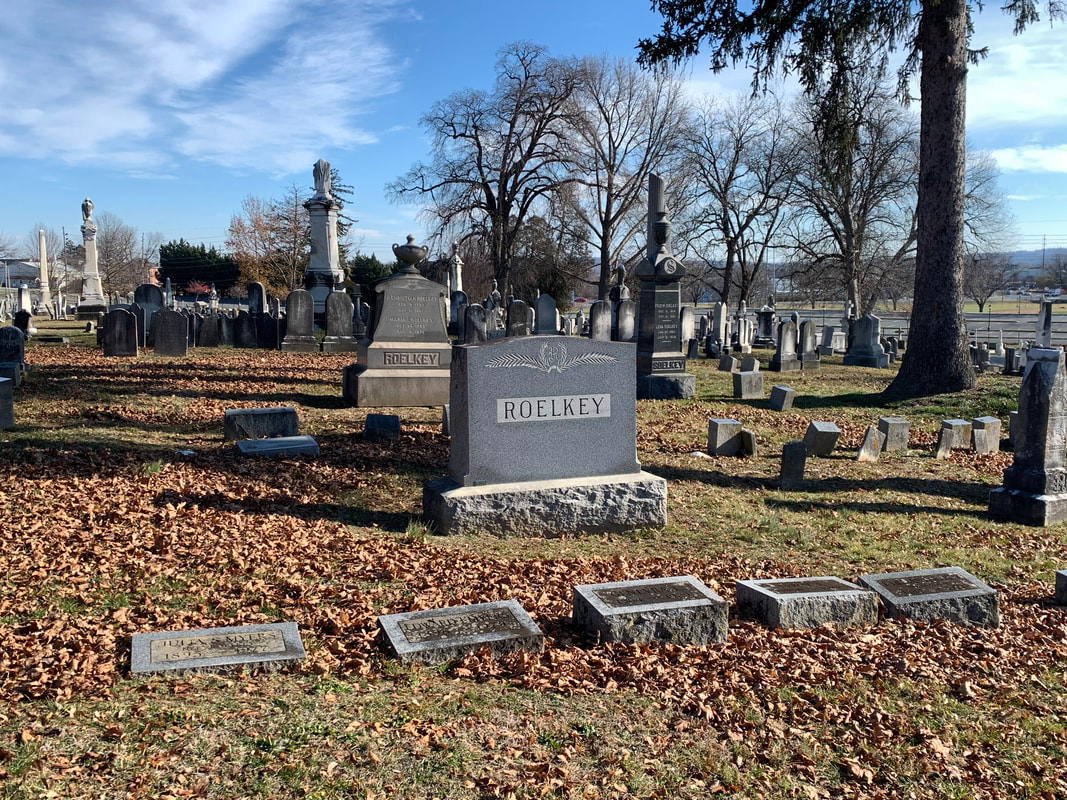
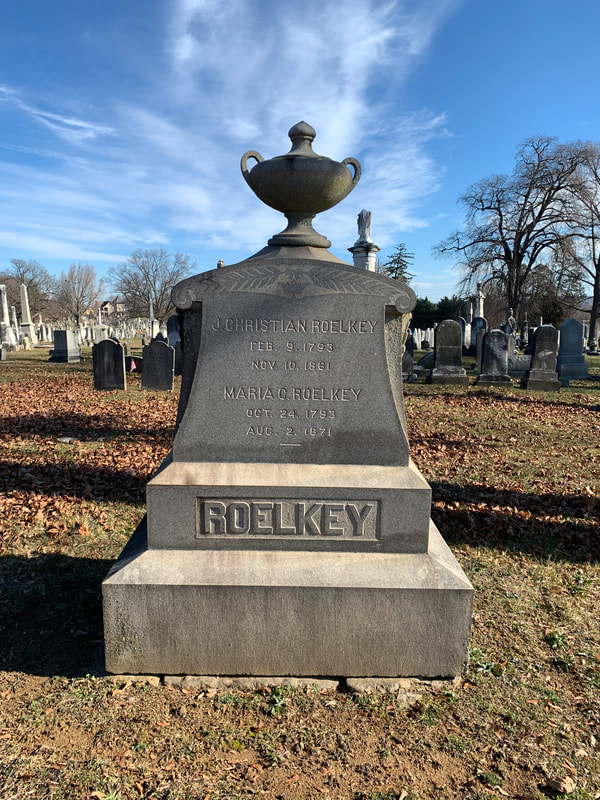
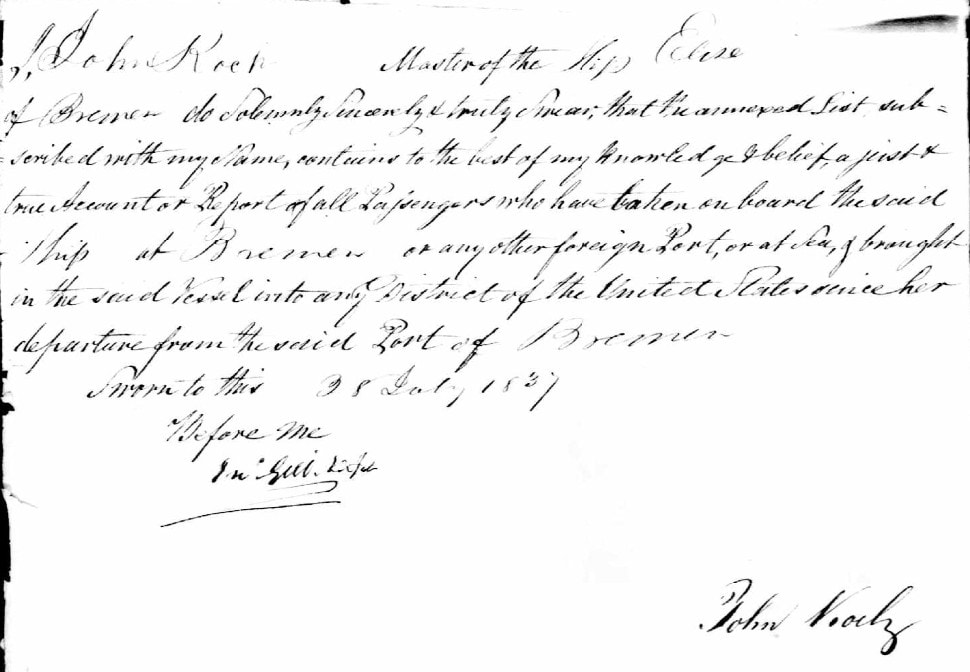



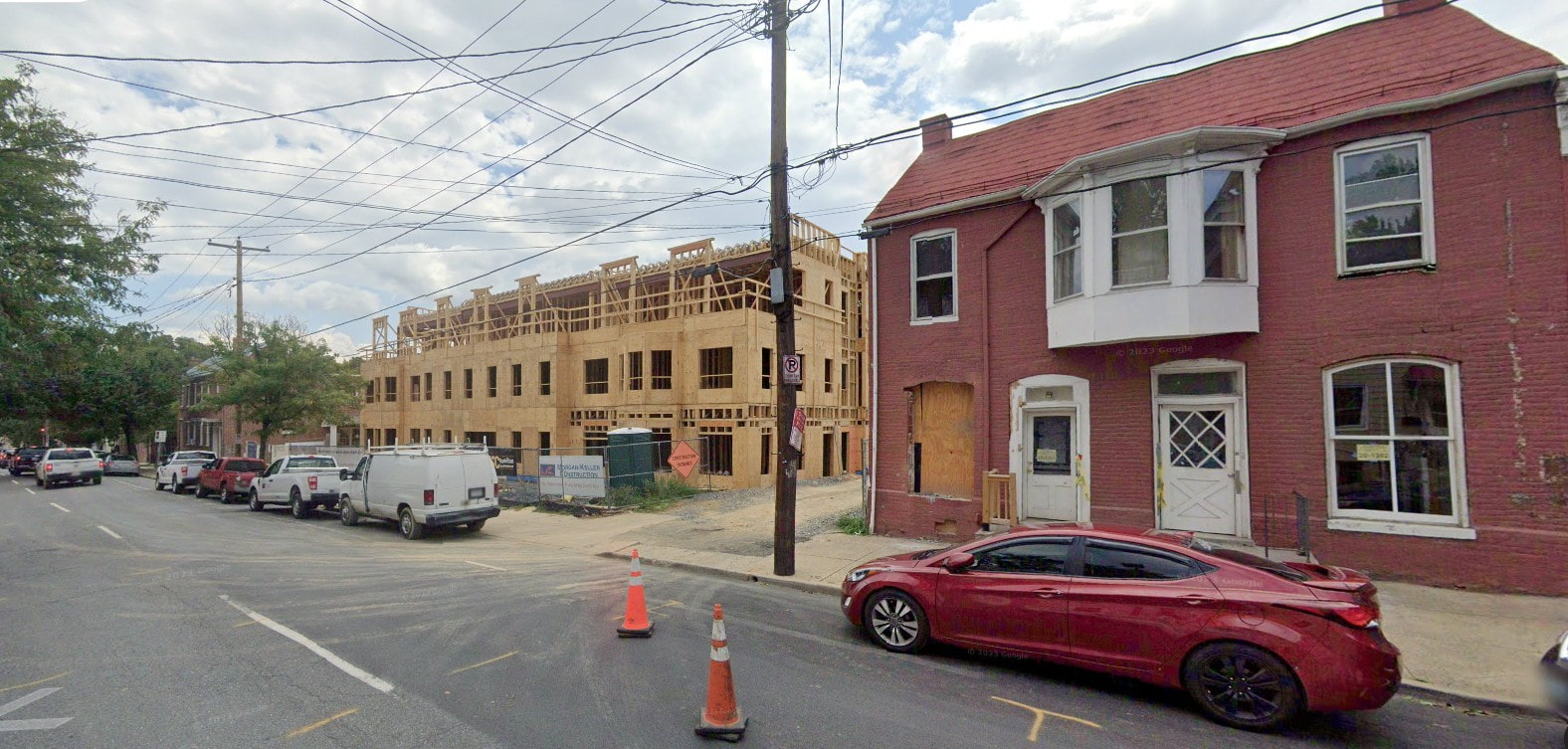
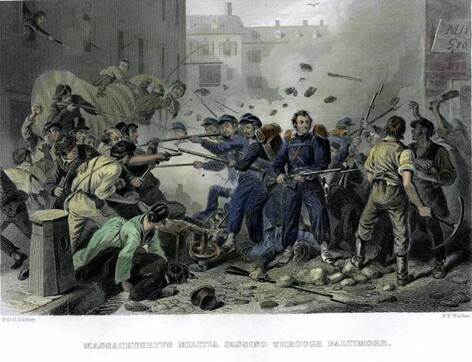
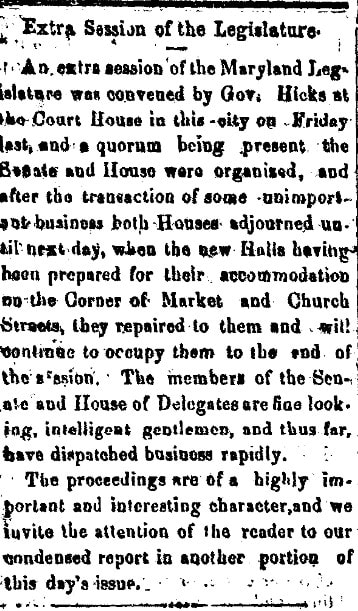
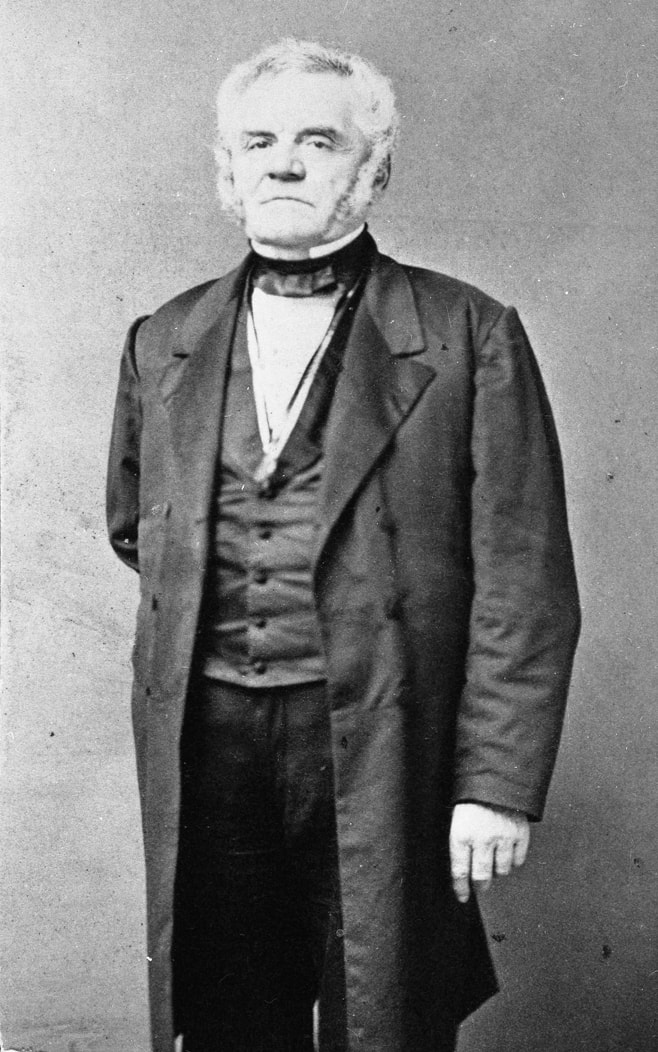
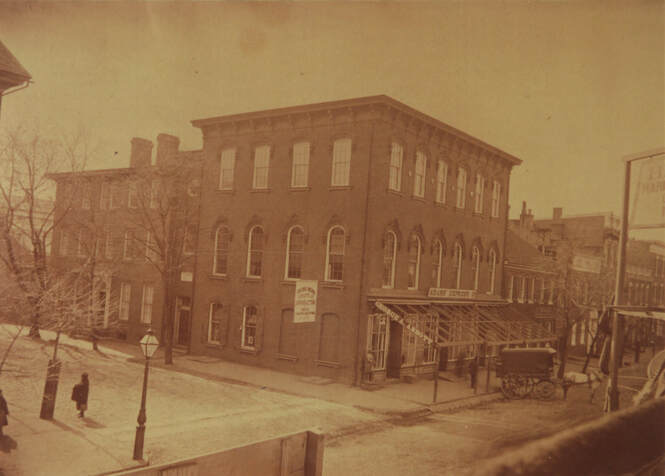
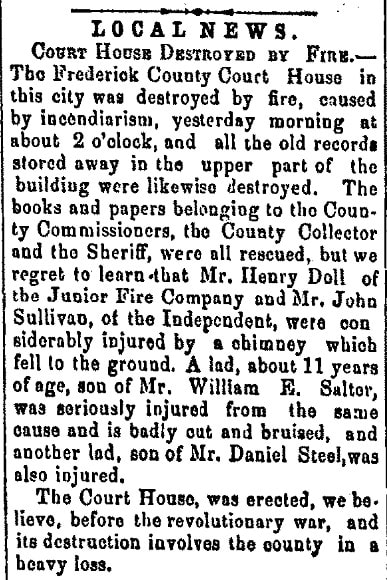
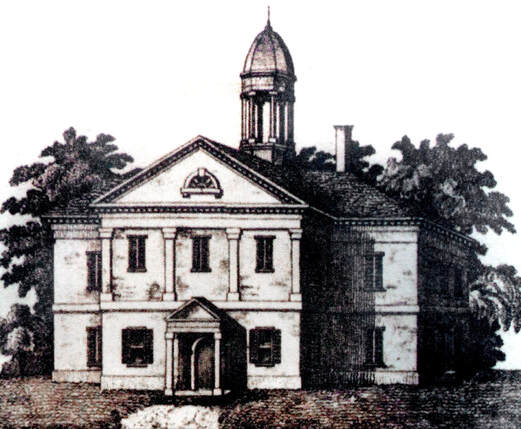
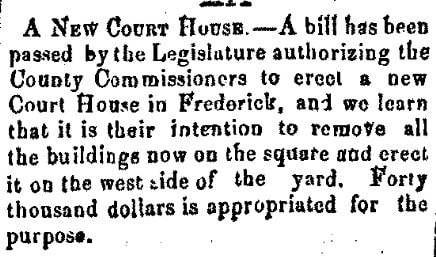
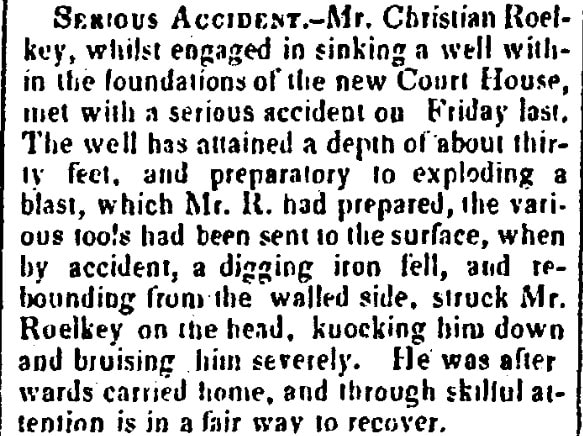
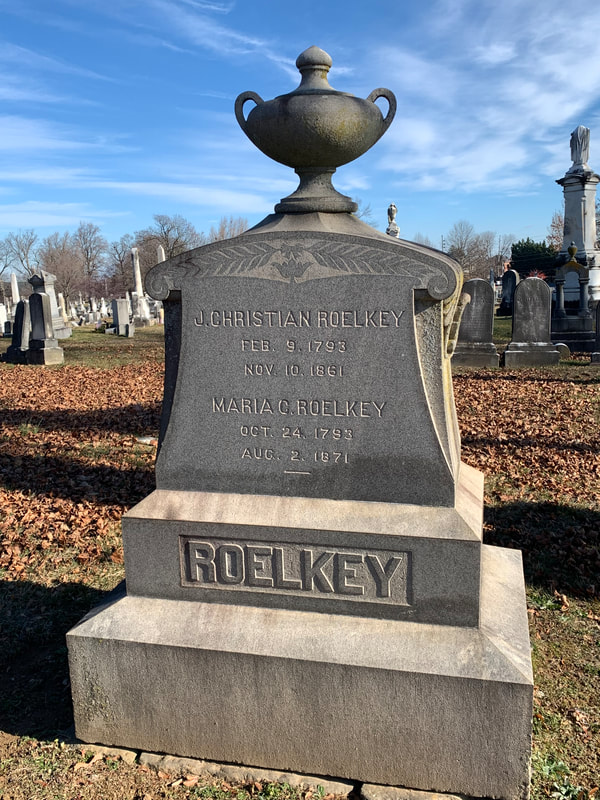
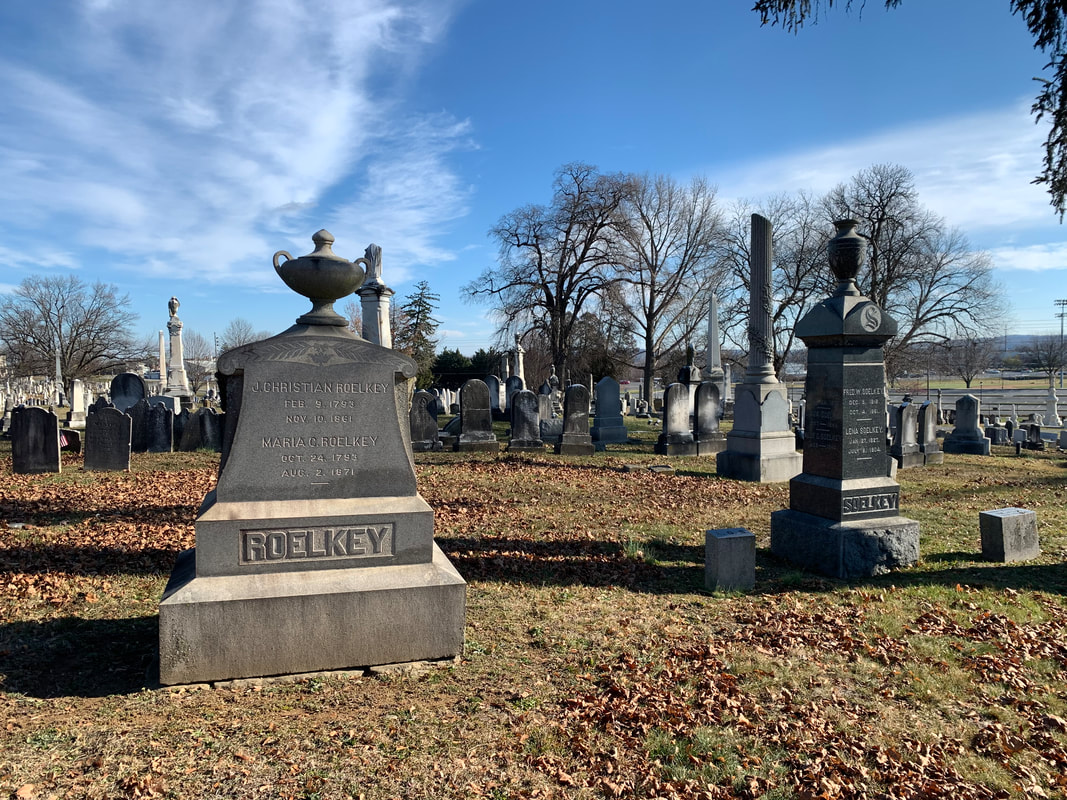


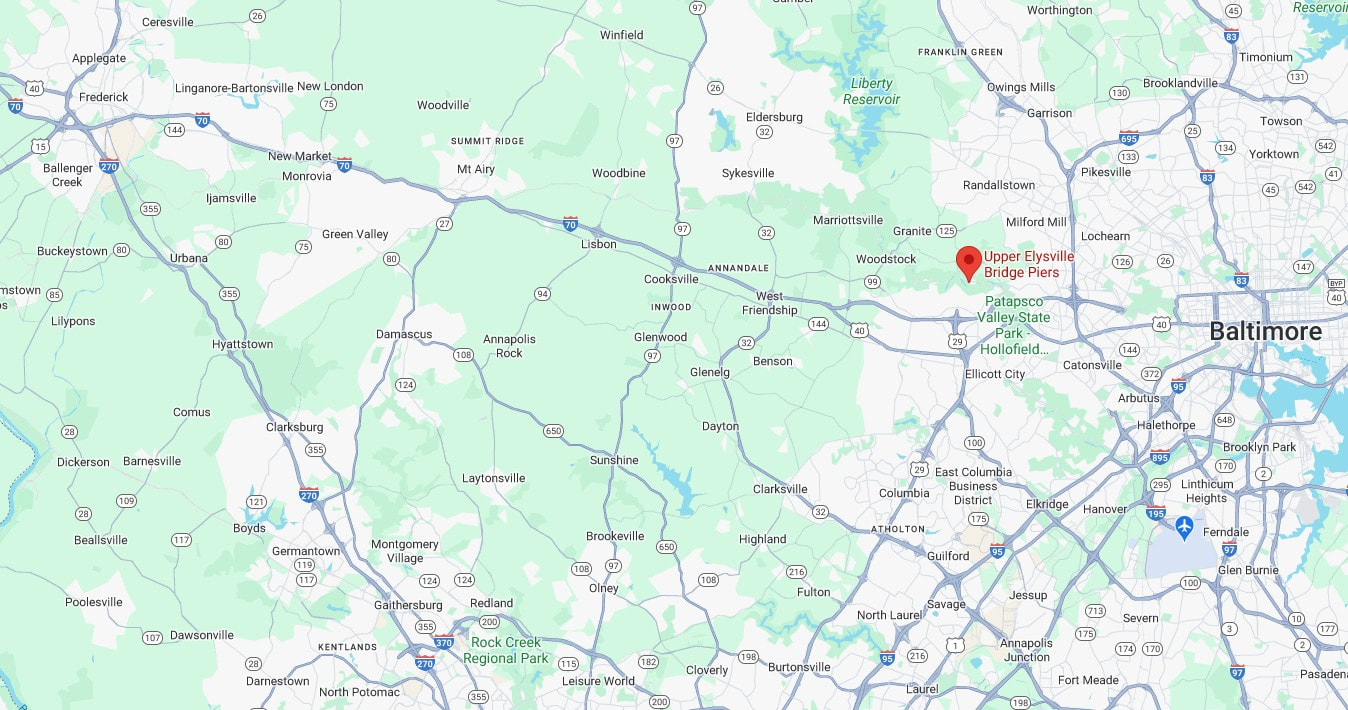
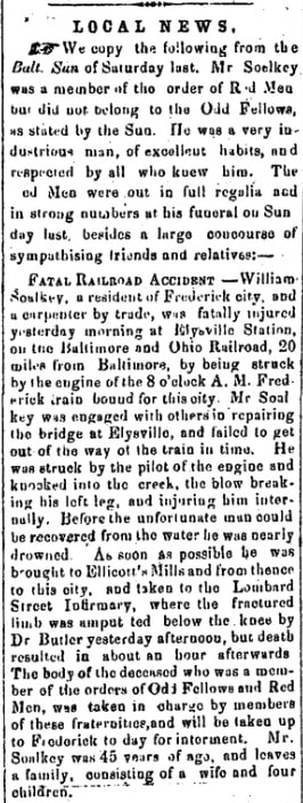
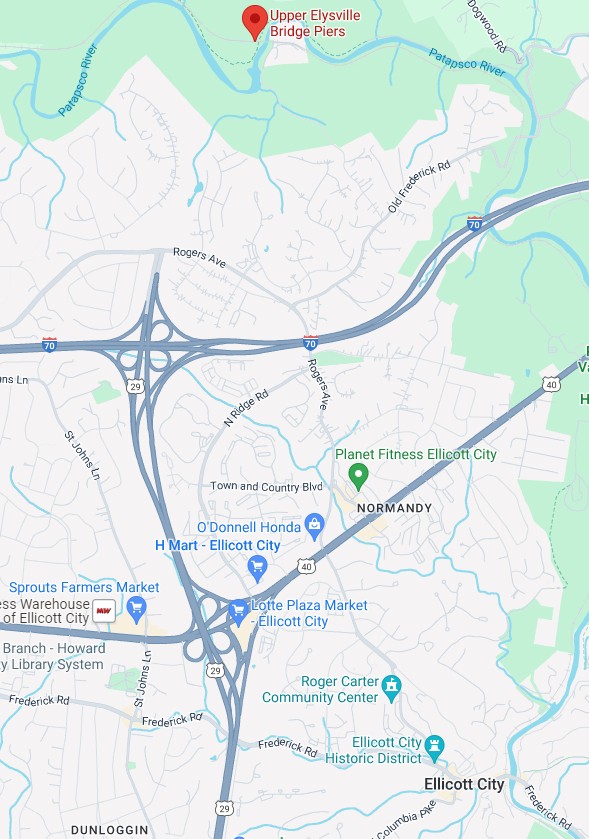
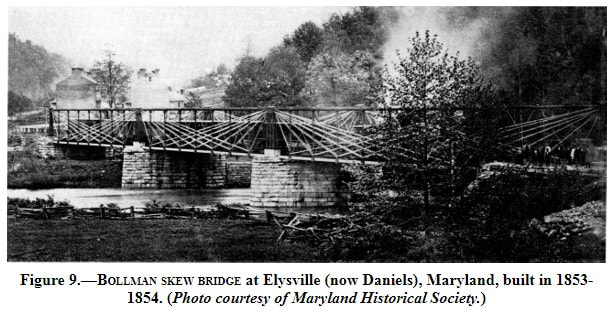
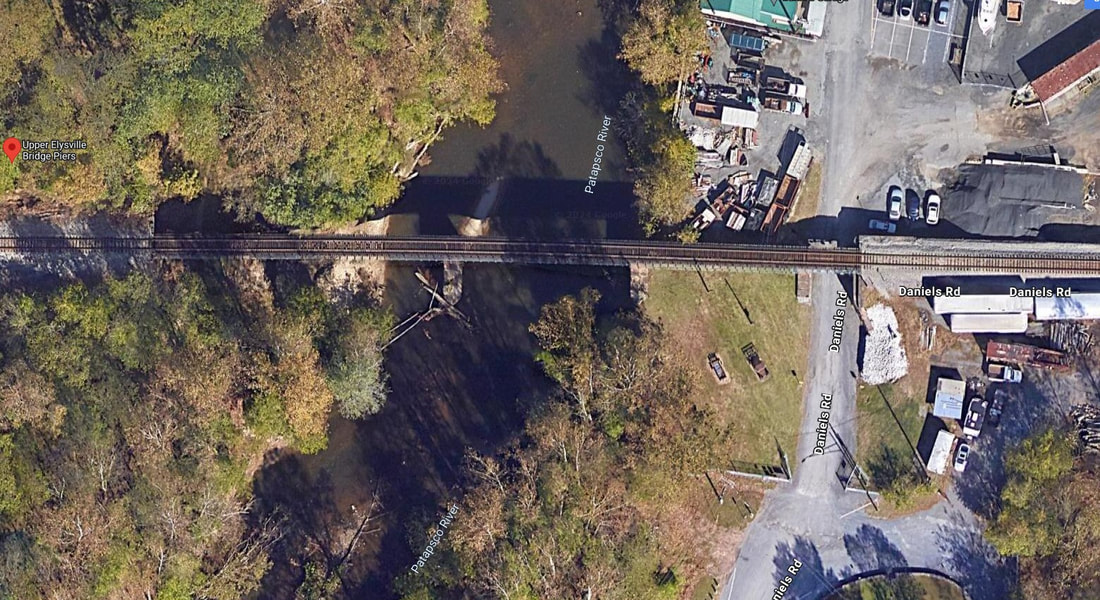
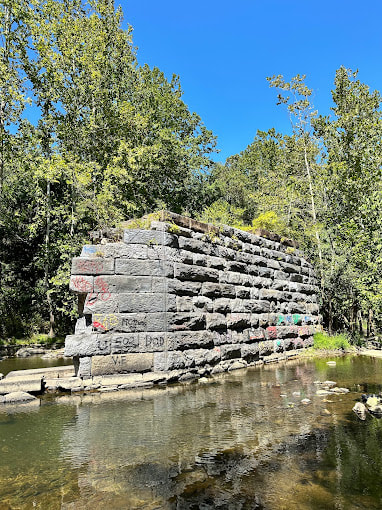
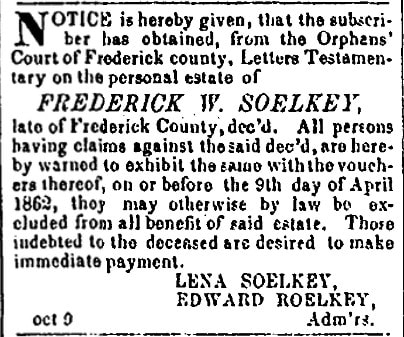
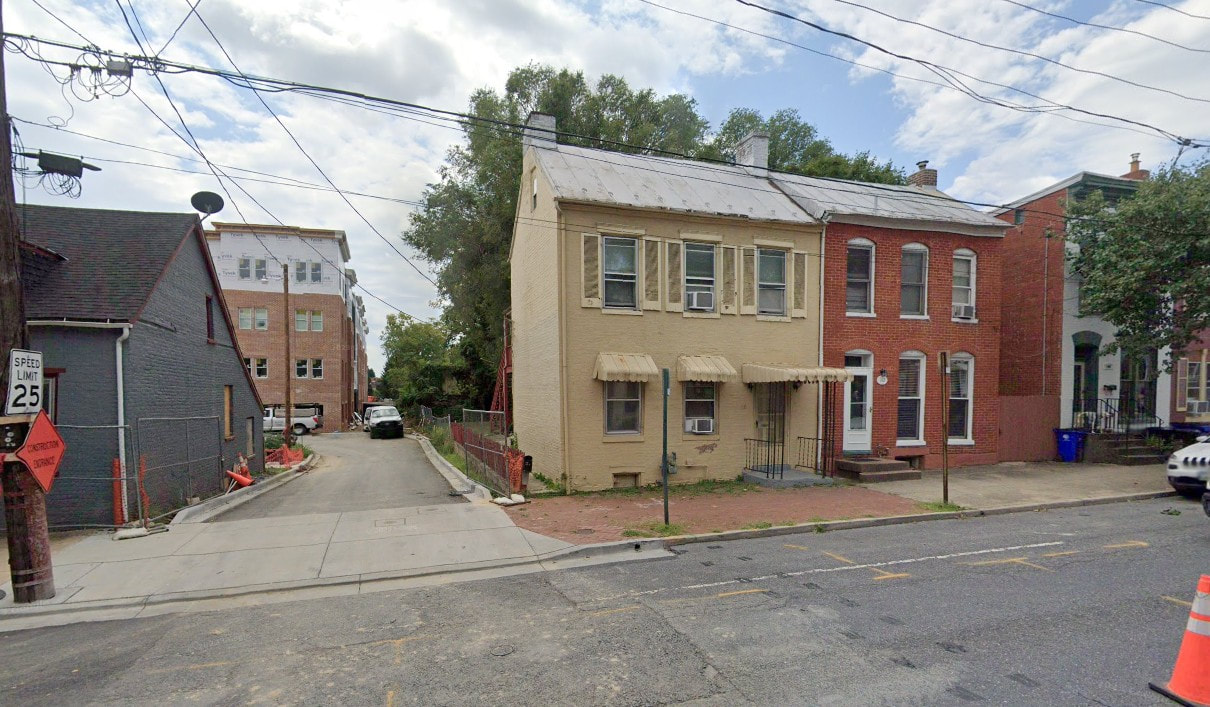
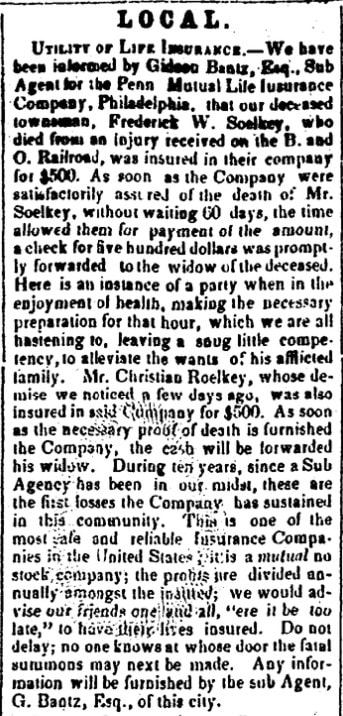

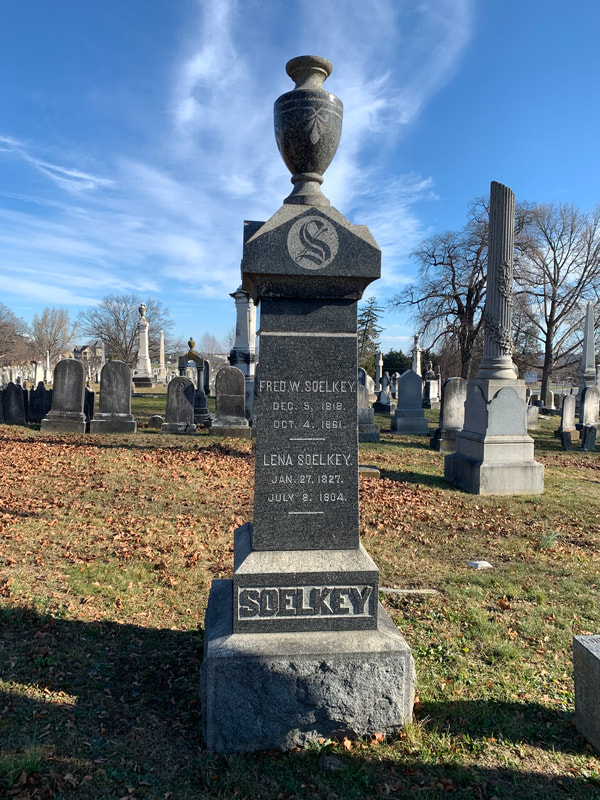
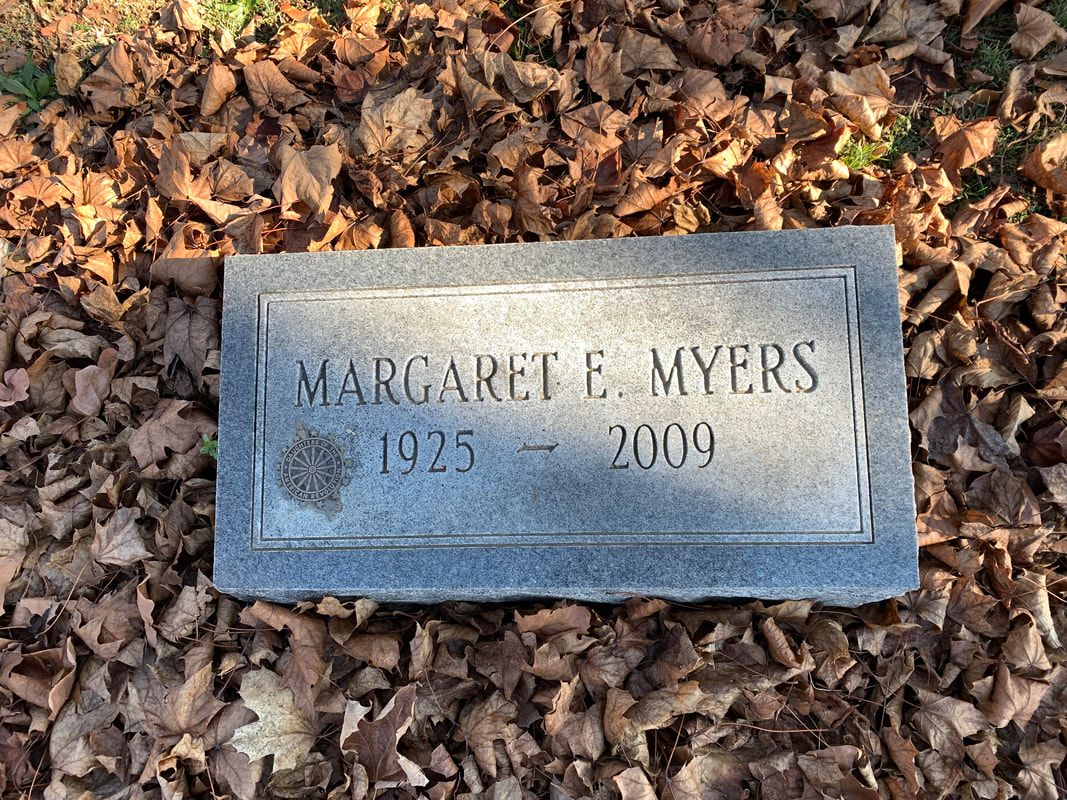
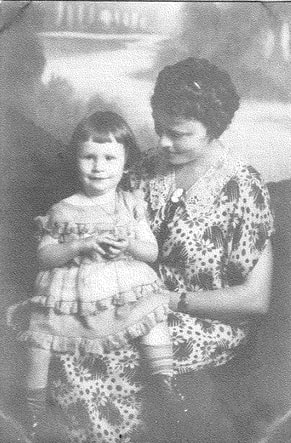
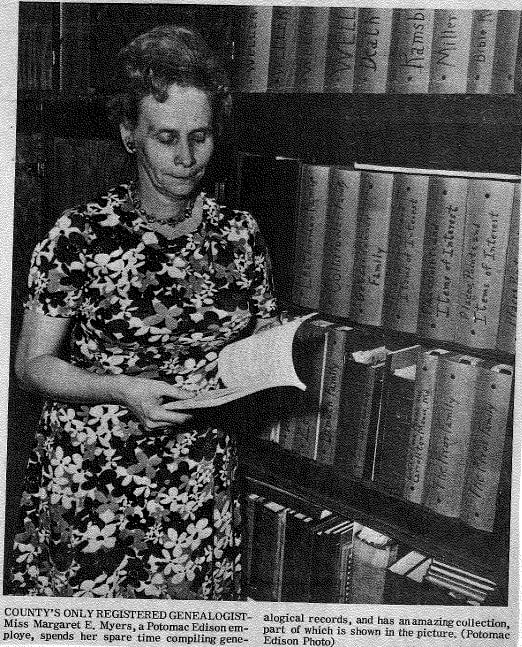
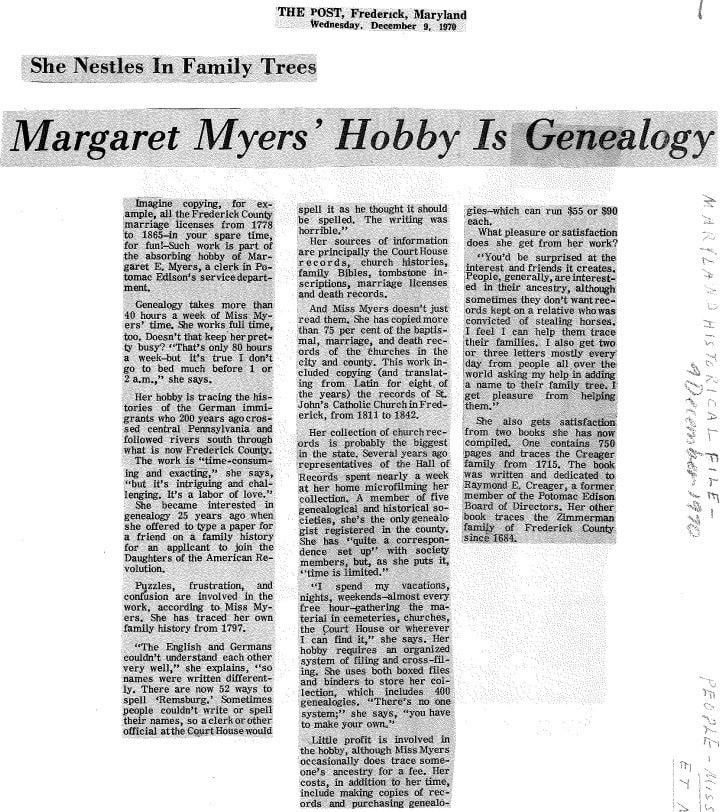
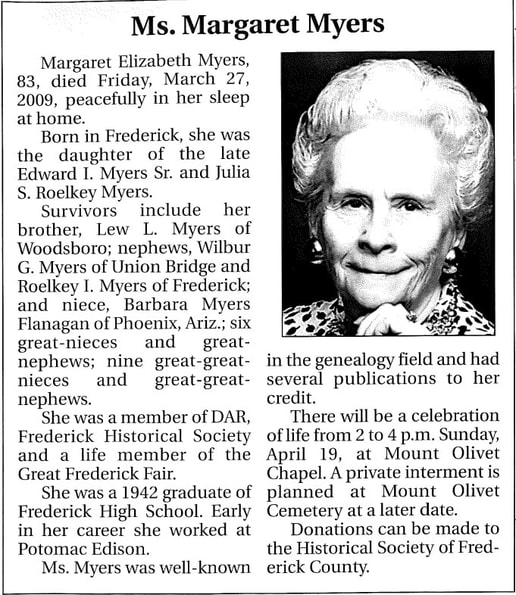
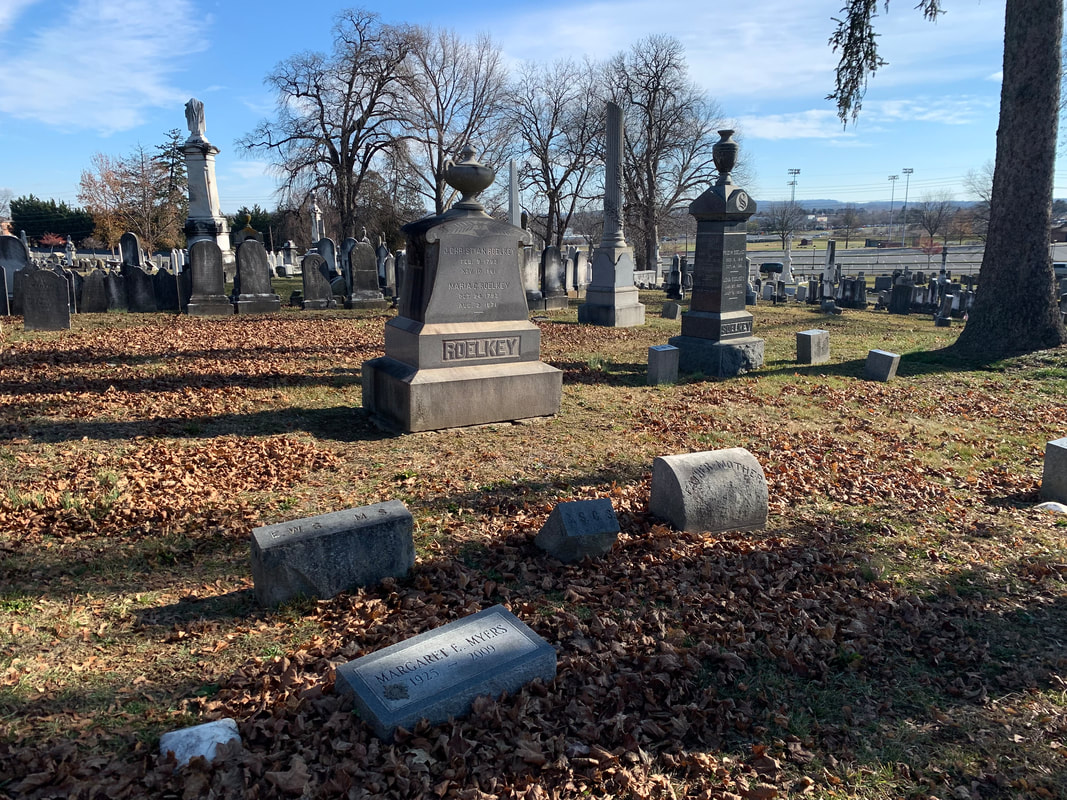
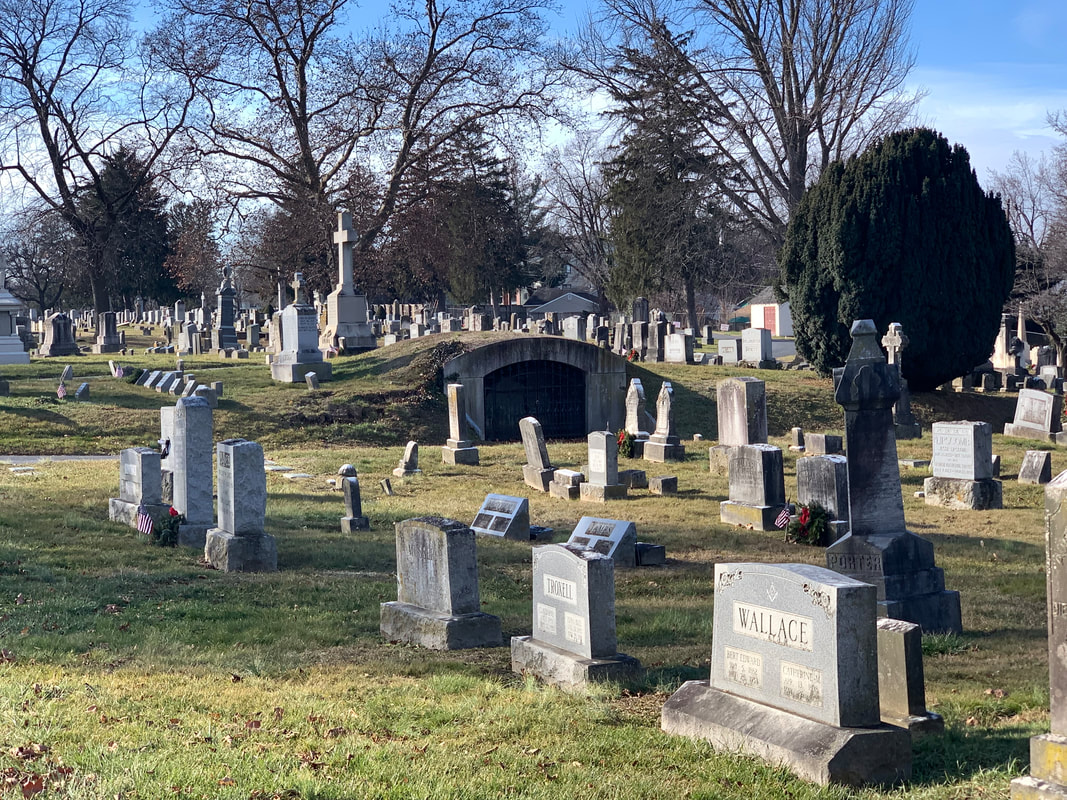
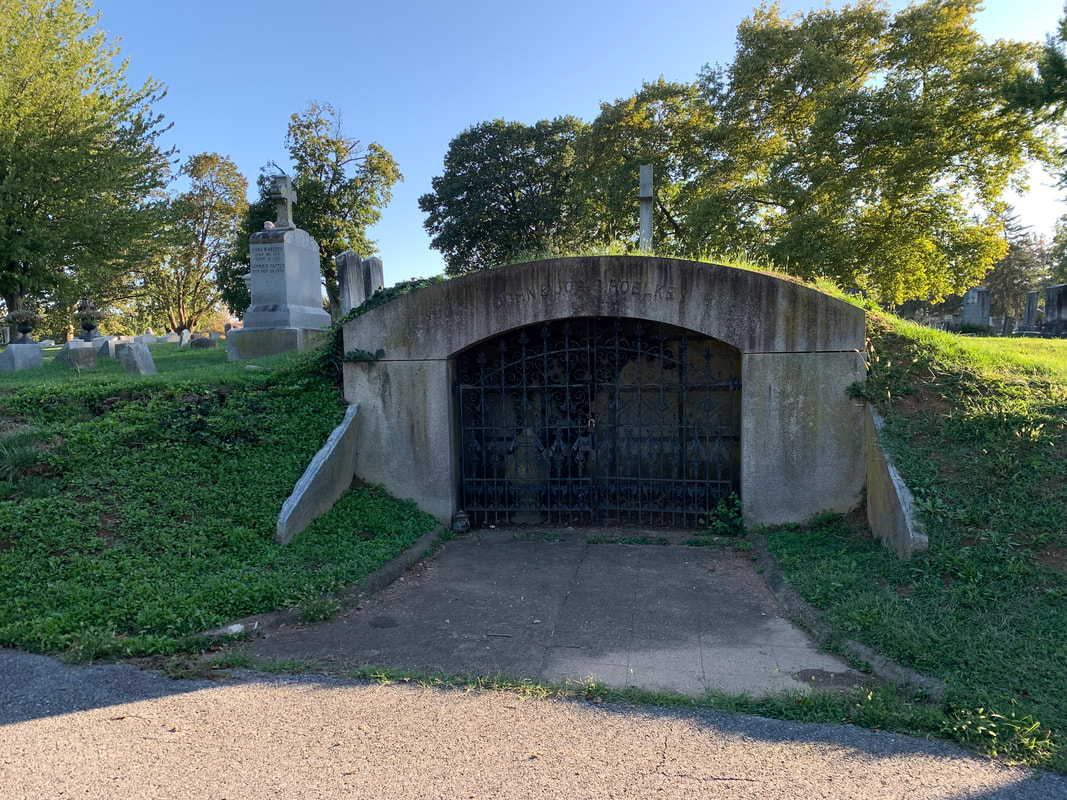
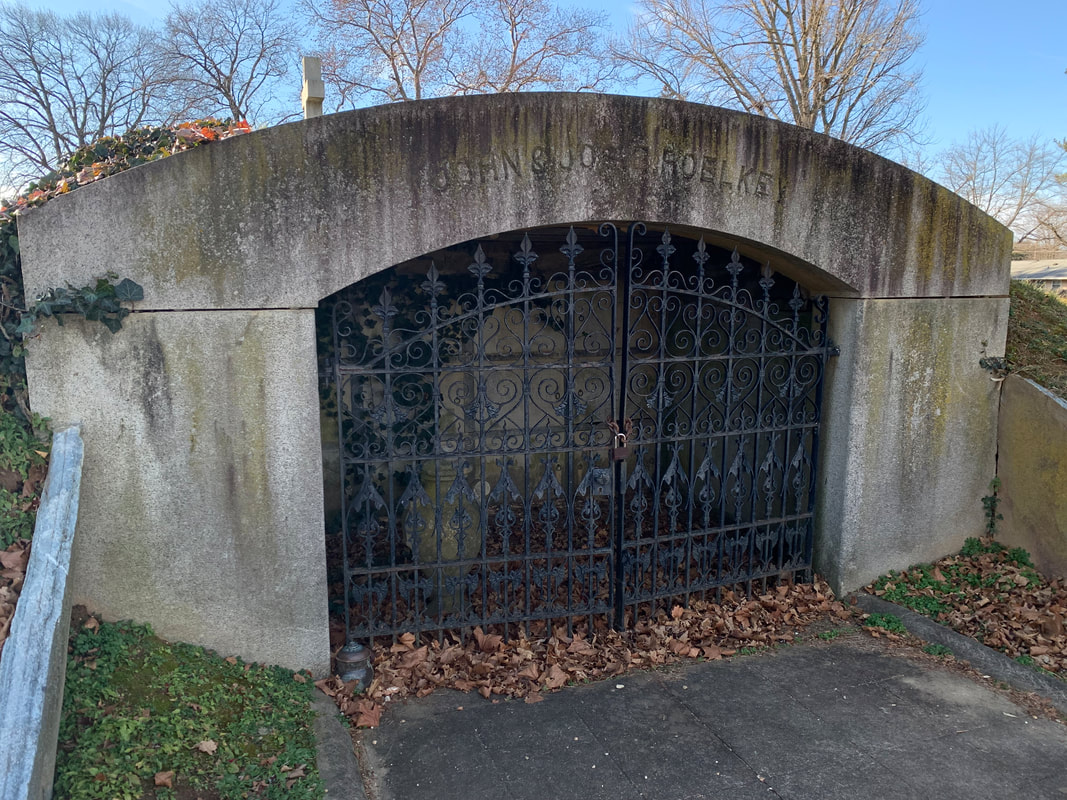
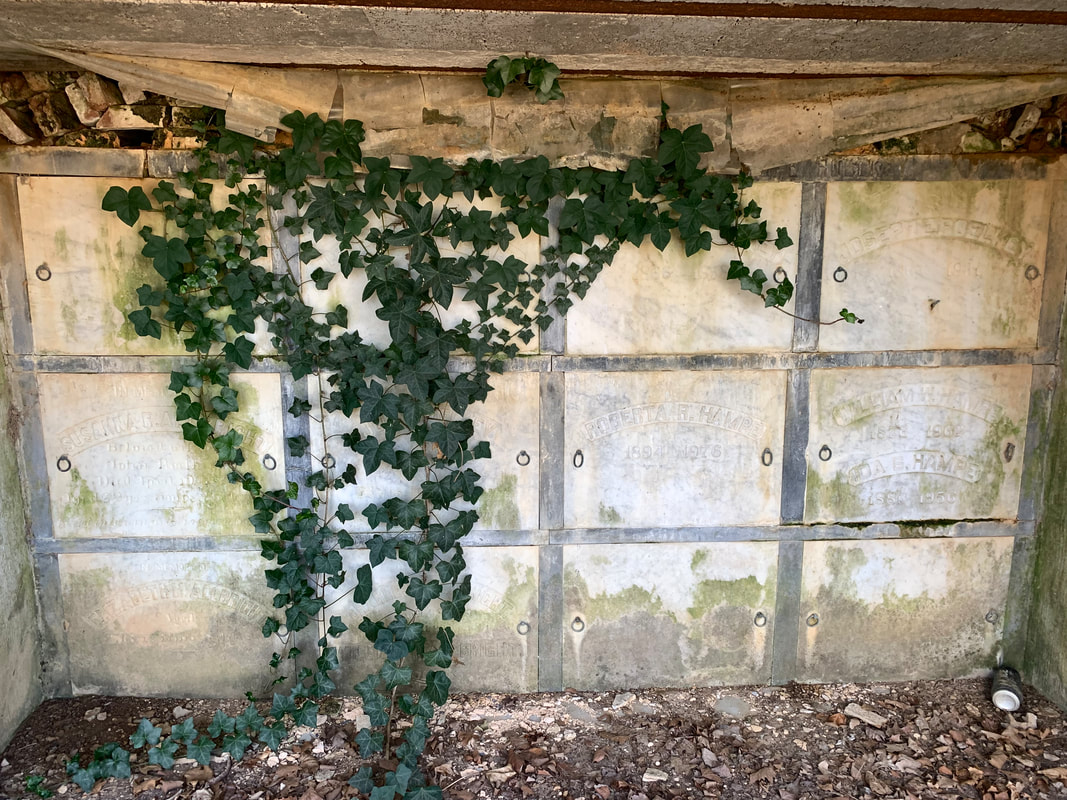
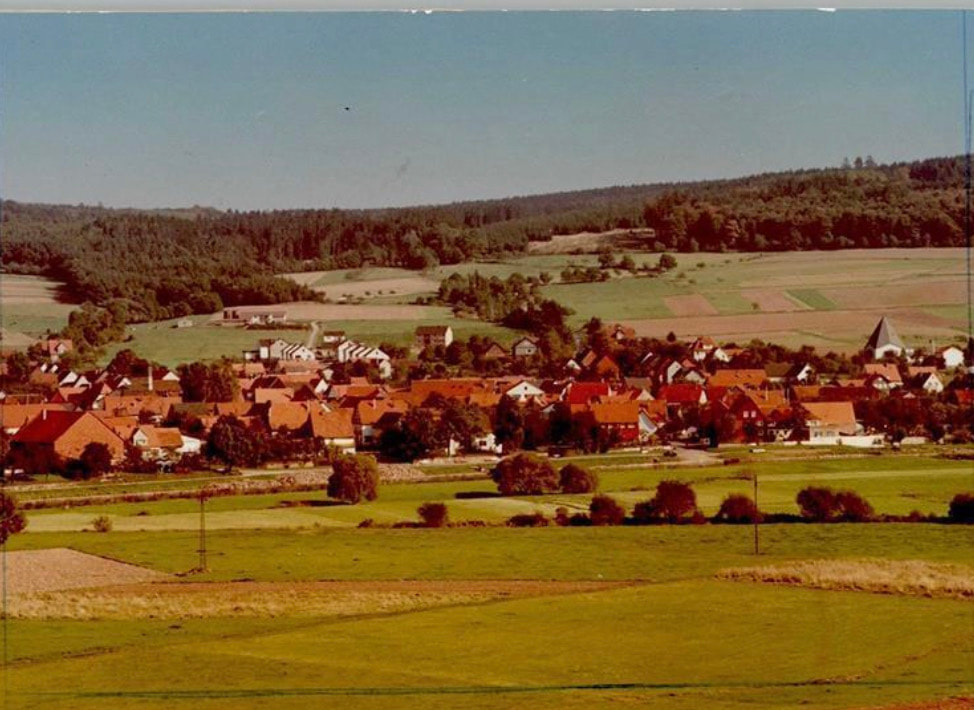


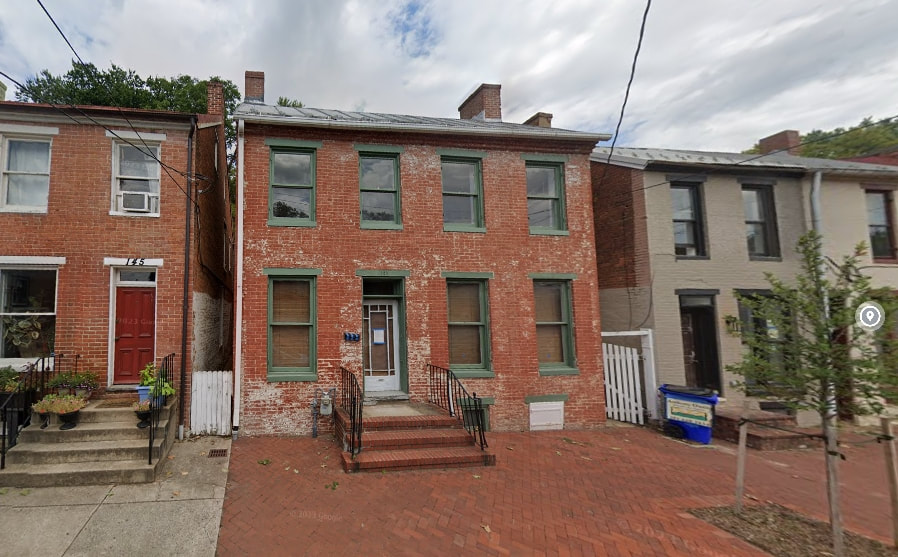

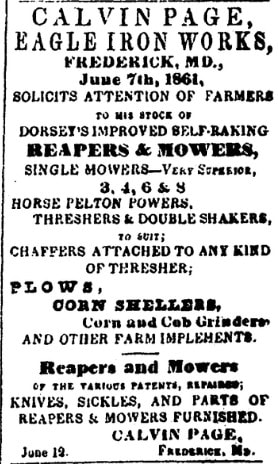
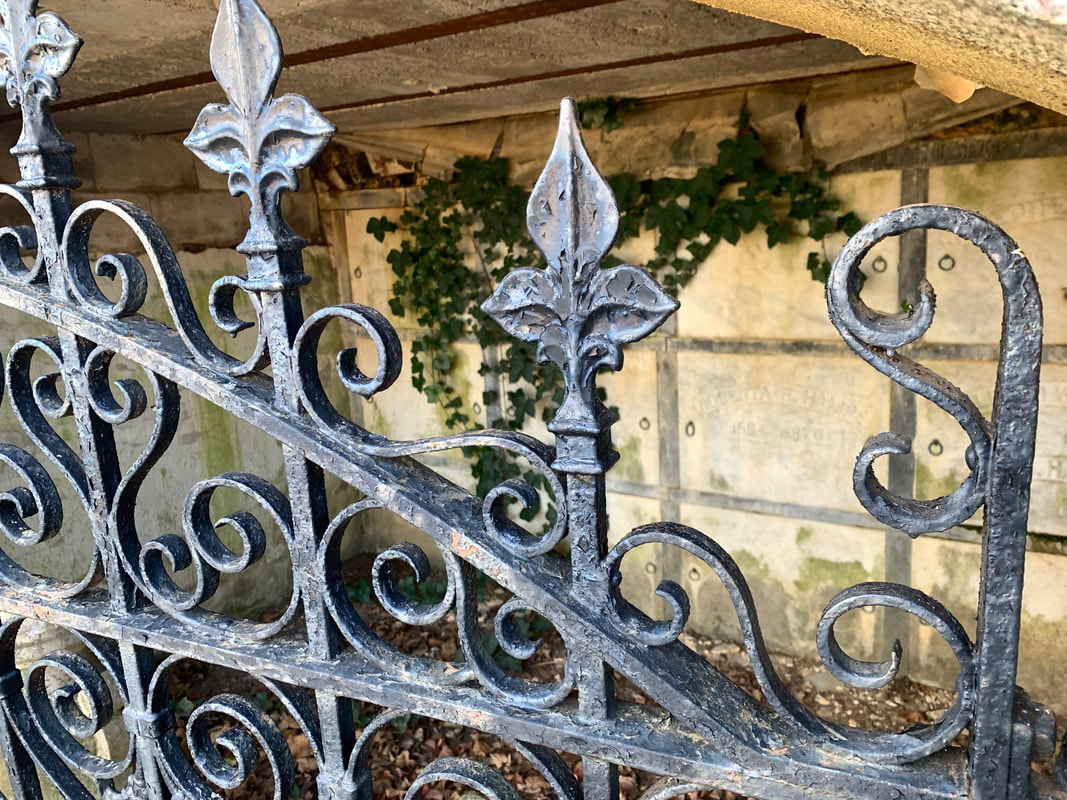
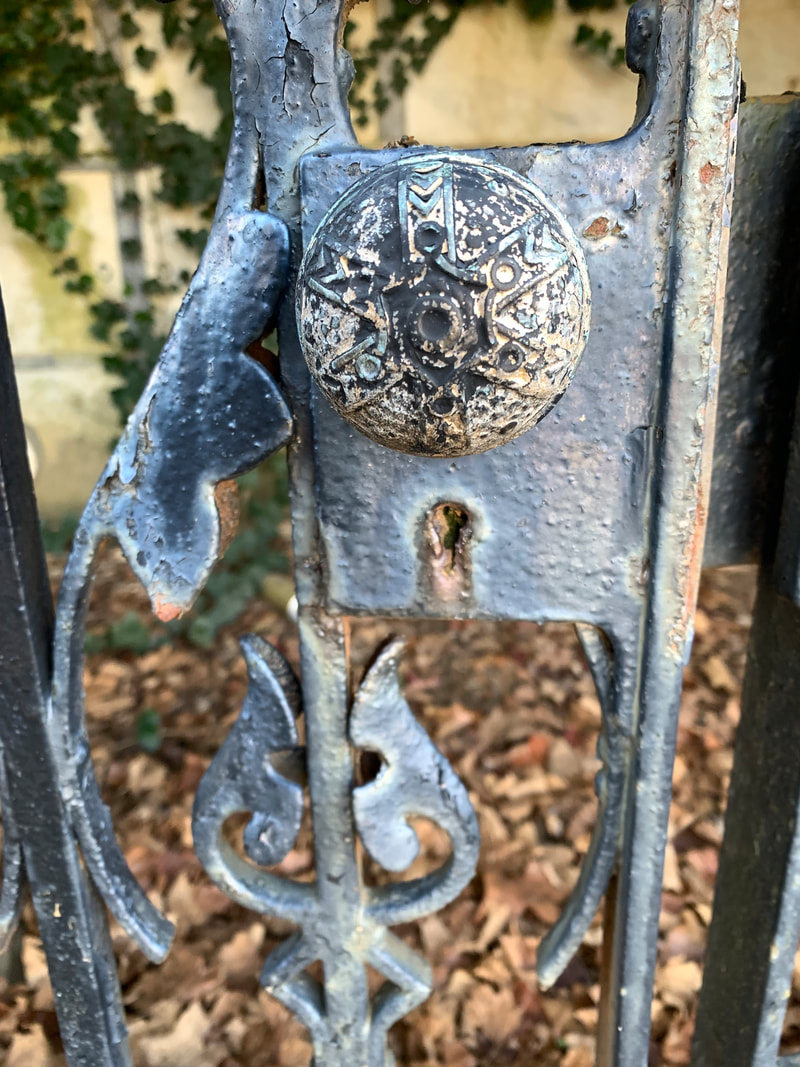
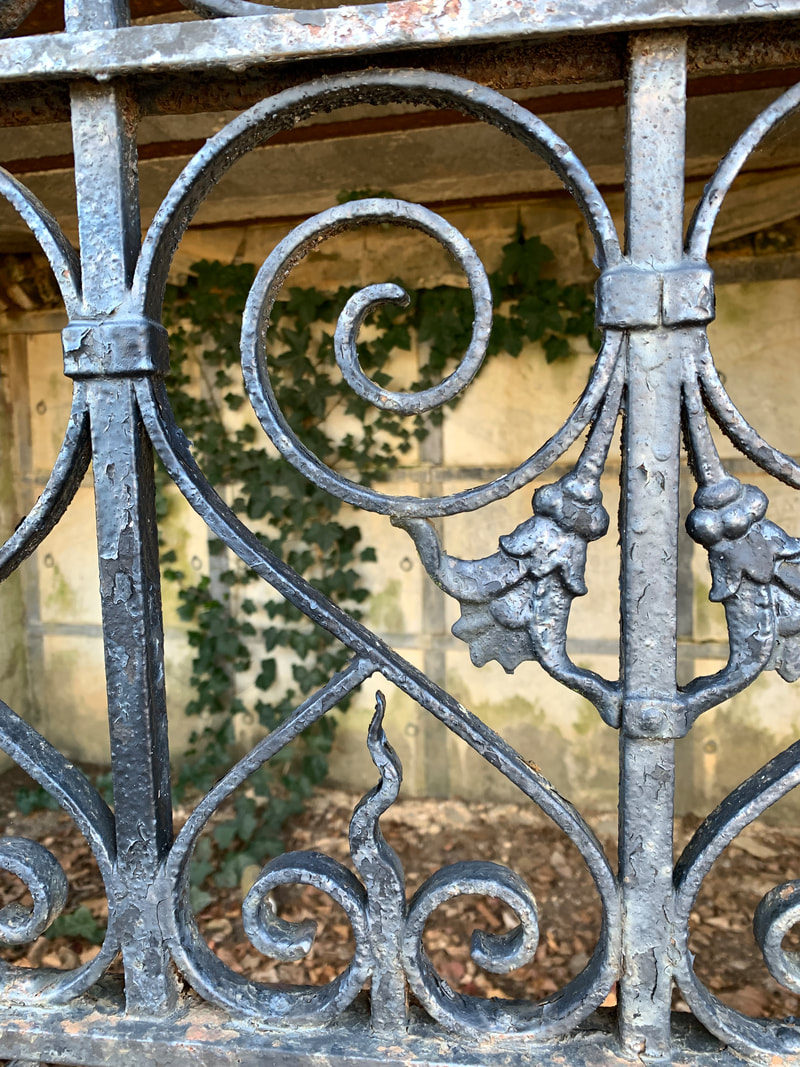
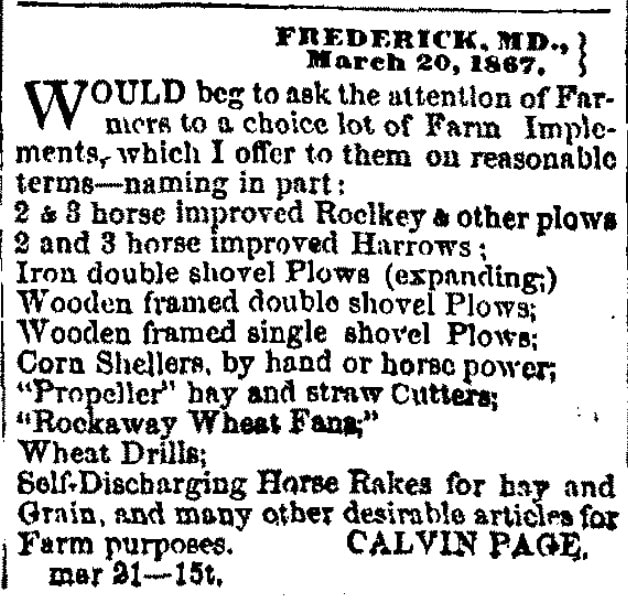

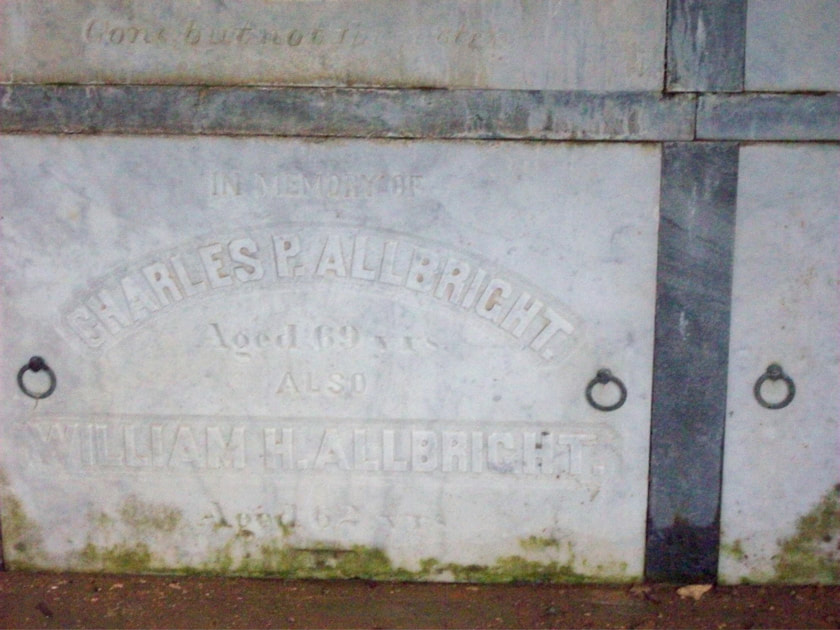
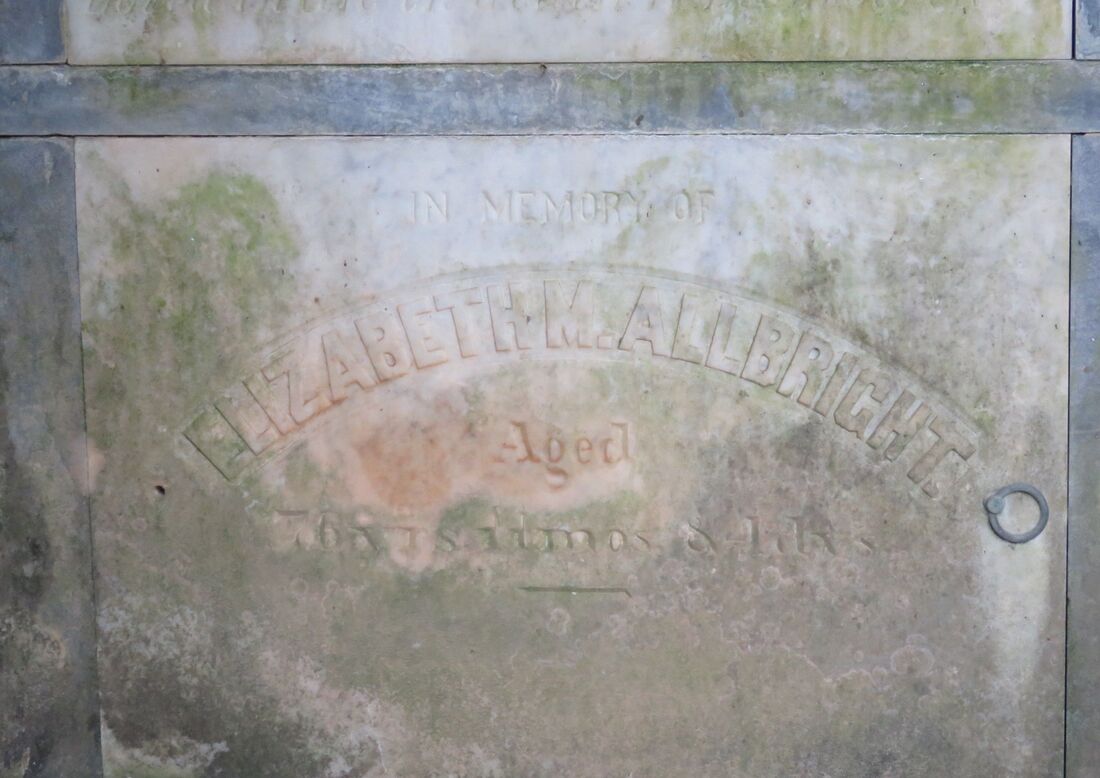
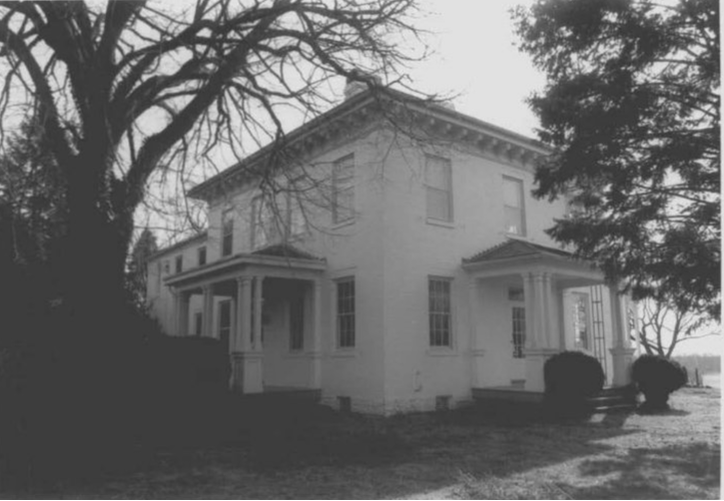
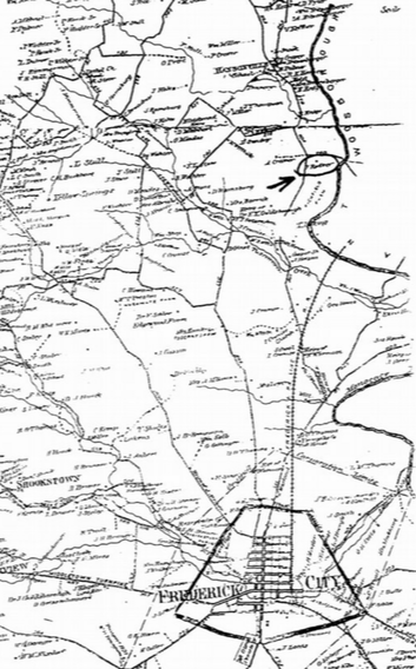
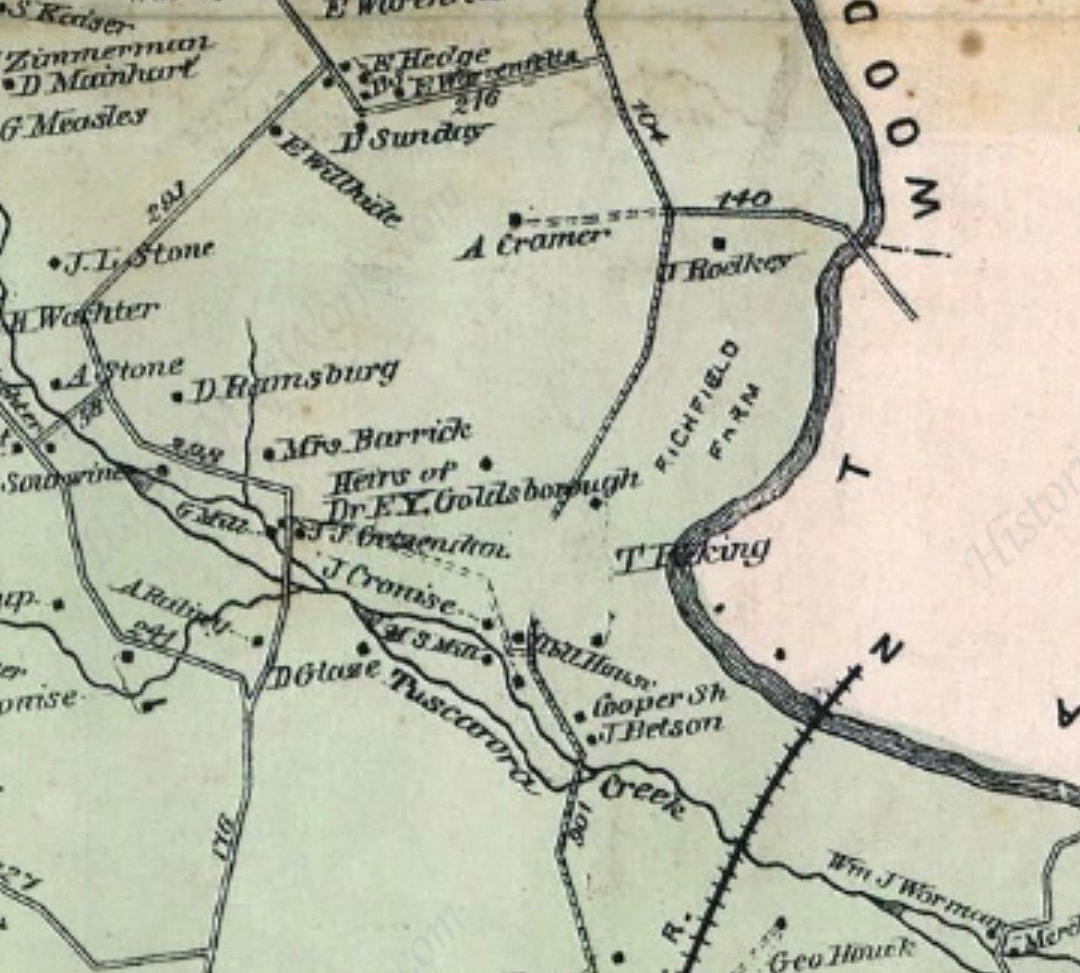
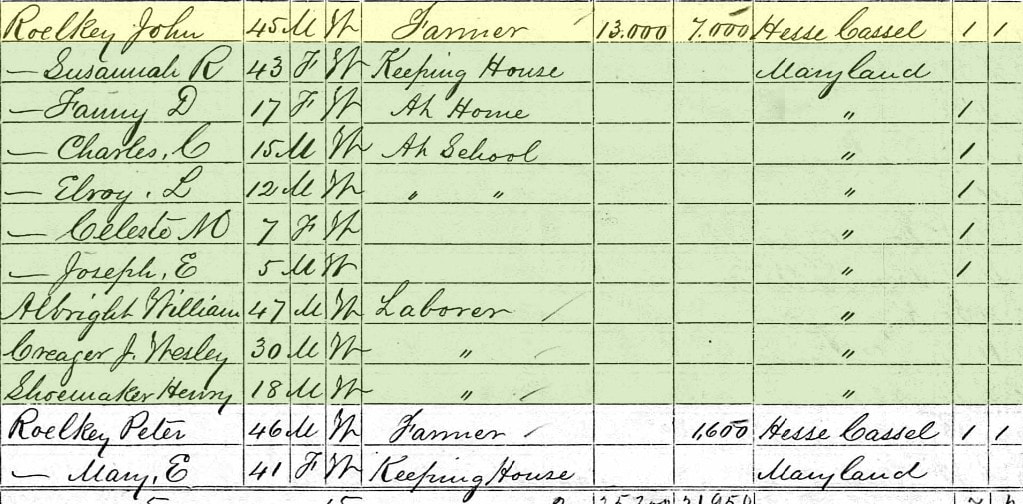
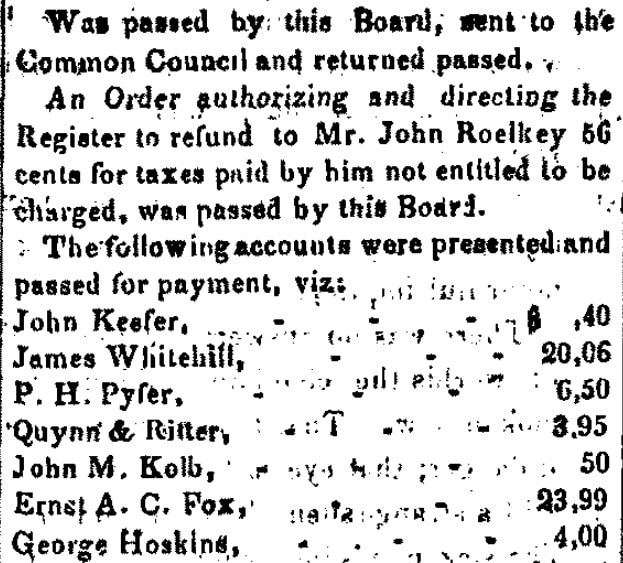
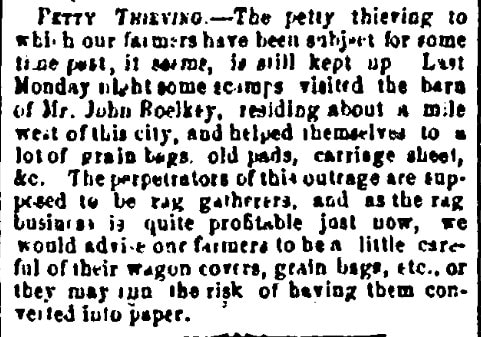
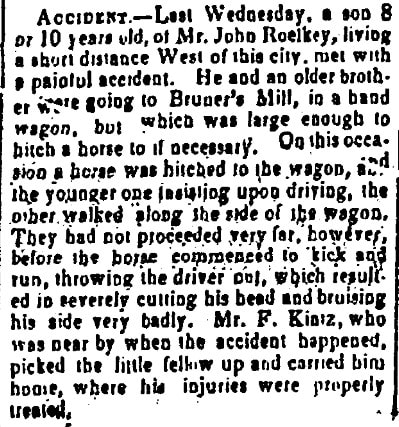
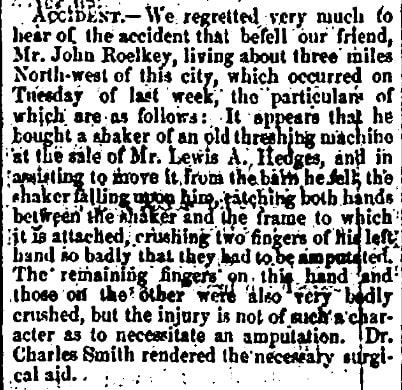
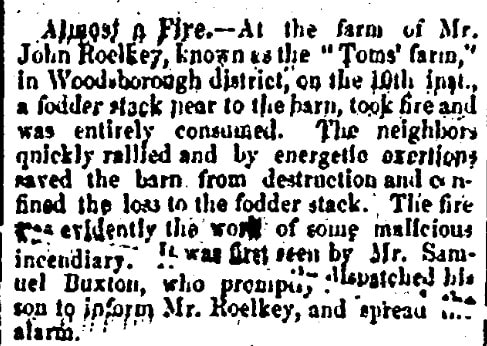

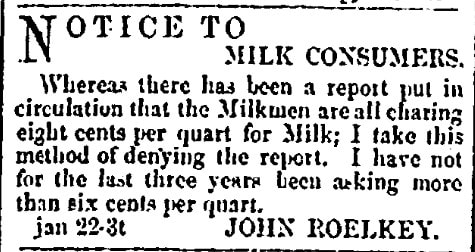

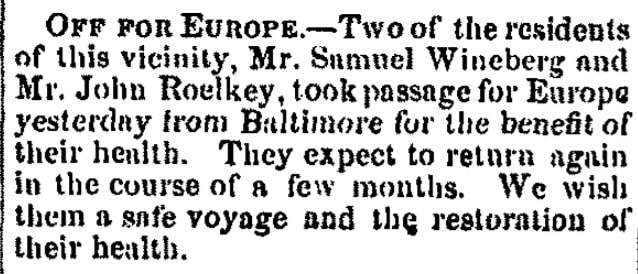
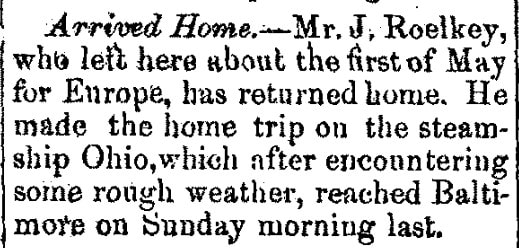
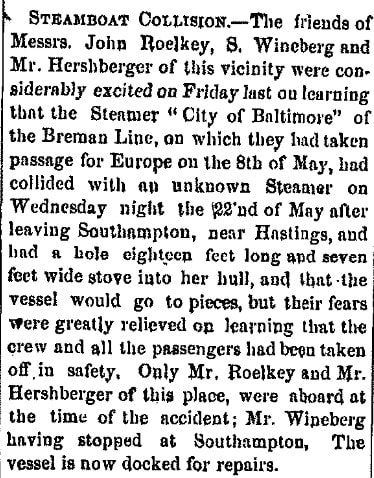
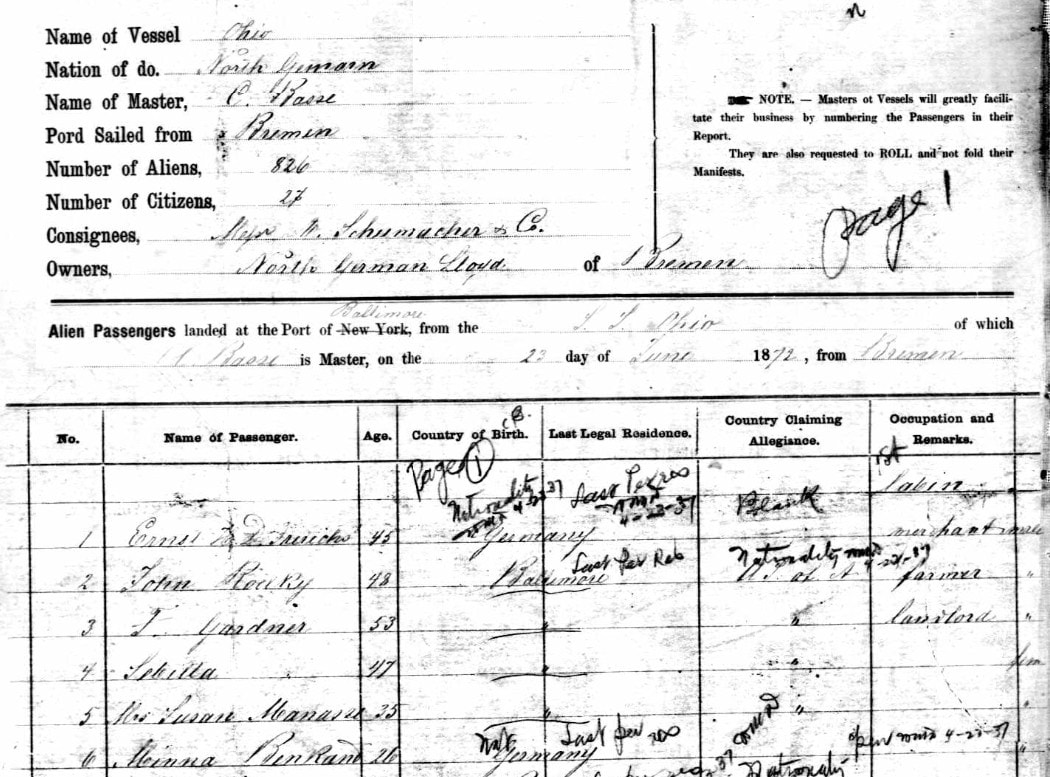
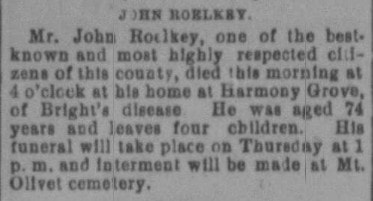
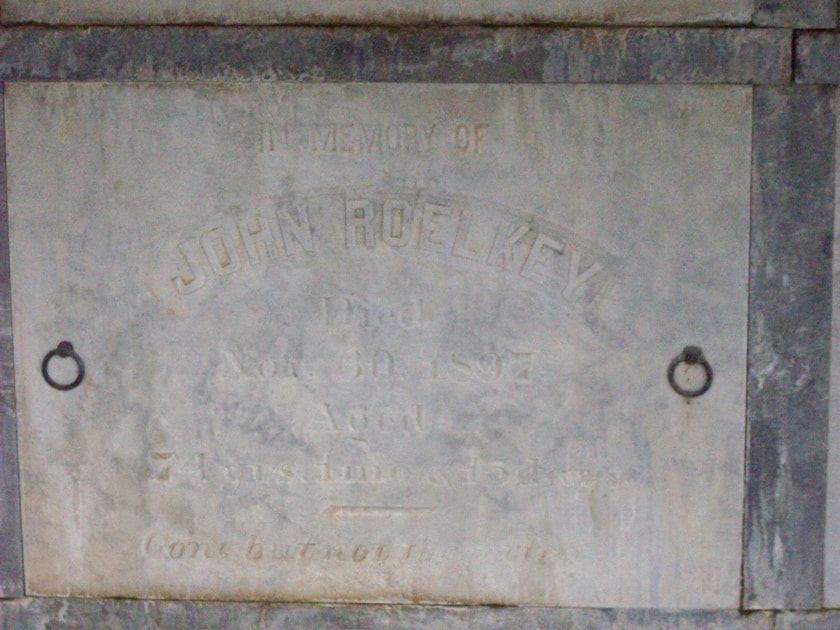
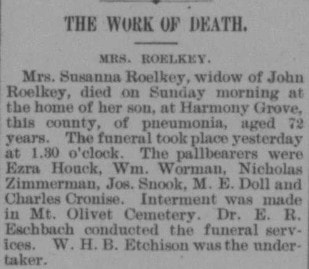
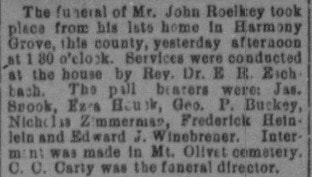
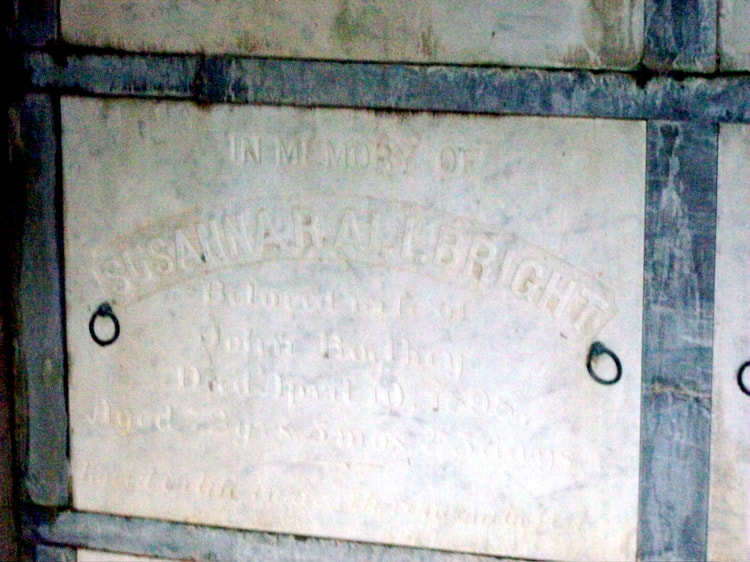
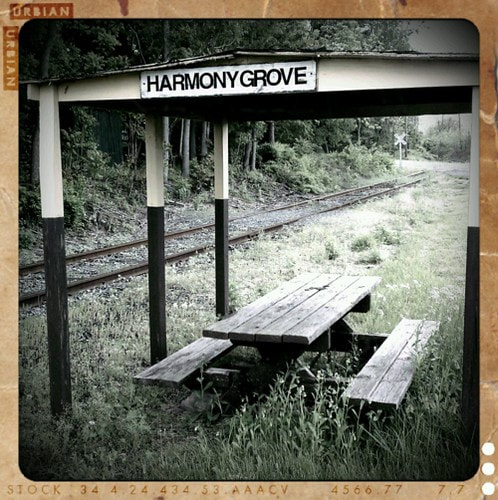
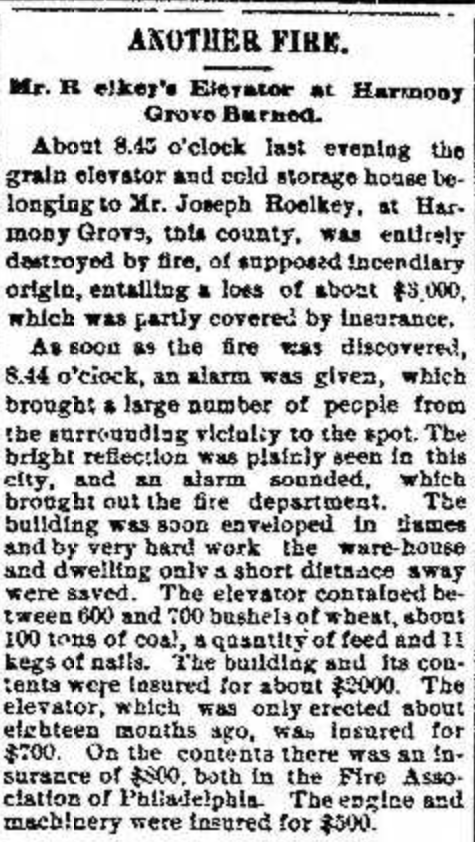

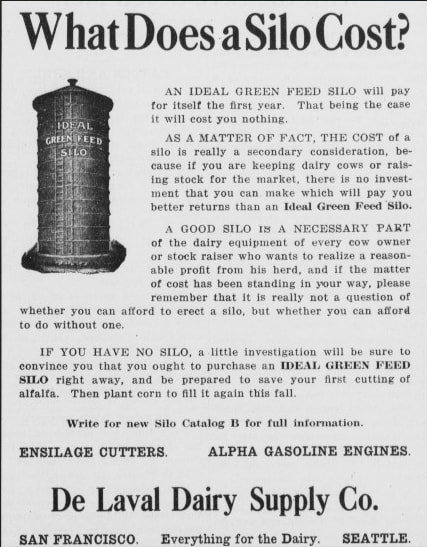

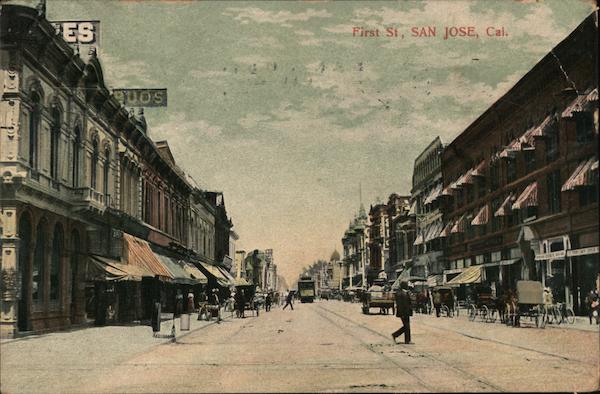
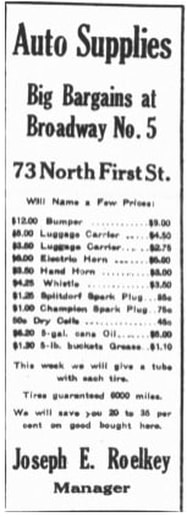

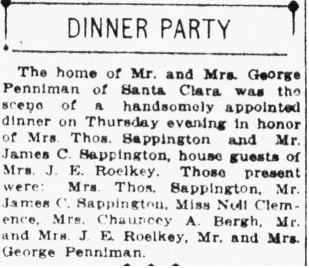
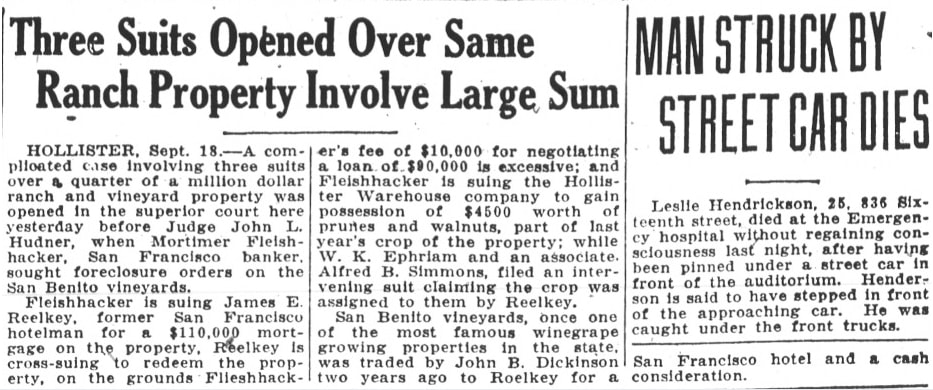
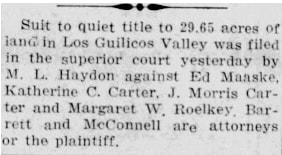
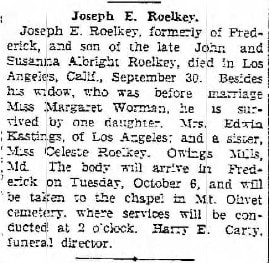
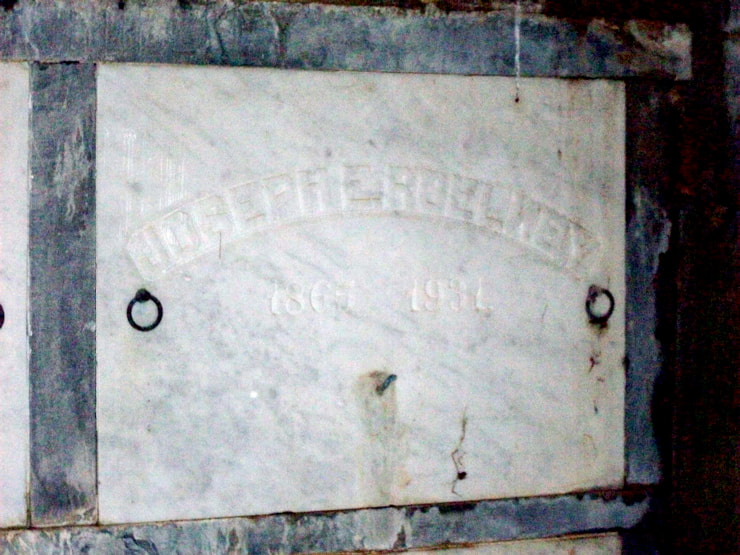
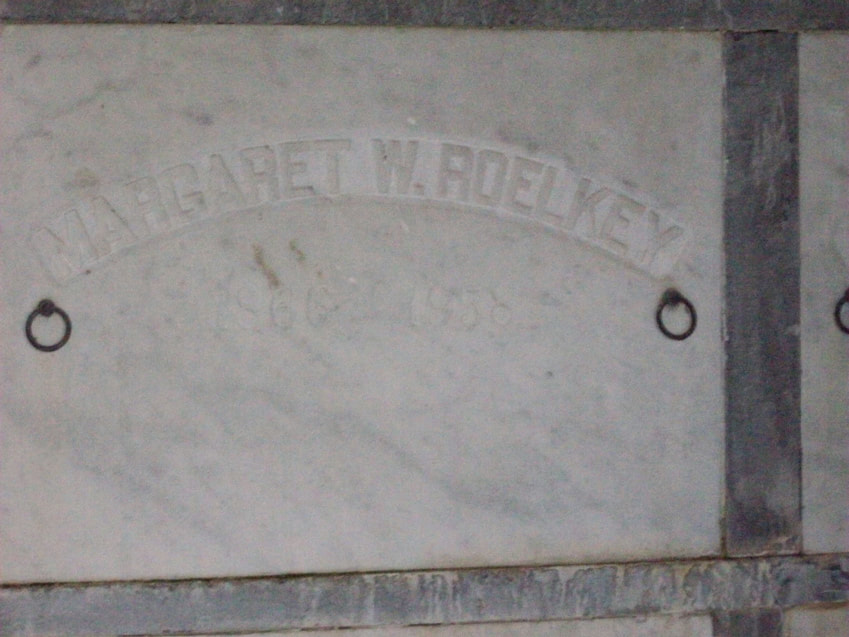
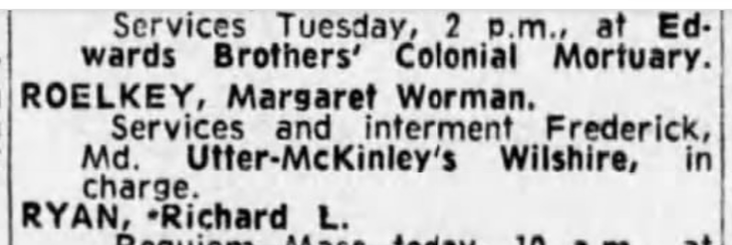
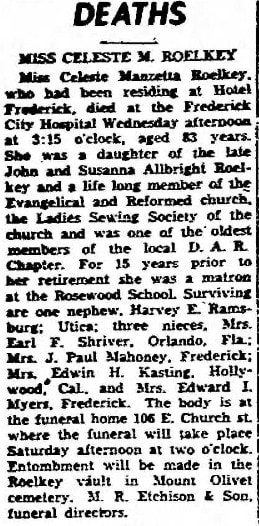
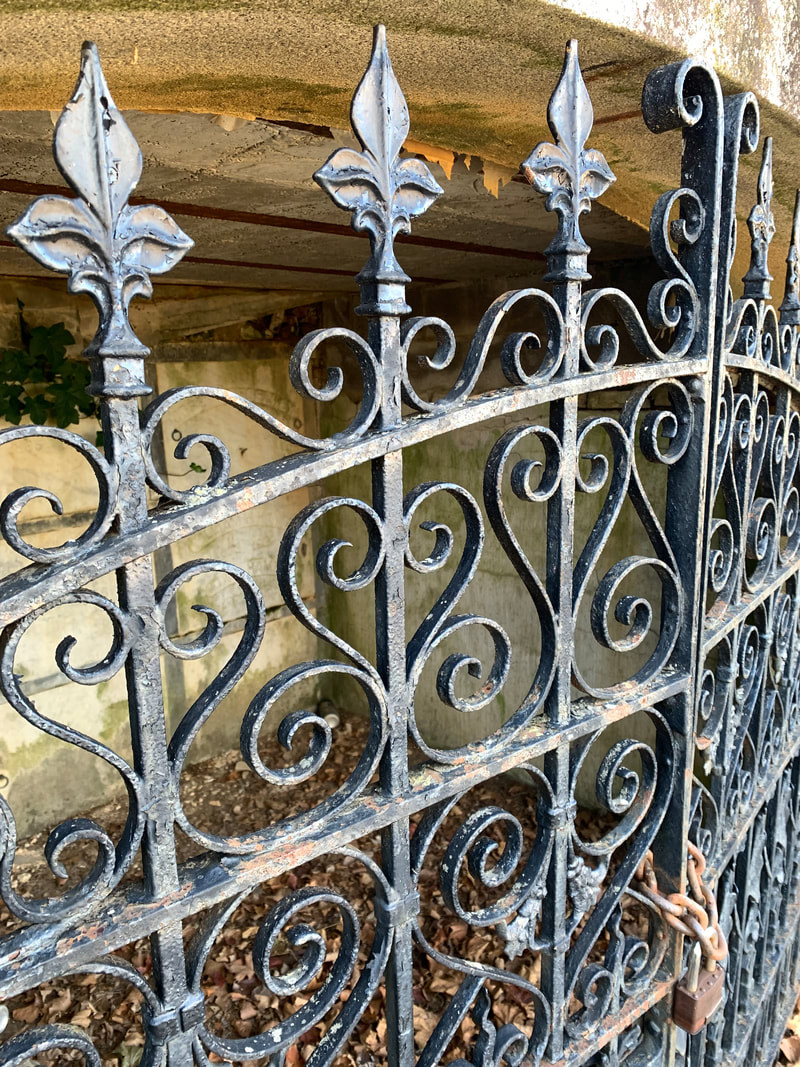
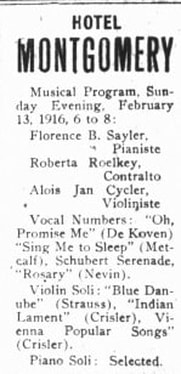
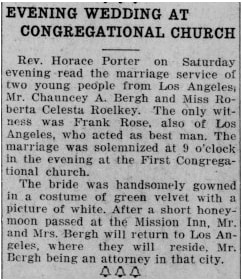
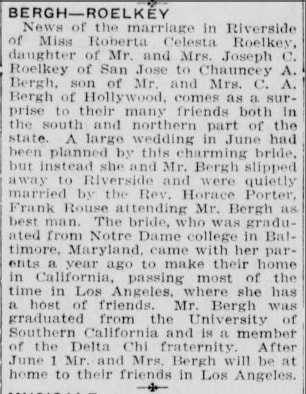
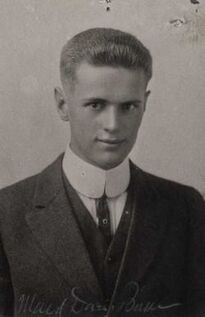
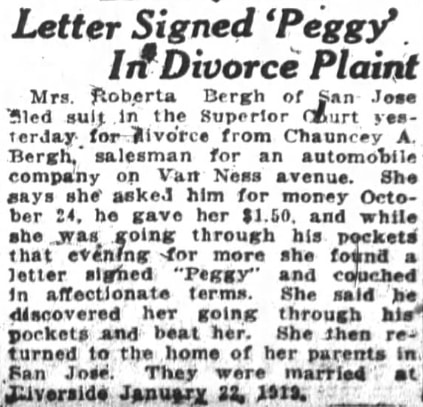
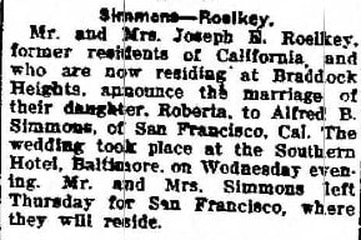
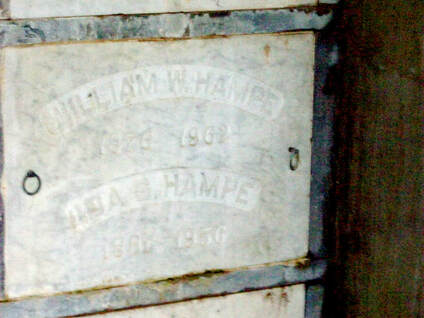
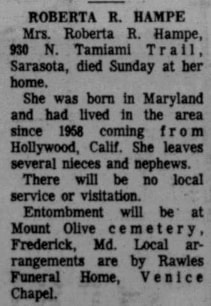
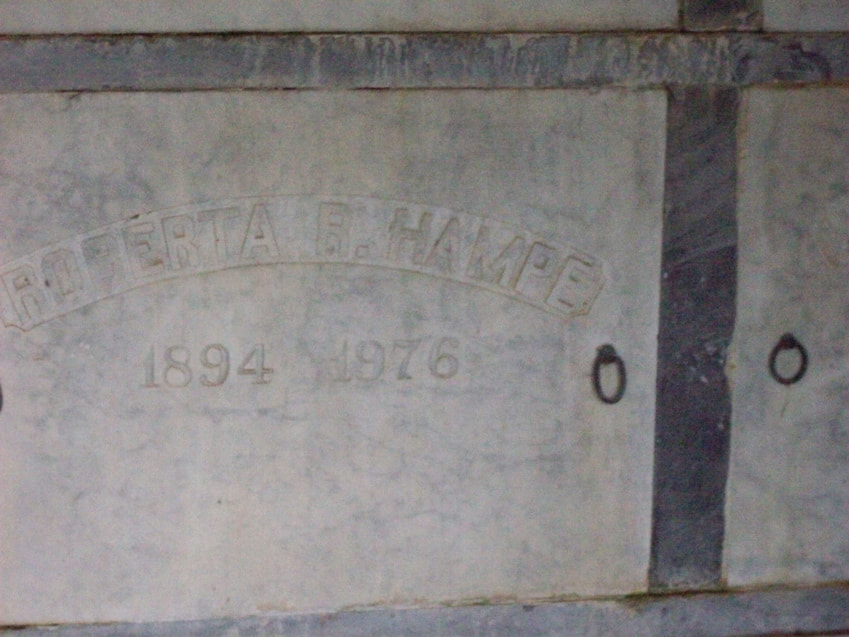
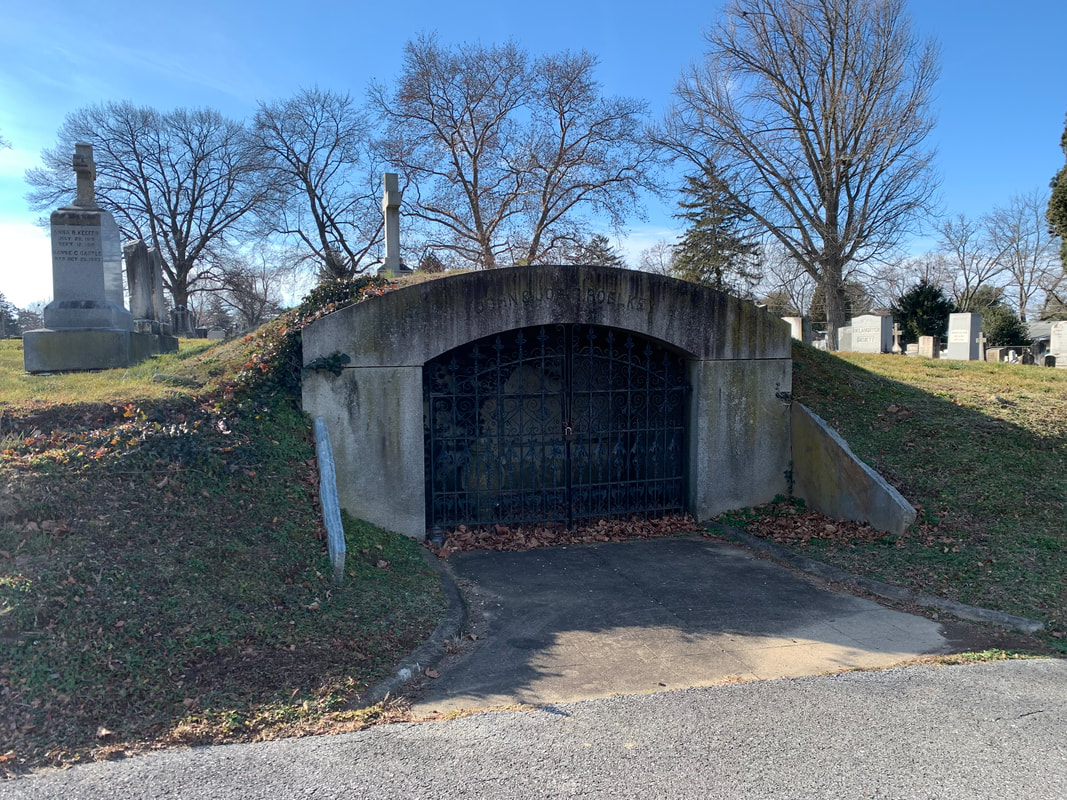
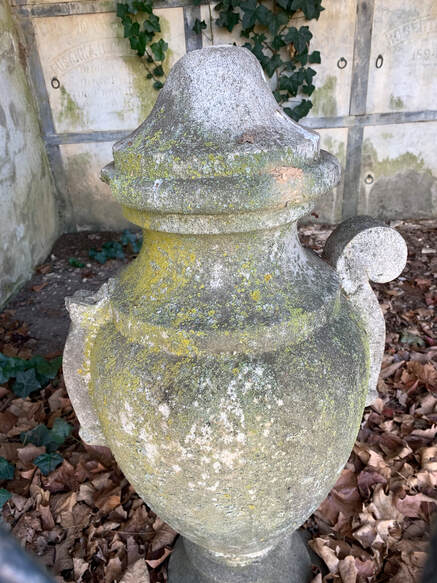
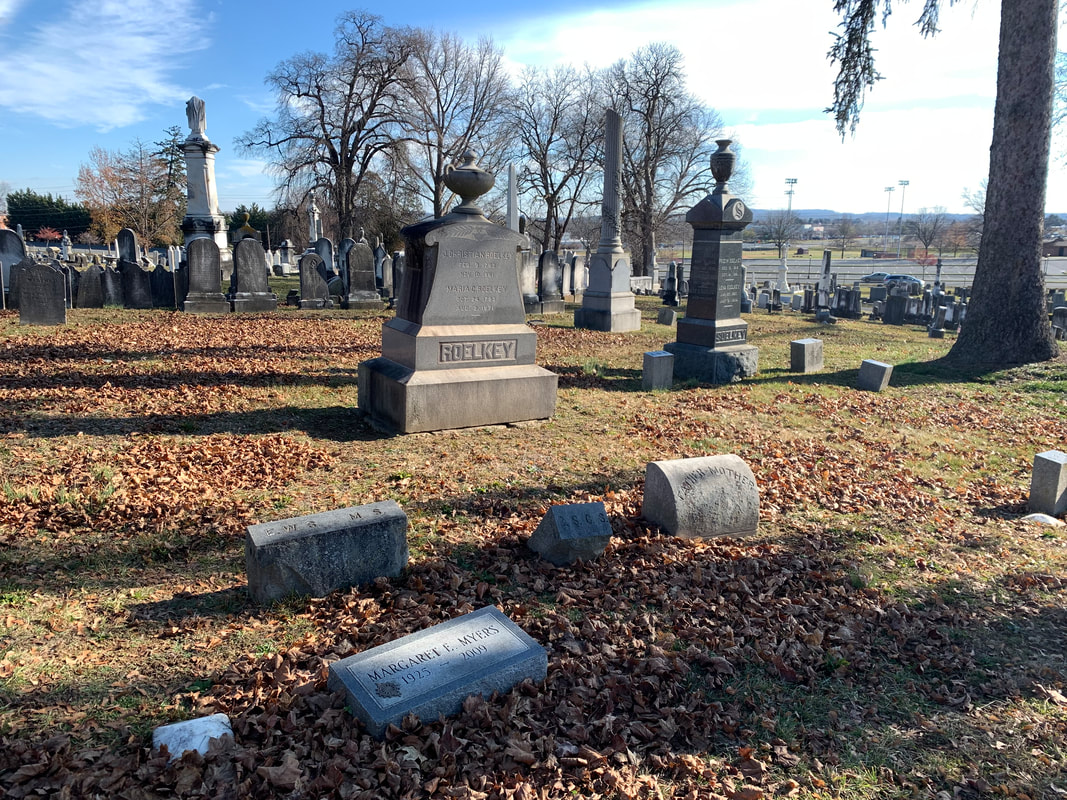
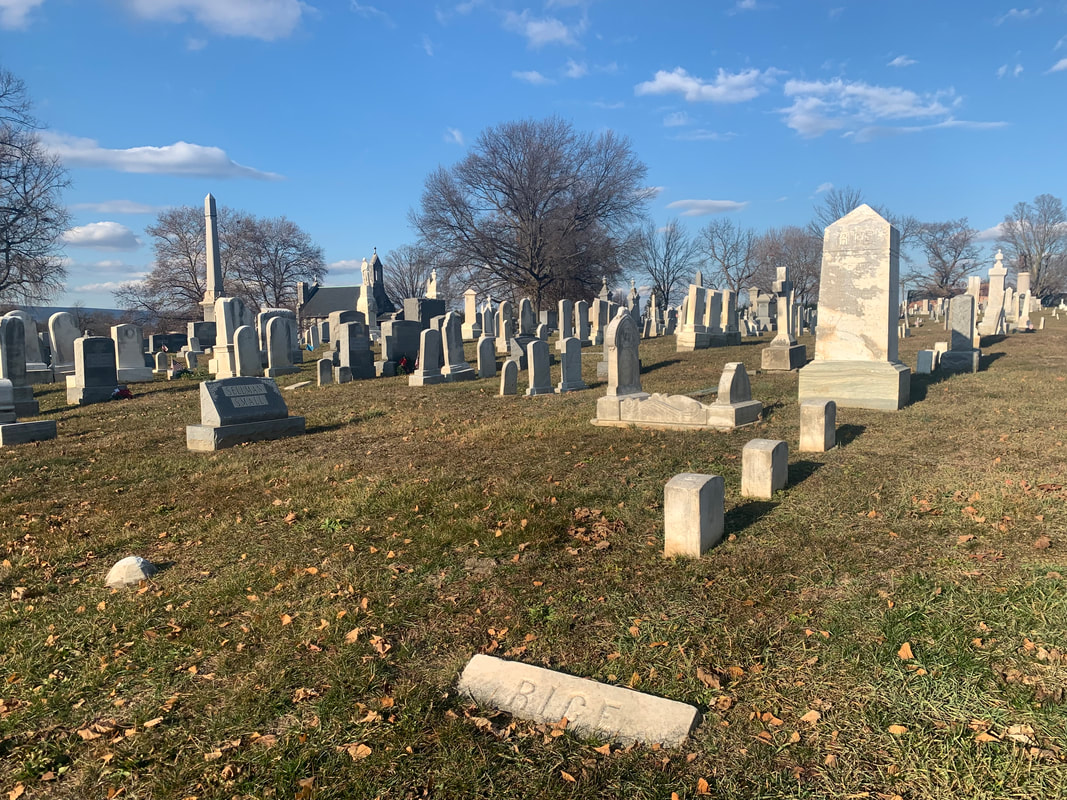
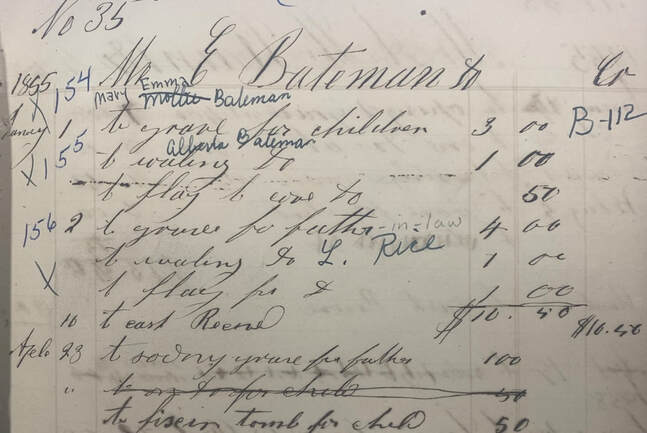
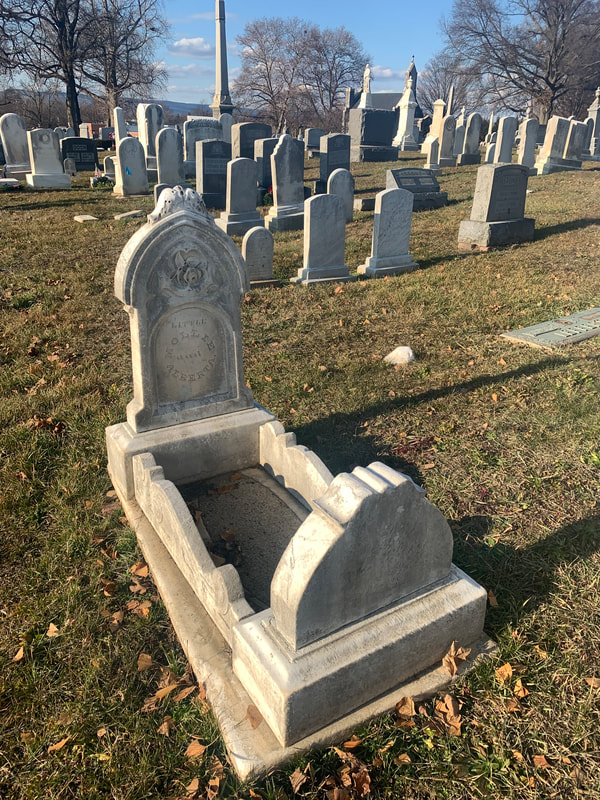
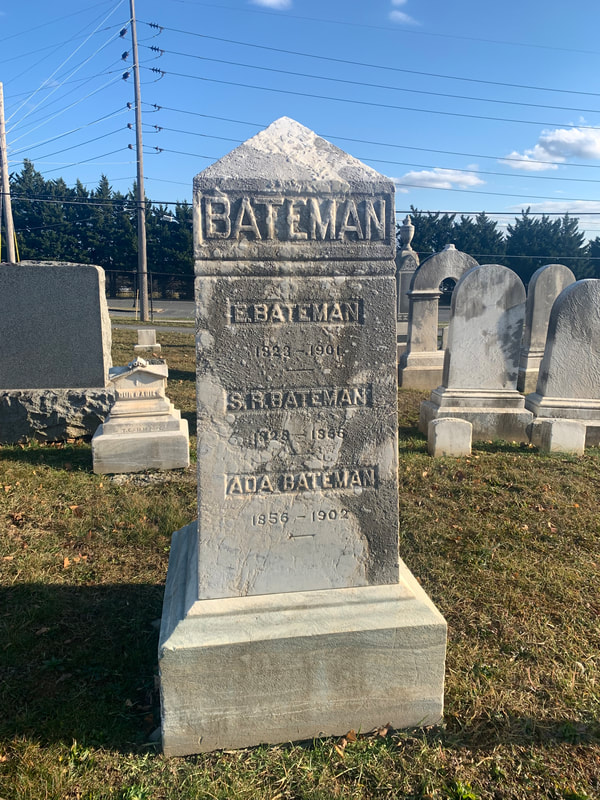
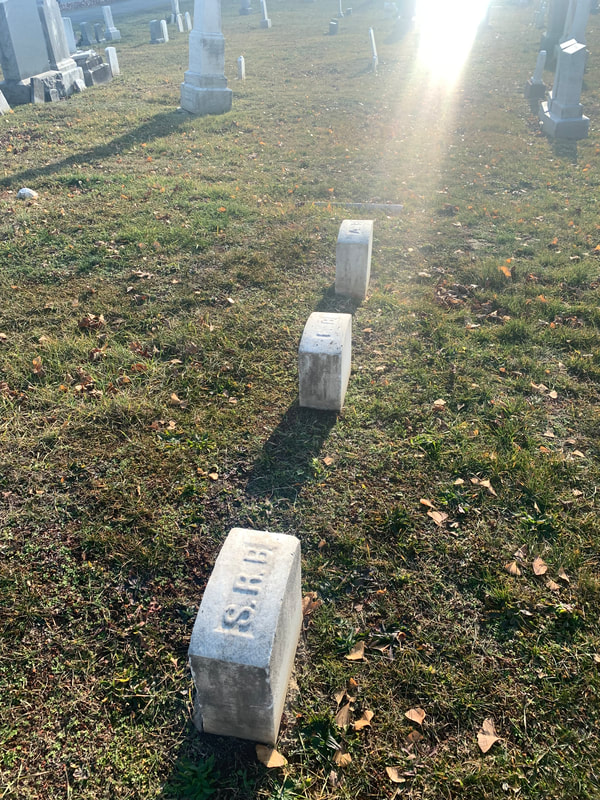
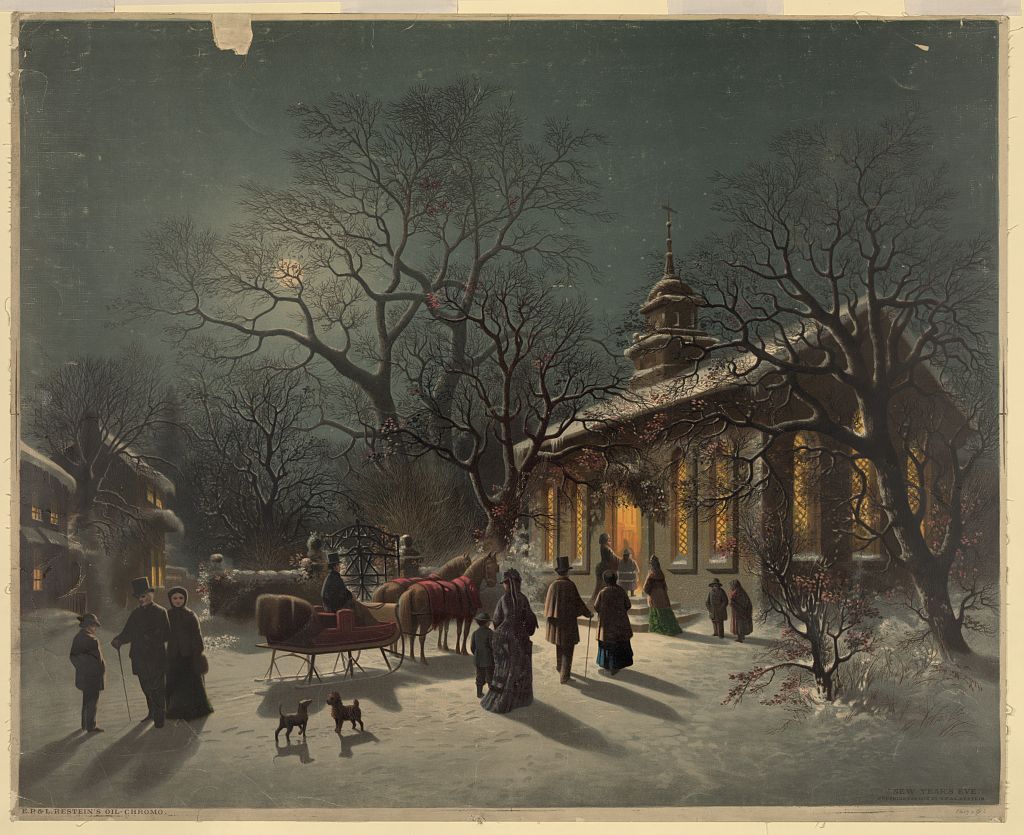

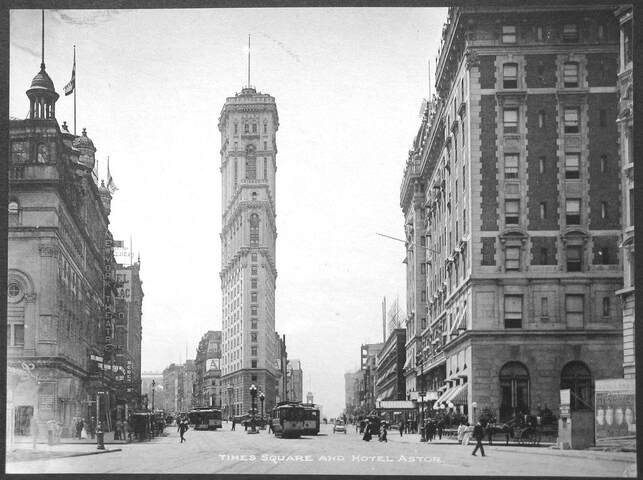
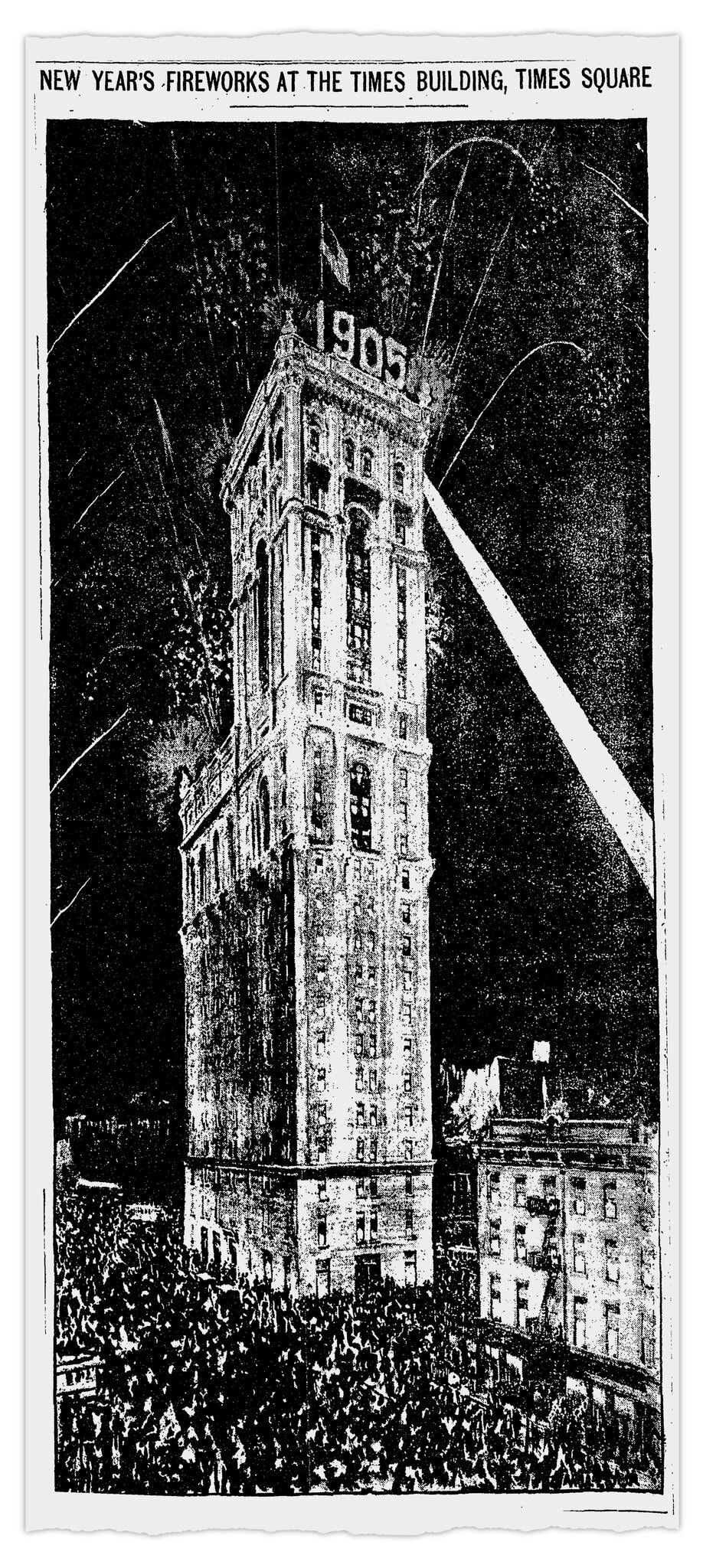
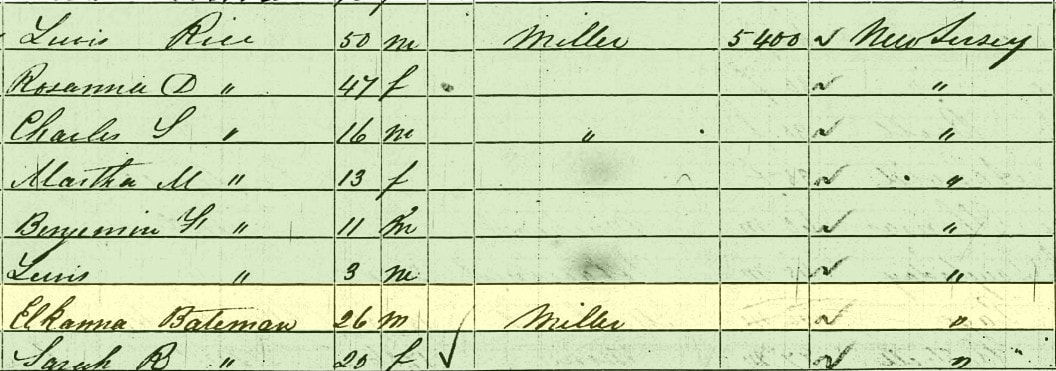

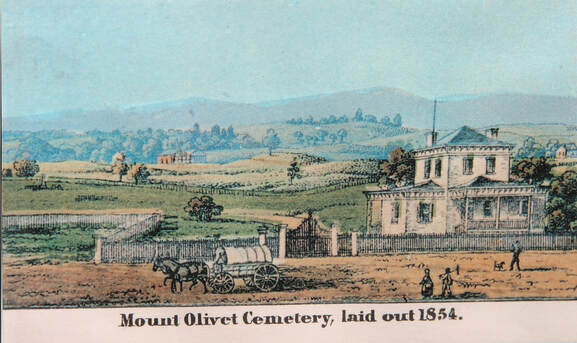
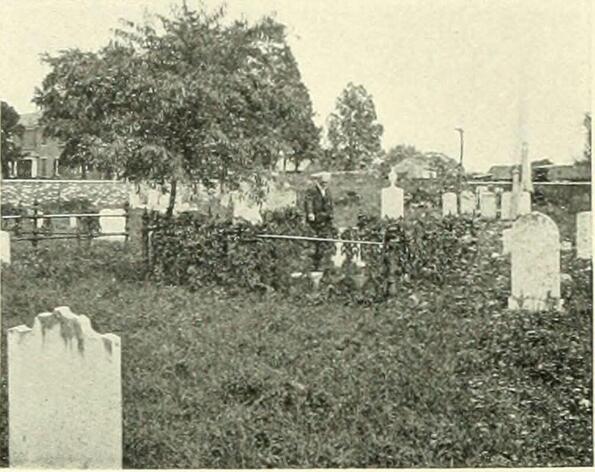
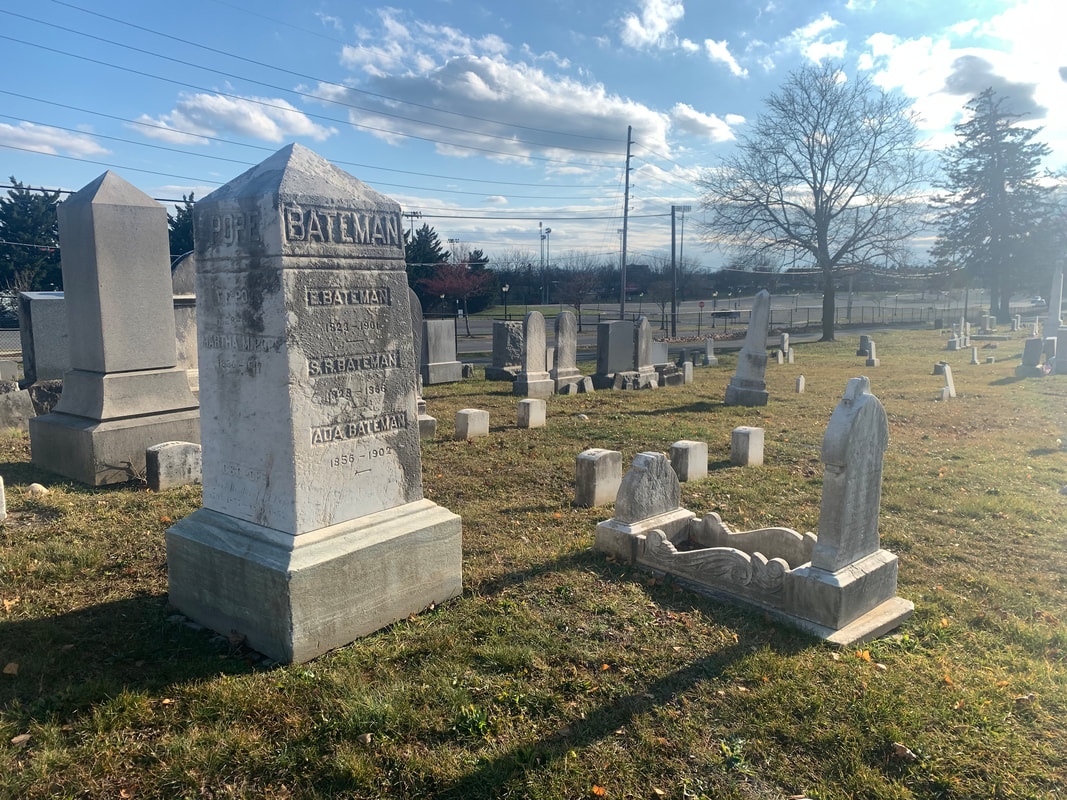
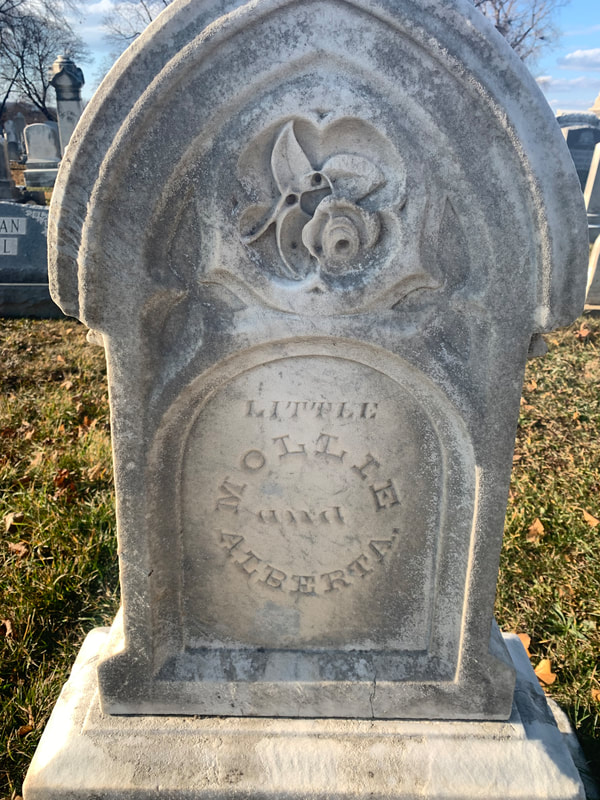
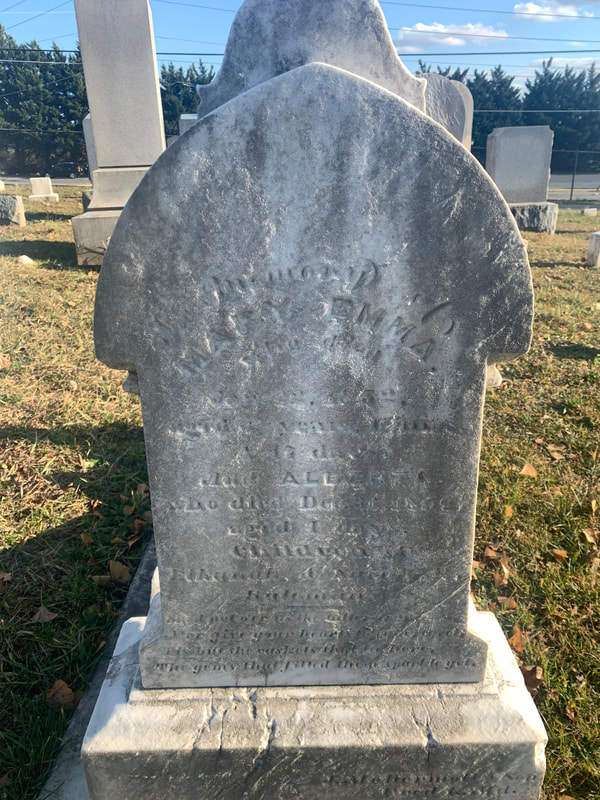


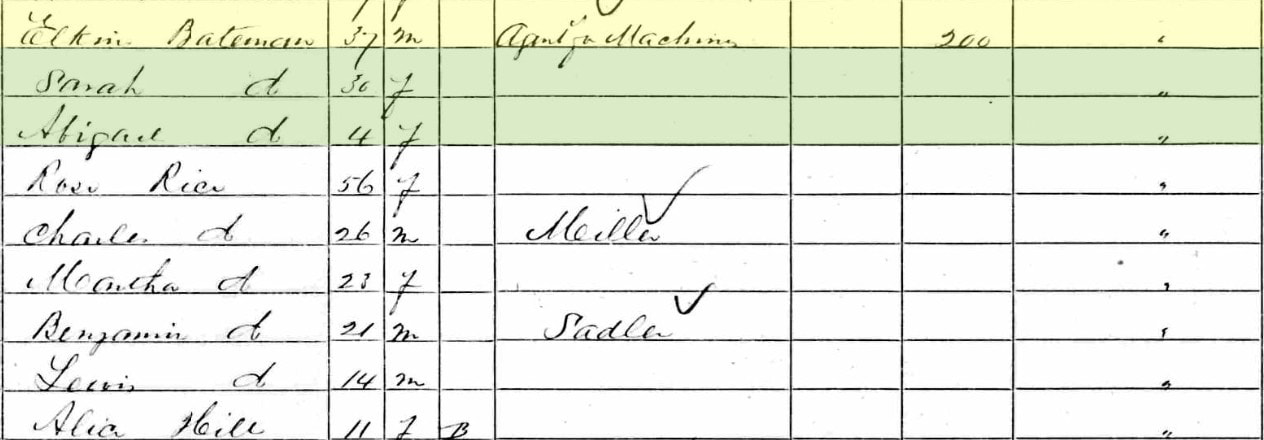
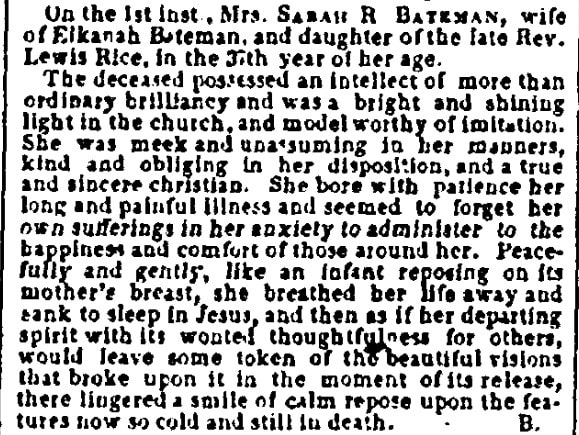
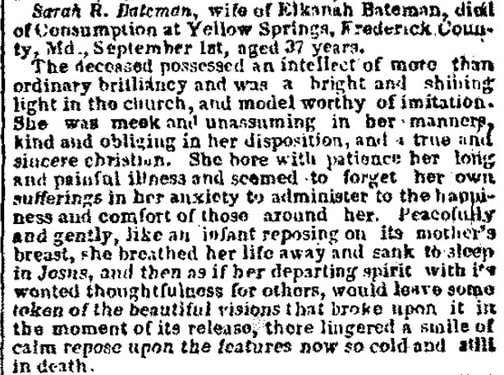
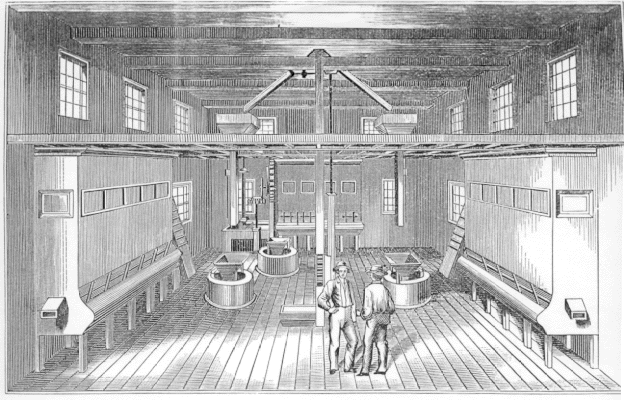
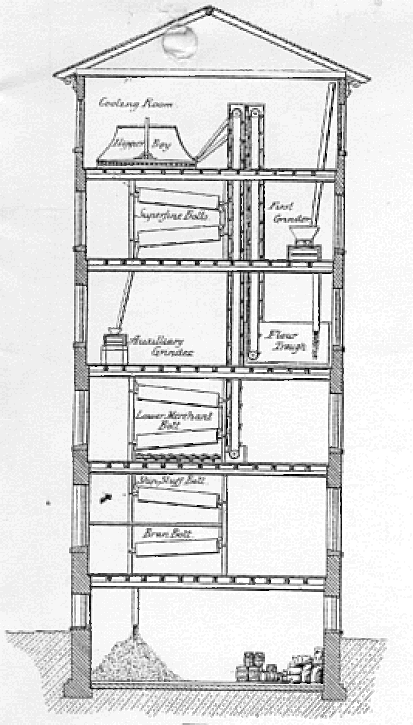
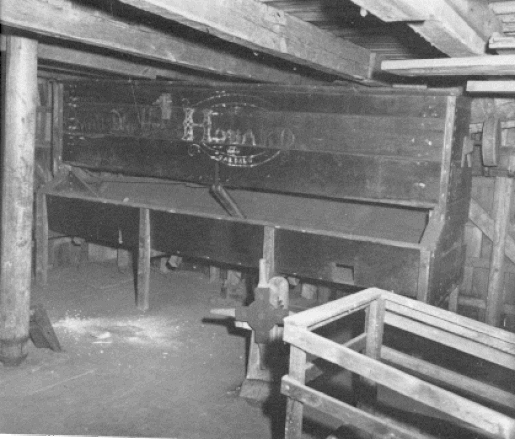
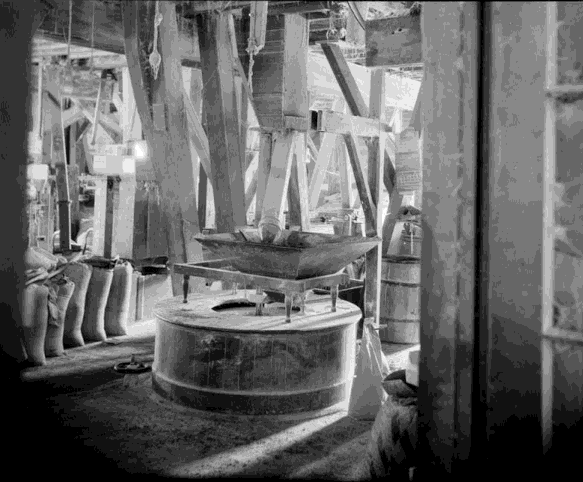
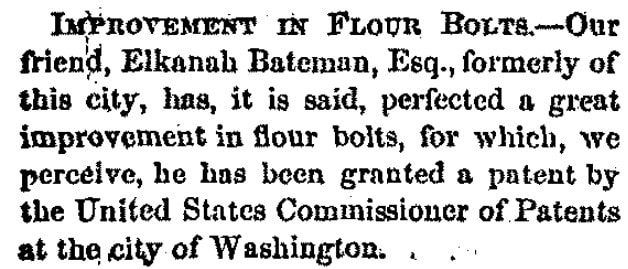
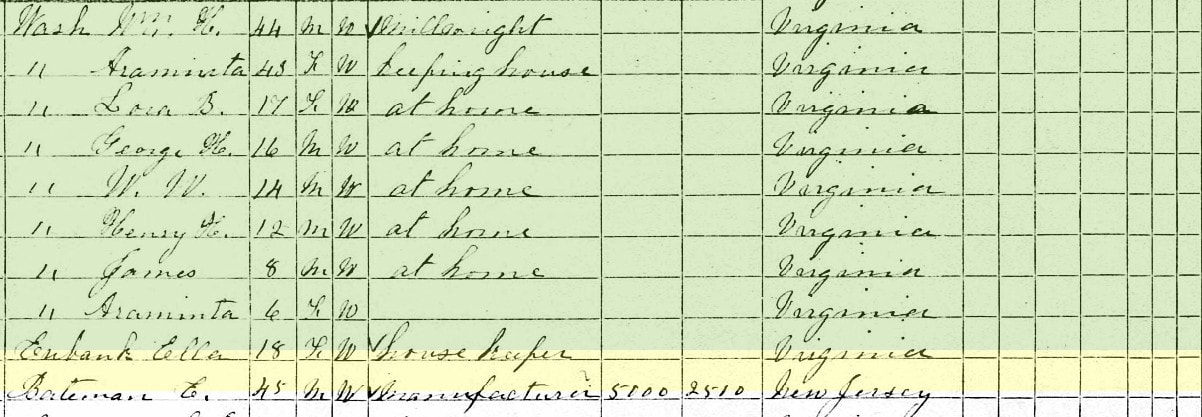
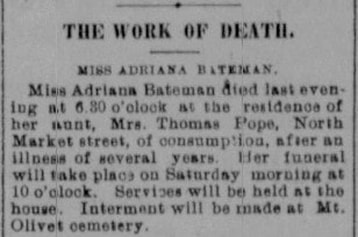
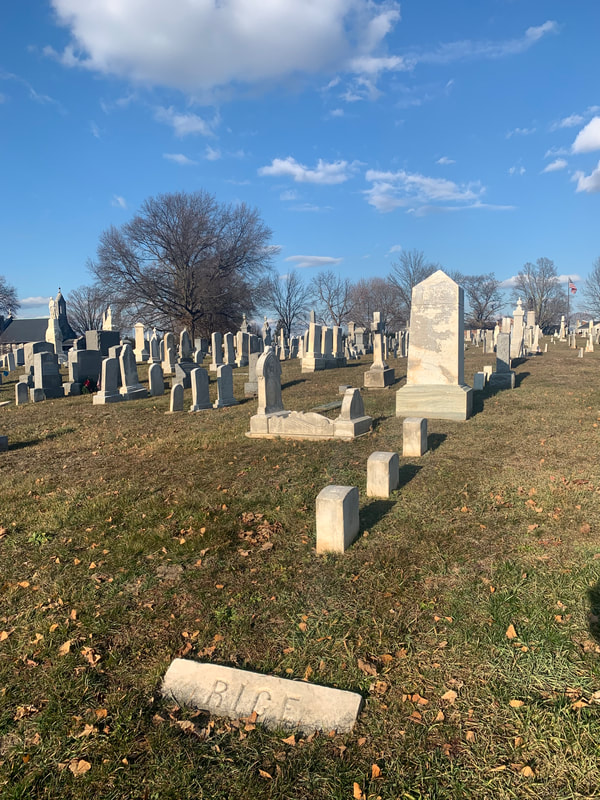
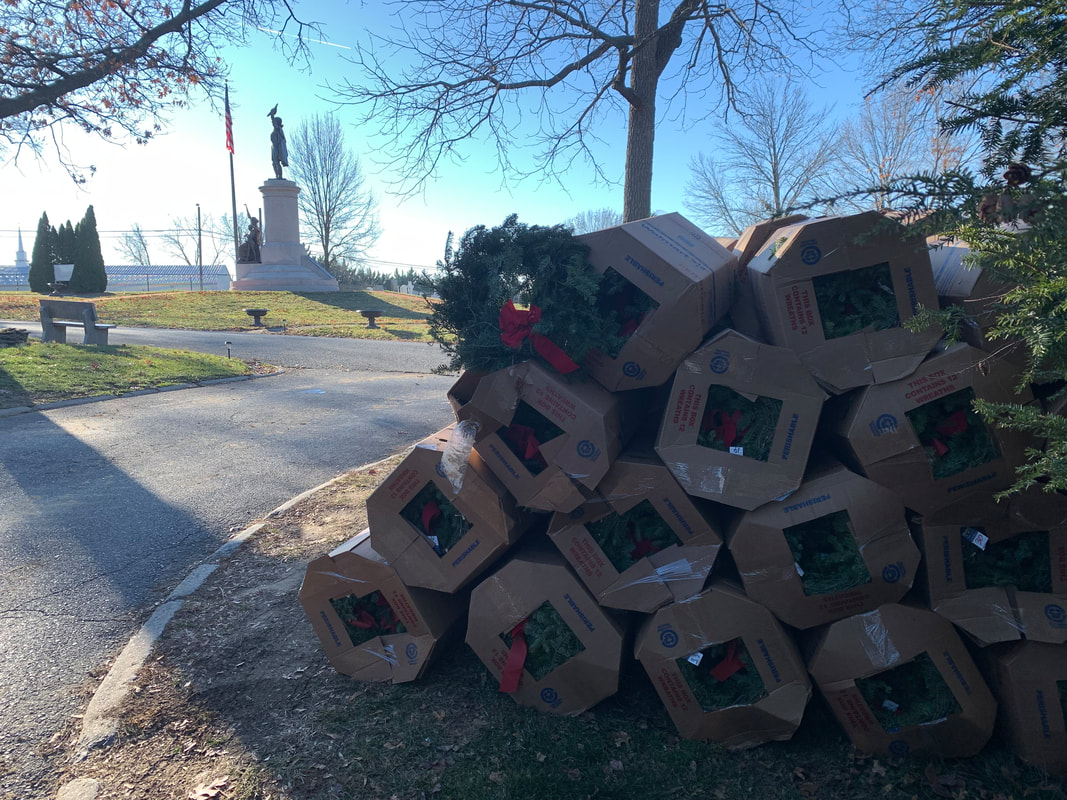
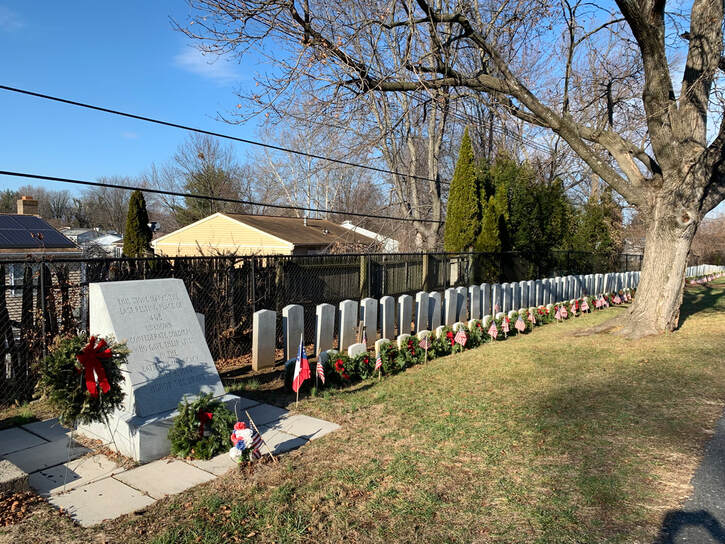
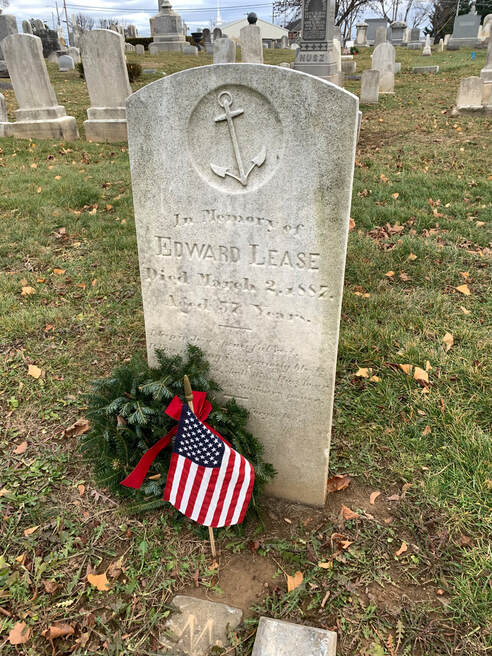
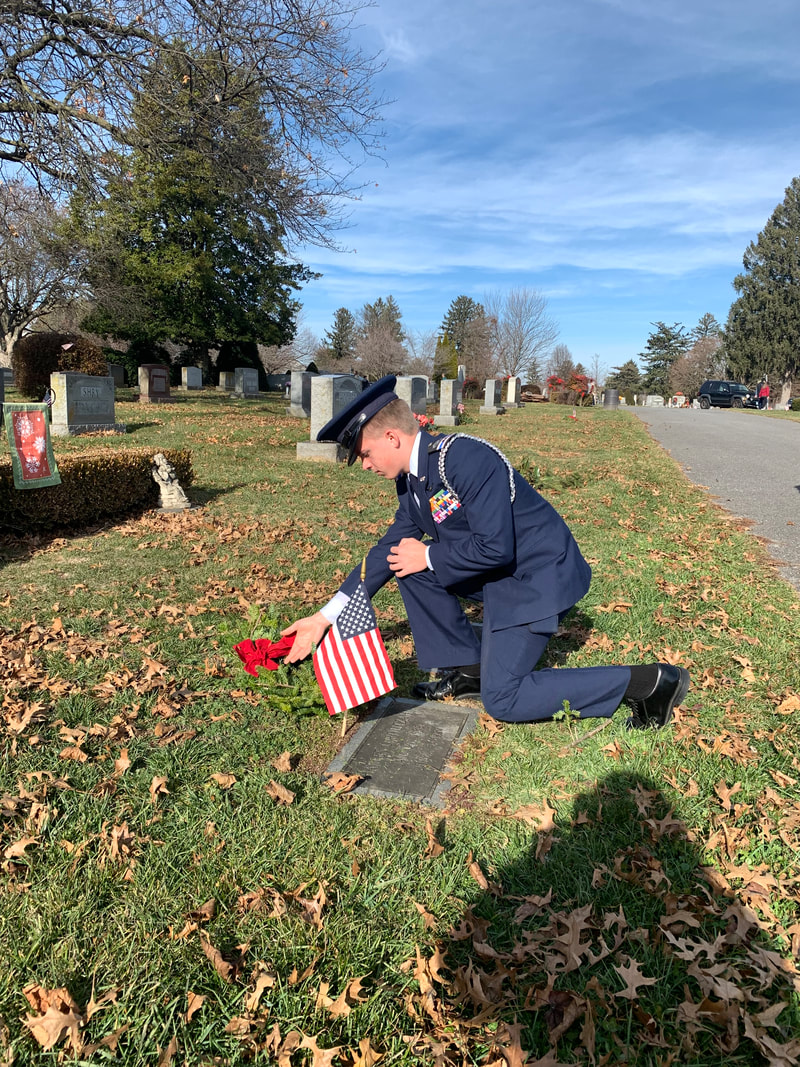
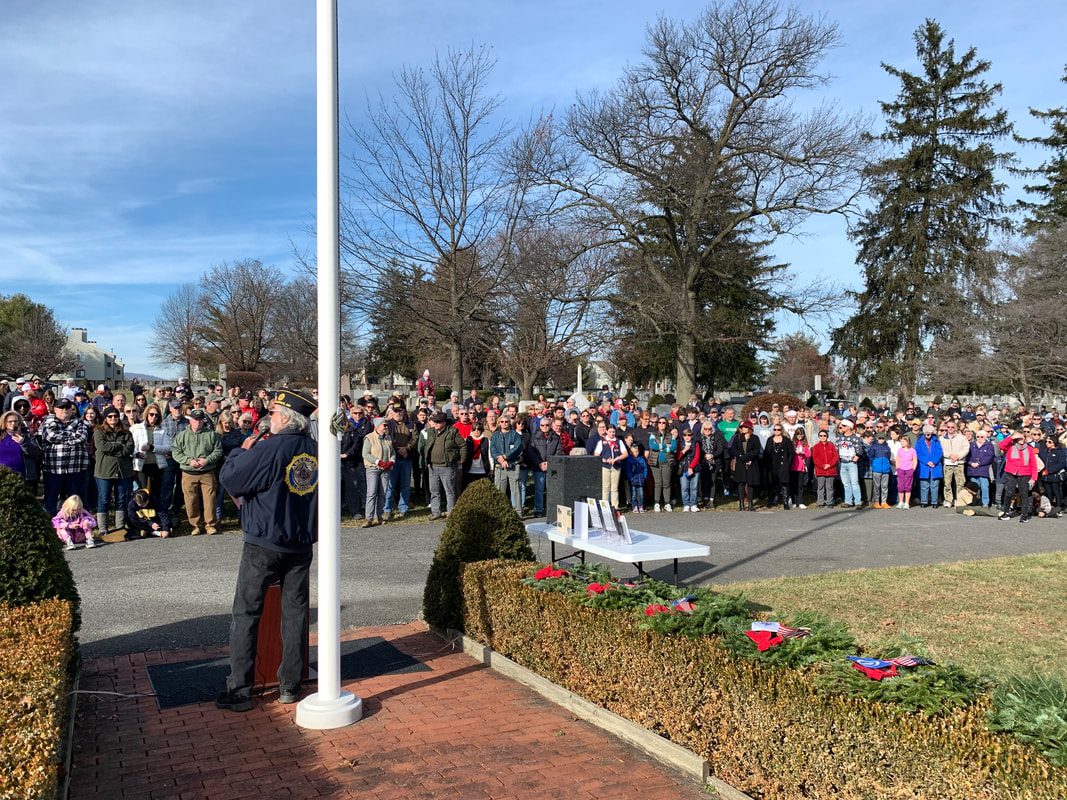
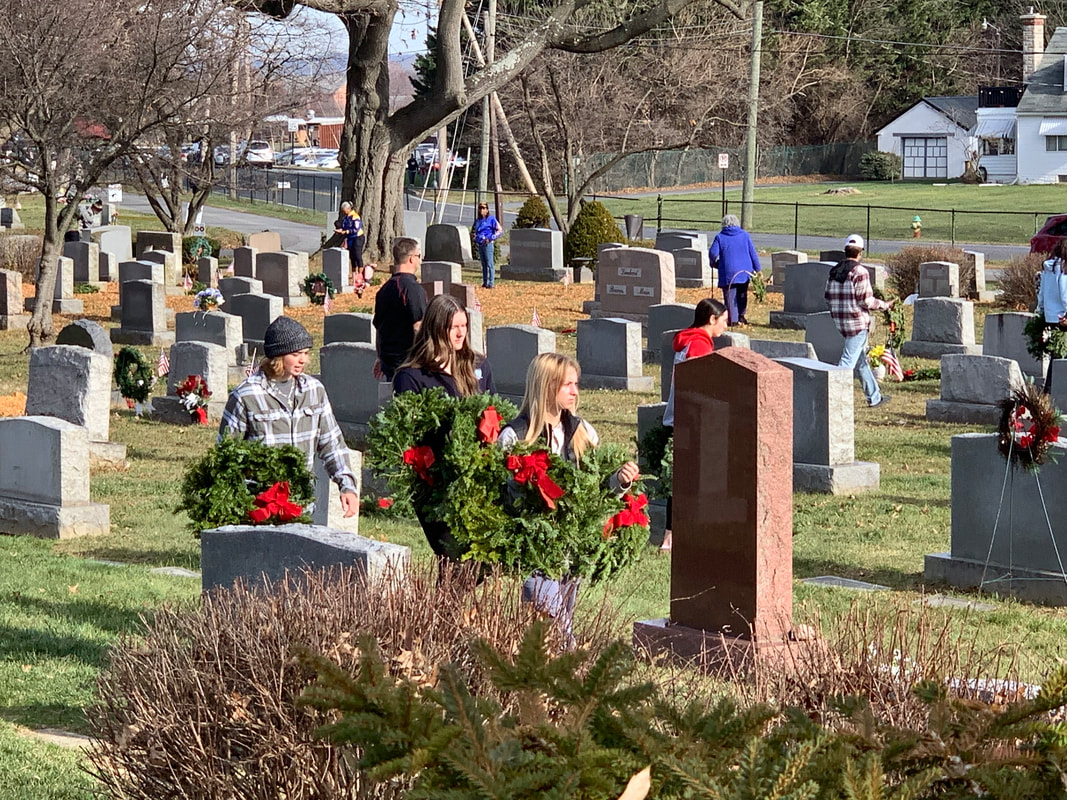
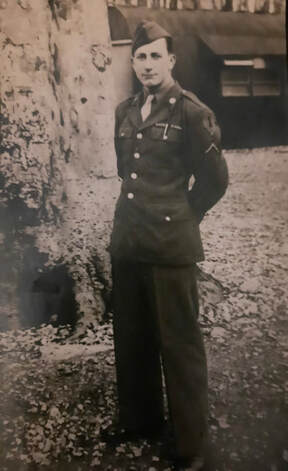
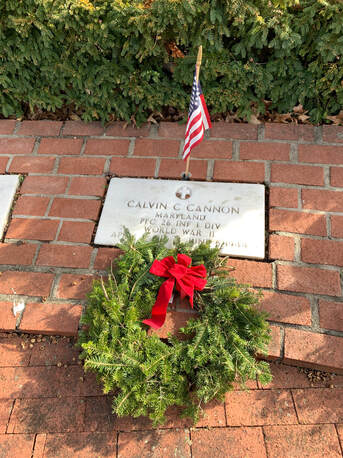
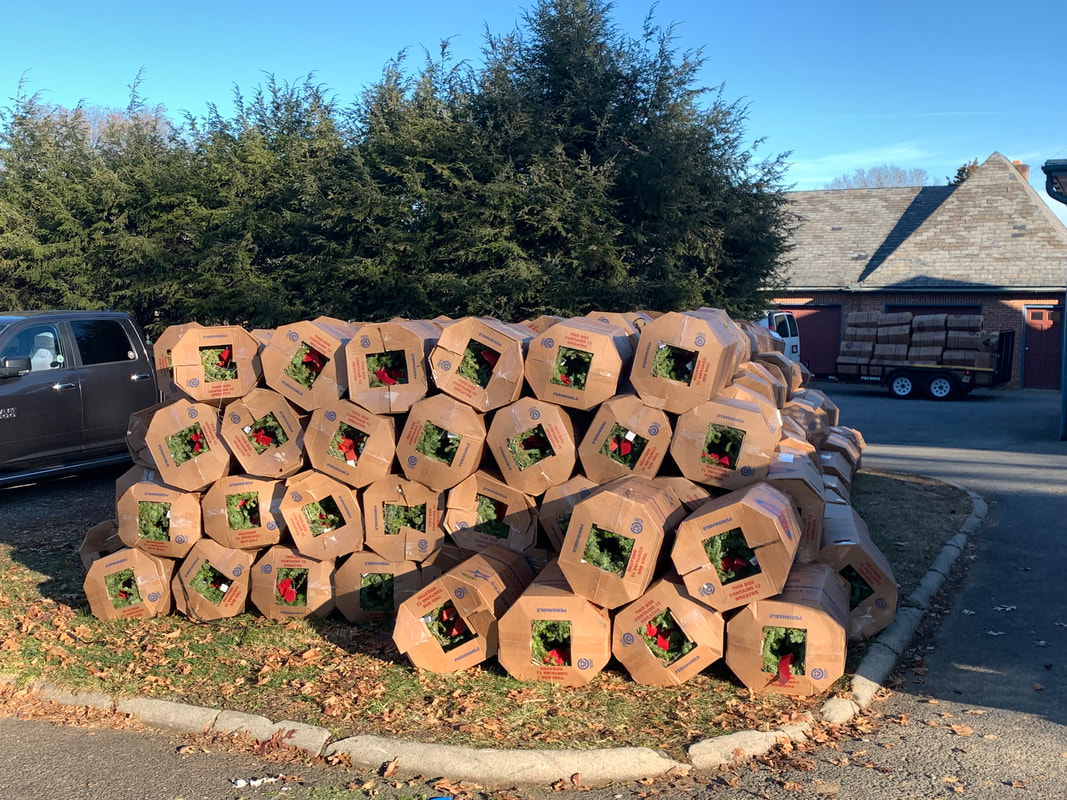
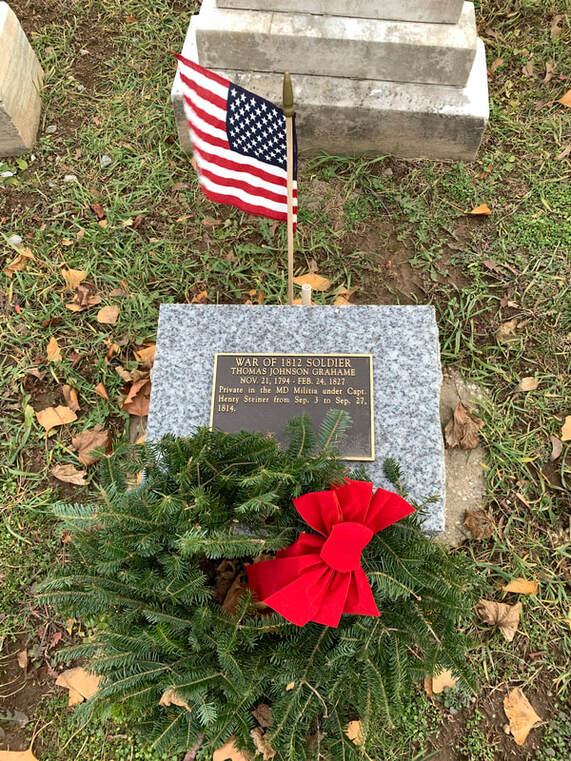
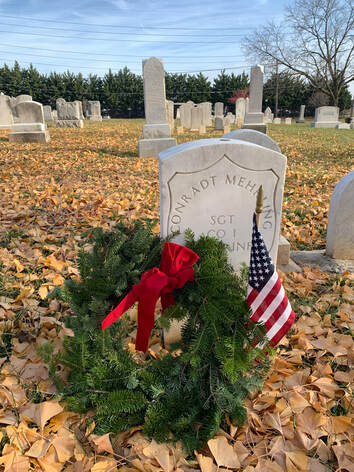
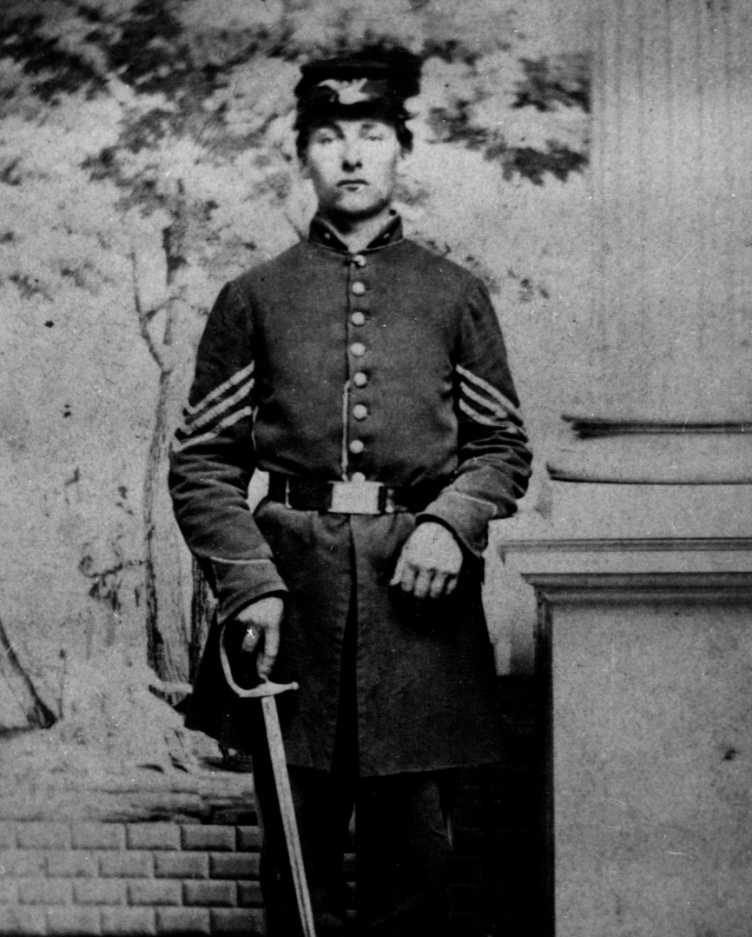
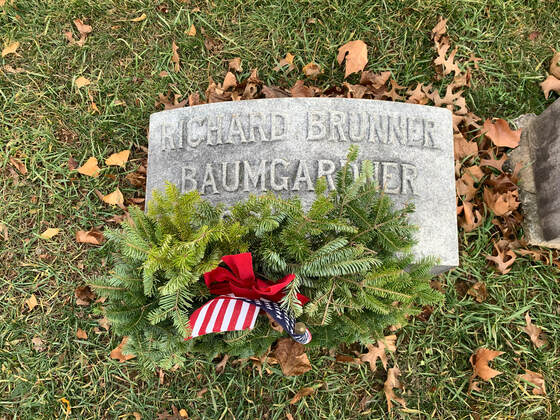
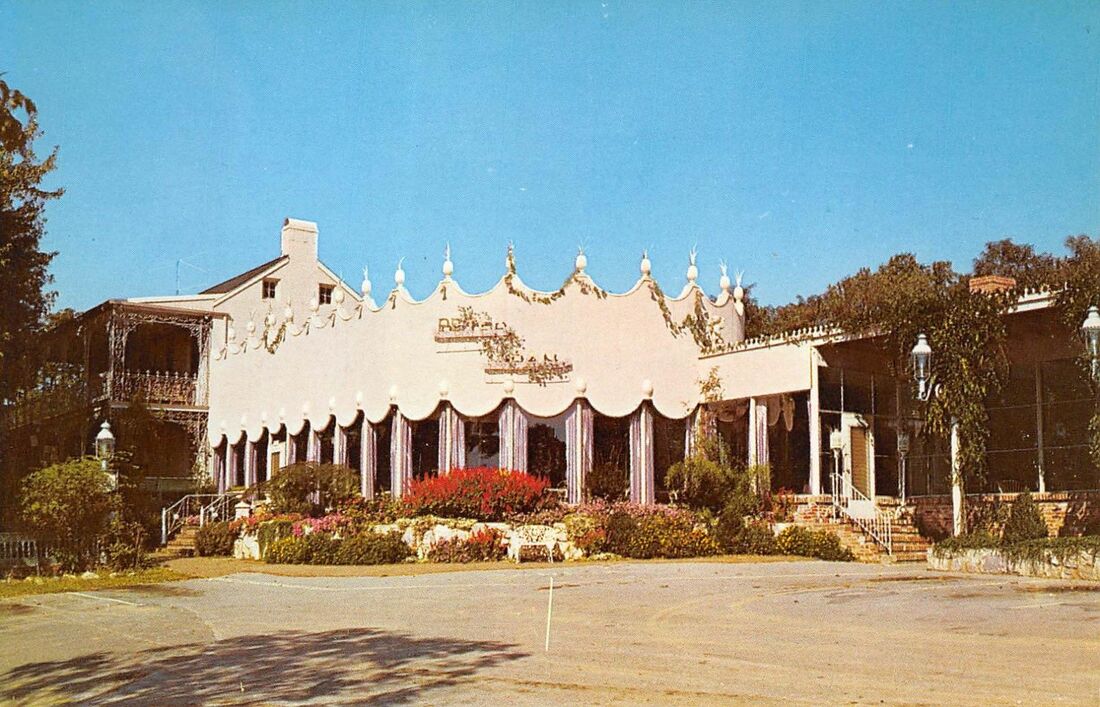
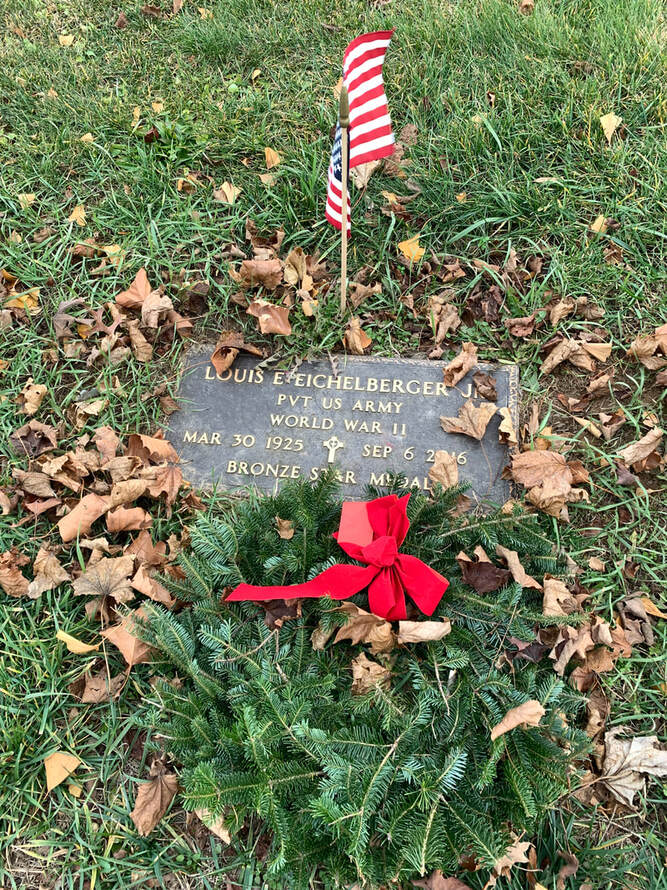
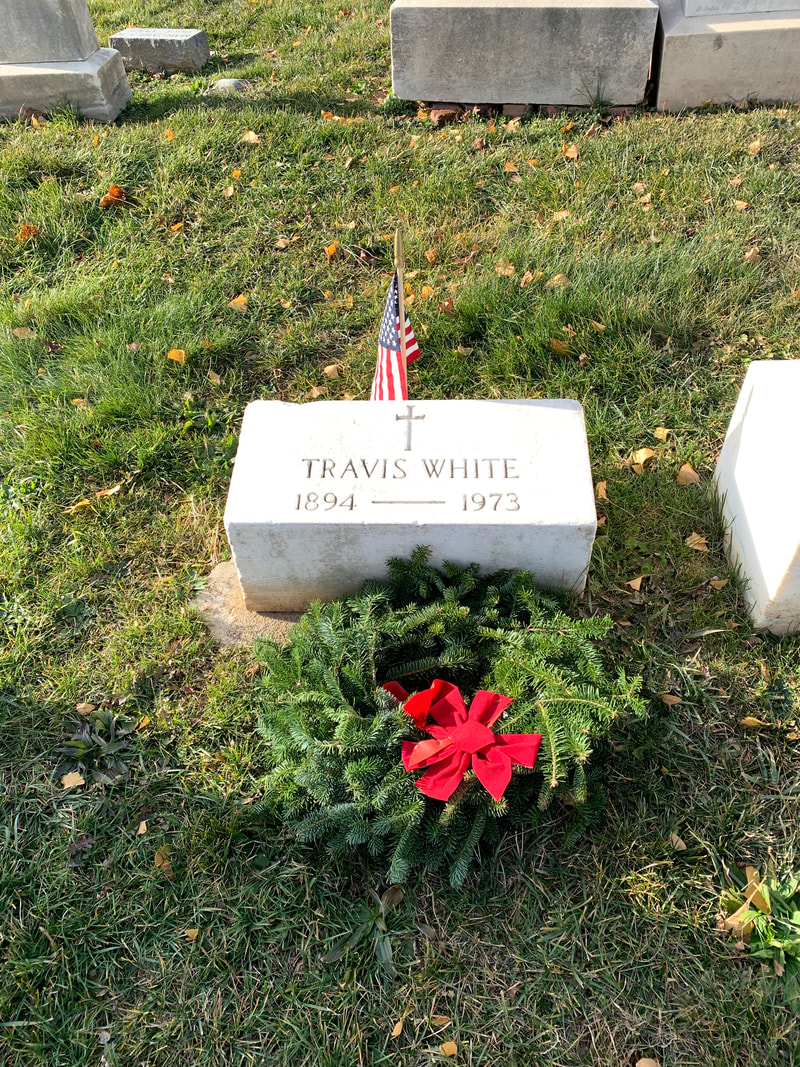

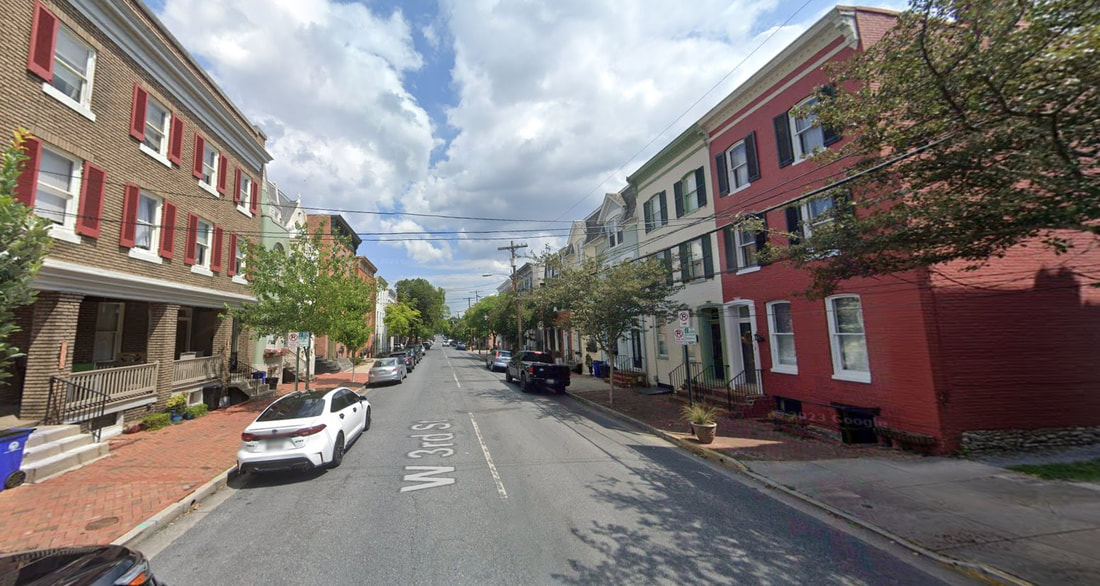
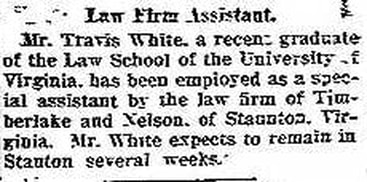
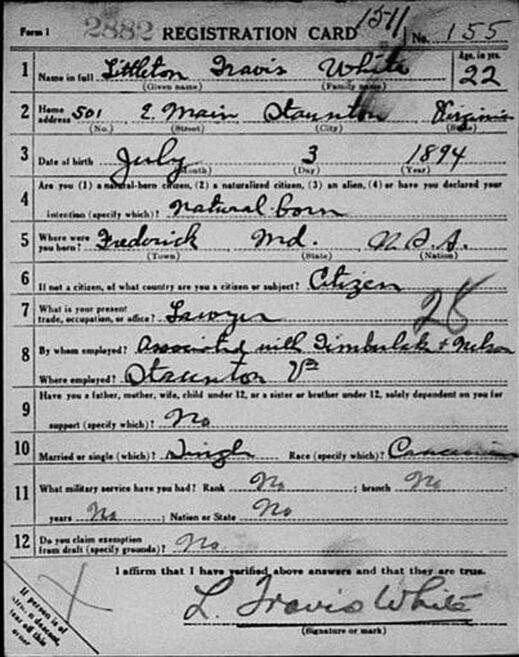
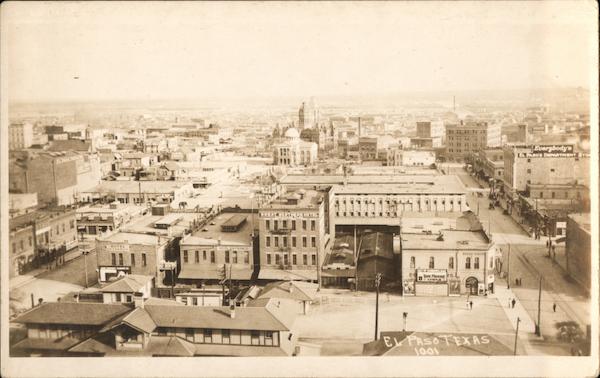
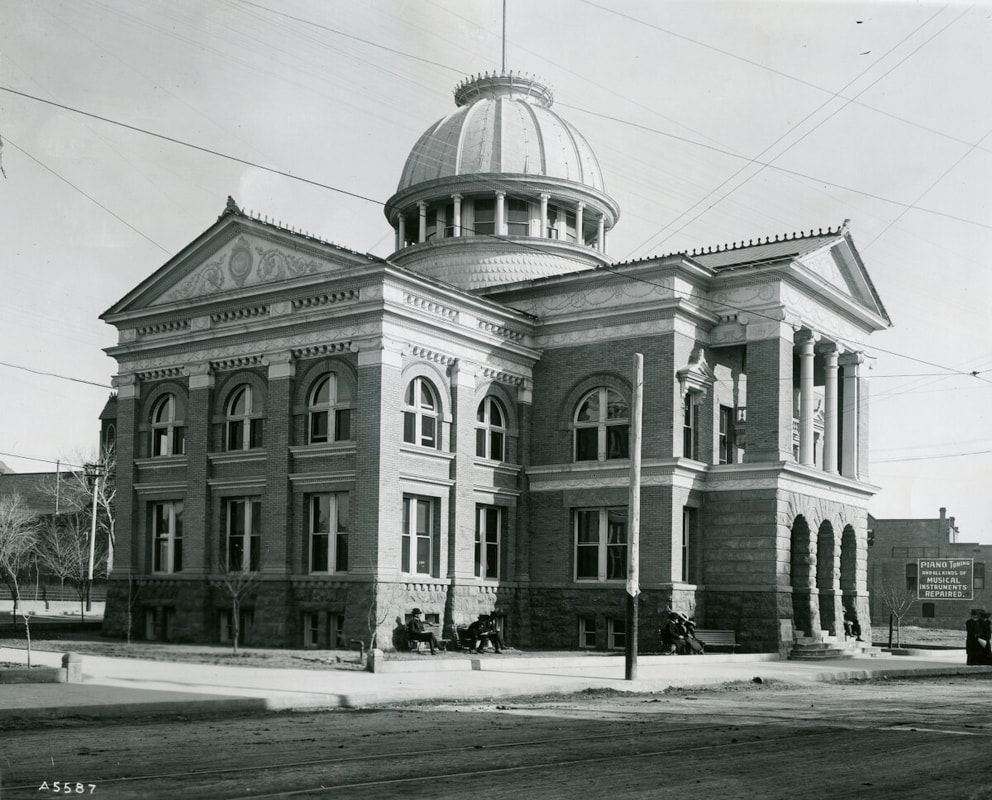
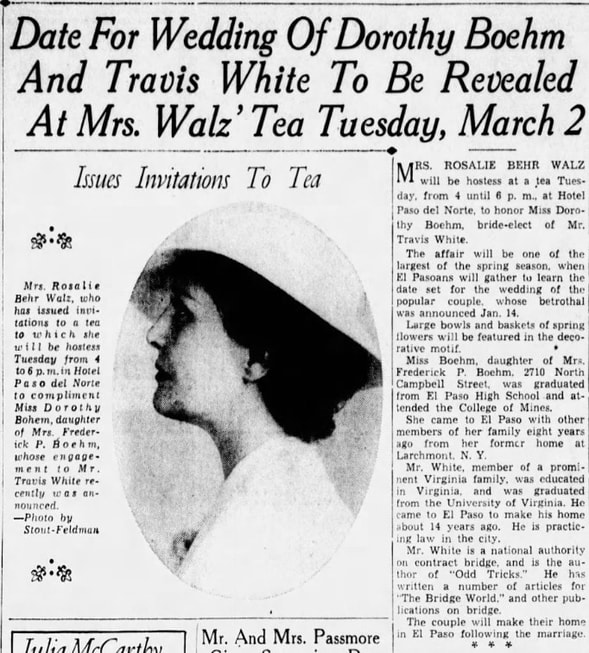
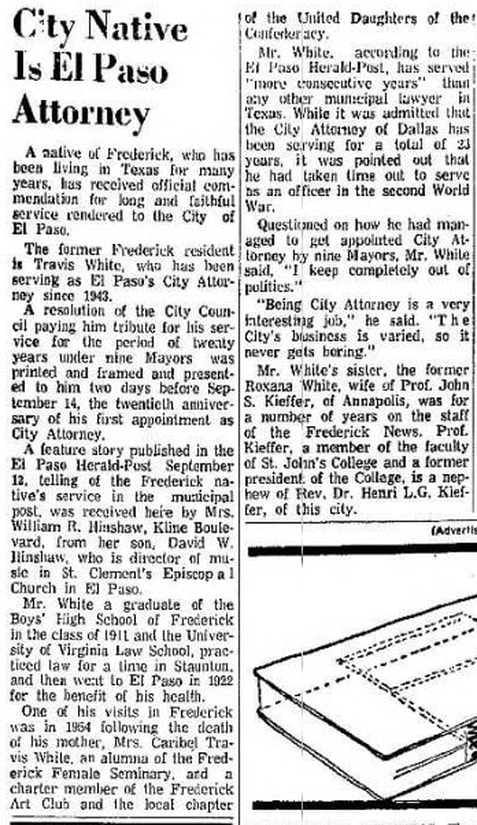
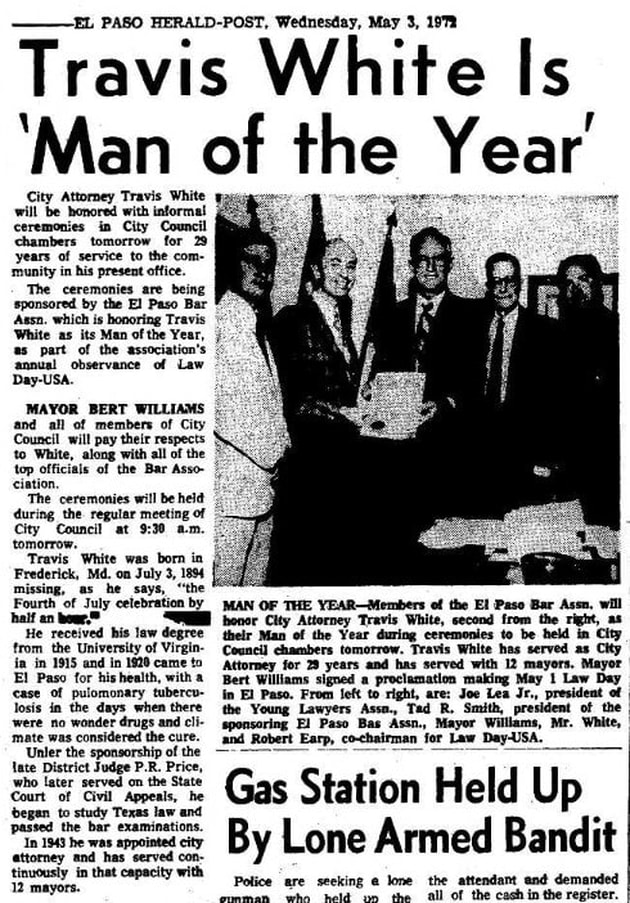

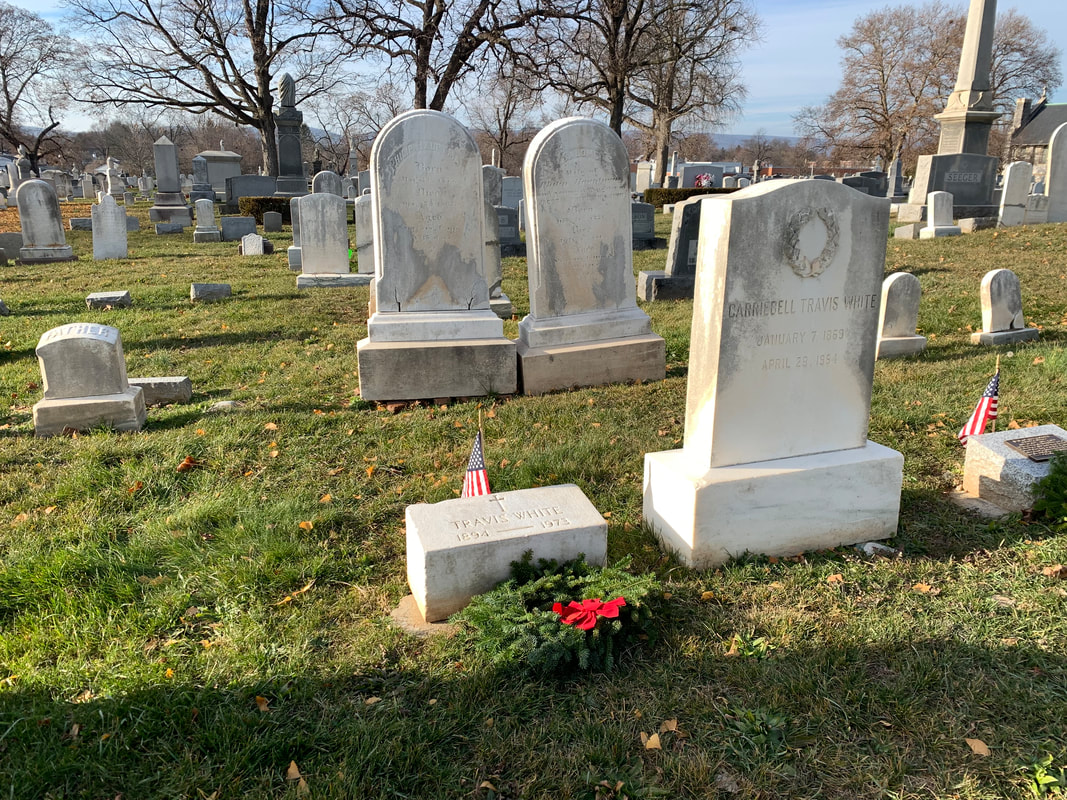
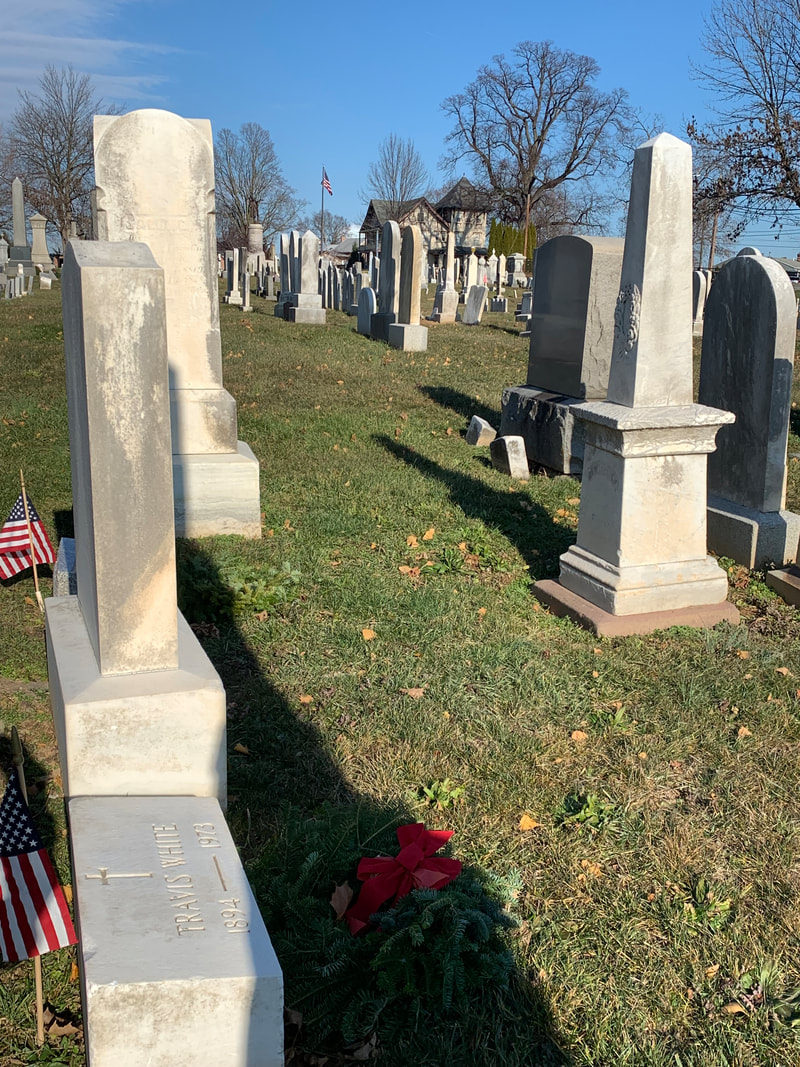
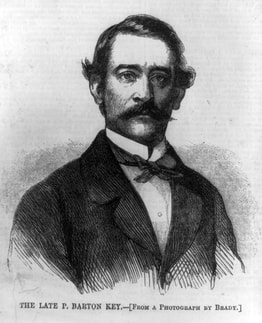
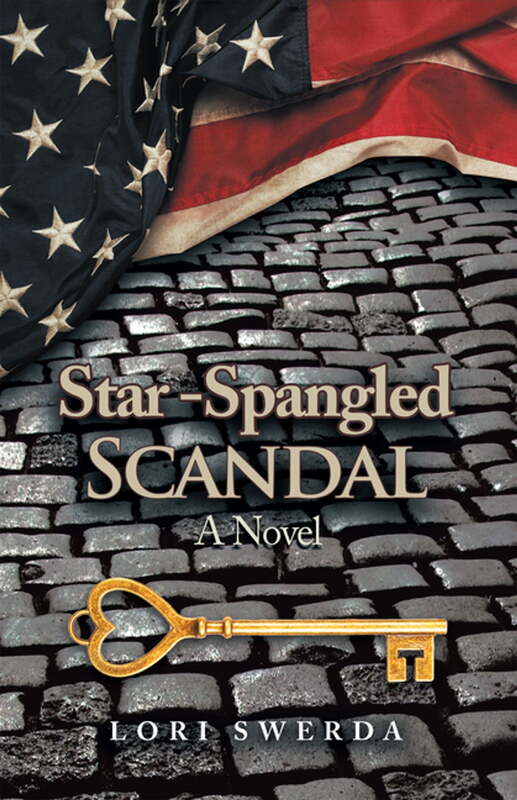
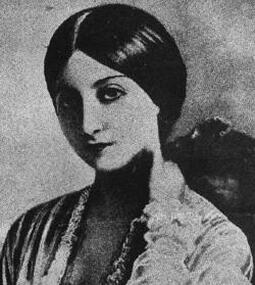
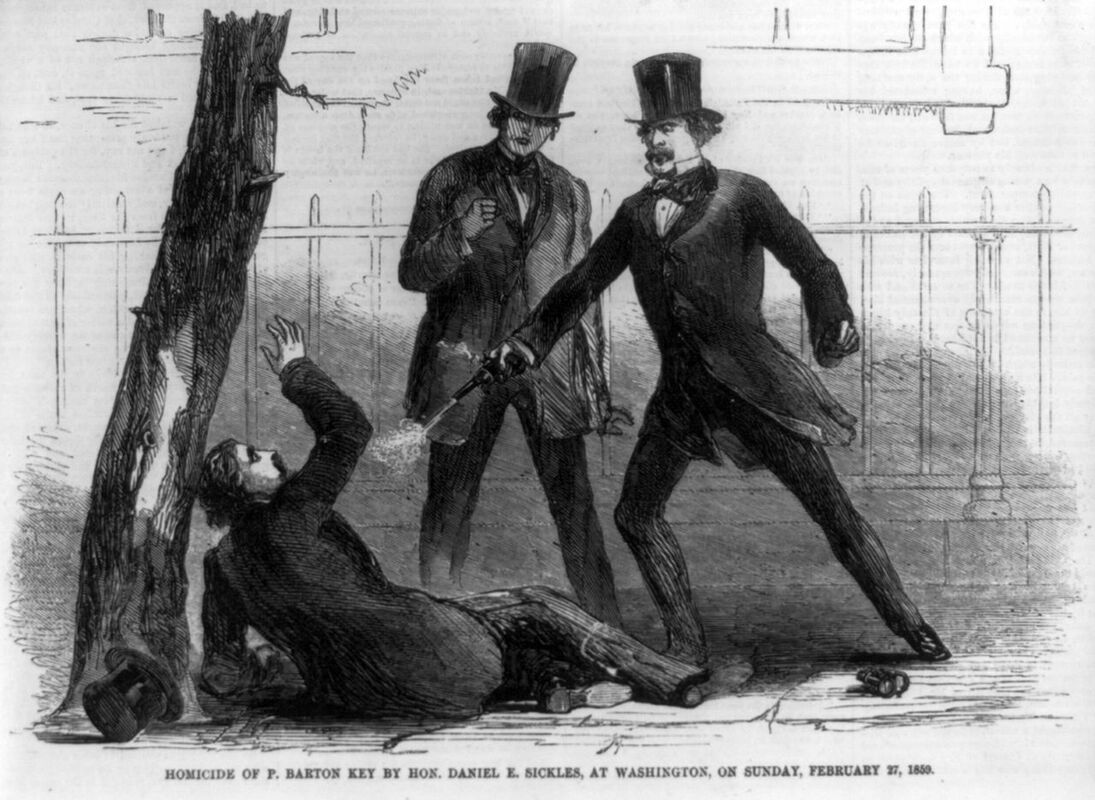
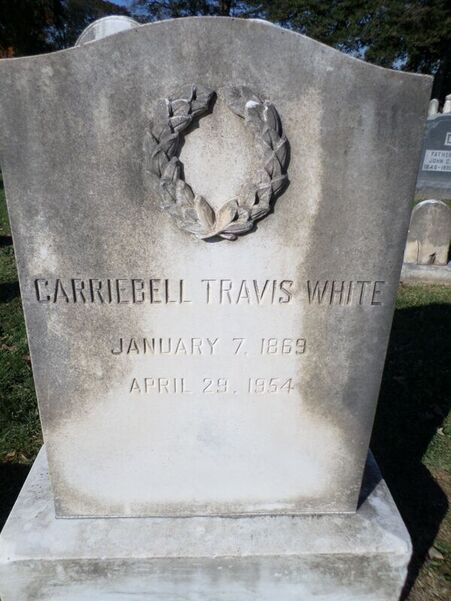
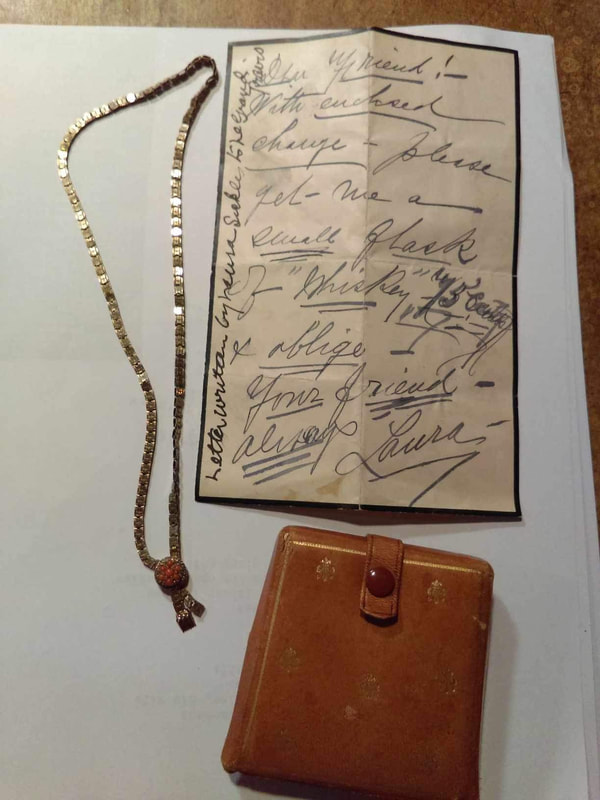

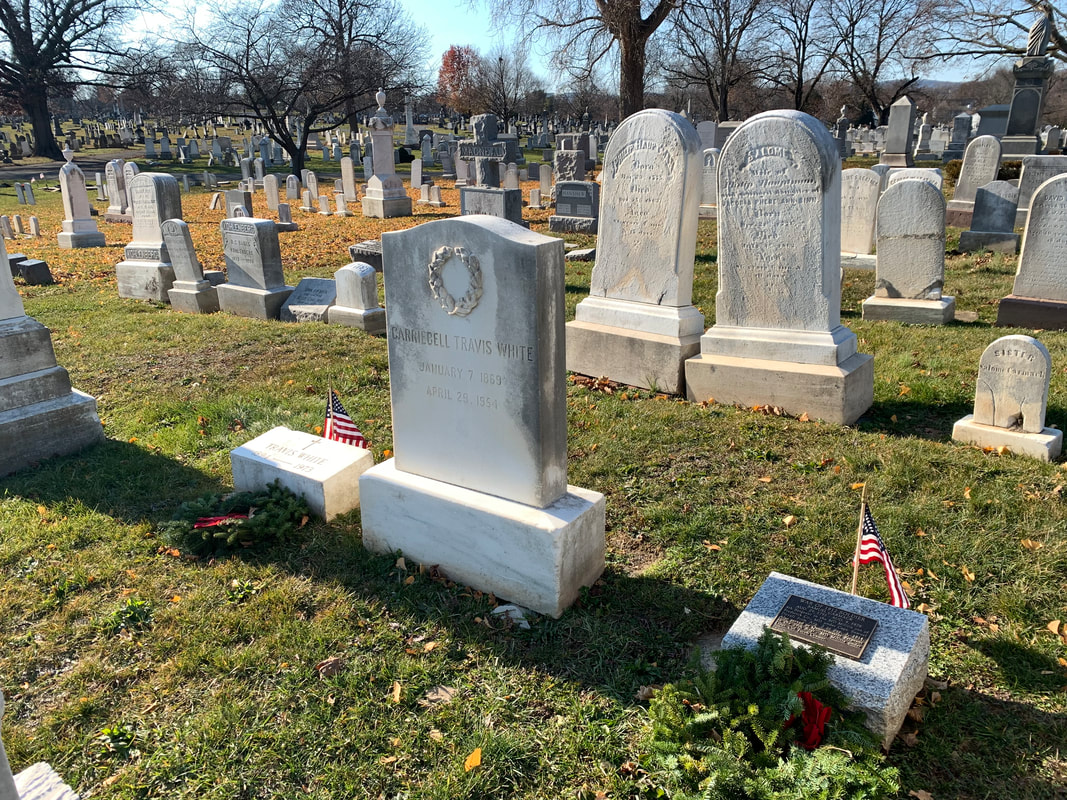
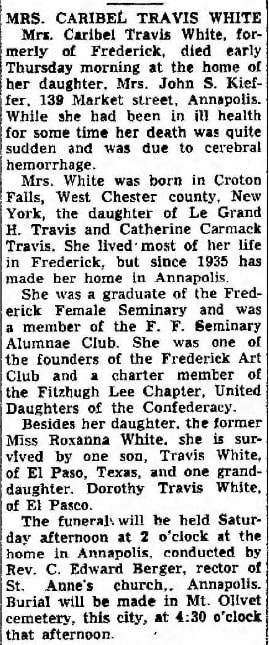
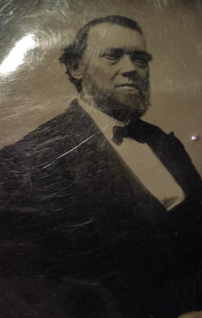
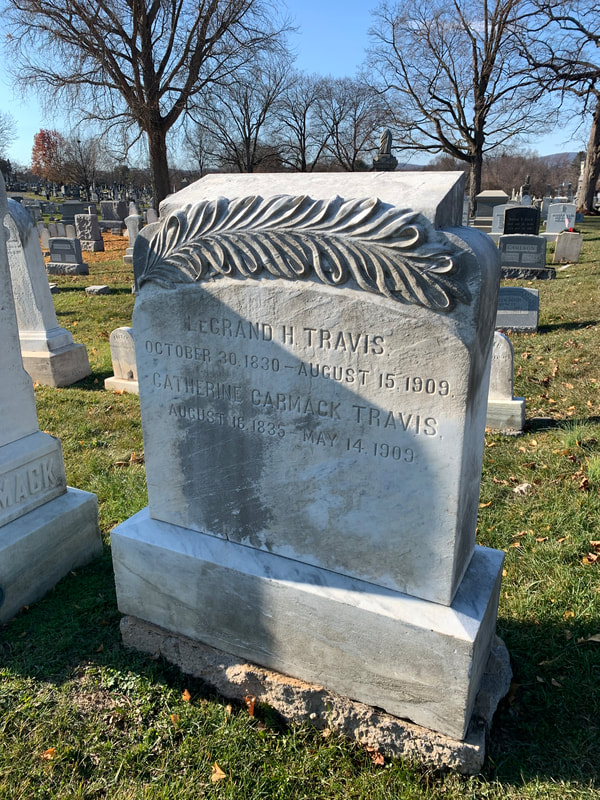
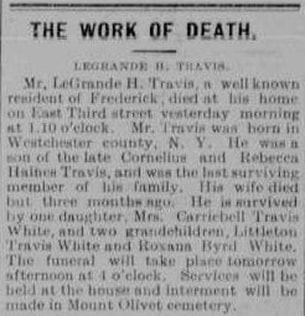
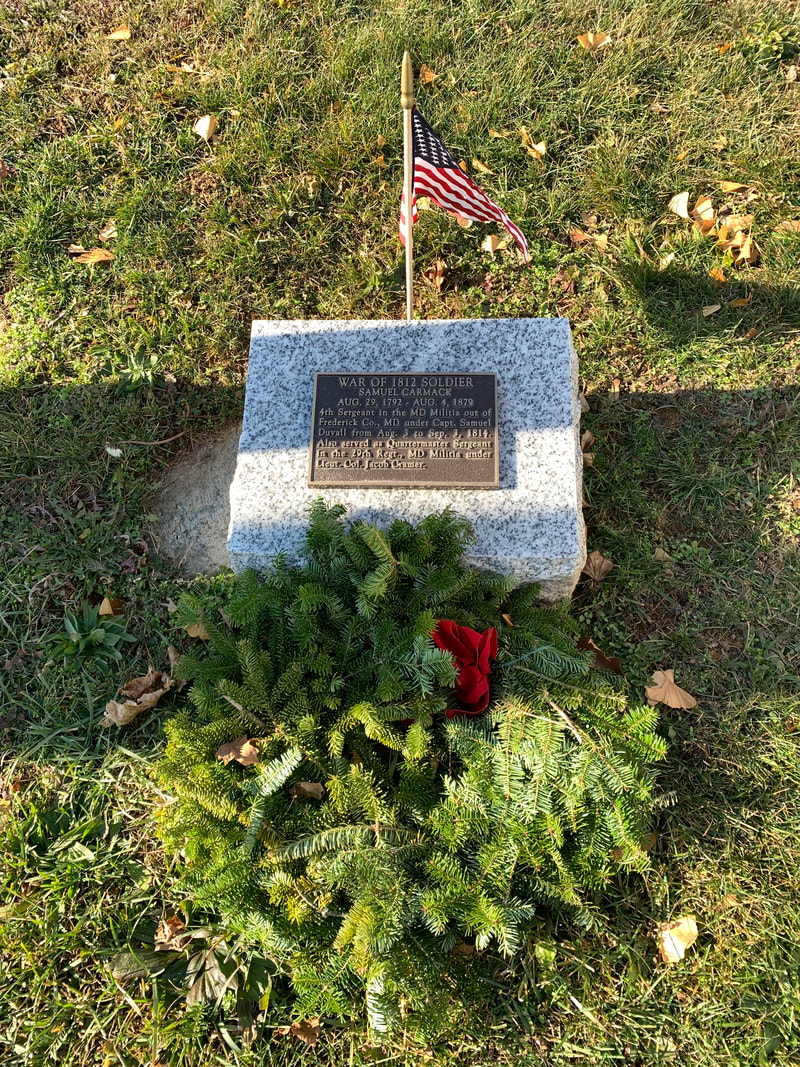
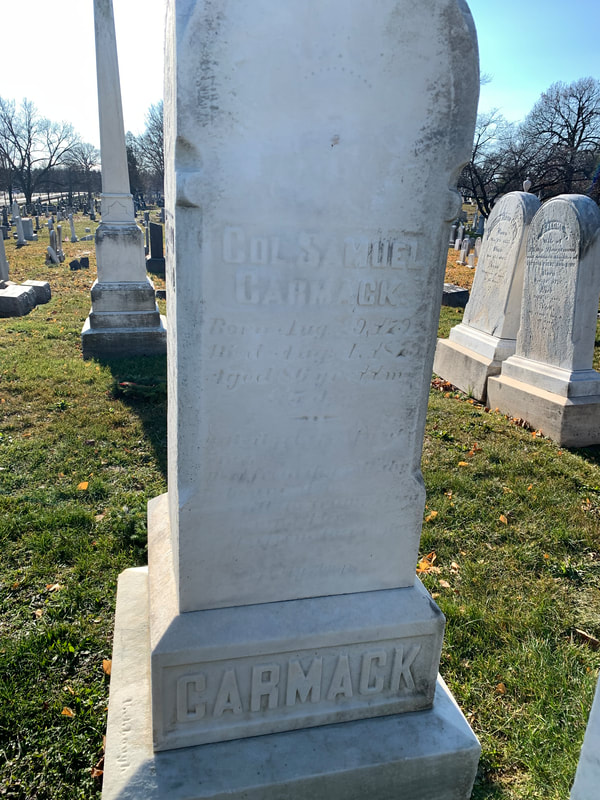
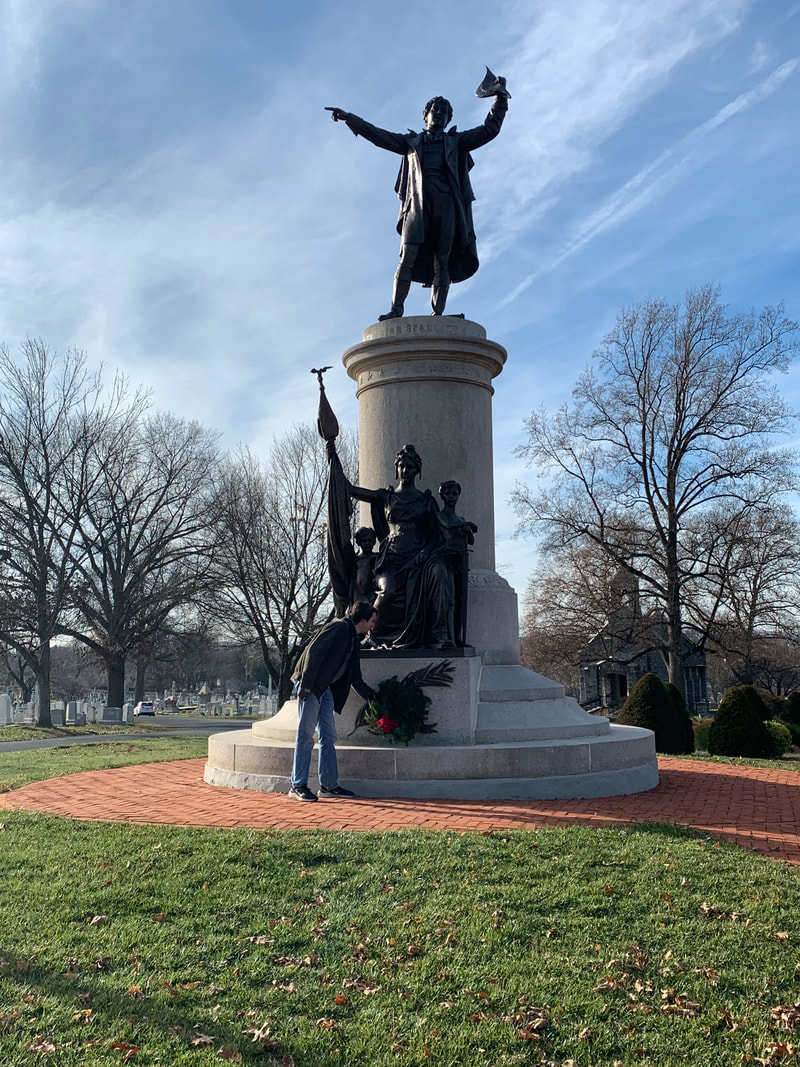
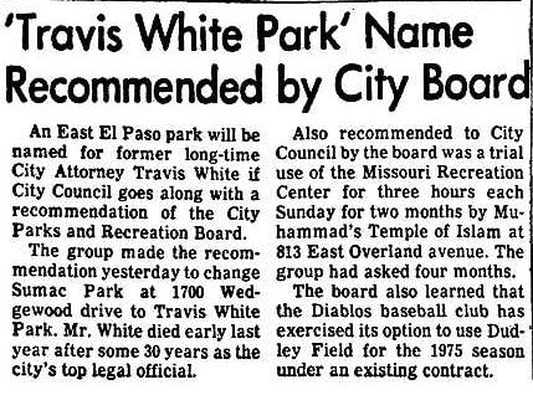
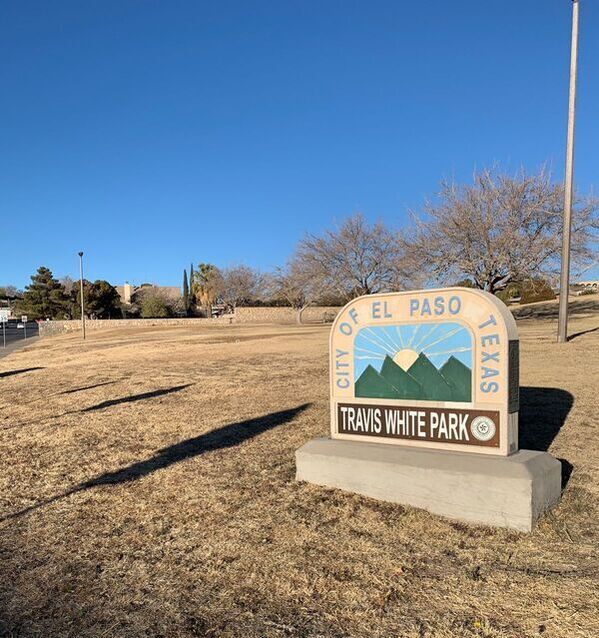
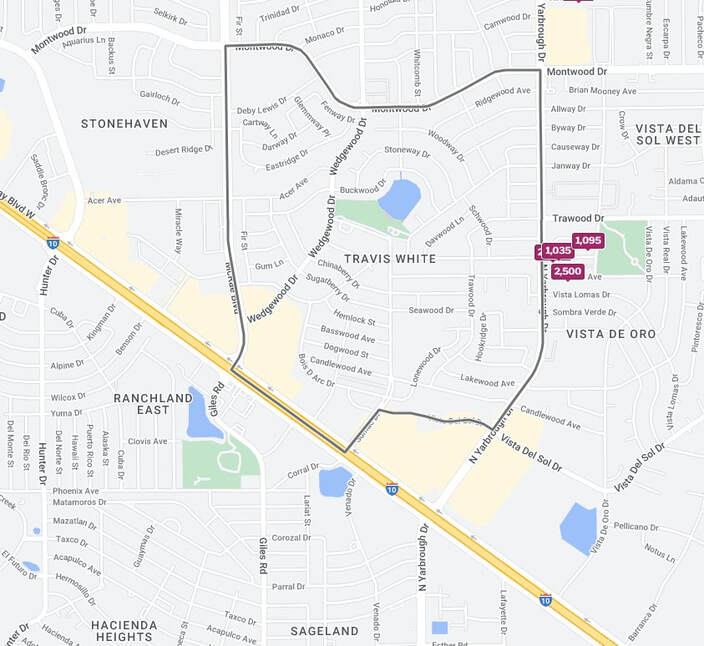
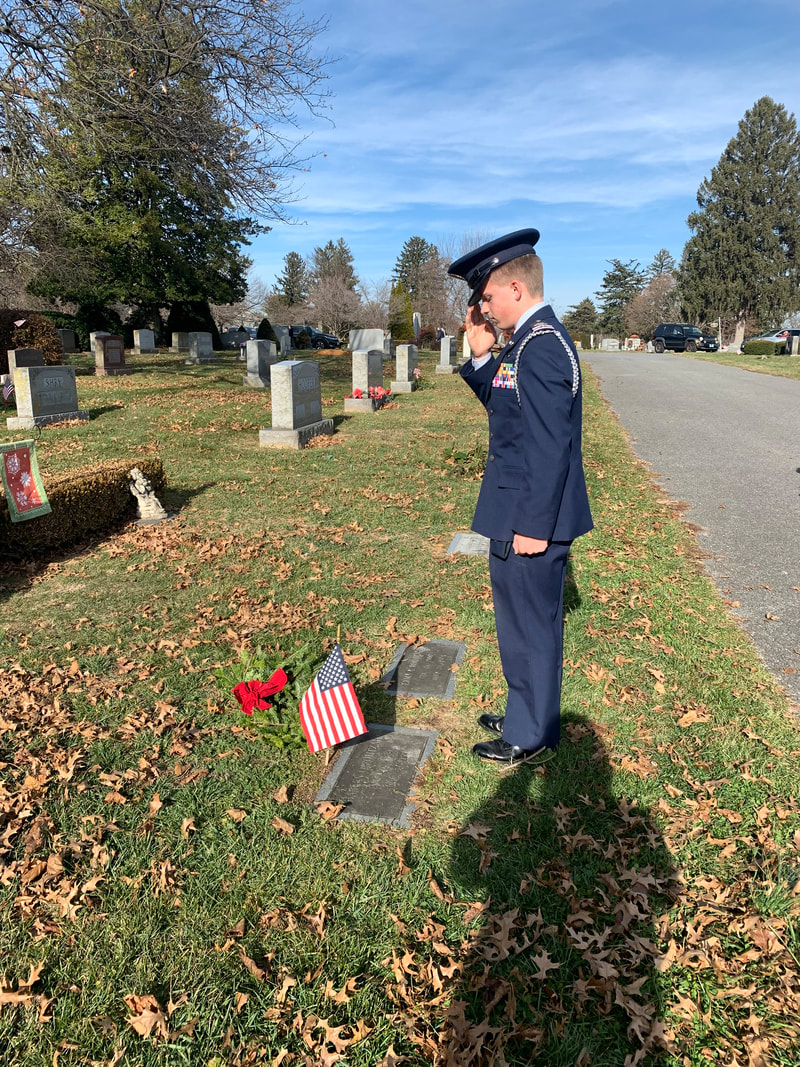
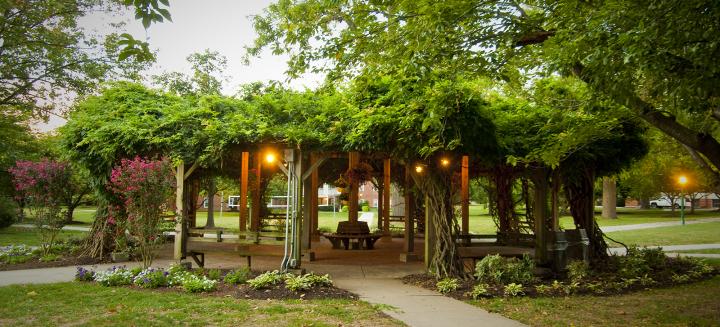
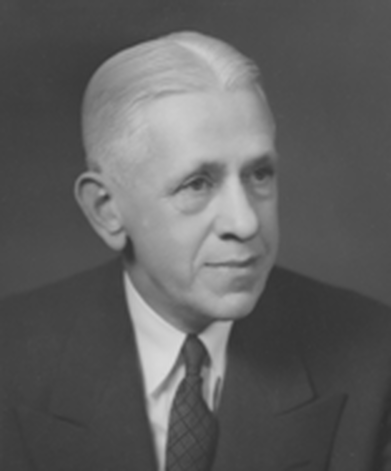
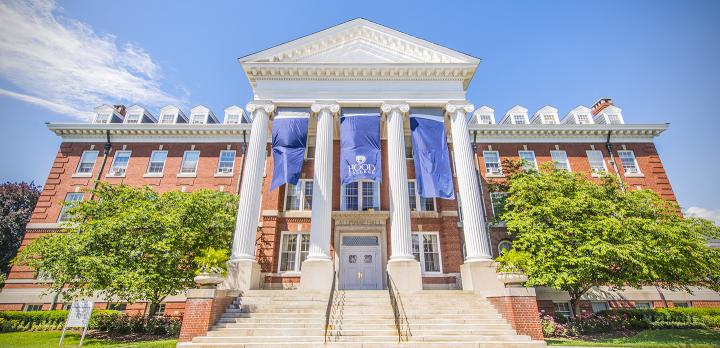
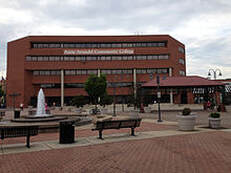
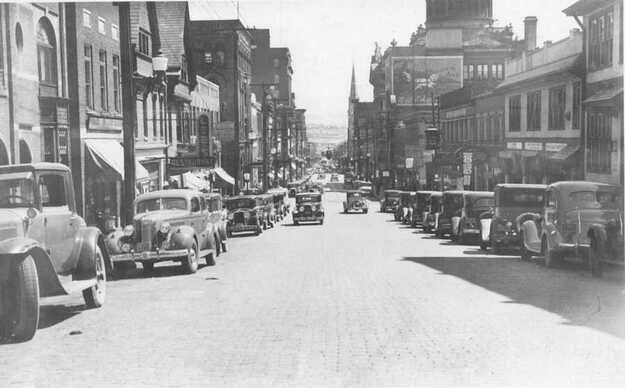
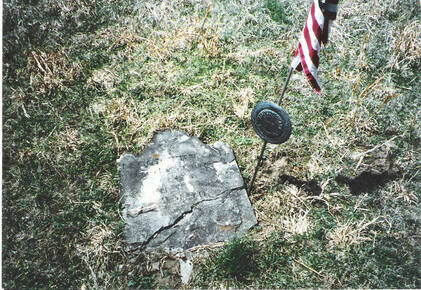
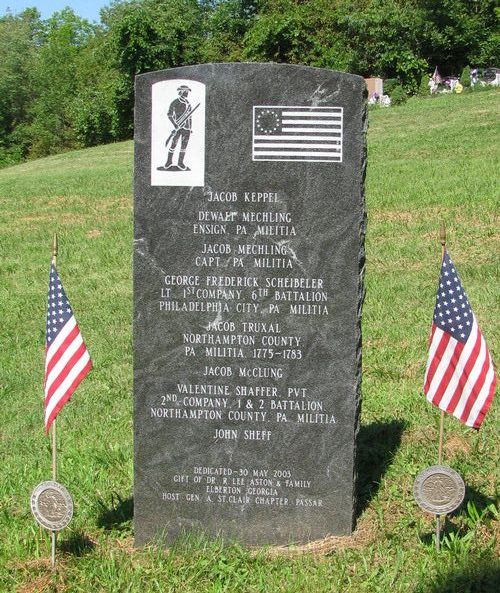
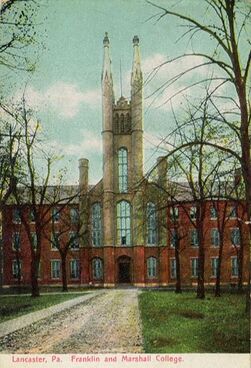
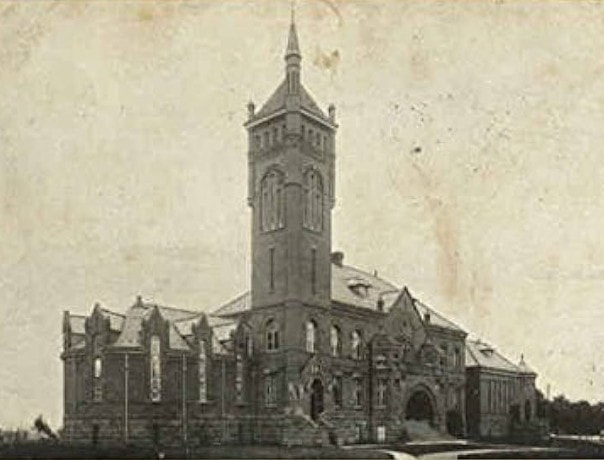
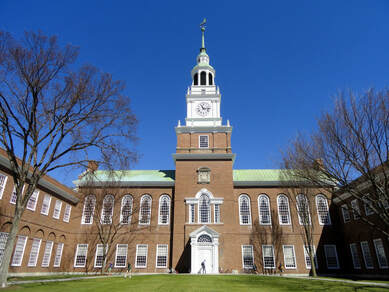
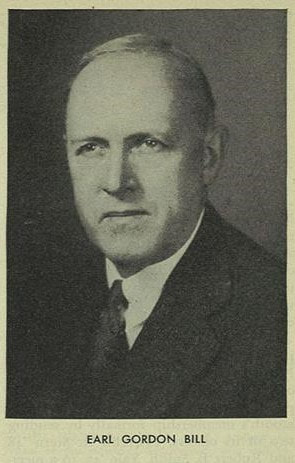
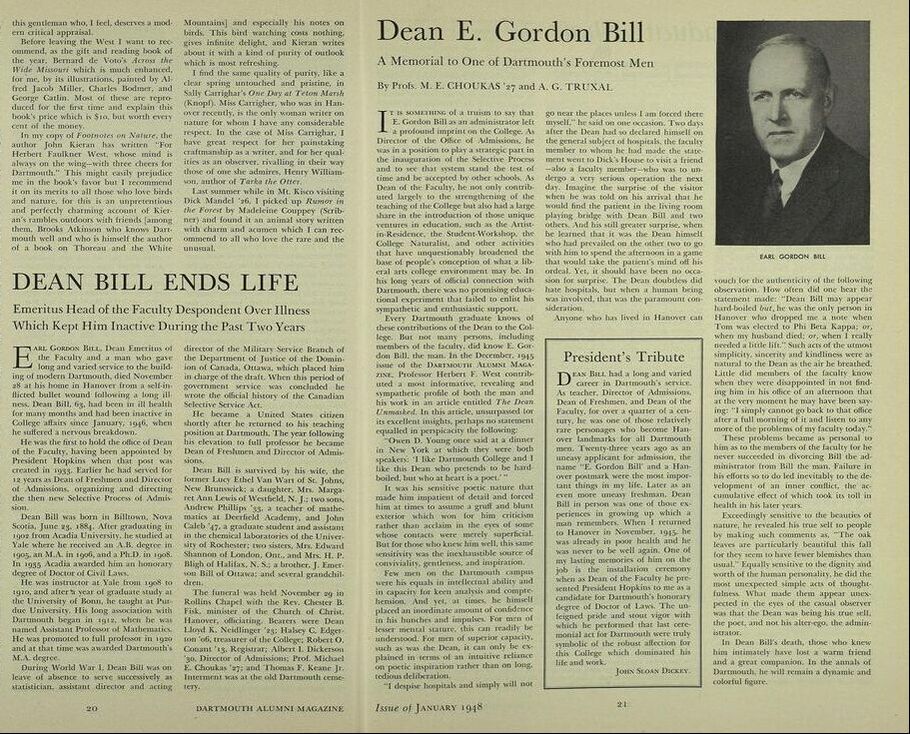
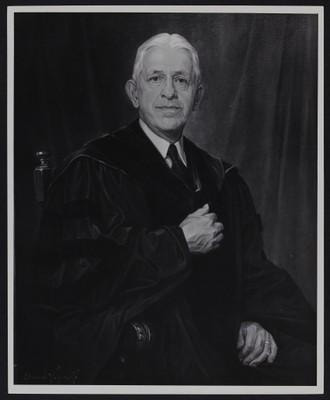
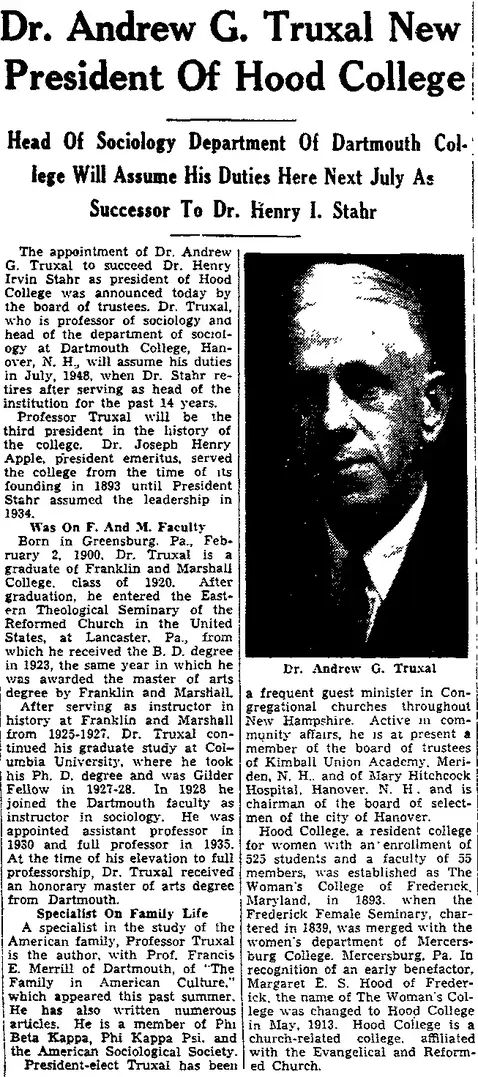

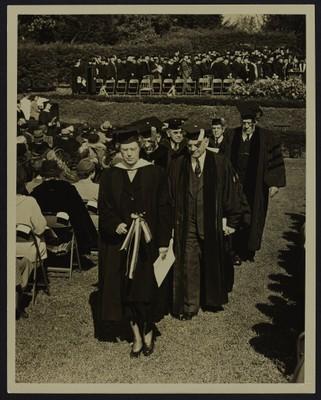
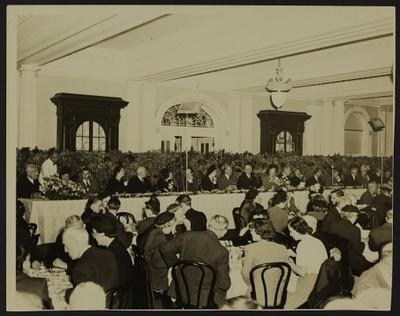
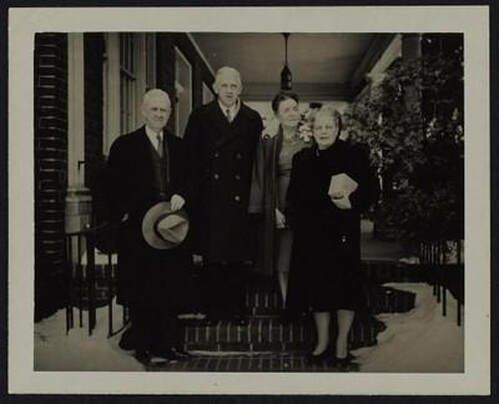
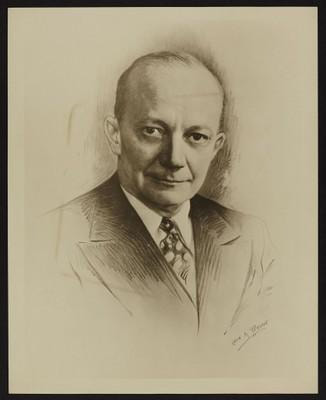
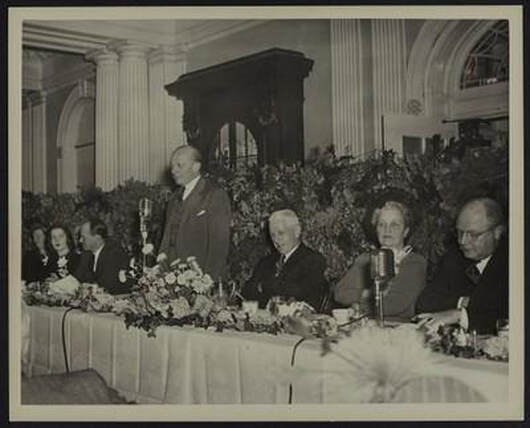
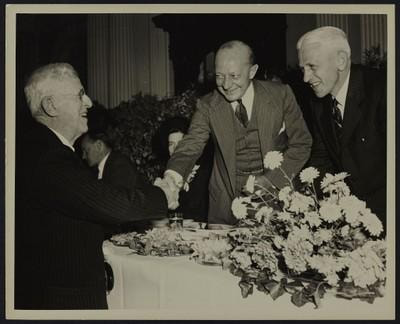
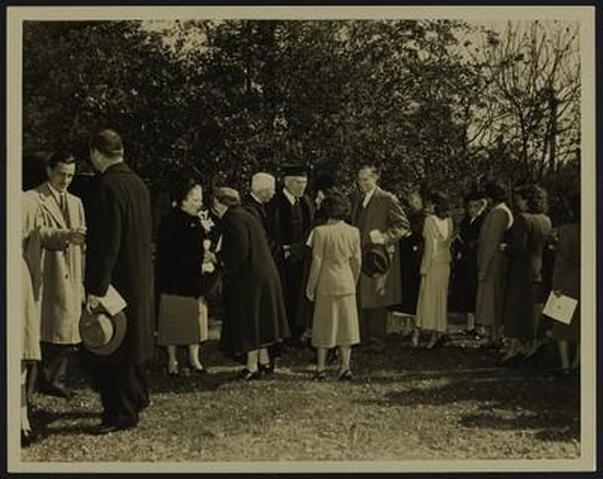
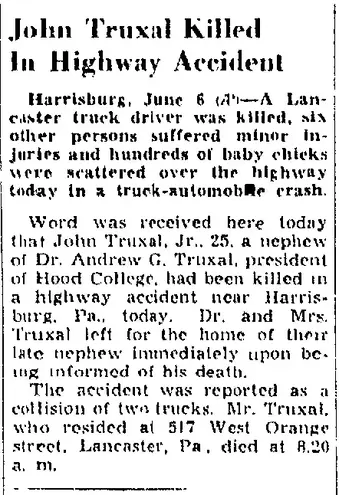
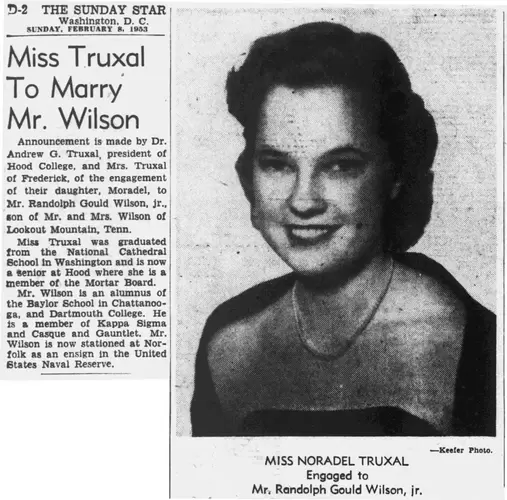
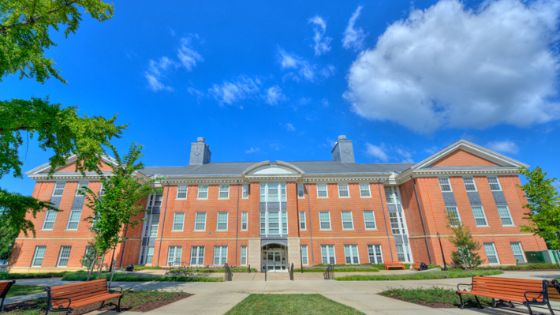
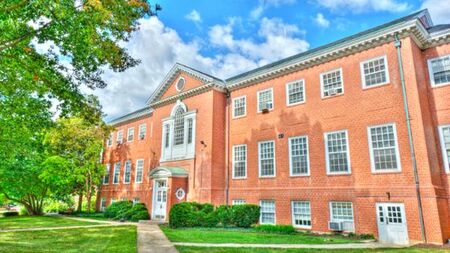
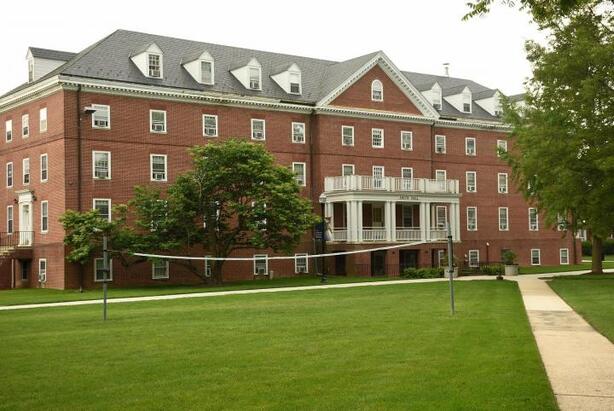
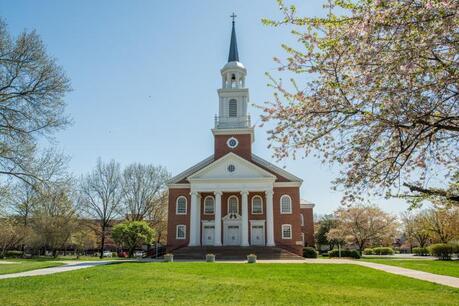
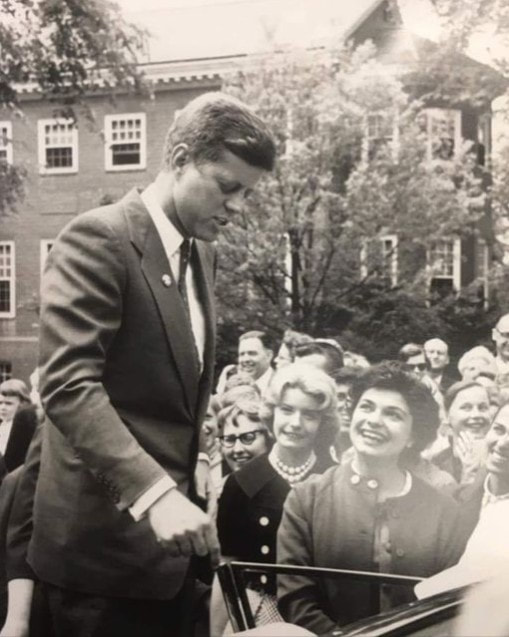
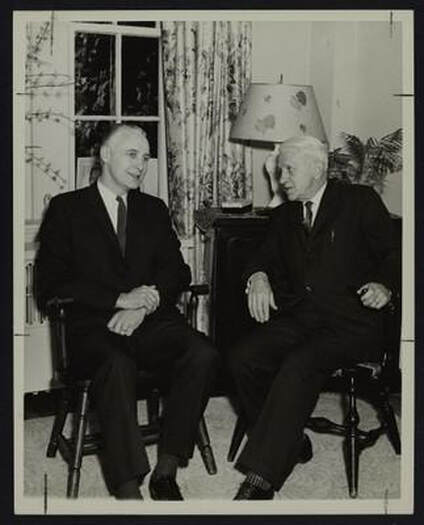
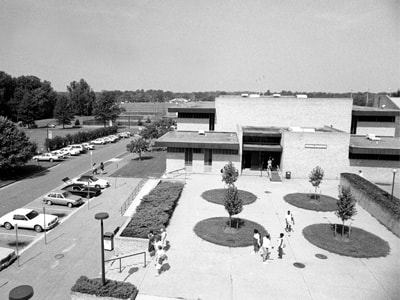
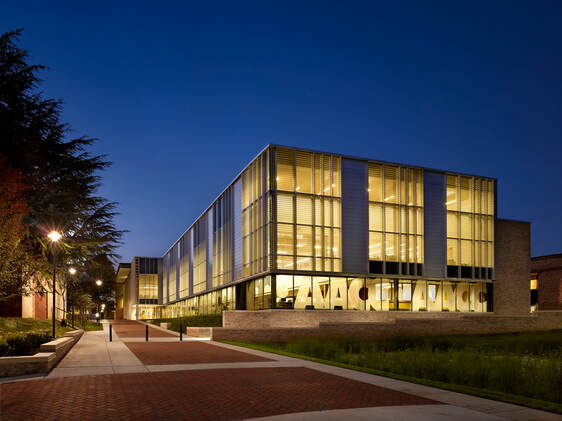
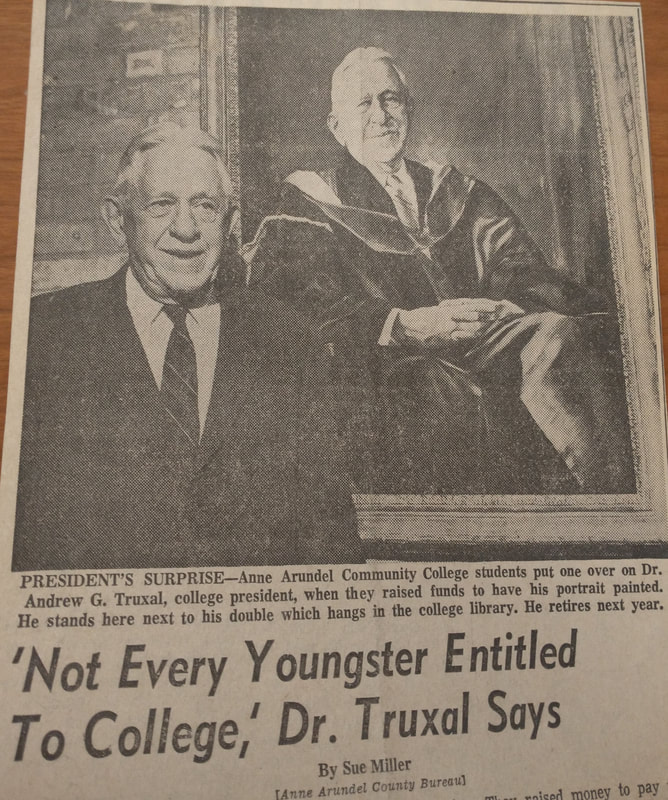
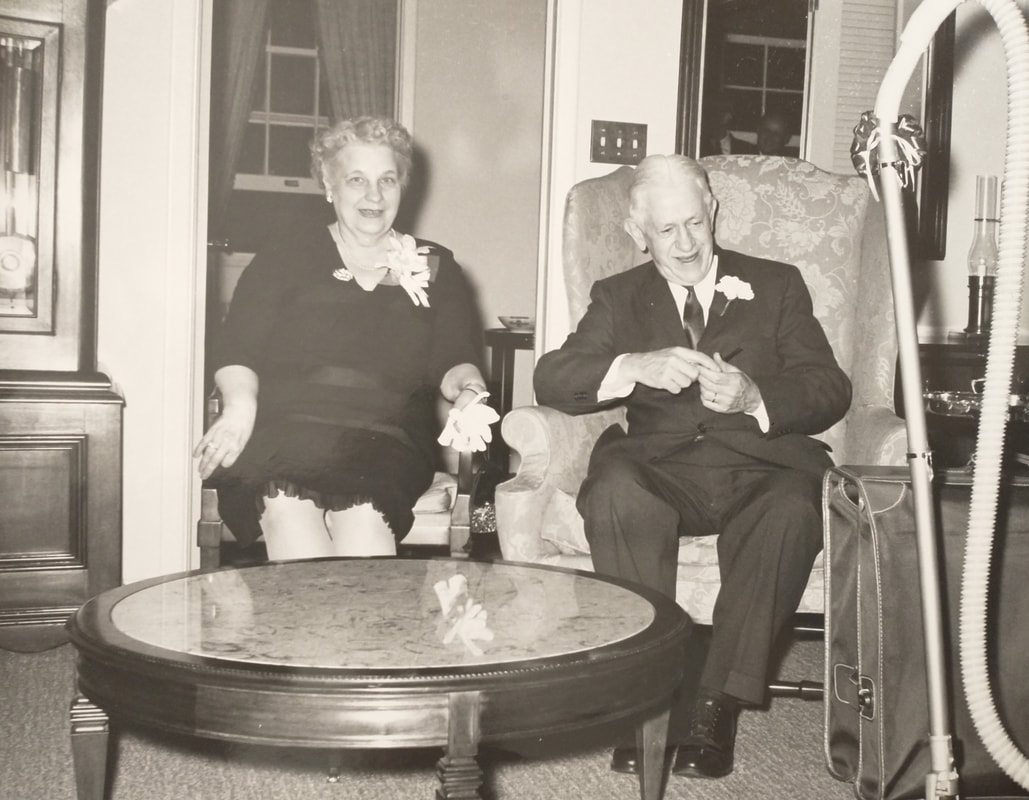
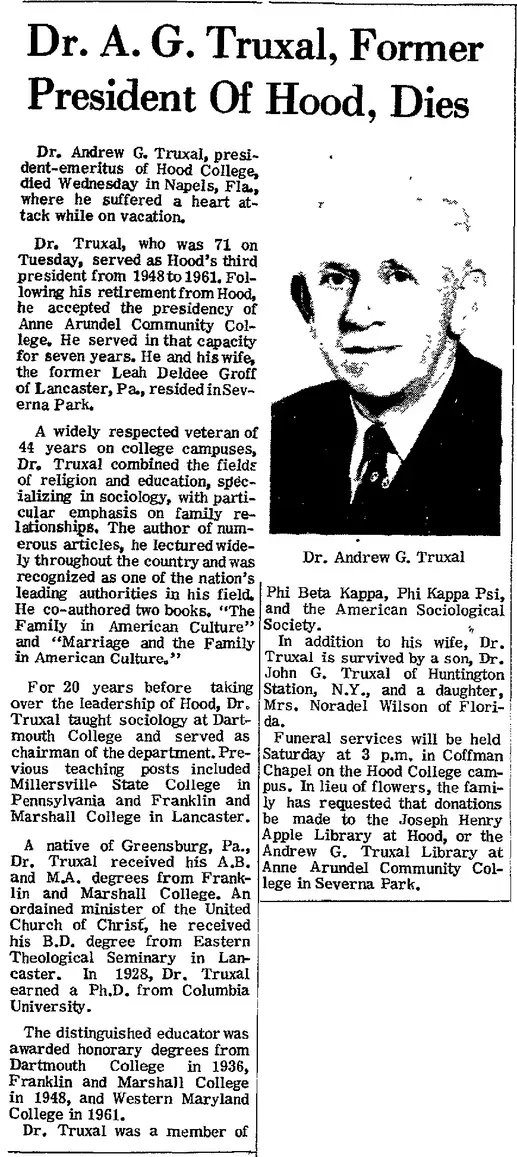
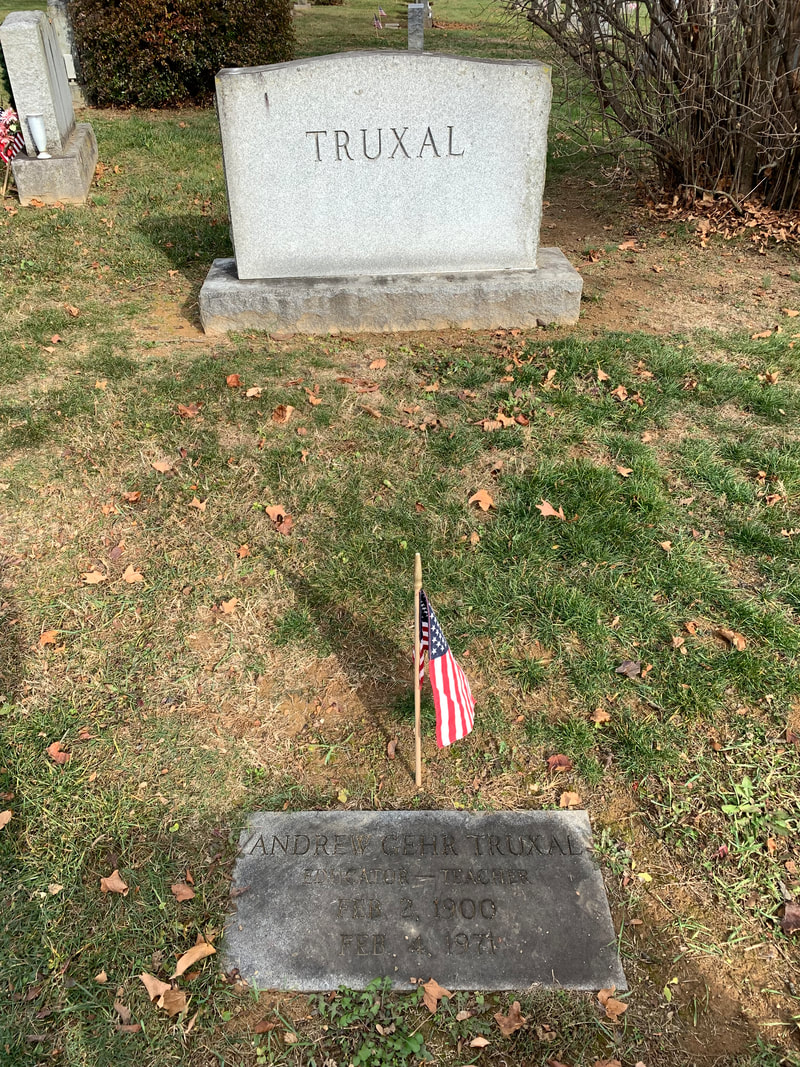
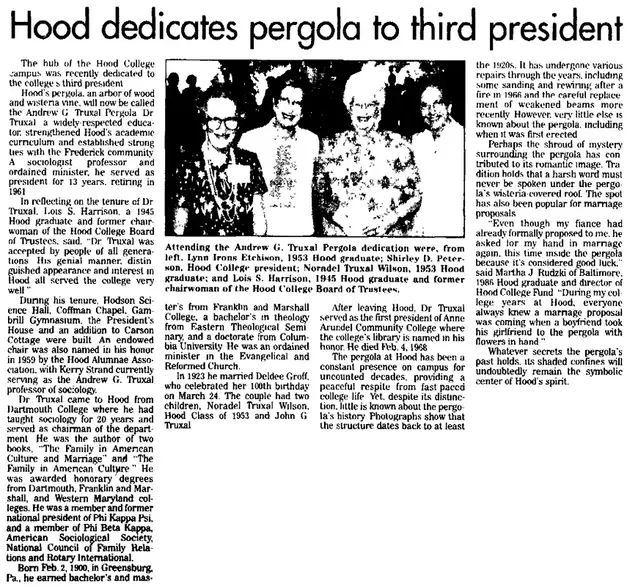
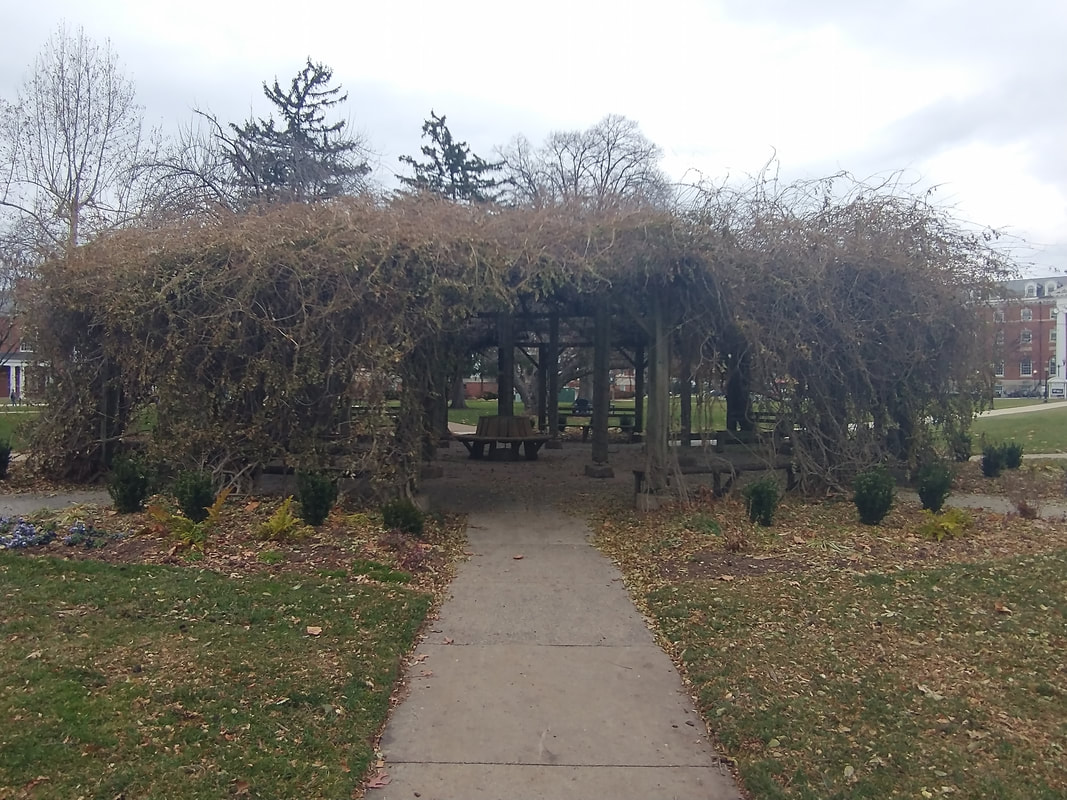
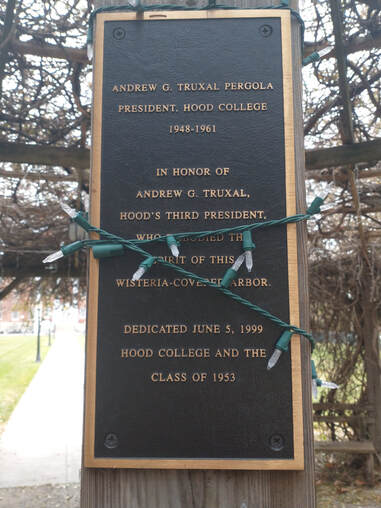
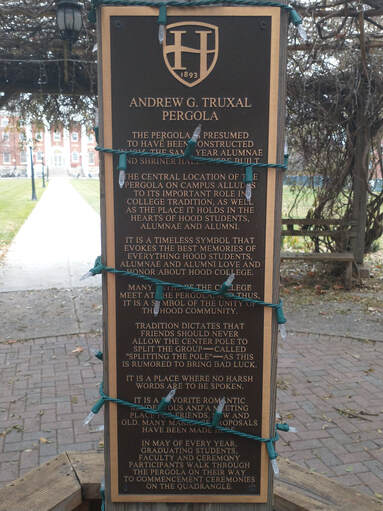
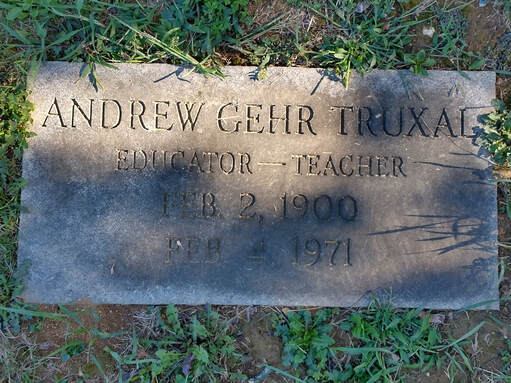
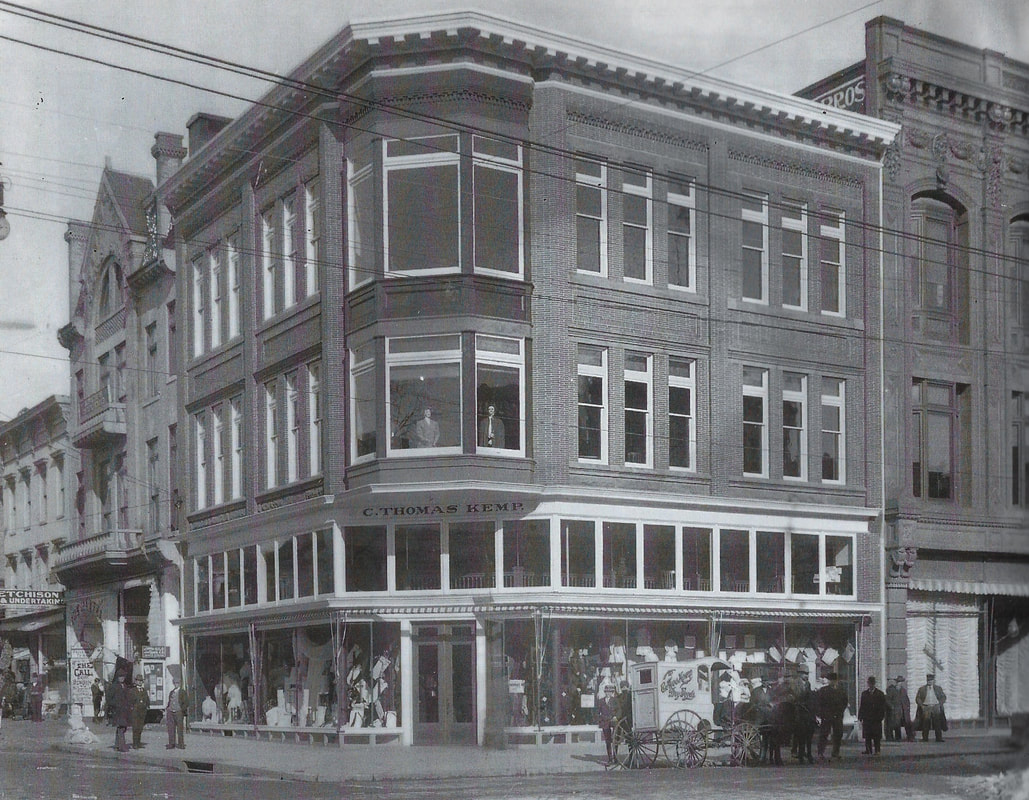

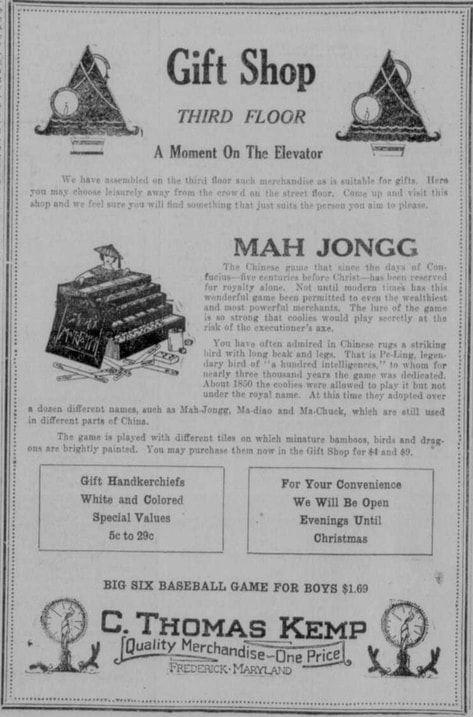
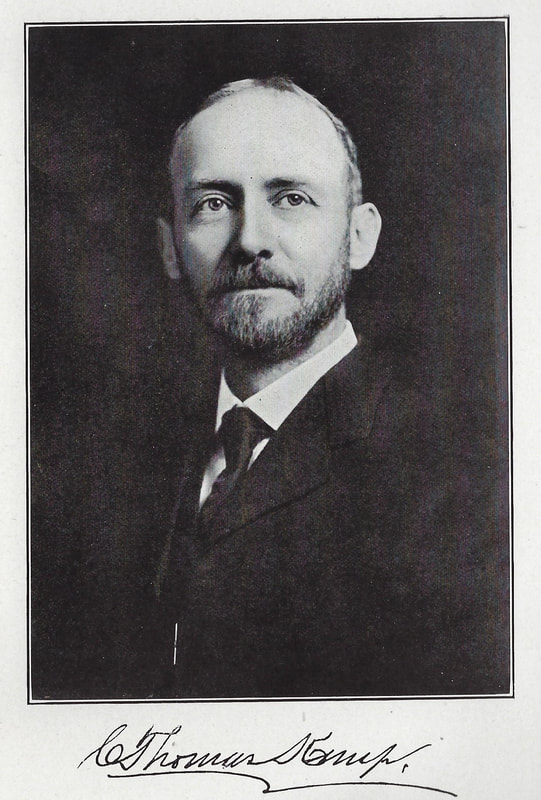



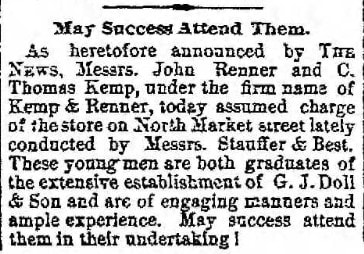

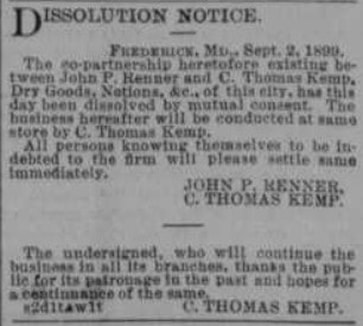
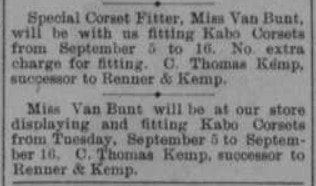
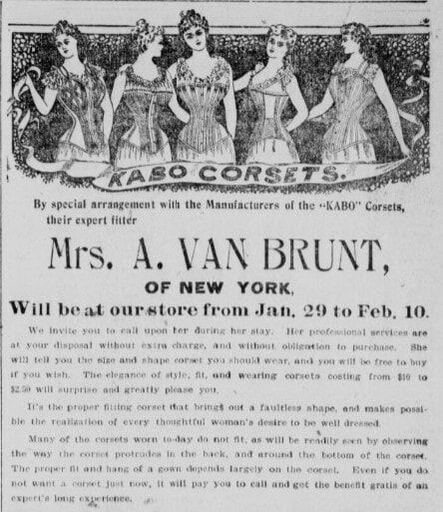
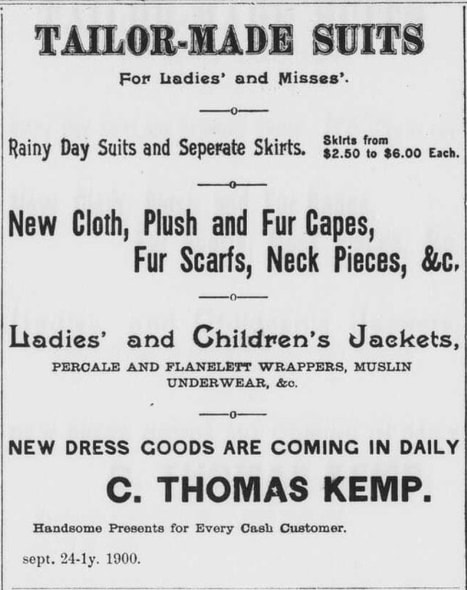
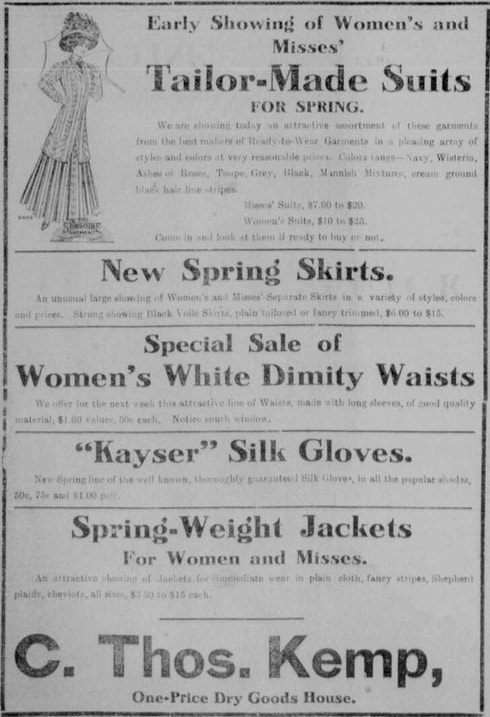
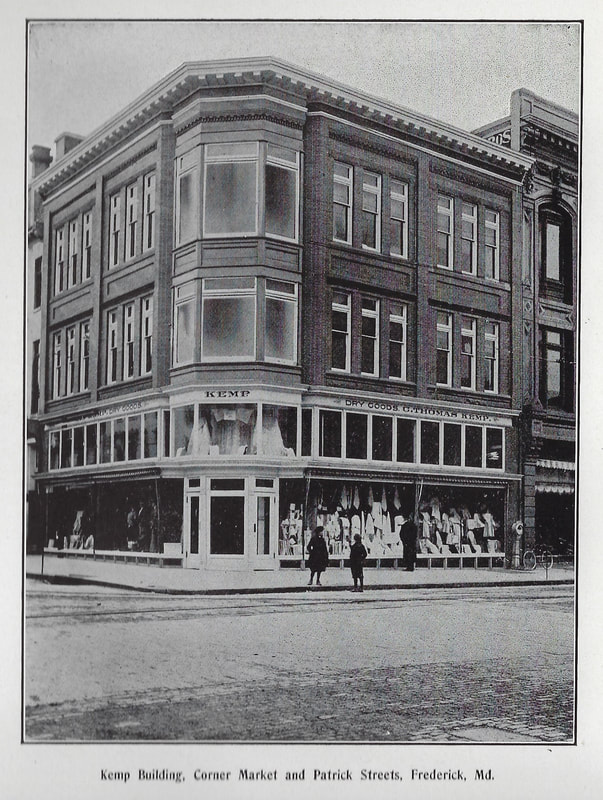
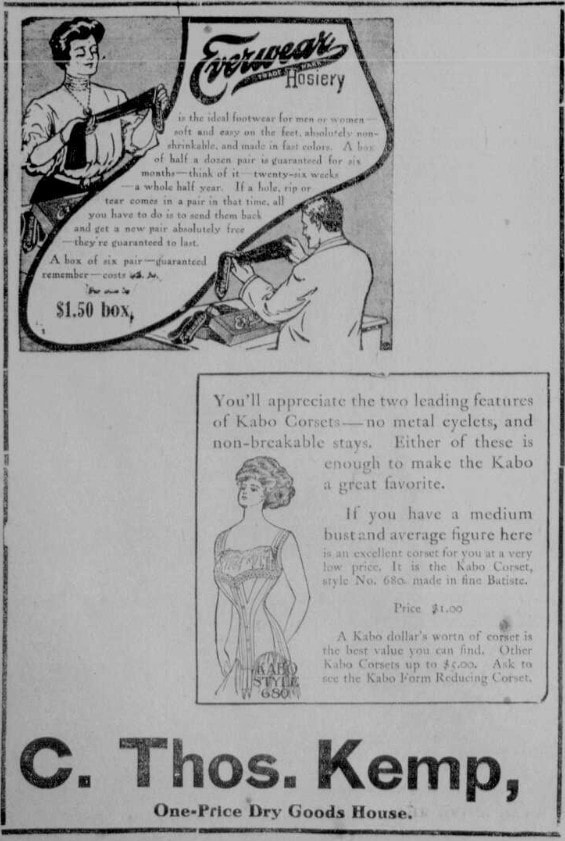
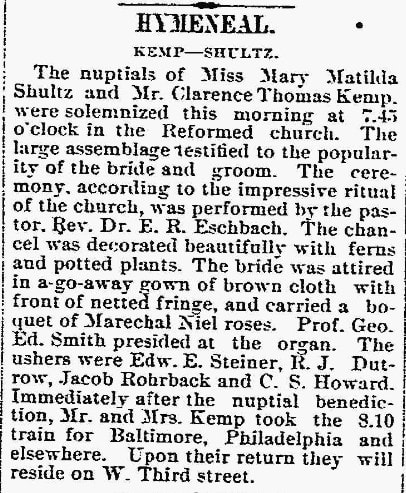
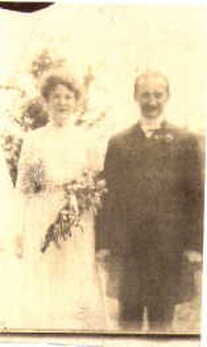
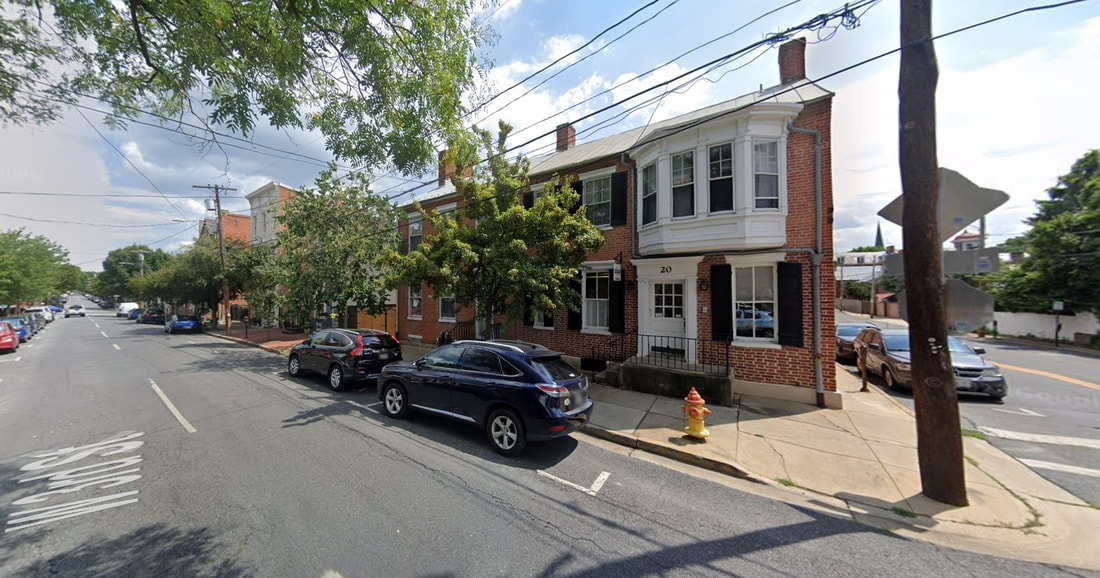

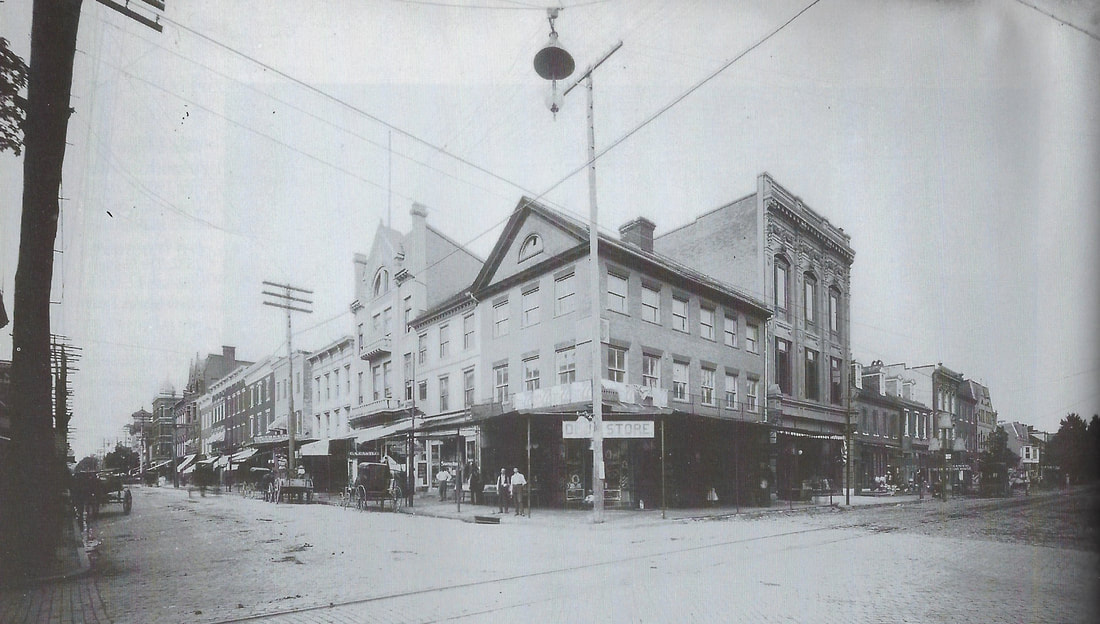

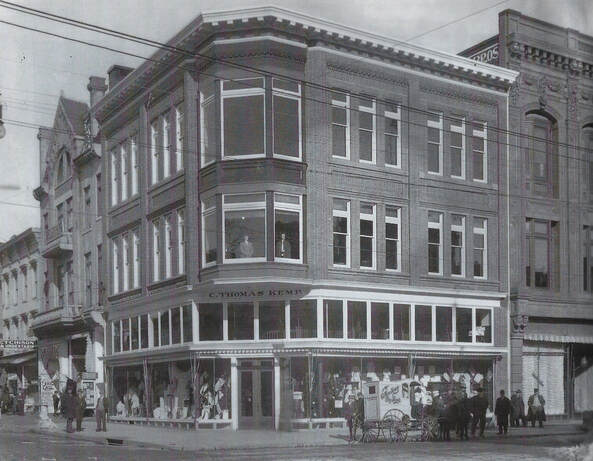
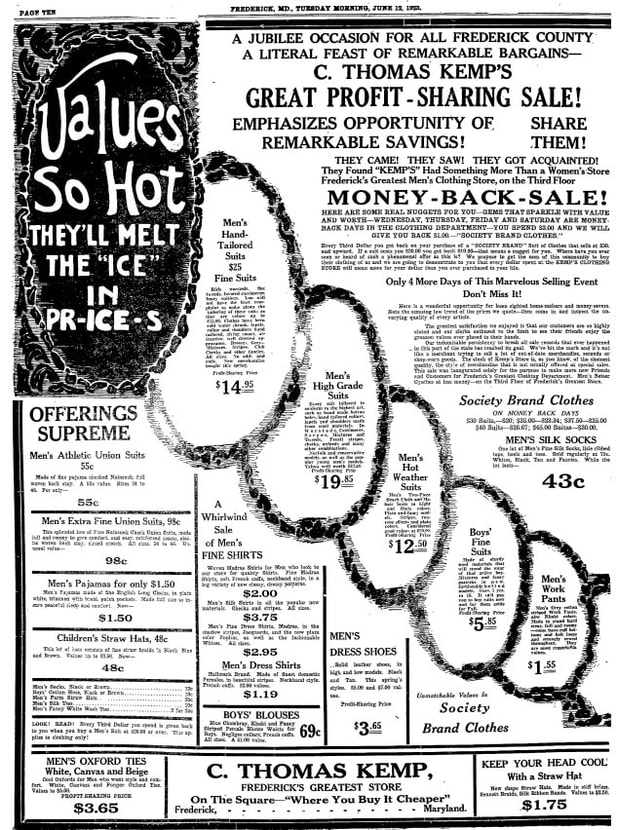
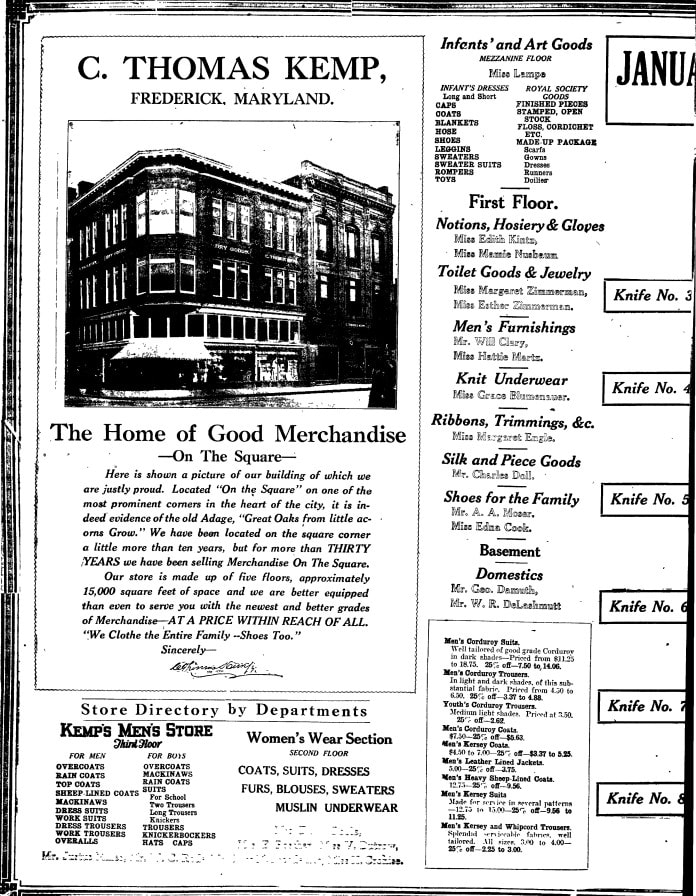
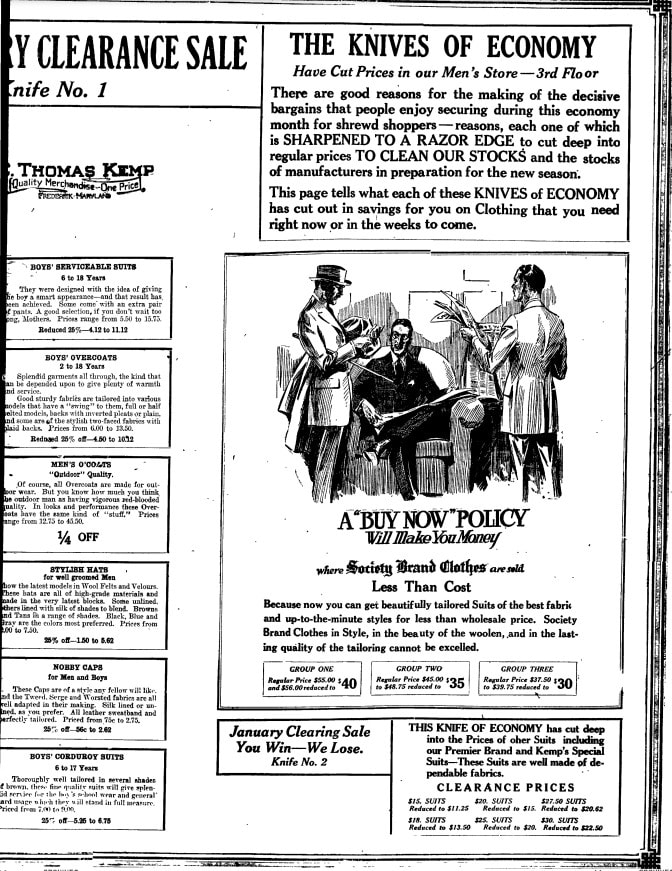
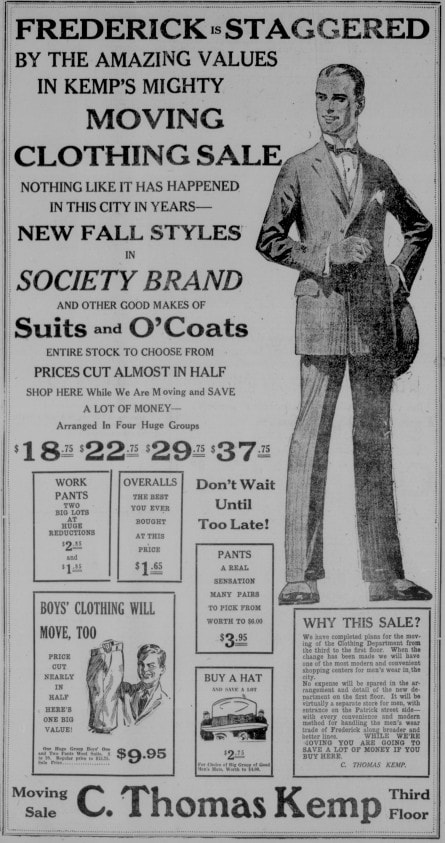
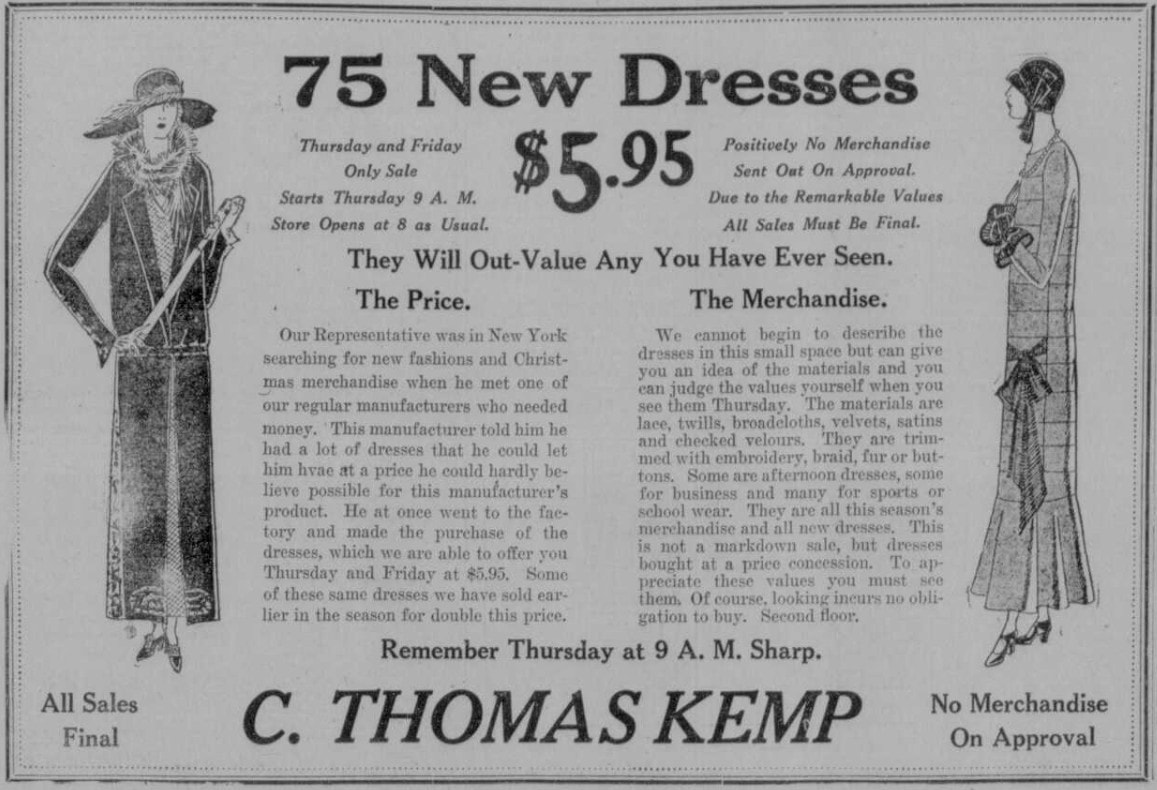
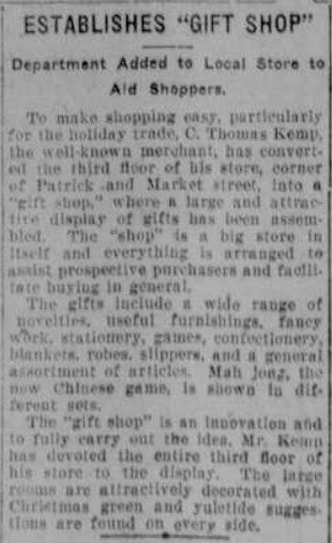
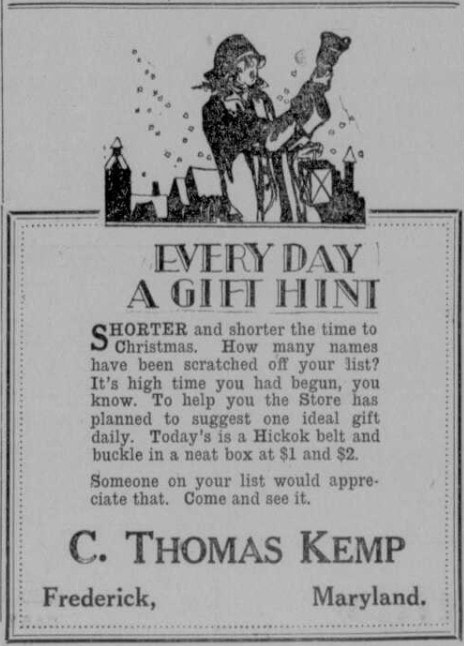
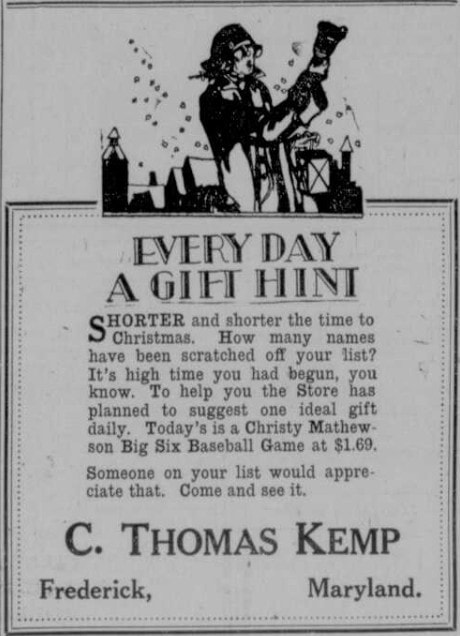
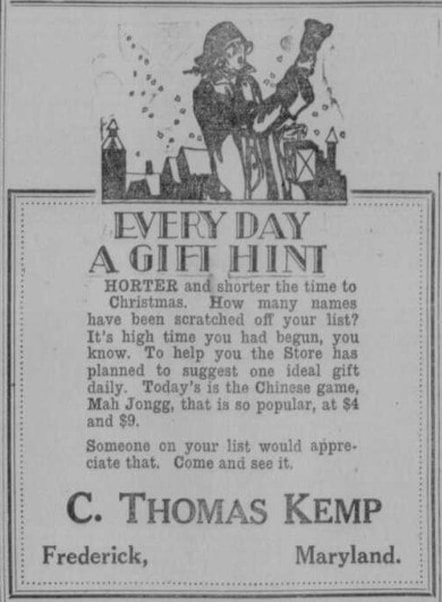
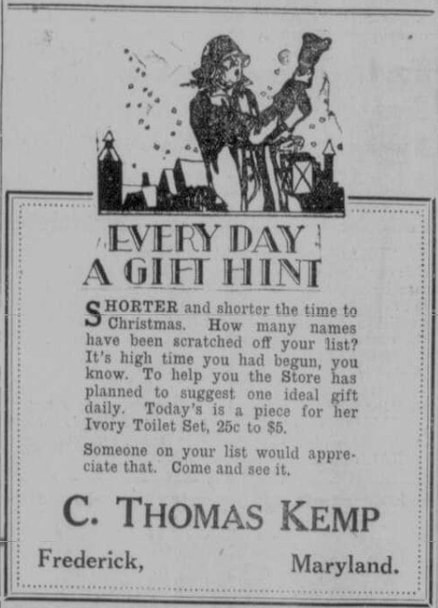
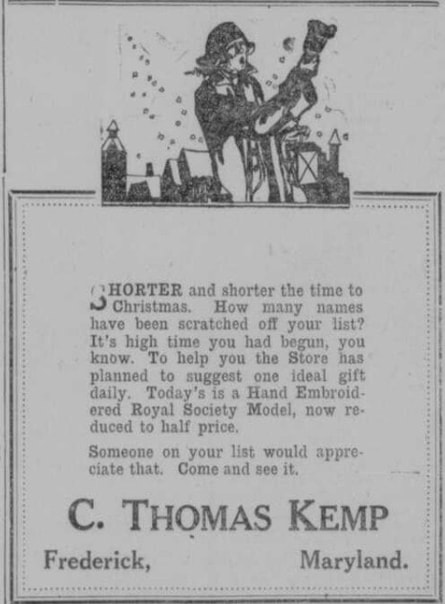
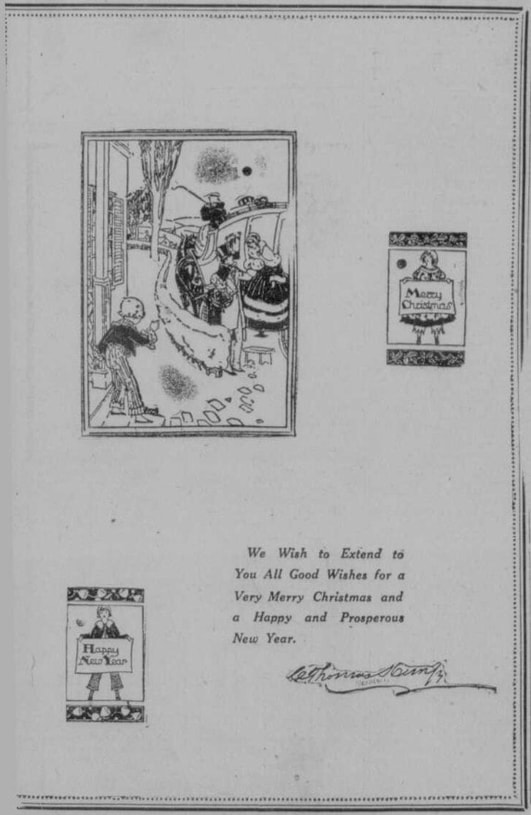
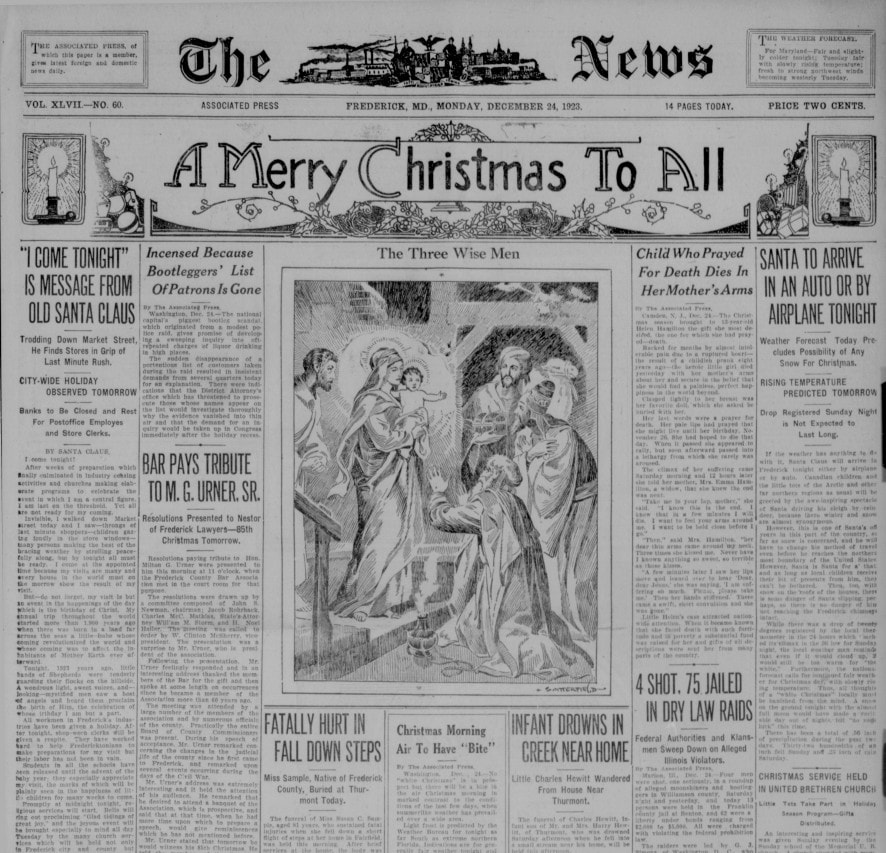
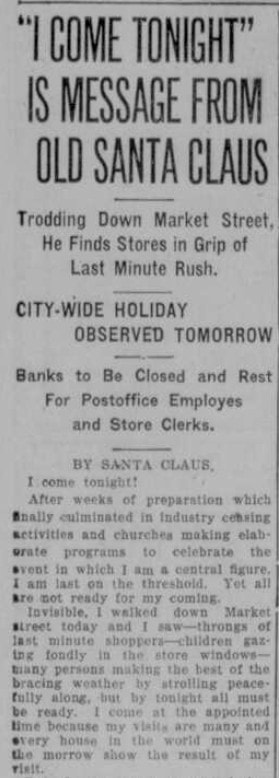

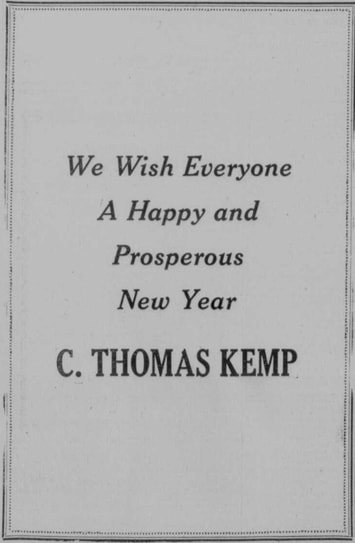
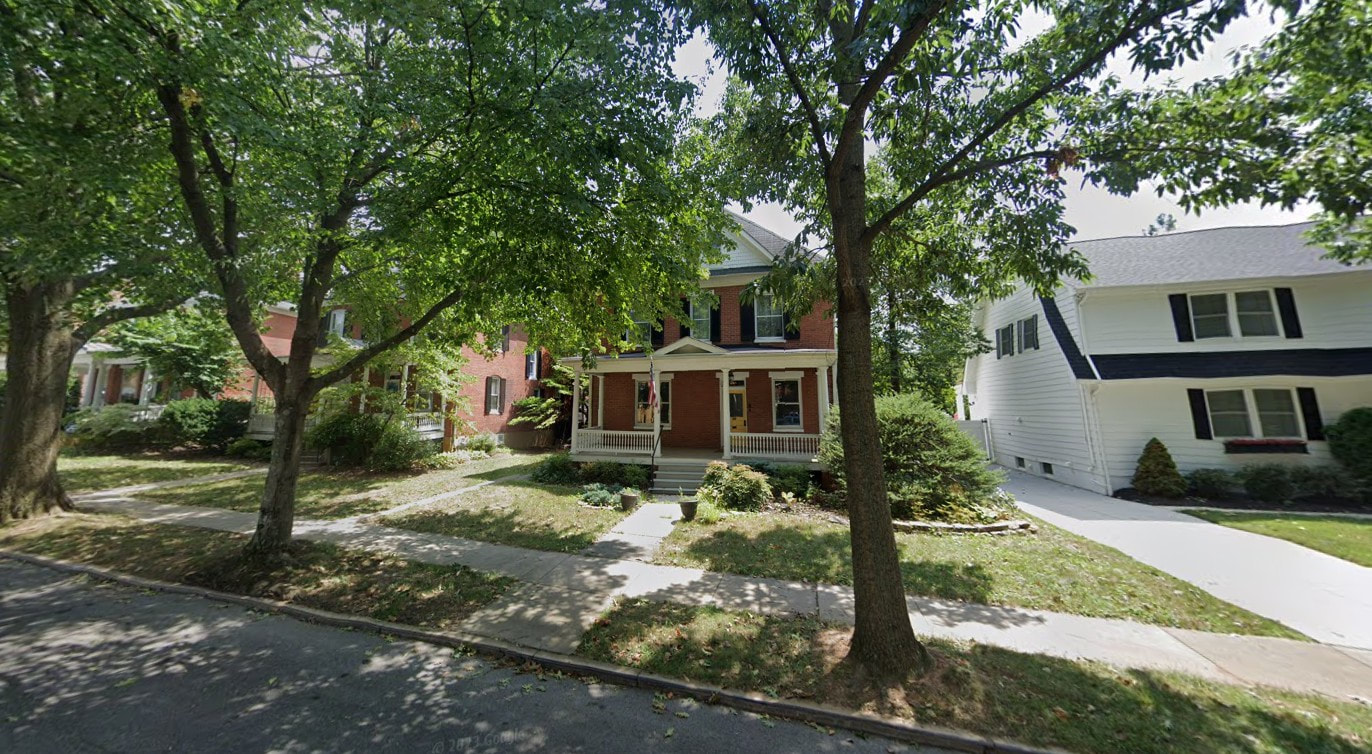
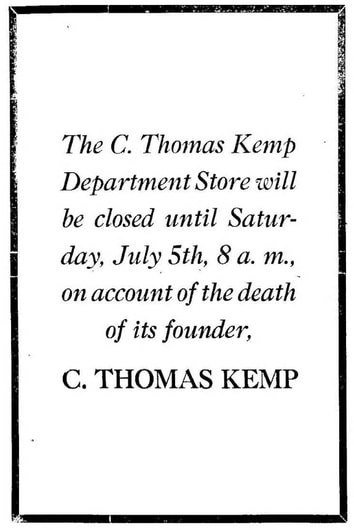
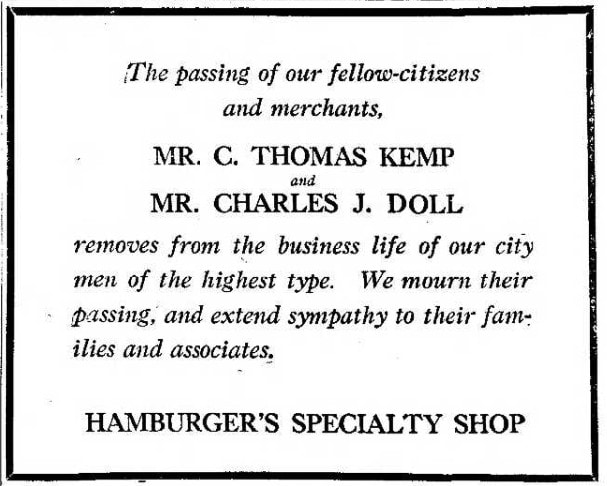
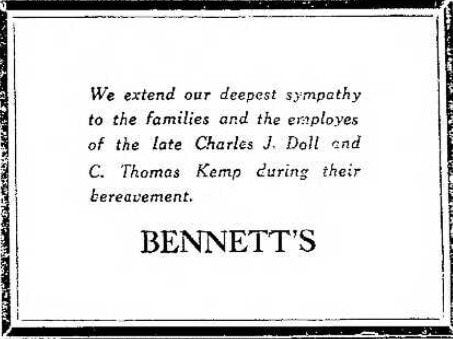

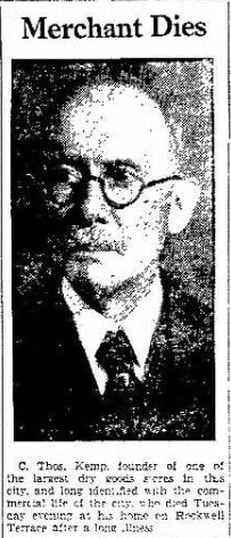
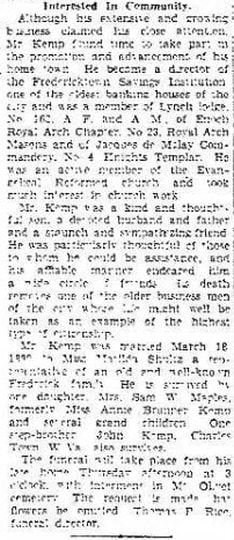
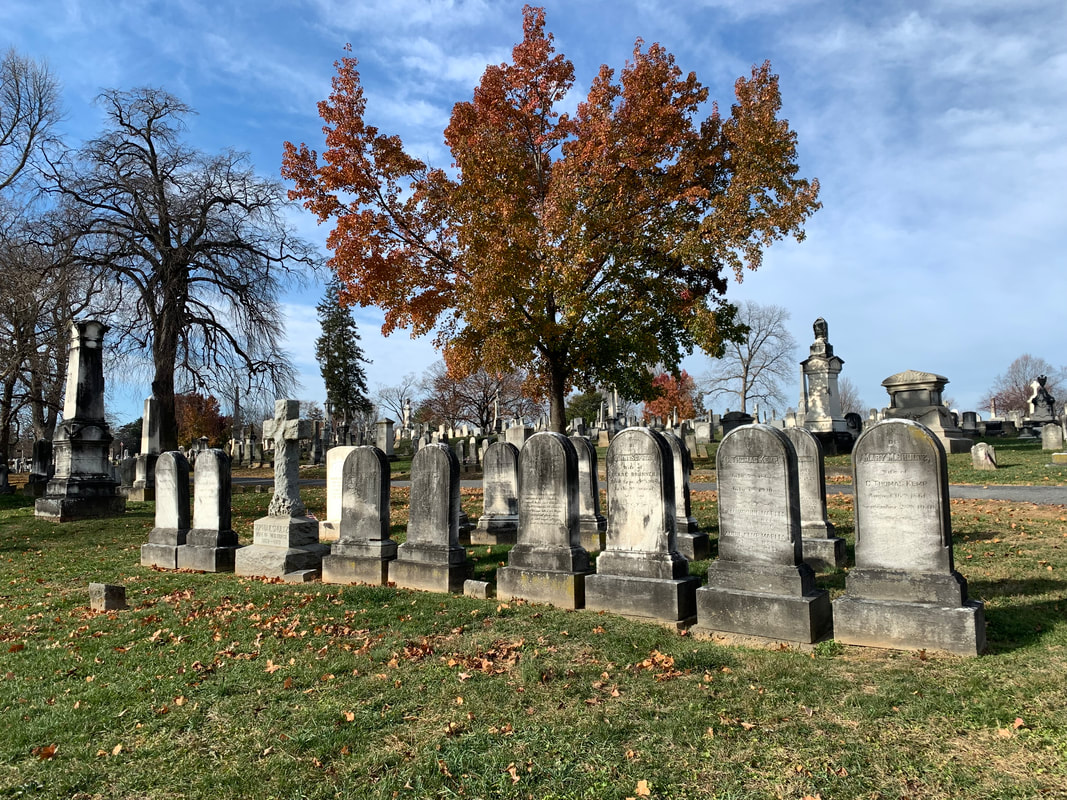
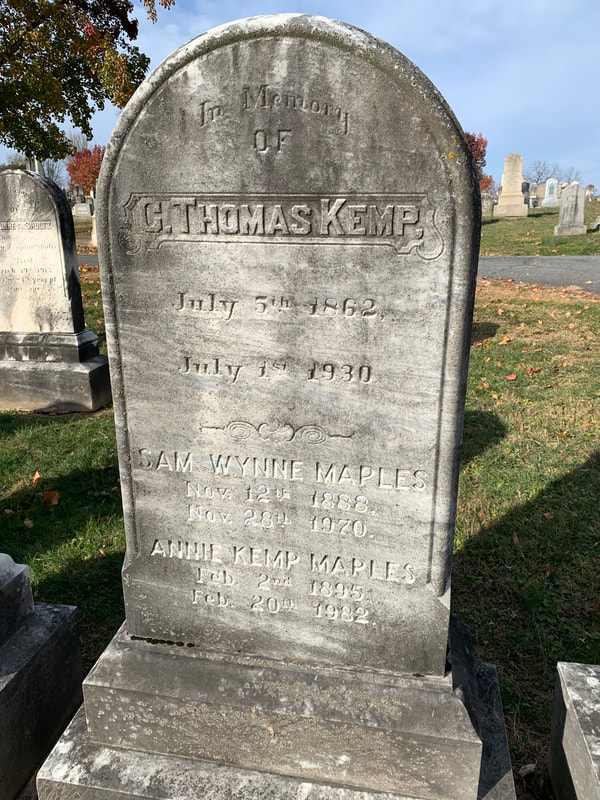
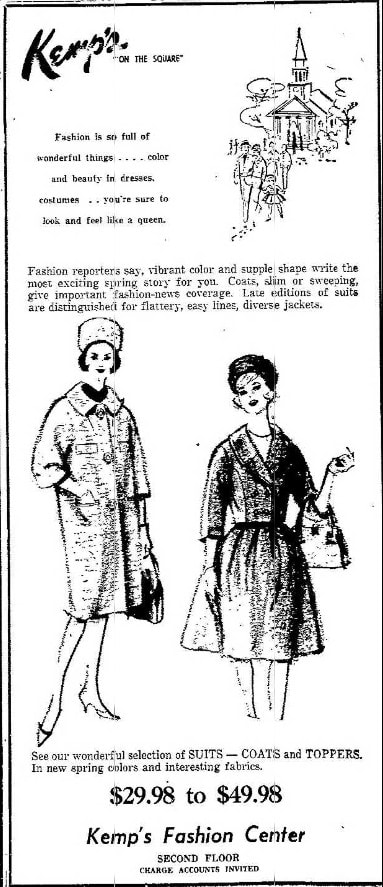
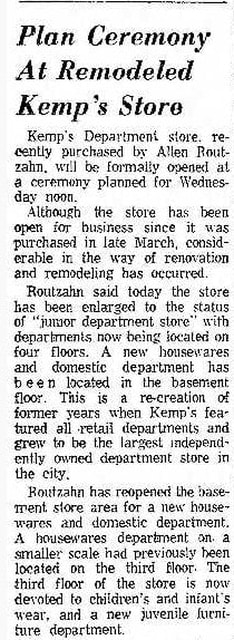
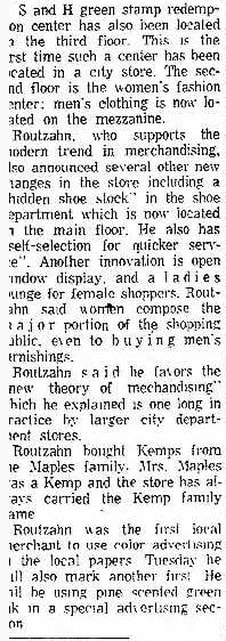
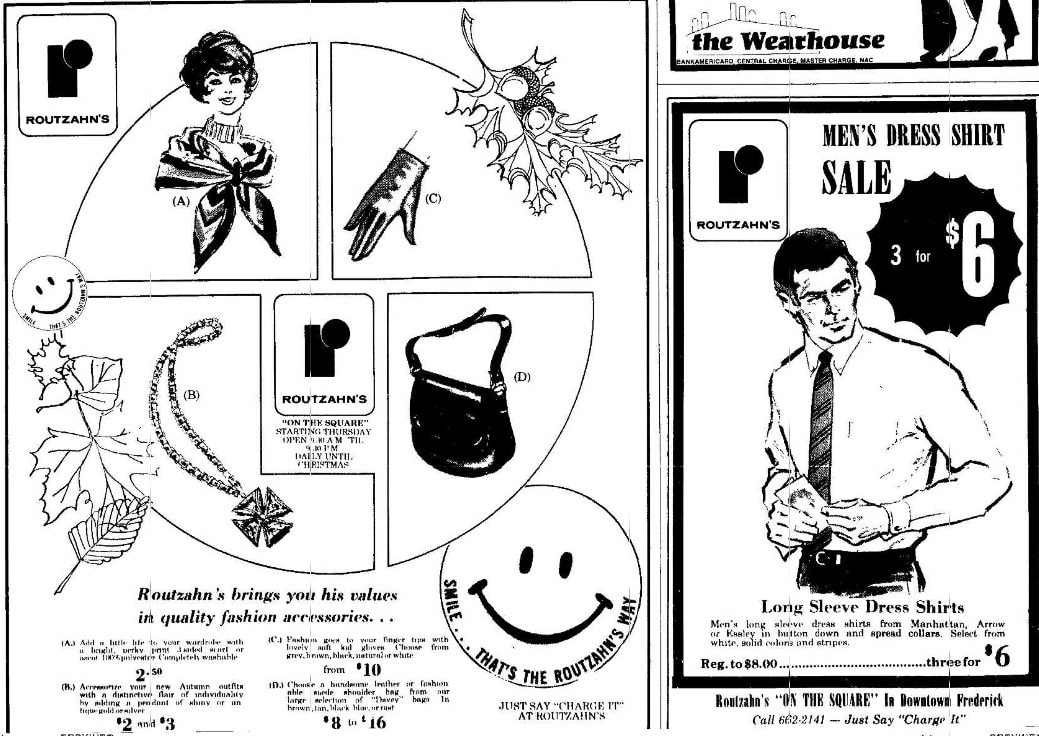
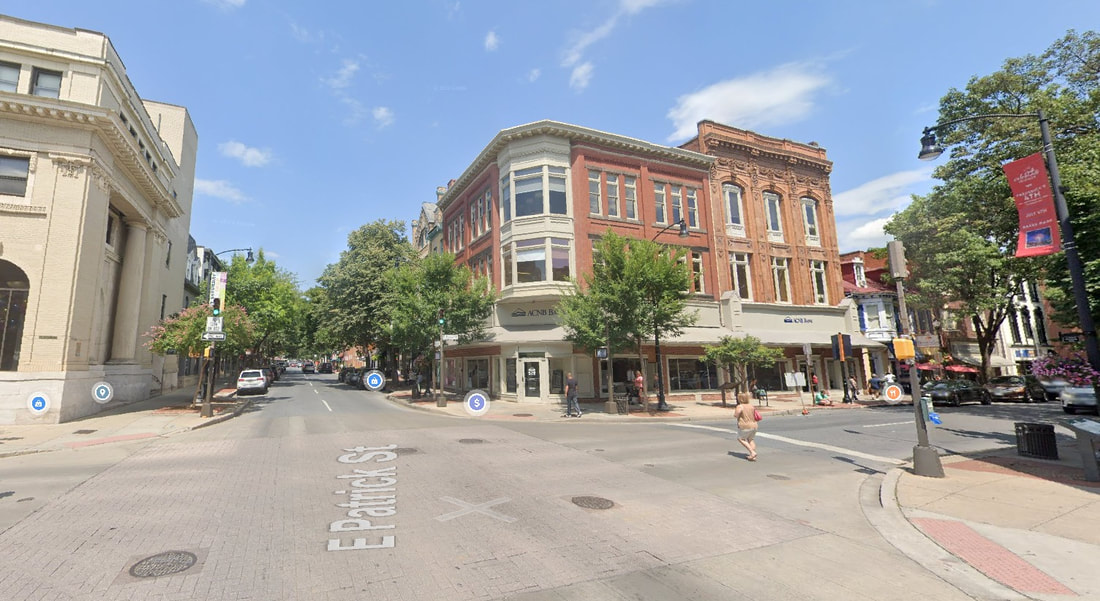
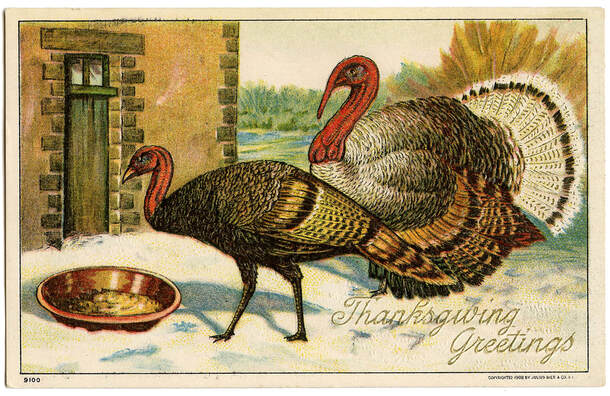
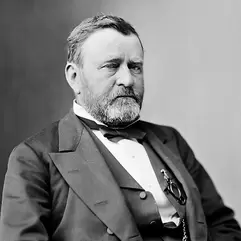
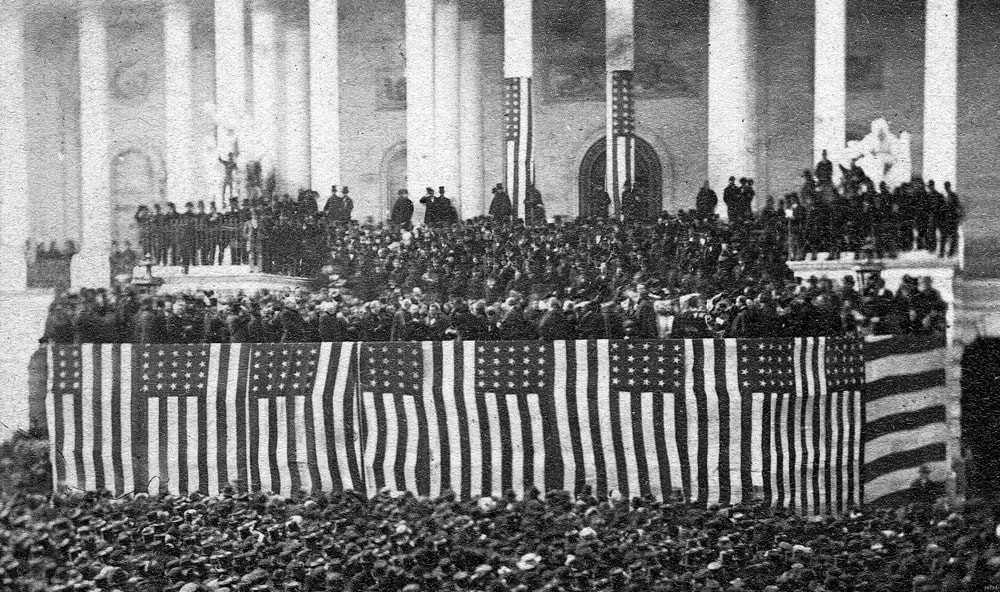
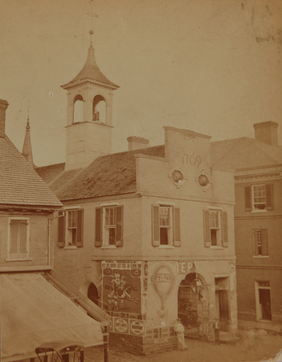
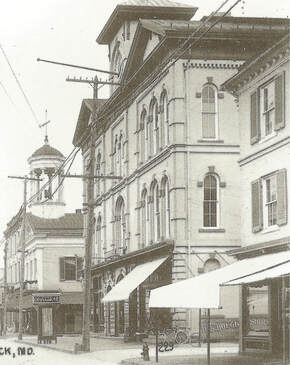
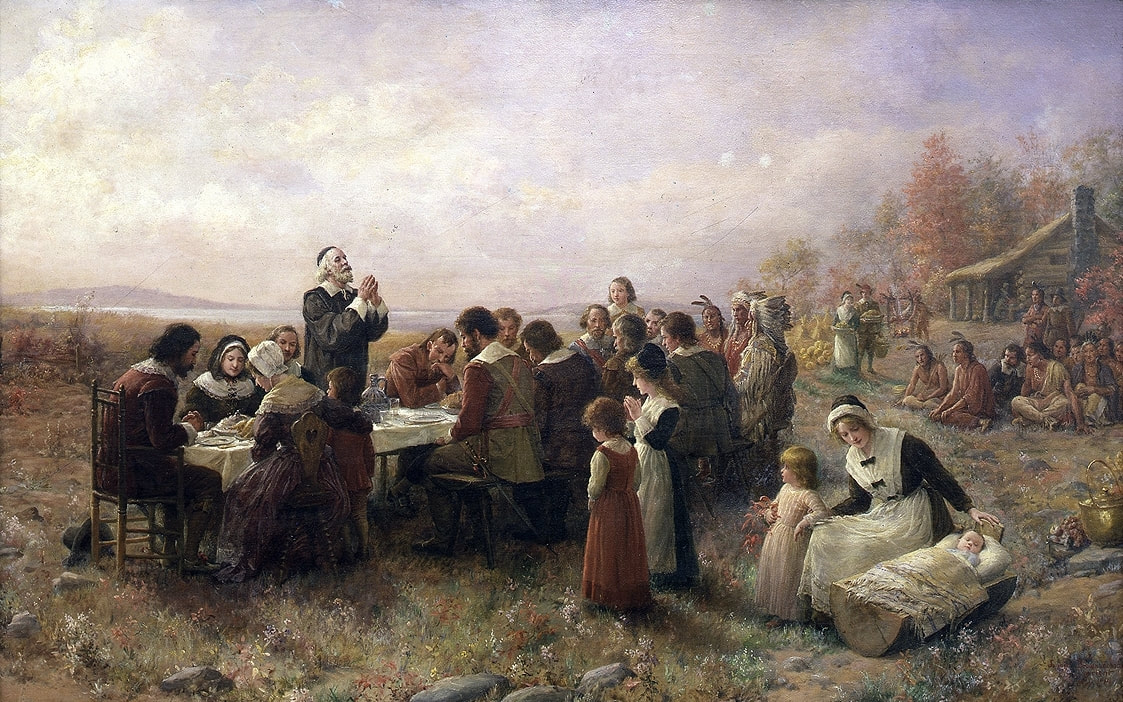
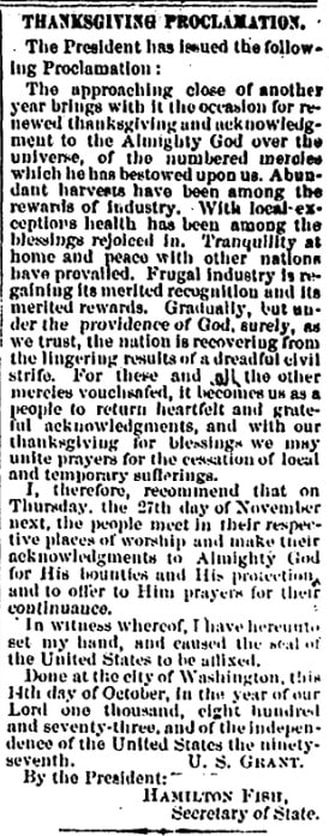
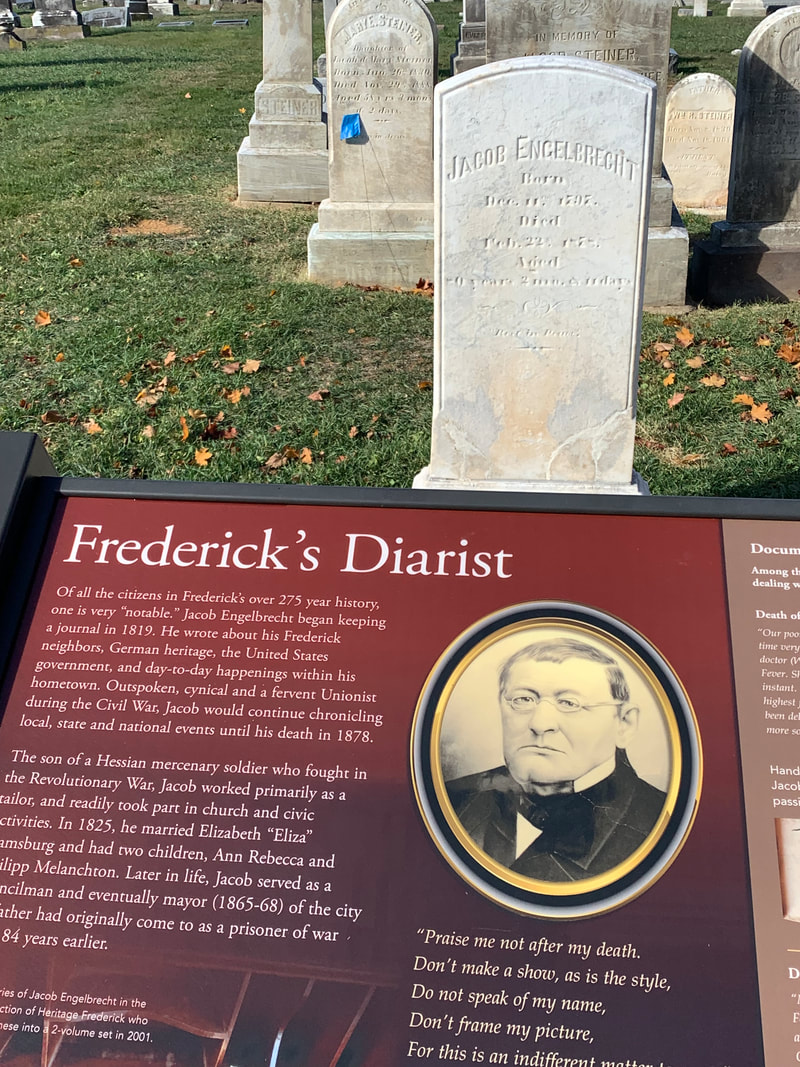
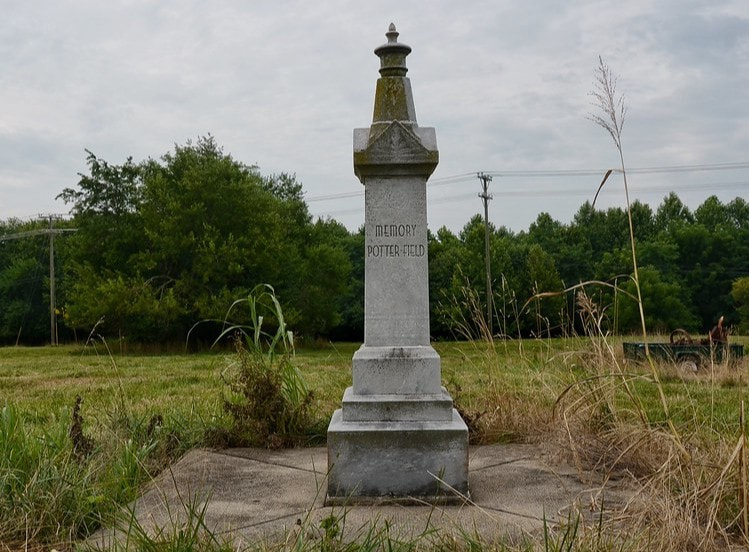
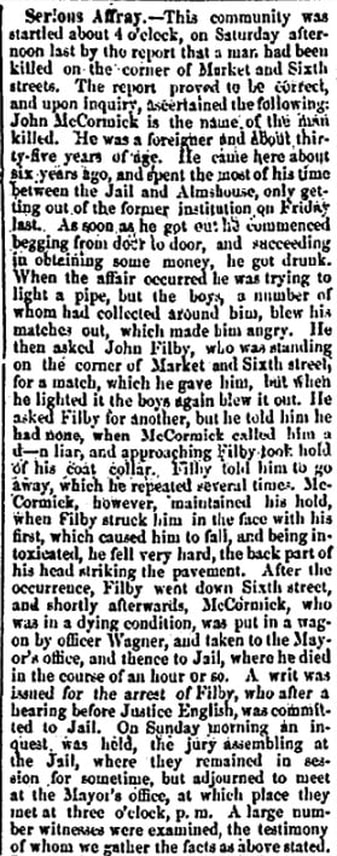
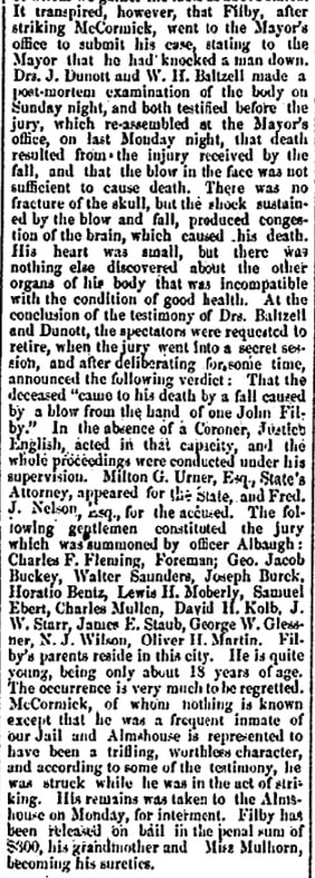





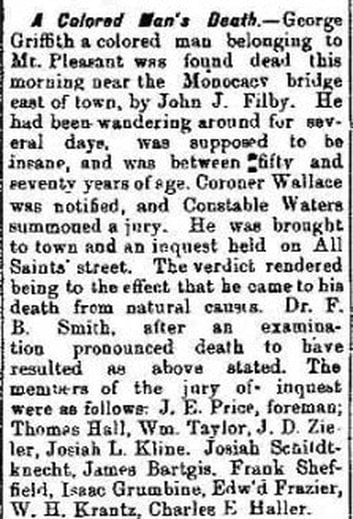
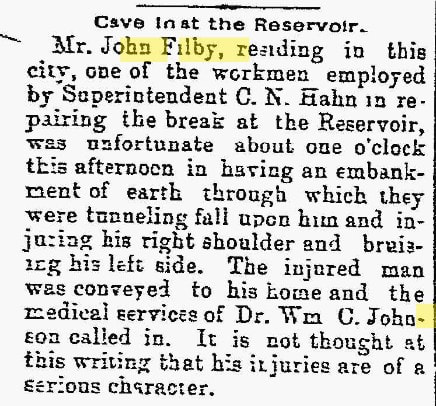
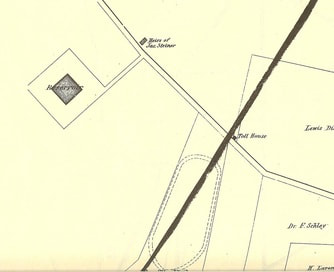
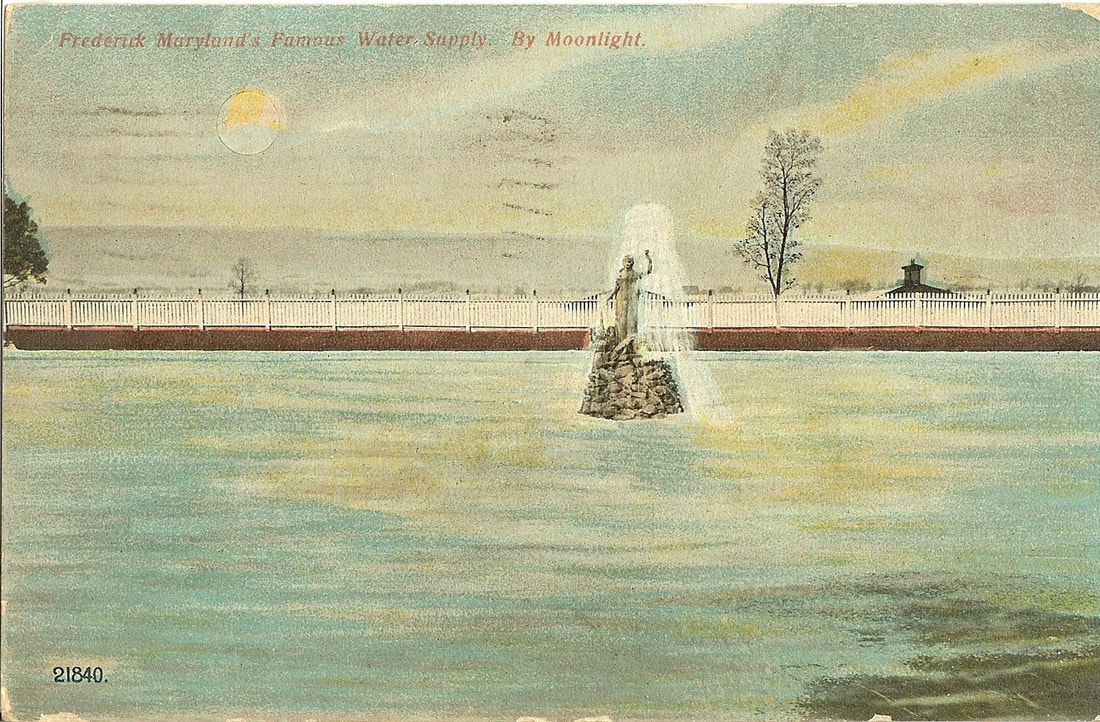

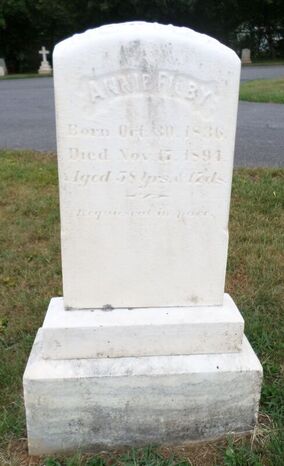

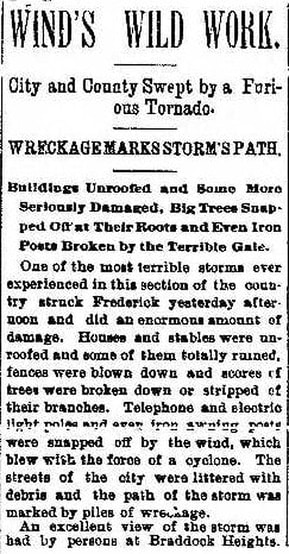
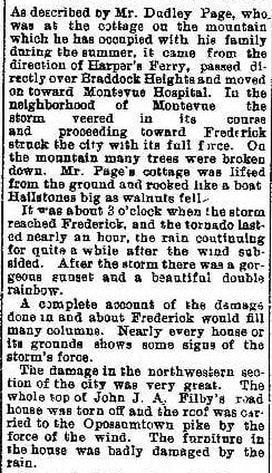
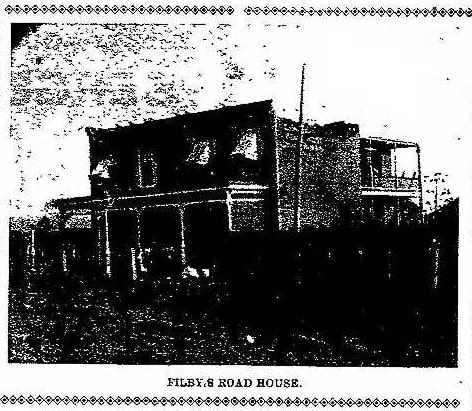
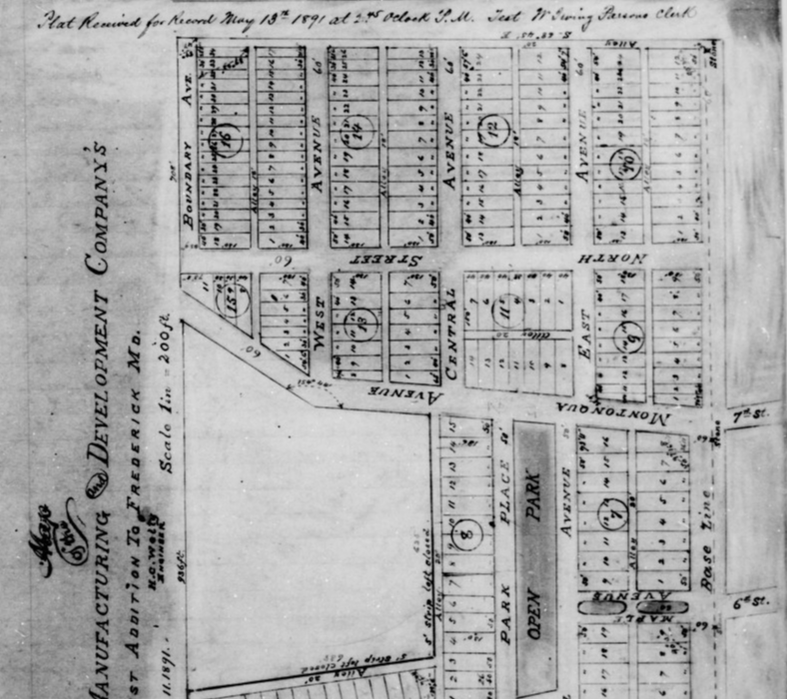
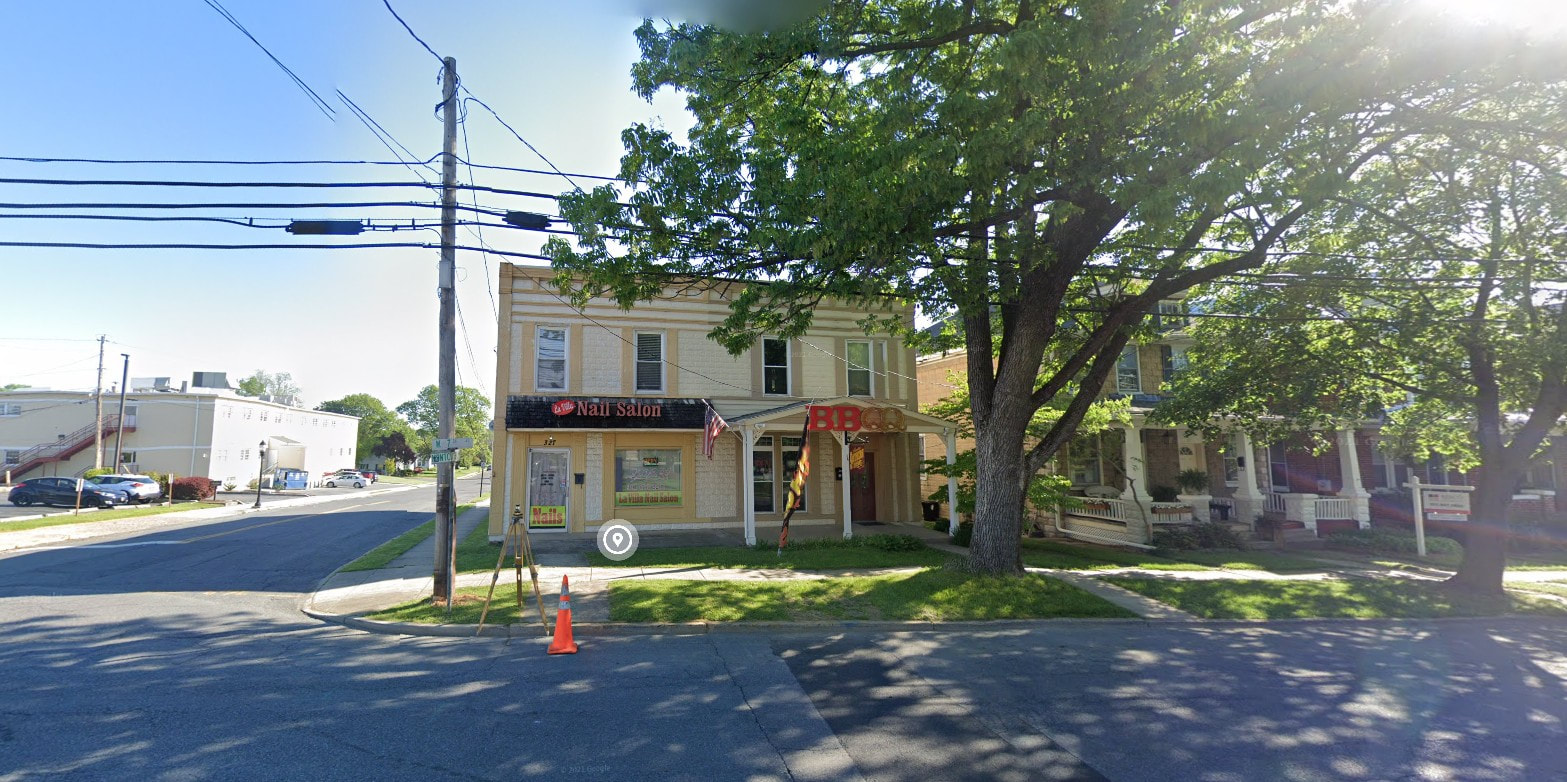

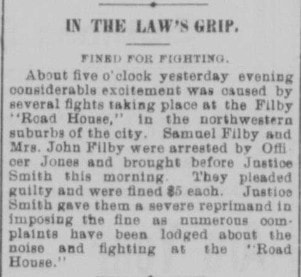
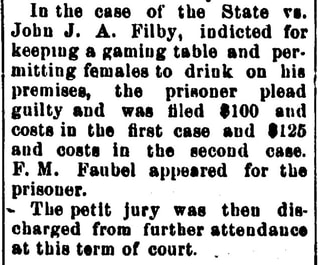

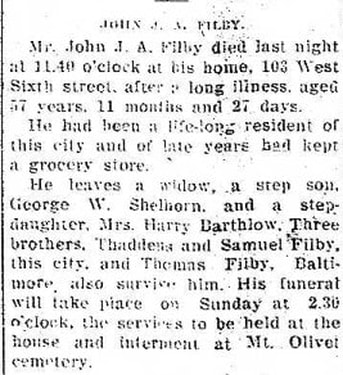
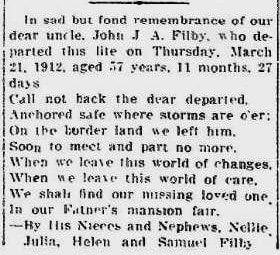
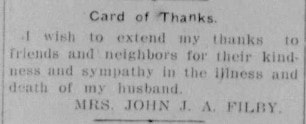
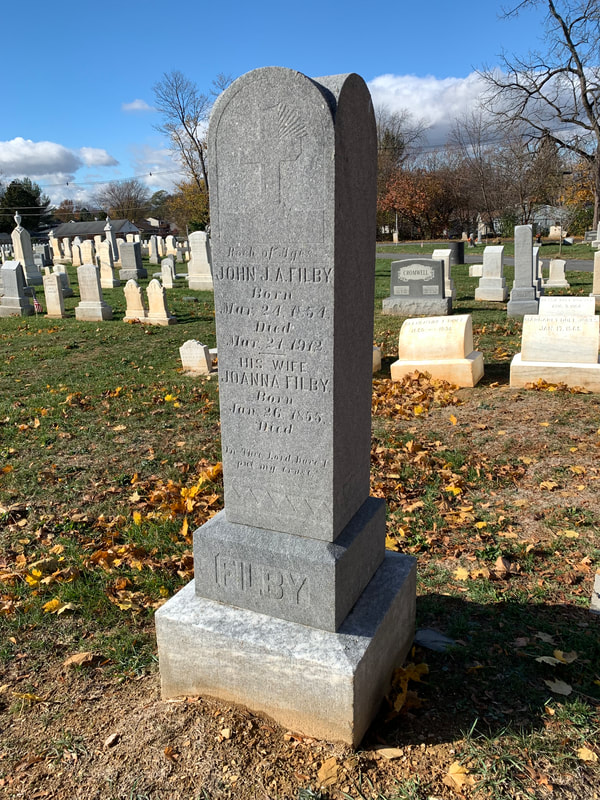
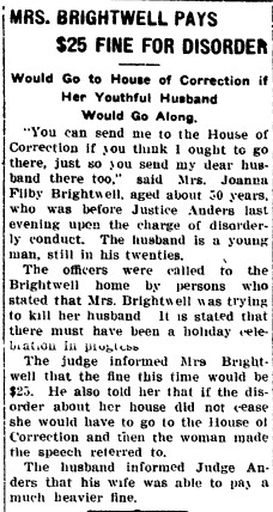
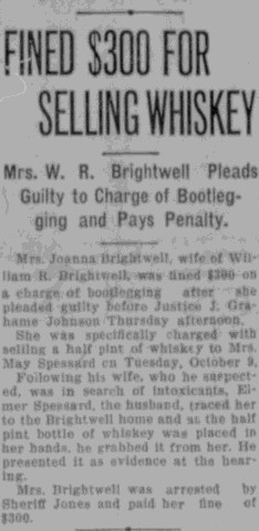

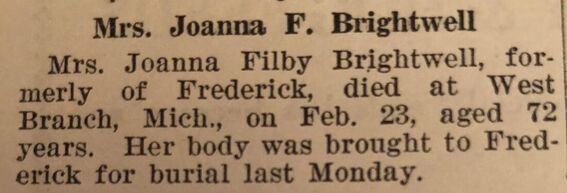
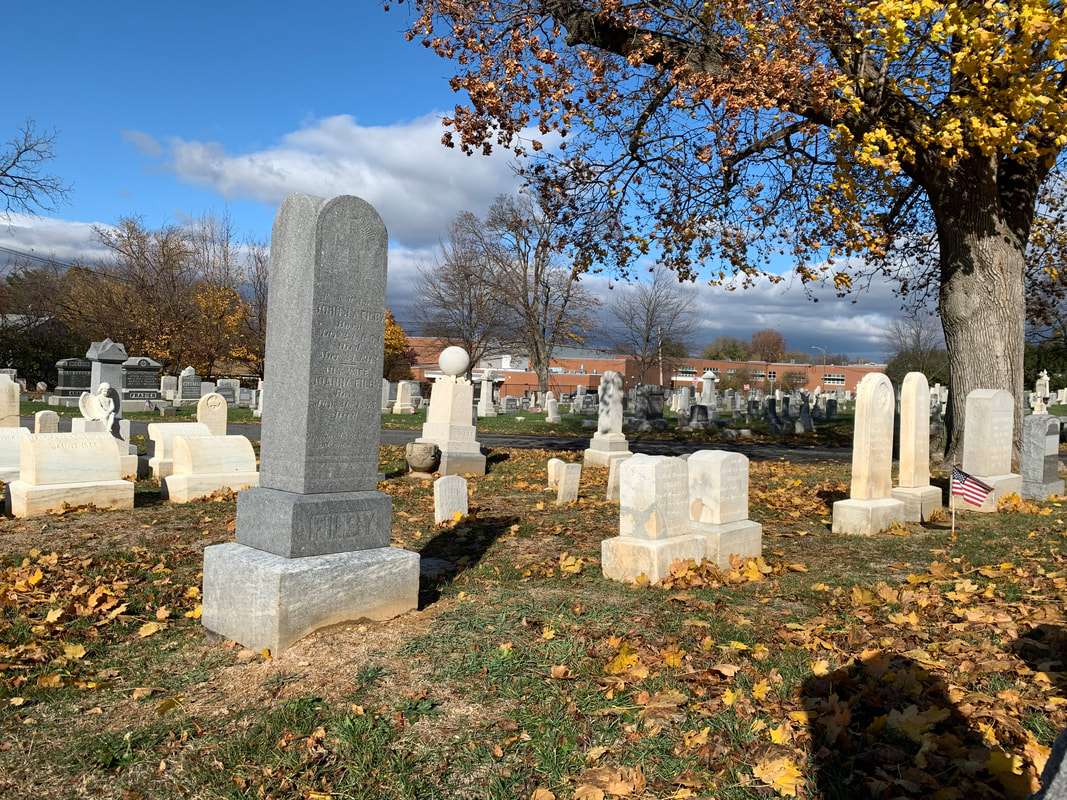
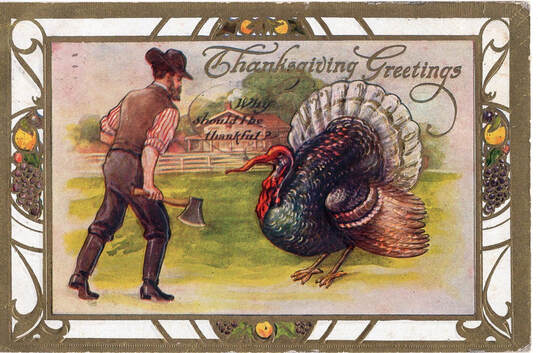
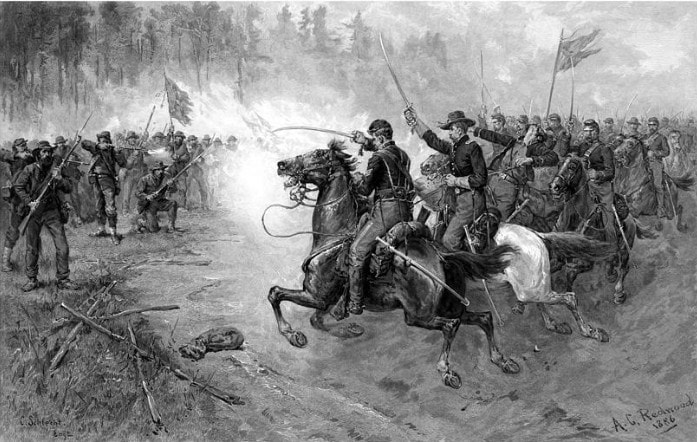
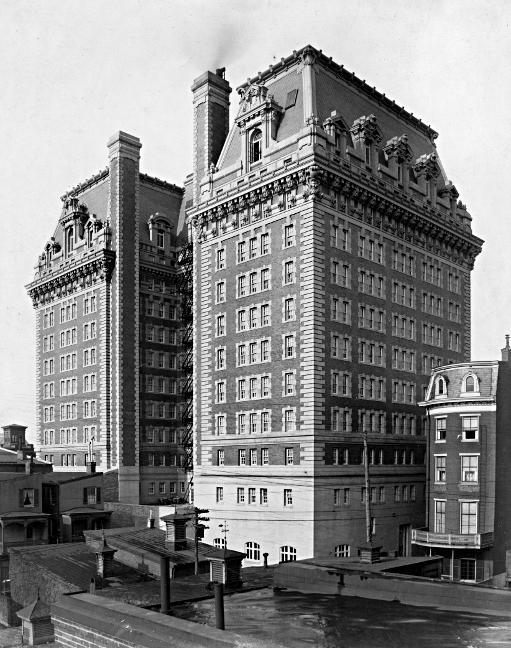
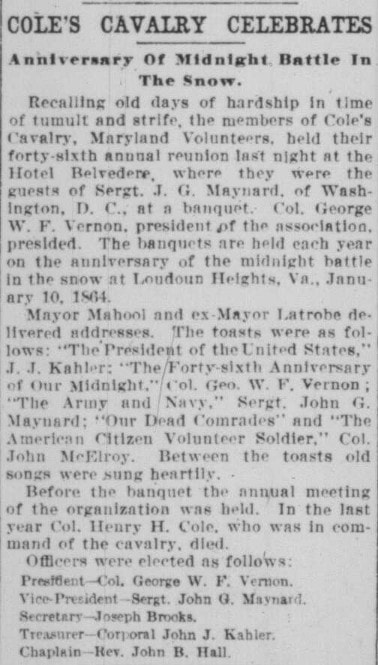
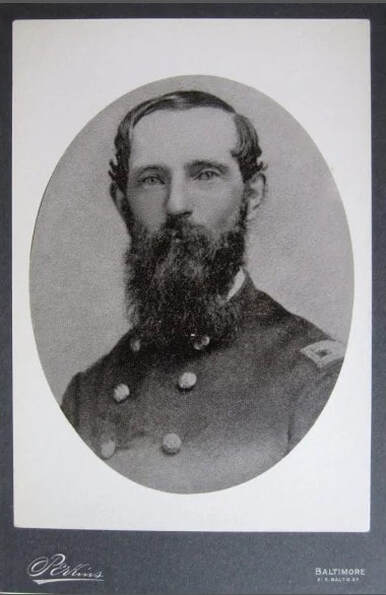

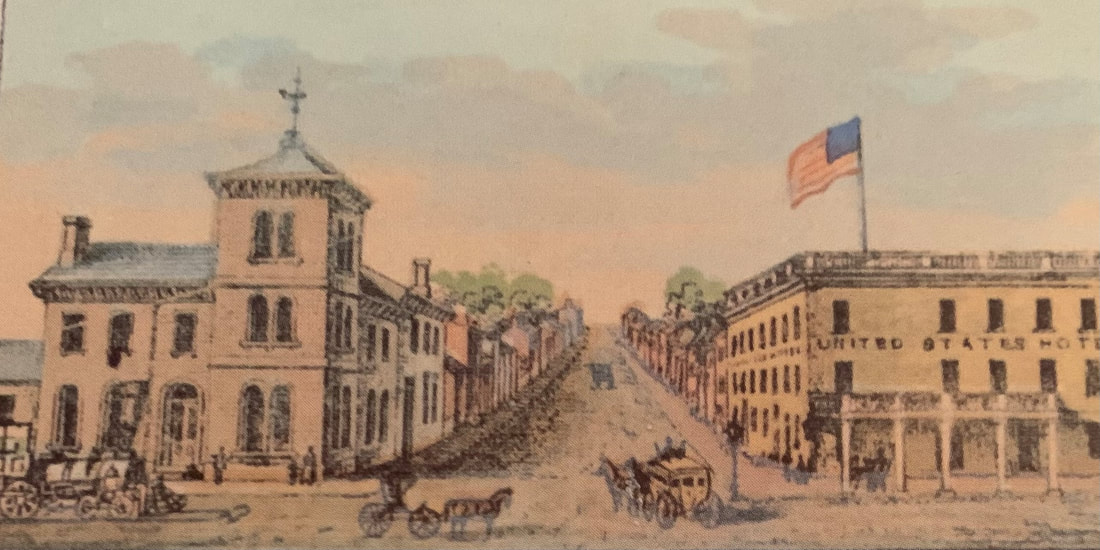
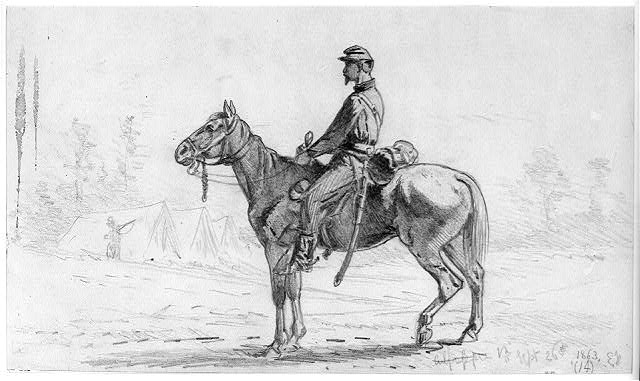
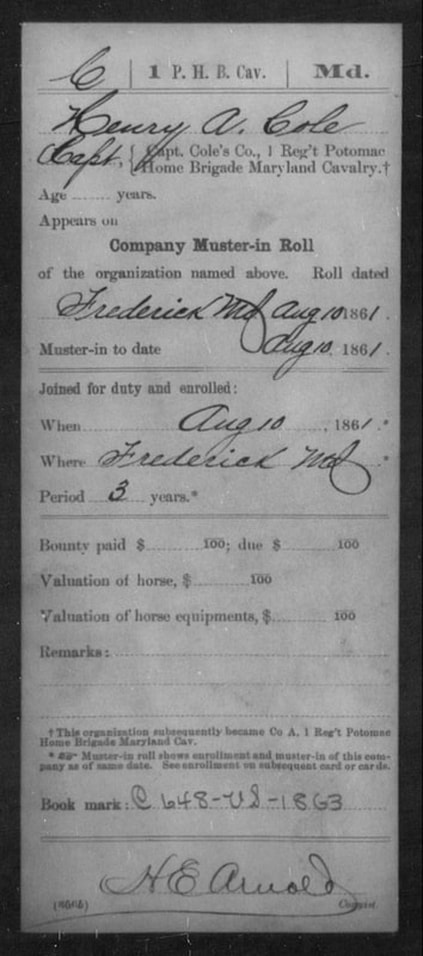
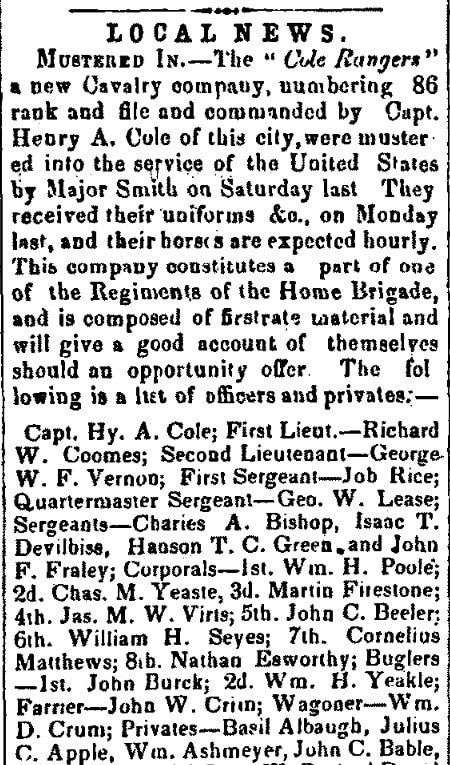
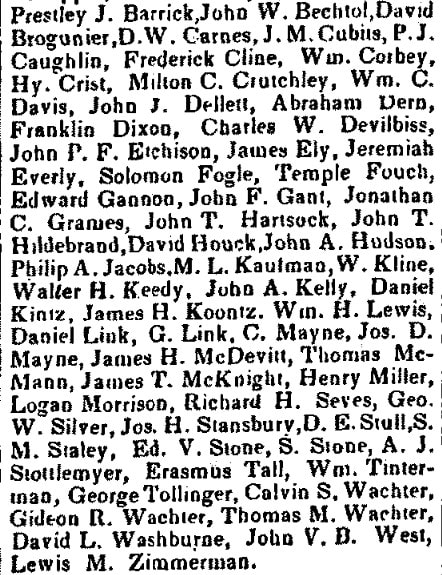
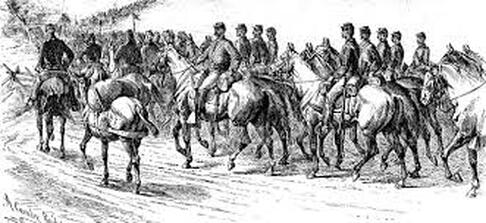
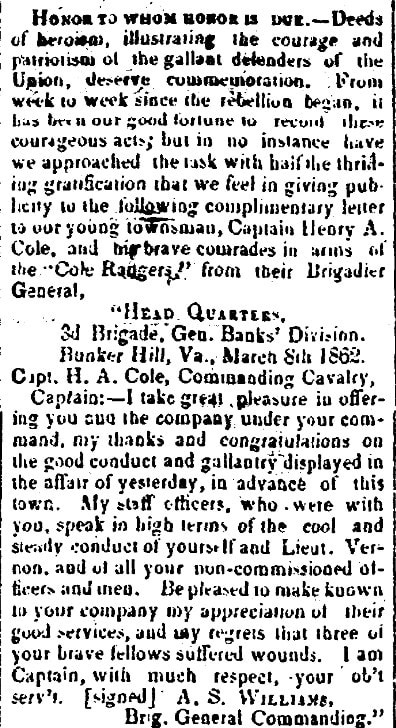
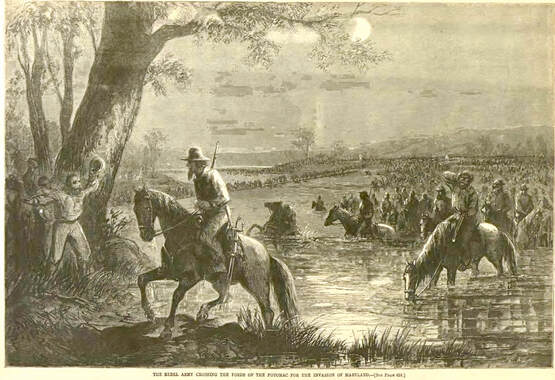
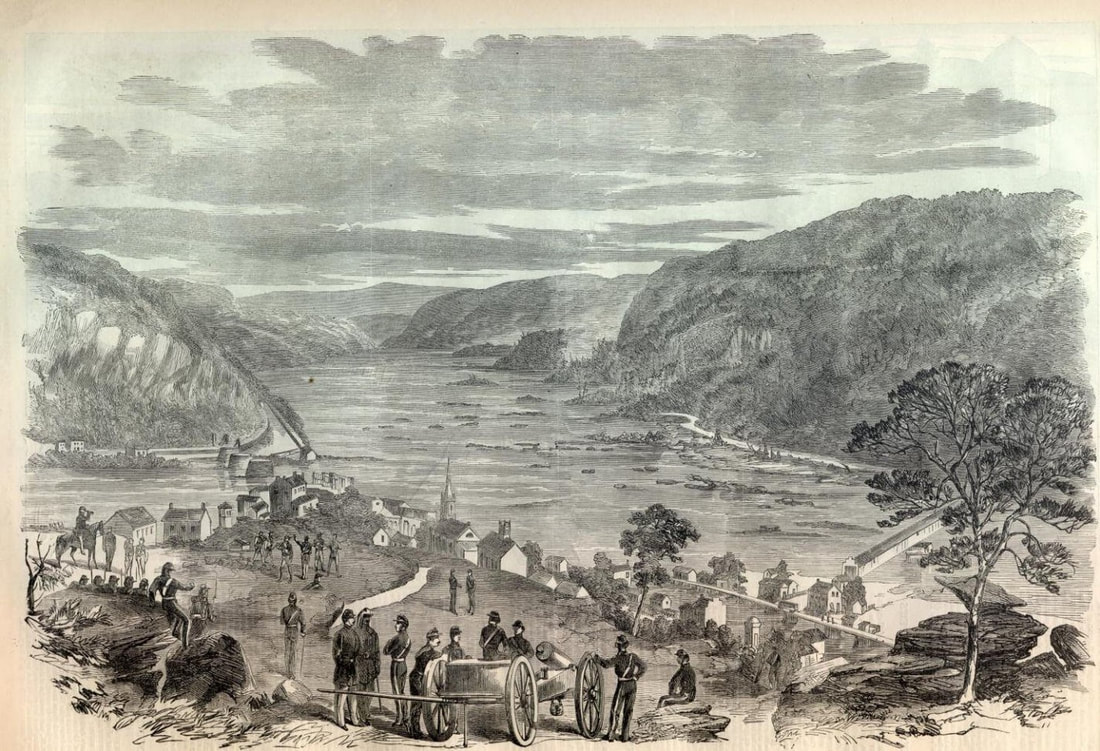
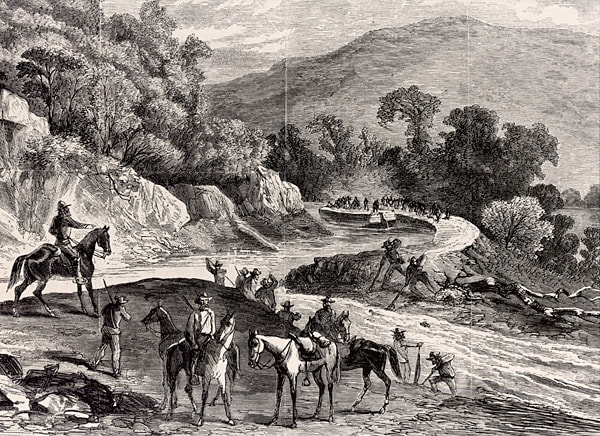

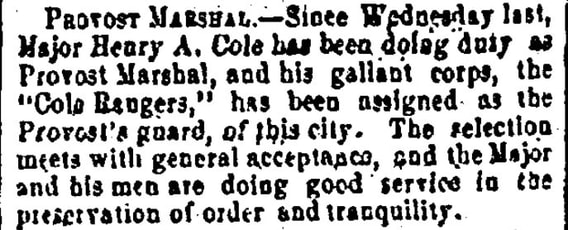
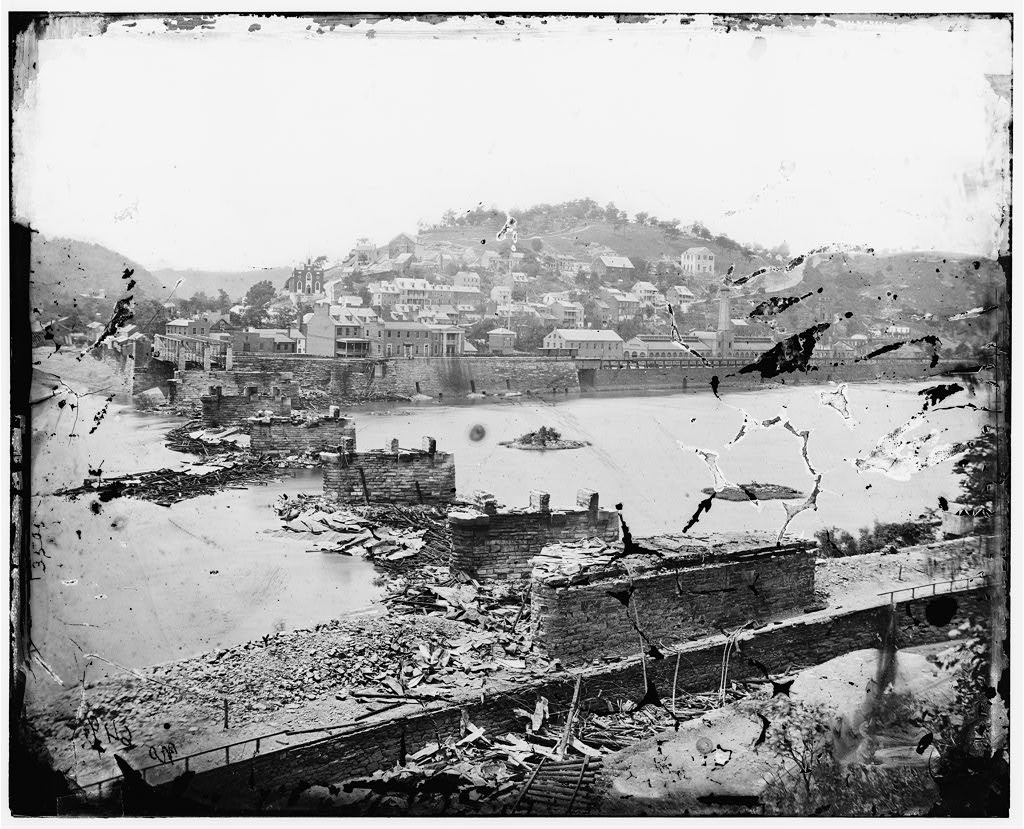
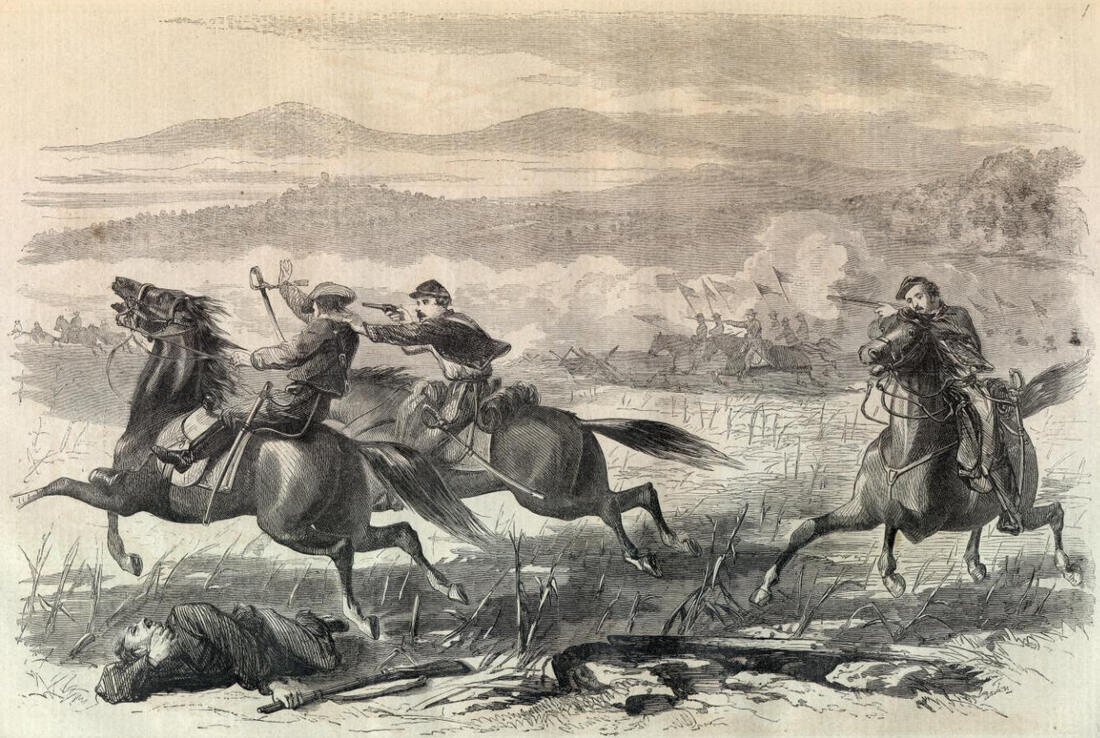
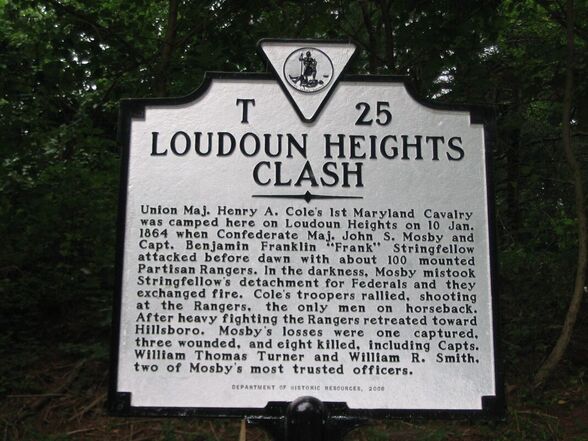
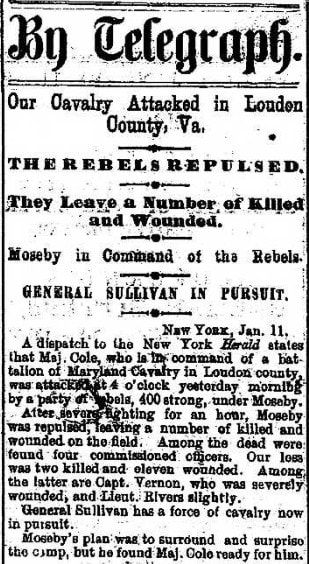
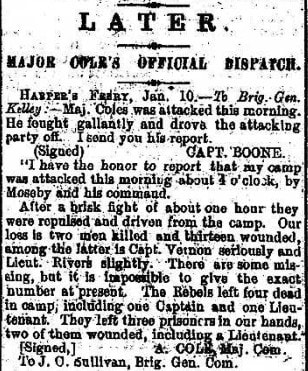
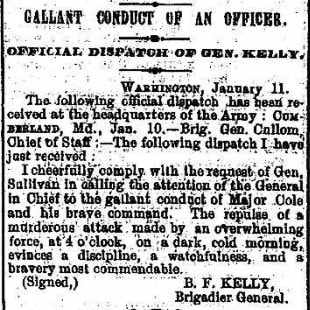
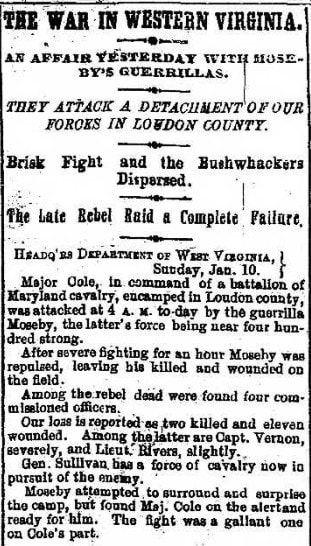
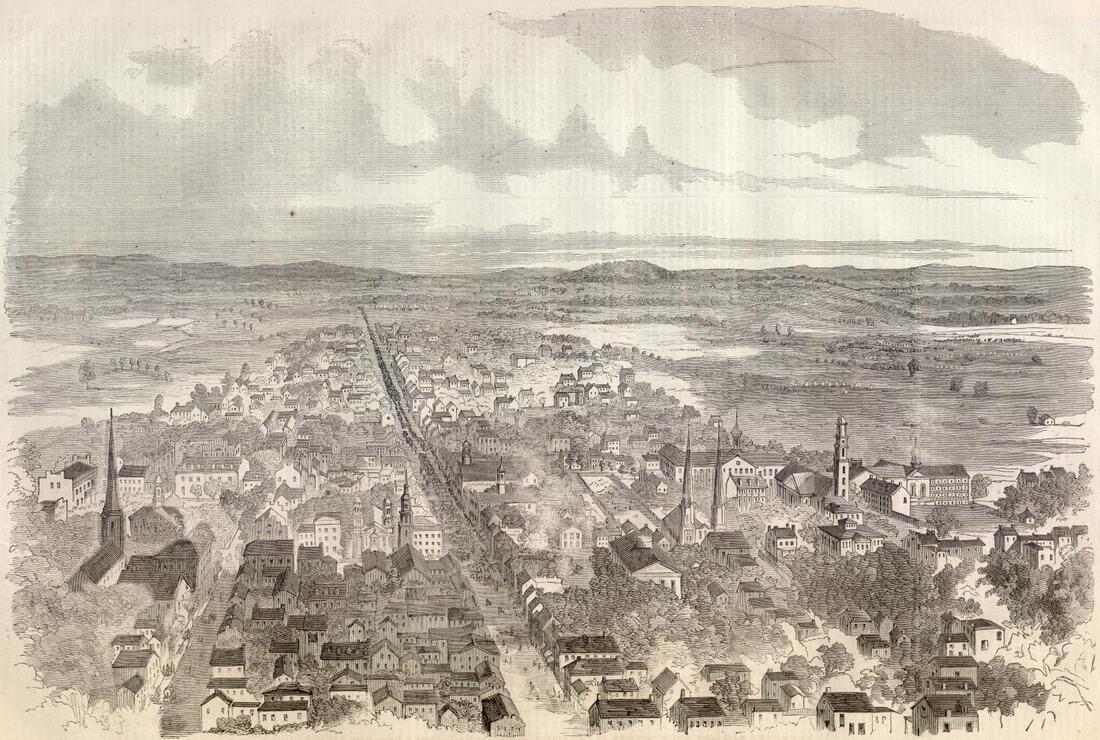
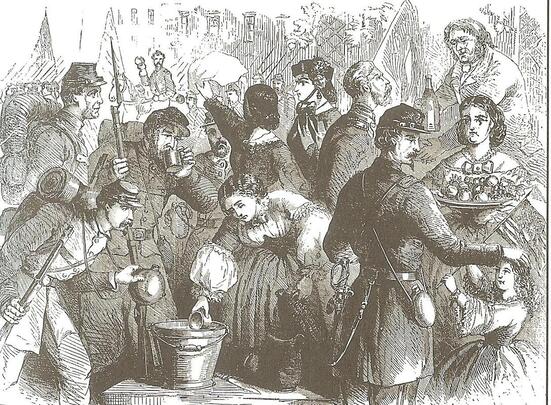
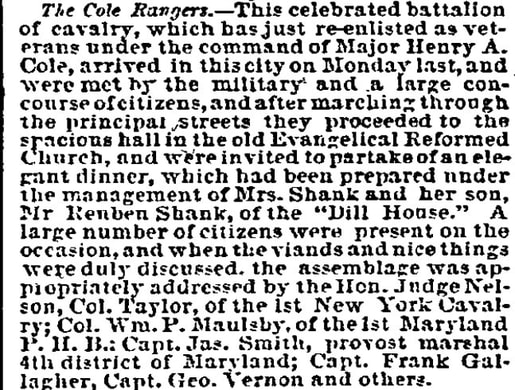


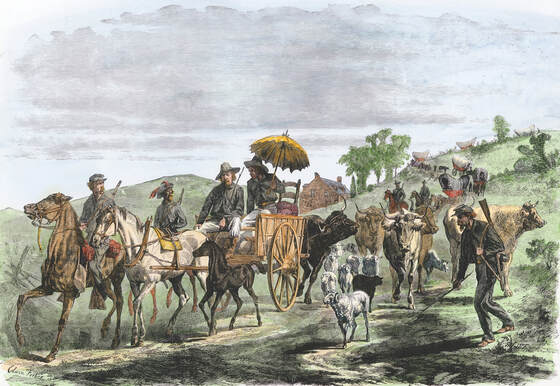
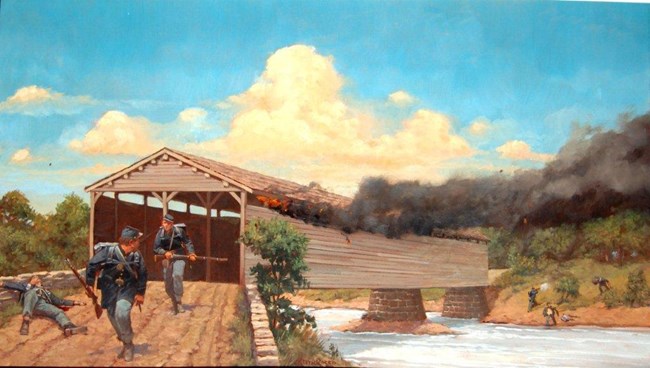
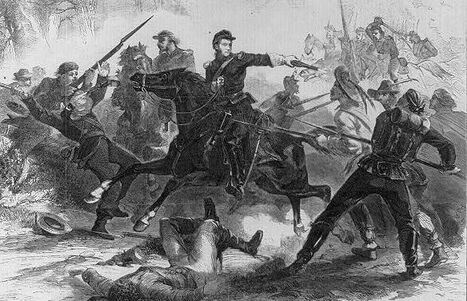
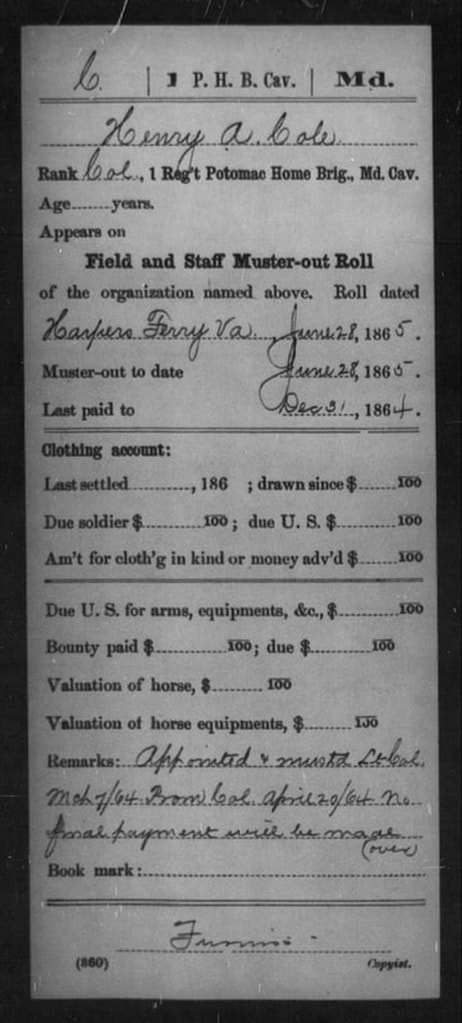
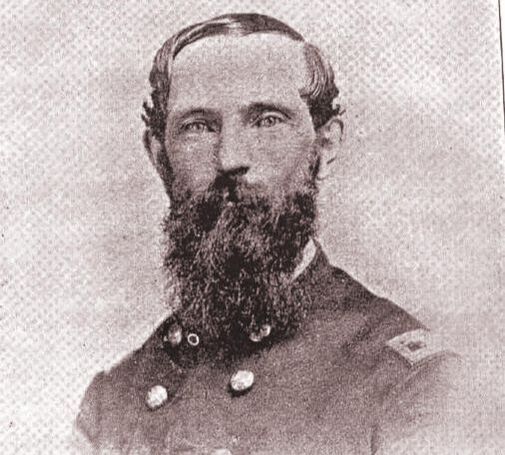
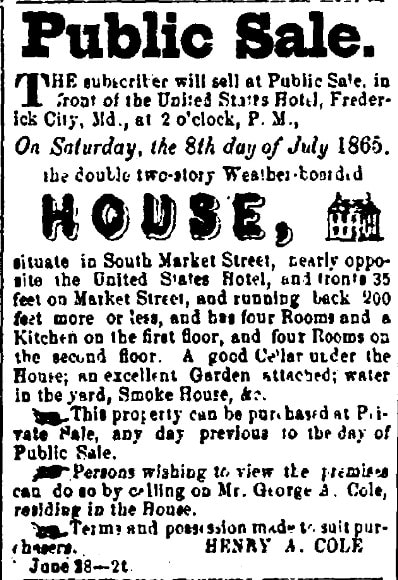
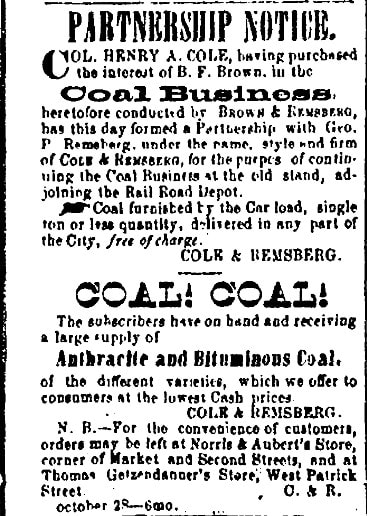


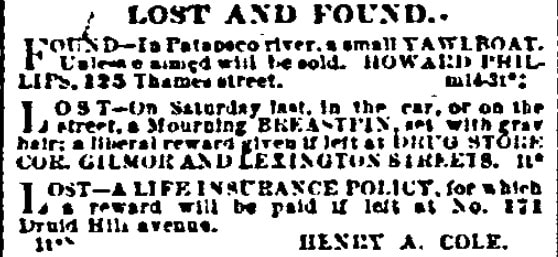
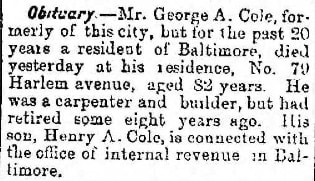
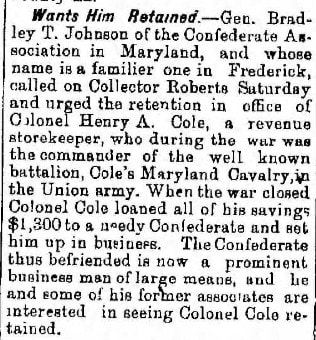

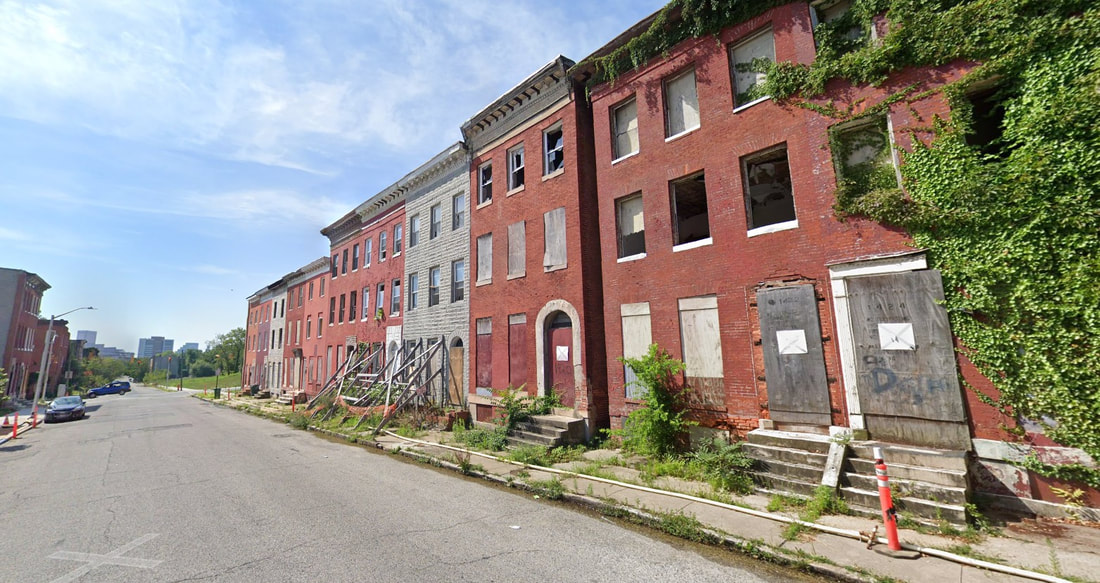
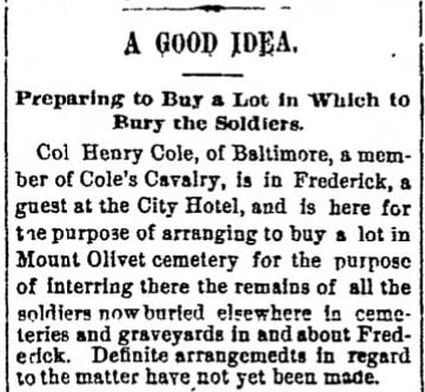
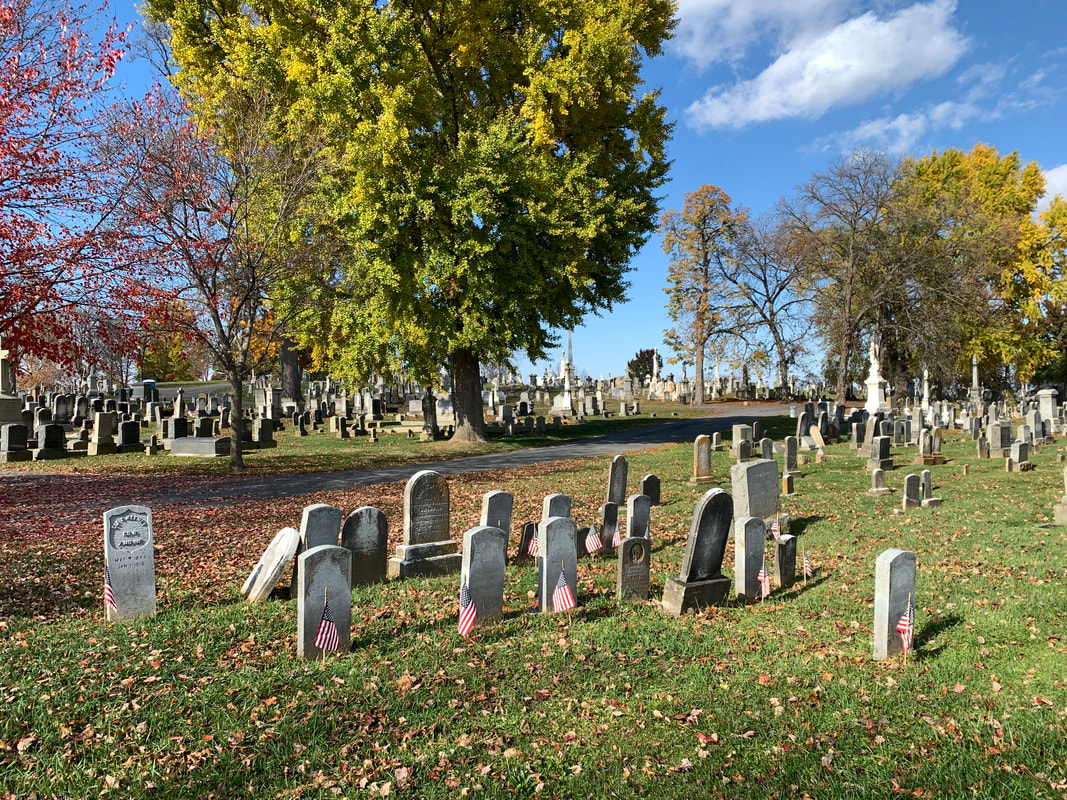


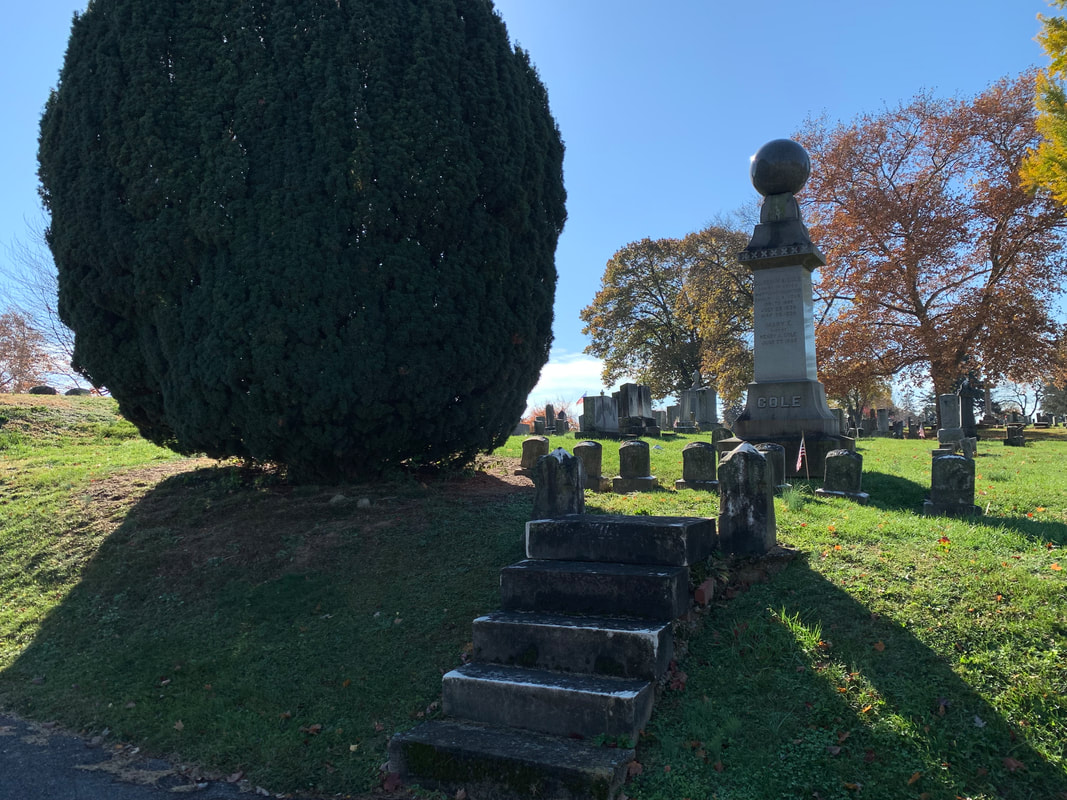
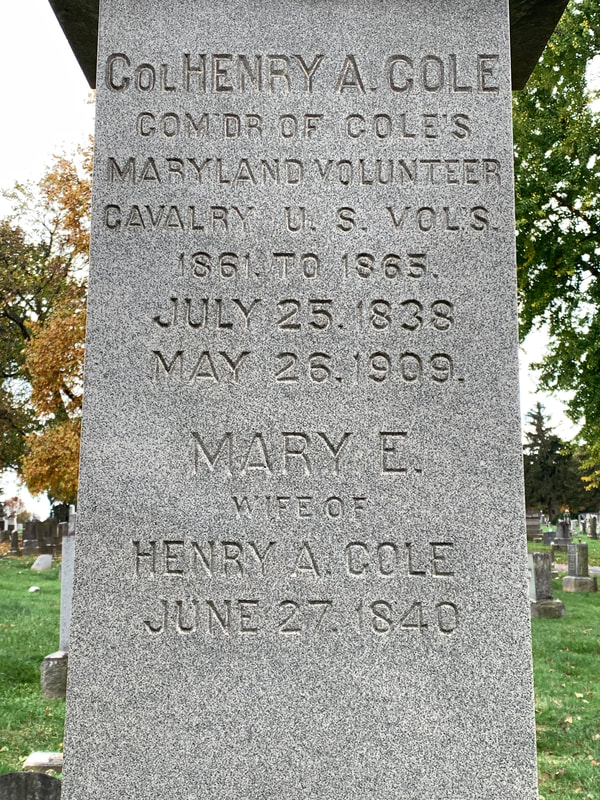
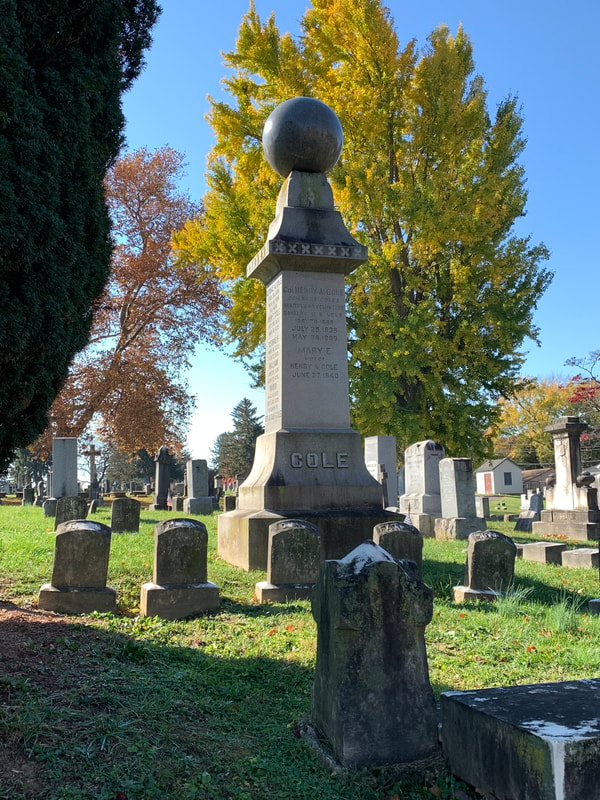
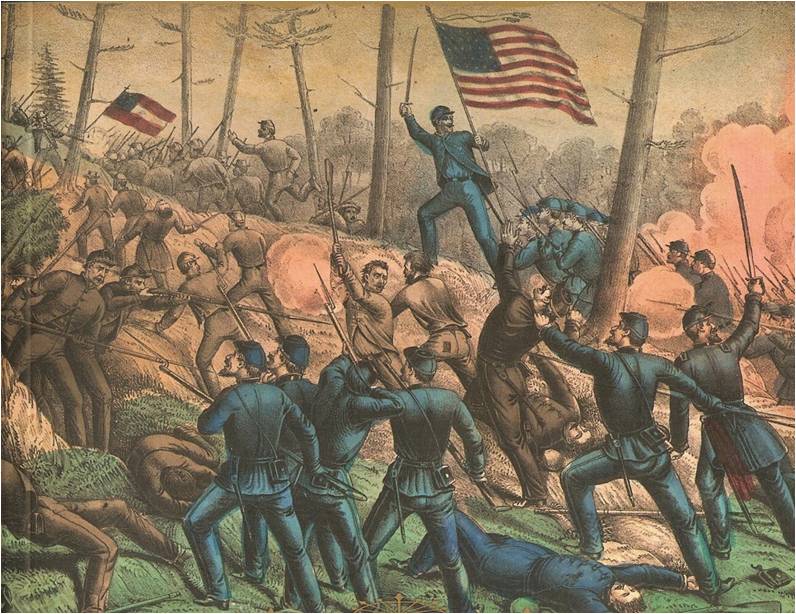
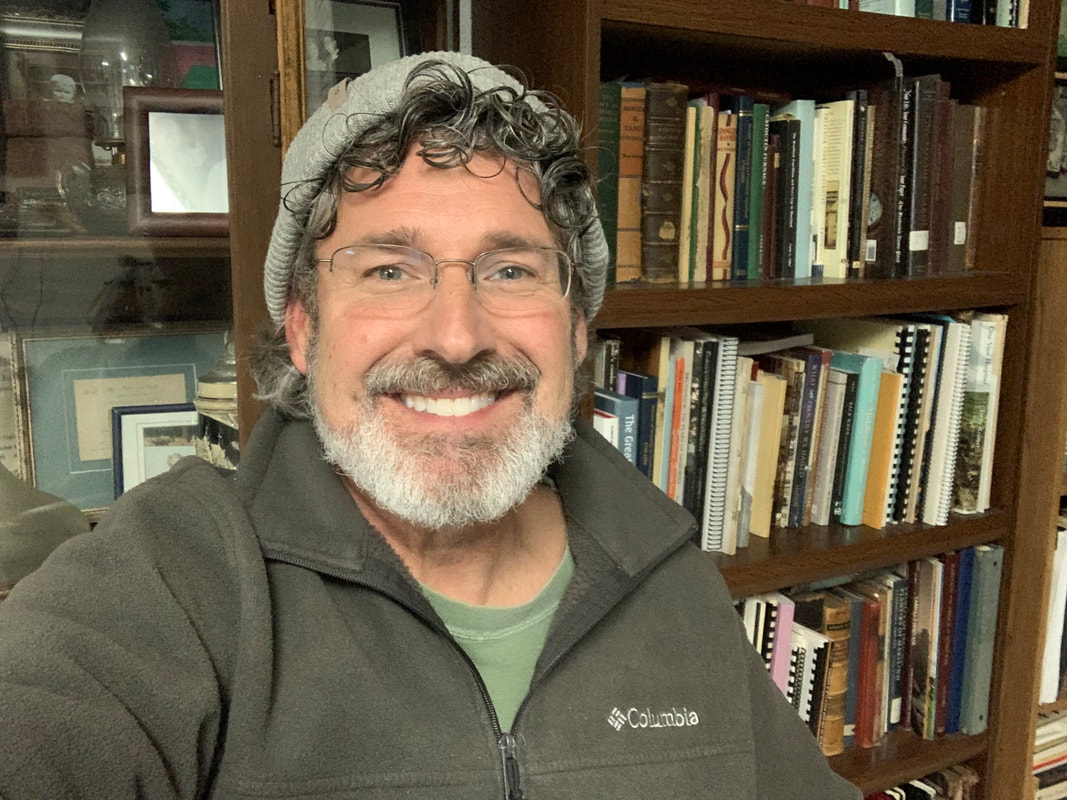
 RSS Feed
RSS Feed